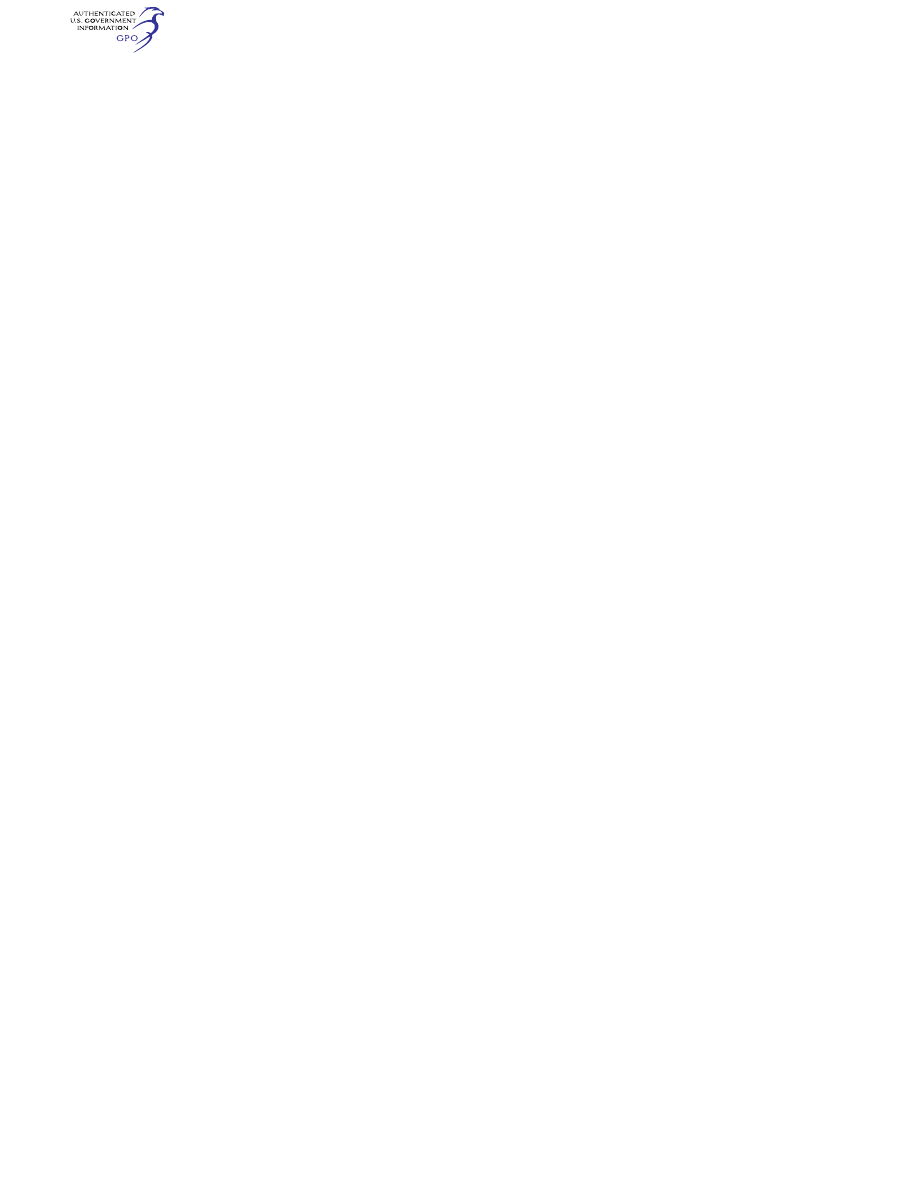
459
Federal Aviation Administration, DOT
Pt. 61
N1
Low Pressure Rotor revolutions per
minute, expressed in percent of maximum.
N2
High Pressure Rotor revolutions per
minute, expressed in percent of maximum.
N3
High Pressure Rotor revolutions per
minute, expressed in percent of maximum.
NWA
Nosewheel Angle (degrees).
OGE
Out of ground effect.
PAPI
Precision Approach Path Indicator
System.
Pf
Impact or Feel Pressure, often expressed
as ‘‘q.’’
PLA
Power Lever Angle.
PLF
Power for Level Flight.
psi
pounds per square inch.
QPS
Qualification Performance Standard.
QTG
Qualification Test Guide.
RAE
Royal Aerospace Establishment.
R/C
Rate of Climb (meters/sec or feet/min).
R/D
Rate of Descent (meters/sec or feet/
min).
REIL
Runway End Identifier Lights.
RVR
Runway Visual Range (meters or
feet).
s
second(s).
sec(s)
second, seconds.
sm
Statute Mile(s) 1 Statute Mile = 5,280
feet.
SMGCS
Surface Movement Guidance and
Control System.
SOC
Statement of Compliance and Capa-
bility.
SOQ
Statement of Qualification.
TIR
Type Inspection Report.
TLOF
Touchdown and Loft Off area.
T/O
Takeoff.
VASI
Visual Approach Slope Indicator Sys-
tem.
VGS
Visual Ground Segment.
V
1
Decision speed.
V
2
Takeoff safety speed.
Vmc
Minimum Control Speed.
Vmca
Minimum Control Speed in the air.
Vmcg
Minimum Control Speed on the
ground.
Vmcl
Minimum Control Speed—Landing.
Vmu
The speed at which the last main
landing gear leaves the ground.
V
R
Rotate Speed.
V
S
Stall Speed or minimum speed in the
stall.
WAT
Weight, Altitude, Temperature.
E
ND
QPS R
EQUIREMENTS
[Doc. No. FAA–2002–12461, 73 FR 26490, May 9,
2008, as amended by Docket No. FAA–2022–
1355, Amdt. No. 60–7, 87 FR 75845, Dec. 9, 2022]
PART 61—CERTIFICATION: PILOTS,
FLIGHT INSTRUCTORS, AND
GROUND INSTRUCTORS
S
PECIAL
F
EDERAL
A
VIATION
R
EGULATION
N
O
.
73
S
PECIAL
F
EDERAL
A
VIATION
R
EGULATION
N
O
.
100–2
Subpart A—General
Sec.
61.1
Applicability and definitions.
61.2
Exercise of Privilege.
61.3
Requirement for certificates, ratings,
and authorizations.
61.4
Qualification and approval of flight
simulators and flight training devices.
61.5
Certificates and ratings issued under
this part.
61.7
Obsolete certificates and ratings.
61.8
Inapplicability of unmanned aircraft
operations.
61.9
[Reserved]
61.11
Expired pilot certificates and
reissuance.
61.13
Issuance of airman certificates, rat-
ings, and authorizations.
61.14
[Reserved]
61.15
Offenses involving alcohol or drugs.
61.16
Refusal to submit to an alcohol test or
to furnish test results.
61.17
Temporary certificate.
61.18
[Reserved]
61.19
Duration of pilot and instructor cer-
tificates and privileges.
61.21
Duration of a Category II and a Cat-
egory III pilot authorization (for other
than part 121 and part 135 use).
61.23
Medical certificates: Requirement and
duration.
61.25
Change of name.
61.27
Voluntary surrender or exchange of
certificate.
61.29
Replacement of a lost or destroyed air-
man or medical certificate or knowledge
test report.
61.31
Type rating requirements, additional
training, and authorization require-
ments.
61.33
Tests: General procedure.
61.35
Knowledge test: Prerequisites and
passing grades.
61.37
Knowledge tests: Cheating or other
unauthorized conduct.
61.39
Prerequisites for practical tests.
61.41
Flight training received from flight
instructors not certificated by the FAA.
61.43
Practical tests: General procedures.
61.45
Practical tests: Required aircraft and
equipment.
61.47
Status of an examiner who is author-
ized by the Administrator to conduct
practical tests.
61.49
Retesting after failure.
61.51
Pilot logbooks.
61.52
Use of aeronautical experience ob-
tained in ultralight vehicles.
61.53
Prohibition on operations during med-
ical deficiency.
61.55
Second-in-command qualifications.
61.56
Flight review.
VerDate Sep<11>2014
14:00 Mar 14, 2024
Jkt 262047
PO 00000
Frm 00469
Fmt 8010
Sfmt 8010
Q:\14\14V2.TXT
PC31
aworley on LAPBH6H6L3 with DISTILLER
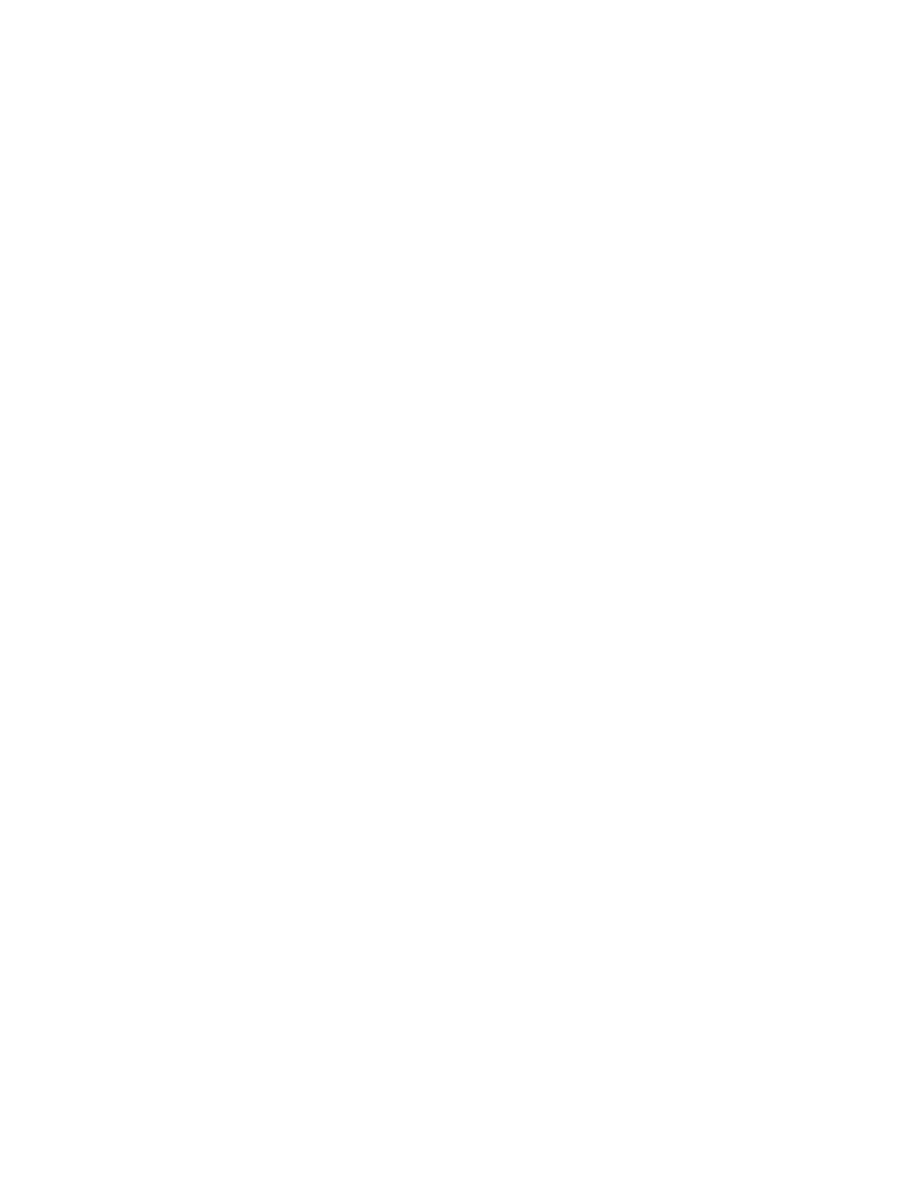
460
14 CFR Ch. I (1–1–24 Edition)
Pt. 61
61.57
Recent flight experience: Pilot in com-
mand.
61.58
Pilot-in-command proficiency check:
Operation of an aircraft that requires
more than one pilot flight crewmember
or is turbojet-powered.
61.59
Falsification, reproduction, or alter-
ation of applications, certificates,
logbooks, reports, or records.
61.60
Change of address.
Subpart B—Aircraft Ratings and Pilot
Authorizations
61.61
Applicability.
61.63
Additional aircraft ratings (other than
for ratings at the airline transport pilot
certification level).
61.64
Use of a flight simulator and flight
training device.
61.65
Instrument rating requirements.
61.66
Enhanced Flight Vision System Pilot
Requirements.
61.67
Category II pilot authorization re-
quirements.
61.68
Category III pilot authorization re-
quirements.
61.69
Glider and unpowered ultralight vehi-
cle towing: Experience and training re-
quirements.
61.71
Graduates of an approved training pro-
gram other than under this part: Special
rules.
61.73
Military pilots or former military pi-
lots: Special rules.
61.75
Private pilot certificate issued on the
basis of a foreign pilot license.
61.77
Special purpose pilot authorization:
Operation of a civil aircraft of the United
States and leased by a non-U.S. citizen.
Subpart C—Student Pilots
61.81
Applicability.
61.83
Eligibility requirements for student
pilots.
61.85
Application.
61.87
Solo requirements for student pilots.
61.89
General limitations.
61.91
[Reserved]
61.93
Solo cross-country flight require-
ments.
61.94
Student pilot seeking a sport pilot cer-
tificate or a recreational pilot certifi-
cate: Operations at airports within, and
in airspace located within, Class B, C,
and D airspace, or at airports with an
operational control tower in other air-
space.
61.95
Operations in Class B airspace and at
airports located within Class B airspace.
Subpart D—Recreational Pilots
61.96
Applicability and eligibility require-
ments: General.
61.97
Aeronautical knowledge.
61.98
Flight proficiency.
61.99
Aeronautical experience.
61.100
Pilots based on small islands.
61.101
Recreational pilot privileges and lim-
itations.
Subpart E—Private Pilots
61.102
Applicability.
61.103
Eligibility requirements: General.
61.105
Aeronautical knowledge.
61.107
Flight proficiency.
61.109
Aeronautical experience.
61.110
Night flying exceptions.
61.111
Cross-country flights: Pilots based on
small islands.
61.113
Private pilot privileges and limita-
tions: Pilot in command.
61.115
Balloon rating: Limitations.
61.117
Private pilot privileges and limita-
tions: Second in command of aircraft re-
quiring more than one pilot.
61.118–61.120
[Reserved]
Subpart F—Commercial Pilots
61.121
Applicability.
61.123
Eligibility requirements: General.
61.125
Aeronautical knowledge.
61.127
Flight proficiency.
61.129
Aeronautical experience.
61.131
Exceptions to the night flying re-
quirements.
61.133
Commercial pilot privileges and limi-
tations.
61.135–61.141
[Reserved]
Subpart G—Airline Transport Pilots
61.151
Applicability.
61.153
Eligibility requirements: General.
61.155
Aeronautical knowledge.
61.156
Training requirements: Airplane cat-
egory—multiengine class or multiengine
airplane type rating concurrently with
an airline transport pilot certificate.
61.157
Flight proficiency.
61.158
[Reserved]
61.159
Aeronautical experience: Airplane
category rating.
61.160
Aeronautical experience—airplane
category restricted privileges.
61.161
Aeronautical experience: Rotorcraft
category and helicopter class rating.
61.163
Aeronautical experience: Powered-lift
category rating.
61.165
Additional aircraft category and class
ratings.
61.167
Airline transport pilot privileges and
limitations.
61.169
Letters of authorization for institu-
tions of higher education.
61.170–61.171
[Reserved]
Subpart H—Flight Instructors Other Than
Flight Instructors With a Sport Pilot Rating
61.181
Applicability.
VerDate Sep<11>2014
14:00 Mar 14, 2024
Jkt 262047
PO 00000
Frm 00470
Fmt 8010
Sfmt 8010
Q:\14\14V2.TXT
PC31
aworley on LAPBH6H6L3 with DISTILLER
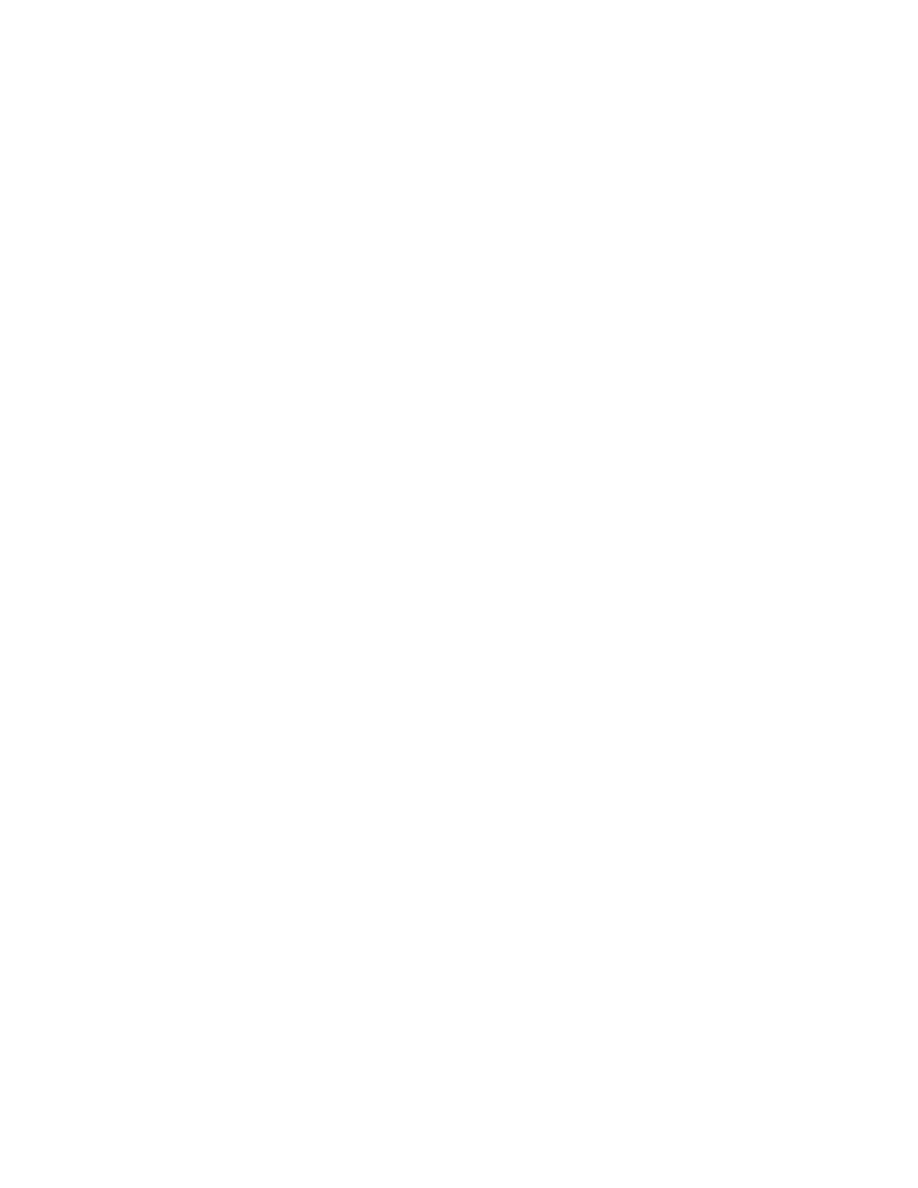
461
Federal Aviation Administration, DOT
Pt. 61, SFAR No. 73
61.183
Eligibility requirements.
61.185
Aeronautical knowledge.
61.187
Flight proficiency.
61.189
Flight instructor records.
61.191
Additional flight instructor ratings.
61.193
Flight instructor privileges.
61.195
Flight instructor limitations and
qualifications.
61.197
Renewal requirements for flight in-
structor certification.
61.199
Reinstatement requirements of an ex-
pired flight instructor certificate.
61.201
[Reserved]
Subpart I—Ground Instructors
61.211
Applicability.
61.213
Eligibility requirements.
61.215
Ground instructor privileges.
61.217
Recent experience requirements.
Subpart J—Sport Pilots
61.301
What is the purpose of this subpart
and to whom does it apply?
61.303
If I want to operate a light-sport air-
craft, what operating limits and endorse-
ment requirements in this subpart must
I comply with?
61.305
What are the age and language re-
quirements for a sport pilot certificate?
61.307
What tests do I have to take to obtain
a sport pilot certificate?
61.309
What aeronautical knowledge must I
have to apply for a sport pilot certifi-
cate?
61.311
What flight proficiency requirements
must I meet to apply for a sport pilot
certificate?
61.313
What aeronautical experience must I
have to apply for a sport pilot certifi-
cate?
61.315
What are the privileges and limits of
my sport pilot certificate?
61.317
Is my sport pilot certificate issued
with aircraft category and class ratings?
61.319
[Reserved]
61.321
How do I obtain privileges to operate
an additional category or class of light-
sport aircraft?
61.323
[Reserved]
61.325
How do I obtain privileges to operate
a light-sport aircraft at an airport with-
in, or in airspace within, Class B, C, and
D airspace, or in other airspace with an
airport having an operational control
tower?
61.327
Are there specific endorsement re-
quirements to operate a light-sport air-
craft based on V
H
?
Subpart K—Flight Instructors With a Sport
Pilot Rating
61.401
What is the purpose of this subpart?
61.403
What are the age, language, and pilot
certificate requirements for a flight in-
structor certificate with a sport pilot
rating?
61.405
What tests do I have to take to obtain
a flight instructor certificate with a
sport pilot rating?
61.407
What aeronautical knowledge must I
have to apply for a flight instructor cer-
tificate with a sport pilot rating?
61.409
What flight proficiency requirements
must I meet to apply for a flight instruc-
tor certificate with a sport pilot rating?
61.411
What aeronautical experience must I
have to apply for a flight instructor cer-
tificate with a sport pilot rating?
61.412
Do I need additional training to pro-
vide instruction on control and maneu-
vering an airplane solely by reference to
the instruments in a light-sport aircraft
based on V
H
?
61.413
What are the privileges of my flight
instructor certificate with a sport pilot
rating?
61.415
What are the limits of a flight in-
structor certificate with a sport pilot
rating?
61.417
Will my flight instructor certificate
with a sport pilot rating list aircraft cat-
egory and class ratings?
61.419
How do I obtain privileges to provide
training in an additional category or
class of light-sport aircraft?
61.421
May I give myself an endorsement?
61.423
What are the recordkeeping require-
ments for a flight instructor with a sport
pilot rating?
61.425
How do I renew my flight instructor
certificate?
61.427
What must I do if my flight instruc-
tor certificate with a sport pilot rating
expires?
61.429
May I exercise the privileges of a
flight instructor certificate with a sport
pilot rating if I hold a flight instructor
certificate with another rating?
A
UTHORITY
: 49 U.S.C. 106(f), 106(g), 40113,
44701–44703, 44707, 44709–44711, 44729, 44903,
45102–45103, 45301–45302.
S
OURCE
: Docket No. 25910, 62 FR 16298, Apr.
4, 1997, unless otherwise noted.
S
PECIAL
F
EDERAL
A
VIATION
R
EGULATION
N
O
. 73—R
OBINSON
R–22/R–44 S
PECIAL
T
RAINING AND
E
XPERIENCE
R
EQUIRE
-
MENTS
Sections
1. Applicability.
2. Required training, aeronautical experi-
ence, endorsements, and flight review.
3. Expiration date.
1. Applicability. Under the procedures pre-
scribed herein, this SFAR applies to all per-
sons who seek to manipulate the controls or
act as pilot in command of a Robinson model
R–22 or R–44 helicopter. The requirements
VerDate Sep<11>2014
14:00 Mar 14, 2024
Jkt 262047
PO 00000
Frm 00471
Fmt 8010
Sfmt 8002
Q:\14\14V2.TXT
PC31
aworley on LAPBH6H6L3 with DISTILLER

462
14 CFR Ch. I (1–1–24 Edition)
Pt. 61, SFAR No. 73
stated in this SFAR are in addition to the
current requirements of part 61.
2. Required training, aeronautical experi-
ence, endorsements, and flight review.
(a) Awareness Training:
(1) Except as provided in paragraph (a)(2) of
this section, no person may manipulate the
controls of a Robinson model R–22 or R–44
helicopter after March 27, 1995, for the pur-
pose of flight unless the awareness training
specified in paragraph (a)(3) of this section is
completed and the person’s logbook has been
endorsed by a certified flight instructor au-
thorized under paragraph (b)(5) of this sec-
tion.
(2) A person who holds a rotorcraft cat-
egory and helicopter class rating on that
person’s pilot certificate and meets the expe-
rience requirements of paragraph (b)(1) or
paragraph (b)(2) of this section may not ma-
nipulate the controls of a Robinson model R–
22 or R–44 helicopter for the purpose of flight
after April 26, 1995, unless the awareness
training specified in paragraph (a)(3) of this
section is completed and the person’s log-
book has been endorsed by a certified flight
instructor authorized under paragraph (b)(5)
of this section.
(3) Awareness training must be conducted
by a certified flight instructor who has been
endorsed under paragraph (b)(5) of this sec-
tion and consists of instruction in the fol-
lowing general subject areas:
(i) Energy management;
(ii) Mast bumping;
(iii) Low rotor RPM (blade stall);
(iv) Low G hazards; and
(v) Rotor RPM decay.
(4) A person who can show satisfactory
completion of the manufacturer’s safety
course after January 1, 1994, may obtain an
endorsement from an FAA aviation safety
inspector in lieu of completing the aware-
ness training required in paragraphs (a)(1)
and (a)(2) of this section.
(b) Aeronautical Experience:
(1) No person may act as pilot in command
of a Robinson model R–22 unless that person:
(i) Has had at least 200 flight hours in heli-
copters, at least 50 flight hours of which
were in the Robinson R–22; or
(ii) Has had at least 10 hours dual instruc-
tion in the Robinson R–22 and has received
an endorsement from a certified flight in-
structor authorized under paragraph (b)(5) of
this section that the individual has been
given the training required by this para-
graph and is proficient to act as pilot in
command of an R–22. Beginning 12 calendar
months after the date of the endorsement,
the individual may not act as pilot in com-
mand unless the individual has completed a
flight review in an R–22 within the preceding
12 calendar months and obtained an endorse-
ment for that flight review. The dual in-
struction must include at least the following
abnormal and emergency procedures flight
training:
(A) Enhanced training in autorotation pro-
cedures,
(B) Engine rotor RPM control without the
use of the governor,
(C) Low rotor RPM recognition and recov-
ery, and
(D) Effects of low G maneuvers and proper
recovery procedures.
(2) No person may act as pilot in command
of a Robinson R–44 unless that person—
(i) Has had at least 200 flight hours in heli-
copters, at least 50 flight hours of which
were in the Robinson R–44. The pilot in com-
mand may credit up to 25 flight hours in the
Robinson R–22 toward the 50 hour require-
ment in the Robinson R–44; or
(ii) Has had at least 10 hours dual instruc-
tion in a Robinson helicopter, at least 5
hours of which must have been accomplished
in the Robinson R–44 helicopter and has re-
ceived an endorsement from a certified flight
instructor authorized under paragraph (b)(5)
of this section that the individual has been
given the training required by this para-
graph and is proficient to act as pilot in
command of an R–44. Beginning 12 calendar
months after the date of the endorsement,
the individual may not act as pilot in com-
mand unless the individual has completed a
flight review in a Robinson R–44 within the
preceding 12 calendar months and obtained
an endorsement for that flight review. The
dual instruction must include at least the
following abnormal and emergency proce-
dures flight training—
(A) Enhanced training in autorotation pro-
cedures;
(B) Engine rotor RPM control without the
use of the governor;
(C) Low rotor RPM recognition and recov-
ery; and
(D) Effects of low G maneuvers and proper
recovery procedures.
(3) A person who does not hold a rotorcraft
category and helicopter class rating must
have had at least 20 hours of dual instruction
in a Robinson R–22 helicopter prior to oper-
ating it in solo flight. In addition, the person
must obtain an endorsement from a certified
flight instructor authorized under paragraph
(b)(5) of this section that instruction has
been given in those maneuvers and proce-
dures, and the instructor has found the ap-
plicant proficient to solo a Robinson R–22.
This endorsement is valid for a period of 90
days. The dual instruction must include at
least the following abnormal and emergency
procedures flight training:
(i) Enhanced training in autorotation pro-
cedures,
(ii) Engine rotor RPM control without the
use of the governor,
(iii) Low rotor RPM recognition and recov-
ery, and
VerDate Sep<11>2014
14:00 Mar 14, 2024
Jkt 262047
PO 00000
Frm 00472
Fmt 8010
Sfmt 8002
Q:\14\14V2.TXT
PC31
aworley on LAPBH6H6L3 with DISTILLER
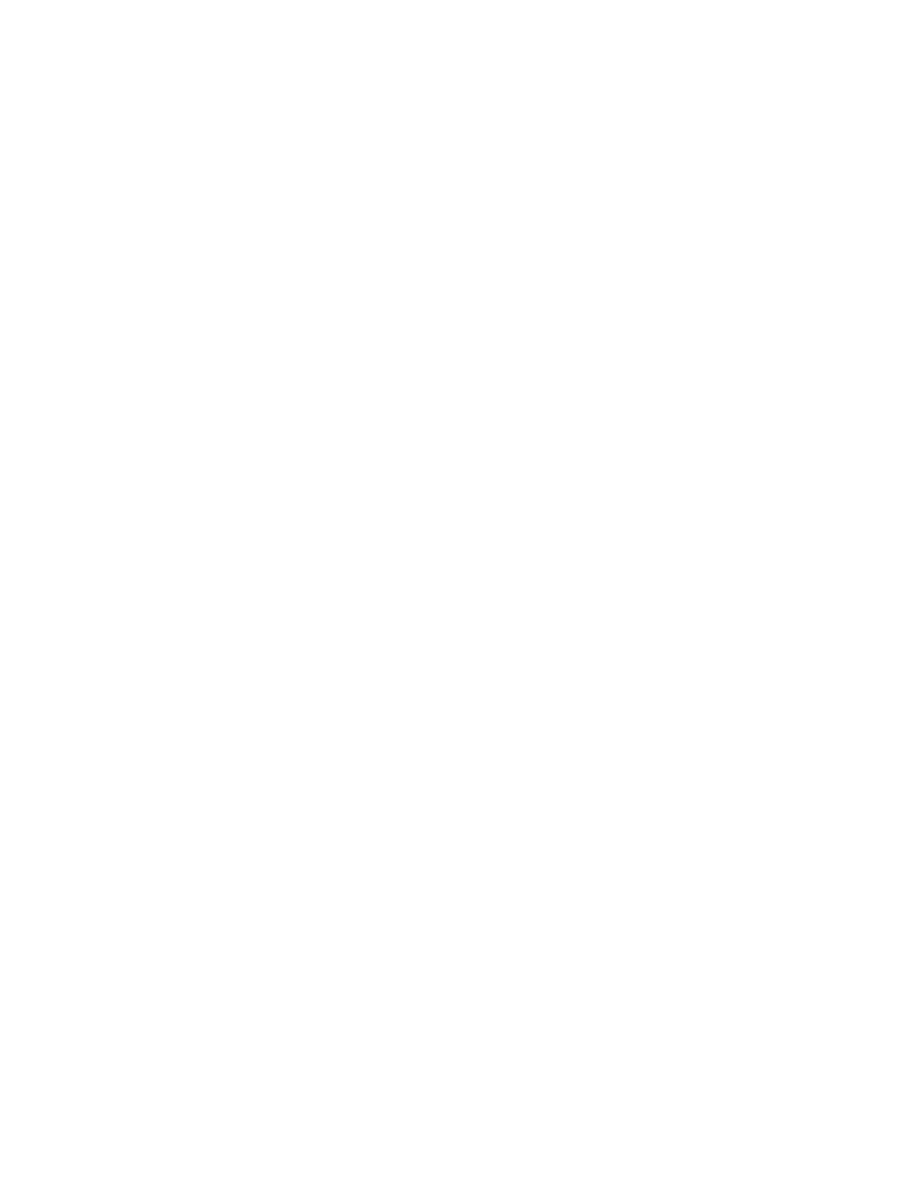
463
Federal Aviation Administration, DOT
Pt. 61, SFAR No. 100–2
(iv) Effects of low G maneuvers and proper
recovery procedures.
(4) A person who does not hold a rotorcraft
category and helicopter class rating must
have had at least 20 hours of dual instruction
in a Robinson R–44 helicopter prior to oper-
ating it in solo flight. In addition, the person
must obtain an endorsement from a certified
flight instructor authorized under paragraph
(b)(5) of this section that instruction has
been given in those maneuvers and proce-
dures, and the instructor has found the ap-
plicant proficient to solo a Robinson R–44.
This endorsement is valid for a period of 90
days. The dual instruction must include at
least the following abnormal and emergency
procedures flight training:
(i) Enhanced training in autorotation pro-
cedures,
(ii) Engine rotor RPM control without the
use of the governor,
(iii) Low rotor RPM recognition and recov-
ery, and
(iv) Effects of low G maneuvers and proper
recovery procedures.
(5) No certificated flight instructor may
provide instruction or conduct a flight re-
view in a Robinson R–22 or R–44 unless that
instructor—
(i) Completes the awareness training in
paragraph 2(a) of this SFAR.
(ii) For the Robinson R–22, has had at least
200 flight hours in helicopters, at least 50
flight hours of which were in the Robinson
R–22, or for the Robinson R–44, has had at
least 200 flight hours in helicopters, 50 flight
hours of which were in Robinson helicopters.
Up to 25 flight hours of Robinson R–22 flight
time may be credited toward the 50 hour re-
quirement.
(iii) Has completed flight training in a
Robinson R–22, R–44, or both, on the fol-
lowing abnormal and emergency proce-
dures—
(A) Enhanced training in autorotation pro-
cedures;
(B) Engine rotor RPM control without the
use of the governor;
(C) Low rotor RPM recognition and recov-
ery; and
(D) Effects of low G maneuvers and proper
recovery procedures.
(iv) Has been authorized by endorsement
from an FAA aviation safety inspector or au-
thorized designated examiner that the in-
structor has completed the appropriate
training, meets the experience requirements
and has satisfactorily demonstrated an abil-
ity to provide instruction on the general sub-
ject areas of paragraph 2(a)(3) of this SFAR,
and the flight training identified in para-
graph 2(b)(5)(iii) of this SFAR.
(c) Flight Review:
(1) No flight review completed to satisfy
§ 61.56 by an individual after becoming eligi-
ble to function as pilot in command in a
Robinson R–22 helicopter shall be valid for
the operation of R–22 helicopter unless that
flight review was taken in an R–22.
(2) No flight review completed to satisfy
§ 61.56 by individual after becoming eligible
to function as pilot in command in a Robin-
son R–44 helicopter shall be valid for the op-
eration of R–44 helicopter unless that flight
review was taken in the R–44.
(3) The flight review will include a review
of the awareness training subject areas of
paragraph 2(a)(3) of this SFAR and the flight
training identified in paragraph 2(b) of this
SFAR.
(d) Currency Requirements: No person may
act as pilot in command of a Robinson model
R–22 or R–44 helicopter carrying passengers
unless the pilot in command has met the
recency of flight experience requirements of
§ 61.57 in an R–22 or R–44, as appropriate.
3.
Expiration date. This SFAR No. 73 shall
remain in effect until it is revised or re-
scinded.
[Doc. No. 25910, 62 FR 16298, Apr. 4, 1997, as
amended by SFAR 73–1, 63 FR 666, Jan. 7,
1998; 68 FR 43, Jan. 2, 2003; Amdt. 61–120, 73
FR 17246, Apr. 1, 2008; Amdt. SFAR 73–2, 74
FR 25650, May 29, 2009]
S
PECIAL
F
EDERAL
A
VIATION
R
EGULATION
N
O
. 100–2—R
ELIEF
FOR
U.S. M
ILI
-
TARY AND
C
IVILIAN
P
ERSONNEL
W
HO
ARE
A
SSIGNED
O
UTSIDE THE
U
NITED
S
TATES IN
S
UPPORT OF
U.S. A
RMED
F
ORCES
O
PERATIONS
1.
Applicability. Flight Standards offices are
authorized to accept from an eligible person,
as described in paragraph 2 of this SFAR, the
following:
(a) An expired flight instructor certificate
to show eligibility for renewal of a flight in-
structor certificate under § 61.197, or an ex-
pired written test report to show eligibility
under part 61 to take a practical test;
(b) An expired written test report to show
eligibility under §§ 63.33 and 63.57 to take a
practical test; and
(c) An expired written test report to show
eligibility to take a practical test required
under part 65 or an expired inspection au-
thorization to show eligibility for renewal
under § 65.93.
2.
Eligibility. A person is eligible for the re-
lief described in paragraph 1 of this SFAR if:
(a) The person served in a U.S. military or
civilian capacity outside the United States
in support of the U.S. Armed Forces’ oper-
ation during some period of time from Sep-
tember 11, 2001, to termination of SFAR 100–
2;
(b) The person’s flight instructor certifi-
cate, airman written test report, or inspec-
tion authorization expired some time be-
tween September 11, 2001, and 6 calendar
months after returning to the United States
VerDate Sep<11>2014
14:00 Mar 14, 2024
Jkt 262047
PO 00000
Frm 00473
Fmt 8010
Sfmt 8002
Q:\14\14V2.TXT
PC31
aworley on LAPBH6H6L3 with DISTILLER
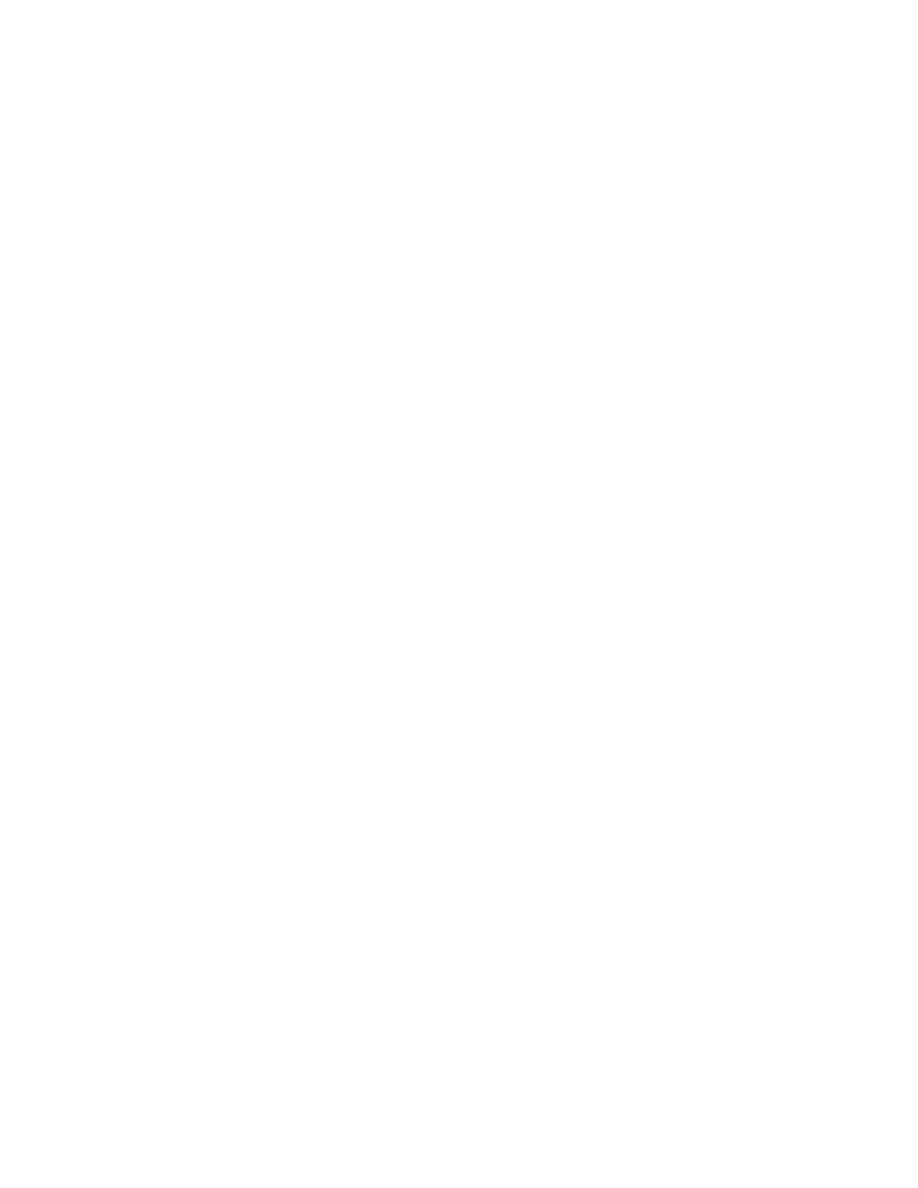
464
14 CFR Ch. I (1–1–24 Edition)
§ 61.1
or termination of SFAR 100–2, whichever is
earlier; and
(c) The person complies with § 61.197 or
§ 65.93 of this chapter, as appropriate, or com-
pletes the appropriate practical test within 6
calendar months after returning to the
United States, or upon termination of SFAR
100–2, whichever is earlier.
3.
Required documents. The person must
send the Airman Certificate and/or Rating
Application (FAA Form 8710–1) to the appro-
priate Flight Standards office. The person
must include with the application one of the
following documents, which must show the
date of assignment outside the United States
and the date of return to the United States:
(a) An official U.S. Government notifica-
tion of personnel action, or equivalent docu-
ment, showing the person was a civilian on
official duty for the U.S. Government out-
side the United States and was assigned to a
U.S. Armed Forces’ operation some time be-
tween September 11, 2001, to termination of
SFAR 100–2;
(b) Military orders showing the person was
assigned to duty outside the United States
and was assigned to a U.S. Armed Forces’ op-
eration some time between September 11,
2001, to termination of SFAR 100–2 ; or
(c) A letter from the person’s military
commander or civilian supervisor providing
the dates during which the person served
outside the United States and was assigned
to a U.S. Armed Forces’ operation some time
between September 11, 2001, to termination
of SFAR 100–2.
4.
Expiration date. This Special Federal
Aviation Regulation No. 100–2 is effective
until further notice.
[Doc. No. FAA–2009–0923, 75 FR 9766, Mar. 4,
2010, as amended by Docket FAA–2018–0119,
Amdt. 61–141, 83 FR 9170, Mar. 5, 2018]
Subpart A—General
§ 61.1
Applicability and definitions.
(a) Except as provided in part 107 of
this chapter, this part prescribes:
(1) The requirements for issuing
pilot, flight instructor, and ground in-
structor certificates and ratings; the
conditions under which those certifi-
cates and ratings are necessary; and
the privileges and limitations of those
certificates and ratings.
(2) The requirements for issuing
pilot, flight instructor, and ground in-
structor authorizations; the conditions
under which those authorizations are
necessary; and the privileges and limi-
tations of those authorizations.
(3) The requirements for issuing
pilot, flight instructor, and ground in-
structor certificates and ratings for
persons who have taken courses ap-
proved by the Administrator under
other parts of this chapter.
(b) For the purpose of this part:
Accredited has the same meaning as
defined by the Department of Edu-
cation in 34 CFR 600.2.
Aeronautical experience means pilot
time obtained in an aircraft, flight
simulator, or flight training device for
meeting the appropriate training and
flight time requirements for an airman
certificate, rating, flight review, or
recency of flight experience require-
ments of this part.
Authorized instructor means—
(i) A person who holds a ground in-
structor certificate issued under part
61 of this chapter and is in compliance
with § 61.217, when conducting ground
training in accordance with the privi-
leges and limitations of his or her
ground instructor certificate;
(ii) A person who holds a flight in-
structor certificate issued under part
61 of this chapter and is in compliance
with § 61.197, when conducting ground
training or flight training in accord-
ance with the privileges and limita-
tions of his or her flight instructor cer-
tificate; or
(iii) A person authorized by the Ad-
ministrator to provide ground training
or flight training under part 61, 121, 135,
or 142 of this chapter when conducting
ground training or flight training in
accordance with that authority.
Aviation training device means a train-
ing device, other than a full flight sim-
ulator or flight training device, that
has been evaluated, qualified, and ap-
proved by the Administrator.
Complex airplane means an airplane
that has a retractable landing gear,
flaps, and a controllable pitch pro-
peller, including airplanes equipped
with an engine control system con-
sisting of a digital computer and asso-
ciated accessories for controlling the
engine and propeller, such as a full au-
thority digital engine control; or, in
the case of a seaplane, flaps and a con-
trollable pitch propeller, including sea-
planes equipped with an engine control
system consisting of a digital computer
and associated accessories for control-
ling the engine and propeller, such as a
full authority digital engine control.
VerDate Sep<11>2014
14:00 Mar 14, 2024
Jkt 262047
PO 00000
Frm 00474
Fmt 8010
Sfmt 8002
Q:\14\14V2.TXT
PC31
aworley on LAPBH6H6L3 with DISTILLER
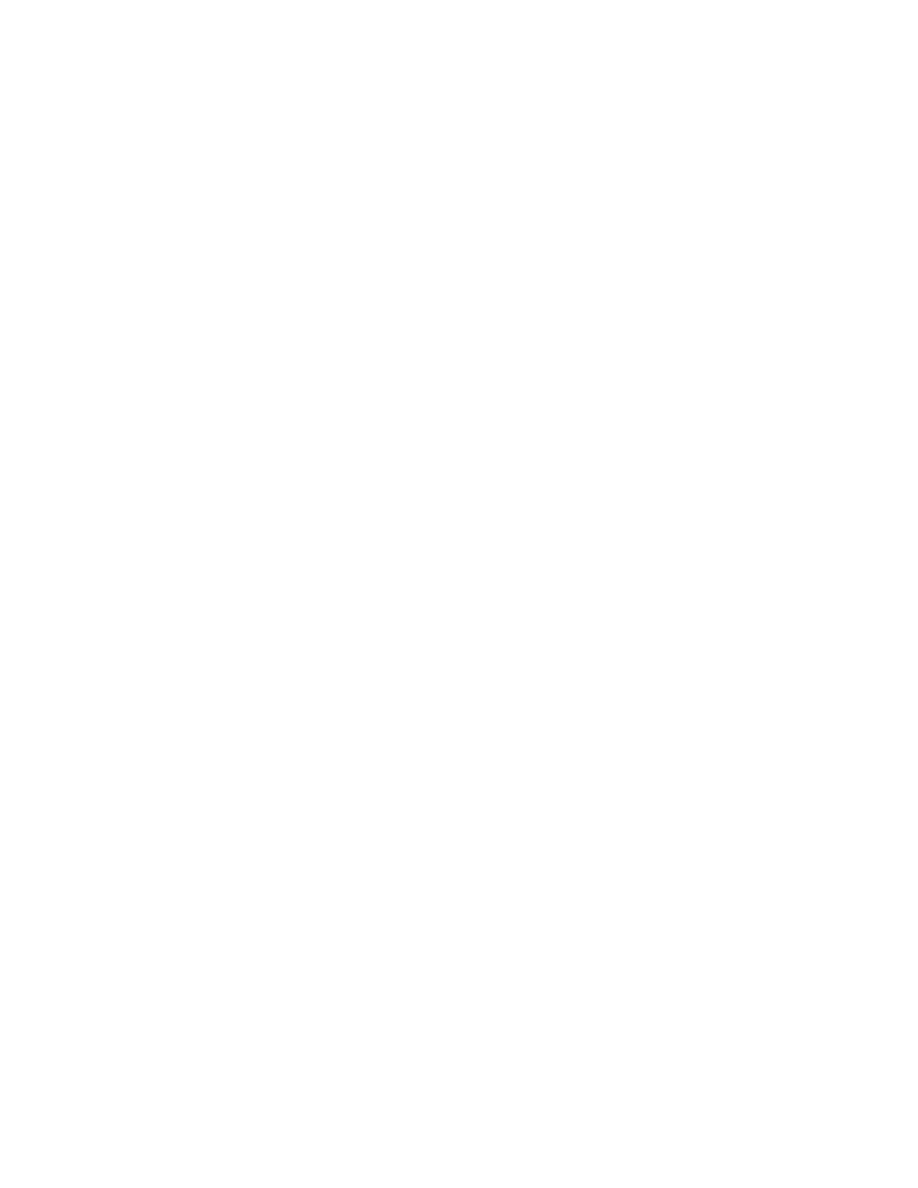
465
Federal Aviation Administration, DOT
§ 61.1
Cross-country time means—
(i) Except as provided in paragraphs
(ii) through (vi) of this definition, time
acquired during flight—
(A) Conducted by a person who holds
a pilot certificate;
(B) Conducted in an aircraft;
(C) That includes a landing at a point
other than the point of departure; and
(D) That involves the use of dead
reckoning, pilotage, electronic naviga-
tion aids, radio aids, or other naviga-
tion systems to navigate to the landing
point.
(ii) For the purpose of meeting the
aeronautical experience requirements
(except for a rotorcraft category rat-
ing), for a private pilot certificate (ex-
cept for a powered parachute category
rating), a commercial pilot certificate,
or an instrument rating, or for the pur-
pose of exercising recreational pilot
privileges (except in a rotorcraft)
under § 61.101 (c), time acquired during
a flight—
(A) Conducted in an appropriate air-
craft;
(B) That includes a point of landing
that was at least a straight-line dis-
tance of more than 50 nautical miles
from the original point of departure;
and
(C) That involves the use of dead
reckoning, pilotage, electronic naviga-
tion aids, radio aids, or other naviga-
tion systems to navigate to the landing
point.
(iii) For the purpose of meeting the
aeronautical experience requirements
for a sport pilot certificate (except for
powered parachute privileges), time ac-
quired during a flight conducted in an
appropriate aircraft that—
(A) Includes a point of landing at
least a straight line distance of more
than 25 nautical miles from the origi-
nal point of departure; and
(B) Involves, as applicable, the use of
dead reckoning; pilotage; electronic
navigation aids; radio aids; or other
navigation systems to navigate to the
landing point.
(iv) For the purpose of meeting the
aeronautical experience requirements
for a sport pilot certificate with pow-
ered parachute privileges or a private
pilot certificate with a powered para-
chute category rating, time acquired
during a flight conducted in an appro-
priate aircraft that—
(A) Includes a point of landing at
least a straight line distance of more
than 15 nautical miles from the origi-
nal point of departure; and
(B) Involves, as applicable, the use of
dead reckoning; pilotage; electronic
navigation aids; radio aids; or other
navigation systems to navigate to the
landing point.
(v) For the purpose of meeting the
aeronautical experience requirements
for any pilot certificate with a rotor-
craft category rating or an instrument-
helicopter rating, or for the purpose of
exercising recreational pilot privileges,
in a rotorcraft, under § 61.101(c), time
acquired during a flight—
(A) Conducted in an appropriate air-
craft;
(B) That includes a point of landing
that was at least a straight-line dis-
tance of more than 25 nautical miles
from the original point of departure;
and
(C) That involves the use of dead
reckoning, pilotage, electronic naviga-
tion aids, radio aids, or other naviga-
tion systems to navigate to the landing
point.
(vi) For the purpose of meeting the
aeronautical experience requirements
for an airline transport pilot certifi-
cate (except with a rotorcraft category
rating), time acquired during a flight—
(A) Conducted in an appropriate air-
craft;
(B) That is at least a straight-line
distance of more than 50 nautical miles
from the original point of departure;
and
(C) That involves the use of dead
reckoning, pilotage, electronic naviga-
tion aids, radio aids, or other naviga-
tion systems.
(vii) For a military pilot who quali-
fies for a commercial pilot certificate
(except with a rotorcraft category rat-
ing) under § 61.73 of this part, time ac-
quired during a flight—
(A) Conducted in an appropriate air-
craft;
(B) That is at least a straight-line
distance of more than 50 nautical miles
from the original point of departure;
and
VerDate Sep<11>2014
14:00 Mar 14, 2024
Jkt 262047
PO 00000
Frm 00475
Fmt 8010
Sfmt 8002
Q:\14\14V2.TXT
PC31
aworley on LAPBH6H6L3 with DISTILLER
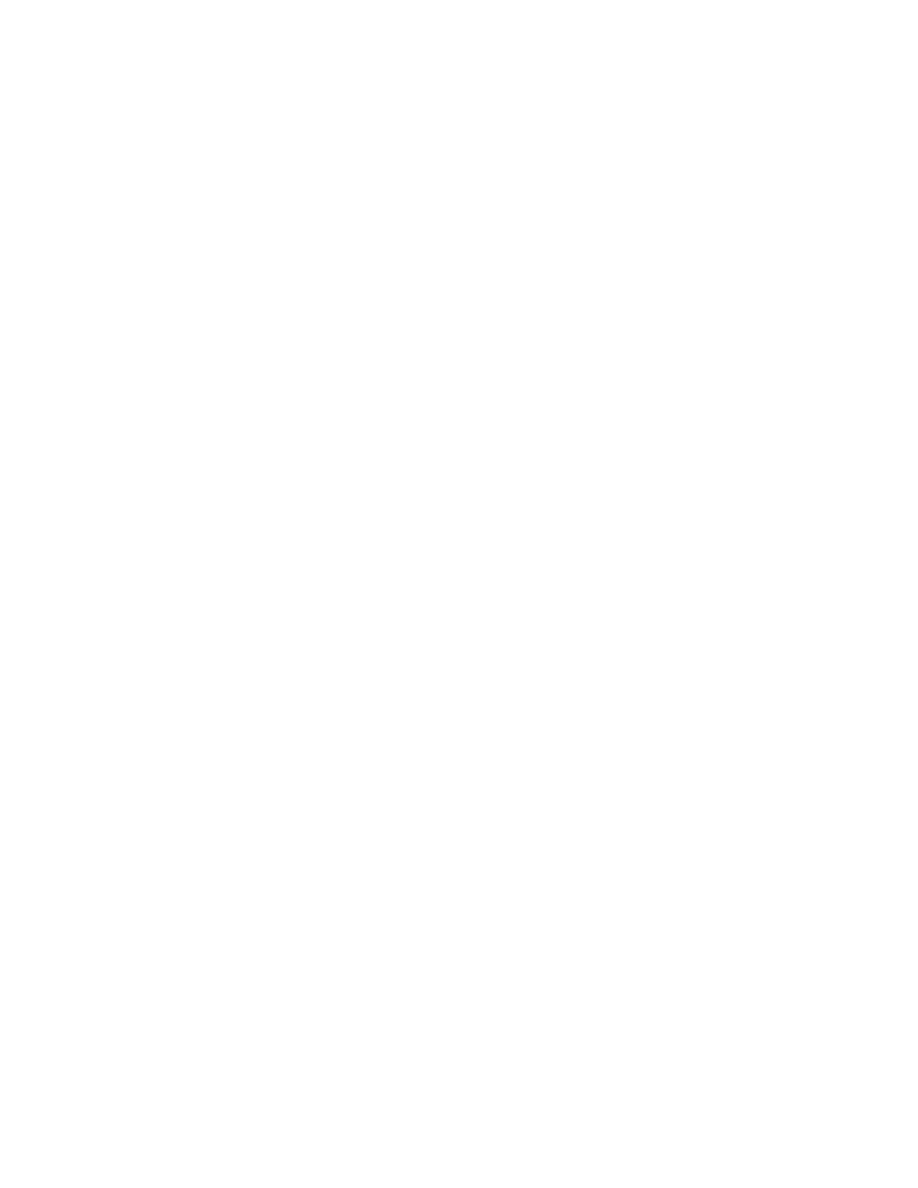
466
14 CFR Ch. I (1–1–24 Edition)
§ 61.1
(C) That involves the use of dead
reckoning, pilotage, electronic naviga-
tion aids, radio aids, or other naviga-
tion systems.
Examiner means any person who is
authorized by the Administrator to
conduct a pilot proficiency test or a
practical test for an airman certificate
or rating issued under this part, or a
person who is authorized to conduct a
knowledge test under this part.
Flight training means that training,
other than ground training, received
from an authorized instructor in flight
in an aircraft.
Ground training means that training,
other than flight training, received
from an authorized instructor.
Institution of higher education has the
same meaning as defined by the De-
partment of Education in 34 CFR 600.4.
Instrument approach means an ap-
proach procedure defined in part 97 of
this chapter.
Instrument training means that time
in which instrument training is re-
ceived from an authorized instructor
under actual or simulated instrument
conditions.
Knowledge test means a test on the
aeronautical knowledge areas required
for an airman certificate or rating that
can be administered in written form or
by a computer.
Nationally recognized accrediting agen-
cy has the same meaning as defined by
the Department of Education in 34 CFR
600.2.
Night vision goggles means an appli-
ance worn by a pilot that enhances the
pilot’s ability to maintain visual sur-
face reference at night.
Night vision goggle operation means
the portion of a flight that occurs dur-
ing the time period from 1 hour after
sunset to 1 hour before sunrise where
the pilot maintains visual surface ref-
erence using night vision goggles in an
aircraft that is approved for such an
operation.
Pilot time means that time in which a
person—
(i) Serves as a required pilot flight
crewmember;
(ii) Receives training from an author-
ized instructor in an aircraft, full
flight simulator, flight training device,
or aviation training device;
(iii) Gives training as an authorized
instructor in an aircraft, full flight
simulator, flight training device, or
aviation training device; or
(iv) Serves as second in command in
operations conducted in accordance
with § 135.99(c) of this chapter when a
second pilot is not required under the
type certification of the aircraft or the
regulations under which the flight is
being conducted, provided the require-
ments in § 61.159(c) are satisfied.
Practical test means a test on the
areas of operations for an airman cer-
tificate, rating, or authorization that
is conducted by having the applicant
respond to questions and demonstrate
maneuvers in flight, in a flight simu-
lator, or in a flight training device.
Set of aircraft means aircraft that
share similar performance characteris-
tics, such as similar airspeed and alti-
tude operating envelopes, similar han-
dling characteristics, and the same
number and type of propulsion sys-
tems.
Student pilot seeking a sport pilot cer-
tificate means a person who has re-
ceived an endorsement—
(i) To exercise student pilot privi-
leges from a certificated flight instruc-
tor with a sport pilot rating; or
(ii) That includes a limitation for the
operation of a light-sport aircraft spec-
ified in § 61.89(c) issued by a certifi-
cated flight instructor with other than
a sport pilot rating.
Technically advanced airplane (TAA)
means an airplane equipped with an
electronically advanced avionics sys-
tem.
Training time means training re-
ceived—
(i) In flight from an authorized in-
structor;
(ii) On the ground from an authorized
instructor; or
(iii) In a flight simulator or flight
training device from an authorized in-
structor.
[Doc. No. 25910, 62 FR 16298, Apr. 4, 1997;
Amdt. 61–103, 62 FR 40893, July 30, 1997 as
amended by Amdt. 61–110, 69 FR 44864, July
27, 2004; Amdt. 61–124, 74 FR 42546, Aug. 21,
2009; Amdt. 61–128, 76 FR 54105, Aug. 31, 2011;
Amdt. 61–130, 78 FR 42372, July 15, 2013;
Amdt. 61–137, 81 FR 42208, June 28, 2016;
Amdt. 61–142, 83 FR 30276, June 27, 2018]
VerDate Sep<11>2014
14:00 Mar 14, 2024
Jkt 262047
PO 00000
Frm 00476
Fmt 8010
Sfmt 8002
Q:\14\14V2.TXT
PC31
aworley on LAPBH6H6L3 with DISTILLER
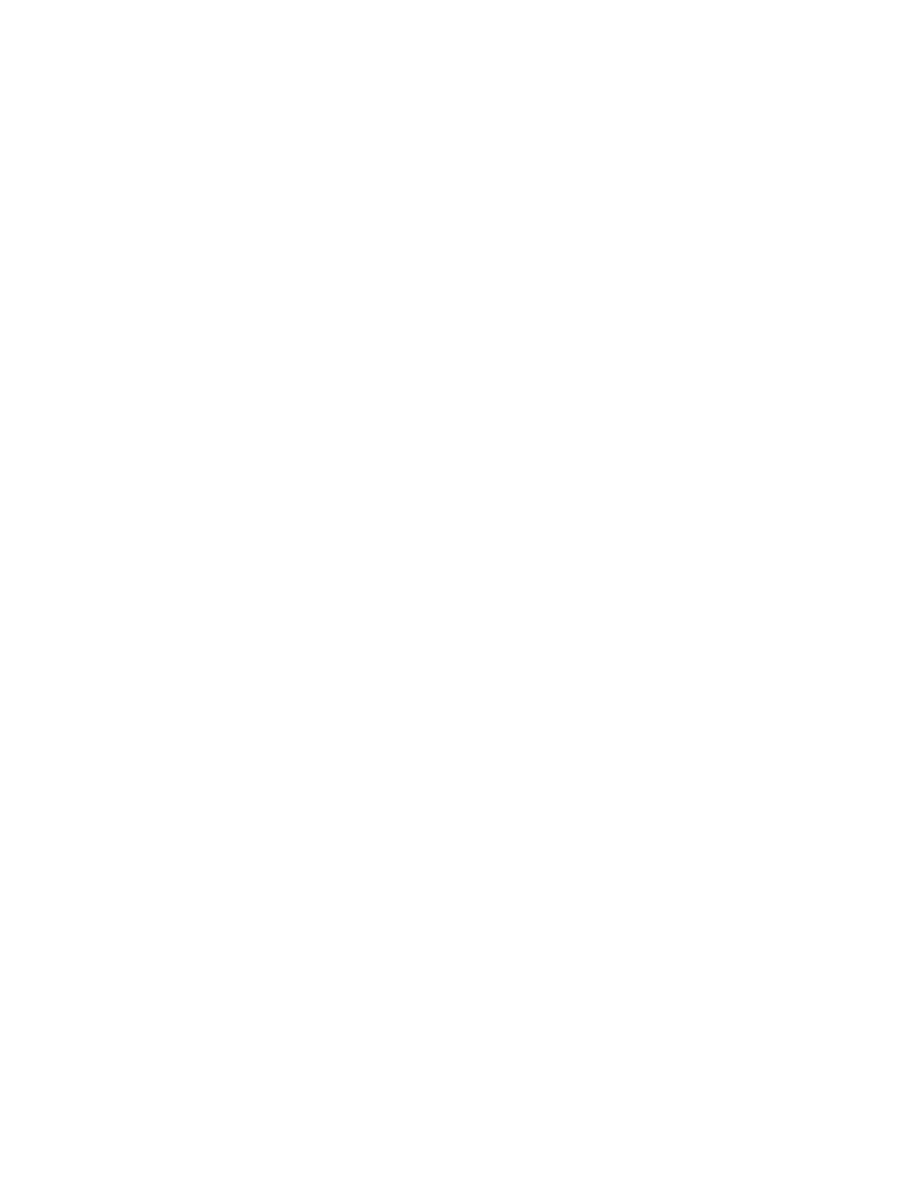
467
Federal Aviation Administration, DOT
§ 61.3
§ 61.2
Exercise of Privilege.
(a)
Validity. No person may:
(1) Exercise privileges of a certifi-
cate, rating, endorsement, or author-
ization issued under this part if the
certificate, rating or authorization is
surrendered, suspended, revoked or ex-
pired.
(2) Exercise privileges of a flight in-
structor certificate if that flight in-
structor certificate is surrendered, sus-
pended, revoked or expired.
(3) Exercise privileges of a foreign
pilot certificate to operate an aircraft
of foreign registry under § 61.3(b) if the
certificate is surrendered, suspended,
revoked or expired.
(4) Exercise privileges of a pilot cer-
tificate issued under § 61.75, or an au-
thorization issued under § 61.77, if the
foreign pilot certificate relied upon for
the issuance of the U.S. pilot certifi-
cate or authorization is surrendered,
suspended, revoked or expired.
(5) Exercise privileges of a medical
certificate issued under part 67 to meet
any requirements of part 61 if the med-
ical certificate is surrendered, sus-
pended, revoked or expired according
to the duration standards set forth in
§ 61.23(d).
(6) Use an official government issued
driver’s license to meet any require-
ments of part 61 related to holding that
driver’s license, if the driver’s license
is surrendered, suspended, revoked or
expired.
(b)
Currency. No person may:
(1) Exercise privileges of an airman
certificate, rating, endorsement, or au-
thorization issued under this part un-
less that person meets the appropriate
airman and medical recency require-
ments of this part, specific to the oper-
ation or activity.
(2) Exercise privileges of a foreign
pilot license within the United States
to conduct an operation described in
§ 61.3(b), unless that person meets the
appropriate airman and medical
recency requirements of the country
that issued the license, specific to the
operation.
[Doc. No. FAA–2006–26661, 74 FR 42546, Aug.
21, 2009]
§ 61.3
Requirement for certificates,
ratings, and authorizations.
(a)
Required pilot certificate for oper-
ating a civil aircraft of the United States.
No person may serve as a required pilot
flight crewmember of a civil aircraft of
the United States, unless that person:
(1) Has in the person’s physical pos-
session or readily accessible in the air-
craft when exercising the privileges of
that pilot certificate or authoriza-
tion—
(i) A pilot certificate issued under
this part and in accordance with § 61.19;
(ii) A special purpose pilot authoriza-
tion issued under § 61.77;
(iii) A temporary certificate issued
under § 61.17;
(iv) A document conveying tem-
porary authority to exercise certificate
privileges issued by the Airmen Certifi-
cation Branch under § 61.29(e);
(v) When engaged in a flight oper-
ation within the United States for a
part 119 certificate holder authorized
to conduct operations under part 121 or
135 of this chapter, a temporary docu-
ment provided by that certificate hold-
er under an approved certificate
verification plan;
(vi) When engaged in a flight oper-
ation within the United States for a
fractional ownership program manager
authorized to conduct operations under
part 91, subpart K, of this chapter, a
temporary document provided by that
program manager under an approved
certificate verification plan; or
(vii) When operating an aircraft with-
in a foreign country, a pilot license
issued by that country may be used.
(2) Has a photo identification that is
in that person’s physical possession or
readily accessible in the aircraft when
exercising the privileges of that pilot
certificate or authorization. The photo
identification must be a:
(i) Driver’s license issued by a State,
the District of Columbia, or territory
or possession of the United States;
(ii) Government identification card
issued by the Federal government, a
State, the District of Columbia, or a
territory or possession of the United
States;
(iii) U.S. Armed Forces’ identifica-
tion card;
(iv) Official passport;
VerDate Sep<11>2014
14:00 Mar 14, 2024
Jkt 262047
PO 00000
Frm 00477
Fmt 8010
Sfmt 8002
Q:\14\14V2.TXT
PC31
aworley on LAPBH6H6L3 with DISTILLER
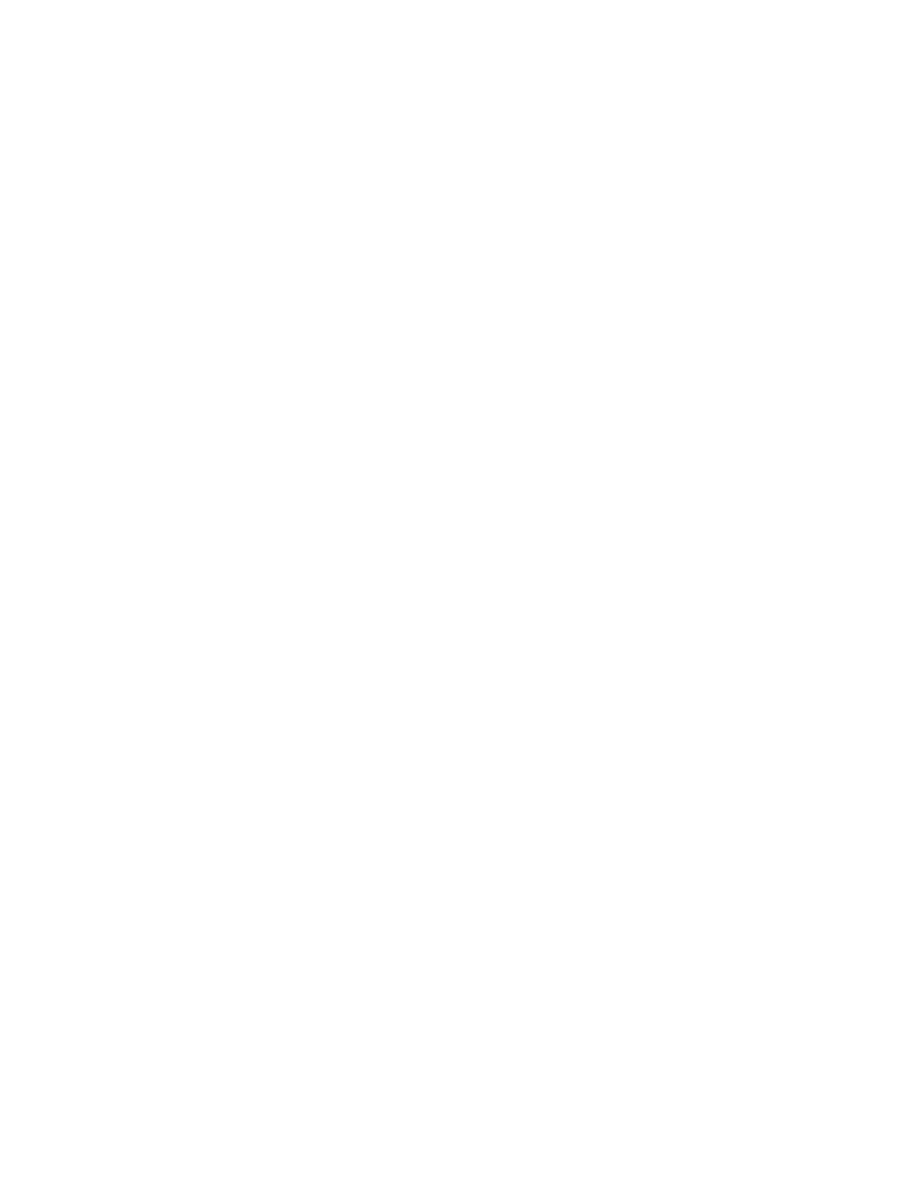
468
14 CFR Ch. I (1–1–24 Edition)
§ 61.3
(v) Credential that authorizes
unescorted access to a security identi-
fication display area at an airport reg-
ulated under 49 CFR part 1542; or
(vi) Other form of identification that
the Administrator finds acceptable.
(b)
Required pilot certificate for oper-
ating a foreign-registered aircraft within
the United States. No person may serve
as a required pilot flight crewmember
of a civil aircraft of foreign registry
within the United States, unless—
(1) That person’s pilot certificate or
document issued under § 61.29(e) is in
that person’s physical possession or
readily accessible in the aircraft when
exercising the privileges of that pilot
certificate; and
(2) Has been issued in accordance
with this part, or has been issued or
validated by the country in which the
aircraft is registered.
(c)
Medical certificate. (1) A person
may serve as a required pilot flight
crewmember of an aircraft only if that
person holds the appropriate medical
certificate issued under part 67 of this
chapter, or other documentation ac-
ceptable to the FAA, that is in that
person’s physical possession or readily
accessible in the aircraft. Paragraph
(c)(2) of this section provides certain
exceptions to the requirement to hold a
medical certificate.
(2) A person is not required to meet
the requirements of paragraph (c)(1) of
this section if that person—
(i) Is exercising the privileges of a
student pilot certificate while seeking
a pilot certificate with a glider cat-
egory rating, a balloon class rating, or
glider or balloon privileges;
(ii) Is exercising the privileges of a
student pilot certificate while seeking
a sport pilot certificate with other
than glider or balloon privileges and
holds a U.S. driver’s license;
(iii) Is exercising the privileges of a
student pilot certificate while seeking
a pilot certificate with a weight-shift-
control aircraft category rating or a
powered parachute category rating and
holds a U.S. driver’s license;
(iv) Is exercising the privileges of a
sport pilot certificate with glider or
balloon privileges;
(v) Is exercising the privileges of a
sport pilot certificate with other than
glider or balloon privileges and holds a
U.S. driver’s license. A person who has
applied for or held a medical certificate
may exercise the privileges of a sport
pilot certificate using a U.S. driver’s li-
cense only if that person—
(A) Has been found eligible for the
issuance of at least a third-class air-
man medical certificate at the time of
his or her most recent application; and
(B) Has not had his or her most re-
cently issued medical certificate sus-
pended or revoked or most recent Au-
thorization for a Special Issuance of a
Medical Certificate withdrawn.
(vi) Is holding a pilot certificate with
a balloon class rating and that per-
son—
(A) Is exercising the privileges of a
private pilot certificate in a balloon; or
(B) Is providing flight training in a
balloon in accordance with
§ 61.133(a)(2)(ii);
(vii) Is holding a pilot certificate or a
flight instructor certificate with a
glider category rating, and is piloting
or providing training in a glider, as ap-
propriate;
(viii) Is exercising the privileges of a
flight instructor certificate, provided
the person is not acting as pilot in
command or as a required pilot flight
crewmember;
(ix) Is exercising the privileges of a
ground instructor certificate;
(x) Is operating an aircraft within a
foreign country using a pilot license
issued by that country and possesses
evidence of current medical qualifica-
tion for that license;
(xi) Is operating an aircraft with a
U.S. pilot certificate, issued on the
basis of a foreign pilot license, issued
under § 61.75, and holds a medical cer-
tificate issued by the foreign country
that issued the foreign pilot license,
which is in that person’s physical pos-
session or readily accessible in the air-
craft when exercising the privileges of
that airman certificate;
(xii) Is a pilot of the U.S. Armed
Forces, has an up-to-date U.S. military
medical examination, and holds mili-
tary pilot flight status;
(xiii) Is exercising the privileges of a
student, recreational or private pilot
certificate for operations conducted
under the conditions and limitations
set forth in § 61.113(i) and holds a U.S.
driver’s license;
VerDate Sep<11>2014
14:00 Mar 14, 2024
Jkt 262047
PO 00000
Frm 00478
Fmt 8010
Sfmt 8002
Q:\14\14V2.TXT
PC31
aworley on LAPBH6H6L3 with DISTILLER
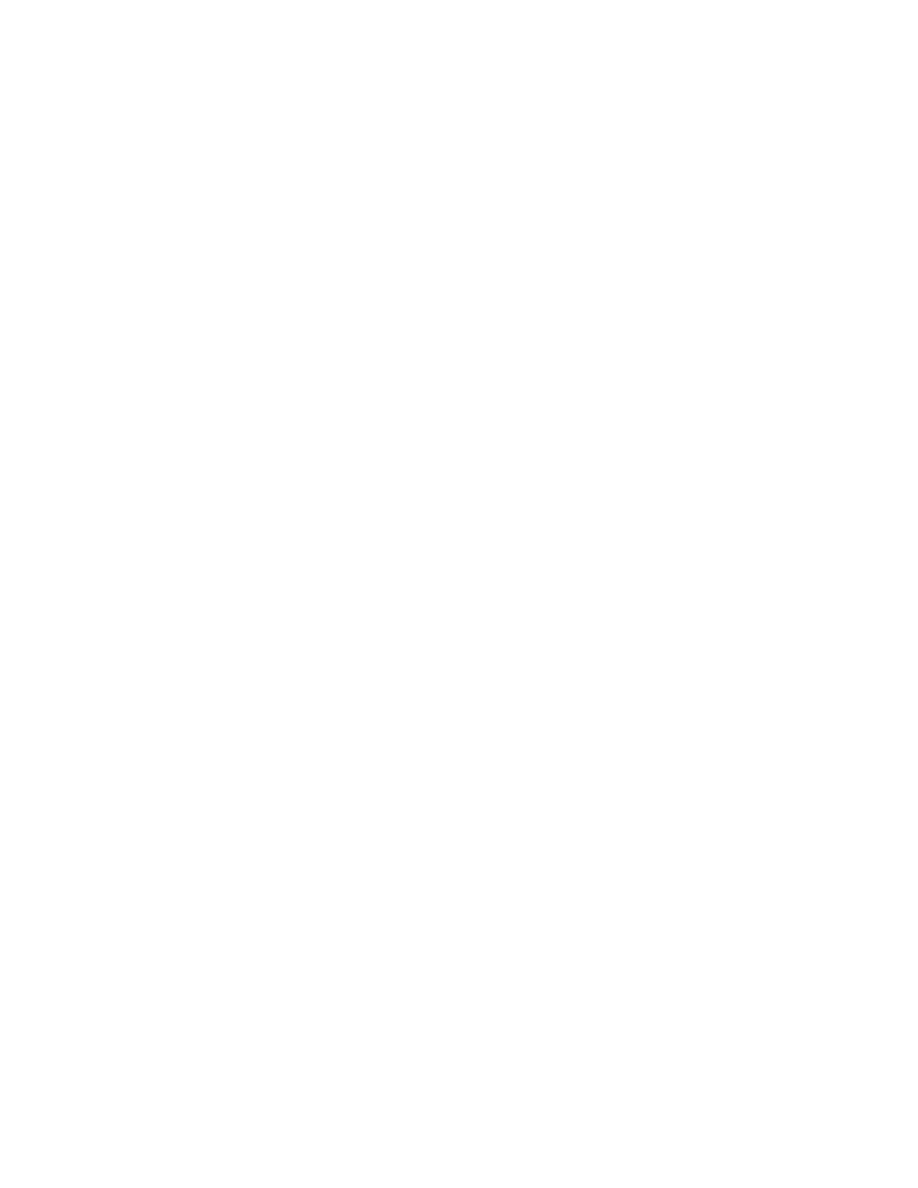
469
Federal Aviation Administration, DOT
§ 61.3
(xiv) Is exercising the privileges of a
flight instructor certificate and acting
as pilot in command or a required
flightcrew member for operations con-
ducted under the conditions and limi-
tations set forth in § 61.113(i) and holds
a U.S. driver’s license; or
(xv) Is exercising the privileges of a
student pilot certificate or higher
while acting as pilot in command on a
special medical flight test authorized
under part 67 of this chapter.
(d)
Flight instructor certificate. (1) A
person who holds a flight instructor
certificate issued under this part must
have that certificate, or other docu-
mentation acceptable to the Adminis-
trator, in that person’s physical posses-
sion or readily accessible in the air-
craft when exercising the privileges of
that flight instructor certificate.
(2) Except as provided in paragraph
(d)(3) of this section, no person other
than the holder of a flight instructor
certificate issued under this part with
the appropriate rating on that certifi-
cate may—
(i) Give training required to qualify a
person for solo flight and solo cross-
country flight;
(ii) Endorse an applicant for a—
(A) Pilot certificate or rating issued
under this part;
(B) Flight instructor certificate or
rating issued under this part; or
(C) Ground instructor certificate or
rating issued under this part;
(iii) Endorse a pilot logbook to show
training given; or
(iv) Endorse a logbook for solo oper-
ating privileges.
(3) A flight instructor certificate
issued under this part is not nec-
essary—
(i) Under paragraph (d)(2) of this sec-
tion, if the training is given by the
holder of a commercial pilot certificate
with a lighter-than-air rating, provided
the training is given in accordance
with the privileges of the certificate in
a lighter-than-air aircraft;
(ii) Under paragraph (d)(2) of this sec-
tion, if the training is given by the
holder of an airline transport pilot cer-
tificate with a rating appropriate to
the aircraft in which the training is
given, provided the training is given in
accordance with the privileges of the
certificate and conducted in accord-
ance with an approved air carrier
training program approved under part
121 or part 135 of this chapter;
(iii) Under paragraph (d)(2) of this
section, if the training is given by a
person who is qualified in accordance
with subpart C of part 142 of this chap-
ter, provided the training is conducted
in accordance with an approved part
142 training program;
(iv) Under paragraphs (d)(2)(i),
(d)(2)(ii)(C), and (d)(2)(iii) of this sec-
tion, if the training is given by the
holder of a ground instructor certifi-
cate in accordance with the privileges
of the certificate; or
(v) Under paragraph (d)(2)(iii) of this
section, if the training is given by an
authorized flight instructor under
§ 61.41 of this part.
(e)
Instrument rating. No person may
act as pilot in command of a civil air-
craft under IFR or in weather condi-
tions less than the minimums pre-
scribed for VFR flight unless that per-
son holds:
(1) The appropriate aircraft category,
class, type (if required), and instru-
ment rating on that person’s pilot cer-
tificate for any airplane, helicopter, or
powered-lift being flown;
(2) An airline transport pilot certifi-
cate with the appropriate aircraft cat-
egory, class, and type rating (if re-
quired) for the aircraft being flown;
(3) For a glider, a pilot certificate
with a glider category rating and an
airplane instrument rating; or
(4) For an airship, a commercial pilot
certificate with a lighter-than-air cat-
egory rating and airship class rating.
(f)
Category II pilot authorization. Ex-
cept for a pilot conducting Category II
operations under part 121 or part 135, a
person may not:
(1) Act as pilot in command of a civil
aircraft during Category II operations
unless that person—
(i) Holds a Category II pilot author-
ization for that category or class of
aircraft, and the type of aircraft, if ap-
plicable; or
(ii) In the case of a civil aircraft of
foreign registry, is authorized by the
country of registry to act as pilot in
command of that aircraft in Category
II operations.
VerDate Sep<11>2014
14:00 Mar 14, 2024
Jkt 262047
PO 00000
Frm 00479
Fmt 8010
Sfmt 8002
Q:\14\14V2.TXT
PC31
aworley on LAPBH6H6L3 with DISTILLER
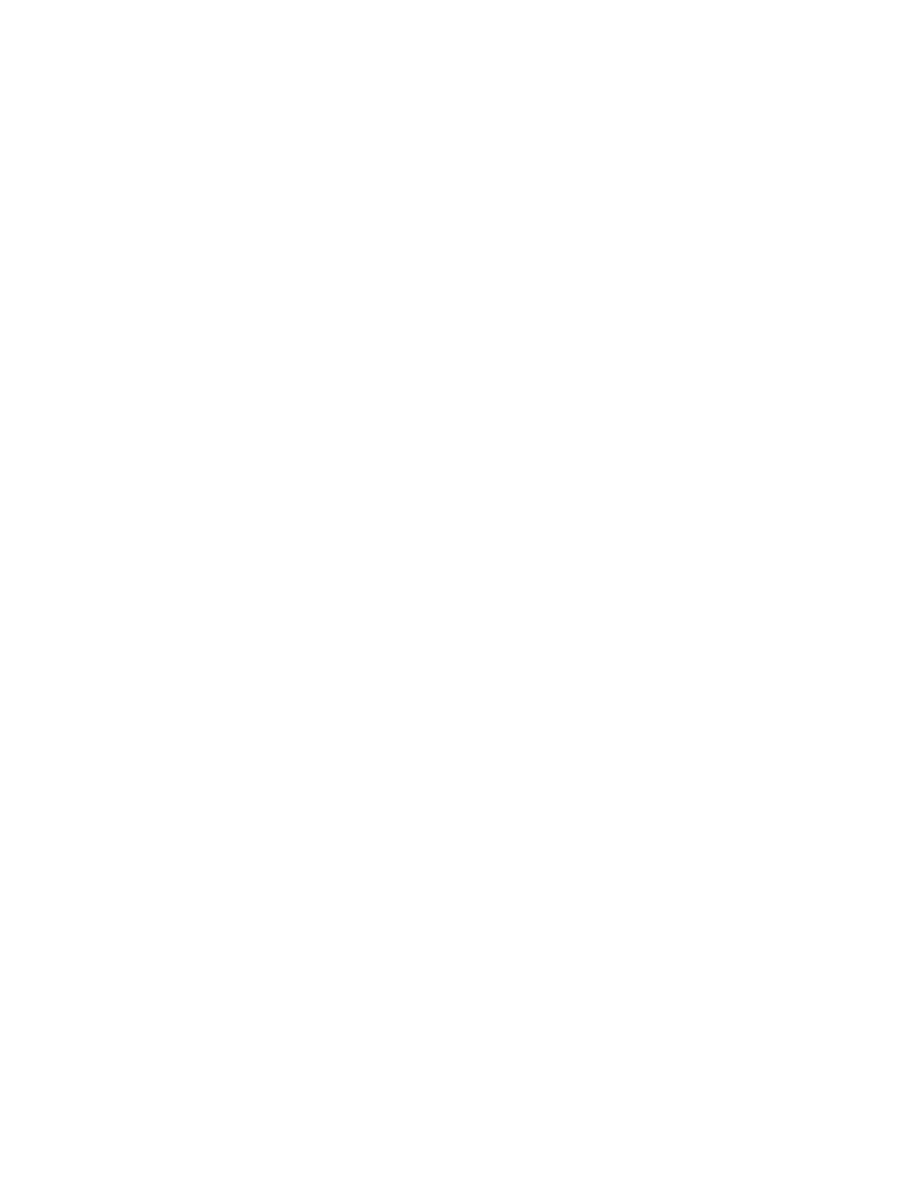
470
14 CFR Ch. I (1–1–24 Edition)
§ 61.3
(2) Act as second in command of a
civil aircraft during Category II oper-
ations unless that person—
(i) Holds a pilot certificate with cat-
egory and class ratings for that air-
craft and an instrument rating for that
category aircraft;
(ii) Holds an airline transport pilot
certificate with category and class rat-
ings for that aircraft; or
(iii) In the case of a civil aircraft of
foreign registry, is authorized by the
country of registry to act as second in
command of that aircraft during Cat-
egory II operations.
(g)
Category III pilot authorization. Ex-
cept for a pilot conducting Category III
operations under part 121 or part 135, a
person may not:
(1) Act as pilot in command of a civil
aircraft during Category III operations
unless that person—
(i) Holds a Category III pilot author-
ization for that category or class of
aircraft, and the type of aircraft, if ap-
plicable; or
(ii) In the case of a civil aircraft of
foreign registry, is authorized by the
country of registry to act as pilot in
command of that aircraft in Category
III operations.
(2) Act as second in command of a
civil aircraft during Category III oper-
ations unless that person—
(i) Holds a pilot certificate with cat-
egory and class ratings for that air-
craft and an instrument rating for that
category aircraft;
(ii) Holds an airline transport pilot
certificate with category and class rat-
ings for that aircraft; or
(iii) In the case of a civil aircraft of
foreign registry, is authorized by the
country of registry to act as second in
command of that aircraft during Cat-
egory III operations.
(h)
Category A aircraft pilot authoriza-
tion. The Administrator may issue a
certificate of authorization for a Cat-
egory II or Category III operation to
the pilot of a small aircraft that is a
Category A aircraft, as identified in
§ 97.3(b)(1) of this chapter if:
(1) The Administrator determines
that the Category II or Category III op-
eration can be performed safely by that
pilot under the terms of the certificate
of authorization; and
(2) The Category II or Category III
operation does not involve the carriage
of persons or property for compensa-
tion or hire.
(i)
Ground instructor certificate. (1)
Each person who holds a ground in-
structor certificate issued under this
part must have that certificate or a
temporary document issued under
§ 61.29(e) in that person’s physical pos-
session or immediately accessible when
exercising the privileges of that certifi-
cate.
(2) Except as provided in paragraph
(i)(3) of this section, no person other
than the holder of a ground instructor
certificate, issued under this part or
part 143, with the appropriate rating on
that certificate may—
(i) Give ground training required to
qualify a person for solo flight and solo
cross-country flight;
(ii) Endorse an applicant for a knowl-
edge test required for a pilot, flight in-
structor, or ground instructor certifi-
cate or rating issued under this part; or
(iii) Endorse a pilot logbook to show
ground training given.
(3) A ground instructor certificate
issued under this part is not nec-
essary—
(i) Under paragraph (i)(2) of this sec-
tion, if the training is given by the
holder of a flight instructor certificate
issued under this part in accordance
with the privileges of that certificate;
(ii) Under paragraph (i)(2) of this sec-
tion, if the training is given by the
holder of a commercial pilot certificate
with a lighter-than-air rating, provided
the training is given in accordance
with the privileges of the certificate in
a lighter-than-air aircraft;
(iii) Under paragraph (i)(2) of this
section, if the training is given by the
holder of an airline transport pilot cer-
tificate with a rating appropriate to
the aircraft in which the training is
given, provided the training is given in
accordance with the privileges of the
certificate and conducted in accord-
ance with an approved air carrier
training program approved under part
121 or part 135 of this chapter;
(iv) Under paragraph (i)(2) of this sec-
tion, if the training is given by a per-
son who is qualified in accordance with
subpart C of part 142 of this chapter,
provided the training is conducted in
VerDate Sep<11>2014
14:00 Mar 14, 2024
Jkt 262047
PO 00000
Frm 00480
Fmt 8010
Sfmt 8002
Q:\14\14V2.TXT
PC31
aworley on LAPBH6H6L3 with DISTILLER
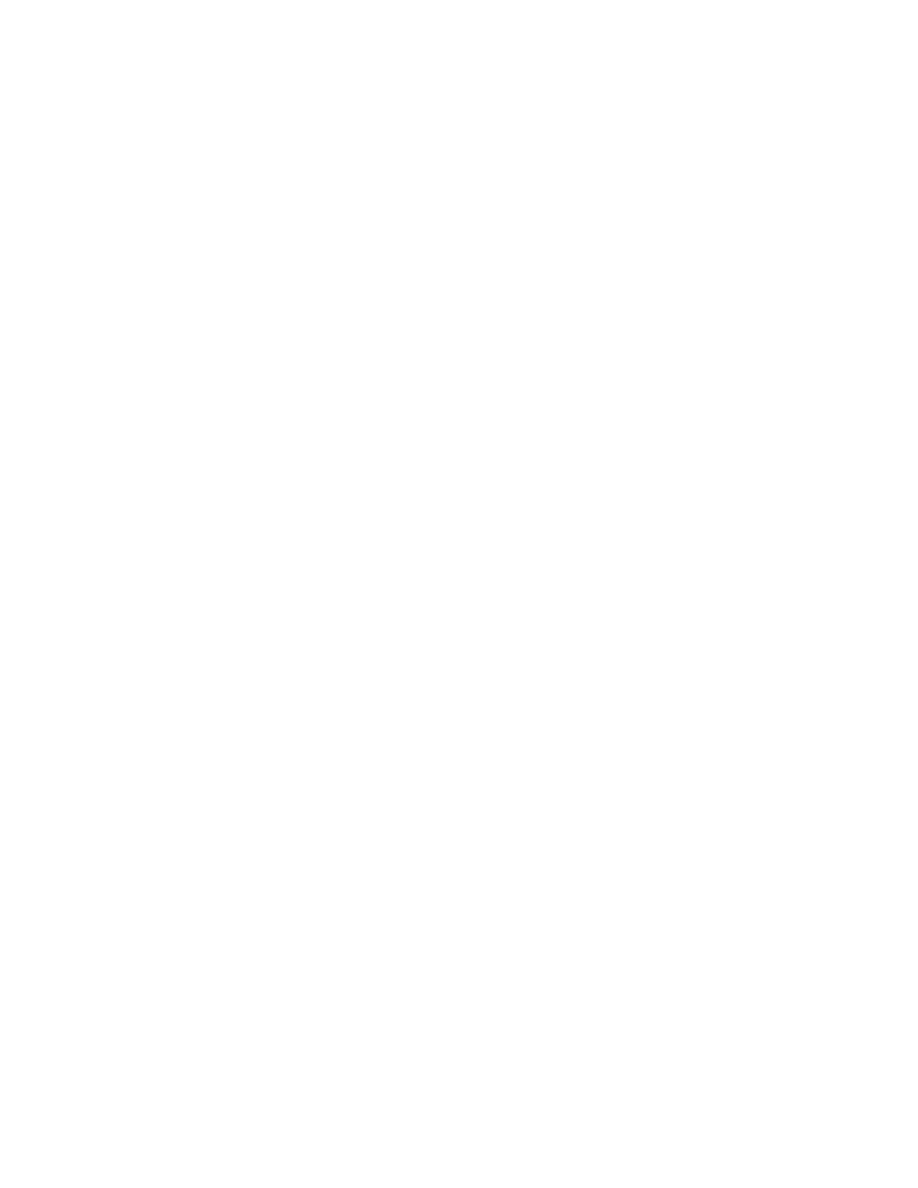
471
Federal Aviation Administration, DOT
§ 61.4
accordance with an approved part 142
training program; or
(v) Under paragraph (i)(2)(iii) of this
section, if the training is given by an
authorized flight instructor under
§ 61.41 of this part.
(j)
Age limitation for certain operations.
(1)
Age limitation. No person who holds
a pilot certificate issued under this
part may serve as a pilot on a civil air-
plane of U.S. registry in the following
operations if the person has reached his
or her 60th birthday or, in the case of
operations with more than one pilot,
his or her 65th birthday:
(i) Scheduled international air serv-
ices carrying passengers in turbojet-
powered airplanes;
(ii) Scheduled international air serv-
ices carrying passengers in airplanes
having a passenger-seat configuration
of more than nine passenger seats, ex-
cluding each crewmember seat;
(iii) Nonscheduled international air
transportation for compensation or
hire in airplanes having a passenger-
seat configuration of more than 30 pas-
senger seats, excluding each crew-
member seat; or
(iv) Scheduled international air serv-
ices, or nonscheduled international air
transportation for compensation or
hire, in airplanes having a payload ca-
pacity of more than 7,500 pounds.
(2)
Definitions. (i) ‘‘International air
service,’’ as used in this paragraph (j),
means scheduled air service performed
in airplanes for the public transport of
passengers, mail, or cargo, in which the
service passes through the airspace
over the territory of more than one
country.
(ii) ‘‘International air transpor-
tation,’’ as used in this paragraph (j),
means air transportation performed in
airplanes for the public transport of
passengers, mail, or cargo, in which the
service passes through the airspace
over the territory of more than one
country.
(k)
Special purpose pilot authorization.
Any person that is required to hold a
special purpose pilot authorization,
issued in accordance with § 61.77 of this
part, must have that authorization and
the person’s foreign pilot license in
that person’s physical possession or
have it readily accessible in the air-
craft when exercising the privileges of
that authorization.
(l)
Inspection of certificate. Each per-
son who holds an airman certificate,
temporary document in accordance
with paragraph (a)(1)(v) or (vi) of this
section, medical certificate, documents
establishing alternative medical quali-
fication under part 68 of this chapter,
authorization, or license required by
this part must present it and their
photo identification as described in
paragraph (a)(2) of this section for in-
spection upon a request from:
(1) The Administrator;
(2) An authorized representative of
the National Transportation Safety
Board;
(3) Any Federal, State, or local law
enforcement officer; or
(4) An authorized representative of
the Transportation Security Adminis-
tration.
[Doc. No. 25910, 62 FR 16298, Apr. 4, 1997;
Amdt. 61–103, 62 FR 40894, July 30, 1997;
Amdt. 61–111, 67 FR 65861, Oct. 28, 2002; Amdt.
61–110, 69 FR 44864, July 27, 2004; Amdt. 61–
123, 74 FR 34234, July 15, 2009; Amdt. 61–124, 74
FR 42546, Aug. 21, 2009; Amdt. 61–124A, 74 FR
53644, Oct. 20, 2009; Amdt. 61–131, 78 FR 56828,
Sept. 16, 2013; Amdt. 61–134, 80 FR 33400, June
12, 2015; Docket FAA–2010–1127, Amdt. 61–135,
81 FR 1306, Jan. 12, 2016; Doc. No. FAA–2016–
9157, Amdt. 61–140, 82 FR 3164, Jan. 11, 2017;
Amdt. 60–6, 83 FR 30276, June 27, 2018; Docket
No. FAA–2021–1040, Amdt. Nos. 61–152, 87 FR
71236, Nov. 22, 2022; Docket No. FAA–2021–
1040; Amdt. No. 61–152, 87 FR 71236, Nov. 22,
2022]
§ 61.4
Qualification and approval of
flight simulators and flight training
devices.
(a) Except as specified in paragraph
(b) or (c) of this section, each flight
simulator and flight training device
used for training, and for which an air-
man is to receive credit to satisfy any
training, testing, or checking require-
ment under this chapter, must be
qualified and approved by the Adminis-
trator for—
(1) The training, testing, and check-
ing for which it is used;
(2) Each particular maneuver, proce-
dure, or crewmember function per-
formed; and
(3) The representation of the specific
category and class of aircraft, type of
aircraft, particular variation within
VerDate Sep<11>2014
14:00 Mar 14, 2024
Jkt 262047
PO 00000
Frm 00481
Fmt 8010
Sfmt 8002
Q:\14\14V2.TXT
PC31
aworley on LAPBH6H6L3 with DISTILLER
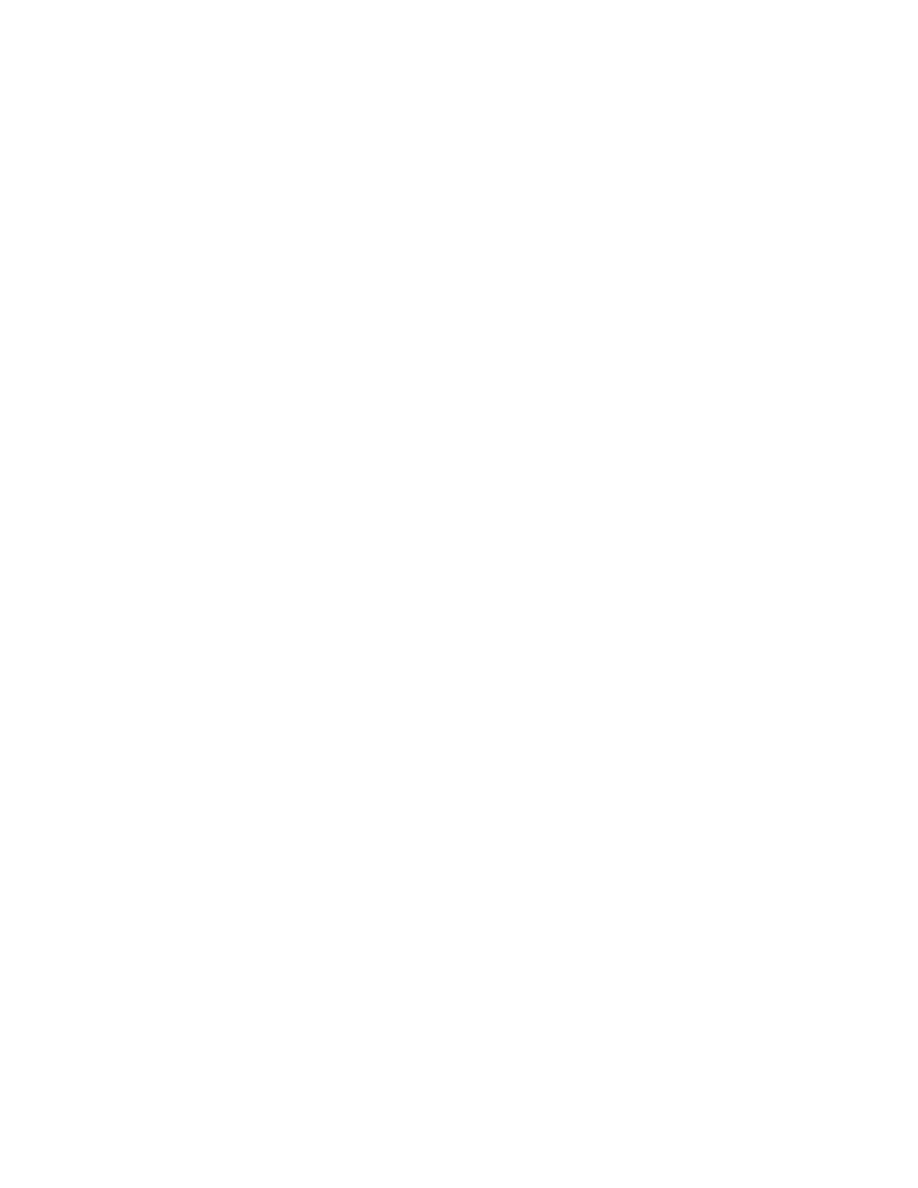
472
14 CFR Ch. I (1–1–24 Edition)
§ 61.5
the type of aircraft, or set of aircraft
for certain flight training devices.
(b) Any device used for flight train-
ing, testing, or checking that has been
determined to be acceptable to or ap-
proved by the Administrator prior to
August 1, 1996, which can be shown to
function as originally designed, is con-
sidered to be a flight training device,
provided it is used for the same pur-
poses for which it was originally ac-
cepted or approved and only to the ex-
tent of such acceptance or approval.
(c) The Administrator may approve a
device other than a flight simulator or
flight training device for specific pur-
poses.
[Doc. No. 25910, 62 FR 16298, Apr. 4, 1997;
Amdt. 61–103, 62 FR 40895, July 30, 1997]
§ 61.5
Certificates and ratings issued
under this part.
(a) The following certificates are
issued under this part to an applicant
who satisfactorily accomplishes the
training and certification requirements
for the certificate sought:
(1) Pilot certificates—
(i) Student pilot.
(ii) Sport pilot.
(iii) Recreational pilot.
(iv) Private pilot.
(v) Commercial pilot.
(vi) Airline transport pilot.
(2) Flight instructor certificates.
(3) Ground instructor certificates.
(b) The following ratings are placed
on a pilot certificate (other than stu-
dent pilot) when an applicant satisfac-
torily accomplishes the training and
certification requirements for the rat-
ing sought:
(1) Aircraft category ratings—
(i) Airplane.
(ii) Rotorcraft.
(iii) Glider.
(iv) Lighter-than-air.
(v) Powered-lift.
(vi) Powered parachute.
(vii) Weight-shift-control aircraft.
(2) Airplane class ratings—
(i) Single-engine land.
(ii) Multiengine land.
(iii) Single-engine sea.
(iv) Multiengine sea.
(3) Rotorcraft class ratings—
(i) Helicopter.
(ii) Gyroplane.
(4) Lighter-than-air class ratings—
(i) Airship.
(ii) Balloon.
(5) Weight-shift-control aircraft class
ratings—
(i) Weight-shift-control aircraft land.
(ii) Weight-shift-control aircraft sea.
(6) Powered parachute class ratings—
(i) Powered parachute land.
(ii) Powered parachute sea.
(7) Aircraft type ratings—
(i) Large aircraft other than lighter-
than-air.
(ii) Turbojet-powered airplanes.
(iii) Other aircraft type ratings speci-
fied by the Administrator through the
aircraft type certification procedures.
(iv) Second-in-command pilot type
rating for aircraft that is certificated
for operations with a minimum crew of
at least two pilots.
(8) Instrument ratings (on private
and commercial pilot certificates
only)—
(i) Instrument—Airplane.
(ii) Instrument—Helicopter.
(iii) Instrument—Powered-lift.
(c) The following ratings are placed
on a flight instructor certificate when
an applicant satisfactorily accom-
plishes the training and certification
requirements for the rating sought:
(1) Aircraft category ratings—
(i) Airplane.
(ii) Rotorcraft.
(iii) Glider.
(iv) Powered-lift.
(2) Airplane class ratings—
(i) Single-engine.
(ii) Multiengine.
(3) Rotorcraft class ratings—
(i) Helicopter.
(ii) Gyroplane.
(4) Instrument ratings—
(i) Instrument—Airplane.
(ii) Instrument—Helicopter.
(iii) Instrument—Powered-lift.
(5) Sport pilot rating.
(d) The following ratings are placed
on a ground instructor certificate when
an applicant satisfactorily accom-
plishes the training and certification
requirements for the rating sought:
(1) Basic.
(2) Advanced.
(3) Instrument.
[Doc. No. 25910, 62 FR 16298, Apr. 4, 1997, as
amended by Amdt. 61–110, 69 FR 44864, July
27, 2004; Amdt. 61–113, 70 FR 45271, Aug. 4,
2005]
VerDate Sep<11>2014
14:00 Mar 14, 2024
Jkt 262047
PO 00000
Frm 00482
Fmt 8010
Sfmt 8002
Q:\14\14V2.TXT
PC31
aworley on LAPBH6H6L3 with DISTILLER
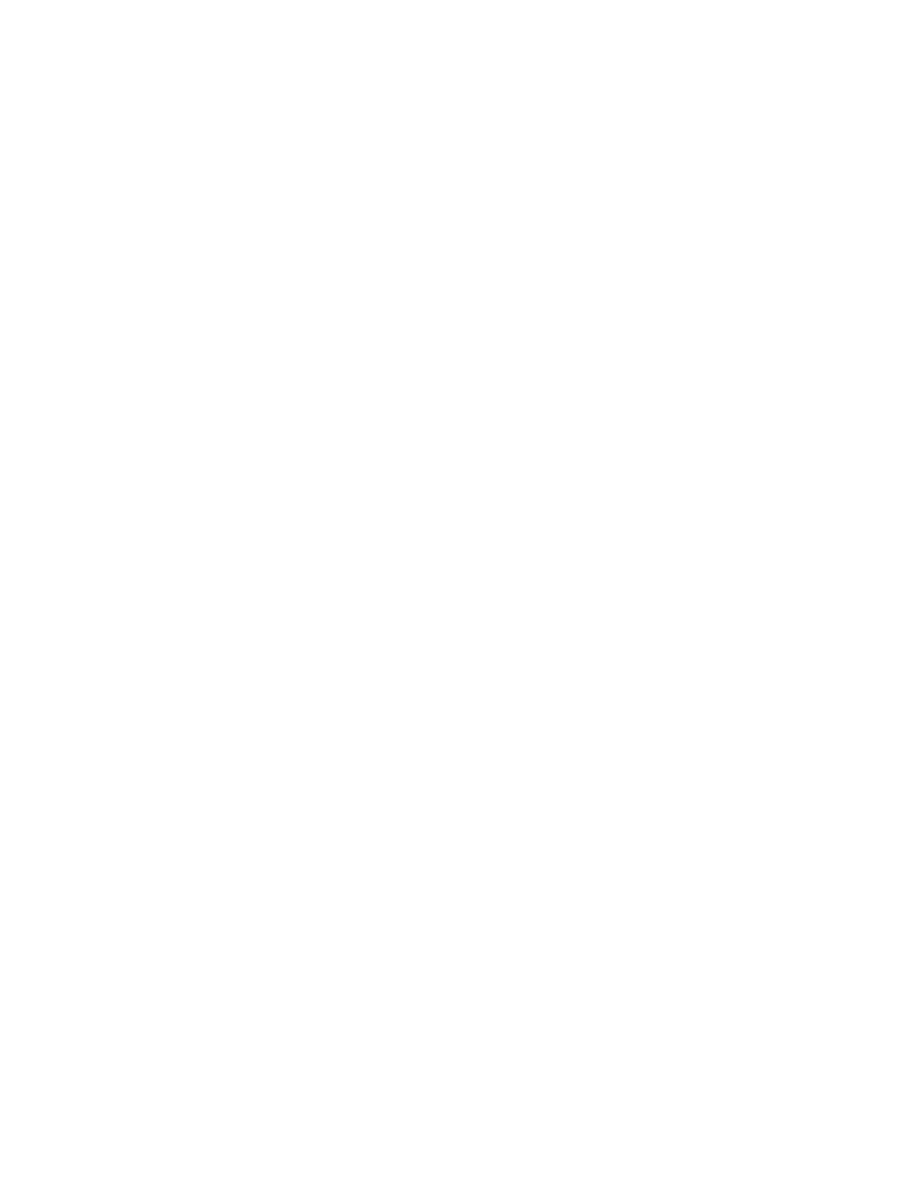
473
Federal Aviation Administration, DOT
§ 61.13
§ 61.7
Obsolete certificates and rat-
ings.
(a) The holder of a free-balloon pilot
certificate issued before November 1,
1973, may not exercise the privileges of
that certificate.
(b) The holder of a pilot certificate
that bears any of the following cat-
egory ratings without an associated
class rating may not exercise the privi-
leges of that category rating:
(1) Rotorcraft.
(2) Lighter-than-air.
(3) Helicopter.
(4) Autogyro.
§ 61.8
Inapplicability of unmanned air-
craft operations.
Any action conducted pursuant to
part 107 of this chapter cannot be used
to meet the requirements of this part.
[FAA–2020–1067, Amdt. Nos. 61-148, 85 FR
79825, Dec. 11, 2020]
§ 61.9
[Reserved]
§ 61.11
Expired pilot certificates and
re-issuance.
(a) No person who holds an expired
pilot certificate or rating may act as
pilot in command or as a required pilot
flight crewmember of an aircraft of the
same category or class that is listed on
that expired pilot certificate or rating.
(b) The following pilot certificates
and ratings have expired and will not
be reissued:
(1) An airline transport pilot certifi-
cate issued before May 1, 1949, or an
airline transport pilot certificate that
contains a horsepower limitation.
(2) A private or commercial pilot cer-
tificate issued before July 1, 1945.
(3) A pilot certificate with a lighter-
than-air or free-balloon rating issued
before July 1, 1945.
(c) An airline transport pilot certifi-
cate that was issued after April 30, 1949,
and that bears an expiration date but
does not contain a horsepower limita-
tion, may have that airline transport
pilot certificate re-issued without an
expiration date.
(d) A private or commercial pilot cer-
tificate that was issued after June 30,
1945, and that bears an expiration date,
may have that pilot certificate re-
issued without an expiration date.
(e) A pilot certificate with a lighter-
than-air or free-balloon rating that was
issued after June 30, 1945, and that
bears an expiration date, may have
that pilot certificate reissued without
an expiration date.
[Doc. No. FAA–2006–26661, 74 FR 42547, Aug.
21, 2009]
§ 61.13
Issuance of airman certificates,
ratings, and authorizations.
(a)
Application. (1) An applicant for
an airman certificate, rating, or au-
thorization under this part must make
that application on a form and in a
manner acceptable to the Adminis-
trator.
(2) An applicant must show evidence
that the appropriate fee prescribed in
appendix A to part 187 of this chapter
has been paid when that person applies
for airmen certification services ad-
ministered outside the United States.
(3) An applicant who is neither a cit-
izen of the United States nor a resident
alien of the United States may be re-
fused issuance of any U.S. airman cer-
tificate, rating or authorization by the
Administrator.
(4) Except as provided in paragraph
(a)(3) of this section, an applicant who
satisfactorily accomplishes the train-
ing and certification requirements for
the certificate, rating, or authorization
sought is entitled to receive that air-
man certificate, rating, or authoriza-
tion.
(b)
Limitations. (1) An applicant who
cannot comply with certain areas of
operation required on the practical test
because of physical limitations may be
issued an airman certificate, rating, or
authorization with the appropriate
limitation placed on the applicant’s
airman certificate provided the—
(i) Applicant is able to meet all other
certification requirements for the air-
man certificate, rating, or authoriza-
tion sought;
(ii) Physical limitation has been re-
corded with the FAA on the applicant’s
medical records; and
(iii) Administrator determines that
the applicant’s inability to perform the
particular area of operation will not
adversely affect safety.
(2) A limitation placed on a person’s
airman certificate may be removed,
provided that person demonstrates for
VerDate Sep<11>2014
14:00 Mar 14, 2024
Jkt 262047
PO 00000
Frm 00483
Fmt 8010
Sfmt 8002
Q:\14\14V2.TXT
PC31
aworley on LAPBH6H6L3 with DISTILLER
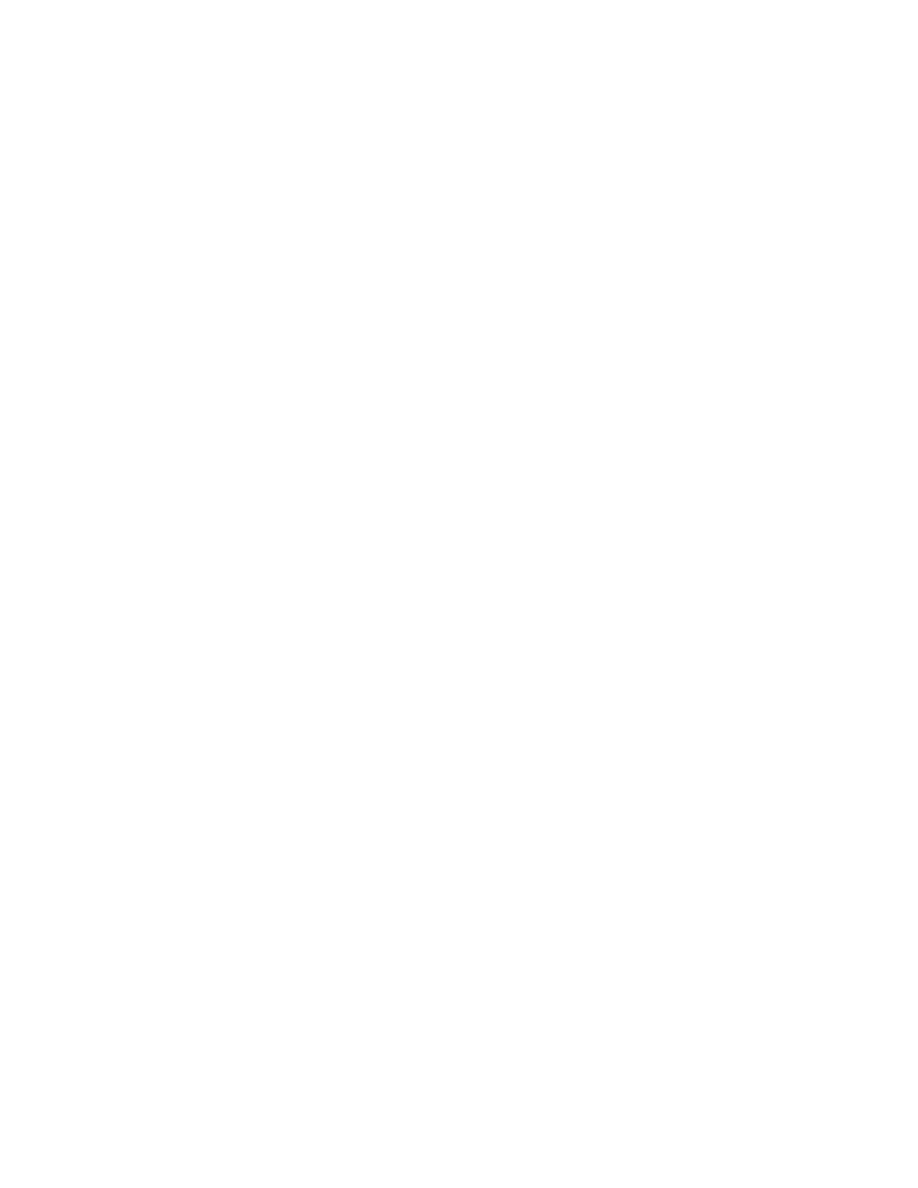
474
14 CFR Ch. I (1–1–24 Edition)
§ 61.14
an examiner satisfactory proficiency in
the area of operation appropriate to
the airman certificate, rating, or au-
thorization sought.
(c)
Additional requirements for Cat-
egory II and Category III pilot authoriza-
tions. (1) A Category II or Category III
pilot authorization is issued by a letter
of authorization as part of an appli-
cant’s instrument rating or airline
transport pilot certificate.
(2) Upon original issue, the author-
ization contains the following limita-
tions:
(i) For Category II operations, the
limitation is 1,600 feet RVR and a 150-
foot decision height; and
(ii) For Category III operations, each
initial limitation is specified in the au-
thorization document.
(3) The limitations on a Category II
or Category III pilot authorization may
be removed as follows:
(i) In the case of Category II limita-
tions, a limitation is removed when the
holder shows that, since the beginning
of the sixth preceding month, the hold-
er has made three Category II ILS ap-
proaches with a 150-foot decision
height to a landing under actual or
simulated instrument conditions.
(ii) In the case of Category III limita-
tions, a limitation is removed as speci-
fied in the authorization.
(4) To meet the experience require-
ments of paragraph (c)(3) of this sec-
tion, and for the practical test required
by this part for a Category II or a Cat-
egory III pilot authorization, a flight
simulator or flight training device may
be used if it is approved by the Admin-
istrator for such use.
(d)
Application during suspension or
revocation. (1) Unless otherwise author-
ized by the Administrator, a person
whose pilot, flight instructor, or
ground instructor certificate has been
suspended may not apply for any cer-
tificate, rating, or authorization dur-
ing the period of suspension.
(2) Unless otherwise authorized by
the Administrator, a person whose
pilot, flight instructor, or ground in-
structor certificate has been revoked
may not apply for any certificate, rat-
ing, or authorization for 1 year after
the date of revocation.
[Doc. No. 25910, 62 FR 40895, July 30, 1997, as
amended by Amdt. 61–116, 72 FR 18558, Apr.
12, 2007; Amdt. 61–132, 78 FR 77572, Dec. 24,
2013]
§ 61.14
[Reserved]
§ 61.15
Offenses involving alcohol or
drugs.
(a) A conviction for the violation of
any Federal or State statute relating
to the growing, processing, manufac-
ture, sale, disposition, possession,
transportation, or importation of nar-
cotic drugs, marijuana, or depressant
or stimulant drugs or substances is
grounds for:
(1) Denial of an application for any
certificate, rating, or authorization
issued under this part for a period of up
to 1 year after the date of final convic-
tion; or
(2) Suspension or revocation of any
certificate, rating, or authorization
issued under this part.
(b) Committing an act prohibited by
§ 91.17(a) or § 91.19(a) of this chapter is
grounds for:
(1) Denial of an application for a cer-
tificate, rating, or authorization issued
under this part for a period of up to 1
year after the date of that act; or
(2) Suspension or revocation of any
certificate, rating, or authorization
issued under this part.
(c) For the purposes of paragraphs
(d), (e), and (f) of this section, a motor
vehicle action means:
(1) A conviction after November 29,
1990, for the violation of any Federal or
State statute relating to the operation
of a motor vehicle while intoxicated by
alcohol or a drug, while impaired by al-
cohol or a drug, or while under the in-
fluence of alcohol or a drug;
(2) The cancellation, suspension, or
revocation of a license to operate a
motor vehicle after November 29, 1990,
for a cause related to the operation of
a motor vehicle while intoxicated by
alcohol or a drug, while impaired by al-
cohol or a drug, or while under the in-
fluence of alcohol or a drug; or
(3) The denial after November 29,
1990, of an application for a license to
VerDate Sep<11>2014
14:00 Mar 14, 2024
Jkt 262047
PO 00000
Frm 00484
Fmt 8010
Sfmt 8002
Q:\14\14V2.TXT
PC31
aworley on LAPBH6H6L3 with DISTILLER
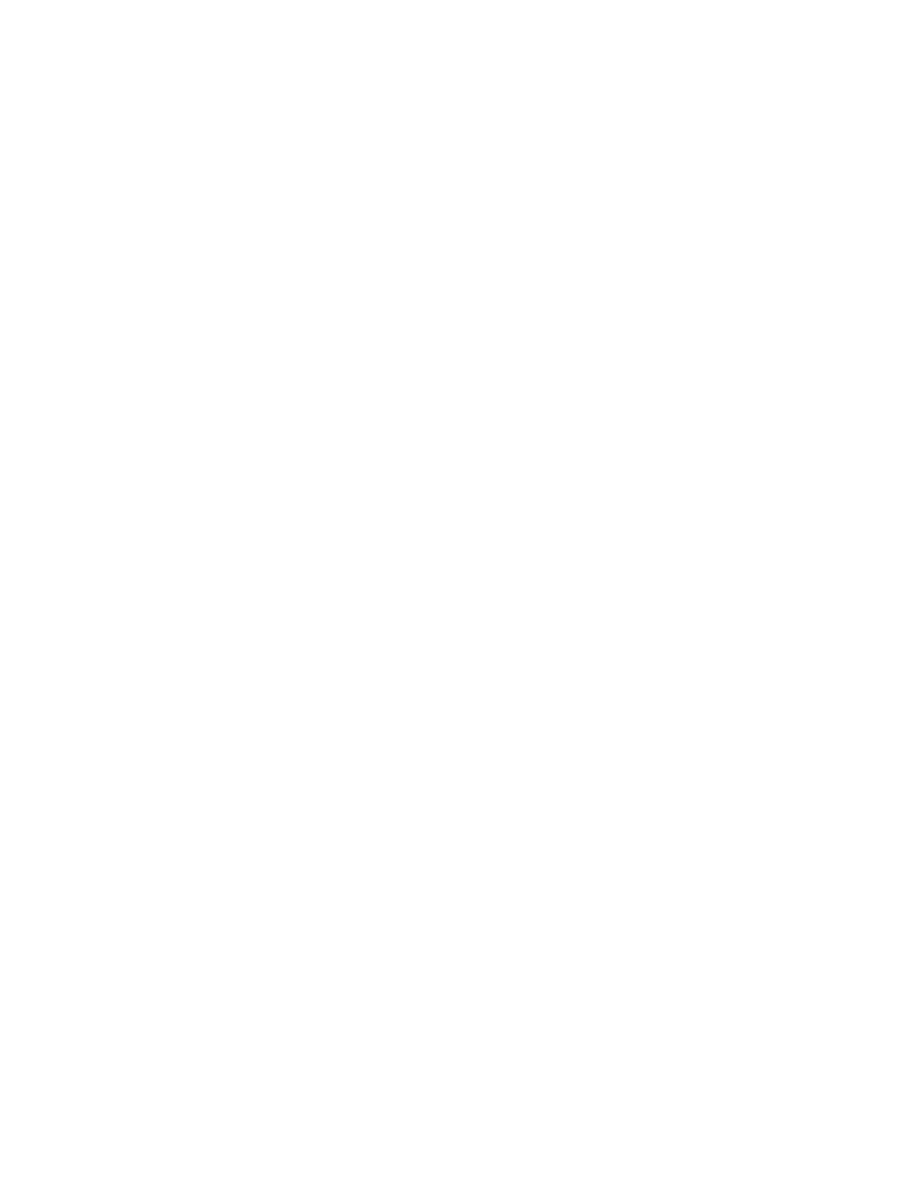
475
Federal Aviation Administration, DOT
§ 61.19
operate a motor vehicle for a cause re-
lated to the operation of a motor vehi-
cle while intoxicated by alcohol or a
drug, while impaired by alcohol or a
drug, or while under the influence of
alcohol or a drug.
(d) Except for a motor vehicle action
that results from the same incident or
arises out of the same factual cir-
cumstances, a motor vehicle action oc-
curring within 3 years of a previous
motor vehicle action is grounds for:
(1) Denial of an application for any
certificate, rating, or authorization
issued under this part for a period of up
to 1 year after the date of the last
motor vehicle action; or
(2) Suspension or revocation of any
certificate, rating, or authorization
issued under this part.
(e) Each person holding a certificate
issued under this part shall provide a
written report of each motor vehicle
action to the FAA, Civil Aviation Se-
curity Division (AMC–700), P.O. Box
25810, Oklahoma City, OK 73125, not
later than 60 days after the motor vehi-
cle action. The report must include:
(1) The person’s name, address, date
of birth, and airman certificate num-
ber;
(2) The type of violation that re-
sulted in the conviction or the admin-
istrative action;
(3) The date of the conviction or ad-
ministrative action;
(4) The State that holds the record of
conviction or administrative action;
and
(5) A statement of whether the motor
vehicle action resulted from the same
incident or arose out of the same fac-
tual circumstances related to a pre-
viously reported motor vehicle action.
(f) Failure to comply with paragraph
(e) of this section is grounds for:
(1) Denial of an application for any
certificate, rating, or authorization
issued under this part for a period of up
to 1 year after the date of the motor
vehicle action; or
(2) Suspension or revocation of any
certificate, rating, or authorization
issued under this part.
§ 61.16
Refusal to submit to an alcohol
test or to furnish test results.
A refusal to submit to a test to indi-
cate the percentage by weight of alco-
hol in the blood, when requested by a
law enforcement officer in accordance
with § 91.17(c) of this chapter, or a re-
fusal to furnish or authorize the re-
lease of the test results requested by
the Administrator in accordance with
§ 91.17(c) or (d) of this chapter, is
grounds for:
(a) Denial of an application for any
certificate, rating, or authorization
issued under this part for a period of up
to 1 year after the date of that refusal;
or
(b) Suspension or revocation of any
certificate, rating, or authorization
issued under this part.
§ 61.17
Temporary certificate.
(a) A temporary pilot, flight instruc-
tor, or ground instructor certificate or
rating is issued for up to 120 days, at
which time a permanent certificate
will be issued to a person whom the Ad-
ministrator finds qualified under this
part.
(b) A temporary pilot, flight instruc-
tor, or ground instructor certificate or
rating expires:
(1) On the expiration date shown on
the certificate;
(2) Upon receipt of the permanent
certificate; or
(3) Upon receipt of a notice that the
certificate or rating sought is denied or
revoked.
§ 61.18
[Reserved]
§ 61.19
Duration of pilot and instructor
certificates and privileges.
(a)
General. (1) The holder of a certifi-
cate with an expiration date may not,
after that date, exercise the privileges
of that certificate.
(2) Except for a certificate issued
with an expiration date, a pilot certifi-
cate is valid unless it is surrendered,
suspended, or revoked.
(b)
Paper student pilot certificate. A
student pilot certificate issued under
this part prior to April 1, 2016 expires:
(1) For student pilots who have not
reached their 40th birthday, 60 calendar
months after the month of the date of
examination shown on the medical cer-
tificate.
(2) For student pilots who have
reached their 40th birthday, 24 calendar
months after the month of the date of
VerDate Sep<11>2014
14:00 Mar 14, 2024
Jkt 262047
PO 00000
Frm 00485
Fmt 8010
Sfmt 8002
Q:\14\14V2.TXT
PC31
aworley on LAPBH6H6L3 with DISTILLER
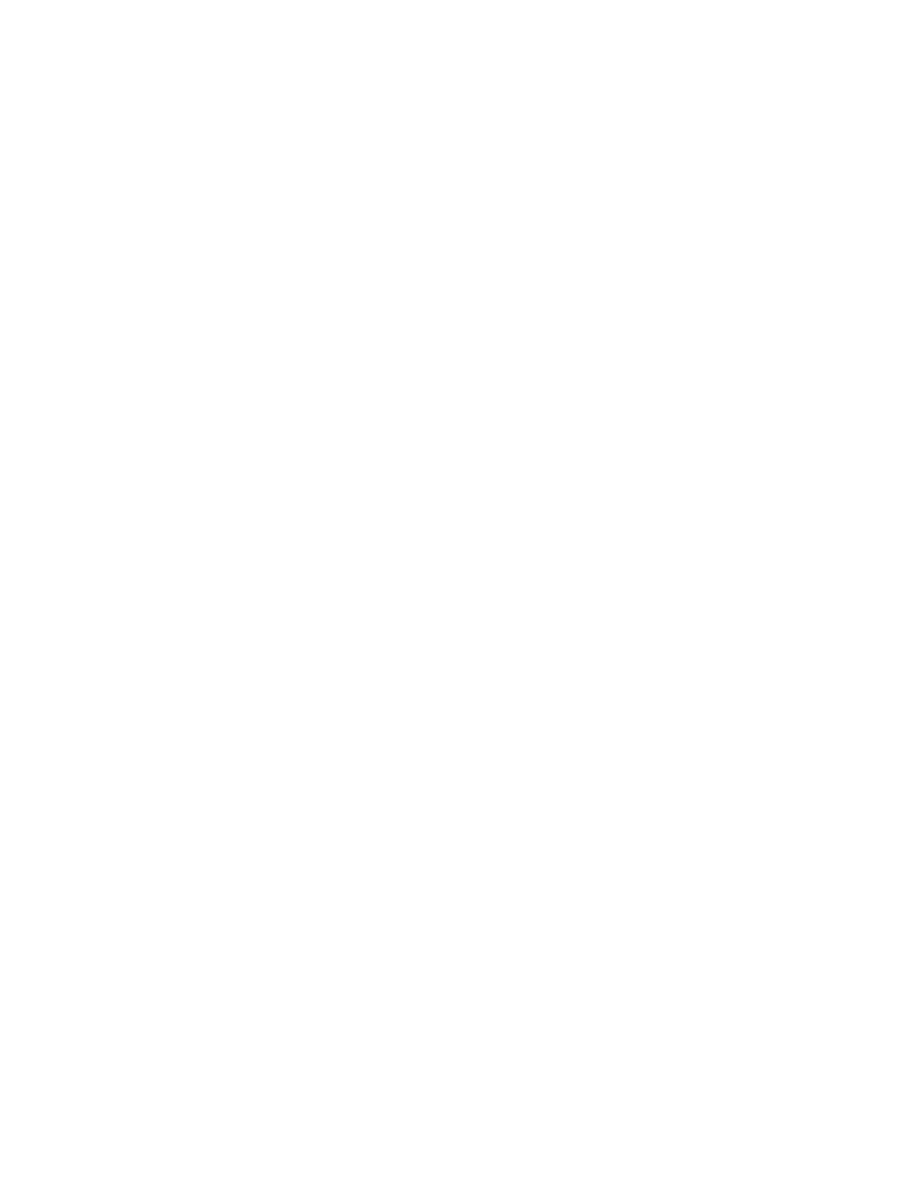
476
14 CFR Ch. I (1–1–24 Edition)
§ 61.21
examination shown on the medical cer-
tificate.
(3) For student pilots seeking a glider
rating, balloon rating, or a sport pilot
certificate, 60 calendar months after
the month of the date issued, regard-
less of the person’s age.
(c)
Pilot certificates. (1) A pilot certifi-
cate (including a student pilot certifi-
cate issued after April 1, 2016 issued
under this part is issued without a spe-
cific expiration date.
(2) The holder of a pilot certificate
issued on the basis of a foreign pilot li-
cense may exercise the privileges of
that certificate only while that per-
son’s foreign pilot license is effective.
(d)
Flight instructor certificate. Except
as specified in § 61.197(b), a flight in-
structor certificate expires 24 calendar
months from the month in which it
was issued, renewed, or reinstated, as
appropriate.
(e)
Ground instructor certificate. A
ground instructor certificate is issued
without a specific expiration date.
(f)
Return of certificates. The holder of
any airman certificate that is issued
under this part, and that has been sus-
pended or revoked, must return that
certificate to the FAA when requested
to do so by the Administrator.
(g)
Duration of pilot certificates. Ex-
cept for a temporary certificate issued
under § 61.17 or a student pilot certifi-
cate issued under paragraph (b) of this
section, the holder of a paper pilot cer-
tificate issued under this part may not
exercise the privileges of that certifi-
cate after March 31, 2010.
[Doc. No. 25910, 62 FR 16298, Apr. 4, 1997, as
amended by Amdt. 61–118, 73 FR 10668, Feb.
28, 2008; Amdt. 61–124, 74 FR 42547, Aug. 21,
2009; Amdt. 61–124A, 74 FR 53644, Oct. 20, 2009;
Docket FAA–2010–1127, Amdt. 61–135, 81 FR
1306, Jan. 12, 2016]
§ 61.21
Duration of a Category II and a
Category III pilot authorization (for
other than part 121 and part 135
use).
(a) A Category II pilot authorization
or a Category III pilot authorization
expires at the end of the sixth calendar
month after the month in which it was
issued or renewed.
(b) Upon passing a practical test for a
Category II or Category III pilot au-
thorization, the authorization may be
renewed for each type of aircraft for
which the authorization is held.
(c) A Category II or Category III pilot
authorization for a specific type air-
craft for which an authorization is held
will not be renewed beyond 12 calendar
months from the month the practical
test was accomplished in that type air-
craft.
(d) If the holder of a Category II or
Category III pilot authorization passes
the practical test for a renewal in the
month before the authorization ex-
pires, the holder is considered to have
passed it during the month the author-
ization expired.
§ 61.23
Medical certificates: Require-
ment and duration.
(a)
Operations requiring a medical cer-
tificate. Except as provided in para-
graphs (b) and (c) of this section, a per-
son—
(1) Must hold a first-class medical
certificate:
(i) When exercising the pilot-in-com-
mand privileges of an airline transport
pilot certificate;
(ii) When exercising the second-in-
command privileges of an airline trans-
port pilot certificate in a flag or sup-
plemental operation in part 121 of this
chapter that requires three or more pi-
lots; or
(iii) When serving as a required pilot
flightcrew member in an operation
conducted under part 121 of this chap-
ter if the pilot has reached his or her
60th birthday.
(2) Must hold at least a second class
medical certificate when exercising:
(i) Second-in-command privileges of
an airline transport pilot certificate in
part 121 of this chapter (other than op-
erations specified in paragraph (a)(1)(ii)
of this section);
(ii) Privileges of a commercial pilot
certificate in an aircraft other than a
balloon or glider; or
(iii) Except as provided in paragraph
(b)(5) of this section, privileges of a
commercial pilot certificate with a bal-
loon class rating for compensation or
hire; or
(3) Must hold at least a third-class
medical certificate—
(i) When exercising the privileges of a
private pilot certificate, recreational
VerDate Sep<11>2014
14:00 Mar 14, 2024
Jkt 262047
PO 00000
Frm 00486
Fmt 8010
Sfmt 8002
Q:\14\14V2.TXT
PC31
aworley on LAPBH6H6L3 with DISTILLER
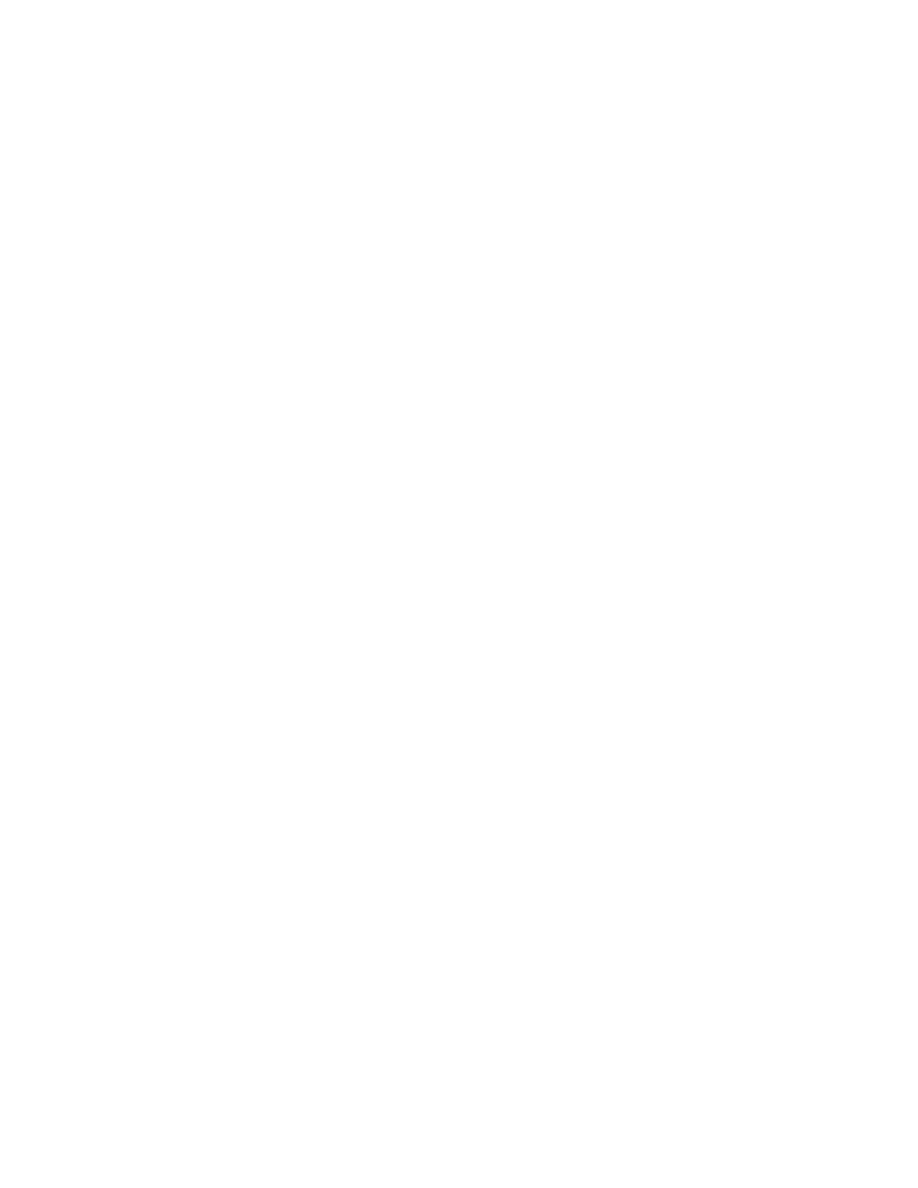
477
Federal Aviation Administration, DOT
§ 61.23
pilot certificate, or student pilot cer-
tificate, except when operating under
the conditions and limitations set
forth in § 61.113(i);
(ii) When exercising the privileges of
a flight instructor certificate and act-
ing as the pilot in command or as a re-
quired flightcrew member, except when
operating under the conditions and
limitations set forth in § 61.113(i);
(iii) When taking a practical test in
an aircraft for a recreational pilot, pri-
vate pilot, commercial pilot, or airline
transport pilot certificate, or for a
flight instructor certificate, except
when operating under the conditions
and limitations set forth in § 61.113(i);
or
(iv) When performing the duties as an
Examiner in an aircraft when admin-
istering a practical test or proficiency
check for an airman certificate, rating,
or authorization.
(b)
Operations not requiring a medical
certificate. A person is not required to
hold a medical certificate—
(1) When exercising the privileges of
a student pilot certificate while seek-
ing—
(i) A sport pilot certificate with glid-
er or balloon privileges; or
(ii) A pilot certificate with a glider
category rating or balloon class rating;
(2) When exercising the privileges of
a sport pilot certificate with privileges
in a glider or balloon;
(3) When exercising the privileges of
a pilot certificate with a glider cat-
egory rating in a glider;
(4) When exercising the privileges of
a private pilot certificate with a bal-
loon class rating in a balloon;
(5) When exercising the privileges of
a commercial pilot certificate with a
balloon class rating in a balloon if the
person is providing flight training in
accordance with § 61.133(a)(2)(ii);
(6) When exercising the privileges of
a flight instructor certificate with—
(i) A sport pilot rating in a glider or
balloon; or
(ii) A glider category rating;
(7) When exercising the privileges of
a flight instructor certificate if the
person is not acting as pilot in com-
mand or serving as a required pilot
flight crewmember;
(8) When exercising the privileges of
a ground instructor certificate;
(9) When serving as an Examiner or
check airman and administering a
practical test or proficiency check for
an airman certificate, rating, or au-
thorization conducted in a glider, bal-
loon, flight simulator, or flight train-
ing device;
(10) When taking a practical test or a
proficiency check for a certificate, rat-
ing, authorization or operating privi-
lege conducted in a glider, balloon,
flight simulator, or flight training de-
vice;
(11) When a military pilot of the U.S.
Armed Forces can show evidence of an
up-to-date medical examination au-
thorizing pilot flight status issued by
the U.S. Armed Forces and—
(i) The flight does not require higher
than a third-class medical certificate;
and
(ii) The flight conducted is a domes-
tic flight operation within U.S. air-
space; or
(12) When exercising the privileges of
a student pilot certificate or higher
while acting as pilot in command on a
special medical flight test authorized
under part 67 of this chapter.
(c)
Operations requiring either a med-
ical certificate or U.S. driver’s license. (1)
A person must hold and possess either
a medical certificate issued under part
67 of this chapter or a U.S. driver’s li-
cense when—
(i) Exercising the privileges of a stu-
dent pilot certificate while seeking
sport pilot privileges in a light-sport
aircraft other than a glider or balloon;
(ii) Exercising the privileges of a
sport pilot certificate in a light-sport
aircraft other than a glider or balloon;
(iii) Exercising the privileges of a
flight instructor certificate with a
sport pilot rating while acting as pilot
in command or serving as a required
flight crewmember of a light-sport air-
craft other than a glider or balloon;
(iv) Serving as an Examiner and ad-
ministering a practical test for the
issuance of a sport pilot certificate in a
light-sport aircraft other than a glider
or balloon;
(v) Exercising the privileges of a stu-
dent, recreational or private pilot cer-
tificate if the flight is conducted under
the conditions and limitations set
forth in § 61.113(i); or
VerDate Sep<11>2014
14:00 Mar 14, 2024
Jkt 262047
PO 00000
Frm 00487
Fmt 8010
Sfmt 8002
Q:\14\14V2.TXT
PC31
aworley on LAPBH6H6L3 with DISTILLER

478
14 CFR Ch. I (1–1–24 Edition)
§ 61.23
(vi) Exercising the privileges of a
flight instructor certificate and acting
as the pilot in command or as a re-
quired flight crewmember if the flight
is conducted under the conditions and
limitations set forth in § 61.113(i).
(2) A person using a U.S. driver’s li-
cense to meet the requirements of
paragraph (c) while exercising sport
pilot privileges must—
(i) Comply with each restriction and
limitation imposed by that person’s
U.S. driver’s license and any judicial or
administrative order applying to the
operation of a motor vehicle;
(ii) Have been found eligible for the
issuance of at least a third-class air-
man medical certificate at the time of
his or her most recent application (if
the person has applied for a medical
certificate);
(iii) Not have had his or her most re-
cently issued medical certificate (if the
person has held a medical certificate)
suspended or revoked or most recent
Authorization for a Special Issuance of
a Medical Certificate withdrawn; and
(iv) Not know or have reason to know
of any medical condition that would
make that person unable to operate a
light-sport aircraft in a safe manner.
(3) A person using a U.S. driver’s li-
cense to meet the requirements of
paragraph (c) while operating under
the conditions and limitations of
§ 61.113(i) must meet the following re-
quirements—
(i) The person must—
(A) Comply with all medical require-
ments or restrictions associated with
his or her U.S. driver’s license;
(B) At any point after July 14, 2006,
have held a medical certificate issued
under part 67 of this chapter;
(C) Complete the medical education
course set forth in § 68.3 of this chapter
during the 24 calendar months before
acting as pilot in command or serving
as a required flightcrew member in an
operation conducted under § 61.113(i)
and retain a certification of course
completion in accordance with
§ 68.3(b)(1) of this chapter;
(D) Receive a comprehensive medical
examination from a State-licensed
physician during the 48 months before
acting as pilot in command or serving
as a required flightcrew member of an
operation conducted under § 61.113(i)
and that medical examination is con-
ducted in accordance with the require-
ments in part 68 of this chapter; and
(E) If the individual has been diag-
nosed with any medical condition that
may impact the ability of the indi-
vidual to fly, be under the care and
treatment of a State-licensed physi-
cian when acting as pilot in command
or serving as a required flightcrew
member of an operation conducted
under § 61.113(i).
(ii) The most recently issued medical
certificate—
(A) May include an authorization for
special issuance;
(B) May be expired; and
(C) Cannot have been suspended or
revoked.
(iii) The most recently issued Au-
thorization for a Special Issuance of a
Medical Certificate cannot have been
withdrawn; and
(iv) The most recent application for
an airman medical certificate sub-
mitted to the FAA cannot have been
completed and denied.
(d)
Duration of a medical certificate.
Use the following table to determine
duration for each class of medical cer-
tificate:
If you hold
And on the
date of
examination
for your most
recent med-
ical certificate
you were
And you are conducting an operation
requiring
Then your medical certificate expires, for that
operation, at the end of the last day of the
(1) A first-class
medical cer-
tificate.
(i) Under age
40.
an airline transport pilot certificate for pilot-in-
command privileges, or for second-in-com-
mand privileges in a flag or supplemental
operation in part 121 requiring three or
more pilots.
12th month after the month of the date of ex-
amination shown on the medical certificate.
VerDate Sep<11>2014
14:00 Mar 14, 2024
Jkt 262047
PO 00000
Frm 00488
Fmt 8010
Sfmt 8002
Q:\14\14V2.TXT
PC31
aworley on LAPBH6H6L3 with DISTILLER
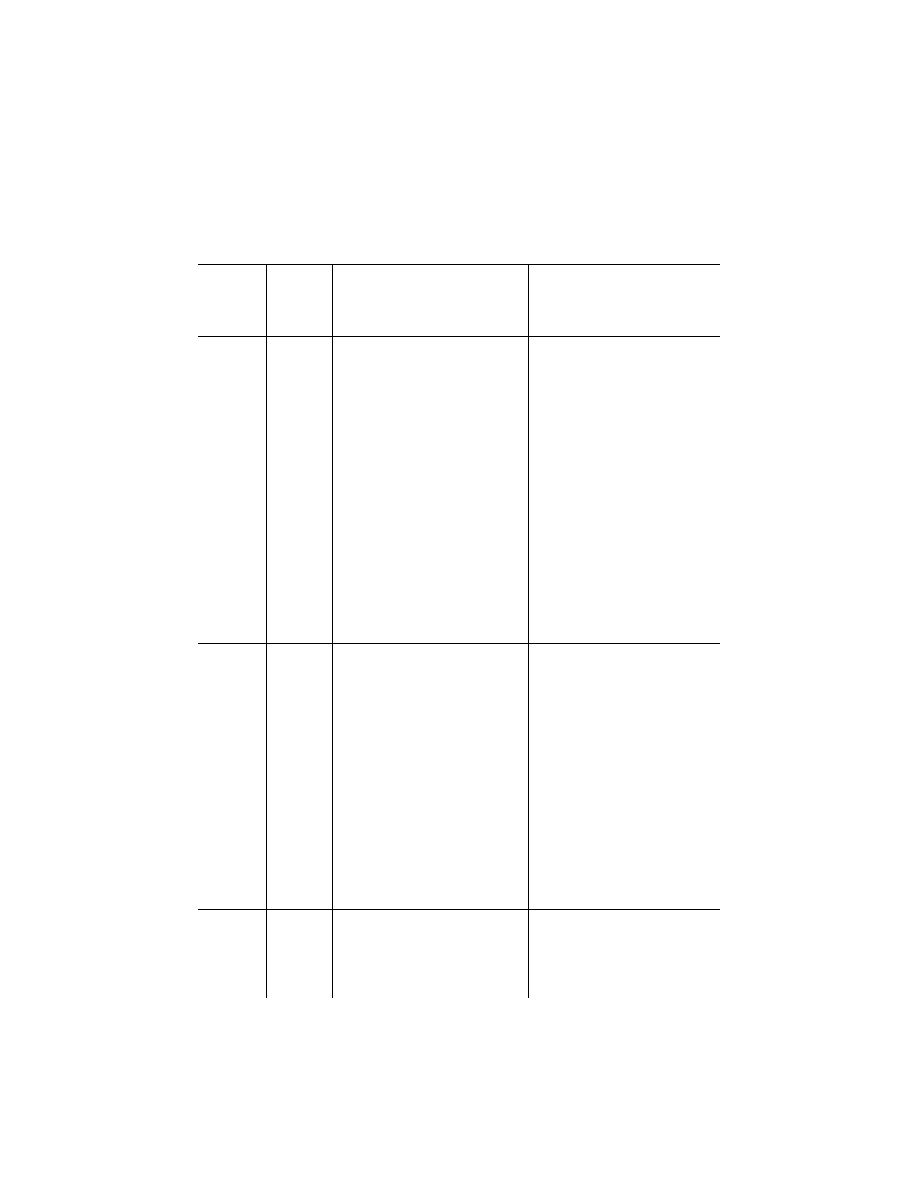
479
Federal Aviation Administration, DOT
§ 61.23
If you hold
And on the
date of
examination
for your most
recent med-
ical certificate
you were
And you are conducting an operation
requiring
Then your medical certificate expires, for that
operation, at the end of the last day of the
(ii) Age 40 or
older.
an airline transport pilot certificate for pilot-in-
command privileges, for second-in-com-
mand privileges in a flag or supplemental
operation in part 121 requiring three or
more pilots, or for a pilot flightcrew member
in part 121 operations who has reached his
or her 60th birthday..
6th month after the month of the date of ex-
amination shown on the medical certificate.
(iii) Any age ..
a commercial pilot certificate (other than a
commercial pilot certificate with a balloon
rating when conducting flight training), a
flight engineer certificate, or an air traffic
control tower operator certificate.
12th month after the month of the date of ex-
amination shown on the medical certificate.
(iv) Under
age 40.
a recreational pilot certificate, a private pilot
certificate, a flight instructor certificate
(when acting as pilot in command or a re-
quired pilot flight crewmember in operations
other than glider or balloon), a student pilot
certificate, or a sport pilot certificate (when
not using a U.S. driver’s license as medical
qualification).
60th month after the month of the date of ex-
amination shown on the medical certificate.
(v) Age 40 or
older.
a recreational pilot certificate, a private pilot
certificate, a flight instructor certificate
(when acting as pilot in command or a re-
quired pilot flight crewmember in operations
other than glider or balloon), a student pilot
certificate, or a sport pilot certificate (when
not using a U.S. driver’s license as medical
qualification).
24th month after the month of the date of ex-
amination shown on the medical certificate.
(2) A second-
class med-
ical certifi-
cate.
(i) Any age ...
an airline transport pilot certificate for second-
in-command privileges (other than the oper-
ations specified in paragraph (d)(1) of this
section), a commercial pilot certificate
(other than a commercial pilot certificate
with a balloon rating when conducting flight
training), a flight engineer certificate, or an
air traffic control tower operator certificate.
12th month after the month of the date of ex-
amination shown on the medical certificate.
(ii) Under age
40.
a recreational pilot certificate, a private pilot
certificate, a flight instructor certificate
(when acting as pilot in command or a re-
quired pilot flight crewmember in operations
other than glider or balloon), a student pilot
certificate, or a sport pilot certificate (when
not using a U.S. driver’s license as medical
qualification).
60th month after the month of the date of ex-
amination shown on the medical certificate.
(iii) Age 40 or
older.
a recreational pilot certificate, a private pilot
certificate, a flight instructor certificate
(when acting as pilot in command or a re-
quired pilot flight crewmember in operations
other than glider or balloon), a student pilot
certificate, or a sport pilot certificate (when
not using a U.S. driver’s license as medical
qualification).
24th month after the month of the date of ex-
amination shown on the medical certificate.
(3) A third-
class med-
ical certifi-
cate.
(i) Under age
40.
a recreational pilot certificate, a private pilot
certificate, a flight instructor certificate
(when acting as pilot in command or a re-
quired pilot flight crewmember in operations
other than glider or balloon), a student pilot
certificate, or a sport pilot certificate (when
not using a U.S. driver’s license as medical
qualification).
60th month after the month of the date of ex-
amination shown on the medical certificate.
VerDate Sep<11>2014
14:00 Mar 14, 2024
Jkt 262047
PO 00000
Frm 00489
Fmt 8010
Sfmt 8002
Q:\14\14V2.TXT
PC31
aworley on LAPBH6H6L3 with DISTILLER
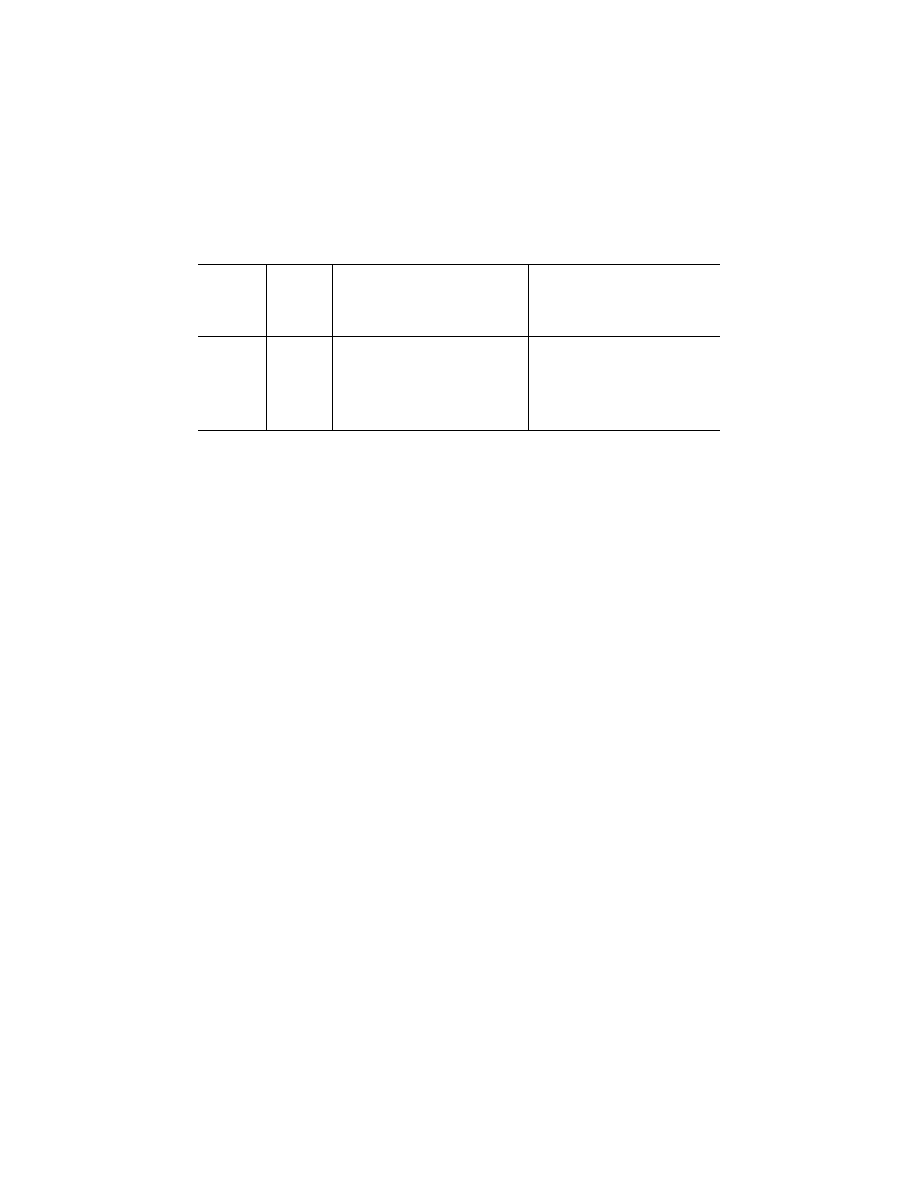
480
14 CFR Ch. I (1–1–24 Edition)
§ 61.25
If you hold
And on the
date of
examination
for your most
recent med-
ical certificate
you were
And you are conducting an operation
requiring
Then your medical certificate expires, for that
operation, at the end of the last day of the
(ii) Age 40 or
older.
a recreational pilot certificate, a private pilot
certificate, a flight instructor certificate
(when acting as pilot in command or a re-
quired pilot flight crewmember in operations
other than glider or balloon), a student pilot
certificate, or a sport pilot certificate (when
not using a U.S. driver’s license as medical
qualification).
24th month after the month of the date of ex-
amination shown on the medical certificate.
[Doc. No. 25910, 62 FR 16298, Apr. 4, 1997; Amdt. 61–103, 62 FR 40895, July 30, 1997; Amdt. 61–
110, 69 FR 44864, July 27, 2004, as amended by Amdt. 61–121, 73 FR 43064, July 24, 2008; Amdt.
61–121, 73 FR 48125, Aug. 18, 2008; Amdt. 61–123, 74 FR 34234, July 15, 2009; Amdt. 61–124, 74 FR
42547, Aug. 21, 2009; Amdt. 61–129, 76 FR 78143, Dec. 16, 2011; Amdt. 61–129A, 77 FR 61721, Oct.
11, 2012; Amdt. 61–130, 78 FR 42372, July 15, 2013; Docket FAA–2016–9157, Amdt. 61–140, 82 FR
3164, Jan. 11, 2017; Docket No. FAA–2021–1040, Amdt. Nos. 61–152, 87 FR 71236, Nov. 22, 2022;
Docket No. FAA–2021–1040; Amdt. Nos. 61–152, 87 FR 71237, Nov. 22, 2022]
§ 61.25
Change of name.
(a) An application to change the
name on a certificate issued under this
part must be accompanied by the appli-
cant’s:
(1) Airman certificate; and
(2) A copy of the marriage license,
court order, or other document
verifying the name change.
(b) The documents in paragraph (a) of
this section will be returned to the ap-
plicant after inspection.
[Doc. No. 25910, 62 FR 16298, Apr. 4, 1997, as
amended by Amdt. 61–124, 74 FR 42548, Aug.
21, 2009]
§ 61.27
Voluntary surrender or ex-
change of certificate.
(a) The holder of a certificate issued
under this part may voluntarily sur-
render it for:
(1) Cancellation;
(2) Issuance of a lower grade certifi-
cate; or
(3) Another certificate with specific
ratings deleted.
(b) Any request made under para-
graph (a) of this section must include
the following signed statement or its
equivalent: ‘‘This request is made for
my own reasons, with full knowledge
that my (insert name of certificate or
rating, as appropriate) may not be re-
issued to me unless I again pass the
tests prescribed for its issuance.’’
§ 61.29
Replacement of a lost or de-
stroyed airman or medical certifi-
cate or knowledge test report.
(a) A request for the replacement of a
lost or destroyed airman certificate
issued under this part must be made:
(1) By letter to the Department of
Transportation, FAA, Airmen Certifi-
cation Branch, P.O. Box 25082, Okla-
homa City, OK 73125, and must be ac-
companied by a check or money order
for the appropriate fee payable to the
FAA; or
(2) In any other manner and form ap-
proved by the Administrator including
a request online to Airmen Services at
http://www.faa.gov, and must be accom-
panied by acceptable form of payment
for the appropriate fee.
(b) A request for the replacement of a
lost or destroyed medical certificate
must be made:
(1) By letter to the Department of
Transportation, FAA, Aerospace Med-
ical Certification Division, P.O. Box
26200, Oklahoma City, OK 73125, and
must be accompanied by a check or
money order for the appropriate fee
payable to the FAA; or
(2) In any other manner and form ap-
proved by the Administrator and must
be accompanied by acceptable form of
payment for the appropriate fee.
(c) A request for the replacement of a
lost or destroyed knowledge test report
must be made:
VerDate Sep<11>2014
14:00 Mar 14, 2024
Jkt 262047
PO 00000
Frm 00490
Fmt 8010
Sfmt 8002
Q:\14\14V2.TXT
PC31
aworley on LAPBH6H6L3 with DISTILLER
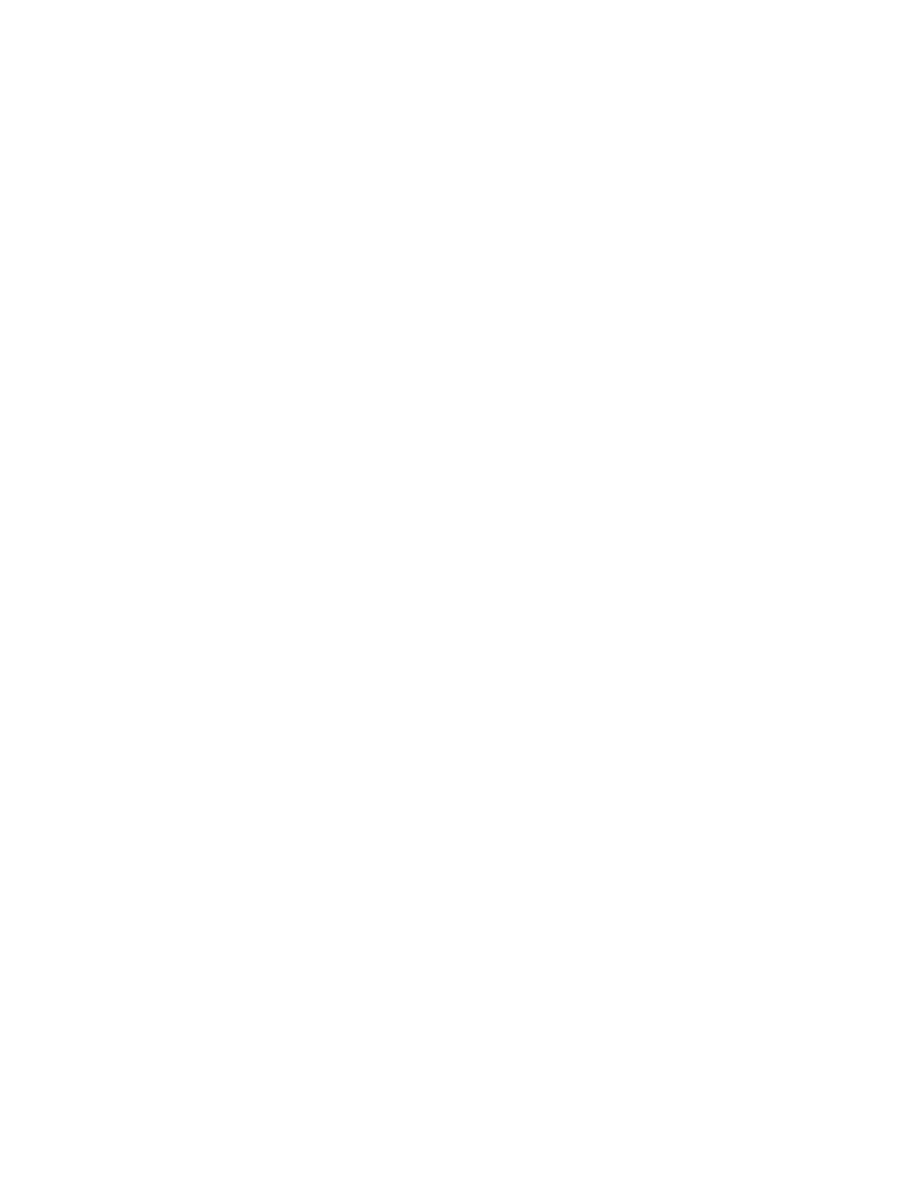
481
Federal Aviation Administration, DOT
§ 61.31
(1) By letter to the Department of
Transportation, FAA, Airmen Certifi-
cation Branch, P.O. Box 25082, Okla-
homa City, OK 73125, and must be ac-
companied by a check or money order
for the appropriate fee payable to the
FAA; or
(2) In any other manner and form ap-
proved by the Administrator and must
be accompanied by acceptable form of
payment for the appropriate fee.
(d) The letter requesting replacement
of a lost or destroyed airman certifi-
cate, medical certificate, or knowledge
test report must state:
(1) The name of the person;
(2) The permanent mailing address
(including ZIP code), or if the perma-
nent mailing address includes a post of-
fice box number, then the person’s cur-
rent residential address;
(3) The certificate holder’s date and
place of birth; and
(4) Any information regarding the—
(i) Grade, number, and date of
issuance of the airman certificate and
ratings, if appropriate;
(ii) Class of medical certificate, the
place and date of the medical exam,
name of the Airman Medical Examiner
(AME), and the circumstances con-
cerning the loss of the original medical
certificate, as appropriate; and
(iii) Date the knowledge test was
taken, if appropriate.
(e) A person who has lost an airman
certificate, medical certificate, or
knowledge test report may obtain, in a
form or manner approved by the Ad-
ministrator, a document conveying
temporary authority to exercise cer-
tificate privileges from the FAA
Aeromedical Certification Branch or
the Airman Certification Branch, as
appropriate, and the:
(1) Document may be carried as an
airman certificate, medical certificate,
or knowledge test report, as appro-
priate, for up to 60 days pending the
person’s receipt of a duplicate under
paragraph (a), (b), or (c) of this section,
unless the person has been notified
that the certificate has been suspended
or revoked.
(2) Request for such a document must
include the date on which a duplicate
certificate or knowledge test report
was previously requested.
[Doc. No. 25910, 62 FR 16298, Apr. 4, 1997;
Amdt. 61–103, 62 FR 40896, July 30, 1997;
Amdt. 61–121, 73 FR 43065, July 24, 2008;
Amdt. 61–124, 74 FR 42548, Aug. 21, 2009;
Amdt. 61–131, 78 FR 56828, Sept. 16, 2013]
§ 61.31
Type rating requirements, addi-
tional training, and authorization
requirements.
(a)
Type ratings required. A person
who acts as a pilot in command of any
of the following aircraft must hold a
type rating for that aircraft:
(1) Large aircraft (except lighter-
than-air).
(2) Turbojet-powered airplanes.
(3) Other aircraft specified by the Ad-
ministrator through aircraft type cer-
tificate procedures.
(b)
Authorization in lieu of a type rat-
ing. A person may be authorized to op-
erate without a type rating for up to 60
days an aircraft requiring a type rat-
ing, provided—
(1) The Administrator has authorized
the flight or series of flights;
(2) The Administrator has deter-
mined that an equivalent level of safe-
ty can be achieved through the oper-
ating limitations on the authorization;
(3) The person shows that compliance
with paragraph (a) of this section is
impracticable for the flight or series of
flights; and
(4) The flight—
(i) Involves only a ferry flight, train-
ing flight, test flight, or practical test
for a pilot certificate or rating;
(ii) Is within the United States;
(iii) Does not involve operations for
compensation or hire unless the com-
pensation or hire involves payment for
the use of the aircraft for training or
taking a practical test; and
(iv) Involves only the carriage of
flight crewmembers considered essen-
tial for the flight.
(5) If the flight or series of flights
cannot be accomplished within the
time limit of the authorization, the
Administrator may authorize an addi-
tional period of up to 60 days to accom-
plish the flight or series of flights.
(c)
Aircraft category, class, and type
ratings: Limitations on the carriage of
persons, or operating for compensation or
hire. Unless a person holds a category,
VerDate Sep<11>2014
14:00 Mar 14, 2024
Jkt 262047
PO 00000
Frm 00491
Fmt 8010
Sfmt 8002
Q:\14\14V2.TXT
PC31
aworley on LAPBH6H6L3 with DISTILLER
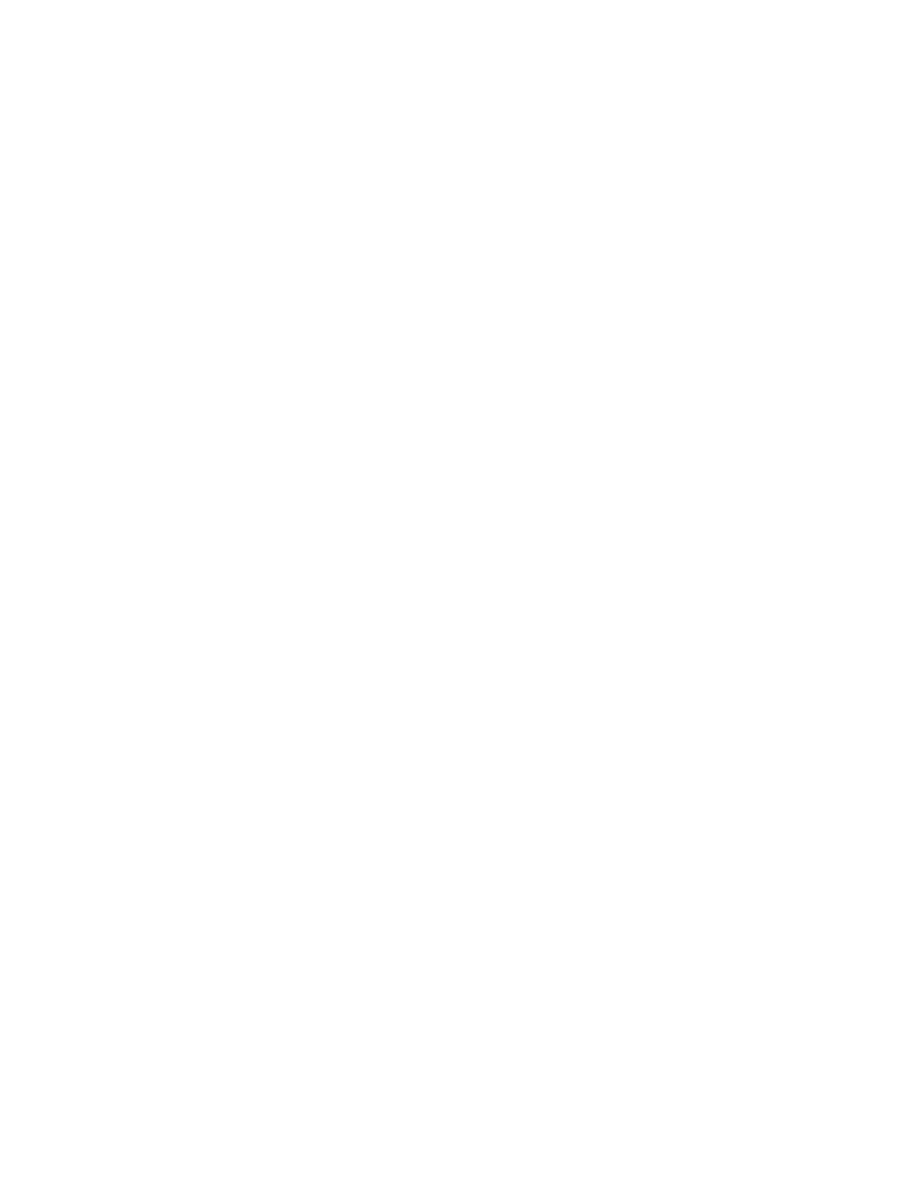
482
14 CFR Ch. I (1–1–24 Edition)
§ 61.31
class, and type rating (if a class and
type rating is required) that applies to
the aircraft, that person may not act
as pilot in command of an aircraft that
is carrying another person, or is oper-
ated for compensation or hire. That
person also may not act as pilot in
command of that aircraft for com-
pensation or hire.
(d)
Aircraft category, class, and type
ratings: Limitations on operating an air-
craft as the pilot in command. To serve
as the pilot in command of an aircraft,
a person must—
(1) Hold the appropriate category,
class, and type rating (if a class or type
rating is required) for the aircraft to be
flown; or
(2) Have received training required by
this part that is appropriate to the
pilot certification level, aircraft cat-
egory, class, and type rating (if a class
or type rating is required) for the air-
craft to be flown, and have received an
endorsement for solo flight in that air-
craft from an authorized instructor.
(e)
Additional training required for op-
erating complex airplanes. (1) Except as
provided in paragraph (e)(2) of this sec-
tion, no person may act as pilot in
command of a complex airplane, unless
the person has—
(i) Received and logged ground and
flight training from an authorized in-
structor in a complex airplane, or in a
full flight simulator or flight training
device that is representative of a com-
plex airplane, and has been found pro-
ficient in the operation and systems of
the airplane; and
(ii) Received a one-time endorsement
in the pilot’s logbook from an author-
ized instructor who certifies the person
is proficient to operate a complex air-
plane.
(2) The training and endorsement re-
quired by paragraph (e)(1) of this sec-
tion is not required if—
(i) The person has logged flight time
as pilot in command of a complex air-
plane, or in a full flight simulator or
flight training device that is represent-
ative of a complex airplane prior to Au-
gust 4, 1997; or
(ii) The person has received ground
and flight training under an approved
training program and has satisfactorily
completed a competency check under
§ 135.293 of this chapter in a complex
airplane, or in a full flight simulator or
flight training device that is represent-
ative of a complex airplane which must
be documented in the pilot’s logbook or
training record.
(f)
Additional training required for op-
erating high-performance airplanes. (1)
Except as provided in paragraph (f)(2)
of this section, no person may act as
pilot in command of a high-perform-
ance airplane (an airplane with an en-
gine of more than 200 horsepower), un-
less the person has—
(i) Received and logged ground and
flight training from an authorized in-
structor in a high-performance air-
plane, or in a full flight simulator or
flight training device that is represent-
ative of a high-performance airplane,
and has been found proficient in the op-
eration and systems of the airplane;
and
(ii) Received a one-time endorsement
in the pilot’s logbook from an author-
ized instructor who certifies the person
is proficient to operate a high-perform-
ance airplane.
(2) The training and endorsement re-
quired by paragraph (f)(1) of this sec-
tion is not required if—
(i) The person has logged flight time
as pilot in command of a high-perform-
ance airplane, or in a full flight simu-
lator or flight training device that is
representative of a high-performance
airplane prior to August 4, 1997; or
(ii) The person has received ground
and flight training under an approved
training program and has satisfactorily
completed a competency check under
§ 135.293 of this chapter in a high per-
formance airplane, or in a full flight
simulator or flight training device that
is representative of a high performance
airplane which must be documented in
the pilot’s logbook or training record.
(g)
Additional training required for op-
erating pressurized aircraft capable of op-
erating at high altitudes. (1) Except as
provided in paragraph (g)(3) of this sec-
tion, no person may act as pilot in
command of a pressurized aircraft (an
aircraft that has a service ceiling or
maximum operating altitude, which-
ever is lower, above 25,000 feet MSL),
unless that person has received and
logged ground training from an author-
ized instructor and obtained an en-
dorsement in the person’s logbook or
VerDate Sep<11>2014
14:00 Mar 14, 2024
Jkt 262047
PO 00000
Frm 00492
Fmt 8010
Sfmt 8002
Q:\14\14V2.TXT
PC31
aworley on LAPBH6H6L3 with DISTILLER
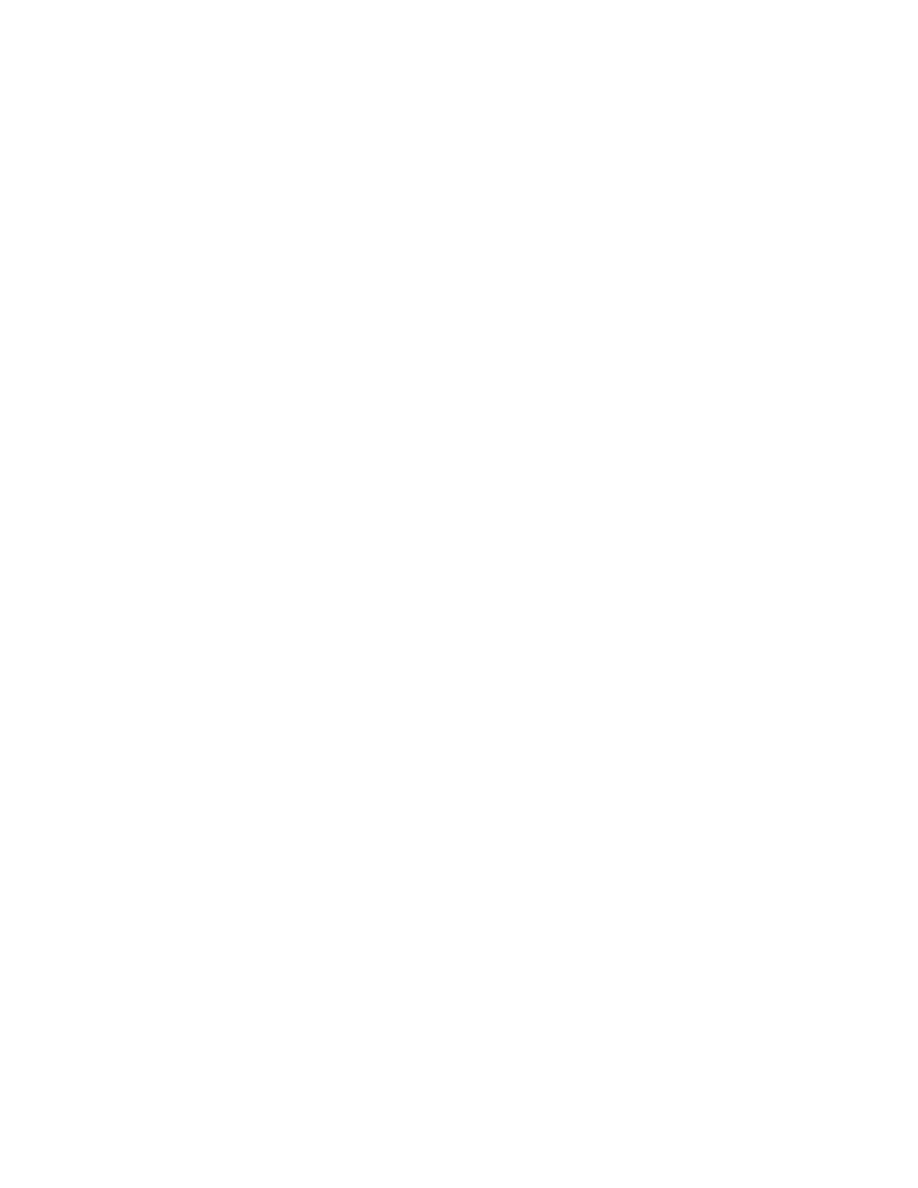
483
Federal Aviation Administration, DOT
§ 61.31
training record from an authorized in-
structor who certifies the person has
satisfactorily accomplished the ground
training. The ground training must in-
clude at least the following subjects:
(i) High-altitude aerodynamics and
meteorology;
(ii) Respiration;
(iii) Effects, symptoms, and causes of
hypoxia and any other high-altitude
sickness;
(iv) Duration of consciousness with-
out supplemental oxygen;
(v) Effects of prolonged usage of sup-
plemental oxygen;
(vi) Causes and effects of gas expan-
sion and gas bubble formation;
(vii) Preventive measures for elimi-
nating gas expansion, gas bubble for-
mation, and high-altitude sickness;
(viii) Physical phenomena and inci-
dents of decompression; and
(ix) Any other physiological aspects
of high-altitude flight.
(2) Except as provided in paragraph
(g)(3) of this section, no person may act
as pilot in command of a pressurized
aircraft unless that person has received
and logged training from an authorized
instructor in a pressurized aircraft, or
in a full flight simulator or flight
training device that is representative
of a pressurized aircraft, and obtained
an endorsement in the person’s logbook
or training record from an authorized
instructor who found the person pro-
ficient in the operation of a pressurized
aircraft. The flight training must in-
clude at least the following subjects:
(i) Normal cruise flight operations
while operating above 25,000 feet MSL;
(ii) Proper emergency procedures for
simulated rapid decompression without
actually depressurizing the aircraft;
and
(iii) Emergency descent procedures.
(3) The training and endorsement re-
quired by paragraphs (g)(1) and (g)(2) of
this section are not required if that
person can document satisfactory ac-
complishment of any of the following
in a pressurized aircraft, or in a full
flight simulator or flight training de-
vice that is representative of a pressur-
ized aircraft:
(i) Serving as pilot in command be-
fore April 15, 1991;
(ii) Completing a pilot proficiency
check for a pilot certificate or rating
before April 15, 1991;
(iii) Completing an official pilot-in-
command check conducted by the mili-
tary services of the United States; or
(iv) Completing a pilot-in-command
proficiency check under part 121, 125,
or 135 of this chapter conducted by the
Administrator or by an approved pilot
check airman.
(h)
Additional aircraft type-specific
training. No person may serve as pilot
in command of an aircraft that the Ad-
ministrator has determined requires
aircraft type-specific training unless
that person has—
(1) Received and logged type-specific
training in the aircraft, or in a full
flight simulator or flight training de-
vice that is representative of that type
of aircraft; and
(2) Received a logbook endorsement
from an authorized instructor who has
found the person proficient in the oper-
ation of the aircraft and its systems.
(i)
Additional training required for op-
erating tailwheel airplanes. (1) Except as
provided in paragraph (i)(2) of this sec-
tion, no person may act as pilot in
command of a tailwheel airplane unless
that person has received and logged
flight training from an authorized in-
structor in a tailwheel airplane and re-
ceived an endorsement in the person’s
logbook from an authorized instructor
who found the person proficient in the
operation of a tailwheel airplane. The
flight training must include at least
the following maneuvers and proce-
dures:
(i) Normal and crosswind takeoffs
and landings;
(ii) Wheel landings (unless the manu-
facturer has recommended against such
landings); and
(iii) Go-around procedures.
(2) The training and endorsement re-
quired by paragraph (i)(1) of this sec-
tion is not required if the person logged
pilot-in-command time in a tailwheel
airplane before April 15, 1991.
(j)
Additional training required for op-
erating a glider. (1) No person may act
as pilot in command of a glider—
(i) Using ground-tow procedures, un-
less that person has satisfactorily ac-
complished ground and flight training
VerDate Sep<11>2014
14:00 Mar 14, 2024
Jkt 262047
PO 00000
Frm 00493
Fmt 8010
Sfmt 8002
Q:\14\14V2.TXT
PC31
aworley on LAPBH6H6L3 with DISTILLER
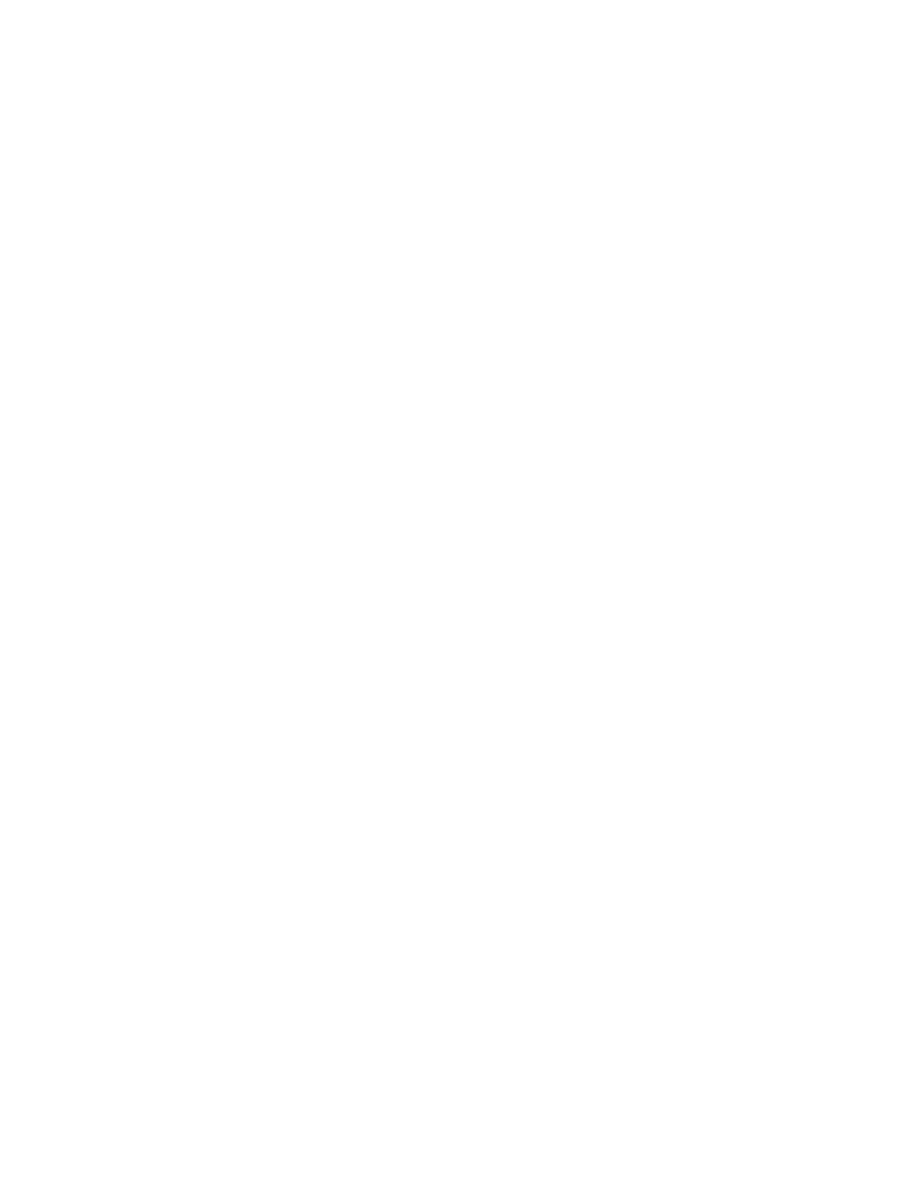
484
14 CFR Ch. I (1–1–24 Edition)
§ 61.31
on ground-tow procedures and oper-
ations, and has received an endorse-
ment from an authorized instructor
who certifies in that pilot’s logbook
that the pilot has been found proficient
in ground-tow procedures and oper-
ations;
(ii) Using aerotow procedures, unless
that person has satisfactorily accom-
plished ground and flight training on
aerotow procedures and operations, and
has received an endorsement from an
authorized instructor who certifies in
that pilot’s logbook that the pilot has
been found proficient in aerotow proce-
dures and operations; or
(iii) Using self-launch procedures, un-
less that person has satisfactorily ac-
complished ground and flight training
on self-launch procedures and oper-
ations, and has received an endorse-
ment from an authorized instructor
who certifies in that pilot’s logbook
that the pilot has been found proficient
in self-launch procedures and oper-
ations.
(2) The holder of a glider rating
issued prior to August 4, 1997, is consid-
ered to be in compliance with the
training and logbook endorsement re-
quirements of this paragraph for the
specific operating privilege for which
the holder is already qualified.
(k)
Additional training required for
night vision goggle operations. (1) Except
as provided under paragraph (k)(3) of
this section, a person may act as pilot
in command of an aircraft using night
vision goggles only if that person re-
ceives and logs ground training from
an authorized instructor and obtains a
logbook or training record endorse-
ment from an authorized instructor
who certifies the person completed the
ground training. The ground training
must include the following subjects:
(i) Applicable portions of this chapter
that relate to night vision goggle limi-
tations and flight operations;
(ii) Aeromedical factors related to
the use of night vision goggles, includ-
ing how to protect night vision, how
the eyes adapt to night, self-imposed
stresses that affect night vision, effects
of lighting on night vision, cues used to
estimate distance and depth perception
at night, and visual illusions;
(iii) Normal, abnormal, and emer-
gency operations of night vision goggle
equipment;
(iv) Night vision goggle performance
and scene interpretation; and
(v) Night vision goggle operation
flight planning, including night terrain
interpretation and factors affecting
terrain interpretation.
(2) Except as provided under para-
graph (k)(3) of this section, a person
may act as pilot in command of an air-
craft using night vision goggles only if
that person receives and logs flight
training from an authorized instructor
and obtains a logbook or training
record endorsement from an authorized
instructor who found the person pro-
ficient in the use of night vision gog-
gles. The flight training must include
the following tasks:
(i) Preflight and use of internal and
external aircraft lighting systems for
night vision goggle operations;
(ii) Preflight preparation of night vi-
sion goggles for night vision goggle op-
erations;
(iii) Proper piloting techniques when
using night vision goggles during the
takeoff, climb, enroute, descent, and
landing phases of flight; and
(iv) Normal, abnormal, and emer-
gency flight operations using night vi-
sion goggles.
(3) The requirements under para-
graphs (k)(1) and (2) of this section do
not apply if a person can document sat-
isfactory completion of any of the fol-
lowing pilot proficiency checks using
night vision goggles in an aircraft:
(i) A pilot proficiency check on night
vision goggle operations conducted by
the U.S. Armed Forces.
(ii) A pilot proficiency check on
night vision goggle operations under
part 135 of this chapter conducted by
an Examiner or Check Airman.
(iii) A pilot proficiency check on
night vision goggle operations con-
ducted by a night vision goggle manu-
facturer or authorized instructor, when
the pilot—
(A) Is employed by a Federal, State,
county, or municipal law enforcement
agency; and
(B) Has logged at least 20 hours as
pilot in command in night vision gog-
gle operations.
VerDate Sep<11>2014
14:00 Mar 14, 2024
Jkt 262047
PO 00000
Frm 00494
Fmt 8010
Sfmt 8002
Q:\14\14V2.TXT
PC31
aworley on LAPBH6H6L3 with DISTILLER
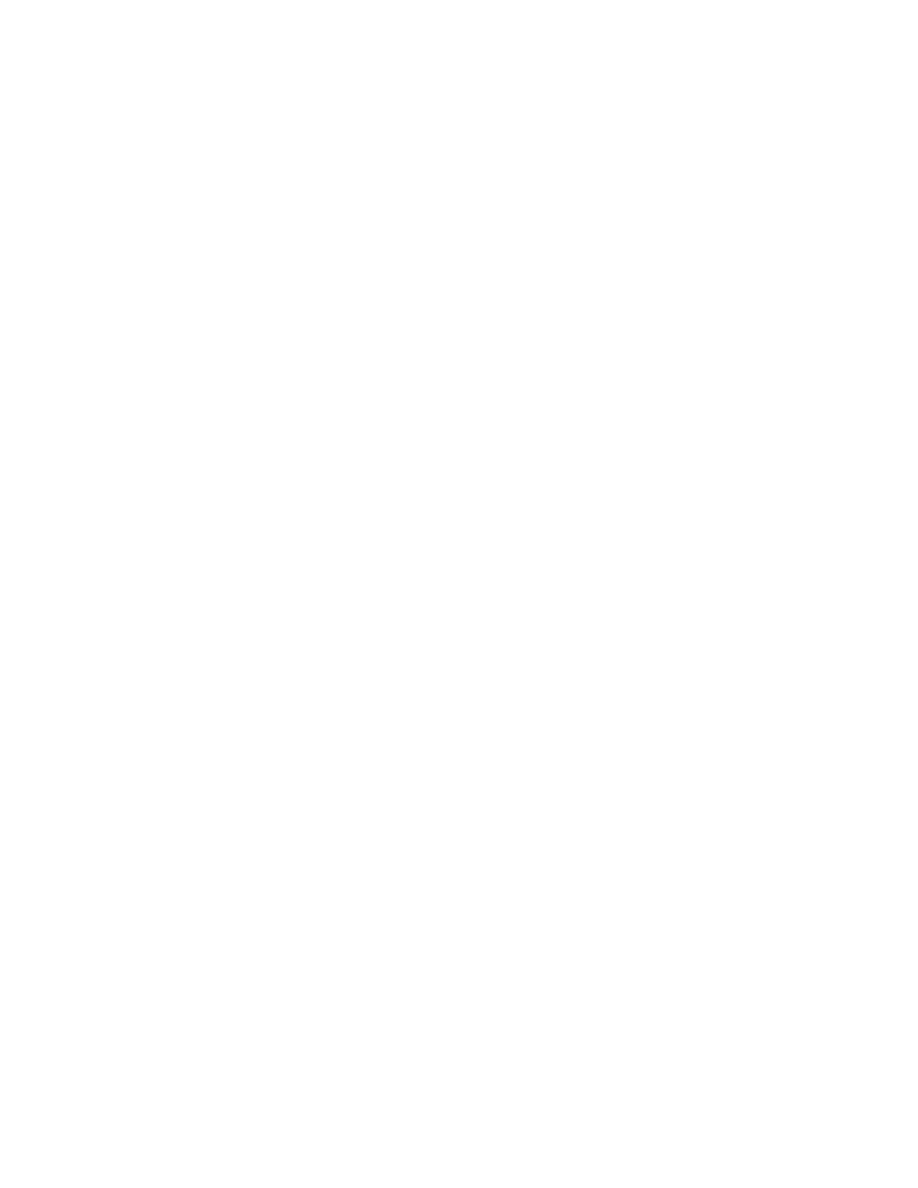
485
Federal Aviation Administration, DOT
§ 61.37
(l)
Exceptions. (1) This section does
not require a category and class rating
for aircraft not type-certificated as air-
planes, rotorcraft, gliders, lighter-
than-air aircraft, powered-lifts, pow-
ered parachutes, or weight-shift-con-
trol aircraft.
(2) The rating limitations of this sec-
tion do not apply to—
(i) An applicant when taking a prac-
tical test given by an examiner;
(ii) The holder of a student pilot cer-
tificate;
(iii) The holder of a pilot certificate
when operating an aircraft under the
authority of—
(A) A provisional type certificate; or
(B) An experimental certificate, un-
less the operation involves carrying a
passenger;
(iv) The holder of a pilot certificate
with a lighter-than-air category rating
when operating a balloon;
(v) The holder of a recreational pilot
certificate operating under the provi-
sions of § 61.101(h); or
(vi) The holder of a sport pilot cer-
tificate when operating a light-sport
aircraft.
[Doc. No. 25910, 62 FR 40896, July 30, 1997, as
amended by Amdt. 61–104, 63 FR 20286, Apr.
23, 1998; Amdt. 61–110, 69 FR 44865, July 27,
2004; Amdt. 61–124, 74 FR 42548, Aug. 21, 2009;
Amdt. 61–128, 76 FR 54105, Aug. 31, 2011;
Amdt. 61–142, 83 FR 30276, June 27, 2018]
§ 61.33
Tests: General procedure.
Tests prescribed by or under this part
are given at times and places, and by
persons designated by the Adminis-
trator.
§ 61.35
Knowledge test: Prerequisites
and passing grades.
(a) An applicant for a knowledge test
must have:
(1) Received an endorsement, if re-
quired by this part, from an authorized
instructor certifying that the applicant
accomplished the appropriate ground-
training or a home-study course re-
quired by this part for the certificate
or rating sought and is prepared for the
knowledge test;
(2) For the knowledge test for an air-
line transport pilot certificate with an
airplane category multiengine class
rating, a graduation certificate for the
airline transport pilot certification
training program specified in § 61.156;
and
(3) Proper identification at the time
of application that contains the appli-
cant’s—
(i) Photograph;
(ii) Signature;
(iii) Date of birth, which shows:
(A) For issuance of certificates other
than the ATP certificate with an air-
plane category multiengine class rat-
ing, the applicant meets or will meet
the age requirements of this part for
the certificate sought before the expi-
ration date of the airman knowledge
test report; and
(B) For issuance of an ATP certifi-
cate with an airplane category multi-
engine class rating obtained under the
aeronautical experience requirements
of § 61.159 or § 61.160, the applicant is at
least 18 years of age at the time of the
knowledge test;
(iv) If the permanent mailing address
is a post office box number, then the
applicant must provide a current resi-
dential address.
(b) The Administrator shall specify
the minimum passing grade for the
knowledge test.
[Doc. No. 25910, 62 FR 16298, Apr. 4, 1997, as
amended by Amdt. 61–104, 63 FR 20286, Apr.
23, 1998; Amdt. 61–124, 74 FR 42548, Aug. 21,
2009; Amdt. 61–130, 78 FR 42373, July 15, 2013;
Amdt. 61–130B, 78 FR 77573, Dec. 24, 2013;
Amdt. 61–149, 86 FR 62087, Nov. 9, 2021]
§ 61.37
Knowledge tests: Cheating or
other unauthorized conduct.
(a) An applicant for a knowledge test
may not:
(1) Copy or intentionally remove any
knowledge test;
(2) Give to another applicant or re-
ceive from another applicant any part
or copy of a knowledge test;
(3) Give assistance on, or receive as-
sistance on, a knowledge test during
the period that test is being given;
(4) Take any part of a knowledge test
on behalf of another person;
(5) Be represented by, or represent,
another person for a knowledge test;
(6) Use any material or aid during the
period that the test is being given, un-
less specifically authorized to do so by
the Administrator; and
VerDate Sep<11>2014
14:00 Mar 14, 2024
Jkt 262047
PO 00000
Frm 00495
Fmt 8010
Sfmt 8002
Q:\14\14V2.TXT
PC31
aworley on LAPBH6H6L3 with DISTILLER
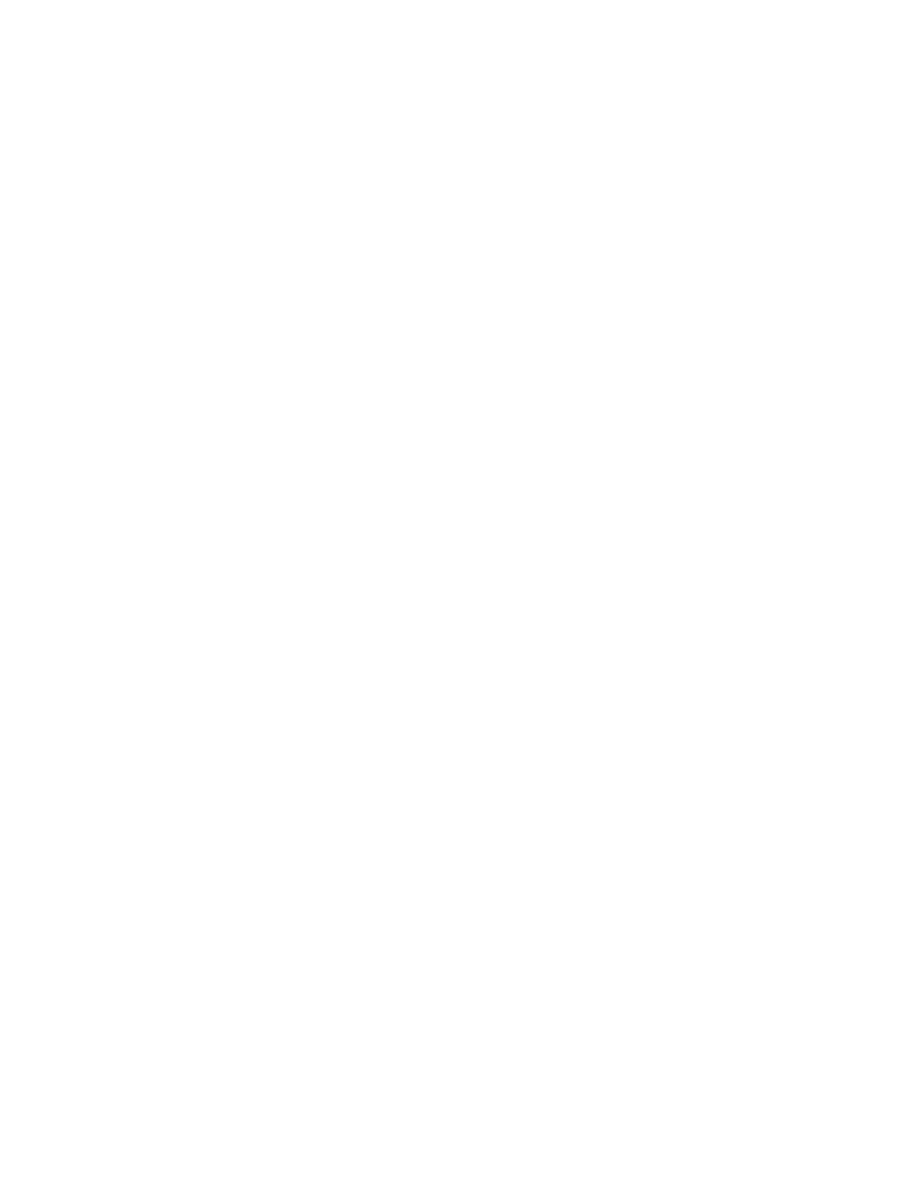
486
14 CFR Ch. I (1–1–24 Edition)
§ 61.39
(7) Intentionally cause, assist, or par-
ticipate in any act prohibited by this
paragraph.
(b) An applicant who the Adminis-
trator finds has committed an act pro-
hibited by paragraph (a) of this section
is prohibited, for 1 year after the date
of committing that act, from:
(1) Applying for any certificate, rat-
ing, or authorization issued under this
chapter; and
(2) Applying for and taking any test
under this chapter.
(c) Any certificate or rating held by
an applicant may be suspended or re-
voked if the Administrator finds that
person has committed an act prohib-
ited by paragraph (a) of this section.
§ 61.39
Prerequisites for practical
tests.
(a) Except as provided in paragraphs
(b), (c), and (e) of this section, to be eli-
gible for a practical test for a certifi-
cate or rating issued under this part,
an applicant must:
(1) Pass the required knowledge test:
(i) Within the 24-calendar-month pe-
riod preceding the month the applicant
completes the practical test, if a
knowledge test is required; or
(ii) Within the 60-calendar month pe-
riod preceding the month the applicant
completes the practical test for those
applicants who complete the airline
transport pilot certification training
program in § 61.156 and pass the knowl-
edge test for an airline transport pilot
certificate with a multiengine class
rating after July 31, 2014;
(2) Present the knowledge test report
at the time of application for the prac-
tical test, if a knowledge test is re-
quired;
(3) Have satisfactorily accomplished
the required training and obtained the
aeronautical experience prescribed by
this part for the certificate or rating
sought, and if applying for the prac-
tical test with flight time accom-
plished under § 61.159(c), present a copy
of the records required by
§ 135.63(a)(4)(vi) and (x) of this chapter;
(4) Hold at least a third-class medical
certificate, if a medical certificate is
required;
(5) Meet the prescribed age require-
ment of this part for the issuance of
the certificate or rating sought;
(6) Have an endorsement, if required
by this part, in the applicant’s logbook
or training record that has been signed
by an authorized instructor who cer-
tifies that the applicant—
(i) Has received and logged training
time within 2 calendar months pre-
ceding the month of application in
preparation for the practical test;
(ii) Is prepared for the required prac-
tical test; and
(iii) Has demonstrated satisfactory
knowledge of the subject areas in
which the applicant was deficient on
the airman knowledge test; and
(7) Have a completed and signed ap-
plication form.
(b) An applicant for an airline trans-
port pilot certificate with an airplane
category multiengine class rating or an
airline transport pilot certificate ob-
tained concurrently with a multiengine
airplane type rating may take the
practical test with an expired knowl-
edge test only if the applicant passed
the knowledge test after July 31, 2014,
and is employed:
(1) As a flightcrew member by a part
119 certificate holder conducting oper-
ations under parts 125 or 135 of this
chapter at the time of the practical
test and has satisfactorily accom-
plished that operator’s approved pilot-
in-command training or checking pro-
gram; or
(2) As a flightcrew member by a part
119 certificate holder conducting oper-
ations under part 121 of this chapter at
the time of the practical test and has
satisfactorily accomplished that opera-
tor’s approved initial training pro-
gram; or
(3) By the U.S. Armed Forces as a
flight crewmember in U.S. military air
transport operations at the time of the
practical test and has completed the
pilot in command aircraft qualification
training program that is appropriate to
the pilot certificate and rating sought.
(c) An applicant for an airline trans-
port pilot certificate with a rating
other than those ratings set forth in
paragraph (b) of this section may take
the practical test for that certificate or
rating with an expired knowledge test
report, provided that the applicant is
employed:
VerDate Sep<11>2014
14:00 Mar 14, 2024
Jkt 262047
PO 00000
Frm 00496
Fmt 8010
Sfmt 8002
Q:\14\14V2.TXT
PC31
aworley on LAPBH6H6L3 with DISTILLER

487
Federal Aviation Administration, DOT
§ 61.43
(1) As a flightcrew member by a part
119 certificate holder conducting oper-
ations under parts 125 or 135 of this
chapter at the time of the practical
test and has satisfactorily accom-
plished that operator’s approved pilot-
in-command training or checking pro-
gram; or
(2) By the U.S. Armed Forces as a
flight crewmember in U.S. military air
transport operations at the time of the
practical test and has completed the
pilot in command aircraft qualification
training program that is appropriate to
the pilot certificate and rating sought.
(d) In addition to the requirements in
paragraph (a) of this section, to be eli-
gible for a practical test for an airline
transport pilot certificate with an air-
plane category multiengine class rat-
ing or airline transport pilot certifi-
cate obtained concurrently with a mul-
tiengine airplane type rating, an appli-
cant must:
(1) If the applicant passed the knowl-
edge test after July 31, 2014, present the
graduation certificate for the airline
transport pilot certification training
program in § 61.156, at the time of appli-
cation for the practical test;
(2) If applying for the practical test
under the aeronautical experience re-
quirements of § 61.160(a), the applicant
must present the documents required
by that section to substantiate eligi-
bility; and
(3) If applying for the practical test
under the aeronautical experience re-
quirements of § 61.160(b), (c), or (d), the
applicant must present an official tran-
script and certifying document from an
institution of higher education that
holds a letter of authorization from the
Administrator under § 61.169.
(e) A person is not required to com-
ply with the provisions of paragraph
(a)(6) of this section if that person:
(1) Holds a foreign pilot license issued
by a contracting State to the Conven-
tion on International Civil Aviation
that authorizes at least the privileges
of the pilot certificate sought;
(2) Is only applying for a type rating;
or
(3) Is applying for an airline trans-
port pilot certificate or an additional
rating to an airline transport pilot cer-
tificate in an aircraft that does not re-
quire an aircraft type rating practical
test.
(f) If all increments of the practical
test for a certificate or rating are not
completed on the same date, then all
the remaining increments of the test
must be completed within 2 calendar
months after the month the applicant
began the test.
(g) If all increments of the practical
test for a certificate or rating are not
completed within 2 calendar months
after the month the applicant began
the test, the applicant must retake the
entire practical test.
[Doc. No. 25910, 62 FR 16298, Apr. 4, 1997;
Amdt. 61–103, 62 FR 40897, July 30, 1997, as
amended by Amdt. 61–104, 63 FR 20286, Apr.
23, 1998; Amdt. 61–124, 74 FR 42548, Aug. 21,
2009; Amdt. 61–130, 78 FR 42373, July 15, 2013;
Amdt. 61–130B, 78 FR 77573, Dec. 24, 2013;
Amdt. 61–142, 83 FR 30726, June 27, 2018;
Amdt. 61–149, 86 FR 62087, Nov. 9, 2021]
§ 61.41
Flight training received from
flight instructors not certificated by
the FAA.
(a) A person may credit flight train-
ing toward the requirements of a pilot
certificate or rating issued under this
part, if that person received the train-
ing from:
(1) A flight instructor of an Armed
Force in a program for training mili-
tary pilots of either—
(i) The United States; or
(ii) A foreign contracting State to
the Convention on International Civil
Aviation.
(2) A flight instructor who is author-
ized to give such training by the licens-
ing authority of a foreign contracting
State to the Convention on Inter-
national Civil Aviation, and the flight
training is given outside the United
States.
(b) A flight instructor described in
paragraph (a) of this section is only au-
thorized to give endorsements to show
training given.
§ 61.43
Practical tests: General proce-
dures.
(a) Completion of the practical test
for a certificate or rating consists of—
(1) Performing the tasks specified in
the areas of operation for the airman
certificate or rating sought;
VerDate Sep<11>2014
14:00 Mar 14, 2024
Jkt 262047
PO 00000
Frm 00497
Fmt 8010
Sfmt 8002
Q:\14\14V2.TXT
PC31
aworley on LAPBH6H6L3 with DISTILLER
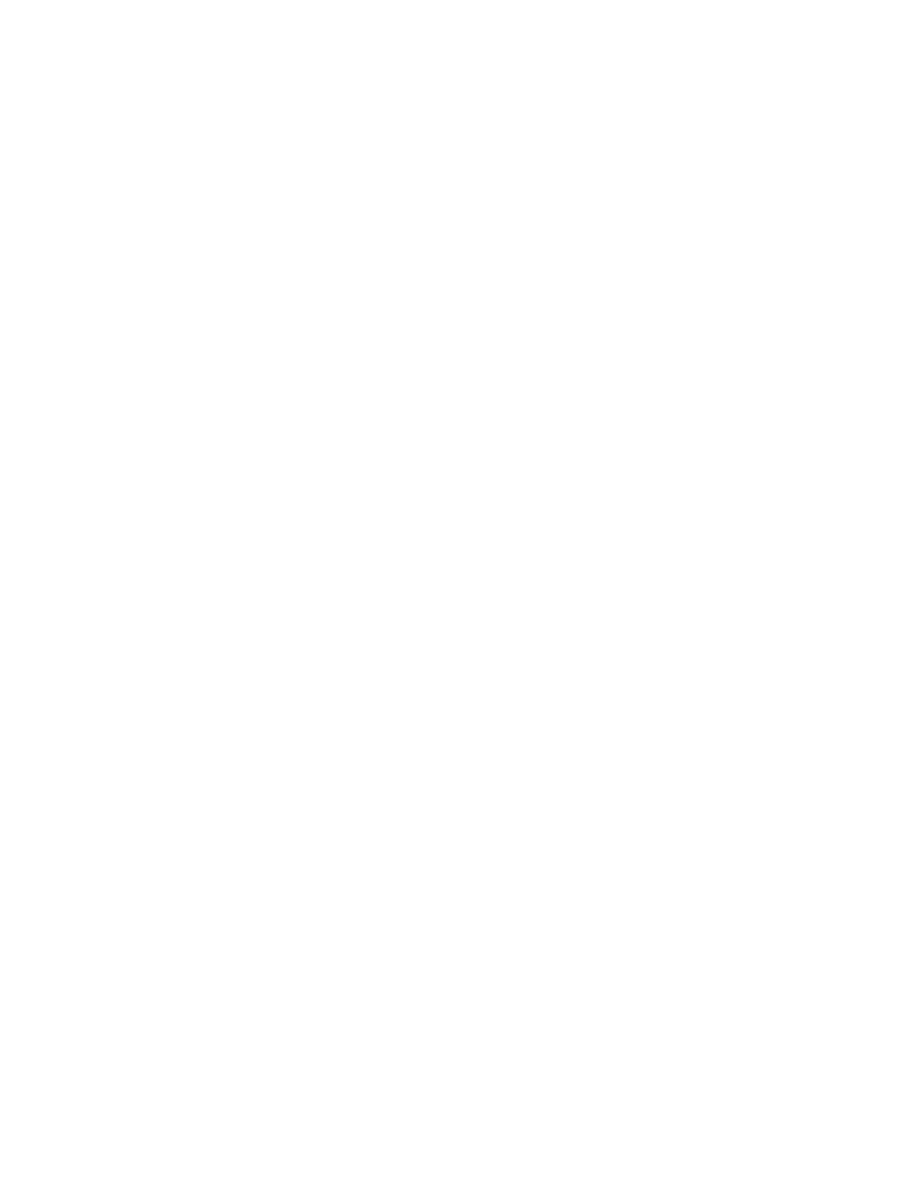
488
14 CFR Ch. I (1–1–24 Edition)
§ 61.45
(2) Demonstrating mastery of the air-
craft by performing each task success-
fully;
(3) Demonstrating proficiency and
competency within the approved stand-
ards; and
(4) Demonstrating sound judgment.
(b) The pilot flight crew complement
required during the practical test is
based on one of the following require-
ments that applies to the aircraft being
used on the practical test:
(1) If the aircraft’s FAA-approved
flight manual requires the pilot flight
crew complement be a single pilot,
then the applicant must demonstrate
single pilot proficiency on the prac-
tical test.
(2) If the aircraft’s type certification
data sheet requires the pilot flight
crew complement be a single pilot,
then the applicant must demonstrate
single pilot proficiency on the prac-
tical test.
(3) If the FAA Flight Standardization
Board report, FAA-approved aircraft
flight manual, or aircraft type certifi-
cation data sheet allows the pilot
flight crew complement to be either a
single pilot, or a pilot and a copilot,
then the applicant may demonstrate
single pilot proficiency or have a copi-
lot on the practical test. If the appli-
cant performs the practical test with a
copilot, the limitation of ‘‘Second in
Command Required’’ will be placed on
the applicant’s pilot certificate. The
limitation may be removed if the appli-
cant passes the practical test by dem-
onstrating single-pilot proficiency in
the aircraft in which single-pilot privi-
leges are sought.
(c) If an applicant fails any area of
operation, that applicant fails the
practical test.
(d) An applicant is not eligible for a
certificate or rating sought until all
the areas of operation are passed.
(e) The examiner or the applicant
may discontinue a practical test at any
time:
(1) When the applicant fails one or
more of the areas of operation; or
(2) Due to inclement weather condi-
tions, aircraft airworthiness, or any
other safety-of-flight concern.
(f) If a practical test is discontinued,
the applicant is entitled credit for
those areas of operation that were
passed, but only if the applicant:
(1) Passes the remainder of the prac-
tical test within the 60-day period after
the date the practical test was discon-
tinued;
(2) Presents to the examiner for the
retest the original notice of dis-
approval form or the letter of dis-
continuance form, as appropriate;
(3) Satisfactorily accomplishes any
additional training needed and obtains
the appropriate instructor endorse-
ments, if additional training is re-
quired; and
(4) Presents to the examiner for the
retest a properly completed and signed
application.
[Doc. No. 25910, 62 FR 16298, Apr. 4, 1997, as
amended by Amdt. 61–124, 74 FR 42549, Aug.
21, 2009; Amdt. 61–142, 83 FR 30276, June 27,
2018]
§ 61.45
Practical tests: Required air-
craft and equipment.
(a)
General. Except as provided in
paragraph (a)(2) of this section or when
permitted to accomplish the entire
flight increment of the practical test
in a flight simulator or a flight train-
ing device, an applicant for a certifi-
cate or rating issued under this part
must furnish:
(1) An aircraft of U.S. registry for
each required test that—
(i) Is of the category, class, and type,
if applicable, for which the applicant is
applying for a certificate or rating; and
(ii) Has a standard airworthiness cer-
tificate or special airworthiness certifi-
cate in the limited, primary, or light-
sport category.
(2) At the discretion of the examiner
who administers the practical test, the
applicant may furnish—
(i) An aircraft that has an airworthi-
ness certificate other than a standard
airworthiness certificate or special air-
worthiness certificate in the limited,
primary, or light-sport category, but
that otherwise meets the requirements
of paragraph (a)(1) of this section;
(ii) An aircraft of the same category,
class, and type, if applicable, of foreign
registry that is properly certificated by
the country of registry; or
(iii) A military aircraft of the same
category, class, and type, if aircraft
class and type are appropriate, for
VerDate Sep<11>2014
14:00 Mar 14, 2024
Jkt 262047
PO 00000
Frm 00498
Fmt 8010
Sfmt 8002
Q:\14\14V2.TXT
PC31
aworley on LAPBH6H6L3 with DISTILLER
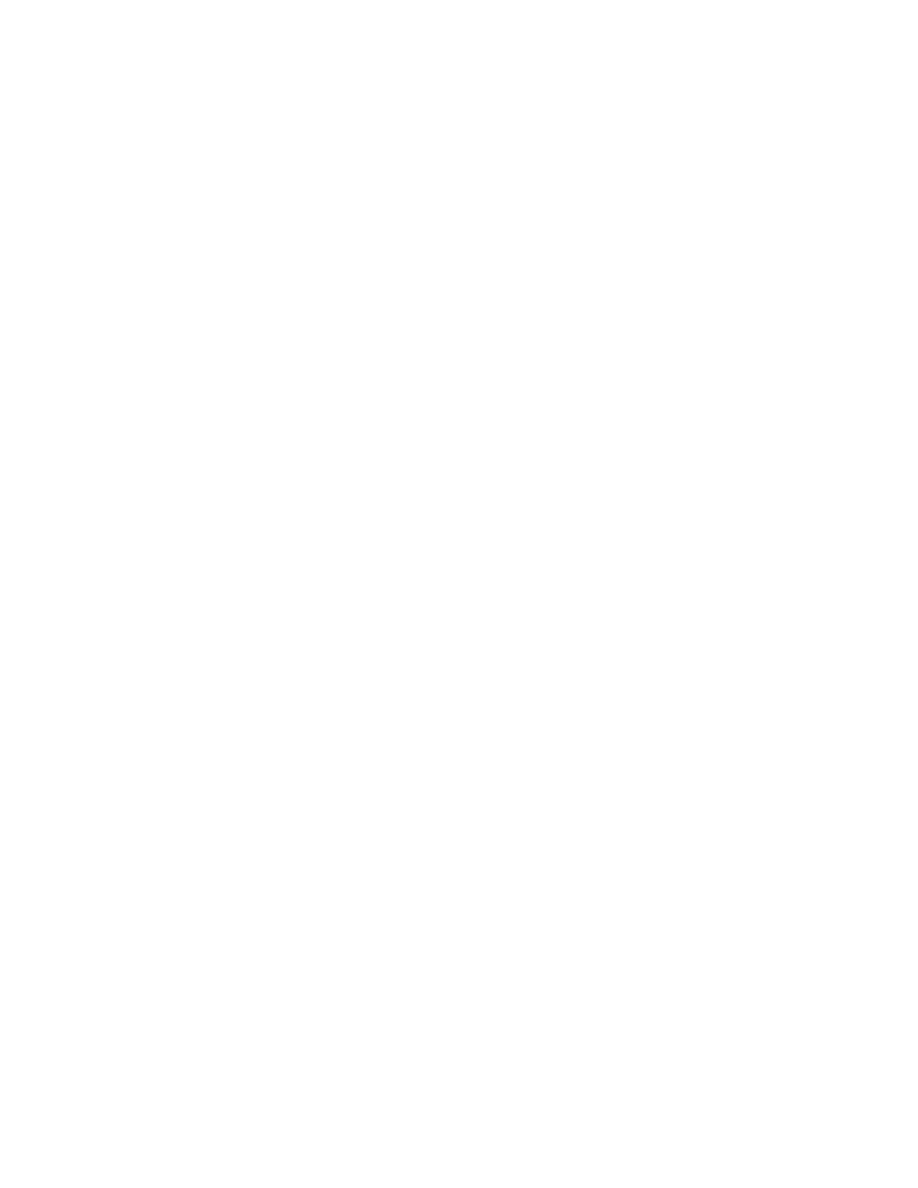
489
Federal Aviation Administration, DOT
§ 61.47
which the applicant is applying for a
certificate or rating, and provided—
(A) The aircraft is under the direct
operational control of the U.S. Armed
Forces;
(B) The aircraft is airworthy under
the maintenance standards of the U.S.
Armed Forces; and
(C) The applicant has a letter from
his or her commanding officer author-
izing the use of the aircraft for the
practical test.
(b)
Required equipment (other than con-
trols). (1) Except as provided in para-
graph (b)(2) of this section, an aircraft
used for a practical test must have—
(i) The equipment for each area of op-
eration required for the practical test;
(ii) No prescribed operating limita-
tions that prohibit its use in any of the
areas of operation required for the
practical test;
(iii) Except as provided in paragraphs
(e) and (f) of this section, at least two
pilot stations with adequate visibility
for each person to operate the aircraft
safely; and
(iv) Cockpit and outside visibility
adequate to evaluate the performance
of the applicant when an additional
jump seat is provided for the examiner.
(2) An applicant for a certificate or
rating may use an aircraft with oper-
ating characteristics that preclude the
applicant from performing all of the
tasks required for the practical test.
However, the applicant’s certificate or
rating, as appropriate, will be issued
with an appropriate limitation.
(c)
Required controls. Except for light-
er-than-air aircraft, and a glider with-
out an engine, an aircraft used for a
practical test must have engine power
controls and flight controls that are
easily reached and operable in a con-
ventional manner by both pilots, un-
less the Examiner determines that the
practical test can be conducted safely
in the aircraft without the controls
easily reached by the Examiner.
(d)
Simulated instrument flight equip-
ment. An applicant for a practical test
that involves maneuvering an aircraft
solely by reference to instruments
must furnish:
(1) Equipment on board the aircraft
that permits the applicant to pass the
areas of operation that apply to the
rating sought; and
(2) A device that prevents the appli-
cant from having visual reference out-
side the aircraft, but does not prevent
the examiner from having visual ref-
erence outside the aircraft, and is oth-
erwise acceptable to the Adminis-
trator.
(e)
Aircraft with single controls. A
practical test may be conducted in an
aircraft having a single set of controls,
provided the:
(1) Examiner agrees to conduct the
test;
(2) Test does not involve a dem-
onstration of instrument skills; and
(3) Proficiency of the applicant can
be observed by an examiner who is in a
position to observe the applicant.
(f)
Light-sport aircraft with a single
seat. A practical test for a sport pilot
certificate may be conducted in a
light-sport aircraft having a single seat
provided that the—
(1) Examiner agrees to conduct the
test;
(2) Examiner is in a position to ob-
serve the operation of the aircraft and
evaluate the proficiency of the appli-
cant; and
(3) Pilot certificate of an applicant
successfully passing the test is issued a
pilot certificate with a limitation ‘‘No
passenger carriage and flight in a sin-
gle-seat light-sport aircraft only.’’
[Doc. No. 25910, 62 FR 16298, Apr. 4, 1997;
Amdt. 61–103, 62 FR 40897, July 30, 1997;
Amdt. 61–104, 63 FR 20286, Apr. 23, 1998; Amdt.
61–110, 69 FR 44865, July 27, 2004; Amdt. 61–
124, 74 FR 42549, Aug. 21, 2009]
§ 61.47
Status of an examiner who is
authorized by the Administrator to
conduct practical tests.
(a) An examiner represents the Ad-
ministrator for the purpose of con-
ducting practical tests for certificates
and ratings issued under this part and
to observe an applicant’s ability to per-
form the areas of operation on the
practical test.
(b) The examiner is not the pilot in
command of the aircraft during the
practical test unless the examiner
agrees to act in that capacity for the
flight or for a portion of the flight by
prior arrangement with:
(1) The applicant; or
VerDate Sep<11>2014
14:00 Mar 14, 2024
Jkt 262047
PO 00000
Frm 00499
Fmt 8010
Sfmt 8002
Q:\14\14V2.TXT
PC31
aworley on LAPBH6H6L3 with DISTILLER
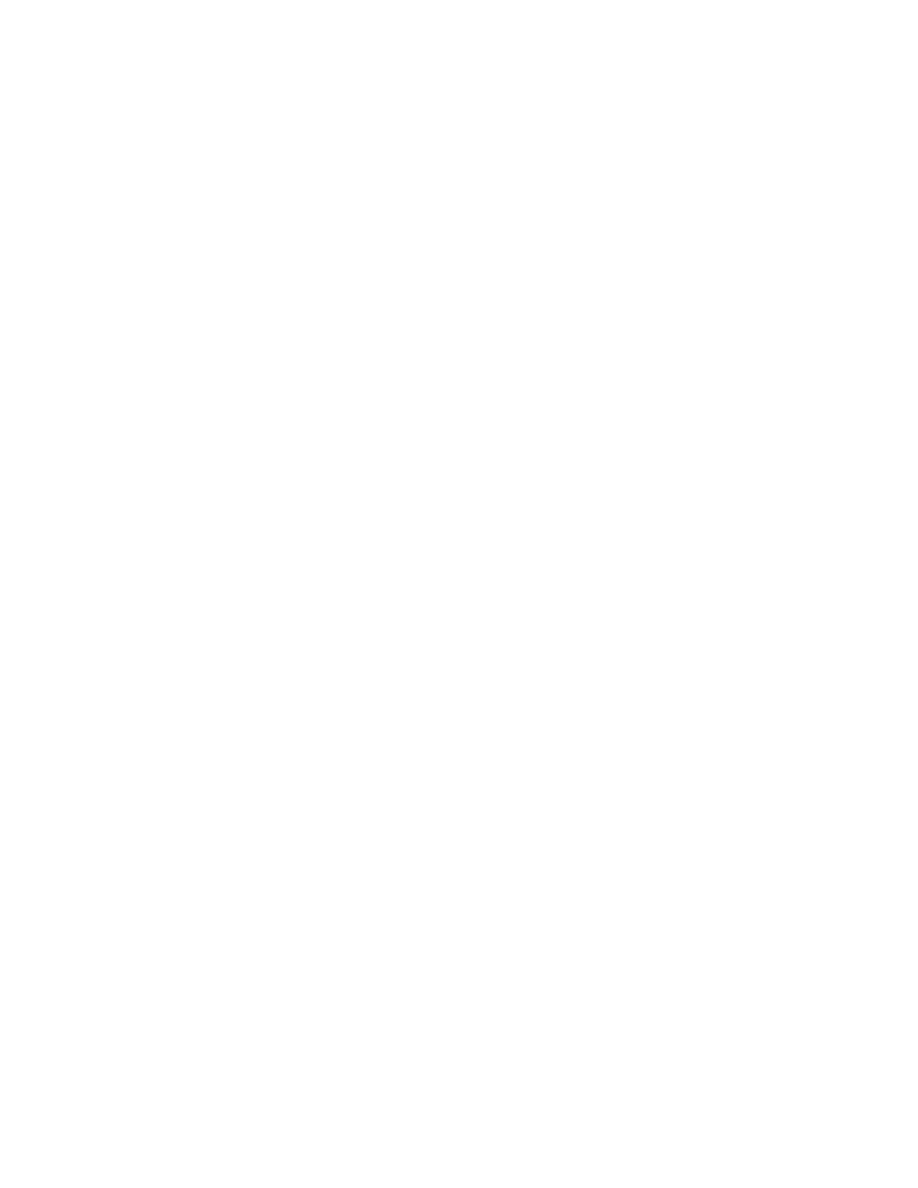
490
14 CFR Ch. I (1–1–24 Edition)
§ 61.49
(2) A person who would otherwise act
as pilot in command of the flight or for
a portion of the flight.
(c) Notwithstanding the type of air-
craft used during the practical test, the
applicant and the examiner (and any
other occupants authorized to be on
board by the examiner) are not subject
to the requirements or limitations for
the carriage of passengers that are
specified in this chapter.
[Doc. No. 25910, 62 FR 16298, Apr. 4, 1997;
Amdt. 61–103, 62 FR 40897, July 30, 1997]
§ 61.49
Retesting after failure.
(a) An applicant for a knowledge or
practical test who fails that test may
reapply for the test only after the ap-
plicant has received:
(1) The necessary training from an
authorized instructor who has deter-
mined that the applicant is proficient
to pass the test; and
(2) An endorsement from an author-
ized instructor who gave the applicant
the additional training.
(b) An applicant for a flight instruc-
tor certificate with an airplane cat-
egory rating or, for a flight instructor
certificate with a glider category rat-
ing, who has failed the practical test
due to deficiencies in instructional pro-
ficiency on stall awareness, spin entry,
spins, or spin recovery must:
(1) Comply with the requirements of
paragraph (a) of this section before
being retested;
(2) Bring an aircraft to the retest
that is of the appropriate aircraft cat-
egory for the rating sought and is cer-
tificated for spins; and
(3) Demonstrate satisfactory instruc-
tional proficiency on stall awareness,
spin entry, spins, and spin recovery to
an examiner during the retest.
§ 61.51
Pilot logbooks.
(a)
Training time and aeronautical ex-
perience. Each person must document
and record the following time in a
manner acceptable to the Adminis-
trator:
(1) Training and aeronautical experi-
ence used to meet the requirements for
a certificate, rating, or flight review of
this part.
(2) The aeronautical experience re-
quired for meeting the recent flight ex-
perience requirements of this part.
(b)
Logbook entries. For the purposes
of meeting the requirements of para-
graph (a) of this section, each person
must enter the following information
for each flight or lesson logged:
(1) General—
(i) Date.
(ii) Total flight time or lesson time.
(iii) Location where the aircraft de-
parted and arrived, or for lessons in a
full flight simulator or flight training
device, the location where the lesson
occurred.
(iv) Type and identification of air-
craft, full flight simulator, flight train-
ing device, or aviation training device,
as appropriate.
(v) The name of a safety pilot, if re-
quired by § 91.109 of this chapter.
(2) Type of pilot experience or train-
ing—
(i) Solo.
(ii) Pilot in command.
(iii) Second in command.
(iv) Flight and ground training re-
ceived from an authorized instructor.
(v) Training received in a full flight
simulator, flight training device, or
aviation training device from an au-
thorized instructor.
(3) Conditions of flight—
(i) Day or night.
(ii) Actual instrument.
(iii) Simulated instrument conditions
in flight, a full flight simulator, flight
training device, or aviation training
device.
(iv) Use of night vision goggles in an
aircraft in flight, in a full flight simu-
lator, or in a flight training device.
(c)
Logging of pilot time. The pilot
time described in this section may be
used to:
(1) Apply for a certificate or rating
issued under this part or a privilege au-
thorized under this part; or
(2) Satisfy the recent flight experi-
ence requirements of this part.
(d)
Logging of solo flight time. Except
for a student pilot performing the du-
ties of pilot in command of an airship
requiring more than one pilot flight
crewmember, a pilot may log as solo
flight time only that flight time when
the pilot is the sole occupant of the
aircraft.
(e)
Logging pilot-in-command flight
time. (1) A sport, recreational, private,
commercial, or airline transport pilot
VerDate Sep<11>2014
14:00 Mar 14, 2024
Jkt 262047
PO 00000
Frm 00500
Fmt 8010
Sfmt 8002
Q:\14\14V2.TXT
PC31
aworley on LAPBH6H6L3 with DISTILLER

491
Federal Aviation Administration, DOT
§ 61.51
may log pilot in command flight time
for flights-
(i) Except when logging flight time
under § 61.159(c), when the pilot is the
sole manipulator of the controls of an
aircraft for which the pilot is rated, or
has sport pilot privileges for that cat-
egory and class of aircraft, if the air-
craft class rating is appropriate;
(ii) When the pilot is the sole occu-
pant in the aircraft;
(iii) When the pilot, except for a
holder of a sport or recreational pilot
certificate, acts as pilot in command of
an aircraft for which more than one
pilot is required under the type certifi-
cation of the aircraft or the regula-
tions under which the flight is con-
ducted; or
(iv) When the pilot performs the du-
ties of pilot in command while under
the supervision of a qualified pilot in
command provided—
(A) The pilot performing the duties of
pilot in command holds a commercial
or airline transport pilot certificate
and aircraft rating that is appropriate
to the category and class of aircraft
being flown, if a class rating is appro-
priate;
(B) The pilot performing the duties of
pilot in command is undergoing an ap-
proved pilot in command training pro-
gram that includes ground and flight
training on the following areas of oper-
ation—
(
1) Preflight preparation;
(
2) Preflight procedures;
(
3) Takeoff and departure;
(
4) In-flight maneuvers;
(
5) Instrument procedures;
(
6) Landings and approaches to land-
ings;
(
7) Normal and abnormal procedures;
(
8) Emergency procedures; and
(
9) Postflight procedures;
(C) The supervising pilot in command
holds—
(
1) A commercial pilot certificate and
flight instructor certificate, and air-
craft rating that is appropriate to the
category, class, and type of aircraft
being flown, if a class or type rating is
required; or
(
2) An airline transport pilot certifi-
cate and aircraft rating that is appro-
priate to the category, class, and type
of aircraft being flown, if a class or
type rating is required; and
(D) The supervising pilot in command
logs the pilot in command training in
the pilot’s logbook, certifies the pilot
in command training in the pilot’s log-
book and attests to that certification
with his or her signature, and flight in-
structor certificate number.
(2) If rated to act as pilot in com-
mand of the aircraft, an airline trans-
port pilot may log all flight time while
acting as pilot in command of an oper-
ation requiring an airline transport
pilot certificate.
(3) A certificated flight instructor
may log pilot in command flight time
for all flight time while serving as the
authorized instructor in an operation if
the instructor is rated to act as pilot in
command of that aircraft.
(4) A student pilot may log pilot-in-
command time only when the student
pilot—
(i) Is the sole occupant of the aircraft
or is performing the duties of pilot of
command of an airship requiring more
than one pilot flight crewmember;
(ii) Has a solo flight endorsement as
required under § 61.87 of this part; and
(iii) Is undergoing training for a pilot
certificate or rating.
(5) A commercial pilot or airline
transport pilot may log all flight time
while acting as pilot in command of an
operation in accordance with § 135.99(c)
of this chapter if the flight is con-
ducted in accordance with an approved
second-in-command professional devel-
opment program that meets the re-
quirements of § 135.99(c) of this chapter.
(f)
Logging second-in-command flight
time. A person may log second-in-com-
mand time only for that flight time
during which that person:
(1) Is qualified in accordance with the
second-in-command requirements of
§ 61.55, and occupies a crewmember sta-
tion in an aircraft that requires more
than one pilot by the aircraft’s type
certificate;
(2) Holds the appropriate category,
class, and instrument rating (if an in-
strument rating is required for the
flight) for the aircraft being flown, and
more than one pilot is required under
the type certification of the aircraft or
the regulations under which the flight
is being conducted; or
(3) Serves as second in command in
operations conducted in accordance
VerDate Sep<11>2014
14:00 Mar 14, 2024
Jkt 262047
PO 00000
Frm 00501
Fmt 8010
Sfmt 8002
Q:\14\14V2.TXT
PC31
aworley on LAPBH6H6L3 with DISTILLER
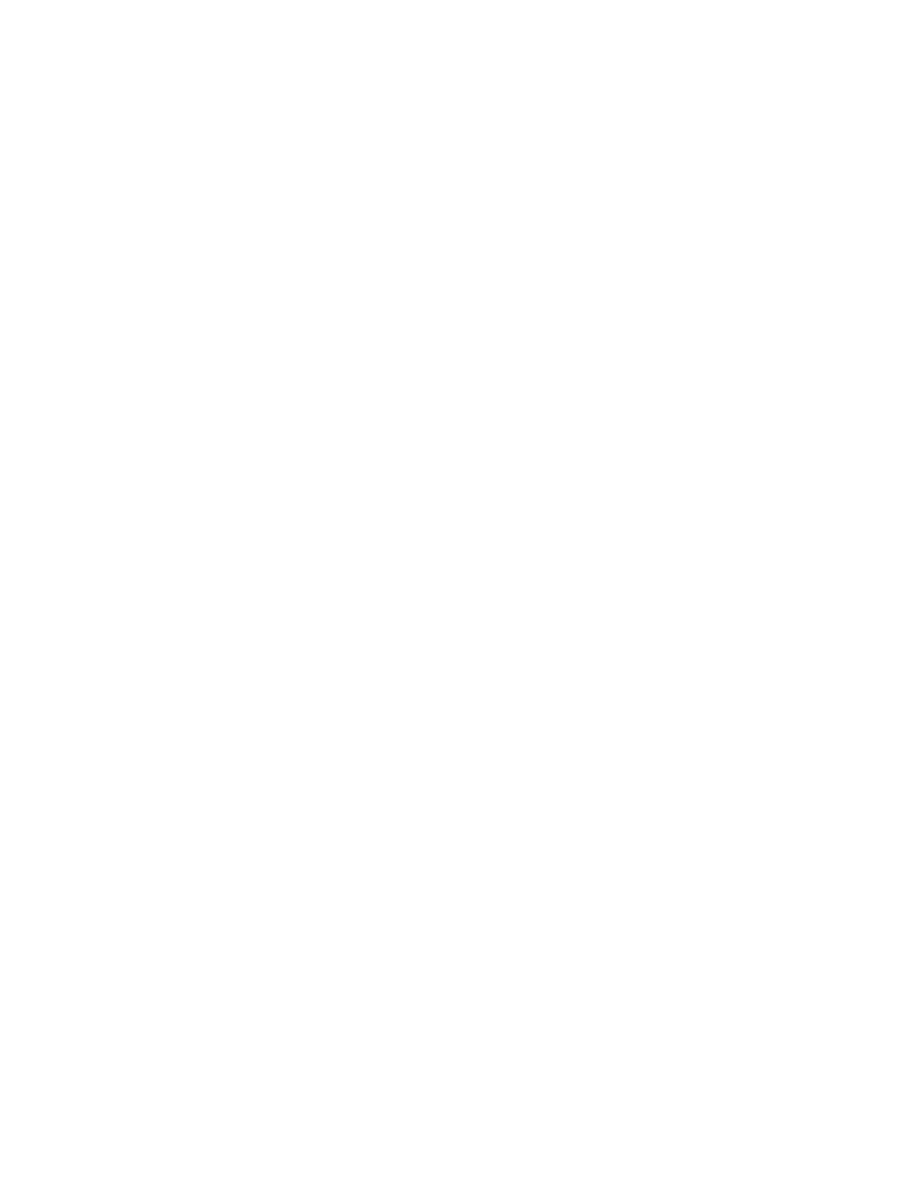
492
14 CFR Ch. I (1–1–24 Edition)
§ 61.51
with § 135.99(c) of this chapter when a
second pilot is not required under the
type certification of the aircraft or the
regulations under which the flight is
being conducted, provided the require-
ments in § 61.159(c) are satisfied.
(g)
Logging instrument time. (1) A per-
son may log instrument time only for
that flight time when the person oper-
ates the aircraft solely by reference to
instruments under actual or simulated
instrument flight conditions.
(2) An authorized instructor may log
instrument time when conducting in-
strument flight instruction in actual
instrument flight conditions.
(3) For the purposes of logging in-
strument time to meet the recent in-
strument experience requirements of
§ 61.57(c) of this part, the following in-
formation must be recorded in the per-
son’s logbook—
(i) The location and type of each in-
strument approach accomplished; and
(ii) The name of the safety pilot, if
required.
(4) A person may use time in a full
flight simulator, flight training device,
or aviation training device for acquir-
ing instrument aeronautical experience
for a pilot certificate or rating pro-
vided an authorized instructor is
present to observe that time and signs
the person’s logbook or training record
to verify the time and the content of
the training session.
(5) A person may use time in a full
flight simulator, flight training device,
or aviation training device for satis-
fying instrument recency experience
requirements provided a logbook or
training record is maintained to speci-
fy the training device, time, and the
content.
(h)
Logging training time. (1) A person
may log training time when that per-
son receives training from an author-
ized instructor in an aircraft, full
flight simulator, flight training device,
or aviation training device.
(2) The training time must be logged
in a logbook and must:
(i) Be endorsed in a legible manner by
the authorized instructor; and
(ii) Include a description of the train-
ing given, the length of the training
lesson, and the authorized instructor’s
signature, certificate number, and cer-
tificate expiration date.
(i)
Presentation of required documents.
(1) Persons must present their pilot
certificate, medical certificate, log-
book, or any other record required by
this part for inspection upon a reason-
able request by—
(i) The Administrator;
(ii) An authorized representative
from the National Transportation Safe-
ty Board; or
(iii) Any Federal, State, or local law
enforcement officer.
(2) A student pilot must carry the
following items in the aircraft on all
solo cross-country flights as evidence
of the required authorized instructor
clearances and endorsements—
(i) Pilot logbook;
(ii) Student pilot certificate; and
(iii) Any other record required by
this section.
(3) A sport pilot must carry his or her
logbook or other evidence of required
authorized instructor endorsements on
all flights.
(4) A recreational pilot must carry
his or her logbook with the required
authorized instructor endorsements on
all solo flights—
(i) That exceed 50 nautical miles
from the airport at which training was
received;
(ii) Within airspace that requires
communication with air traffic con-
trol;
(iii) Conducted between sunset and
sunrise; or
(iv) In an aircraft for which the pilot
does not hold an appropriate category
or class rating.
(5) A flight instructor with a sport
pilot rating must carry his or her log-
book or other evidence of required au-
thorized instructor endorsements on
all flights when providing flight train-
ing.
(j)
Aircraft requirements for logging
flight time. For a person to log flight
time, the time must be acquired in an
aircraft that is identified as an aircraft
under § 61.5(b), and is—
(1) An aircraft of U.S. registry with
either a standard or special airworthi-
ness certificate;
(2) An aircraft of foreign registry
with an airworthiness certificate that
is approved by the aviation authority
of a foreign country that is a Member
VerDate Sep<11>2014
14:00 Mar 14, 2024
Jkt 262047
PO 00000
Frm 00502
Fmt 8010
Sfmt 8002
Q:\14\14V2.TXT
PC31
aworley on LAPBH6H6L3 with DISTILLER

493
Federal Aviation Administration, DOT
§ 61.53
State to the Convention on Inter-
national Civil Aviation Organization;
(3) A military aircraft under the di-
rect operational control of the U.S.
Armed Forces; or
(4) A public aircraft under the direct
operational control of a Federal, State,
county, or municipal law enforcement
agency, if the flight time was acquired
by the pilot while engaged on an offi-
cial law enforcement flight for a Fed-
eral, State, County, or Municipal law
enforcement agency.
(k)
Logging night vision goggle time. (1)
A person may log night vision goggle
time only for the time the person uses
night vision goggles as the primary vis-
ual reference of the surface and oper-
ates:
(i) An aircraft during a night vision
goggle operation; or
(ii) A full flight simulator or flight
training device with the lighting sys-
tem adjusted to represent the period
beginning 1 hour after sunset and end-
ing 1 hour before sunrise.
(2) An authorized instructor may log
night vision goggle time when that per-
son conducts training using night vi-
sion goggles as the primary visual ref-
erence of the surface and operates:
(i) An aircraft during a night goggle
operation; or
(ii) A full flight simulator or flight
training device with the lighting sys-
tem adjusted to represent the period
beginning 1 hour after sunset and end-
ing 1 hour before sunrise.
(3) To log night vision goggle time to
meet the recent night vision goggle ex-
perience requirements under § 61.57(f), a
person must log the information re-
quired under § 61.51(b).
[Doc. No. 25910, 62 FR 16298, Apr. 4, 1997;
Amdt. 61–103, 62 FR 40897, July 30, 1997;
Amdt. 61–104, 63 FR 20286, Apr. 23, 1998; Amdt.
61–110, 69 FR 44865, July 27, 2004; Amdt. 61–
124, 74 FR 42549, Aug. 21, 2009; Amdt. 61–128, 76
FR 54105, Aug. 31, 2011; Amdt. 61–142, 83 FR
30277, June 27, 2018]
§ 61.52
Use of aeronautical experience
obtained in ultralight vehicles.
(a) Before January 31, 2012, a person
may use aeronautical experience ob-
tained in an ultralight vehicle to meet
the requirements for the following cer-
tificates and ratings issued under this
part:
(1) A sport pilot certificate.
(2) A flight instructor certificate
with a sport pilot rating;
(3) A private pilot certificate with a
weight-shift-control or powered para-
chute category rating.
(b) Before January 31, 2012, a person
may use aeronautical experience ob-
tained in an ultralight vehicle to meet
the provisions of § 61.69.
(c) A person using aeronautical expe-
rience obtained in an ultralight vehicle
to meet the requirements for a certifi-
cate or rating specified in paragraph
(a) of this section or the requirements
of paragraph (b) of this section must—
(1) Have been a registered ultralight
pilot with an FAA-recognized ultra-
light organization when that aero-
nautical experience was obtained;
(2) Document and log that aero-
nautical experience in accordance with
the provisions for logging aeronautical
experience specified by an FAA-recog-
nized ultralight organization and in ac-
cordance with the provisions for log-
ging pilot time in aircraft as specified
in § 61.51;
(3) Obtain the aeronautical experi-
ence in a category and class of vehicle
corresponding to the rating or privilege
sought; and
(4) Provide the FAA with a certified
copy of his or her ultralight pilot
records from an FAA-recognized ultra-
light organization, that —
(i) Document that he or she is a reg-
istered ultralight pilot with that FAA-
recognized ultralight organization; and
(ii) Indicate that he or she is recog-
nized to operate the category and class
of aircraft for which sport pilot privi-
leges are sought.
[Doc. No. FAA–2001–11133, 69 FR 44865, July
27, 2004, as amended by Amdt. 61–125, 75 FR
5220, Feb. 1, 2010]
§ 61.53
Prohibition on operations dur-
ing medical deficiency.
(a)
Operations that require a medical
certificate. Except as provided for in
paragraph (b) of this section, no person
who holds a medical certificate issued
under part 67 of this chapter may act
as pilot in command, or in any other
capacity as a required pilot flight
crewmember, while that person:
(1) Knows or has reason to know of
any medical condition that would
VerDate Sep<11>2014
14:00 Mar 14, 2024
Jkt 262047
PO 00000
Frm 00503
Fmt 8010
Sfmt 8002
Q:\14\14V2.TXT
PC31
aworley on LAPBH6H6L3 with DISTILLER
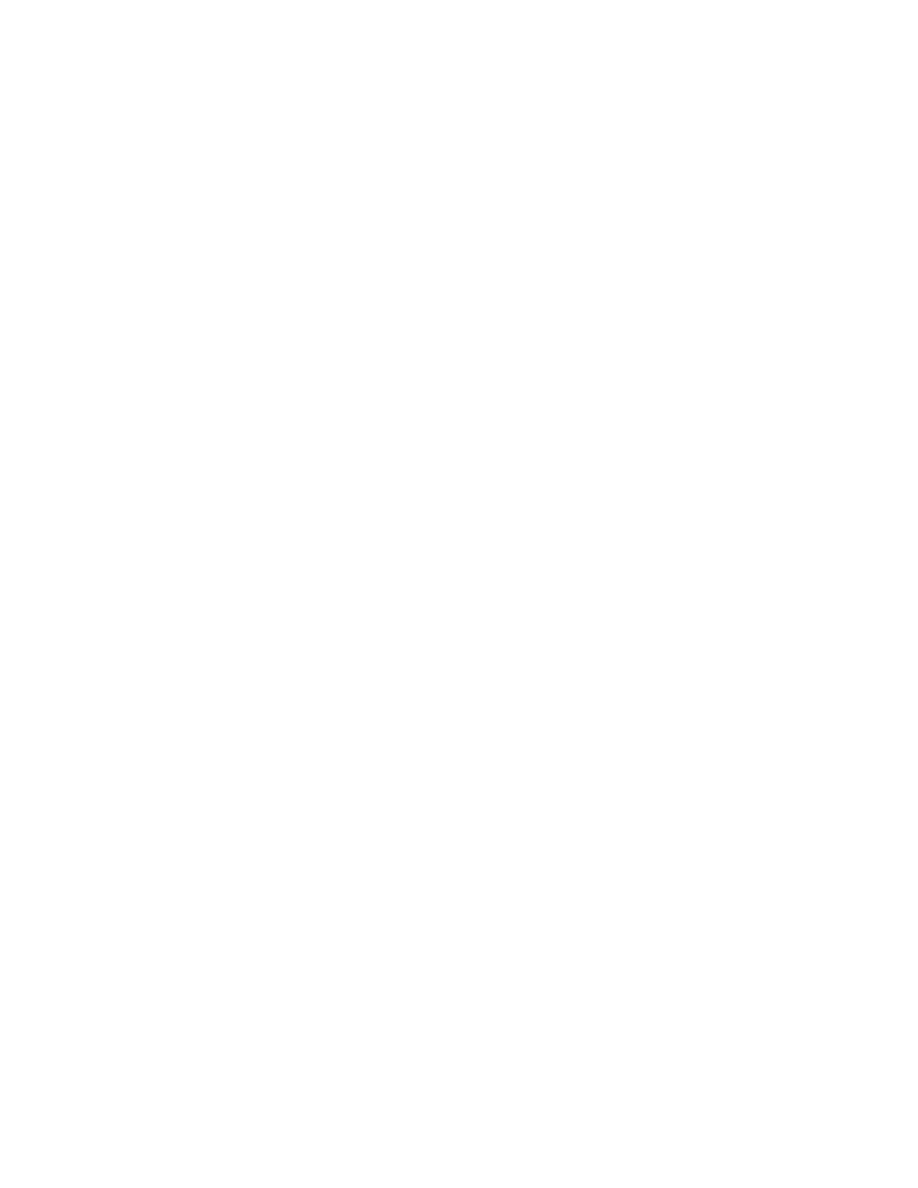
494
14 CFR Ch. I (1–1–24 Edition)
§ 61.55
make the person unable to meet the re-
quirements for the medical certificate
necessary for the pilot operation; or
(2) Is taking medication or receiving
other treatment for a medical condi-
tion that results in the person being
unable to meet the requirements for
the medical certificate necessary for
the pilot operation.
(b)
Operations that do not require a
medical certificate. For operations pro-
vided for in § 61.23(b) of this part, a per-
son shall not act as pilot in command,
or in any other capacity as a required
pilot flight crewmember, while that
person knows or has reason to know of
any medical condition that would
make the person unable to operate the
aircraft in a safe manner.
(c)
Operations requiring a medical cer-
tificate or a U.S. driver’s license. For op-
erations provided for in § 61.23(c), a per-
son must meet the provisions of—
(1) Paragraph (a) of this section if
that person holds a medical certificate
issued under part 67 of this chapter and
does not hold a U.S. driver’s license.
(2) Paragraph (b) of this section if
that person holds a U.S. driver’s li-
cense.
[Doc. No. 25910, 62 FR 16298, Apr. 4, 1997, as
amended by Amdt. 61–110, 69 FR 44866, July
27, 2004; Amdt. 61–124, 74 FR 42550, Aug. 21,
2009]
§ 61.55
Second-in-command qualifica-
tions.
(a) A person may serve as a second-
in-command of an aircraft type certifi-
cated for more than one required pilot
flight crewmember or in operations re-
quiring a second-in-command pilot
flight crewmember only if that person
holds:
(1) At least a private pilot certificate
with the appropriate category and
class rating; and
(2) An instrument rating or privilege
that applies to the aircraft being flown
if the flight is under IFR; and
(3) At least a pilot type rating for the
aircraft being flown unless the flight
will be conducted as domestic flight
operations within the United States
airspace.
(b) Except as provided in paragraph
(e) of this section, no person may serve
as a second-in-command of an aircraft
type certificated for more than one re-
quired pilot flight crewmember or in
operations requiring a second-in-com-
mand unless that person has within the
previous 12 calendar months:
(1) Become familiar with the fol-
lowing information for the specific
type aircraft for which second-in-com-
mand privileges are requested—
(i) Operational procedures applicable
to the powerplant, equipment, and sys-
tems.
(ii) Performance specifications and
limitations.
(iii) Normal, abnormal, and emer-
gency operating procedures.
(iv) Flight manual.
(v) Placards and markings.
(2) Except as provided in paragraph
(g) of this section, performed and
logged pilot time in the type of aircraft
or in a flight simulator that represents
the type of aircraft for which second-
in-command privileges are requested,
which includes—
(i) Three takeoffs and three landings
to a full stop as the sole manipulator of
the flight controls;
(ii) Engine-out procedures and ma-
neuvering with an engine out while
executing the duties of pilot in com-
mand; and
(iii) Crew resource management
training.
(c) If a person complies with the re-
quirements in paragraph (b) of this sec-
tion in the calendar month before or
the calendar month after the month in
which compliance with this section is
required, then that person is consid-
ered to have accomplished the training
and practice in the month it is due.
(d) A person may receive a second-in-
command pilot type rating for an air-
craft after satisfactorily completing
the second-in-command familiarization
training requirements under paragraph
(b) of this section in that type of air-
craft provided the training was com-
pleted within the 12 calendar months
before the month of application for the
SIC pilot type rating. The person must
comply with the following application
and pilot certification procedures:
(1) The person who provided the
training must sign the applicant’s log-
book or training record after each les-
son in accordance with § 61.51(h)(2) of
this part. In lieu of the trainer, it is
permissible for a qualified management
VerDate Sep<11>2014
14:00 Mar 14, 2024
Jkt 262047
PO 00000
Frm 00504
Fmt 8010
Sfmt 8002
Q:\14\14V2.TXT
PC31
aworley on LAPBH6H6L3 with DISTILLER
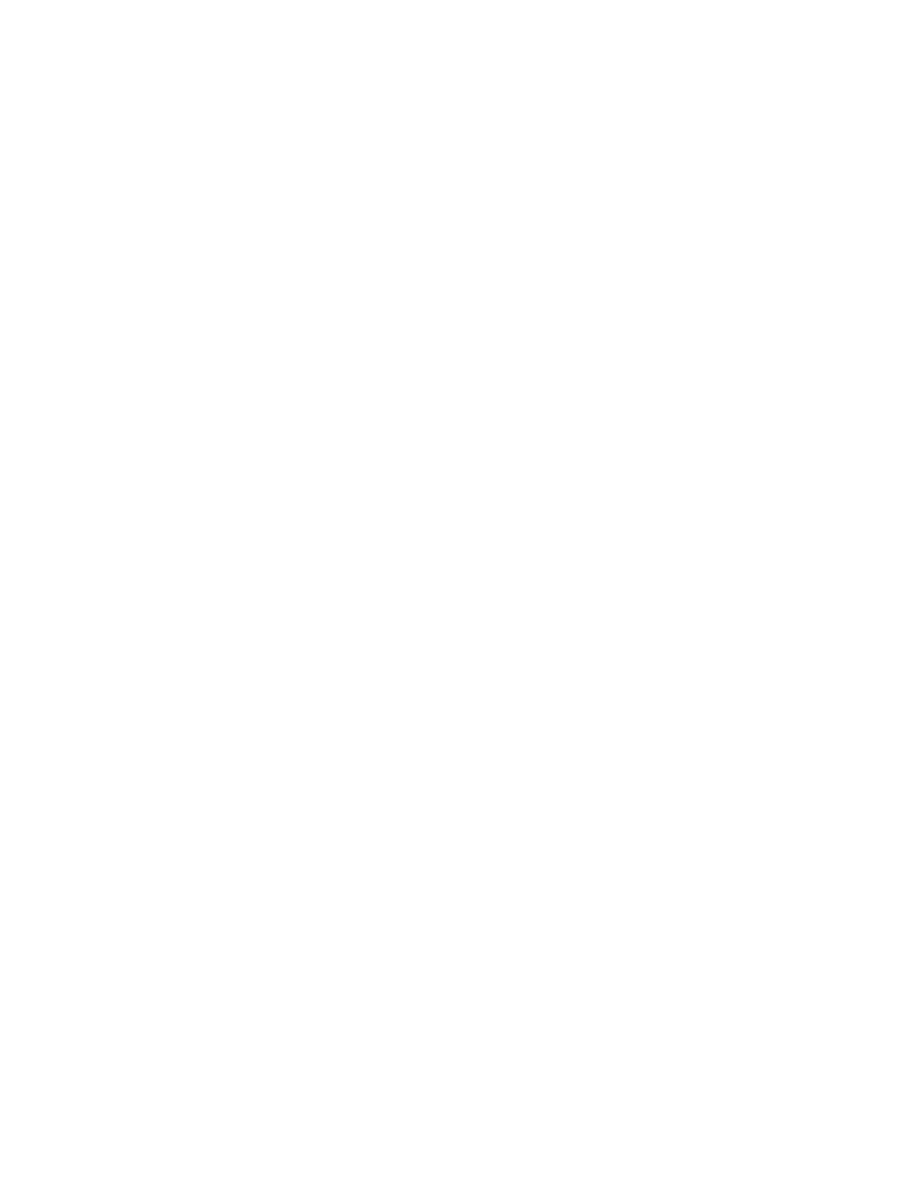
495
Federal Aviation Administration, DOT
§ 61.55
official within the organization to sign
the applicant’s training records or log-
book and make the required endorse-
ment. The qualified management offi-
cial must hold the position of Chief
Pilot, Director of Training, Director of
Operations, or another comparable
management position within the orga-
nization that provided the training and
must be in a position to verify the ap-
plicant’s training records and that the
training was given.
(2) The trainer or qualified manage-
ment official must make an endorse-
ment in the applicant’s logbook that
states ‘‘[Applicant’s Name and Pilot
Certificate Number] has demonstrated
the skill and knowledge required for
the safe operation of the [Type of Air-
craft], relevant to the duties and re-
sponsibilities of a second in com-
mand.’’
(3) If the applicant’s flight experience
and/or training records are in an elec-
tronic form, the applicant must
present a paper copy of those records
containing the signature of the trainer
or qualified management official to a
Flight Standards office or Examiner.
(4) The applicant must complete and
sign an Airman Certificate and/or Rat-
ing Application, FAA Form 8710–1, and
present the application to a Flight
Standards office or to an Examiner.
(5) The person who provided the
ground and flight training to the appli-
cant must sign the ‘‘Instructor’s Rec-
ommendation’’ section of the Airman
Certificate and/or Rating Application,
FAA Form 8710–1. In lieu of the trainer,
it is permissible for a qualified man-
agement official within the organiza-
tion to sign the applicant’s FAA Form
8710–1.
(6) The applicant must appear in per-
son at a Flight Standards office or to
an Examiner with his or her logbook/
training records and with the com-
pleted and signed FAA Form 8710–1.
(7) There is no practical test required
for the issuance of the ‘‘SIC Privileges
Only’’ pilot type rating.
(e) A person may receive a second-in-
command pilot type rating for the type
of aircraft after satisfactorily com-
pleting an approved second-in-com-
mand training program, proficiency
check, or competency check under sub-
part K of part 91, part 125, or part 135,
as appropriate, in that type of aircraft
provided the training was completed
within the 12 calendar months before
the month of application for the SIC
pilot type rating. The person must
comply with the following application
and pilot certification procedures:
(1) The person who provided the
training must sign the applicant’s log-
book or training record after each les-
son in accordance with § 61.51(h)(2) of
this part. In lieu of the trainer, it is
permissible for a qualified management
official within the organization to sign
the applicant’s training records or log-
book and make the required endorse-
ment. The qualified management offi-
cial must hold the position of Chief
Pilot, Director of Training, Director of
Operations, or another comparable
management position within the orga-
nization that provided the training and
must be in a position to verify the ap-
plicant’s training records and that the
training was given.
(2) The trainer or qualified manage-
ment official must make an endorse-
ment in the applicant’s logbook that
states ‘‘[Applicant’s Name and Pilot
Certificate Number] has demonstrated
the skill and knowledge required for
the safe operation of the [Type of Air-
craft], relevant to the duties and re-
sponsibilities of a second in com-
mand.’’
(3) If the applicant’s flight experience
and/or training records are in an elec-
tronic form, the applicant must pro-
vide a paper copy of those records con-
taining the signature of the trainer or
qualified management official to a
Flight Standards office, an Examiner,
or an Aircrew Program Designee.
(4) The applicant must complete and
sign an Airman Certificate and/or Rat-
ing Application, FAA Form 8710–1, and
present the application to a Flight
Standards office or to an Examiner or
to an authorized Aircrew Program Des-
ignee.
(5) The person who provided the
ground and flight training to the appli-
cant must sign the ‘‘Instructor’s Rec-
ommendation’’ section of the Airman
Certificate and/or Rating Application,
FAA Form 8710–1. In lieu of the trainer,
VerDate Sep<11>2014
14:00 Mar 14, 2024
Jkt 262047
PO 00000
Frm 00505
Fmt 8010
Sfmt 8002
Q:\14\14V2.TXT
PC31
aworley on LAPBH6H6L3 with DISTILLER
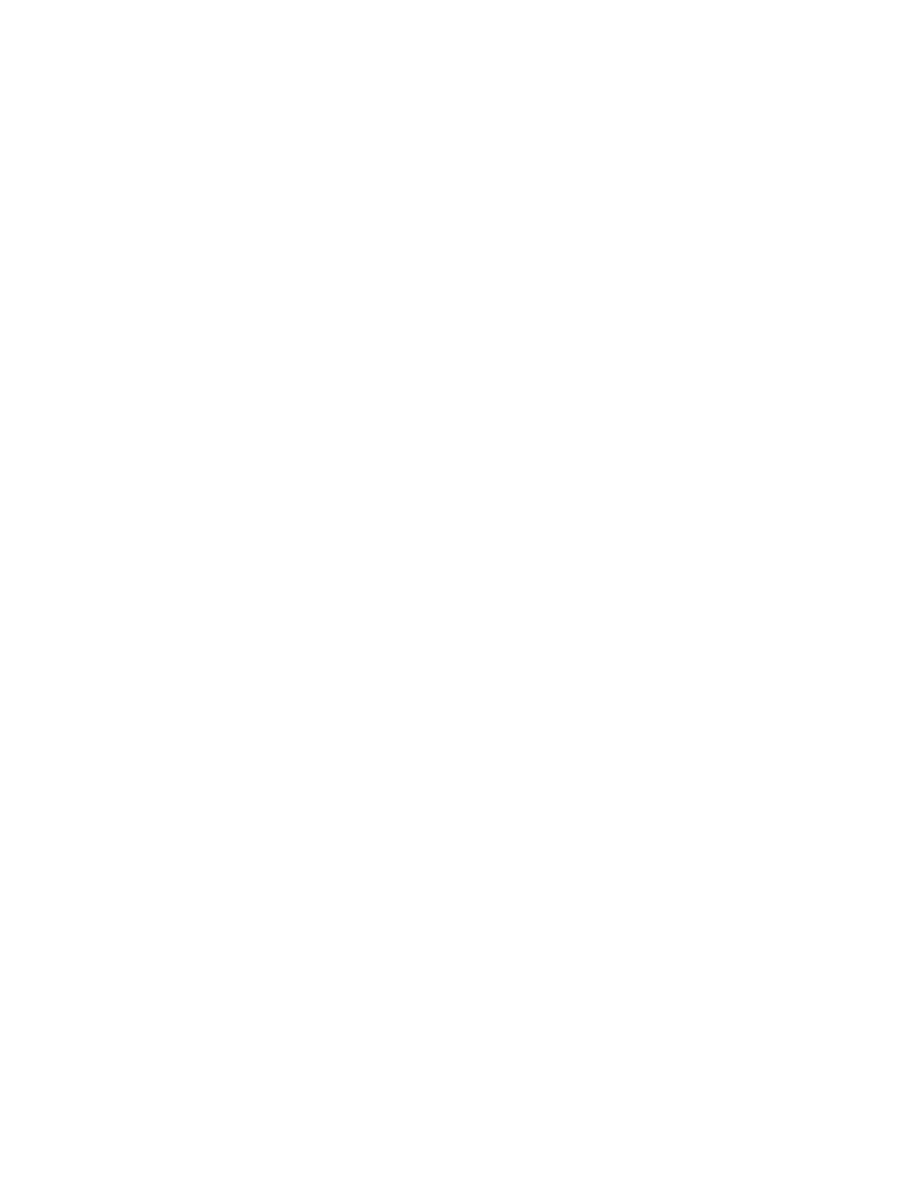
496
14 CFR Ch. I (1–1–24 Edition)
§ 61.56
it is permissible for a qualified man-
agement official within the organiza-
tion to sign the applicant’s FAA Form
8710–1.
(6) The applicant must appear in per-
son at a Flight Standards office or to
an Examiner or to an authorized Air-
crew Program Designee with his or her
logbook/training records and with the
completed and signed FAA Form 8710–
1.
(7) There is no practical test required
for the issuance of the ‘‘SIC Privileges
Only’’ pilot type rating.
(f) The familiarization training re-
quirements of paragraph (b) of this sec-
tion do not apply to a person who is:
(1) Designated and qualified as pilot
in command under subpart K of part 91,
part 121, 125, or 135 of this chapter in
that specific type of aircraft;
(2) Designated as the second in com-
mand under subpart K of part 91, part
121, 125, or 135 of this chapter in that
specific type of aircraft;
(3) Designated as the second in com-
mand in that specific type of aircraft
for the purpose of receiving flight
training required by this section, and
no passengers or cargo are carried on
the aircraft; or
(4) Designated as a safety pilot for
purposes required by § 91.109 of this
chapter.
(g) The holder of a commercial or air-
line transport pilot certificate with the
appropriate category and class rating
is not required to meet the require-
ments of paragraph (b)(2) of this sec-
tion, provided the pilot:
(1) Is conducting a ferry flight, air-
craft flight test, or evaluation flight of
an aircraft’s equipment; and
(2) Is not carrying any person or
property on board the aircraft, other
than necessary for conduct of the
flight.
(h) For the purpose of meeting the re-
quirements of paragraph (b) of this sec-
tion, a person may serve as second in
command in that specific type aircraft,
provided:
(1) The flight is conducted under day
VFR or day IFR; and
(2) No person or property is carried
on board the aircraft, other than nec-
essary for conduct of the flight.
(i) The training under paragraphs (b)
and (d) of this section and the training,
proficiency check, and competency
check under paragraph (e) of this sec-
tion may be accomplished in a flight
simulator that is used in accordance
with an approved training course con-
ducted by a training center certificated
under part 142 of this chapter or under
subpart K of part 91, part 121 or part 135
of this chapter.
(j) When an applicant for an initial
second-in-command qualification for a
particular type of aircraft receives all
the training in a flight simulator, that
applicant must satisfactorily complete
one takeoff and one landing in an air-
craft of the same type for which the
qualification is sought. This require-
ment does not apply to an applicant
who completes a proficiency check
under part 121 or competency check
under subpart K, part 91, part 125, or
part 135 for the particular type of air-
craft.
[Doc. No. 25910, 62 FR 16298, Apr. 4, 1997;
Amdt. 61–103, 62 FR 40898, July 30, 1997;
Amdt. 61–109, 68 FR 54559, Sept. 17, 2003;
Amdt. 61–113, 70 FR 45271, Aug. 4, 2005; Amdt.
61–109, 70 FR 61890, Oct. 27, 2005; Amdt. 61–124,
74 FR 42550, Aug. 21, 2009; Amdt. 61–128, 76 FR
54105, Aug. 31, 2011; Amdt. 61–130, 78 FR 42374,
July 15, 2013; Docket FAA–2018–0119, Amdt.
61–141, 83 FR 9170, Mar. 5, 2018]
§ 61.56
Flight review.
(a) Except as provided in paragraphs
(b) and (f) of this section, a flight re-
view consists of a minimum of 1 hour
of flight training and 1 hour of ground
training. The review must include:
(1) A review of the current general
operating and flight rules of part 91 of
this chapter; and
(2) A review of those maneuvers and
procedures that, at the discretion of
the person giving the review, are nec-
essary for the pilot to demonstrate the
safe exercise of the privileges of the
pilot certificate.
(b) Glider pilots may substitute a
minimum of three instructional flights
in a glider, each of which includes a
flight to traffic pattern altitude, in
lieu of the 1 hour of flight training re-
quired in paragraph (a) of this section.
(c) Except as provided in paragraphs
(d), (e), and (g) of this section, no per-
son may act as pilot in command of an
aircraft unless, since the beginning of
the 24th calendar month before the
VerDate Sep<11>2014
14:00 Mar 14, 2024
Jkt 262047
PO 00000
Frm 00506
Fmt 8010
Sfmt 8002
Q:\14\14V2.TXT
PC31
aworley on LAPBH6H6L3 with DISTILLER
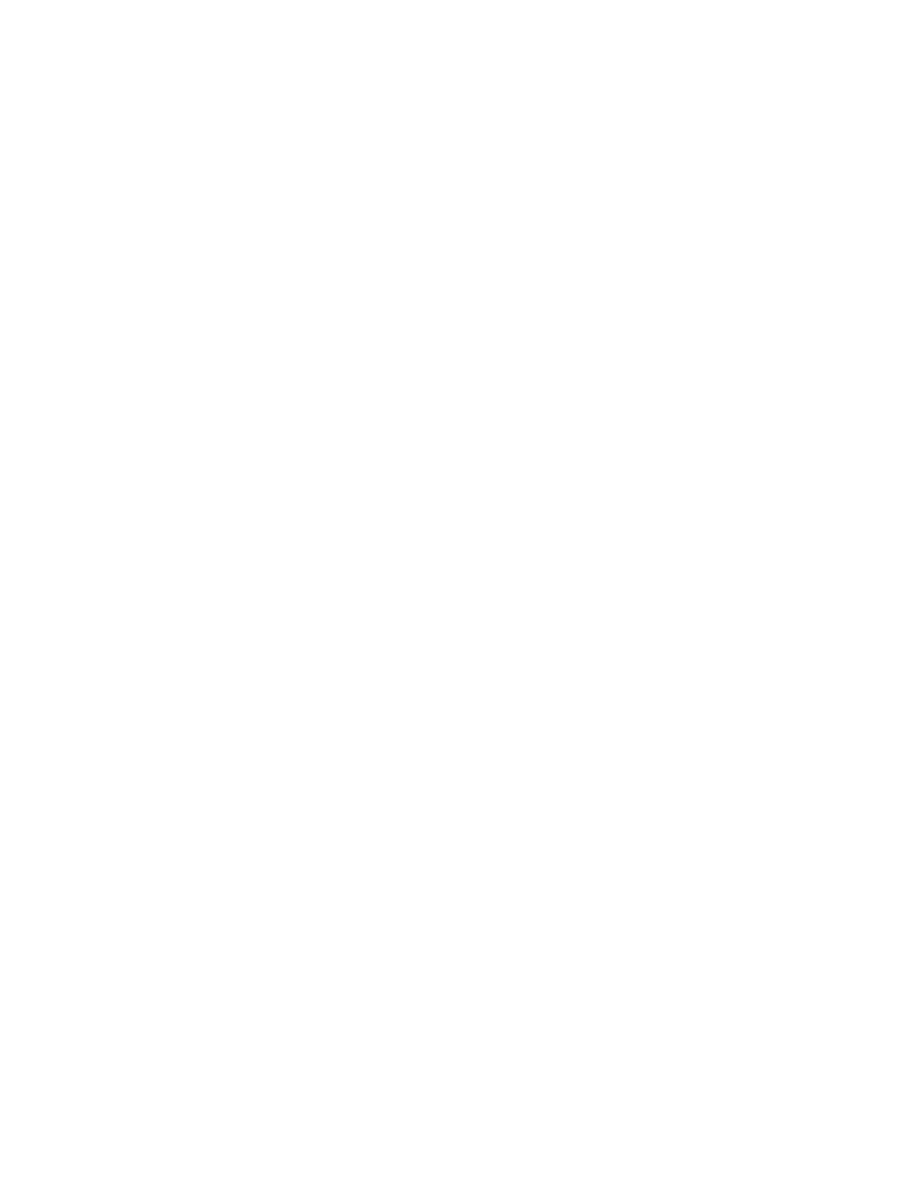
497
Federal Aviation Administration, DOT
§ 61.57
month in which that pilot acts as pilot
in command, that person has—
(1) Accomplished a flight review
given in an aircraft for which that
pilot is rated by an authorized instruc-
tor and
(2) A logbook endorsed from an au-
thorized instructor who gave the re-
view certifying that the person has sat-
isfactorily completed the review.
(d) A person who has, within the pe-
riod specified in paragraph (c) of this
section, passed any of the following
need not accomplish the flight review
required by this section:
(1) A pilot proficiency check or prac-
tical test conducted by an examiner, an
approved pilot check airman, or a U.S.
Armed Force, for a pilot certificate,
rating, or operating privilege.
(2) A practical test conducted by an
examiner for the issuance of a flight in-
structor certificate, an additional rat-
ing on a flight instructor certificate,
renewal of a flight instructor certifi-
cate, or reinstatement of a flight in-
structor certificate.
(e) A person who has, within the pe-
riod specified in paragraph (c) of this
section, satisfactorily accomplished
one or more phases of an FAA-spon-
sored pilot proficiency award program
need not accomplish the flight review
required by this section.
(f) A person who holds a flight in-
structor certificate and who has, with-
in the period specified in paragraph (c)
of this section, satisfactorily com-
pleted a renewal of a flight instructor
certificate under the provisions in
§ 61.197 need not accomplish the one
hour of ground training specified in
paragraph (a) of this section.
(g) A student pilot need not accom-
plish the flight review required by this
section provided the student pilot is
undergoing training for a certificate
and has a current solo flight endorse-
ment as required under § 61.87 of this
part.
(h) The requirements of this section
may be accomplished in combination
with the requirements of § 61.57 and
other applicable recent experience re-
quirements at the discretion of the au-
thorized instructor conducting the
flight review.
(i) A flight simulator or flight train-
ing device may be used to meet the
flight review requirements of this sec-
tion subject to the following condi-
tions:
(1) The flight simulator or flight
training device must be used in accord-
ance with an approved course con-
ducted by a training center certificated
under part 142 of this chapter.
(2) Unless the flight review is under-
taken in a flight simulator that is ap-
proved for landings, the applicant must
meet the takeoff and landing require-
ments of § 61.57(a) or § 61.57(b) of this
part.
(3) The flight simulator or flight
training device used must represent an
aircraft or set of aircraft for which the
pilot is rated.
[Doc. No. 25910, 62 FR 16298, Apr. 4, 1997;
Amdt. 61–103, 62 FR 40898, July 30, 1997;
Amdt. 61–104, 63 FR 20287, Apr. 23, 1998; Amdt.
61–124, 74 FR 42550, Aug. 21, 2009; Amdt. 61–
131, 78 FR 56828, Sept. 16, 2013]
§ 61.57
Recent flight experience: Pilot
in command.
(a)
General experience. (1) Except as
provided in paragraph (e) of this sec-
tion, no person may act as a pilot in
command of an aircraft carrying pas-
sengers or of an aircraft certificated
for more than one pilot flight crew-
member unless that person has made at
least three takeoffs and three landings
within the preceding 90 days, and—
(i) The person acted as the sole ma-
nipulator of the flight controls; and
(ii) The required takeoffs and land-
ings were performed in an aircraft of
the same category, class, and type (if a
type rating is required), and, if the air-
craft to be flown is an airplane with a
tailwheel, the takeoffs and landings
must have been made to a full stop in
an airplane with a tailwheel.
(2) For the purpose of meeting the re-
quirements of paragraph (a)(1) of this
section, a person may act as a pilot in
command of an aircraft under day VFR
or day IFR, provided no persons or
property are carried on board the air-
craft, other than those necessary for
the conduct of the flight.
(3) The takeoffs and landings re-
quired by paragraph (a)(1) of this sec-
tion may be accomplished in a full
flight simulator or flight training de-
vice that is—
VerDate Sep<11>2014
14:00 Mar 14, 2024
Jkt 262047
PO 00000
Frm 00507
Fmt 8010
Sfmt 8002
Q:\14\14V2.TXT
PC31
aworley on LAPBH6H6L3 with DISTILLER
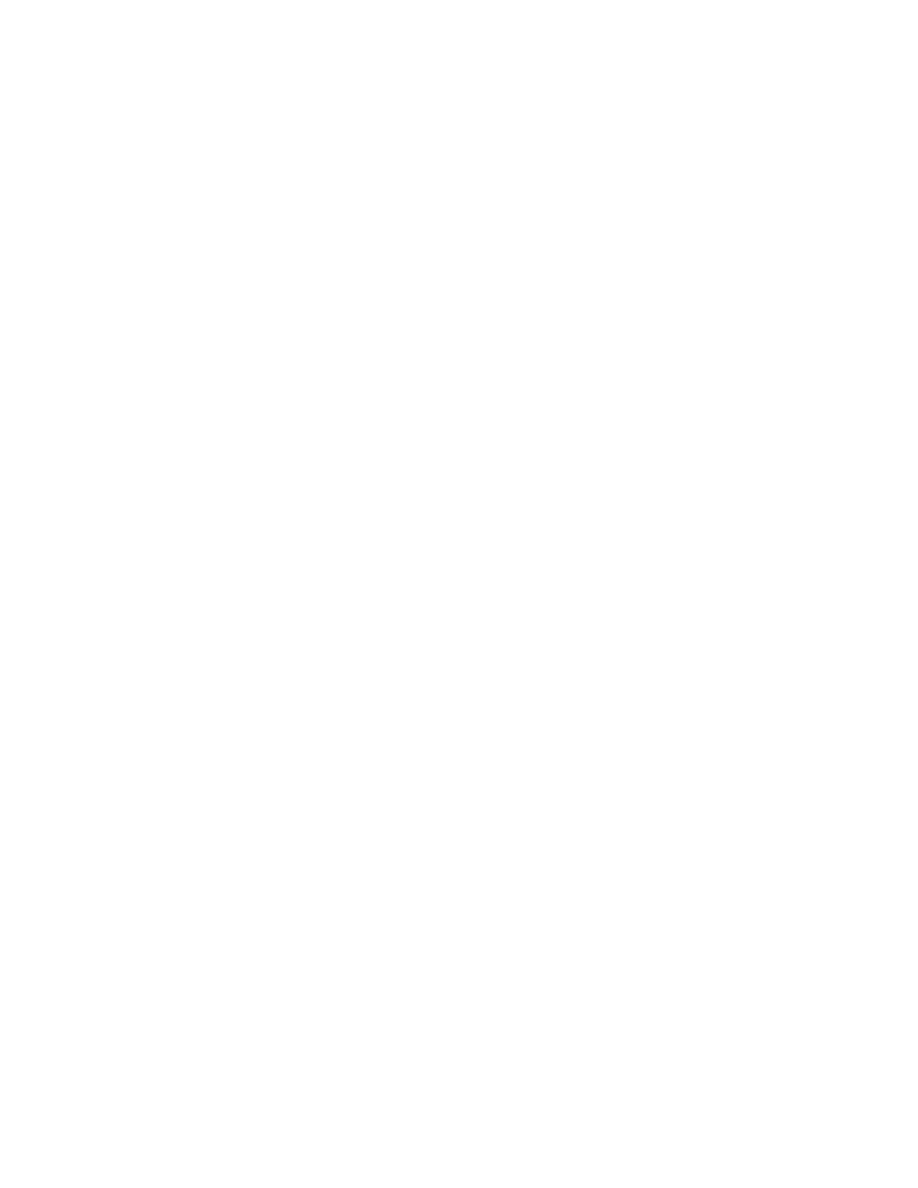
498
14 CFR Ch. I (1–1–24 Edition)
§ 61.57
(i) Approved by the Administrator for
landings; and
(ii) Used in accordance with an ap-
proved course conducted by a training
center certificated under part 142 of
this chapter.
(b)
Night takeoff and landing experi-
ence. (1) Except as provided in para-
graph (e) of this section, no person may
act as pilot in command of an aircraft
carrying passengers during the period
beginning 1 hour after sunset and end-
ing 1 hour before sunrise, unless within
the preceding 90 days that person has
made at least three takeoffs and three
landings to a full stop during the pe-
riod beginning 1 hour after sunset and
ending 1 hour before sunrise, and—
(i) That person acted as sole manipu-
lator of the flight controls; and
(ii) The required takeoffs and land-
ings were performed in an aircraft of
the same category, class, and type (if a
type rating is required).
(2) The takeoffs and landings re-
quired by paragraph (b)(1) of this sec-
tion may be accomplished in a full
flight simulator that is—
(i) Approved by the Administrator for
takeoffs and landings, if the visual sys-
tem is adjusted to represent the period
described in paragraph (b)(1) of this
section; and
(ii) Used in accordance with an ap-
proved course conducted by a training
center certificated under part 142 of
this chapter.
(c)
Instrument experience. Except as
provided in paragraph (e) of this sec-
tion, a person may act as pilot in com-
mand under IFR or weather conditions
less than the minimums prescribed for
VFR only if:
(1)
Use of an airplane, powered-lift, hel-
icopter, or airship for maintaining instru-
ment experience. Within the 6 calendar
months preceding the month of the
flight, that person performed and
logged at least the following tasks and
iterations in an airplane, powered-lift,
helicopter, or airship, as appropriate,
for the instrument rating privileges to
be maintained in actual weather condi-
tions, or under simulated conditions
using a view-limiting device that in-
volves having performed the fol-
lowing—
(i) Six instrument approaches.
(ii) Holding procedures and tasks.
(iii) Intercepting and tracking
courses through the use of navigational
electronic systems.
(2)
Use of a full flight simulator, flight
training device, or aviation training de-
vice for maintaining instrument experi-
ence. A pilot may accomplish the re-
quirements in paragraph (c)(1) of this
section in a full flight simulator, flight
training device, or aviation training
device provided the device represents
the category of aircraft for the instru-
ment rating privileges to be main-
tained and the pilot performs the tasks
and iterations in simulated instrument
conditions. A person may complete the
instrument experience in any combina-
tion of an aircraft, full flight simu-
lator, flight training device, or avia-
tion training device.
(3) Maintaining instrument recent
experience in a glider.
(i) Within the 6 calendar months pre-
ceding the month of the flight, that
person must have performed and logged
at least the following instrument cur-
rency tasks, iterations, and flight
time, and the instrument currency
must have been performed in actual
weather conditions or under simulated
weather conditions—
(A) One hour of instrument flight
time in a glider or in a single engine
airplane using a view-limiting device
while performing interception and
tracking courses through the use of
navigation electronic systems.
(B) Two hours of instrument flight
time in a glider or a single engine air-
plane with the use of a view-limiting
device while performing straight
glides, turns to specific headings, steep
turns, flight at various airspeeds, navi-
gation, and slow flight and stalls.
(ii) Before a pilot is allowed to carry
a passenger in a glider under IFR or in
weather conditions less than the mini-
mums prescribed for VFR, that pilot
must—
(A) Have logged and performed 2
hours of instrument flight time in a
glider within the 6 calendar months
preceding the month of the flight.
(B) Use a view-limiting-device while
practicing performance maneuvers,
performance airspeeds, navigation,
slow flight, and stalls.
(d)
Instrument proficiency check. (1)
Except as provided in paragraph (e) of
VerDate Sep<11>2014
14:00 Mar 14, 2024
Jkt 262047
PO 00000
Frm 00508
Fmt 8010
Sfmt 8002
Q:\14\14V2.TXT
PC31
aworley on LAPBH6H6L3 with DISTILLER
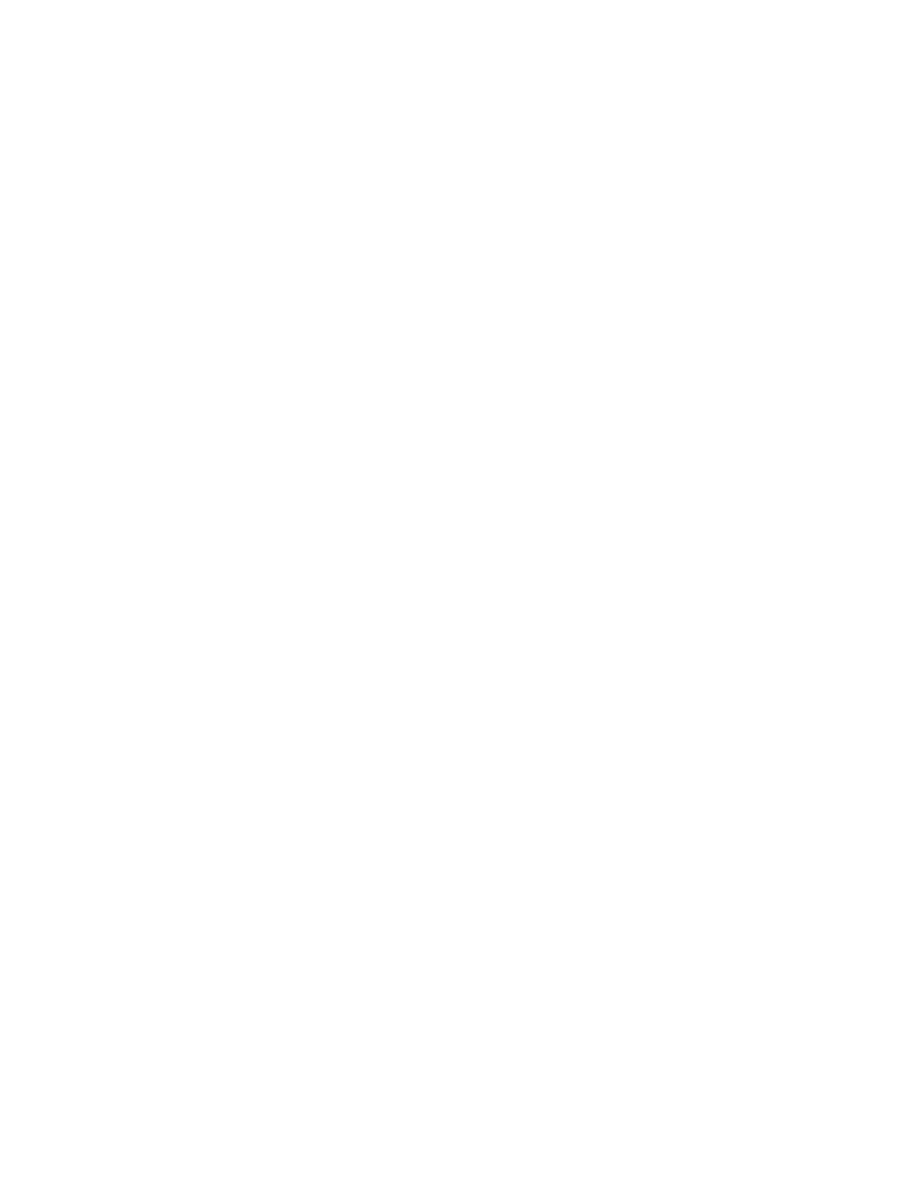
499
Federal Aviation Administration, DOT
§ 61.57
this section, a person who has failed to
meet the instrument experience re-
quirements of paragraph (c) of this sec-
tion for more than six calendar months
may reestablish instrument currency
only by completing an instrument pro-
ficiency check. The instrument pro-
ficiency check must consist of at least
the following areas of operation:
(i) Air traffic control clearances and
procedures;
(ii) Flight by reference to instru-
ments;
(iii) Navigation systems;
(iv) Instrument approach procedures;
(v) Emergency operations; and
(vi) Postflight procedures.
(2) The instrument proficiency check
must be—
(i) In an aircraft that is appropriate
to the aircraft category;
(ii) For other than a glider, in a full
flight simulator or flight training de-
vice that is representative of the air-
craft category; or
(iii) For a glider, in a single-engine
airplane or a glider.
(3) The instrument proficiency check
must be given by—
(i) An examiner;
(ii) A person authorized by the U.S.
Armed Forces to conduct instrument
flight tests, provided the person being
tested is a member of the U.S. Armed
Forces;
(iii) A company check pilot who is
authorized to conduct instrument
flight tests under part 121, 125, or 135 of
this chapter or subpart K of part 91 of
this chapter, and provided that both
the check pilot and the pilot being
tested are employees of that operator
or fractional ownership program man-
ager, as applicable;
(iv) An authorized instructor; or
(v) A person approved by the Admin-
istrator to conduct instrument prac-
tical tests.
(e)
Exceptions. (1) Paragraphs (a) and
(b) of this section do not apply to a
pilot in command who is employed by a
part 119 certificate holder authorized
to conduct operations under part 125
when the pilot is engaged in a flight
operation for that certificate holder if
the pilot in command is in compliance
with §§ 125.281 and 125.285 of this chap-
ter.
(2) This section does not apply to a
pilot in command who is employed by a
part 119 certificate holder authorized
to conduct operations under part 121
when the pilot is engaged in a flight
operation under part 91 or 121 for that
certificate holder if the pilot in com-
mand complies with §§ 121.436 and
121.439 of this chapter.
(3) This section does not apply to a
pilot in command who is employed by a
part 119 certificate holder authorized
to conduct operations under part 135
when the pilot is engaged in a flight
operation under parts 91 or 135 for that
certificate holder if the pilot in com-
mand is in compliance with §§ 135.243
and 135.247 of this chapter.
(4) Paragraph (b) of this section does
not apply to a pilot in command of a
turbine-powered airplane that is type
certificated for more than one pilot
crewmember, provided that pilot has
complied with the requirements of
paragraph (e)(4)(i) or (ii) of this sec-
tion:
(i) The pilot in command must hold
at least a commercial pilot certificate
with the appropriate category, class,
and type rating for each airplane that
is type certificated for more than one
pilot crewmember that the pilot seeks
to operate under this alternative, and:
(A) That pilot must have logged at
least 1,500 hours of aeronautical experi-
ence as a pilot;
(B) In each airplane that is type cer-
tificated for more than one pilot crew-
member that the pilot seeks to operate
under this alternative, that pilot must
have accomplished and logged the day-
time takeoff and landing recent flight
experience of paragraph (a) of this sec-
tion, as the sole manipulator of the
flight controls;
(C) Within the preceding 90 days prior
to the operation of that airplane that
is type certificated for more than one
pilot crewmember, the pilot must have
accomplished and logged at least 15
hours of flight time in the type of air-
plane that the pilot seeks to operate
under this alternative; and
(D) That pilot has accomplished and
logged at least 3 takeoffs and 3 land-
ings to a full stop, as the sole manipu-
lator of the flight controls, in a tur-
bine-powered airplane that requires
more than one pilot crewmember. The
VerDate Sep<11>2014
14:00 Mar 14, 2024
Jkt 262047
PO 00000
Frm 00509
Fmt 8010
Sfmt 8002
Q:\14\14V2.TXT
PC31
aworley on LAPBH6H6L3 with DISTILLER

500
14 CFR Ch. I (1–1–24 Edition)
§ 61.57
pilot must have performed the takeoffs
and landings during the period begin-
ning 1 hour after sunset and ending 1
hour before sunrise within the pre-
ceding 6 months prior to the month of
the flight.
(ii) The pilot in command must hold
at least a commercial pilot certificate
with the appropriate category, class,
and type rating for each airplane that
is type certificated for more than one
pilot crewmember that the pilot seeks
to operate under this alternative, and:
(A) That pilot must have logged at
least 1,500 hours of aeronautical experi-
ence as a pilot;
(B) In each airplane that is type cer-
tificated for more than one pilot crew-
member that the pilot seeks to operate
under this alternative, that pilot must
have accomplished and logged the day-
time takeoff and landing recent flight
experience of paragraph (a) of this sec-
tion, as the sole manipulator of the
flight controls;
(C) Within the preceding 90 days prior
to the operation of that airplane that
is type certificated for more than one
pilot crewmember, the pilot must have
accomplished and logged at least 15
hours of flight time in the type of air-
plane that the pilot seeks to operate
under this alternative; and
(D) Within the preceding 12 months
prior to the month of the flight, the
pilot must have completed a training
program that is approved under part
142 of this chapter. The approved train-
ing program must have required and
the pilot must have performed, at least
6 takeoffs and 6 landings to a full stop
as the sole manipulator of the controls
in a full flight simulator that is rep-
resentative of a turbine-powered air-
plane that requires more than one pilot
crewmember. The full flight simula-
tor’s visual system must have been ad-
justed to represent the period begin-
ning 1 hour after sunset and ending 1
hour before sunrise.
(f)
Night vision goggle operating experi-
ence. (1) A person may act as pilot in
command in a night vision goggle oper-
ation with passengers on board only if,
within 2 calendar months preceding the
month of the flight, that person per-
forms and logs the following tasks as
the sole manipulator of the controls on
a flight during a night vision goggle
operation—
(i) Three takeoffs and three landings,
with each takeoff and landing includ-
ing a climbout, cruise, descent, and ap-
proach phase of flight (only required if
the pilot wants to use night vision gog-
gles during the takeoff and landing
phases of the flight).
(ii) Three hovering tasks (only re-
quired if the pilot wants to use night
vision goggles when operating heli-
copters or powered-lifts during the hov-
ering phase of flight).
(iii) Three area departure and area
arrival tasks.
(iv) Three tasks of transitioning from
aided night flight (
aided night flight
means that the pilot uses night vision
goggles to maintain visual surface ref-
erence) to unaided night flight (
unaided
night flight means that the pilot does
not use night vision goggles) and back
to aided night flight.
(v) Three night vision goggle oper-
ations, or when operating helicopters
or powered-lifts, six night vision goggle
operations.
(2) A person may act as pilot in com-
mand using night vision goggles only
if, within the 4 calendar months pre-
ceding the month of the flight, that
person performs and logs the tasks list-
ed in paragraph (f)(1)(i) through (v) of
this section as the sole manipulator of
the controls during a night vision gog-
gle operation.
(g)
Night vision goggle proficiency
check. A person must either meet the
night vision goggle experience require-
ments of paragraphs (f)(1) or (f)(2) of
this section or pass a night vision gog-
gle proficiency check to act as pilot in
command using night vision goggles.
The proficiency check must be per-
formed in the category of aircraft that
is appropriate to the night vision gog-
gle operation for which the person is
seeking the night vision goggle privi-
lege or in a full flight simulator or
flight training device that is represent-
ative of that category of aircraft. The
check must consist of the tasks listed
in § 61.31(k), and the check must be per-
formed by:
(1) An Examiner who is qualified to
perform night vision goggle operations
in that same aircraft category and
class;
VerDate Sep<11>2014
14:00 Mar 14, 2024
Jkt 262047
PO 00000
Frm 00510
Fmt 8010
Sfmt 8002
Q:\14\14V2.TXT
PC31
aworley on LAPBH6H6L3 with DISTILLER
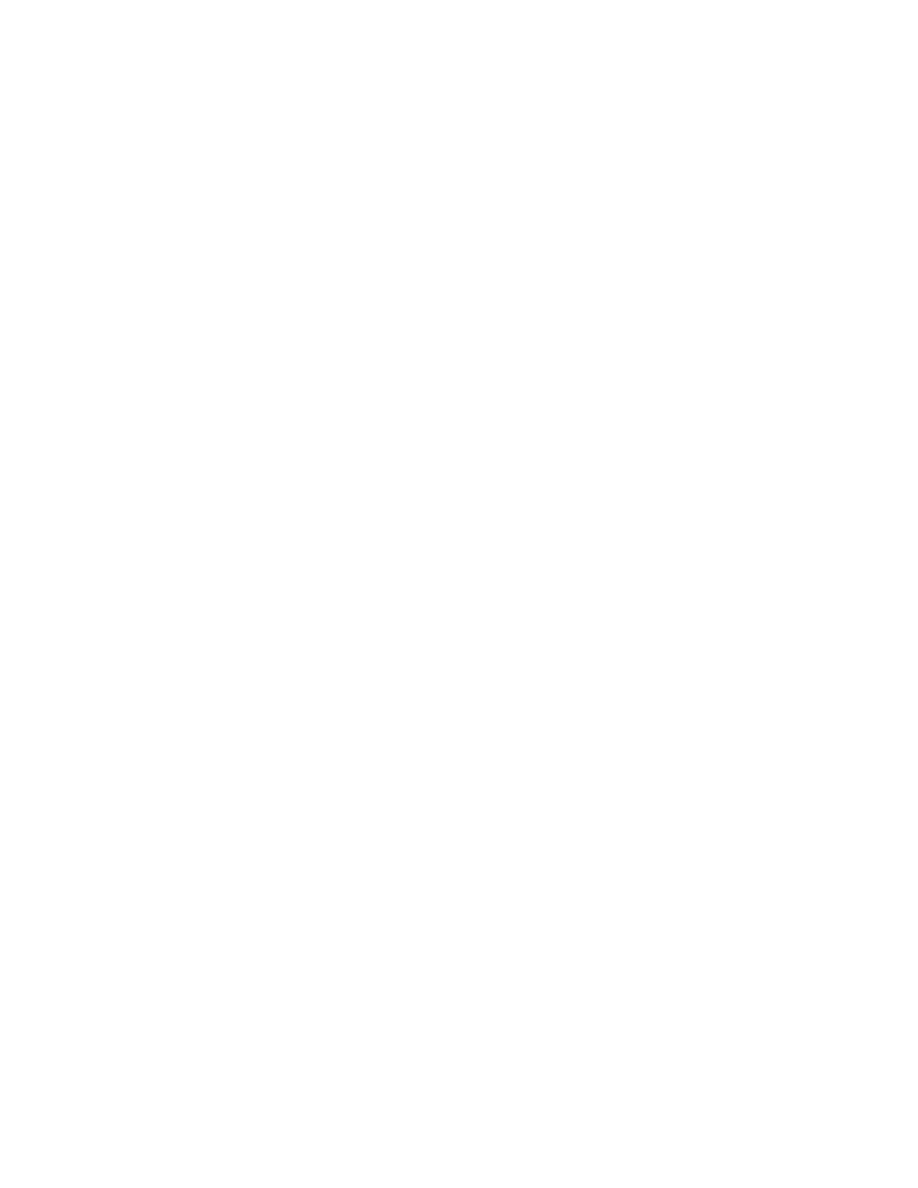
501
Federal Aviation Administration, DOT
§ 61.58
(2) A person who is authorized by the
U.S. Armed Forces to perform night vi-
sion goggle proficiency checks, pro-
vided the person being administered
the check is also a member of the U.S.
Armed Forces;
(3) A company check pilot who is au-
thorized to perform night vision goggle
proficiency checks under parts 121, 125,
or 135 of this chapter, provided that
both the check pilot and the pilot
being tested are employees of that op-
erator;
(4) An authorized flight instructor
who is qualified to perform night vision
goggle operations in that same aircraft
category and class;
(5) A person who is qualified as pilot
in command for night vision goggle op-
erations in accordance with paragraph
(f) of this section; or
(6) A person approved by the FAA to
perform night vision goggle proficiency
checks.
[Doc. No. 25910, 62 FR 16298, Apr. 4, 1997;
Amdt. 61–103, 62 FR 40898, July 30, 1997]
E
DITORIAL
N
OTE
: For F
EDERAL
R
EGISTER
ci-
tations affecting § 61.57, see the List of CFR
Sections Affected, which appears in the
Finding Aids section of the printed volume
and at
www.govinfo.gov.
§ 61.58
Pilot-in-command proficiency
check: Operation of an aircraft that
requires more than one pilot flight
crewmember or is turbojet-pow-
ered.
(a) Except as otherwise provided in
this section, to serve as pilot in com-
mand of an aircraft that is type certifi-
cated for more than one required pilot
flight crewmember or is turbojet-pow-
ered, a person must—
(1) Within the preceding 12 calendar
months, complete a pilot-in-command
proficiency check in an aircraft that is
type certificated for more than one re-
quired pilot flight crewmember or is
turbojet-powered; and
(2) Within the preceding 24 calendar
months, complete a pilot-in-command
proficiency check in the particular
type of aircraft in which that person
will serve as pilot in command, that is
type certificated for more than one re-
quired pilot flight crewmember or is
turbojet-powered.
(b) This section does not apply to
persons conducting operations under
subpart K of part 91, part 121, 125, 133,
135, or 137 of this chapter, or persons
maintaining continuing qualification
under an Advanced Qualification pro-
gram approved under subpart Y of part
121 of this chapter.
(c) The pilot-in-command proficiency
check given in accordance with the
provisions of subpart K of part 91, part
121, 125, or 135 of this chapter may be
used to satisfy the requirements of this
section.
(d) The pilot-in-command proficiency
check required by paragraph (a) of this
section may be accomplished by satis-
factory completion of one of the fol-
lowing:
(1) A pilot-in-command proficiency
check conducted by a person author-
ized by the Administrator, consisting
of the aeronautical knowledge areas,
areas of operations, and tasks required
for a type rating, in an aircraft that is
type certificated for more than one
pilot flight crewmember or is turbojet-
powered;
(2) The practical test required for a
type rating, in an aircraft that is type
certificated for more than one required
pilot flight crewmember or is turbojet-
powered;
(3) The initial or periodic practical
test required for the issuance of a pilot
examiner or check airman designation,
in an aircraft that is type certificated
for more than one required pilot flight
crewmember or is turbojet-powered;
(4) A pilot proficiency check adminis-
tered by a U.S. Armed Force that
qualifies the military pilot for pilot-in-
command designation with instrument
privileges, and was performed in a mili-
tary aircraft that the military requires
to be operated by more than one pilot
flight crewmember or is turbojet-pow-
ered;
(5) For a pilot authorized by the Ad-
ministrator to operate an experimental
turbojet-powered aircraft that pos-
sesses, by original design or through
modification, more than a single seat,
the required proficiency check for all
of the experimental turbojet-powered
aircraft for which the pilot holds an
authorization may be accomplished by
completing any one of the following:
(i) A single proficiency check, con-
ducted by an examiner authorized by
the Administrator, in any one of the
VerDate Sep<11>2014
14:00 Mar 14, 2024
Jkt 262047
PO 00000
Frm 00511
Fmt 8010
Sfmt 8002
Q:\14\14V2.TXT
PC31
aworley on LAPBH6H6L3 with DISTILLER
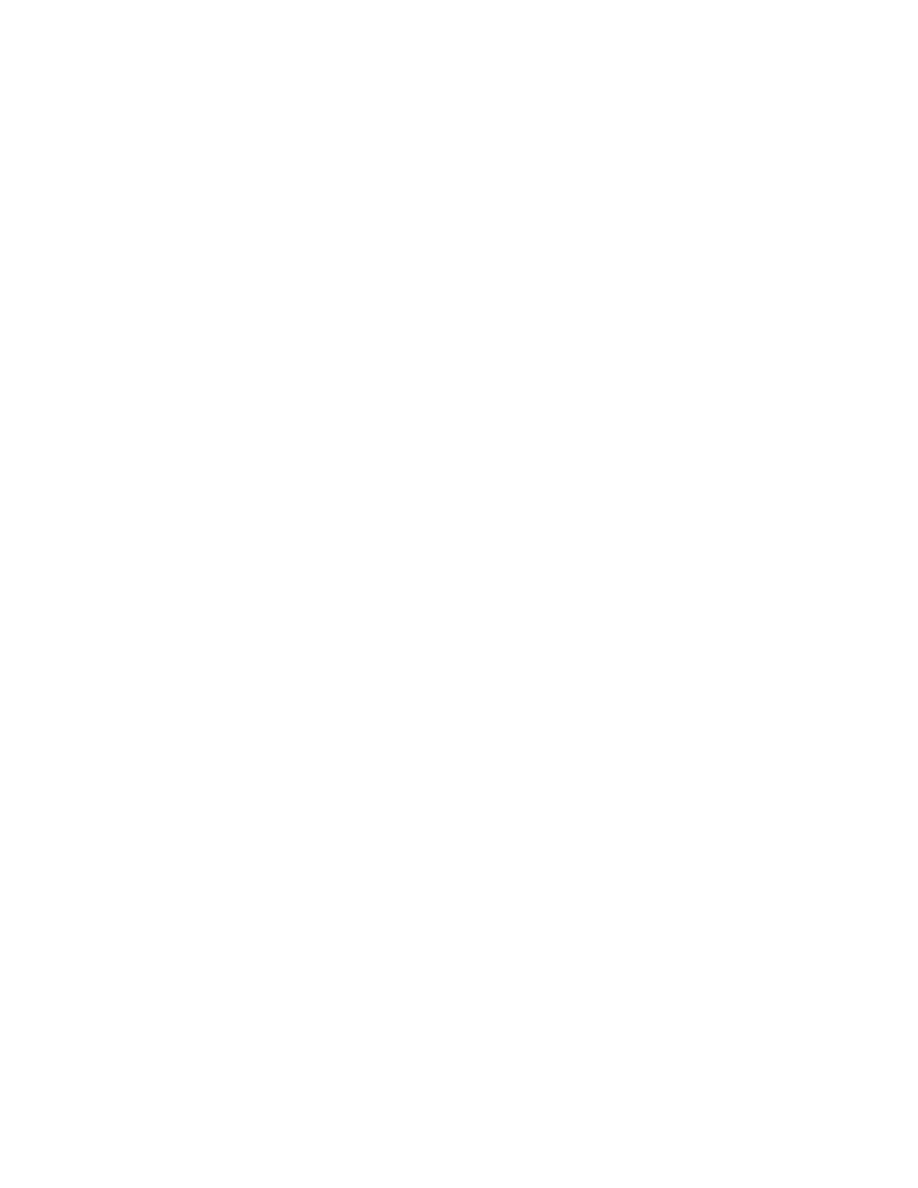
502
14 CFR Ch. I (1–1–24 Edition)
§ 61.58
experimental turbojet-powered aircraft
for which the airman holds an author-
ization to operate if conducted within
the prior 12 months;
(ii) A single proficiency check, con-
ducted by an examiner authorized by
the Administrator, in any experi-
mental turbojet-powered aircraft (
e.g.,
if a pilot acquires a new authorization
to operate an additional experimental
turbojet-powered aircraft, the check
for that new authorization will meet
the intent), if conducted within the
prior 12 months;
(iii) Current qualification under an
Advanced Qualification Program (AQP)
under subpart Y of part 121 of this
chapter;
(iv) Any proficiency check conducted
under subpart K of part 91, part 121, or
part 135 of this chapter within the prior
12 months if conducted in a turbojet-
powered aircraft; or
(v) Any other § 61.58 proficiency
check conducted within the prior 12
months if conducted in a turbojet-pow-
ered aircraft.
(e) The pilot of a multi-seat experi-
mental turbojet-powered aircraft who
has not received a proficiency check
within the prior 12 months in accord-
ance with this section may continue to
operate such aircraft in accordance
with the pilot’s authorizations. How-
ever, the pilot is prohibited from car-
riage of any persons in any experi-
mental turbojet-powered aircraft with
the exception of those individuals au-
thorized by the Administrator to con-
duct training, conduct flight checks, or
perform pilot certification functions in
such aircraft, and only during flights
specifically related to training, flight
checks, or certification in such air-
craft.
(f) This section will not apply to a
pilot authorized by the Administrator
to serve as pilot in command in experi-
mental turbojet-powered aircraft that
possesses, by original design, a single
seat, when operating such single-seat
aircraft.
(g) A check or test described in para-
graphs (d)(1) through (5) of this section
may be accomplished in a flight simu-
lator under part 142 of this chapter,
subject to the following:
(1) Except as provided for in para-
graphs (g)(2) and (3) of this section, if
an otherwise qualified and approved
flight simulator used for a pilot-in-
command proficiency check is not
qualified and approved for a specific re-
quired maneuver—
(i) The training center must anno-
tate, in the applicant’s training record,
the maneuver or maneuvers omitted;
and
(ii) Prior to acting as pilot in com-
mand, the pilot must demonstrate pro-
ficiency in each omitted maneuver in
an aircraft or flight simulator qualified
and approved for each omitted maneu-
ver.
(2) If the flight simulator used pursu-
ant to paragraph (g) of this section is
not qualified and approved for circling
approaches—
(i) The applicant’s record must in-
clude the statement, ‘‘Proficiency in
circling approaches not demonstrated’’;
and
(ii) The applicant may not perform
circling approaches as pilot in com-
mand when weather conditions are less
than the basic VFR conditions de-
scribed in § 91.155 of this chapter, until
proficiency in circling approaches has
been successfully demonstrated in a
flight simulator qualified and approved
for circling approaches or in an aircraft
to a person authorized by the Adminis-
trator to conduct the check required
by this section.
(3) If the flight simulator used pursu-
ant to paragraph (g) of this section is
not qualified and approved for land-
ings, the applicant must—
(i) Hold a type rating in the airplane
represented by the simulator; and
(ii) Have completed within the pre-
ceding 90 days at least three takeoffs
and three landings (one to a full stop)
as the sole manipulator of the flight
controls in the type airplane for which
the pilot-in-command proficiency
check is sought.
(h) For the purpose of meeting the
pilot-in-command proficiency check re-
quirements of paragraph (a) of this sec-
tion, a person may act as pilot in com-
mand of a flight under day VFR condi-
tions or day IFR conditions if no per-
son or property is carried, other than
as necessary to demonstrate compli-
ance with this part.
(i) If a pilot takes the pilot-in-com-
mand proficiency check required by
VerDate Sep<11>2014
14:00 Mar 14, 2024
Jkt 262047
PO 00000
Frm 00512
Fmt 8010
Sfmt 8002
Q:\14\14V2.TXT
PC31
aworley on LAPBH6H6L3 with DISTILLER
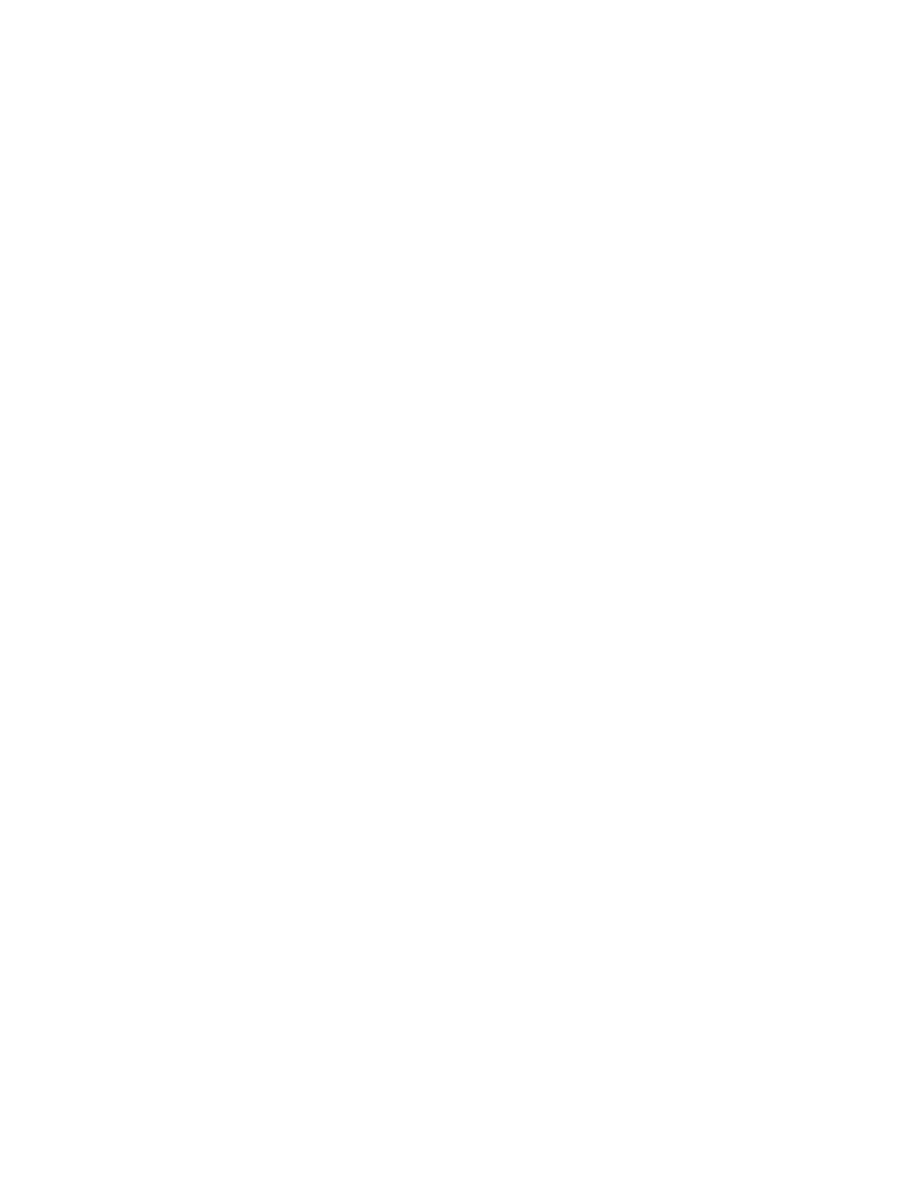
503
Federal Aviation Administration, DOT
§ 61.63
this section in the calendar month be-
fore or the calendar month after the
month in which it is due, the pilot is
considered to have taken it in the
month in which it was due for the pur-
pose of computing when the next pilot-
in-command proficiency check is due.
[Doc. No. 25910, 62 FR 40899, July 30, 1997, as
amended by Amdt. 61–109, 68 FR 54559, Sept.
17, 2003; Amdt. 61–112, 70 FR 54814, Sept. 16,
2005; Amdt. 61–128, 76 FR 54106, Aug. 31, 2011;
76 FR 63184, Oct. 12, 2011; Docket No. FAA–
2022–1355, Amdt. No. 61–151, 87 FR 75845, Dec.
9, 2022]
§ 61.59
Falsification, reproduction, or
alteration of applications, certifi-
cates, logbooks, reports, or records.
(a) No person may make or cause to
be made:
(1) Any fraudulent or intentionally
false statement on any application for
a certificate, rating, authorization, or
duplicate thereof, issued under this
part;
(2) Any fraudulent or intentionally
false entry in any logbook, record, or
report that is required to be kept,
made, or used to show compliance with
any requirement for the issuance or ex-
ercise of the privileges of any certifi-
cate, rating, or authorization under
this part;
(3) Any reproduction for fraudulent
purpose of any certificate, rating, or
authorization, under this part; or
(4) Any alteration of any certificate,
rating, or authorization under this
part.
(b) The commission of an act prohib-
ited under paragraph (a) of this section
is a basis for suspending or revoking
any airman certificate, rating, or au-
thorization held by that person.
§ 61.60
Change of address.
The holder of a pilot, flight instruc-
tor, or ground instructor certificate
who has made a change in permanent
mailing address may not, after 30 days
from that date, exercise the privileges
of the certificate unless the holder has
notified in writing the FAA, Airman
Certification Branch, P.O. Box 25082,
Oklahoma City, OK 73125, of the new
permanent mailing address, or if the
permanent mailing address includes a
post office box number, then the hold-
er’s current residential address.
Subpart B—Aircraft Ratings and
Pilot Authorizations
§ 61.61
Applicability.
This subpart prescribes the require-
ments for the issuance of additional
aircraft ratings after a pilot certificate
is issued, issuance of a type rating con-
currently with a pilot certificate, and
the requirements for and limitations of
pilot authorizations issued by the Ad-
ministrator.
[Doc. No. FAA–2006–26661, 76 FR 78143, Dec.
16, 2011]
§ 61.63
Additional aircraft ratings
(other than for ratings at the air-
line transport pilot certification
level).
(a)
General. For an additional aircraft
rating on a pilot certificate, other than
for an airline transport pilot certifi-
cate, a person must meet the require-
ments of this section appropriate to
the additional aircraft rating sought.
(b)
Additional aircraft category rating.
A person who applies to add a category
rating to a pilot certificate:
(1) Must complete the training and
have the applicable aeronautical expe-
rience.
(2) Must have a logbook or training
record endorsement from an authorized
instructor attesting that the person
was found competent in the appro-
priate aeronautical knowledge areas
and proficient in the appropriate areas
of operation.
(3) Must pass the practical test.
(4) Need not take an additional
knowledge test, provided the applicant
holds an airplane, rotorcraft, powered-
lift, weight-shift-control aircraft, pow-
ered parachute, or airship rating at
that pilot certificate level.
(c)
Additional aircraft class rating. A
person who applies for an additional
class rating on a pilot certificate:
(1) Must have a logbook or training
record endorsement from an authorized
instructor attesting that the person
was found competent in the appro-
priate aeronautical knowledge areas
and proficient in the appropriate areas
of operation.
(2) Must pass the practical test.
(3) Need not meet the specified train-
ing time requirements prescribed by
VerDate Sep<11>2014
14:00 Mar 14, 2024
Jkt 262047
PO 00000
Frm 00513
Fmt 8010
Sfmt 8002
Q:\14\14V2.TXT
PC31
aworley on LAPBH6H6L3 with DISTILLER
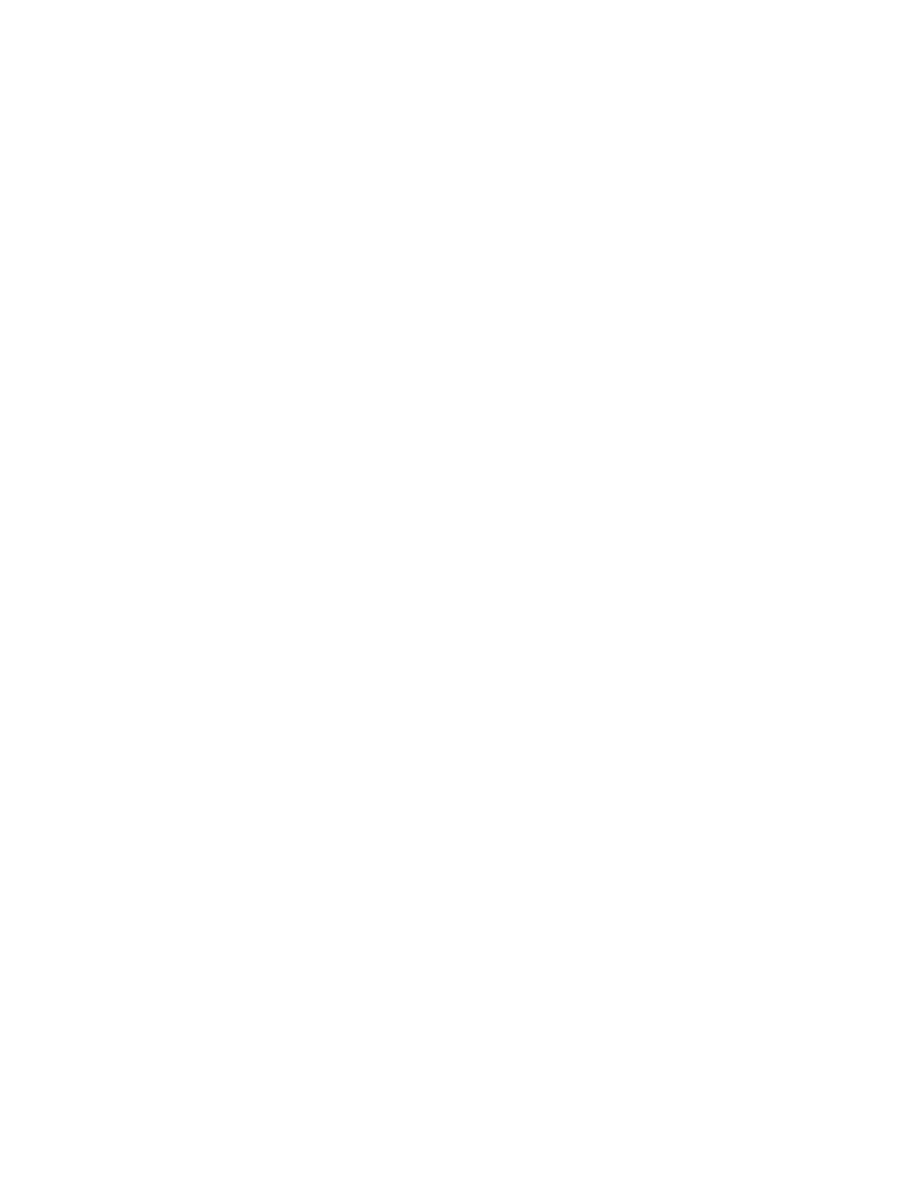
504
14 CFR Ch. I (1–1–24 Edition)
§ 61.63
this part that apply to the pilot certifi-
cate for the aircraft class rating
sought; unless, the person only holds a
lighter-than-air category rating with a
balloon class rating and is seeking an
airship class rating, then that person
must receive the specified training
time requirements and possess the ap-
propriate aeronautical experience.
(4) Need not take an additional
knowledge test, provided the applicant
holds an airplane, rotorcraft, powered-
lift, weight-shift-control aircraft, pow-
ered parachute, or airship rating at
that pilot certificate level.
(d)
Additional aircraft type rating. Ex-
cept as provided under paragraph (d)(6)
of this section, a person who applies for
an aircraft type rating or an aircraft
type rating to be completed concur-
rently with an aircraft category or
class rating—
(1) Must hold or concurrently obtain
an appropriate instrument rating, ex-
cept as provided in paragraph (e) of
this section.
(2) Must have a logbook or training
record endorsement from an authorized
instructor attesting that the person is
competent in the appropriate aero-
nautical knowledge areas and pro-
ficient in the appropriate areas of oper-
ation at the airline transport pilot cer-
tification level.
(3) Must pass the practical test at the
airline transport pilot certification
level.
(4) Must perform the practical test in
actual or simulated instrument condi-
tions, except as provided in paragraph
(e) of this section.
(5) Need not take an additional
knowledge test if the applicant holds
an airplane, rotorcraft, powered-lift, or
airship rating on the pilot certificate.
(6) In the case of a pilot employee of
a part 121 or part 135 certificate holder
or of a fractional ownership program
manager under subpart K of part 91 of
this chapter, the pilot must—
(i) Meet the appropriate require-
ments under paragraphs (d)(1), (d)(3),
and (d)(4) of this section; and
(ii) Receive a flight training record
endorsement from the certificate hold-
er attesting that the person completed
the certificate holder’s approved
ground and flight training program.
(e)
Aircraft not capable of instrument
maneuvers and procedures. (1) An appli-
cant for a type rating or a type rating
in addition to an aircraft category and/
or class rating who provides an aircraft
that is not capable of the instrument
maneuvers and procedures required on
the practical test:
(i) May apply for the type rating, but
the rating will be limited to ‘‘VFR
only.’’
(ii) May have the ‘‘VFR only’’ limita-
tion removed for that aircraft type
after the applicant:
(A) Passes a practical test in that
type of aircraft in actual or simulated
instrument conditions;
(B) Passes a practical test in that
type of aircraft on the appropriate in-
strument maneuvers and procedures in
§ 61.157; or
(C) Becomes qualified under § 61.73(d)
for that type of aircraft.
(2) When an instrument rating is
issued to a person who holds one or
more type ratings, the amended pilot
certificate must bear the ‘‘VFR only’’
limitation for each aircraft type rating
that the person did not demonstrate in-
strument competency.
(f)
Multiengine airplane with a single-
pilot station. An applicant for a type
rating, at other than the ATP certifi-
cation level, in a multiengine airplane
with a single-pilot station must per-
form the practical test in the multi-
seat version of that airplane, or the
practical test may be performed in the
single-seat version of that airplane if
the Examiner is in a position to ob-
serve the applicant during the prac-
tical test and there is no multi-seat
version of that multiengine airplane.
(g)
Single engine airplane with a single-
pilot station. An applicant for a type
rating, at other than the ATP certifi-
cation level, in a single engine airplane
with a single-pilot station must per-
form the practical test in the multi-
seat version of that single engine air-
plane, or the practical test may be per-
formed in the single-seat version of
that airplane if the Examiner is in a
position to observe the applicant dur-
ing the practical test and there is no
multi-seat version of that single engine
airplane.
VerDate Sep<11>2014
14:00 Mar 14, 2024
Jkt 262047
PO 00000
Frm 00514
Fmt 8010
Sfmt 8002
Q:\14\14V2.TXT
PC31
aworley on LAPBH6H6L3 with DISTILLER
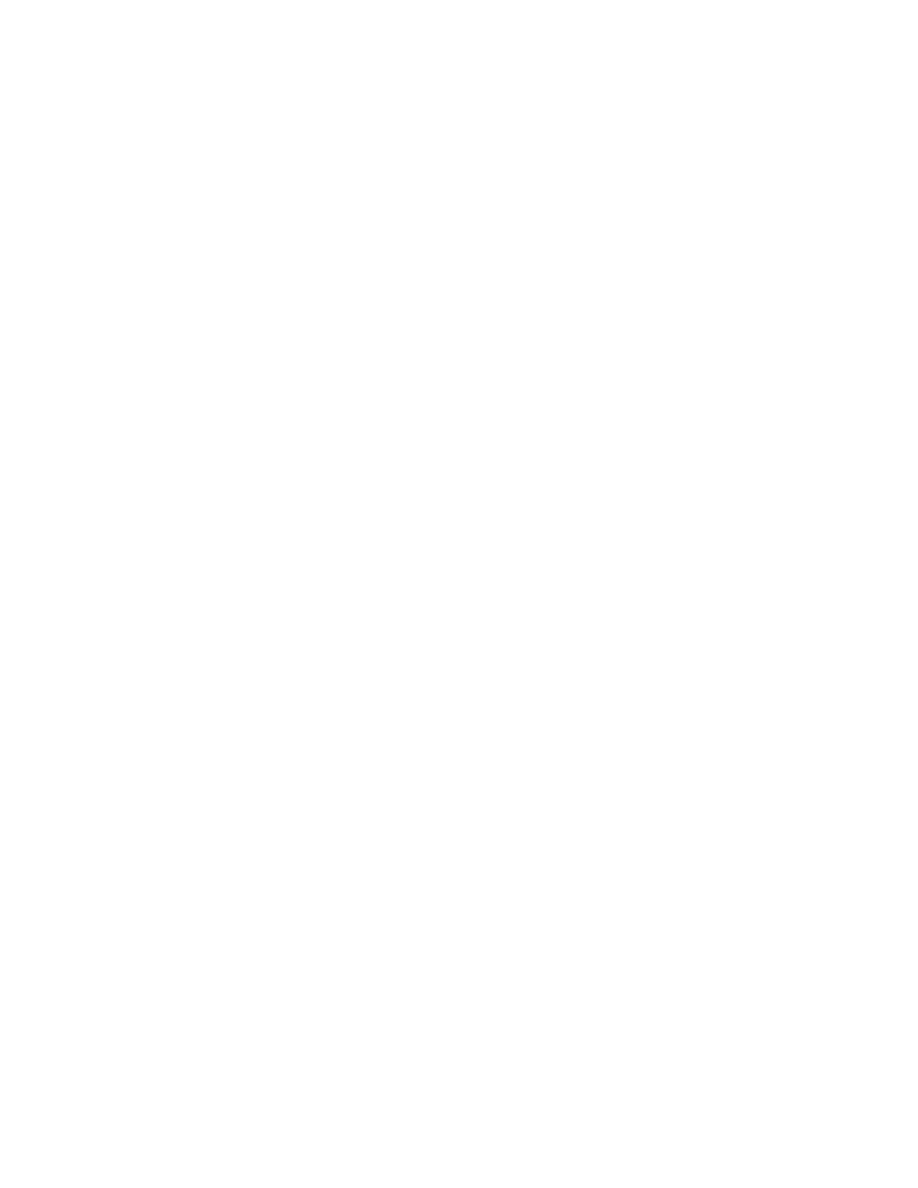
505
Federal Aviation Administration, DOT
§ 61.64
(h)
Aircraft category and class rating
for the operation of aircraft with an ex-
perimental certificate. A person holding
a recreational, private, or commercial
pilot certificate may apply for a cat-
egory and class rating limited to a spe-
cific make and model of experimental
aircraft, provided—
(1) The person logged 5 hours flight
time while acting as pilot in command
in the same category, class, make, and
model of aircraft.
(2) The person received a logbook en-
dorsement from an authorized instruc-
tor who determined the pilot’s pro-
ficiency to act as pilot in command of
the same category, class, make, and
model of aircraft.
(3) The flight time specified under
paragraph (h)(1) of this section was
logged between September 1, 2004 and
August 31, 2005.
(i)
Waiver authority. An Examiner
who conducts a practical test may
waive any task for which the FAA has
provided waiver authority.
[Doc. No. FAA–2006–26661, 74 FR 42552, Aug.
21, 2009, as amended by Amdt. 61–125, 75 FR
5220, Feb. 1, 2010]
§ 61.64
Use of a flight simulator and
flight training device.
(a)
Use of a flight simulator or flight
training device. If an applicant for a cer-
tificate or rating uses a flight simu-
lator or flight training device for train-
ing or any portion of the practical test,
the flight simulator and flight training
device—
(1) Must represent the category,
class, and type (if a type rating is ap-
plicable) for the rating sought; and
(2) Must be qualified and approved by
the Administrator and used in accord-
ance with an approved course of train-
ing under part 141 or part 142 of this
chapter; or under part 121 or part 135 of
this chapter, provided the applicant is
a pilot employee of that air carrier op-
erator.
(b) Except as provided in paragraph
(f) of this section, if an airplane is not
used during the practical test for a
type rating for a turbojet airplane (ex-
cept for preflight inspection), an appli-
cant must accomplish the entire prac-
tical test in a Level C or higher flight
simulator and the applicant must—
(1) Hold a type rating in a turbojet
airplane of the same class of airplane
for which the type rating is sought, and
that type rating may not contain a su-
pervised operating experience limita-
tion;
(2) Have 1,000 hours of flight time in
two different turbojet airplanes of the
same class of airplane for which the
type rating is sought;
(3) Have been appointed by the U.S.
Armed Forces as pilot in command in a
turbojet airplane of the same class of
airplane for which the type rating is
sought;
(4) Have 500 hours of flight time in
the same type of airplane for which the
type rating is sought; or
(5) Have logged at least 2,000 hours of
flight time, of which 500 hours were in
turbine-powered airplanes of the same
class of airplane for which the type rat-
ing is sought.
(c) Except as provided in paragraph
(f) of this section, if an airplane is not
used during the practical test for a
type rating for a turbo-propeller air-
plane (except for preflight inspection),
an applicant must accomplish the en-
tire practical test in a Level C or high-
er flight simulator and the applicant
must—
(1) Hold a type rating in a turbo-pro-
peller airplane of the same class of air-
plane for which the type rating is
sought, and that type rating may not
contain a supervised operating experi-
ence limitation;
(2) Have 1,000 hours of flight time in
two different turbo-propeller airplanes
of the same class of airplane for which
the type rating is sought;
(3) Have been appointed by the U.S.
Armed Forces as pilot in command in a
turbo-propeller airplane of the same
class of airplane for which the type rat-
ing is sought;
(4) Have 500 hours of flight time in
the same type of airplane for which the
type rating is sought; or
(5) Have logged at least 2,000 hours of
flight time, of which 500 hours were in
turbine-powered airplanes of the same
class of airplane for which the type rat-
ing is sought.
(d) Except as provided in paragraph
(f) of this section, if a helicopter is not
used during the practical test for a
type rating in a helicopter (except for
VerDate Sep<11>2014
14:00 Mar 14, 2024
Jkt 262047
PO 00000
Frm 00515
Fmt 8010
Sfmt 8002
Q:\14\14V2.TXT
PC31
aworley on LAPBH6H6L3 with DISTILLER
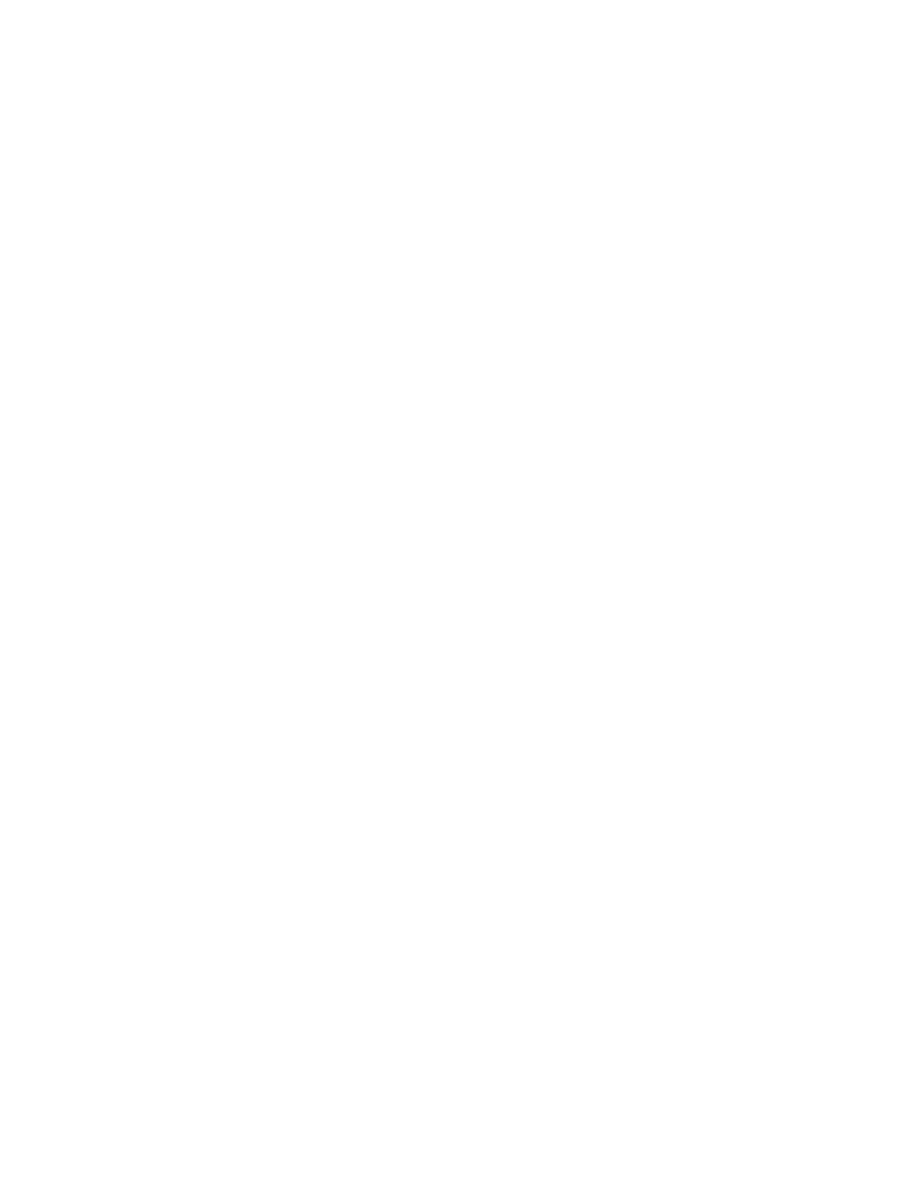
506
14 CFR Ch. I (1–1–24 Edition)
§ 61.65
preflight inspection), an applicant
must accomplish the entire practical
test in a Level C or higher flight simu-
lator and the applicant must meet one
of the following requirements—
(1) Hold a type rating in a helicopter
and that type rating may not contain
the supervised operating experience
limitation;
(2) Have been appointed by the U.S.
Armed Forces as pilot in command of a
helicopter;
(3) Have 500 hours of flight time in
the type of helicopter; or
(4) Have 1,000 hours of flight time in
two different types of helicopters.
(e) Except as provided in paragraph
(f) of this section, if a powered-lift is
not used during the practical test for a
type rating in a powered-lift (except
for preflight inspection), an applicant
must accomplish the entire practical
test in a Level C or higher flight simu-
lator and the applicant must meet one
of the following requirements—
(1) Hold a type rating in a powered-
lift without a supervised operating ex-
perience limitation;
(2) Have been appointed by the U.S.
Armed Forces as pilot in command of a
powered-lift;
(3) Have 500 hours of flight time in
the type of powered-lift for which the
rating is sought; or
(4) Have 1,000 hours of flight time in
two different types of powered-lifts.
(f) If the applicant does not meet one
of the experience requirements of para-
graphs (b)(1) through (5), (c)(1) through
(5), (d)(1) through (4) or (e)(1) through
(4) of this section, as appropriate to the
type rating sought, then—
(1) The applicant must complete the
following tasks on the practical test in
an aircraft appropriate to category,
class, and type for the rating sought:
Preflight inspection, normal takeoff,
normal instrument landing system ap-
proach, missed approach, and normal
landing; or
(2) The applicant’s pilot certificate
will be issued with a limitation that
states: ‘‘The [name of the additional
type rating] is subject to pilot in com-
mand limitations,’’ and the applicant
is restricted from serving as pilot in
command in an aircraft of that type.
(g) The limitation described under
paragraph (f)(2) of this section may be
removed from the pilot certificate if
the applicant complies with the fol-
lowing—
(1) Performs 25 hours of flight time in
an aircraft of the category, class, and
type for which the limitation applies
under the direct observation of the
pilot in command who holds a cat-
egory, class, and type rating, without
limitations, for the aircraft;
(2) Logs each flight and the pilot in
command who observed the flight at-
tests in writing to each flight;
(3) Obtains the flight time while per-
forming the duties of pilot in com-
mand; and
(4) Presents evidence of the super-
vised operating experience to any Ex-
aminer or Flight Standards office to
have the limitation removed.
[Doc. No. FAA–2006–26661, 76 FR 78143, Dec.
16, 2011, as amended by Docket FAA–2018–
0119, Amdt. 61–141, 83 FR 9170, Mar. 5, 2018]
§ 61.65
Instrument rating require-
ments.
(a)
General. A person who applies for
an instrument rating must:
(1) Hold at least a current private
pilot certificate, or be concurrently ap-
plying for a private pilot certificate,
with an airplane, helicopter, or pow-
ered-lift rating appropriate to the in-
strument rating sought;
(2) Be able to read, speak, write, and
understand the English language. If the
applicant is unable to meet any of
these requirements due to a medical
condition, the Administrator may
place such operating limitations on the
applicant’s pilot certificate as are nec-
essary for the safe operation of the air-
craft;
(3) Receive and log ground training
from an authorized instructor or ac-
complish a home-study course of train-
ing on the aeronautical knowledge
areas of paragraph (b) of this section
that apply to the instrument rating
sought;
(4) Receive a logbook or training
record endorsement from an authorized
instructor certifying that the person is
prepared to take the required knowl-
edge test;
(5) Receive and log training on the
areas of operation of paragraph (c) of
VerDate Sep<11>2014
14:00 Mar 14, 2024
Jkt 262047
PO 00000
Frm 00516
Fmt 8010
Sfmt 8002
Q:\14\14V2.TXT
PC31
aworley on LAPBH6H6L3 with DISTILLER
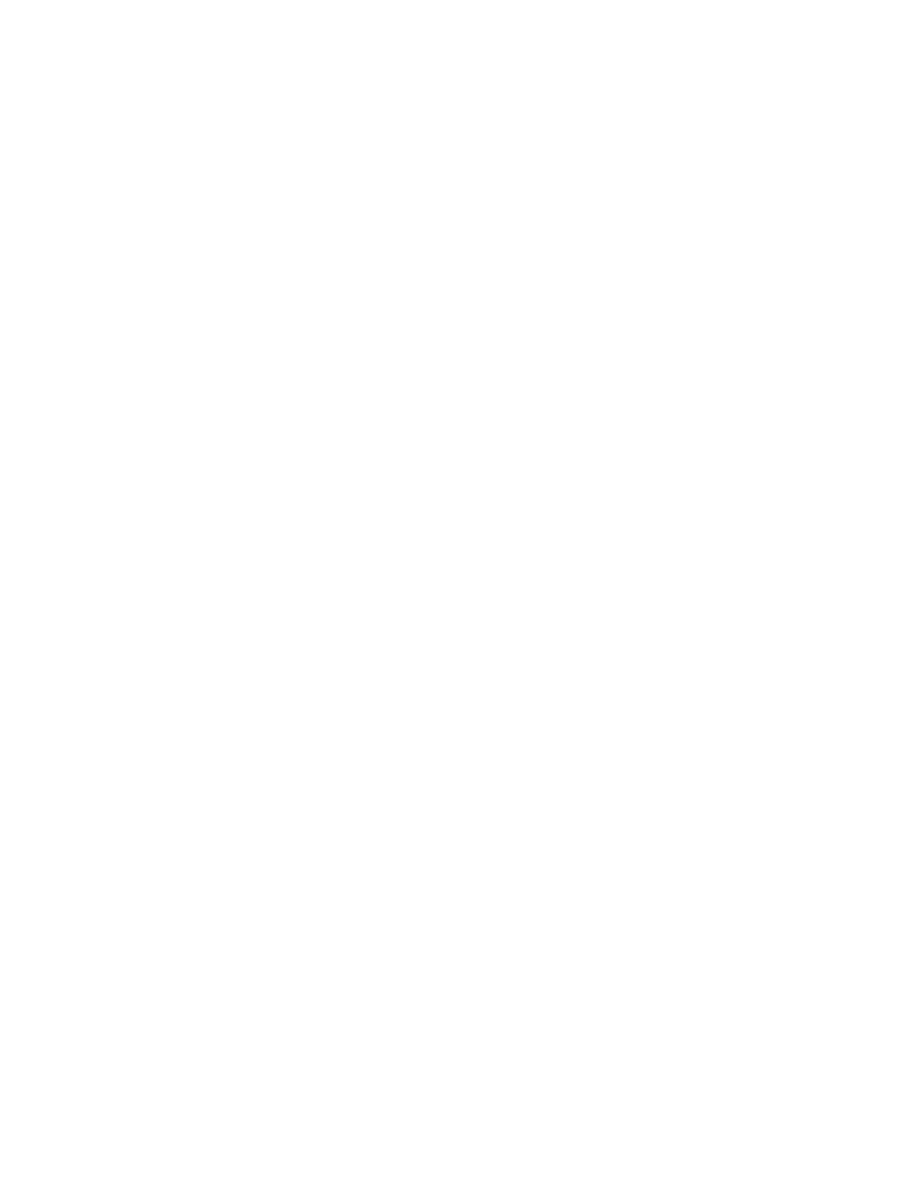
507
Federal Aviation Administration, DOT
§ 61.65
this section from an authorized in-
structor in an aircraft, full flight simu-
lator, or flight training device that
represents an airplane, helicopter, or
powered-lift appropriate to the instru-
ment rating sought;
(6) Receive a logbook or training
record endorsement from an authorized
instructor certifying that the person is
prepared to take the required practical
test;
(7) Pass the required knowledge test
on the aeronautical knowledge areas of
paragraph (b) of this section; however,
an applicant is not required to take an-
other knowledge test when that person
already holds an instrument rating;
and
(8) Pass the required practical test on
the areas of operation in paragraph (c)
of this section in—
(i) An airplane, helicopter, or pow-
ered-lift appropriate to the rating
sought; or
(ii) A full flight simulator or a flight
training device appropriate to the rat-
ing sought and for the specific maneu-
ver or instrument approach procedure
performed. If an approved flight train-
ing device is used for the practical test,
the instrument approach procedures
conducted in that flight training device
are limited to one precision and one
nonprecision approach, provided the
flight training device is approved for
the procedure performed.
(b)
Aeronautical knowledge. A person
who applies for an instrument rating
must have received and logged ground
training from an authorized instructor
or accomplished a home-study course
on the following aeronautical knowl-
edge areas that apply to the instru-
ment rating sought:
(1) Federal Aviation Regulations of
this chapter that apply to flight oper-
ations under IFR;
(2) Appropriate information that ap-
plies to flight operations under IFR in
the ‘‘Aeronautical Information Man-
ual;’’
(3) Air traffic control system and pro-
cedures for instrument flight oper-
ations;
(4) IFR navigation and approaches by
use of navigation systems;
(5) Use of IFR en route and instru-
ment approach procedure charts;
(6) Procurement and use of aviation
weather reports and forecasts and the
elements of forecasting weather trends
based on that information and personal
observation of weather conditions;
(7) Safe and efficient operation of air-
craft under instrument flight rules and
conditions;
(8) Recognition of critical weather
situations and windshear avoidance;
(9) Aeronautical decision making and
judgment; and
(10) Crew resource management, in-
cluding crew communication and co-
ordination.
(c)
Flight proficiency. A person who
applies for an instrument rating must
receive and log training from an au-
thorized instructor in an aircraft, or in
a full flight simulator or flight train-
ing device, in accordance with para-
graph (g) of this section, that includes
the following areas of operation:
(1) Preflight preparation;
(2) Preflight procedures;
(3) Air traffic control clearances and
procedures;
(4) Flight by reference to instru-
ments;
(5) Navigation systems;
(6) Instrument approach procedures;
(7) Emergency operations; and
(8) Postflight procedures.
(d)
Aeronautical experience for the in-
strument-airplane rating. A person who
applies for an instrument-airplane rat-
ing must have logged:
(1) Except as provided in paragraph
(g) of this section, 50 hours of cross-
country flight time as pilot in com-
mand, of which 10 hours must have
been in an airplane; and
(2) Forty hours of actual or simu-
lated instrument time in the areas of
operation listed in paragraph (c) of this
section, of which 15 hours must have
been received from an authorized in-
structor who holds an instrument-air-
plane rating, and the instrument time
includes:
(i) Three hours of instrument flight
training from an authorized instructor
in an airplane that is appropriate to
the instrument-airplane rating within
2 calendar months before the date of
the practical test; and
VerDate Sep<11>2014
14:00 Mar 14, 2024
Jkt 262047
PO 00000
Frm 00517
Fmt 8010
Sfmt 8002
Q:\14\14V2.TXT
PC31
aworley on LAPBH6H6L3 with DISTILLER
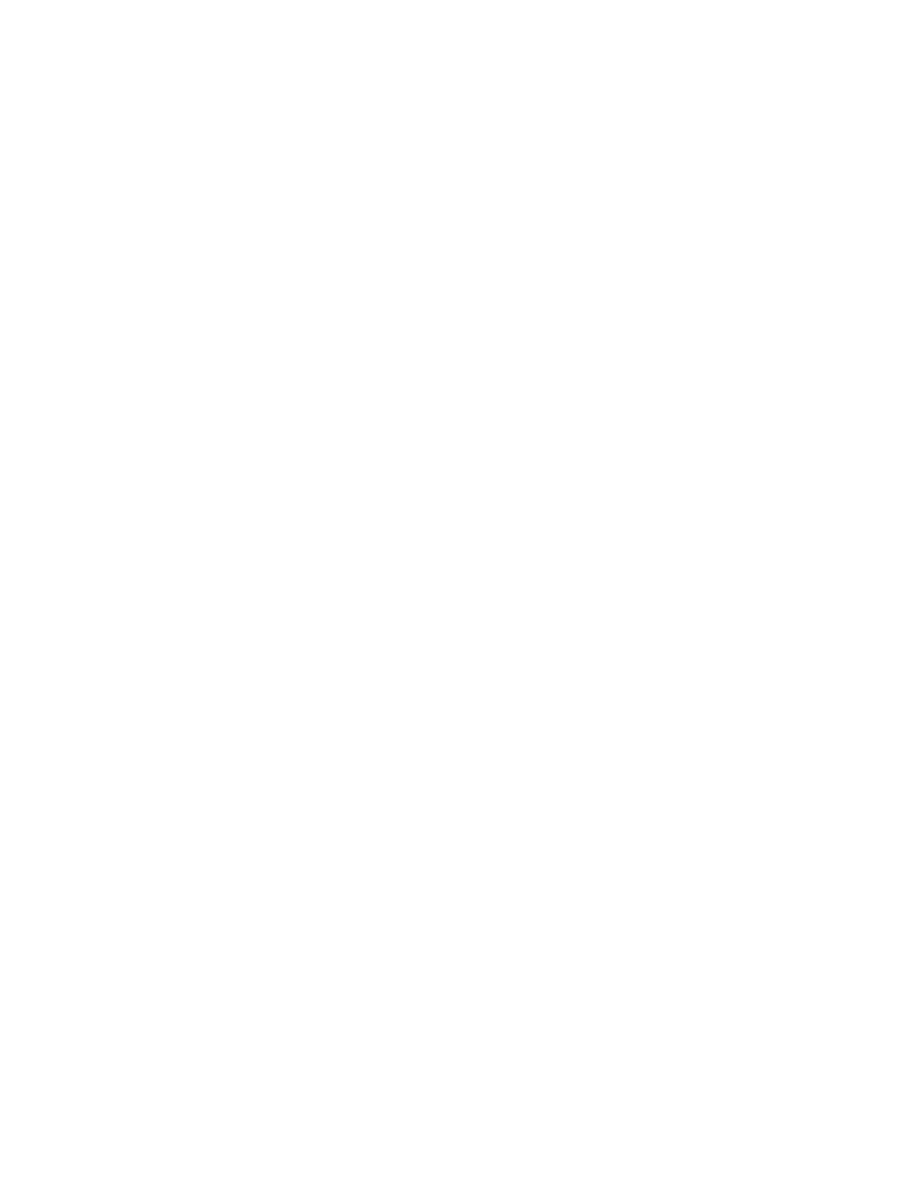
508
14 CFR Ch. I (1–1–24 Edition)
§ 61.65
(ii) Instrument flight training on
cross country flight procedures, includ-
ing one cross country flight in an air-
plane with an authorized instructor,
that is performed under instrument
flight rules, when a flight plan has
been filed with an air traffic control fa-
cility, and that involves—
(A) A flight of 250 nautical miles
along airways or by directed routing
from an air traffic control facility;
(B) An instrument approach at each
airport; and
(C) Three different kinds of ap-
proaches with the use of navigation
systems.
(e)
Aeronautical experience for the in-
strument-helicopter rating. A person who
applies for an instrument-helicopter
rating must have logged:
(1) Except as provided in paragraph
(g) of this section, 50 hours of cross-
country flight time as pilot in com-
mand, of which 10 hours must have
been in a helicopter; and
(2) Forty hours of actual or simu-
lated instrument time in the areas of
operation listed under paragraph (c) of
this section, of which 15 hours must
have been with an authorized instruc-
tor who holds an instrument-helicopter
rating, and the instrument time in-
cludes:
(i) Three hours of instrument flight
training from an authorized instructor
in a helicopter that is appropriate to
the instrument-helicopter rating with-
in 2 calendar months before the date of
the practical test; and
(ii) Instrument flight training on
cross country flight procedures, includ-
ing one cross country flight in a heli-
copter with an authorized instructor
that is performed under instrument
flight rules and a flight plan has been
filed with an air traffic control facil-
ity, and involves—
(A) A flight of 100 nautical miles
along airways or by directed routing
from an air traffic control facility;
(B) An instrument approach at each
airport; and
(C) Three different kinds of ap-
proaches with the use of navigation
systems.
(f)
Aeronautical experience for the in-
strument-powered-lift rating. A person
who applies for an instrument-powered-
lift rating must have logged:
(1) Except as provided in paragraph
(g) of this section, 50 hours of cross-
country flight time as pilot in com-
mand, of which 10 hours must have
been in a powered-lift; and
(2) Forty hours of actual or simu-
lated instrument time in the areas of
operation listed under paragraph (c) of
this section, of which 15 hours must
have been received from an authorized
instructor who holds an instrument-
powered-lift rating, and the instrument
time includes:
(i) Three hours of instrument flight
training from an authorized instructor
in a powered-lift that is appropriate to
the instrument-powered-lift rating
within 2 calendar months before the
date of the practical test; and
(ii) Instrument flight training on
cross country flight procedures, includ-
ing one cross country flight in a pow-
ered-lift with an authorized instructor
that is performed under instrument
flight rules, when a flight plan has
been filed with an air traffic control fa-
cility, that involves—
(A) A flight of 250 nautical miles
along airways or by directed routing
from an air traffic control facility;
(B) An instrument approach at each
airport; and
(C) Three different kinds of ap-
proaches with the use of navigation
systems.
(g) An applicant for a combined pri-
vate pilot certificate with an instru-
ment rating may satisfy the cross-
country flight time requirements of
this section by crediting:
(1) For an instrument-airplane rating
or an instrument-powered-lift rating,
up to 45 hours of cross-country flight
time performing the duties of pilot in
command with an authorized instruc-
tor; or
(2) For an instrument-helicopter rat-
ing, up to 47 hours of cross-country
flight time performing the duties of
pilot in command with an authorized
instructor.
(h)
Use of full flight simulators or flight
training devices. If the instrument time
was provided by an authorized instruc-
tor in a full flight simulator or flight
training device—
(1) A maximum of 30 hours may be
performed in that full flight simulator
VerDate Sep<11>2014
14:00 Mar 14, 2024
Jkt 262047
PO 00000
Frm 00518
Fmt 8010
Sfmt 8002
Q:\14\14V2.TXT
PC31
aworley on LAPBH6H6L3 with DISTILLER

509
Federal Aviation Administration, DOT
§ 61.66
or flight training device if the instru-
ment time was completed in accord-
ance with part 142 of this chapter; or
(2) A maximum of 20 hours may be
performed in that full flight simulator
or flight training device if the instru-
ment time was not completed in ac-
cordance with part 142 of this chapter.
(i)
Use of an aviation training device. A
maximum of 10 hours of instrument
time received in a basic aviation train-
ing device or a maximum of 20 hours of
instrument time received in an ad-
vanced aviation training device may be
credited for the instrument time re-
quirements of this section if—
(1) The device is approved and au-
thorized by the FAA;
(2) An authorized instructor provides
the instrument time in the device; and
(3) The FAA approved the instrument
training and instrument tasks per-
formed in the device.
(j) Except as provided in paragraph
(h)(1) of this section, a person may not
credit more than 20 total hours of in-
strument time in a full flight simu-
lator, flight training device, aviation
training device, or a combination to-
wards the instrument time require-
ments of this section.
[Doc. No. 25910, 62 FR 16298, Apr. 4, 1997;
Amdt. 61–103, 62 FR 40900, July 30, 1997;
Amdt. 61–124, 74 FR 42554, Aug. 21, 2009;
Amdt. 61–127, 76 FR 19267, Apr. 7, 2011; Amdt.
61–128, 76 FR 54106, Aug. 31, 2011; Docket
FAA–2015–1846, Amdt. 61–136, 81 FR 21460,
Apr. 12, 2016]
§ 61.66
Enhanced Flight Vision System
Pilot Requirements.
(a)
Ground training. (1) Except as pro-
vided under paragraphs (f) and (h) of
this section, no person may manipulate
the controls of an aircraft or act as
pilot in command of an aircraft during
an EFVS operation conducted under
§ 91.176(a) or (b) of this chapter, or serve
as a required pilot flightcrew member
during an EFVS operation conducted
under § 91.176(a) of this chapter, unless
that person—
(i) Receives and logs ground training
under a training program approved by
the Administrator; and
(ii) Obtains a logbook or training
record endorsement from an authorized
training provider certifying the person
satisfactorily completed the ground
training appropriate to the category of
aircraft for which the person is seeking
the EFVS privilege.
(2) The ground training must include
the following subjects:
(i) Those portions of this chapter
that relate to EFVS flight operations
and limitations, including the Airplane
Flight Manual or Rotorcraft Flight
Manual limitations;
(ii) EFVS sensor imagery, required
aircraft flight information, and flight
symbology;
(iii) EFVS display, controls, modes,
features, symbology, annunciations,
and associated systems and compo-
nents;
(iv) EFVS sensor performance, sensor
limitations, scene interpretation, vis-
ual anomalies, and other visual effects;
(v) Preflight planning and oper-
ational considerations associated with
using EFVS during taxi, takeoff, climb,
cruise, descent and landing phases of
flight, including the use of EFVS for
instrument approaches, operating
below DA/DH or MDA, executing
missed approaches, landing, rollout,
and balked landings;
(vi) Weather associated with low visi-
bility conditions and its effect on
EFVS performance;
(vii) Normal, abnormal, emergency,
and crew coordination procedures when
using EFVS; and
(viii) Interpretation of approach and
runway lighting systems and their dis-
play characteristics when using an
EFVS.
(b)
Flight training. (1) Except as pro-
vided under paragraph (h) of this sec-
tion, no person may manipulate the
controls of an aircraft or act as pilot in
command of an aircraft during an
EFVS operation under § 91.176(a) or (b)
of this chapter unless that person—
(i) Receives and logs flight training
for the EFVS operation under a train-
ing program approved by the Adminis-
trator; and
(ii) Obtains a logbook or training
record endorsement from an authorized
training provider certifying the person
is proficient in the use of EFVS in the
category of aircraft in which the train-
ing was provided for the EFVS oper-
ation to be conducted.
(2) Flight training must include the
following tasks:
VerDate Sep<11>2014
14:00 Mar 14, 2024
Jkt 262047
PO 00000
Frm 00519
Fmt 8010
Sfmt 8002
Q:\14\14V2.TXT
PC31
aworley on LAPBH6H6L3 with DISTILLER
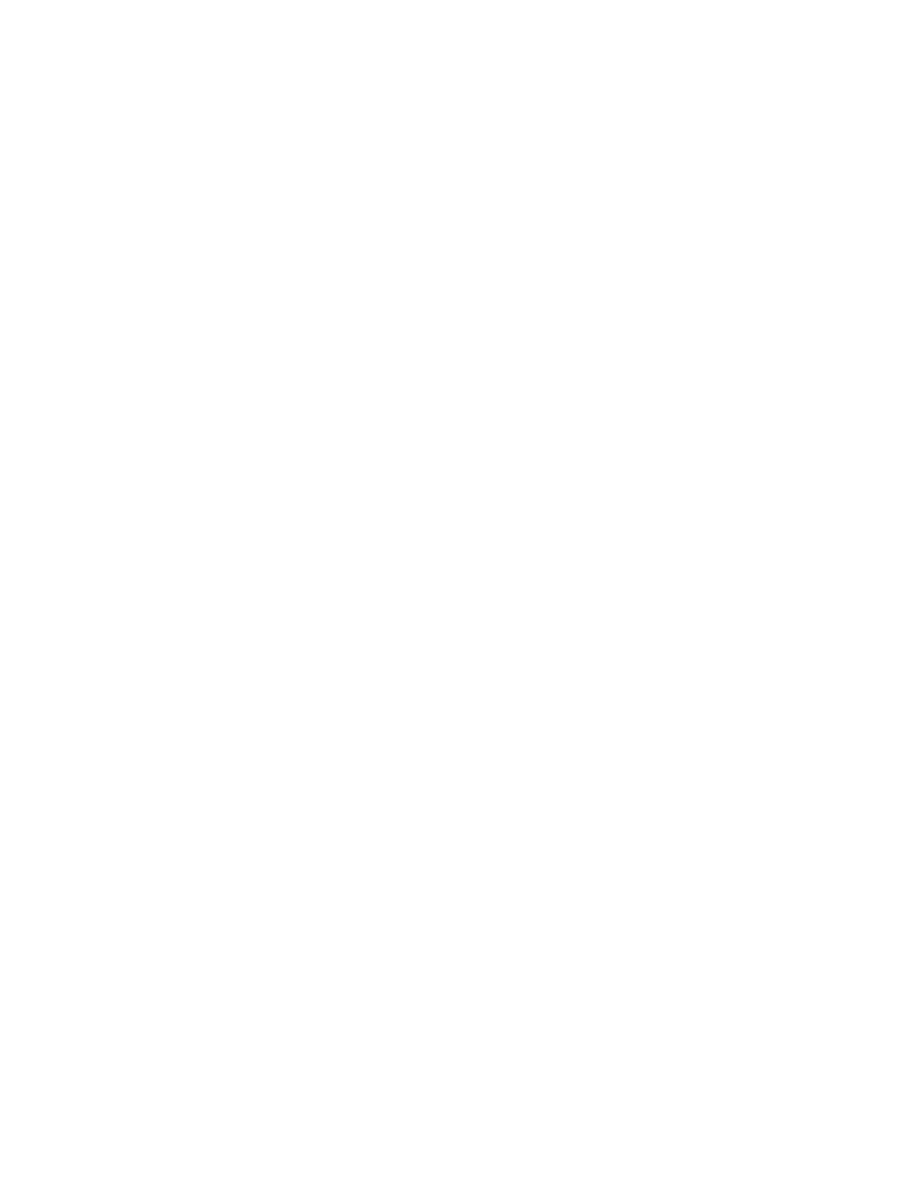
510
14 CFR Ch. I (1–1–24 Edition)
§ 61.66
(i) Preflight and inflight preparation
of EFVS equipment for EFVS oper-
ations, including EFVS setup and use
of display, controls, modes and associ-
ated systems, and adjustments for
brightness and contrast under day and
night conditions;
(ii) Proper piloting techniques associ-
ated with using EFVS during taxi,
takeoff, climb, cruise, descent, landing,
and rollout, including missed ap-
proaches and balked landings;
(iii) Proper piloting techniques for
the use of EFVS during instrument ap-
proaches, to include operations below
DA/DH or MDA as applicable to the
EFVS operations to be conducted,
under both day and night conditions;
(iv) Determining enhanced flight vis-
ibility;
(v) Identifying required visual ref-
erences appropriate to EFVS oper-
ations;
(vi) Transitioning from EFVS sensor
imagery to natural vision acquisition
of required visual references and the
runway environment;
(vii) Using EFVS sensor imagery, re-
quired aircraft flight information, and
flight symbology to touchdown and
rollout, if the person receiving training
will conduct EFVS operations under
§ 91.176(a) of this chapter; and
(viii) Normal, abnormal, emergency,
and crew coordination procedures when
using an EFVS.
(c)
Supplementary EFVS training. A
person qualified to conduct an EFVS
operation under § 91.176(a) or (b) of this
chapter who seeks to conduct an addi-
tional EFVS operation for which that
person has not received training
must—
(1) Receive and log the ground and
flight training required by paragraphs
(a) and (b) of this section, under a
training program approved by the Ad-
ministrator, appropriate to the addi-
tional EFVS operation to be con-
ducted; and
(2) Obtain a logbook or training
record endorsement from the author-
ized training provider certifying the
person is proficient in the use of EFVS
in the category of aircraft in which the
training was provided for the EFVS op-
eration to be conducted.
(d)
Recent flight experience: EFVS. Ex-
cept as provided in paragraphs (f) and
(h) of this section, no person may ma-
nipulate the controls of an aircraft
during an EFVS operation or act as
pilot in command of an aircraft during
an EFVS operation unless, within 6
calendar months preceding the month
of the flight, that person performs and
logs six instrument approaches as the
sole manipulator of the controls using
an EFVS under any weather conditions
in the category of aircraft for which
the person seeks the EFVS privilege.
The instrument approaches may be
performed in day or night conditions;
and
(1) One approach must terminate in a
full stop landing; and
(2) For persons authorized to exercise
the privileges of § 91.176(a), the full stop
landing must be conducted using the
EFVS.
(e)
EFVS refresher training. (1) Except
as provided in paragraph (h) of this sec-
tion, a person who has failed to meet
the recent flight experience require-
ments of paragraph (d) of this section
for more than six calendar months may
reestablish EFVS currency only by sat-
isfactorily completing an approved
EFVS refresher course in the category
of aircraft for which the person seeks
the EFVS privilege. The EFVS re-
fresher course must consist of the sub-
jects and tasks listed in paragraphs
(a)(2) and (b)(2) of this section applica-
ble to the EFVS operations to be con-
ducted.
(2) The EFVS refresher course must
be conducted by an authorized training
provider whose instructor meets the
training requirements of this section
and, if conducting EFVS operations in
an aircraft, the recent flight experi-
ence requirements of this section.
(f)
Military pilots and former military
pilots in the U.S. Armed Forces. (1) The
training requirements of paragraphs (a)
and (b) of this section applicable to
EFVS operations conducted under
§ 91.176(a) of this chapter do not apply
to a military pilot or former military
pilot in the U.S. Armed Forces if that
person documents satisfactory comple-
tion of ground and flight training in
EFVS operations to touchdown and
rollout by the U.S. Armed Forces.
(2) The training requirements in
paragraphs (a) and (b) of this section
VerDate Sep<11>2014
14:00 Mar 14, 2024
Jkt 262047
PO 00000
Frm 00520
Fmt 8010
Sfmt 8002
Q:\14\14V2.TXT
PC31
aworley on LAPBH6H6L3 with DISTILLER
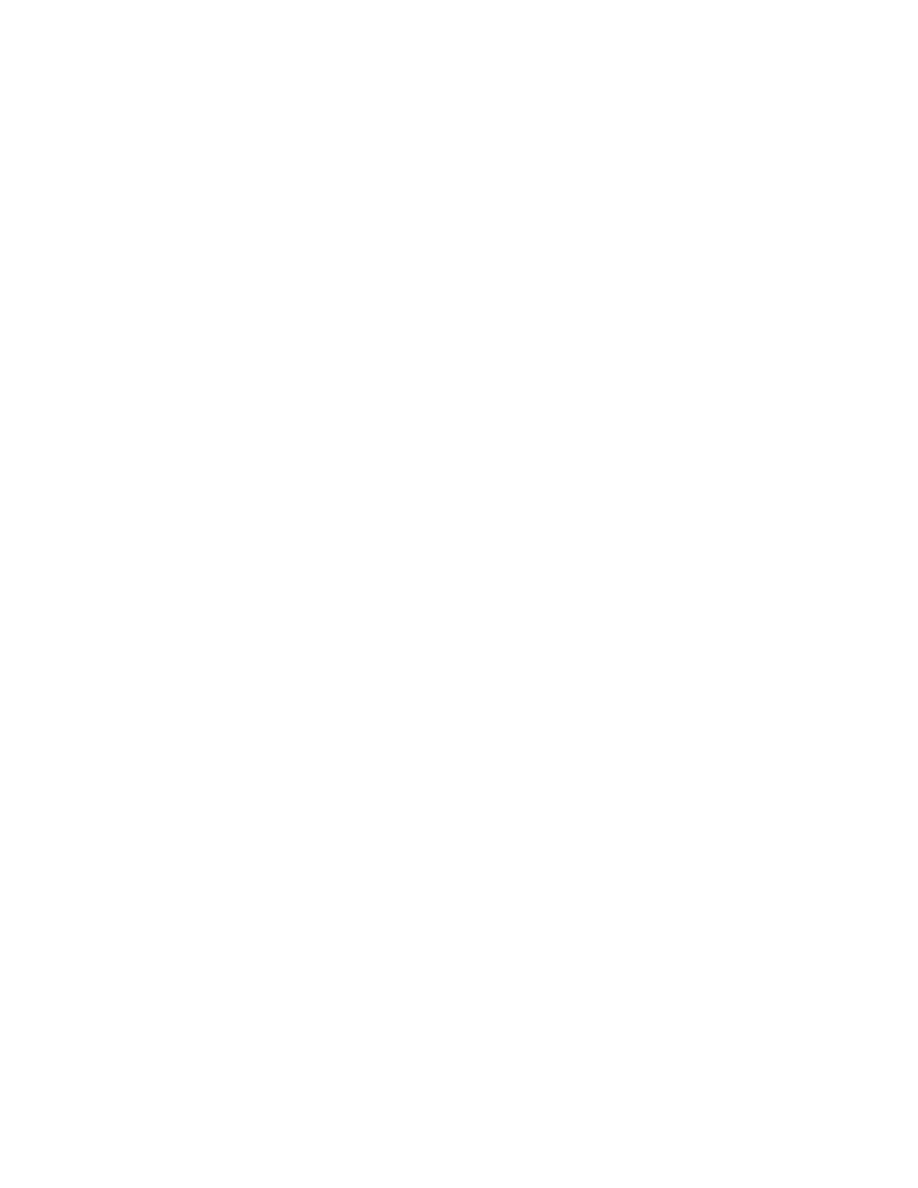
511
Federal Aviation Administration, DOT
§ 61.66
applicable to EFVS operations con-
ducted under § 91.176(b) of this chapter
do not apply to a military pilot or
former military pilot in the U.S.
Armed Forces if that person documents
satisfactory completion of ground and
flight training in EFVS operations to
100 feet above the touchdown zone ele-
vation by the U.S. Armed Forces.
(3) A military pilot or former mili-
tary pilot in the U.S. Armed Forces
may satisfy the recent flight experi-
ence requirements of paragraph (d) of
this section if he or she documents sat-
isfactory completion of an EFVS pro-
ficiency check in the U.S. Armed
Forces within 6 calendar months pre-
ceding the month of the flight, the
check was conducted by a person au-
thorized by the U.S. Armed Forces to
administer the check, and the person
receiving the check was a member of
the U.S. Armed Forces at the time the
check was administered.
(g)
Use of full flight simulators. A level
C or higher full flight simulator (FFS)
equipped with an EFVS may be used to
meet the flight training, recent flight
experience, and refresher training re-
quirements of this section. The FFS
must be evaluated and qualified for
EFVS operations by the Adminis-
trator, and must be:
(1) Qualified and maintained in ac-
cordance with part 60 of this chapter,
or a previously qualified device, as per-
mitted in accordance with § 60.17 of this
chapter;
(2) Approved by the Administrator
for the tasks and maneuvers to be con-
ducted; and
(3) Equipped with a daylight visual
display if being used to meet the flight
training requirements of this section.
(h)
Exceptions. (1) A person may ma-
nipulate the controls of an aircraft
during an EFVS operation without
meeting the requirements of this sec-
tion in the following circumstances:
(i) When receiving flight training to
meet the requirements of this section
under an approved training program,
provided the instructor meets the re-
quirements in this section to perform
the EFVS operation in the category of
aircraft for which the training is being
conducted.
(ii) During an EFVS operation per-
formed in the course of satisfying the
recent flight experience requirements
of paragraph (d) of this section, pro-
vided another individual is serving as
pilot in command of the aircraft during
the EFVS operation and that indi-
vidual meets the requirements in this
section to perform the EFVS operation
in the category of aircraft in which the
flight is being conducted.
(iii) During an EFVS operation per-
formed in the course of completing
EFVS refresher training in accordance
with paragraph (e) of this section, pro-
vided the instructor providing the re-
fresher training meets the require-
ments in this section to perform the
EFVS operation in the category of air-
craft for which the training is being
conducted.
(2) The requirements of paragraphs
(a) and (b) of this section do not apply
if a person is conducting a flight or se-
ries of flights in an aircraft issued an
experimental airworthiness certificate
under § 21.191 of this chapter for the
purpose of research and development or
showing compliance with regulations,
provided the person has knowledge of
the subjects specified in paragraph
(a)(2) of this section and has experience
with the tasks specified in paragraph
(b)(2) of this section applicable to the
EFVS operations to be conducted.
(3) The requirements specified in
paragraphs (d) and (e) of this section do
not apply to a pilot who:
(i) Is employed by a part 119 certifi-
cate holder authorized to conduct oper-
ations under part 121, 125, or 135 when
the pilot is conducting an EFVS oper-
ation for that certificate holder under
part 91, 121, 125, or 135, as applicable,
provided the pilot conducts the oper-
ation in accordance with the certifi-
cate holder’s operations specifications
for EFVS operations;
(ii) Is employed by a person who
holds a letter of deviation authority
issued under § 125.3 of this chapter
when the pilot is conducting an EFVS
operation for that person under part
125, provided the pilot is conducting
the operation in accordance with that
person’s letter of authorization for
EFVS operations; or
(iii) Is employed by a fractional own-
ership program manager to conduct op-
erations under part 91 subpart K when
VerDate Sep<11>2014
14:00 Mar 14, 2024
Jkt 262047
PO 00000
Frm 00521
Fmt 8010
Sfmt 8002
Q:\14\14V2.TXT
PC31
aworley on LAPBH6H6L3 with DISTILLER
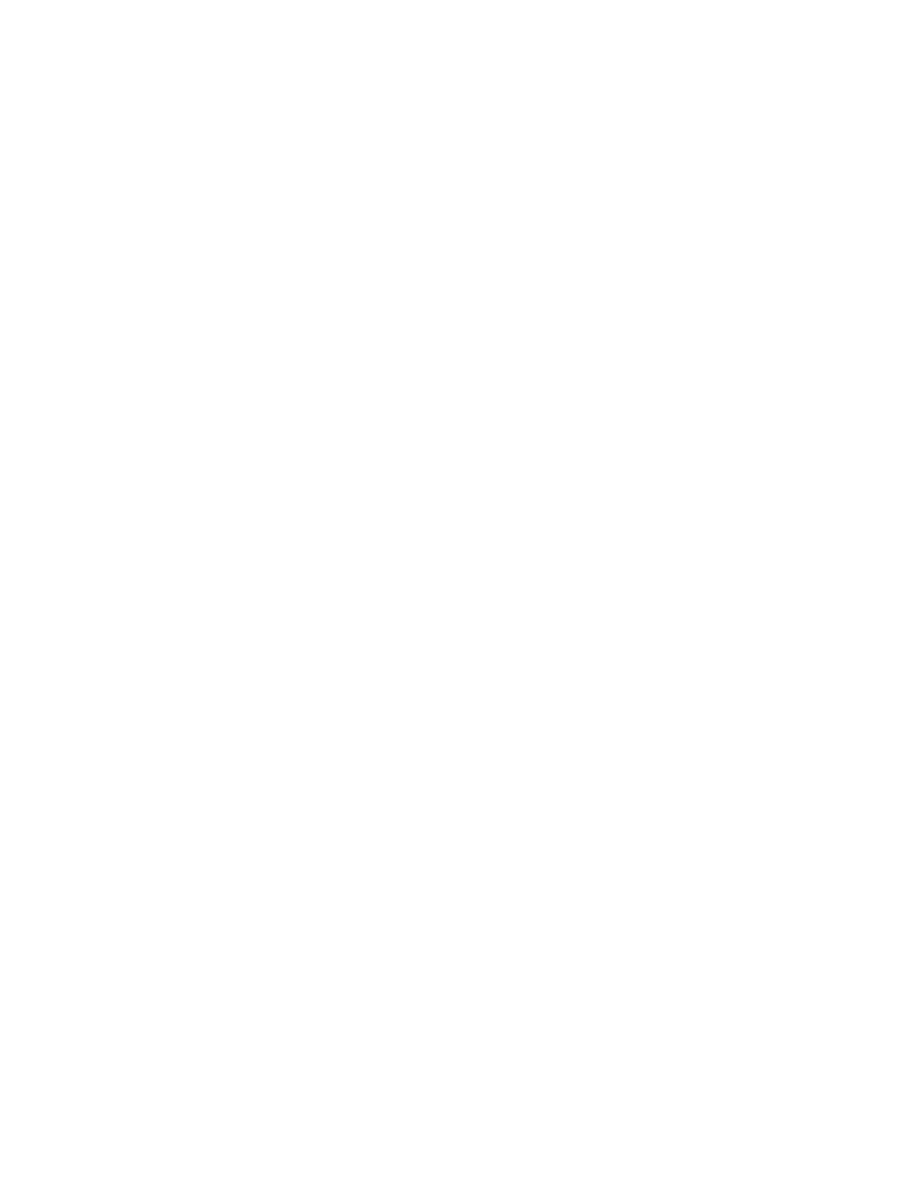
512
14 CFR Ch. I (1–1–24 Edition)
§ 61.67
the pilot is conducting an EFVS oper-
ation for that program manager under
part 91, provided the pilot is con-
ducting the operation in accordance
with the program manager’s manage-
ment specifications for EFVS oper-
ations.
(4) The requirements of paragraphs
(a) and (b) of this section do not apply
if a person is conducting EFVS oper-
ations under § 91.176(b) of this chapter
and that person documents that prior
to March 13, 2018, that person satisfac-
torily completed ground and flight
training on EFVS operations to 100 feet
above the touchdown zone elevation.
[Docket FAA–2013–0485, Amdt. 61–139, 81 FR
90170, Dec. 13, 2016, as amended by Docket
FAA–2013–0485, Amdt. 61–139, 81 FR 90172,
Dec. 13, 2016]
§ 61.67
Category II pilot authorization
requirements.
(a)
General. A person who applies for
a Category II pilot authorization must
hold:
(1) At least a private or commercial
pilot certificate with an instrument
rating or an airline transport pilot cer-
tificate;
(2) A type rating for the aircraft for
which the authorization is sought if
that aircraft requires a type rating;
and
(3) A category and class rating for
the aircraft for which the authoriza-
tion is sought.
(b)
Experience requirements. An appli-
cant for a Category II pilot authoriza-
tion must have at least—
(1) 50 hours of night flight time as
pilot in command.
(2) 75 hours of instrument time under
actual or simulated instrument condi-
tions that may include not more
than—
(i) A combination of 25 hours of simu-
lated instrument flight time in a flight
simulator or flight training device; or
(ii) 40 hours of simulated instrument
flight time if accomplished in an ap-
proved course conducted by an appro-
priately rated training center certifi-
cated under part 142 of this chapter.
(3) 250 hours of cross-country flight
time as pilot in command.
(c)
Practical test requirements. (1) A
practical test must be passed by a per-
son who applies for—
(i) Issuance or renewal of a Category
II pilot authorization; and
(ii) The addition of another type air-
craft to the applicant’s Category II
pilot authorization.
(2) To be eligible for the practical
test for an authorization under this
section, an applicant must—
(i) Meet the requirements of para-
graphs (a) and (b) of this section; and
(ii) If the applicant has not passed a
practical test for this authorization
during the 12 calendar months pre-
ceding the month of the test, then that
person must—
(A) Meet the requirements of
§ 61.57(c); and
(B) Have performed at least six ILS
approaches during the 6 calendar
months preceding the month of the
test, of which at least three of the ap-
proaches must have been conducted
without the use of an approach coupler.
(3) The approaches specified in para-
graph (c)(2)(ii)(B) of this section—
(i) Must be conducted under actual or
simulated instrument flight condi-
tions;
(ii) Must be conducted to the decision
height for the ILS approach in the type
aircraft in which the practical test is
to be conducted;
(iii) Need not be conducted to the de-
cision height authorized for Category
II operations;
(iv) Must be conducted to the deci-
sion height authorized for Category II
operations only if conducted in a flight
simulator or flight training device; and
(v) Must be accomplished in an air-
craft of the same category and class,
and type, as applicable, as the aircraft
in which the practical test is to be con-
ducted or in a flight simulator that—
(A) Represents an aircraft of the
same category and class, and type, as
applicable, as the aircraft in which the
authorization is sought; and
(B) Is used in accordance with an ap-
proved course conducted by a training
center certificated under part 142 of
this chapter.
(4) The flight time acquired in meet-
ing the requirements of paragraph
(c)(2)(ii)(B) of this section may be used
to meet the requirements of paragraph
(c)(2)(ii)(A) of this section.
VerDate Sep<11>2014
14:00 Mar 14, 2024
Jkt 262047
PO 00000
Frm 00522
Fmt 8010
Sfmt 8002
Q:\14\14V2.TXT
PC31
aworley on LAPBH6H6L3 with DISTILLER
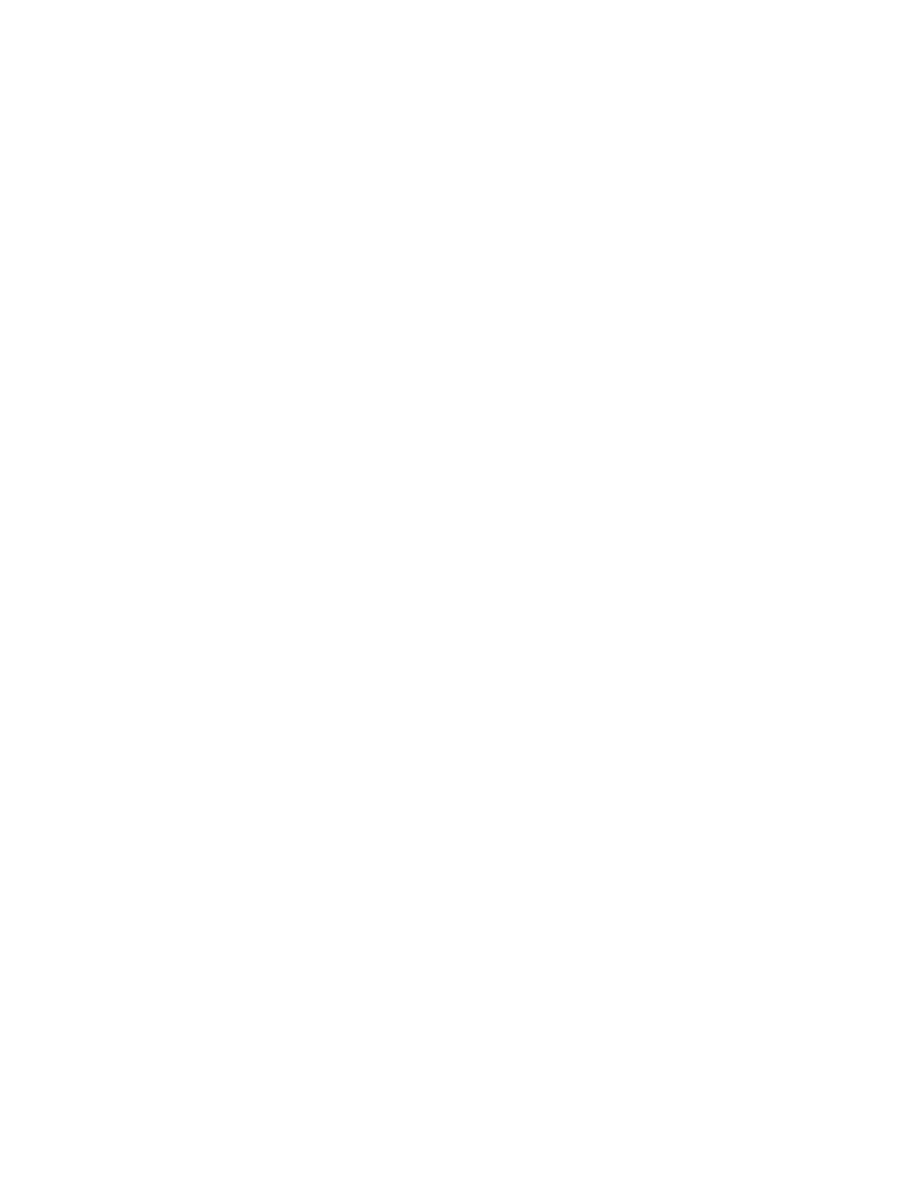
513
Federal Aviation Administration, DOT
§ 61.68
(d)
Practical test procedures. The prac-
tical test consists of an oral increment
and a flight increment.
(1)
Oral increment. In the oral incre-
ment of the practical test an applicant
must demonstrate knowledge of the
following:
(i) Required landing distance;
(ii) Recognition of the decision
height;
(iii) Missed approach procedures and
techniques using computed or fixed at-
titude guidance displays;
(iv) Use and limitations of RVR;
(v) Use of visual clues, their avail-
ability or limitations, and altitude at
which they are normally discernible at
reduced RVR readings;
(vi) Procedures and techniques re-
lated to transition from nonvisual to
visual flight during a final approach
under reduced RVR;
(vii) Effects of vertical and hori-
zontal windshear;
(viii) Characteristics and limitations
of the ILS and runway lighting system;
(ix) Characteristics and limitations
of the flight director system, auto ap-
proach coupler (including split axis
type if equipped), auto throttle system
(if equipped), and other required Cat-
egory II equipment;
(x) Assigned duties of the second in
command during Category II ap-
proaches, unless the aircraft for which
authorization is sought does not re-
quire a second in command; and
(xi) Instrument and equipment fail-
ure warning systems.
(2)
Flight increment. The following re-
quirements apply to the flight incre-
ment of the practical test:
(i) The flight increment must be con-
ducted in an aircraft of the same cat-
egory, class, and type, as applicable, as
the aircraft in which the authorization
is sought or in a flight simulator
that—
(A) Represents an aircraft of the
same category and class, and type, as
applicable, as the aircraft in which the
authorization is sought; and
(B) Is used in accordance with an ap-
proved course conducted by a training
center certificated under part 142 of
this chapter.
(ii) The flight increment must con-
sist of at least two ILS approaches to
100 feet AGL including at least one
landing and one missed approach.
(iii) All approaches performed during
the flight increment must be made
with the use of an approved flight con-
trol guidance system, except if an ap-
proved auto approach coupler is in-
stalled, at least one approach must be
hand flown using flight director com-
mands.
(iv) If a multiengine airplane with
the performance capability to execute
a missed approach with one engine in-
operative is used for the practical test,
the flight increment must include the
performance of one missed approach
with an engine, which shall be the
most critical engine, if applicable, set
at idle or zero thrust before reaching
the middle marker.
(v) If a multiengine flight simulator
or multiengine flight training device is
used for the practical test, the appli-
cant must execute a missed approach
with the most critical engine, if appli-
cable, failed.
(vi) For an authorization for an air-
craft that requires a type rating, the
practical test must be performed in co-
ordination with a second in command
who holds a type rating in the aircraft
in which the authorization is sought.
(vii) Oral questioning may be con-
ducted at any time during a practical
test.
[Doc. No. 25910, 62 FR 16298, Apr. 4, 1997;
Amdt. 61–103, 62 FR 40900, July 30, 1997]
§ 61.68
Category III pilot authorization
requirements.
(a)
General. A person who applies for
a Category III pilot authorization must
hold:
(1) At least a private pilot certificate
or commercial pilot certificate with an
instrument rating or an airline trans-
port pilot certificate;
(2) A type rating for the aircraft for
which the authorization is sought if
that aircraft requires a type rating;
and
(3) A category and class rating for
the aircraft for which the authoriza-
tion is sought.
(b)
Experience requirements. An appli-
cant for a Category III pilot authoriza-
tion must have at least—
(1) 50 hours of night flight time as
pilot in command.
VerDate Sep<11>2014
14:00 Mar 14, 2024
Jkt 262047
PO 00000
Frm 00523
Fmt 8010
Sfmt 8002
Q:\14\14V2.TXT
PC31
aworley on LAPBH6H6L3 with DISTILLER
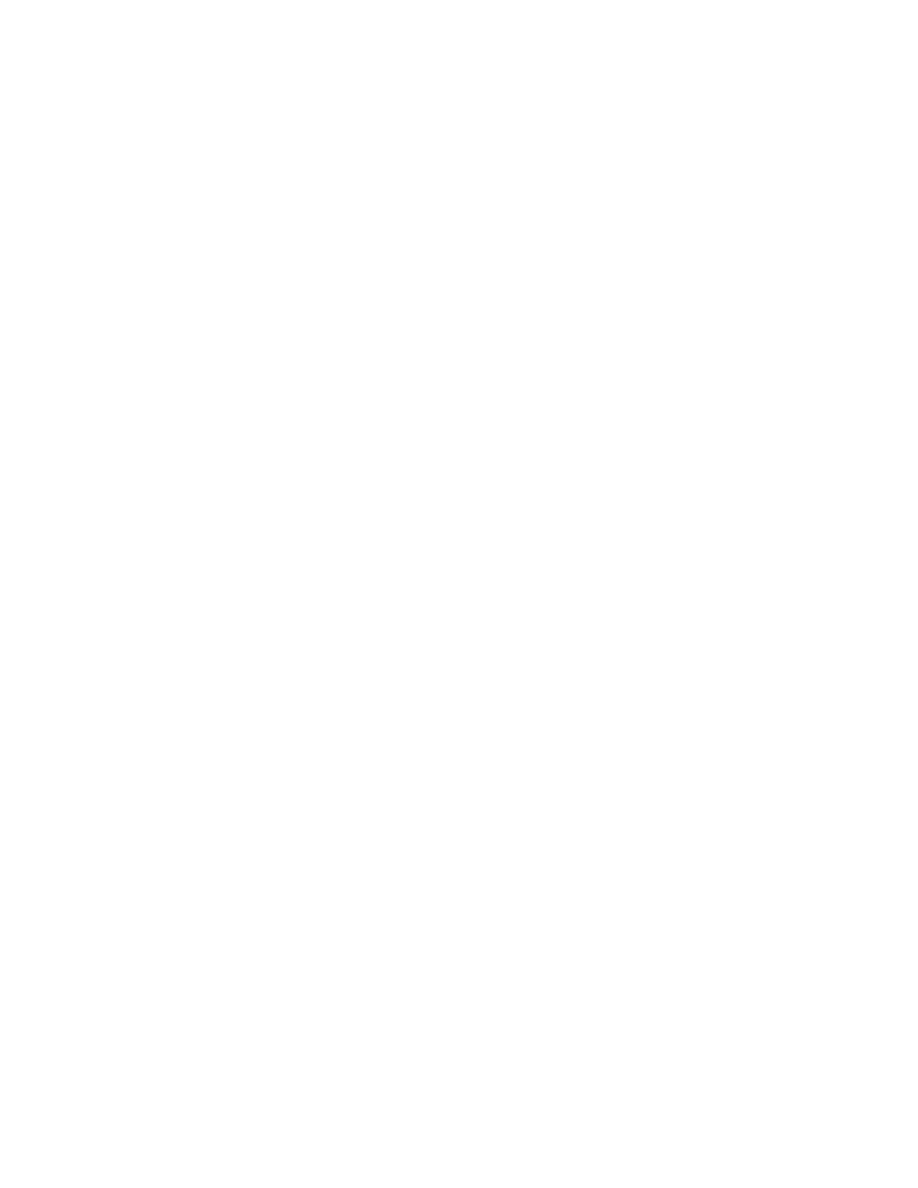
514
14 CFR Ch. I (1–1–24 Edition)
§ 61.68
(2) 75 hours of instrument flight time
during actual or simulated instrument
conditions that may include not more
than—
(i) A combination of 25 hours of simu-
lated instrument flight time in a flight
simulator or flight training device; or
(ii) 40 hours of simulated instrument
flight time if accomplished in an ap-
proved course conducted by an appro-
priately rated training center certifi-
cated under part 142 of this chapter.
(3) 250 hours of cross-country flight
time as pilot in command.
(c)
Practical test requirements. (1) A
practical test must be passed by a per-
son who applies for—
(i) Issuance or renewal of a Category
III pilot authorization; and
(ii) The addition of another type of
aircraft to the applicant’s Category III
pilot authorization.
(2) To be eligible for the practical
test for an authorization under this
section, an applicant must—
(i) Meet the requirements of para-
graphs (a) and (b) of this section; and
(ii) If the applicant has not passed a
practical test for this authorization
during the 12 calendar months pre-
ceding the month of the test, then that
person must—
(A) Meet the requirements of
§ 61.57(c); and
(B) Have performed at least six ILS
approaches during the 6 calendar
months preceding the month of the
test, of which at least three of the ap-
proaches must have been conducted
without the use of an approach coupler.
(3) The approaches specified in para-
graph (c)(2)(ii)(B) of this section—
(i) Must be conducted under actual or
simulated instrument flight condi-
tions;
(ii) Must be conducted to the alert
height or decision height for the ILS
approach in the type aircraft in which
the practical test is to be conducted;
(iii) Need not be conducted to the de-
cision height authorized for Category
III operations;
(iv) Must be conducted to the alert
height or decision height, as applica-
ble, authorized for Category III oper-
ations only if conducted in a flight
simulator or flight training device; and
(v) Must be accomplished in an air-
craft of the same category and class,
and type, as applicable, as the aircraft
in which the practical test is to be con-
ducted or in a flight simulator that—
(A) Represents an aircraft of the
same category and class, and type, as
applicable, as the aircraft for which the
authorization is sought; and
(B) Is used in accordance with an ap-
proved course conducted by a training
center certificated under part 142 of
this chapter.
(4) The flight time acquired in meet-
ing the requirements of paragraph
(c)(2)(ii)(B) of this section may be used
to meet the requirements of paragraph
(c)(2)(ii)(A) of this section.
(d)
Practical test procedures. The prac-
tical test consists of an oral increment
and a flight increment.
(1)
Oral increment. In the oral incre-
ment of the practical test an applicant
must demonstrate knowledge of the
following:
(i) Required landing distance;
(ii) Determination and recognition of
the alert height or decision height, as
applicable, including use of a radar al-
timeter;
(iii) Recognition of and proper reac-
tion to significant failures encountered
prior to and after reaching the alert
height or decision height, as applica-
ble;
(iv) Missed approach procedures and
techniques using computed or fixed at-
titude guidance displays and expected
height loss as they relate to manual
go-around or automatic go-around, and
initiation altitude, as applicable;
(v) Use and limitations of RVR, in-
cluding determination of controlling
RVR and required transmissometers;
(vi) Use, availability, or limitations
of visual cues and the altitude at which
they are normally discernible at re-
duced RVR readings including—
(A) Unexpected deterioration of con-
ditions to less than minimum RVR
during approach, flare, and rollout;
(B) Demonstration of expected visual
references with weather at minimum
conditions;
(C) The expected sequence of visual
cues during an approach in which visi-
bility is at or above landing minima;
and
(D) Procedures and techniques for
making a transition from instrument
VerDate Sep<11>2014
14:00 Mar 14, 2024
Jkt 262047
PO 00000
Frm 00524
Fmt 8010
Sfmt 8002
Q:\14\14V2.TXT
PC31
aworley on LAPBH6H6L3 with DISTILLER
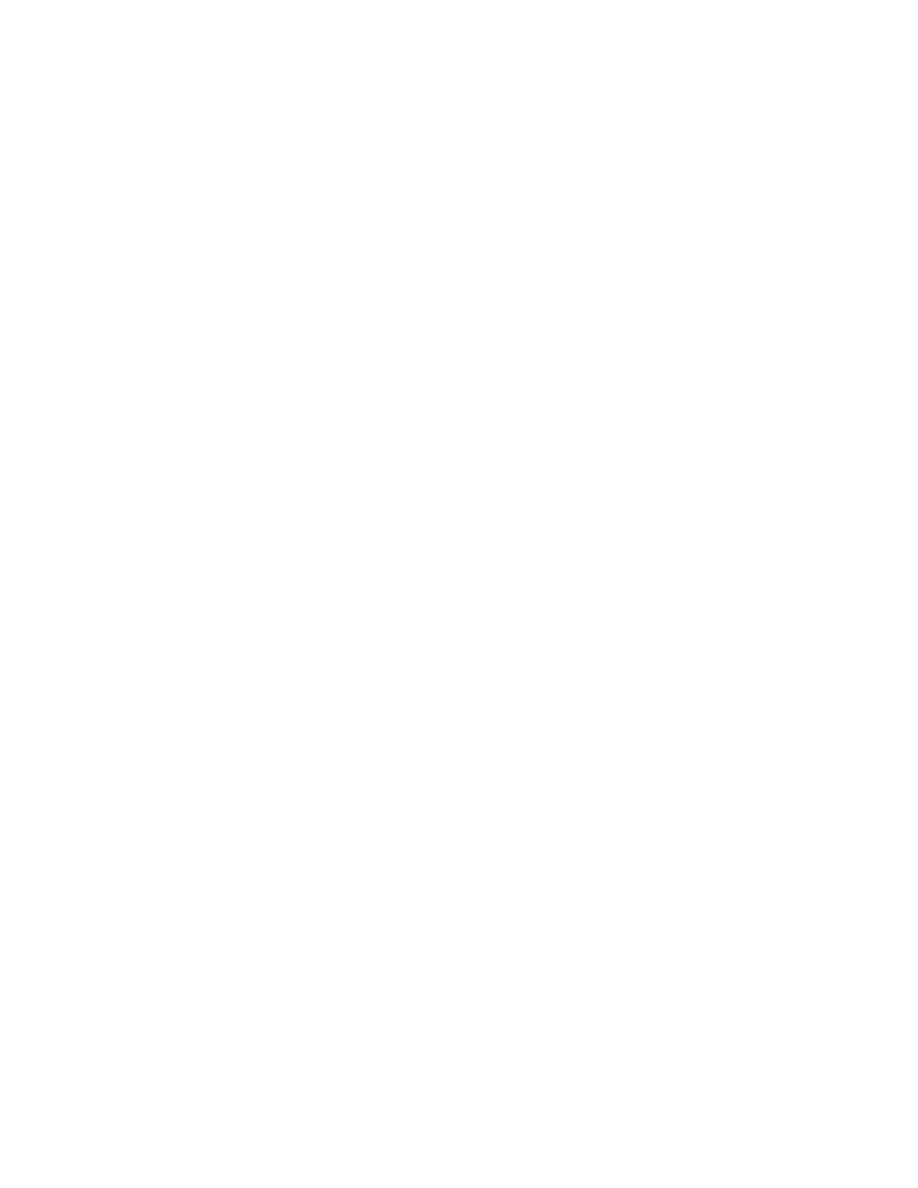
515
Federal Aviation Administration, DOT
§ 61.69
reference flight to visual flight during
a final approach under reduced RVR.
(vii) Effects of vertical and hori-
zontal windshear;
(viii) Characteristics and limitations
of the ILS and runway lighting system;
(ix) Characteristics and limitations
of the flight director system auto ap-
proach coupler (including split axis
type if equipped), auto throttle system
(if equipped), and other Category III
equipment;
(x) Assigned duties of the second in
command during Category III oper-
ations, unless the aircraft for which
authorization is sought does not re-
quire a second in command;
(xi) Recognition of the limits of ac-
ceptable aircraft position and flight
path tracking during approach, flare,
and, if applicable, rollout; and
(xii) Recognition of, and reaction to,
airborne or ground system faults or ab-
normalities, particularly after passing
alert height or decision height, as ap-
plicable.
(2)
Flight increment. The following re-
quirements apply to the flight incre-
ment of the practical test—
(i) The flight increment may be con-
ducted in an aircraft of the same cat-
egory and class, and type, as applica-
ble, as the aircraft for which the au-
thorization is sought, or in a flight
simulator that—
(A) Represents an aircraft of the
same category and class, and type, as
applicable, as the aircraft in which the
authorization is sought; and
(B) Is used in accordance with an ap-
proved course conducted by a training
center certificated under part 142 of
this chapter.
(ii) The flight increment must con-
sist of at least two ILS approaches to
100 feet AGL, including one landing and
one missed approach initiated from a
very low altitude that may result in a
touchdown during the go-around ma-
neuver;
(iii) All approaches performed during
the flight increment must be made
with the approved automatic landing
system or an equivalent landing sys-
tem approved by the Administrator;
(iv) If a multiengine aircraft with the
performance capability to execute a
missed approach with one engine inop-
erative is used for the practical test,
the flight increment must include the
performance of one missed approach
with the most critical engine, if appli-
cable, set at idle or zero thrust before
reaching the middle or outer marker;
(v) If a multiengine flight simulator
or multiengine flight training device is
used, a missed approach must be exe-
cuted with an engine, which shall be
the most critical engine, if applicable,
failed;
(vi) For an authorization for an air-
craft that requires a type rating, the
practical test must be performed in co-
ordination with a second in command
who holds a type rating in the aircraft
in which the authorization is sought;
(vii) Oral questioning may be con-
ducted at any time during the practical
test;
(viii) Subject to the limitations of
this paragraph, for Category IIIb oper-
ations predicated on the use of a fail-
passive rollout control system, at least
one manual rollout using visual ref-
erence or a combination of visual and
instrument references must be exe-
cuted. The maneuver required by this
paragraph shall be initiated by a fail-
passive disconnect of the rollout con-
trol system—
(A) After main gear touchdown;
(B) Prior to nose gear touchdown;
(C) In conditions representative of
the most adverse lateral touchdown
displacement allowing a safe landing
on the runway; and
(D) In weather conditions anticipated
in Category IIIb operations.
[Doc. No. 25910, 62 FR 16298, Apr. 4, 1997;
Amdt. 61–103, 62 FR 40900, July 30, 1997]
§ 61.69
Glider and unpowered ultra-
light vehicle towing: Experience
and training requirements.
(a) No person may act as pilot in
command for towing a glider or
unpowered ultralight vehicle unless
that person—
(1) Holds a private, commercial or
airline transport pilot certificate with
a category rating for powered aircraft;
(2) Has logged at least 100 hours of
pilot-in-command time in the aircraft
category, class and type, if required,
that the pilot is using to tow a glider
or unpowered ultralight vehicle;
(3) Has a logbook endorsement from
an authorized instructor who certifies
VerDate Sep<11>2014
14:00 Mar 14, 2024
Jkt 262047
PO 00000
Frm 00525
Fmt 8010
Sfmt 8002
Q:\14\14V2.TXT
PC31
aworley on LAPBH6H6L3 with DISTILLER

516
14 CFR Ch. I (1–1–24 Edition)
§ 61.71
that the person has received ground
and flight training in gliders or
unpowered ultralight vehicles and is
proficient in—
(i) The techniques and procedures es-
sential to the safe towing of gliders or
unpowered ultralight vehicles, includ-
ing airspeed limitations;
(ii) Emergency procedures;
(iii) Signals used; and
(iv) Maximum angles of bank.
(4) Except as provided in paragraph
(b) of this section, has logged at least
three flights as the sole manipulator of
the controls of an aircraft while towing
a glider or unpowered ultralight vehi-
cle, or has simulated towing flight pro-
cedures in an aircraft while accom-
panied by a pilot who meets the re-
quirements of paragraphs (c) and (d) of
this section.
(5) Except as provided in paragraph
(b) of this section, has received a log-
book endorsement from the pilot, de-
scribed in paragraph (a)(4) of this sec-
tion, certifying that the person has ac-
complished at least 3 flights in an air-
craft while towing a glider or
unpowered ultralight vehicle, or while
simulating towing flight procedures;
and
(6) Within 24 calendar months before
the flight has—
(i) Made at least three actual or sim-
ulated tows of a glider or unpowered
ultralight vehicle while accompanied
by a qualified pilot who meets the re-
quirements of this section; or
(ii) Made at least three flights as
pilot in command of a glider or
unpowered ultralight vehicle towed by
an aircraft.
(b) Any person who, before May 17,
1967, has made and logged 10 or more
flights as pilot in command of an air-
craft towing a glider or unpowered
ultralight vehicle in accordance with a
certificate of waiver need not comply
with paragraphs (a)(4) and (a)(5) of this
section.
(c) The pilot, described in paragraph
(a)(4) of this section, who endorses the
logbook of a person seeking towing
privileges must have—
(1) Met the requirements of this sec-
tion prior to endorsing the logbook of
the person seeking towing privileges;
and
(2) Logged at least 10 flights as pilot
in command of an aircraft while towing
a glider or unpowered ultralight vehi-
cle.
(d) If the pilot described in paragraph
(a)(4) of this section holds only a pri-
vate pilot certificate, then that pilot
must have—
(1) Logged at least 100 hours of pilot-
in-command time in airplanes, or 200
hours of pilot-in-command time in a
combination of powered and other-
than-powered aircraft; and
(2) Performed and logged at least
three flights within the 12 calendar
months preceding the month that pilot
accompanies or endorses the logbook of
a person seeking towing privileges—
(i) In an aircraft while towing a glid-
er or unpowered ultralight vehicle ac-
companied by another pilot who meets
the requirements of this section; or
(ii) As pilot in command of a glider
or unpowered ultralight vehicle being
towed by another aircraft.
[Doc. No. FAA–2001–11133, 69 FR 44866, July
27, 2004, as amended by Amdt. 61–124, 74 FR
42555, Aug. 21, 2009]
§ 61.71
Graduates of an approved
training program other than under
this part: Special rules.
(a) A person who graduates from an
approved training program under part
141 or part 142 of this chapter is consid-
ered to have met the applicable aero-
nautical experience, aeronautical
knowledge, and areas of operation re-
quirements of this part if that person
presents the graduation certificate and
passes the required practical test with-
in the 60-day period after the date of
graduation.
(b) A person may apply for an airline
transport pilot certificate, type rating,
or both under this part, and will be
considered to have met the applicable
requirements under § 61.157, except for
the airline transport pilot certification
training program required by § 61.156,
for that certificate and rating, if that
person has:
(1) Satisfactorily accomplished an
approved training curriculum and a
proficiency check for that airplane
type that includes all the tasks and
maneuvers required by §§ 121.424 and
121.441 of this chapter to serve as pilot
VerDate Sep<11>2014
14:00 Mar 14, 2024
Jkt 262047
PO 00000
Frm 00526
Fmt 8010
Sfmt 8002
Q:\14\14V2.TXT
PC31
aworley on LAPBH6H6L3 with DISTILLER
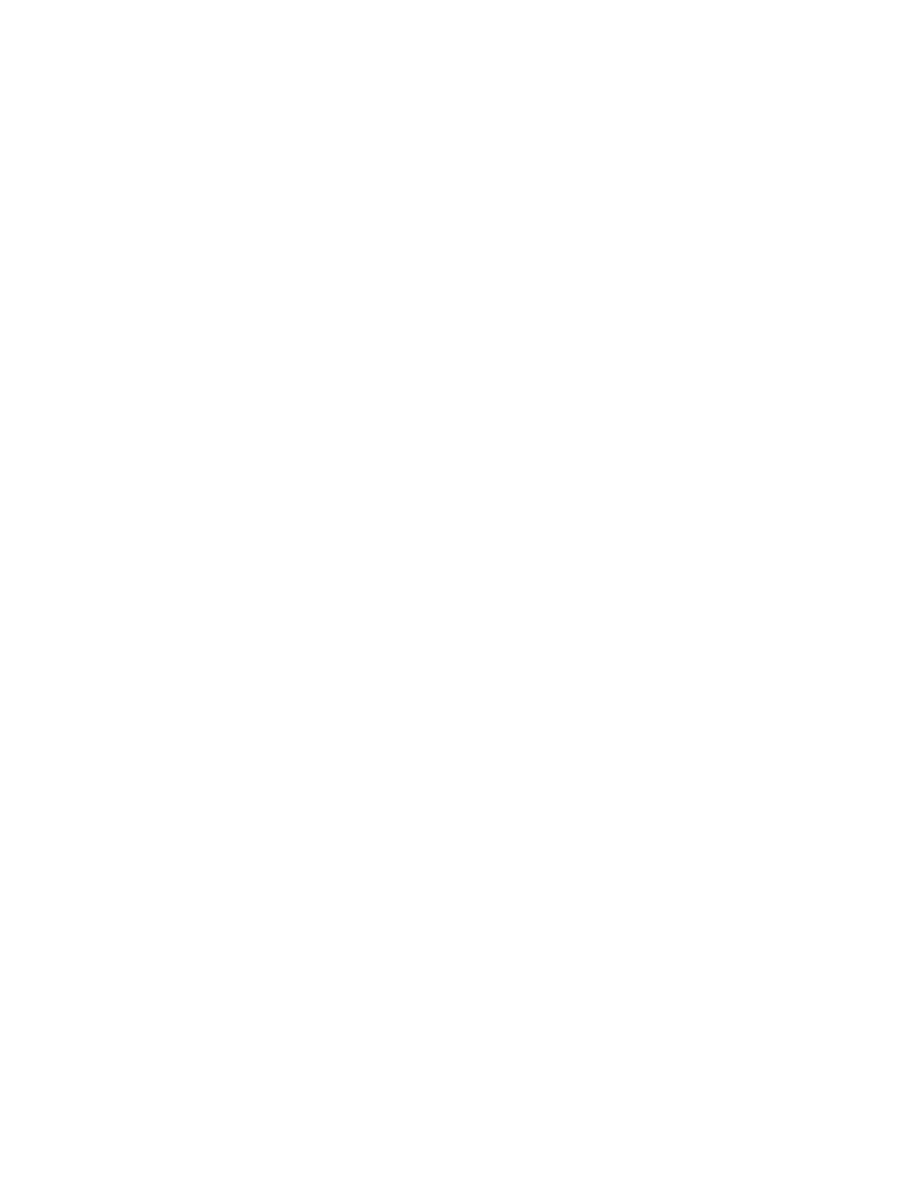
517
Federal Aviation Administration, DOT
§ 61.73
in command in operations conducted
under part 121 of this chapter; and
(2) Applied for an airline transport
pilot certificate, type rating, or both
within the 60-day period from the date
the person satisfactorily accomplished
the requirements of paragraph (b)(1) for
that airplane type.
(c) A person who holds a foreign pilot
license and is applying for an equiva-
lent U.S. pilot certificate on the basis
of a Bilateral Aviation Safety Agree-
ment and associated Implementation
Procedures for Licensing may be con-
sidered to have met the applicable
aeronautical experience, aeronautical
knowledge, and areas of operation re-
quirements of this part.
[Doc. No. 25910, 62 FR 16298, Apr. 4, 1997;
Amdt. 61–103, 62 FR 40901, July 30, 1997;
Amdt. 61–128, 76 FR 54107, Aug. 31, 2011;
Amdt. 61–130, 78 FR 42374, July 15, 2013;
Amdt. 61-144, 85 FR 10920, Feb. 25, 2020]
§ 61.73
Military pilots or former mili-
tary pilots: Special rules.
(a)
General. Except for a person who
has been removed from flying status
for lack of proficiency or because of a
disciplinary action involving aircraft
operations, a U.S. military pilot or
former military pilot who meets the re-
quirements of this section may apply,
on the basis of his or her military pilot
qualifications, for:
(1) A commercial pilot certificate
with the appropriate aircraft category
and class rating.
(2) An instrument rating with the ap-
propriate aircraft rating.
(3) A type rating.
(b)
Military pilots and former military
pilots in the U.S. Armed Forces. A person
who qualifies as a military pilot or
former military pilot in the U.S.
Armed Forces may apply for a pilot
certificate and ratings under paragraph
(a) of this section if that person—
(1) Presents evidentiary documents
described under paragraphs (h)(1), (2),
and (3) of this section that show the
person’s status in the U.S. Armed
Forces.
(2) Has passed the military com-
petency aeronautical knowledge test
on the appropriate parts of this chapter
for commercial pilot privileges and
limitations, air traffic and general op-
erating rules, and accident reporting
rules.
(3) Presents official U.S. military
records that show compliance with one
of the following requirements—
(i) Before the date of the application,
passing an official U.S. military pilot
and instrument proficiency check in a
military aircraft of the kind of aircraft
category, class, and type, if class or
type of aircraft is applicable, for the
ratings sought; or
(ii) Before the date of application,
logging 10 hours of pilot time as a mili-
tary pilot in a U.S. military aircraft in
the kind of aircraft category, class, and
type, if a class rating or type rating is
applicable, for the aircraft rating
sought.
(c)
A military pilot in the Armed Forces
of a foreign contracting State to the Con-
vention on International Civil Aviation. A
person who is a military pilot in the
Armed Forces of a foreign contracting
State to the Convention on Inter-
national Civil Aviation and is assigned
to pilot duties in the U.S. Armed
Forces, for purposes other than receiv-
ing flight training, may apply for a
commercial pilot certificate and rat-
ings under paragraph (a) of this sec-
tion, provided that person—
(1) Presents evidentiary documents
described under paragraph (h)(4) of this
section that show the person is a mili-
tary pilot in the Armed Forces of a for-
eign contracting State to the Conven-
tion on International Civil Aviation,
and is assigned to pilot duties in the
U.S. Armed Forces, for purposes other
than receiving flight training.
(2) Has passed the military com-
petency aeronautical knowledge test
on the appropriate parts of this chapter
for commercial pilot privileges and
limitations, air traffic and general op-
erating rules, and accident reporting
rules.
(3) Presents official U.S. military
records that show compliance with one
of the following requirements:
(i) Before the date of the application,
passed an official U.S. military pilot
and instrument proficiency check in a
military aircraft of the kind of aircraft
category, class, or type, if class or type
of aircraft is applicable, for the rat-
ings; or
VerDate Sep<11>2014
14:00 Mar 14, 2024
Jkt 262047
PO 00000
Frm 00527
Fmt 8010
Sfmt 8002
Q:\14\14V2.TXT
PC31
aworley on LAPBH6H6L3 with DISTILLER
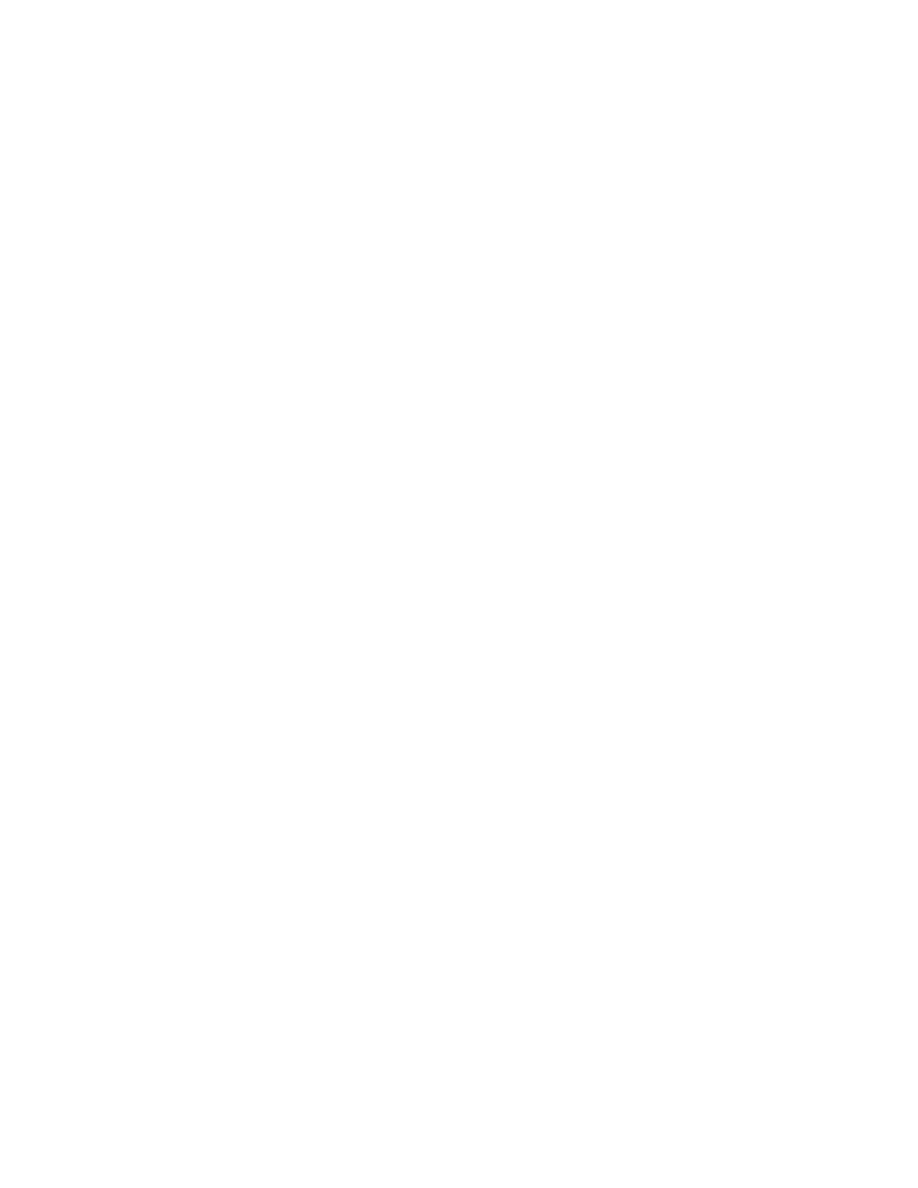
518
14 CFR Ch. I (1–1–24 Edition)
§ 61.73
(ii) Before the date of the applica-
tion, logged 10 hours of pilot time as a
military pilot in a U.S. military air-
craft of the kind of category, class, and
type of aircraft, if a class rating or
type rating is applicable, for the air-
craft rating.
(d)
Instrument rating. A person who is
qualified as a U.S. military pilot or
former military pilot may apply for an
instrument rating to be added to a
pilot certificate if that person—
(1) Has passed an instrument pro-
ficiency check in the U.S. Armed
Forces in the aircraft category for the
instrument rating sought; and
(2) Has an official U.S. Armed Forces
record that shows the person is instru-
ment pilot qualified by the U.S. Armed
Forces to conduct instrument flying on
Federal airways in that aircraft cat-
egory and class for the instrument rat-
ing sought.
(e)
Aircraft type rating. An aircraft
type rating may only be issued for a
type of aircraft that has a comparable
civilian type designation by the Ad-
ministrator.
(f)
Aircraft type rating placed on an
airline transport pilot certificate. A per-
son who is a military pilot or former
military pilot of the U.S. Armed Forces
and requests an aircraft type rating to
be placed on an existing U.S. airline
transport pilot certificate may be
issued the rating at the airline trans-
port pilot certification level, provided
that person:
(1) Holds a category and class rating
for that type of aircraft at the airline
transport pilot certification level; and
(2) Has passed an official U.S. mili-
tary pilot check and instrument pro-
ficiency check in that type of aircraft.
(g)
Flight instructor certificate and rat-
ings. A person who can show official
U.S. military documentation of being a
U.S. military instructor pilot or U.S.
military pilot examiner, or a former
instructor pilot or pilot examiner may
apply for and be issued a flight instruc-
tor certificate with the appropriate
ratings if that person:
(1) Holds a commercial or airline
transport pilot certificate with the ap-
propriate aircraft category and class
rating, if a class rating is appropriate,
for the flight instructor rating sought;
(2) Holds an instrument rating, or has
instrument privileges, on the pilot cer-
tificate that is appropriate to the
flight instructor rating sought; and
(3) Presents the following documents:
(i) A knowledge test report that
shows the person passed a knowledge
test on the aeronautical knowledge
areas listed under § 61.185(a) appro-
priate to the flight instructor rating
sought and the knowledge test was
passed within the preceding 24 calendar
months prior to the month of applica-
tion. If the U.S. military instructor
pilot or pilot examiner already holds a
flight instructor certificate, holding of
a flight instructor certificate suffices
for the knowledge test report.
(ii) An official U.S. Armed Forces
record or order that shows the person
is or was qualified as a U.S. Armed
Forces military instructor pilot or
pilot examiner for the flight instructor
rating sought.
(iii) An official U.S. Armed Forces
record or order that shows the person
completed a U.S. Armed Forces’ in-
structor pilot or pilot examiner train-
ing course and received an aircraft rat-
ing qualification as a military instruc-
tor pilot or pilot examiner that is ap-
propriate to the flight instructor rat-
ing sought.
(iv) An official U.S. Armed Forces
record or order that shows the person
passed a U.S. Armed Forces instructor
pilot or pilot examiner proficiency
check in an aircraft as a military in-
structor pilot or pilot examiner that is
appropriate to the flight instructor
rating sought.
(h)
Documents for qualifying for a pilot
certificate and rating. The following doc-
uments are required for a person to
apply for a pilot certificate and rating:
(1) An official U.S. Armed Forces
record that shows the person is or was
a military pilot.
(2) An official U.S. Armed Forces
record that shows the person graduated
from a U.S. Armed Forces under-
graduate pilot training school and re-
ceived a rating qualification as a mili-
tary pilot.
(3) An official U.S. Armed Forces
record that shows the pilot passed a
pilot proficiency check and instrument
proficiency check in an aircraft as a
military pilot.
VerDate Sep<11>2014
14:00 Mar 14, 2024
Jkt 262047
PO 00000
Frm 00528
Fmt 8010
Sfmt 8002
Q:\14\14V2.TXT
PC31
aworley on LAPBH6H6L3 with DISTILLER

519
Federal Aviation Administration, DOT
§ 61.75
(4) If a person is a military pilot in
the Armed Forces from a foreign con-
tracting State to the Convention on
International Civil Aviation and is ap-
plying for a pilot certificate and rat-
ing, that person must present the fol-
lowing:
(i) An official U.S. Armed Forces
record that shows the person is a mili-
tary pilot in the U.S. Armed Forces;
(ii) An official U.S. Armed Forces
record that shows the person is as-
signed as a military pilot in the U.S.
Armed Forces for purposes other than
receiving flight training;
(iii) An official record that shows the
person graduated from a military un-
dergraduate pilot training school from
the Armed Forces from a foreign con-
tracting State to the Convention on
International Civil Aviation or from
the U.S. Armed Forces, and received a
qualification as a military pilot; and
(iv) An official U.S. Armed Forces
record that shows that the person
passed a pilot proficiency check and in-
strument proficiency check in an air-
craft as a military pilot in the U.S.
Armed Forces.
[Doc. No. FAA–2006–26661, 74 FR 42555, Aug.
21, 2009]
§ 61.75
Private pilot certificate issued
on the basis of a foreign pilot li-
cense.
(a)
General. A person who holds a for-
eign pilot license at the private pilot
level or higher that was issued by a
contracting State to the Convention on
International Civil Aviation may apply
for and be issued a U.S. private pilot
certificate with the appropriate ratings
if the foreign pilot license meets the
requirements of this section.
(b)
Certificate issued. A U.S. private
pilot certificate issued under this sec-
tion must specify the person’s foreign
license number and country of
issuance. A person who holds a foreign
pilot license issued by a contracting
State to the Convention on Inter-
national Civil Aviation may be issued a
U.S. private pilot certificate based on
the foreign pilot license without any
further showing of proficiency, pro-
vided the applicant:
(1) Meets the requirements of this
section;
(2) Holds a foreign pilot license, at
the private pilot license level or high-
er, that does not contain a limitation
stating that the applicant has not met
all of the standards of ICAO for that li-
cense;
(3) Does not hold a U.S. pilot certifi-
cate other than a U.S. student pilot
certificate;
(4) Holds a medical certificate issued
under part 67 of this chapter or a med-
ical license issued by the country that
issued the person’s foreign pilot li-
cense; and
(5) Is able to read, speak, write, and
understand the English language. If the
applicant is unable to meet one of
these requirements due to medical rea-
sons, then the Administrator may
place such operating limitations on
that applicant’s pilot certificate as are
necessary for the safe operation of the
aircraft.
(c)
Aircraft ratings issued. Aircraft
ratings listed on a person’s foreign
pilot license, in addition to any issued
after testing under the provisions of
this part, may be placed on that per-
son’s U.S. pilot certificate for private
pilot privileges only.
(d)
Instrument ratings issued. A person
who holds an instrument rating on the
foreign pilot license issued by a con-
tracting State to the Convention on
International Civil Aviation may be
issued an instrument rating on a U.S.
pilot certificate provided:
(1) The person’s foreign pilot license
authorizes instrument privileges;
(2) Within 24 months preceding the
month in which the person applies for
the instrument rating, the person
passes the appropriate knowledge test;
and
(3) The person is able to read, speak,
write, and understand the English lan-
guage. If the applicant is unable to
meet one of these requirements due to
medical reasons, then the Adminis-
trator may place such operating limi-
tations on that applicant’s pilot cer-
tificate as are necessary for the safe
operation of the aircraft.
(e)
Operating privileges and limitations.
A person who receives a U.S. private
pilot certificate that has been issued
under the provisions of this section:
(1) May act as pilot in command of a
civil aircraft of the United States in
VerDate Sep<11>2014
14:00 Mar 14, 2024
Jkt 262047
PO 00000
Frm 00529
Fmt 8010
Sfmt 8002
Q:\14\14V2.TXT
PC31
aworley on LAPBH6H6L3 with DISTILLER
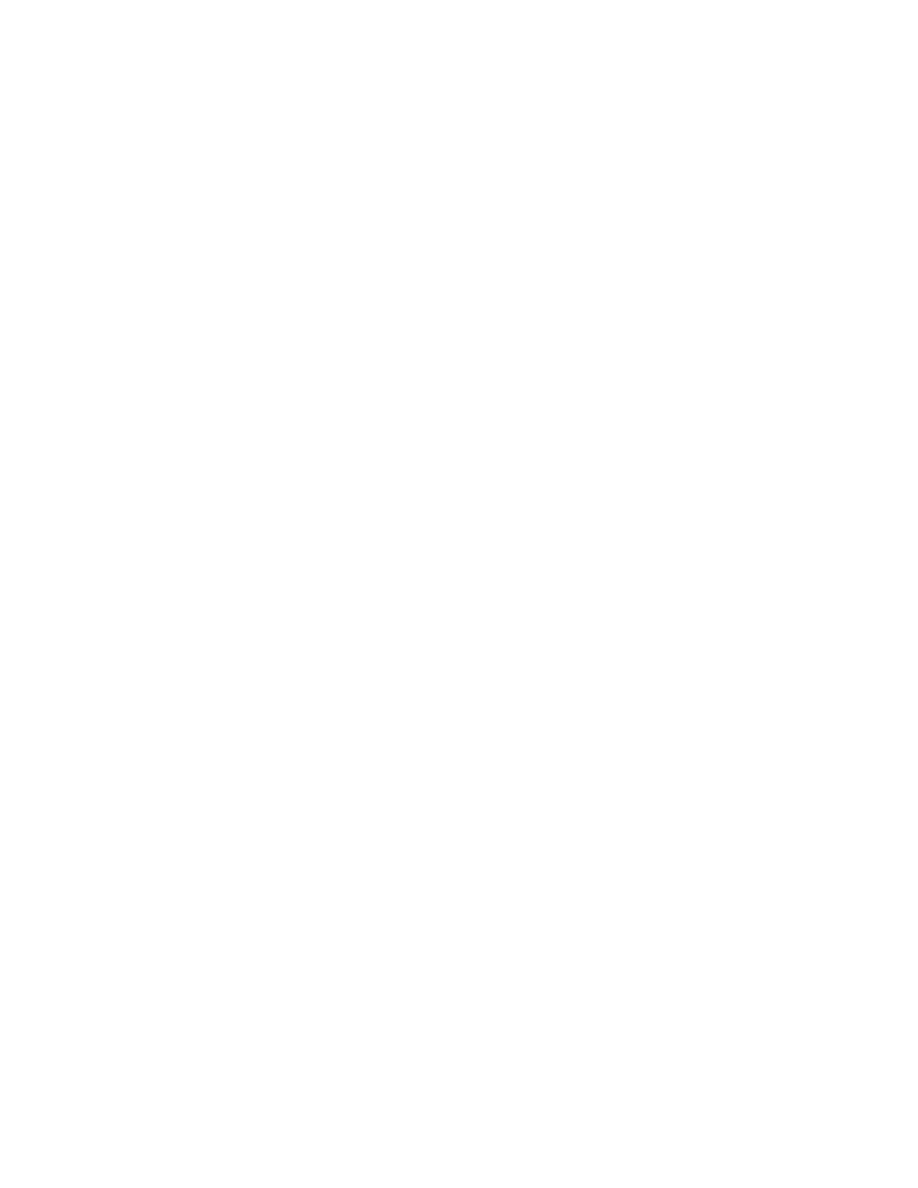
520
14 CFR Ch. I (1–1–24 Edition)
§ 61.77
accordance with the pilot privileges
authorized by this part and the limita-
tions placed on that U.S. pilot certifi-
cate;
(2) Is limited to the privileges placed
on the certificate by the Adminis-
trator;
(3) Is subject to the limitations and
restrictions on the person’s U.S. cer-
tificate and foreign pilot license when
exercising the privileges of that U.S.
pilot certificate in an aircraft of U.S.
registry operating within or outside
the United States; and
(f)
Limitation on licenses used as the
basis for a U.S. certificate. A person may
use only one foreign pilot license as a
basis for the issuance of a U.S. pilot
certificate. The foreign pilot license
and medical certification used as a
basis for issuing a U.S. pilot certificate
under this section must be written in
English or accompanied by an English
transcription that has been signed by
an official or representative of the for-
eign aviation authority that issued the
foreign pilot license.
(g)
Limitation placed on a U.S. pilot
certificate. A U.S. pilot certificate
issued under this section can only be
exercised when the pilot has the for-
eign pilot license, upon which the
issuance of the U.S. pilot certificate
was based, in the holder’s possession or
readily accessible in the aircraft.
[Doc. No. 25910, 62 FR 16298, Apr. 4, 1997, as
amended by Amdt. 61–124, 74 FR 42556, Aug.
21, 2009]
§ 61.77
Special purpose pilot author-
ization: Operation of a civil aircraft
of the United States and leased by a
non-U.S. citizen.
(a)
General. The holder of a foreign
pilot license issued by a contracting
State to the Convention on Inter-
national Civil Aviation who meets the
requirements of this section may be
issued a special purpose pilot author-
ization by the Administrator for the
purpose of performing pilot duties—
(1) On a civil aircraft of U.S. registry
that is leased to a person who is not a
citizen of the United States, and
(2) For carrying persons or property
for compensation or hire for operations
in—
(i) Scheduled international air serv-
ices in turbojet-powered airplanes of
U.S. registry;
(ii) Scheduled international air serv-
ices in airplanes of U.S. registry having
a configuration of more than nine pas-
senger seats, excluding crewmember
seats;
(iii) Nonscheduled international air
transportation in airplanes of U.S. reg-
istry having a configuration of more
than 30 passenger seats, excluding
crewmember seats; or
(iv) Scheduled international air serv-
ices, or nonscheduled international air
transportation, in airplanes of U.S.
registry having a payload capacity of
more than 7,500 pounds.
(b)
Eligibility. To be eligible for the
issuance or renewal of a special pur-
pose pilot authorization, an applicant
must present the following to a Flight
Standards office:
(1) A foreign pilot license issued by
the aeronautical authority of a con-
tracting State to the Convention on
International Civil Aviation that con-
tains the appropriate aircraft category,
class, type rating, if appropriate, and
instrument rating for the aircraft to be
flown;
(2) A certification by the lessee of the
aircraft—
(i) Stating that the applicant is em-
ployed by the lessee;
(ii) Specifying the aircraft type on
which the applicant will perform pilot
duties; and
(iii) Stating that the applicant has
received ground and flight instruction
that qualifies the applicant to perform
the duties to be assigned on the air-
craft.
(3) Documentation showing when the
applicant will reach the age of 65 years
(an official copy of the applicant’s
birth certificate or other official docu-
mentation);
(4) Documentation the applicant
meets the medical standards for the
issuance of the foreign pilot license
from the aeronautical authority of
that contracting State to the Conven-
tion on International Civil Aviation;
and
(5) A statement that the applicant
does not already hold a special purpose
pilot authorization; however, if the ap-
plicant already holds a special purpose
VerDate Sep<11>2014
14:00 Mar 14, 2024
Jkt 262047
PO 00000
Frm 00530
Fmt 8010
Sfmt 8002
Q:\14\14V2.TXT
PC31
aworley on LAPBH6H6L3 with DISTILLER
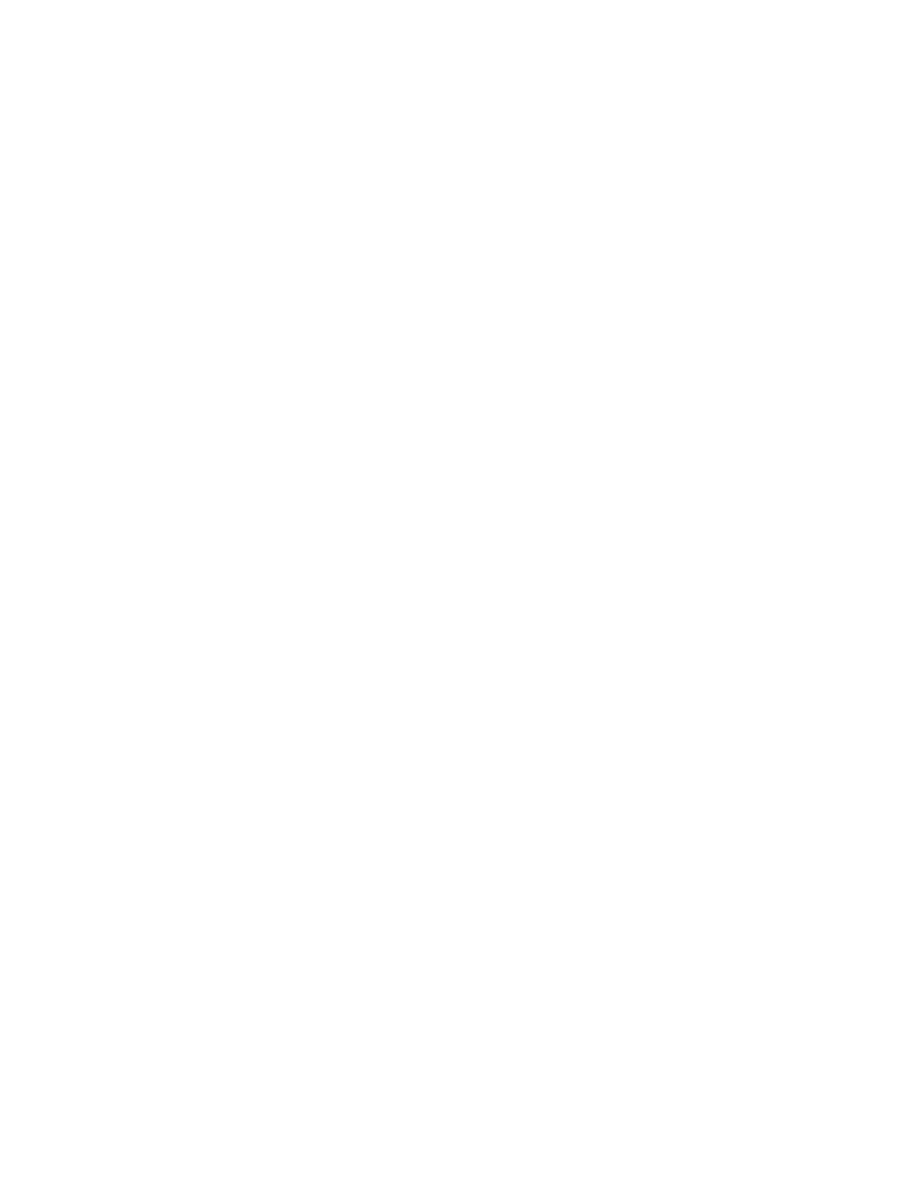
521
Federal Aviation Administration, DOT
§ 61.77
pilot authorization, then that special
purpose pilot authorization must be
surrendered to either the Flight Stand-
ards office that issued it, or the Flight
Standards office processing the appli-
cation for the authorization, prior to
being issued another special purpose
pilot authorization.
(c)
Privileges. A person issued a spe-
cial purpose pilot authorization under
this section—
(1) May exercise the privileges pre-
scribed on the special purpose pilot au-
thorization; and
(2) Must comply with the limitations
specified in this section and any addi-
tional limitations specified on the spe-
cial purpose pilot authorization.
(d)
General limitations. A special pur-
pose pilot authorization may be used
only—
(1) For flights between foreign coun-
tries or for flights in foreign air com-
merce within the time period allotted
on the authorization.
(2) If the foreign pilot license re-
quired by paragraph (b)(1) of this sec-
tion, the medical documentation re-
quired by paragraph (b)(4) of this sec-
tion, and the special purpose pilot au-
thorization issued under this section
are in the holder’s physical possession
or immediately accessible in the air-
craft.
(3) While the holder is employed by
the person to whom the aircraft de-
scribed in the certification required by
paragraph (b)(2) of this section is
leased.
(4) While the holder is performing
pilot duties on the U.S.-registered air-
craft described in the certification re-
quired by paragraph (b)(2) of this sec-
tion.
(5) If the holder has only one special
purpose pilot authorization as provided
in paragraph (b)(5) of this section.
(e)
Age limitation. No person who
holds a special purpose pilot authoriza-
tion issued under this part may serve
as a pilot on a civil airplane of U.S.
registry in the following operations if
the person has reached his or her 60th
birthday or, in the case of operations
with more than one pilot, his or her
65th birthday:
(1) Scheduled international air serv-
ices carrying passengers in turbojet-
powered airplanes;
(2) Scheduled international air serv-
ices carrying passengers in airplanes
having a passenger-seat configuration
of more than nine passenger seats, ex-
cluding each crewmember seat;
(3) Nonscheduled international air
transportation for compensation or
hire in airplanes having a passenger-
seat configuration of more than 30 pas-
senger seats, excluding each crew-
member seat; or
(4) Scheduled international air serv-
ices, or nonscheduled international air
transportation for compensation or
hire, in airplanes having a payload ca-
pacity of more than 7,500 pounds.
(f)
Definitions. (1) International air
service, as used in paragraph (e) of this
section, means scheduled air service
performed in airplanes for the public
transport of passengers, mail, or cargo,
in which the service passes through the
air space over the territory of more
than one country.
(2)
International air transportation, as
used in paragraph (e) of this section,
means air transportation performed in
airplanes for the public transport of
passengers, mail, or cargo, in which
service passes through the air space
over the territory of more than one
country.
(g)
Expiration date. Each special pur-
pose pilot authorization issued under
this section expires—
(1) 60 calendar months from the
month it was issued, unless sooner sus-
pended or revoked;
(2) When the lease agreement for the
aircraft expires or the lessee termi-
nates the employment of the person
who holds the special purpose pilot au-
thorization;
(3) Whenever the person’s foreign
pilot license has been suspended, re-
voked, or is no longer valid; or
(4) When the person no longer meets
the medical standards for the issuance
of the foreign pilot license.
(h)
Renewal. A person exercising the
privileges of a special purpose pilot au-
thorization may apply for a 60-cal-
endar-month extension of that author-
ization, provided the person—
(1) Continues to meet the require-
ments of this section; and
(2) Surrenders the expired special
purpose pilot authorization upon re-
ceipt of the new authorization.
VerDate Sep<11>2014
14:00 Mar 14, 2024
Jkt 262047
PO 00000
Frm 00531
Fmt 8010
Sfmt 8002
Q:\14\14V2.TXT
PC31
aworley on LAPBH6H6L3 with DISTILLER
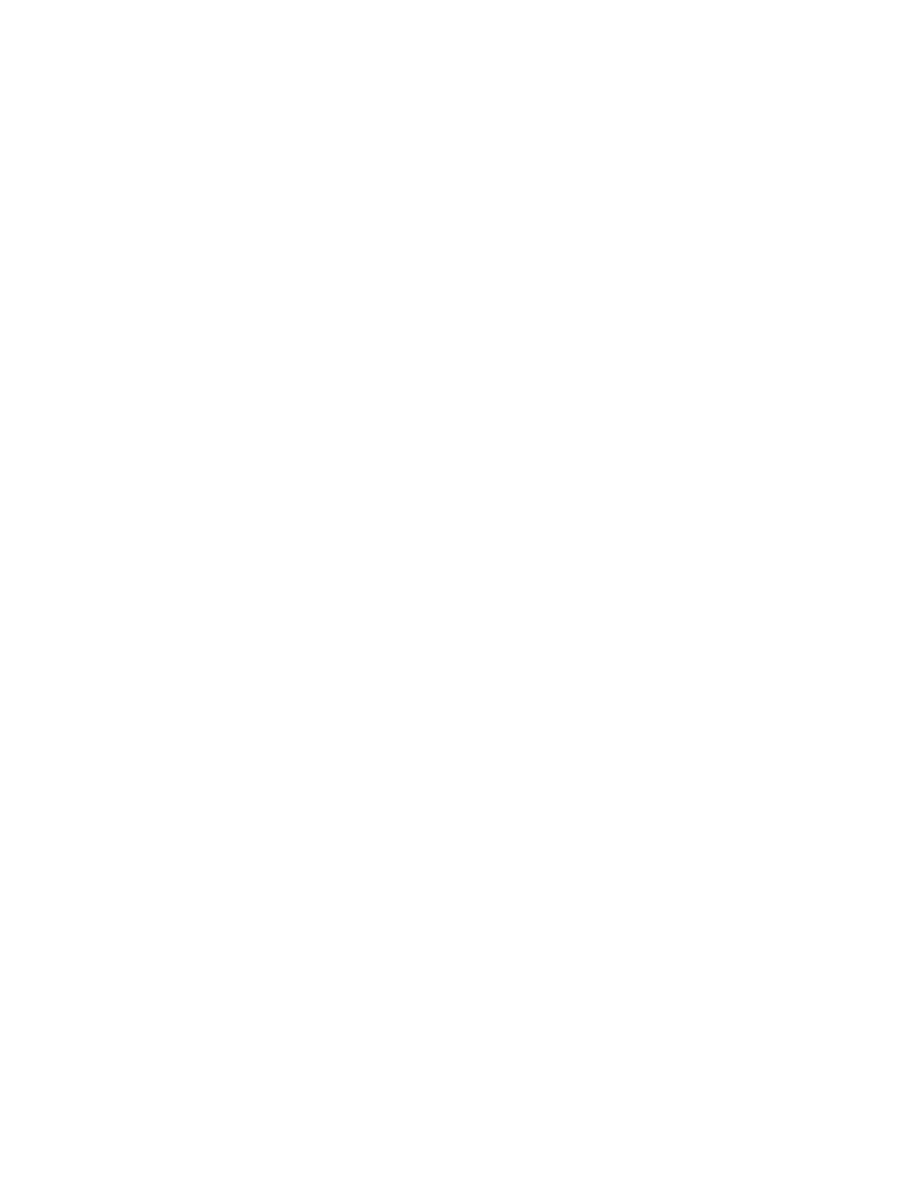
522
14 CFR Ch. I (1–1–24 Edition)
§ 61.81
(i)
Surrender. The holder of a special
purpose pilot authorization must sur-
render the authorization to the Admin-
istrator within 7 days after the date
the authorization terminates.
[Doc. No. 25910, 62 FR 40901, July 30, 1997, as
amended by Amdt. 61–123, 74 FR 34234, July
15, 2009; Amdt. 61–124, 74 FR 42557, Aug. 21,
2009; Amdt. 61–134, 80 FR 33401, June 12, 2015;
Docket FAA–2018–0119, Amdt. 61–141, 83 FR
9170, Mar. 5, 2018]
Subpart C—Student Pilots
§ 61.81
Applicability.
This subpart prescribes the require-
ments for the issuance of student pilot
certificates, the conditions under
which those certificates are necessary,
and the general operating rules and
limitations for the holders of those cer-
tificates.
§ 61.83
Eligibility requirements for stu-
dent pilots.
To be eligible for a student pilot cer-
tificate, an applicant must:
(a) Be at least 16 years of age for
other than the operation of a glider or
balloon.
(b) Be at least 14 years of age for the
operation of a glider or balloon.
(c) Be able to read, speak, write, and
understand the English language. If the
applicant is unable to meet one of
these requirements due to medical rea-
sons, then the Administrator may
place such operating limitations on
that applicant’s pilot certificate as are
necessary for the safe operation of the
aircraft.
§ 61.85
Application.
An applicant for a student pilot cer-
tificate:
(a) Must make that application in a
form acceptable to the Administrator;
and
(b) Must submit the application to a
Flight Standards office, a designated
pilot examiner, an airman certification
representative associated with a pilot
school, a flight instructor, or other
person authorized by the Adminis-
trator.
[Docket FAA–2010–1127, Amdt. 61–135, 81 FR
1306, Jan. 12, 2016, as amended by Docket
FAA–2018–0119, Amdt. 61–141, 83 FR 9170, Mar.
5, 2018]
§ 61.87
Solo requirements for student
pilots.
(a)
General. A student pilot may not
operate an aircraft in solo flight unless
that student has met the requirements
of this section. The term ‘‘solo flight’’
as used in this subpart means that
flight time during which a student
pilot is the sole occupant of the air-
craft or that flight time during which
the student performs the duties of a
pilot in command of a gas balloon or an
airship requiring more than one pilot
flight crewmember.
(b)
Aeronautical knowledge. A student
pilot must demonstrate satisfactory
aeronautical knowledge on a knowl-
edge test that meets the requirements
of this paragraph:
(1) The test must address the student
pilot’s knowledge of—
(i) Applicable sections of parts 61 and
91 of this chapter;
(ii) Airspace rules and procedures for
the airport where the solo flight will be
performed; and
(iii) Flight characteristics and oper-
ational limitations for the make and
model of aircraft to be flown.
(2) The student’s authorized instruc-
tor must—
(i) Administer the test; and
(ii) At the conclusion of the test, re-
view all incorrect answers with the
student before authorizing that stu-
dent to conduct a solo flight.
(c)
Pre-solo flight training. Prior to
conducting a solo flight, a student
pilot must have:
(1) Received and logged flight train-
ing for the maneuvers and procedures
of this section that are appropriate to
the make and model of aircraft to be
flown; and
(2) Demonstrated satisfactory pro-
ficiency and safety, as judged by an au-
thorized instructor, on the maneuvers
and procedures required by this section
in the make and model of aircraft or
similar make and model of aircraft to
be flown.
(d)
Maneuvers and procedures for pre-
solo flight training in a single-engine air-
plane. A student pilot who is receiving
training for a single-engine airplane
rating or privileges must receive and
log flight training for the following
maneuvers and procedures:
VerDate Sep<11>2014
14:00 Mar 14, 2024
Jkt 262047
PO 00000
Frm 00532
Fmt 8010
Sfmt 8002
Q:\14\14V2.TXT
PC31
aworley on LAPBH6H6L3 with DISTILLER
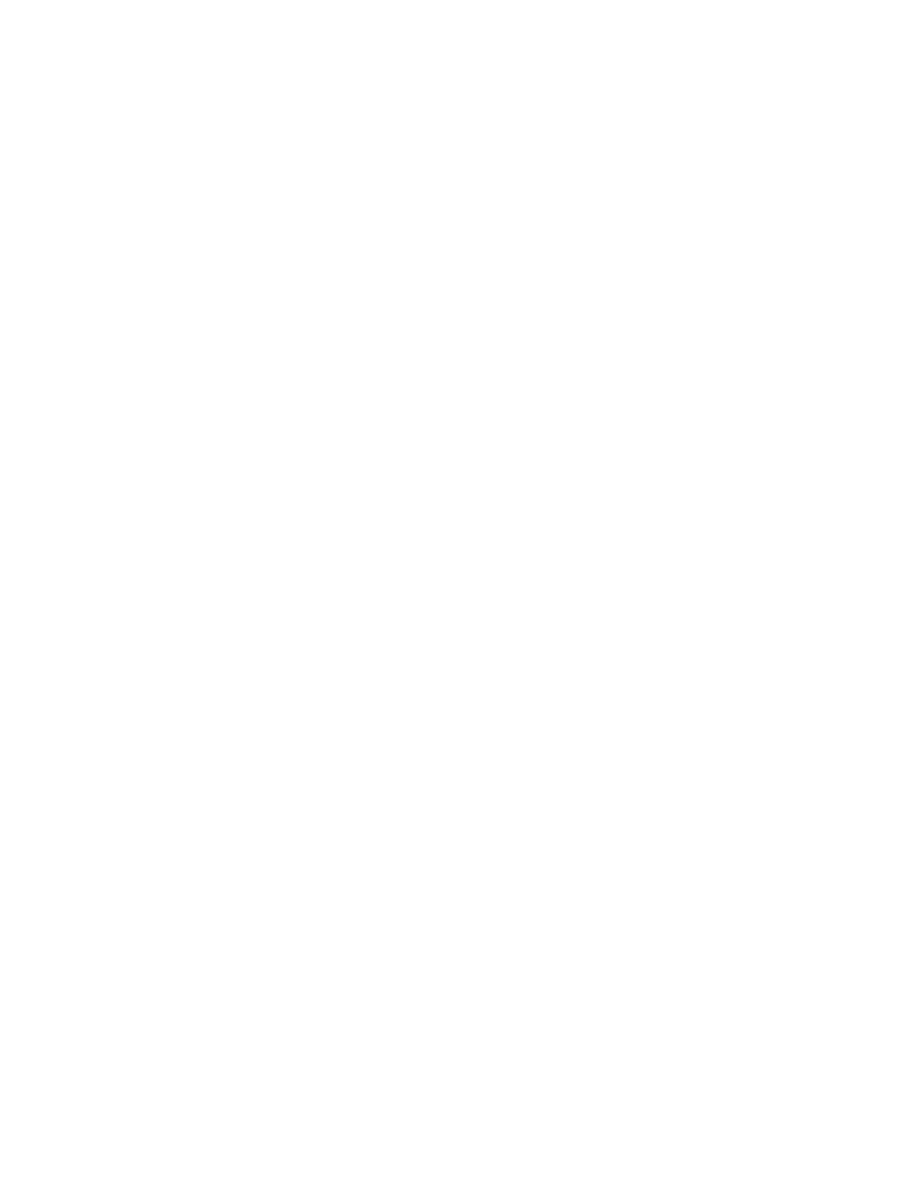
523
Federal Aviation Administration, DOT
§ 61.87
(1) Proper flight preparation proce-
dures, including preflight planning and
preparation, powerplant operation, and
aircraft systems;
(2) Taxiing or surface operations, in-
cluding runups;
(3) Takeoffs and landings, including
normal and crosswind;
(4) Straight and level flight, and
turns in both directions;
(5) Climbs and climbing turns;
(6) Airport traffic patterns, including
entry and departure procedures;
(7) Collision avoidance, windshear
avoidance, and wake turbulence avoid-
ance;
(8) Descents, with and without turns,
using high and low drag configurations;
(9) Flight at various airspeeds from
cruise to slow flight;
(10) Stall entries from various flight
attitudes and power combinations with
recovery initiated at the first indica-
tion of a stall, and recovery from a full
stall;
(11) Emergency procedures and equip-
ment malfunctions;
(12) Ground reference maneuvers;
(13) Approaches to a landing area
with simulated engine malfunctions;
(14) Slips to a landing; and
(15) Go-arounds.
(e)
Maneuvers and procedures for pre-
solo flight training in a multiengine air-
plane. A student pilot who is receiving
training for a multiengine airplane rat-
ing must receive and log flight training
for the following maneuvers and proce-
dures:
(1) Proper flight preparation proce-
dures, including preflight planning and
preparation, powerplant operation, and
aircraft systems;
(2) Taxiing or surface operations, in-
cluding runups;
(3) Takeoffs and landings, including
normal and crosswind;
(4) Straight and level flight, and
turns in both directions;
(5) Climbs and climbing turns;
(6) Airport traffic patterns, including
entry and departure procedures;
(7) Collision avoidance, windshear
avoidance, and wake turbulence avoid-
ance;
(8) Descents, with and without turns,
using high and low drag configurations;
(9) Flight at various airspeeds from
cruise to slow flight;
(10) Stall entries from various flight
attitudes and power combinations with
recovery initiated at the first indica-
tion of a stall, and recovery from a full
stall;
(11) Emergency procedures and equip-
ment malfunctions;
(12) Ground reference maneuvers;
(13) Approaches to a landing area
with simulated engine malfunctions;
and
(14) Go-arounds.
(f)
Maneuvers and procedures for pre-
solo flight training in a helicopter. A stu-
dent pilot who is receiving training for
a helicopter rating must receive and
log flight training for the following
maneuvers and procedures:
(1) Proper flight preparation proce-
dures, including preflight planning and
preparation, powerplant operation, and
aircraft systems;
(2) Taxiing or surface operations, in-
cluding runups;
(3) Takeoffs and landings, including
normal and crosswind;
(4) Straight and level flight, and
turns in both directions;
(5) Climbs and climbing turns;
(6) Airport traffic patterns, including
entry and departure procedures;
(7) Collision avoidance, windshear
avoidance, and wake turbulence avoid-
ance;
(8) Descents with and without turns;
(9) Flight at various airspeeds;
(10) Emergency procedures and equip-
ment malfunctions;
(11) Ground reference maneuvers;
(12) Approaches to the landing area;
(13) Hovering and hovering turns;
(14) Go-arounds;
(15) Simulated emergency proce-
dures, including autorotational de-
scents with a power recovery and
power recovery to a hover;
(16) Rapid decelerations; and
(17) Simulated one-engine-inoper-
ative approaches and landings for mul-
tiengine helicopters.
(g)
Maneuvers and procedures for pre-
solo flight training in a gyroplane. A stu-
dent pilot who is receiving training for
a gyroplane rating or privileges must
receive and log flight training for the
following maneuvers and procedures:
(1) Proper flight preparation proce-
dures, including preflight planning and
VerDate Sep<11>2014
14:00 Mar 14, 2024
Jkt 262047
PO 00000
Frm 00533
Fmt 8010
Sfmt 8002
Q:\14\14V2.TXT
PC31
aworley on LAPBH6H6L3 with DISTILLER
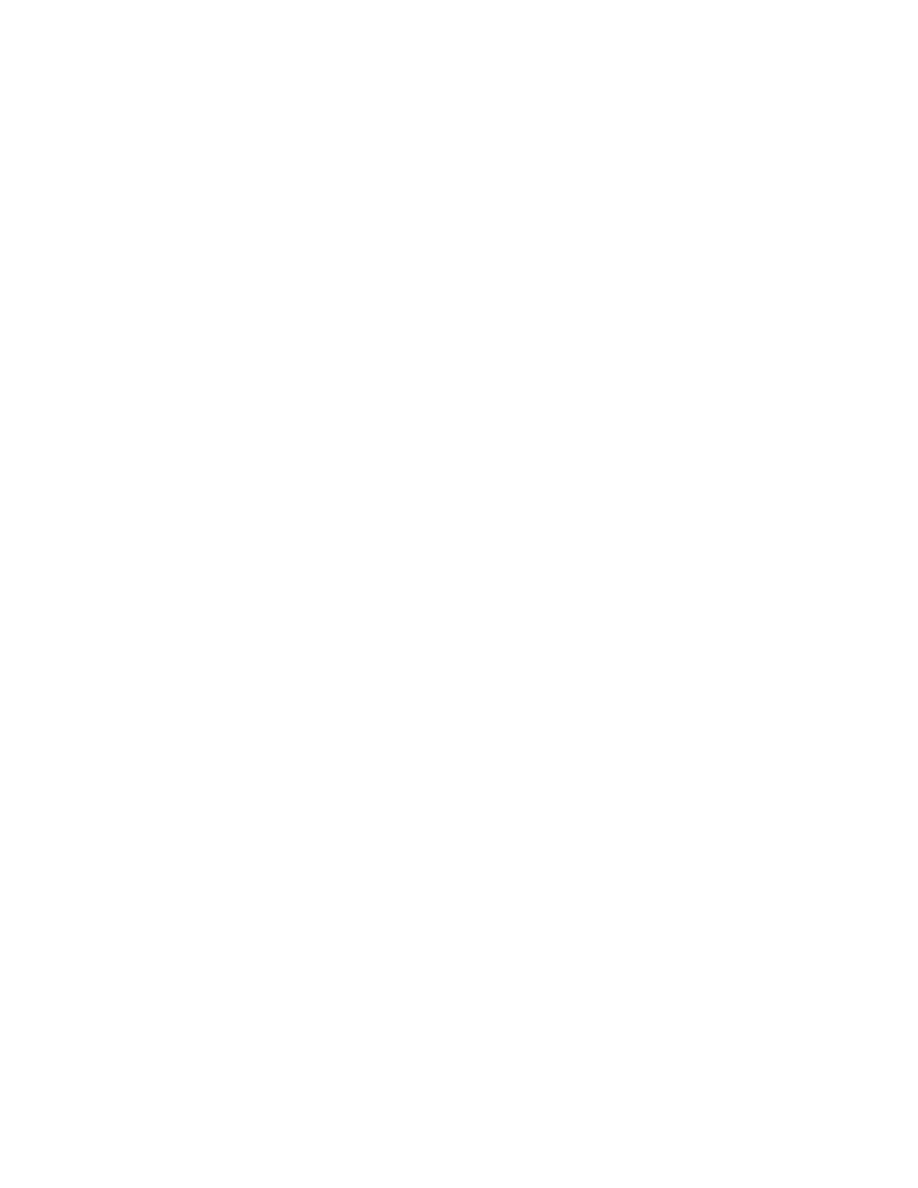
524
14 CFR Ch. I (1–1–24 Edition)
§ 61.87
preparation, powerplant operation, and
aircraft systems;
(2) Taxiing or surface operations, in-
cluding runups;
(3) Takeoffs and landings, including
normal and crosswind;
(4) Straight and level flight, and
turns in both directions;
(5) Climbs and climbing turns;
(6) Airport traffic patterns, including
entry and departure procedures;
(7) Collision avoidance, windshear
avoidance, and wake turbulence avoid-
ance;
(8) Descents with and without turns;
(9) Flight at various airspeeds;
(10) Emergency procedures and equip-
ment malfunctions;
(11) Ground reference maneuvers;
(12) Approaches to the landing area;
(13) High rates of descent with power
on and with simulated power off, and
recovery from those flight configura-
tions;
(14) Go-arounds; and
(15) Simulated emergency proce-
dures, including simulated power-off
landings and simulated power failure
during departures.
(h)
Maneuvers and procedures for pre-
solo flight training in a powered-lift. A
student pilot who is receiving training
for a powered-lift rating must receive
and log flight training in the following
maneuvers and procedures:
(1) Proper flight preparation proce-
dures, including preflight planning and
preparation, powerplant operation, and
aircraft systems;
(2) Taxiing or surface operations, in-
cluding runups;
(3) Takeoffs and landings, including
normal and crosswind;
(4) Straight and level flight, and
turns in both directions;
(5) Climbs and climbing turns;
(6) Airport traffic patterns, including
entry and departure procedures;
(7) Collision avoidance, windshear
avoidance, and wake turbulence avoid-
ance;
(8) Descents with and without turns;
(9) Flight at various airspeeds from
cruise to slow flight;
(10) Stall entries from various flight
attitudes and power combinations with
recovery initiated at the first indica-
tion of a stall, and recovery from a full
stall;
(11) Emergency procedures and equip-
ment malfunctions;
(12) Ground reference maneuvers;
(13) Approaches to a landing with
simulated engine malfunctions;
(14) Go-arounds;
(15) Approaches to the landing area;
(16) Hovering and hovering turns; and
(17) For multiengine powered-lifts,
simulated one-engine-inoperative ap-
proaches and landings.
(i)
Maneuvers and procedures for pre-
solo flight training in a glider. A student
pilot who is receiving training for a
glider rating or privileges must receive
and log flight training for the following
maneuvers and procedures:
(1) Proper flight preparation proce-
dures, including preflight planning,
preparation, aircraft systems, and, if
appropriate, powerplant operations;
(2) Taxiing or surface operations, in-
cluding runups, if applicable;
(3) Launches, including normal and
crosswind;
(4) Straight and level flight, and
turns in both directions, if applicable;
(5) Airport traffic patterns, including
entry procedures;
(6) Collision avoidance, windshear
avoidance, and wake turbulence avoid-
ance;
(7) Descents with and without turns
using high and low drag configurations;
(8) Flight at various airspeeds;
(9) Emergency procedures and equip-
ment malfunctions;
(10) Ground reference maneuvers, if
applicable;
(11) Inspection of towline rigging and
review of signals and release proce-
dures, if applicable;
(12) Aerotow, ground tow, or self-
launch procedures;
(13) Procedures for disassembly and
assembly of the glider;
(14) Stall entry, stall, and stall recov-
ery;
(15) Straight glides, turns, and spi-
rals;
(16) Landings, including normal and
crosswind;
(17) Slips to a landing;
(18) Procedures and techniques for
thermalling; and
(19) Emergency operations, including
towline break procedures.
VerDate Sep<11>2014
14:00 Mar 14, 2024
Jkt 262047
PO 00000
Frm 00534
Fmt 8010
Sfmt 8002
Q:\14\14V2.TXT
PC31
aworley on LAPBH6H6L3 with DISTILLER
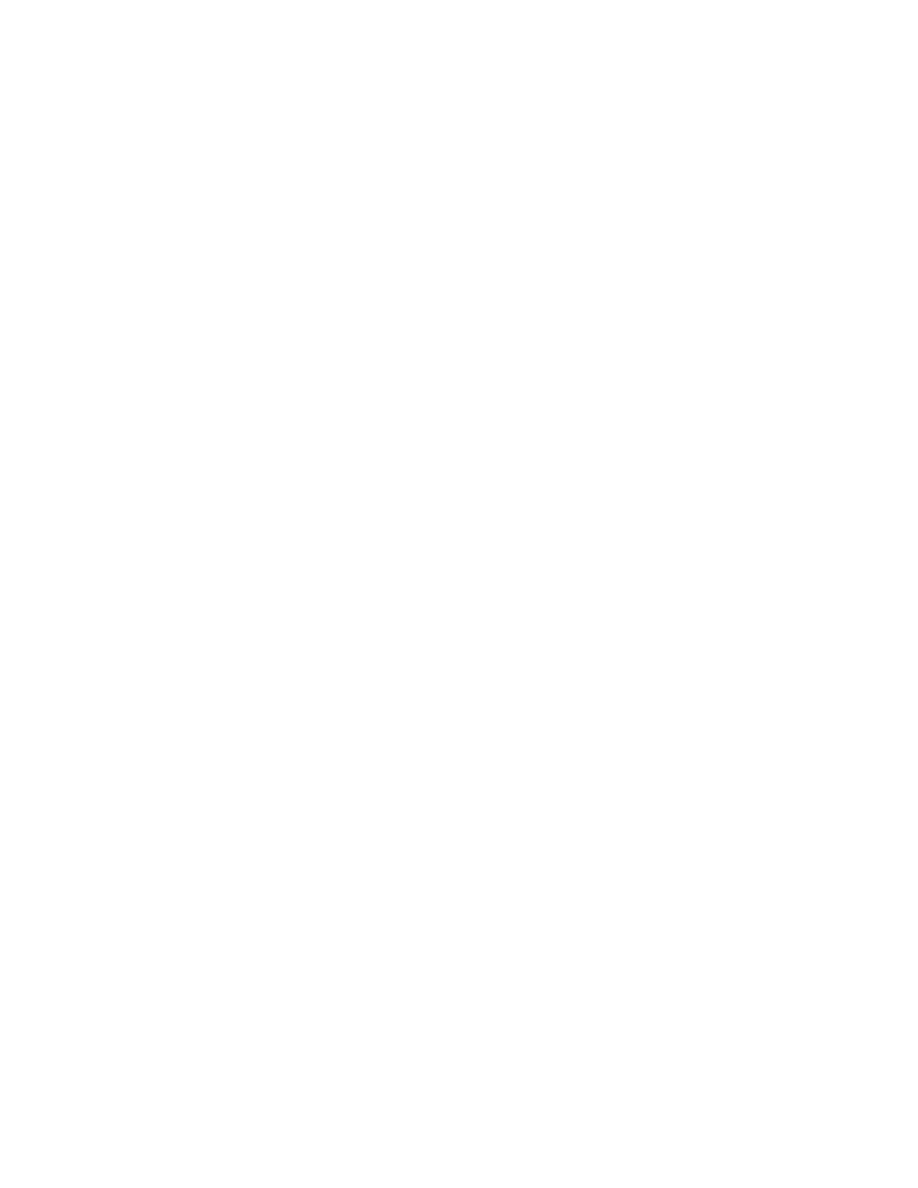
525
Federal Aviation Administration, DOT
§ 61.87
(j)
Maneuvers and procedures for pre-
solo flight training in an airship. A stu-
dent pilot who is receiving training for
an airship rating or privileges must re-
ceive and log flight training for the fol-
lowing maneuvers and procedures:
(1) Proper flight preparation proce-
dures, including preflight planning and
preparation, powerplant operation, and
aircraft systems;
(2) Taxiing or surface operations, in-
cluding runups;
(3) Takeoffs and landings, including
normal and crosswind;
(4) Straight and level flight, and
turns in both directions;
(5) Climbs and climbing turns;
(6) Airport traffic patterns, including
entry and departure procedures;
(7) Collision avoidance, windshear
avoidance, and wake turbulence avoid-
ance;
(8) Descents with and without turns;
(9) Flight at various airspeeds from
cruise to slow flight;
(10) Emergency procedures and equip-
ment malfunctions;
(11) Ground reference maneuvers;
(12) Rigging, ballasting, and control-
ling pressure in the ballonets, and
superheating; and
(13) Landings with positive and with
negative static trim.
(k)
Maneuvers and procedures for pre-
solo flight training in a balloon. A stu-
dent pilot who is receiving training in
a balloon must receive and log flight
training for the following maneuvers
and procedures:
(1) Layout and assembly procedures;
(2) Proper flight preparation proce-
dures, including preflight planning and
preparation, and aircraft systems;
(3) Ascents and descents;
(4) Landing and recovery procedures;
(5) Emergency procedures and equip-
ment malfunctions;
(6) Operation of hot air or gas source,
ballast, valves, vents, and rip panels, as
appropriate;
(7) Use of deflation valves or rip pan-
els for simulating an emergency;
(8) The effects of wind on climb and
approach angles; and
(9) Obstruction detection and avoid-
ance techniques.
(l)
Maneuvers and procedures for pre-
solo flight training in a powered para-
chute. A student pilot who is receiving
training for a powered parachute rat-
ing or privileges must receive and log
flight training for the following ma-
neuvers and procedures:
(1) Proper flight preparation proce-
dures, including preflight planning and
preparation, preflight assembly and
rigging, aircraft systems, and power-
plant operations.
(2) Taxiing or surface operations, in-
cluding run-ups.
(3) Takeoffs and landings, including
normal and crosswind.
(4) Straight and level flight, and
turns in both directions.
(5) Climbs, and climbing turns in
both directions.
(6) Airport traffic patterns, including
entry and departure procedures.
(7) Collision avoidance, windshear
avoidance, and wake turbulence avoid-
ance.
(8) Descents, and descending turns in
both directions.
(9) Emergency procedures and equip-
ment malfunctions.
(10) Ground reference maneuvers.
(11) Straight glides, and gliding turns
in both directions.
(12) Go-arounds.
(13) Approaches to landing areas with
a simulated engine malfunction.
(14) Procedures for canopy packing
and aircraft disassembly.
(m)
Maneuvers and procedures for pre-
solo flight training in a weight-shift-con-
trol aircraft. A student pilot who is re-
ceiving training for a weight-shift-con-
trol aircraft rating or privileges must
receive and log flight training for the
following maneuvers and procedures:
(1) Proper flight preparation proce-
dures, including preflight planning and
preparation, preflight assembly and
rigging, aircraft systems, and power-
plant operations.
(2) Taxiing or surface operations, in-
cluding run-ups.
(3) Takeoffs and landings, including
normal and crosswind.
(4) Straight and level flight, and
turns in both directions.
(5) Climbs, and climbing turns in
both directions.
(6) Airport traffic patterns, including
entry and departure procedures.
(7) Collision avoidance, windshear
avoidance, and wake turbulence avoid-
ance.
VerDate Sep<11>2014
14:00 Mar 14, 2024
Jkt 262047
PO 00000
Frm 00535
Fmt 8010
Sfmt 8002
Q:\14\14V2.TXT
PC31
aworley on LAPBH6H6L3 with DISTILLER
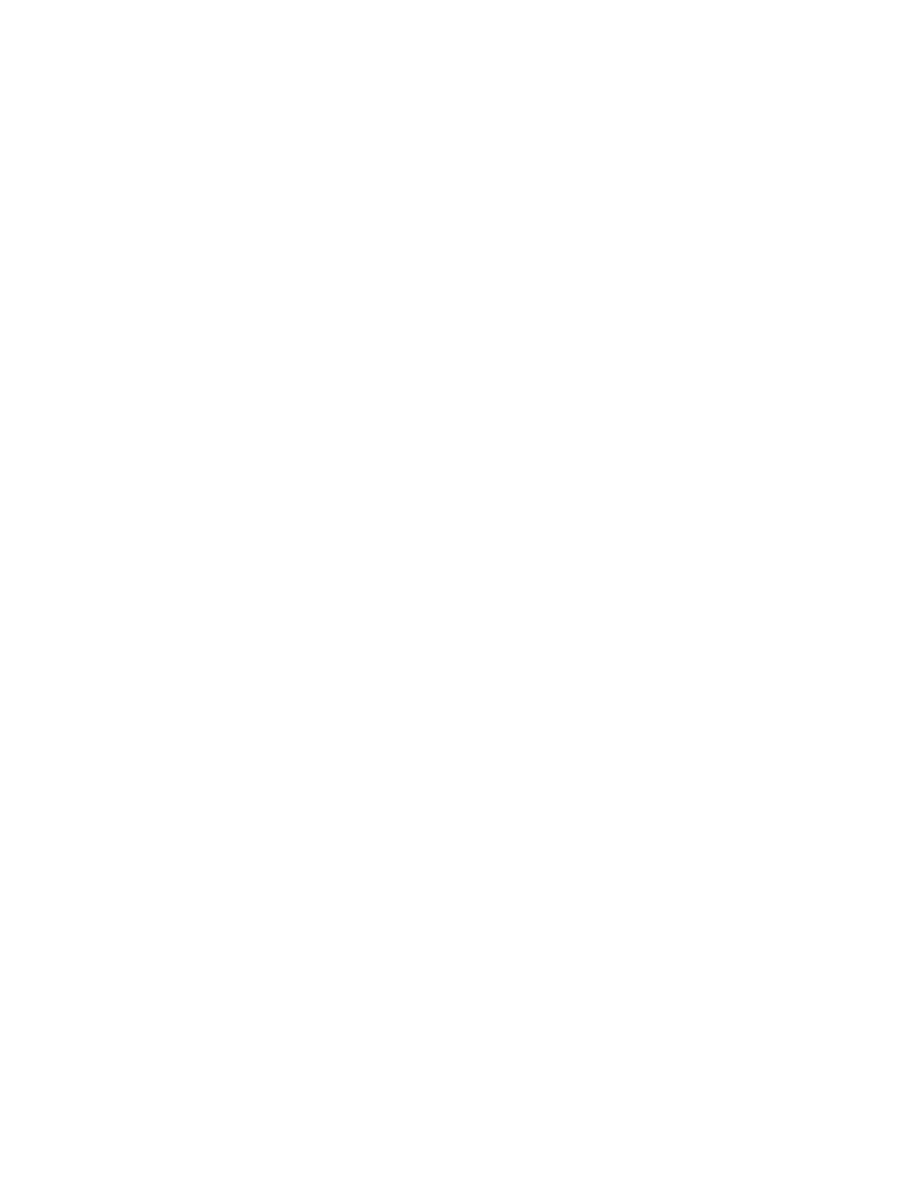
526
14 CFR Ch. I (1–1–24 Edition)
§ 61.89
(8) Descents, and descending turns in
both directions.
(9) Flight at various airspeeds from
maximum cruise to slow flight.
(10) Emergency procedures and equip-
ment malfunctions.
(11) Ground reference maneuvers.
(12) Stall entry, stall, and stall recov-
ery.
(13) Straight glides, and gliding turns
in both directions.
(14) Go-arounds.
(15) Approaches to landing areas with
a simulated engine malfunction.
(16) Procedures for disassembly.
(n)
Limitations on student pilots oper-
ating an aircraft in solo flight. A student
pilot may not operate an aircraft in
solo flight unless that student pilot has
received an endorsement in the stu-
dent’s logbook for the specific make
and model aircraft to be flown by an
authorized instructor who gave the
training within the 90 days preceding
the date of the flight.
(o)
Limitations on student pilots oper-
ating an aircraft in solo flight at night. A
student pilot may not operate an air-
craft in solo flight at night unless that
student pilot has received:
(1) Flight training at night on night
flying procedures that includes take-
offs, approaches, landings, and go-
arounds at night at the airport where
the solo flight will be conducted;
(2) Navigation training at night in
the vicinity of the airport where the
solo flight will be conducted; and
(3) An endorsement in the student’s
logbook for the specific make and
model aircraft to be flown for night
solo flight by an authorized instructor
who gave the training within the 90-
day period preceding the date of the
flight.
(p)
Limitations on flight instructors au-
thorizing solo flight. No instructor may
authorize a student pilot to perform a
solo flight unless that instructor has—
(1) Given that student pilot training
in the make and model of aircraft or a
similar make and model of aircraft in
which the solo flight is to be flown;
(2) Determined the student pilot is
proficient in the maneuvers and proce-
dures prescribed in this section;
(3) Determined the student pilot is
proficient in the make and model of
aircraft to be flown; and
(4) Endorsed the student pilot’s log-
book for the specific make and model
aircraft to be flown, and that endorse-
ment remains current for solo flight
privileges, provided an authorized in-
structor updates the student’s logbook
every 90 days thereafter.
[Doc. No. 25910, 62 FR 16298, Apr. 4, 1997;
Amdt. 61–103, 62 FR 40902, July 30, 1997;
Amdt. 61–104, 63 FR 20287, Apr. 23, 1998; Amdt.
61–110, 69 FR 44866, July 27, 2004; Amdt. 61–
124, 74 FR 42557, Aug. 21, 2009; Docket FAA–
2010–1127, Amdt. 61–135, 81 FR 1306, Jan. 12,
2016]
§ 61.89
General limitations.
(a) A student pilot may not act as
pilot in command of an aircraft:
(1) That is carrying a passenger;
(2) That is carrying property for com-
pensation or hire;
(3) For compensation or hire;
(4) In furtherance of a business;
(5) On an international flight, except
that a student pilot may make solo
training flights from Haines, Gustavus,
or Juneau, Alaska, to White Horse,
Yukon, Canada, and return over the
province of British Columbia;
(6) With a flight or surface visibility
of less than 3 statute miles during day-
light hours or 5 statute miles at night;
(7) When the flight cannot be made
with visual reference to the surface; or
(8) In a manner contrary to any limi-
tations placed in the pilot’s logbook by
an authorized instructor.
(b) A student pilot may not act as a
required pilot flight crewmember on
any aircraft for which more than one
pilot is required by the type certificate
of the aircraft or regulations under
which the flight is conducted, except
when receiving flight training from an
authorized instructor on board an air-
ship, and no person other than a re-
quired flight crewmember is carried on
the aircraft.
(c) A student pilot seeking a sport
pilot certificate must comply with the
provisions of paragraphs (a) and (b) of
this section and may not act as pilot in
command—
(1) Of an aircraft other than a light-
sport aircraft;
(2) At night;
(3) At an altitude of more than 10,000
feet MSL or 2,000 feet AGL, whichever
is higher;
VerDate Sep<11>2014
14:00 Mar 14, 2024
Jkt 262047
PO 00000
Frm 00536
Fmt 8010
Sfmt 8002
Q:\14\14V2.TXT
PC31
aworley on LAPBH6H6L3 with DISTILLER
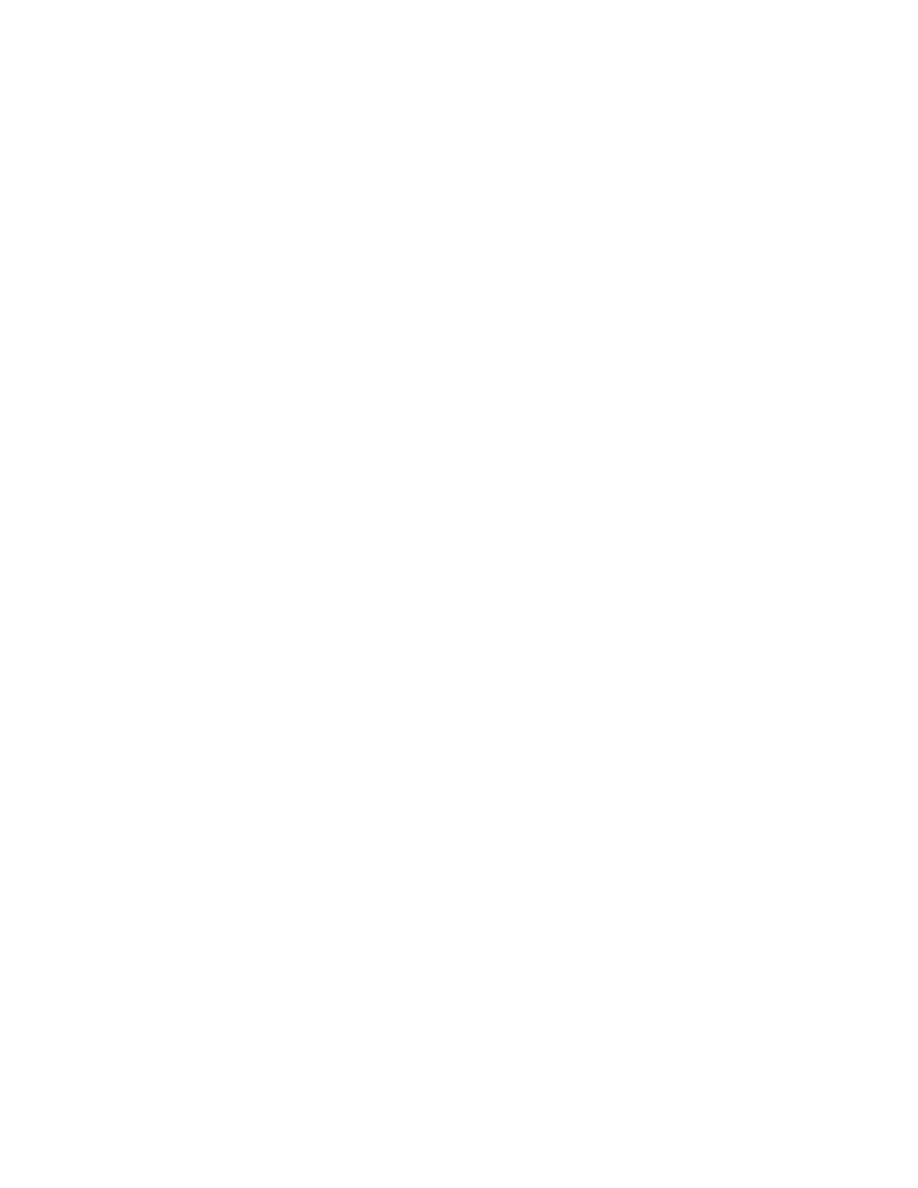
527
Federal Aviation Administration, DOT
§ 61.93
(4) In Class B, C, and D airspace, at
an airport located in Class B, C, or D
airspace, and to, from, through, or on
an airport having an operational con-
trol tower without having received the
ground and flight training specified in
§ 61.94 and an endorsement from an au-
thorized instructor;
(5) Of a light-sport aircraft without
having received the applicable ground
training, flight training, and instructor
endorsements specified in § 61.327 (a)
and (b).
(d) The holder of a student pilot cer-
tificate may act as pilot in command
of an aircraft without holding a med-
ical certificate issued under part 67 of
this chapter provided the student pilot
holds a valid U.S. driver’s license,
meets the requirements of § 61.23(c)(3),
and the operation is conducted con-
sistent with the requirements of para-
graphs (a) and (b) of this section and
the conditions of § 61.113(i). Where the
requirements of paragraphs (a) and (b)
of this section conflict with § 61.113(i), a
student pilot must comply with para-
graphs (a) and (b) of this section.
[Doc. No. 25910, 62 FR 16298, Apr. 4, 1997, as
amended by Amdt. 61–110, 69 FR 44867, July
27, 2004; Amdt. 61–125, 75 FR 5220, Feb. 1, 2010;
Docket FAA–2016–9157, Amdt. 61–140, 82 FR
3165, Jan. 11, 2017]
§ 61.91
[Reserved]
§ 61.93
Solo cross-country flight re-
quirements.
(a)
General. (1) Except as provided in
paragraph (b) of this section, a student
pilot must meet the requirements of
this section before—
(i) Conducting a solo cross-country
flight, or any flight greater than 25
nautical miles from the airport from
where the flight originated.
(ii) Making a solo flight and landing
at any location other than the airport
of origination.
(2) Except as provided in paragraph
(b) of this section, a student pilot who
seeks solo cross-country flight privi-
leges must:
(i) Have received flight training from
an instructor authorized to provide
flight training on the maneuvers and
procedures of this section that are ap-
propriate to the make and model of air-
craft for which solo cross-country
privileges are sought;
(ii) Have demonstrated cross-country
proficiency on the appropriate maneu-
vers and procedures of this section to
an authorized instructor;
(iii) Have satisfactorily accomplished
the pre-solo flight maneuvers and pro-
cedures required by § 61.87 of this part
in the make and model of aircraft or
similar make and model of aircraft for
which solo cross-country privileges are
sought; and
(iv) Comply with any limitations in-
cluded in the authorized instructor’s
endorsement that are required by para-
graph (c) of this section.
(3) A student pilot who seeks solo
cross-country flight privileges must
have received ground and flight train-
ing from an authorized instructor on
the cross-country maneuvers and pro-
cedures listed in this section that are
appropriate to the aircraft to be flown.
(b)
Authorization to perform certain
solo flights and cross-country flights. A
student pilot must obtain an endorse-
ment from an authorized instructor to
make solo flights from the airport
where the student pilot normally re-
ceives training to another location. A
student pilot who receives this en-
dorsement must comply with the re-
quirements of this paragraph.
(1) Solo flights may be made to an-
other airport that is within 25 nautical
miles from the airport where the stu-
dent pilot normally receives training,
provided—
(i) An authorized instructor has
given the student pilot flight training
at the other airport, and that training
includes flight in both directions over
the route, entering and exiting the
traffic pattern, and takeoffs and land-
ings at the other airport;
(ii) The authorized instructor who
gave the training endorses the student
pilot’s logbook authorizing the flight;
(iii) The student pilot has a solo
flight endorsement in accordance with
§ 61.87 of this part;
(iv) The authorized instructor has de-
termined that the student pilot is pro-
ficient to make the flight; and
(v) The purpose of the flight is to
practice takeoffs and landings at that
other airport.
VerDate Sep<11>2014
14:00 Mar 14, 2024
Jkt 262047
PO 00000
Frm 00537
Fmt 8010
Sfmt 8002
Q:\14\14V2.TXT
PC31
aworley on LAPBH6H6L3 with DISTILLER
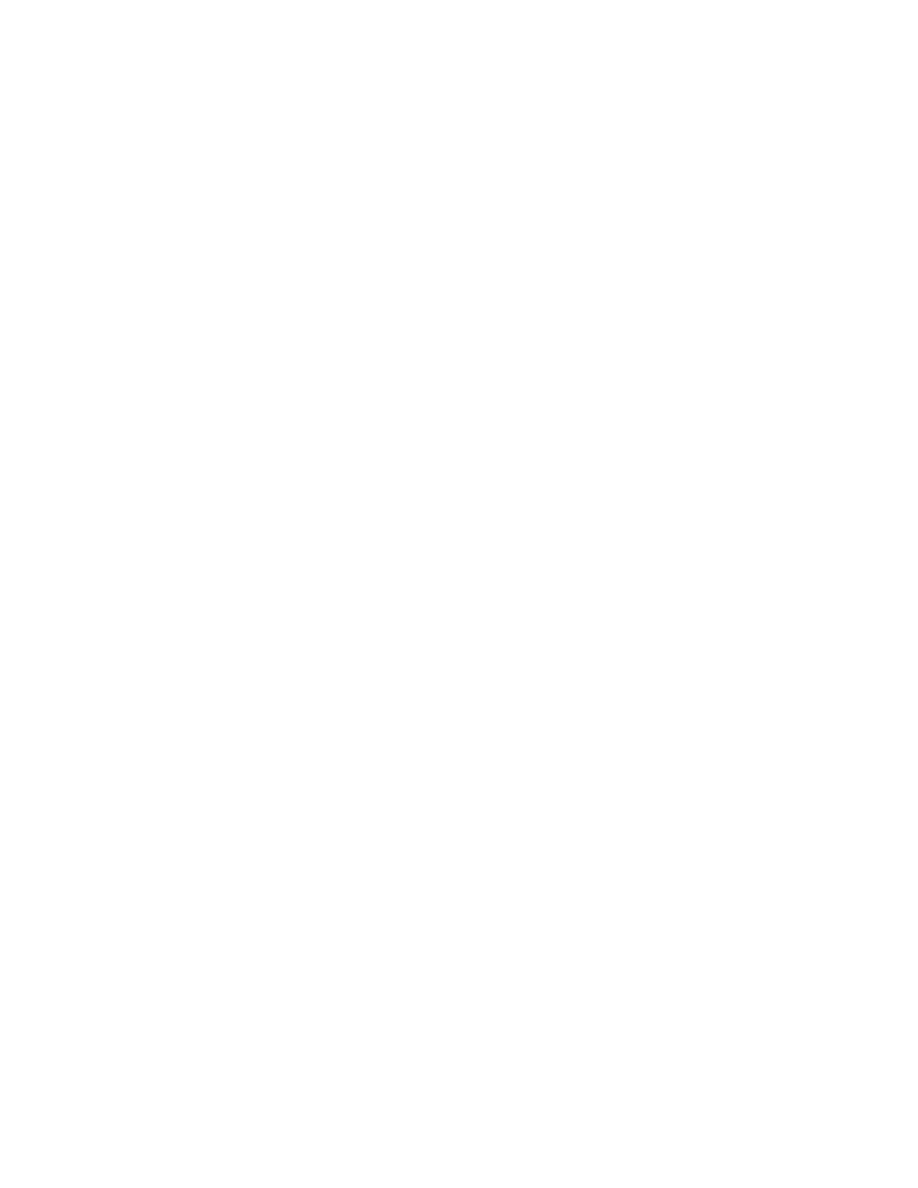
528
14 CFR Ch. I (1–1–24 Edition)
§ 61.93
(2) Repeated specific solo cross-coun-
try flights may be made to another air-
port that is within 50 nautical miles of
the airport from which the flight origi-
nated, provided—
(i) The authorized instructor has
given the student flight training in
both directions over the route, includ-
ing entering and exiting the traffic pat-
terns, takeoffs, and landings at the air-
ports to be used;
(ii) The authorized instructor who
gave the training has endorsed the stu-
dent’s logbook certifying that the stu-
dent is proficient to make such flights;
(iii) The student has a solo flight en-
dorsement in accordance with § 61.87 of
this part; and
(iv) The student has a solo cross
country flight endorsement in accord-
ance with paragraph (c) of this section;
however, for repeated solo cross coun-
try flights to another airport within 50
nautical miles from which the flight
originated, separate endorsements are
not required to be made for each flight.
(c)
Endorsements for solo cross-country
flights. Except as specified in paragraph
(b)(2) of this section, a student pilot
must have the endorsements prescribed
in this paragraph for each cross-coun-
try flight:
(1) A student pilot must have a solo
cross-country endorsement from the
authorized instructor who conducted
the training that is placed in that per-
son’s logbook for the specific category
of aircraft to be flown.
(2) A student pilot must have a solo
cross-country endorsement from an au-
thorized instructor that is placed in
that person’s logbook for the specific
make and model of aircraft to be flown.
(3) For each cross-country flight, the
authorized instructor who reviews the
cross-country planning must make an
endorsement in the person’s logbook
after reviewing that person’s cross-
country planning, as specified in para-
graph (d) of this section. The endorse-
ment must—
(i) Specify the make and model of
aircraft to be flown;
(ii) State that the student’s preflight
planning and preparation is correct and
that the student is prepared to make
the flight safely under the known con-
ditions; and
(iii) State that any limitations re-
quired by the student’s authorized in-
structor are met.
(d)
Limitations on authorized instruc-
tors to permit solo cross-country flights.
An authorized instructor may not per-
mit a student pilot to conduct a solo
cross-country flight unless that in-
structor has:
(1) Determined that the student’s
cross-country planning is correct for
the flight;
(2) Reviewed the current and forecast
weather conditions and has determined
that the flight can be completed under
VFR;
(3) Determined that the student is
proficient to conduct the flight safely;
(4) Determined that the student has
the appropriate solo cross-country en-
dorsement for the make and model of
aircraft to be flown; and
(5) Determined that the student’s
solo flight endorsement is current for
the make and model aircraft to be
flown.
(e)
Maneuvers and procedures for cross-
country flight training in a single-engine
airplane. A student pilot who is receiv-
ing training for cross-country flight in
a single-engine airplane must receive
and log flight training in the following
maneuvers and procedures:
(1) Use of aeronautical charts for
VFR navigation using pilotage and
dead reckoning with the aid of a mag-
netic compass;
(2) Use of aircraft performance charts
pertaining to cross-country flight;
(3) Procurement and analysis of aero-
nautical weather reports and forecasts,
including recognition of critical weath-
er situations and estimating visibility
while in flight;
(4) Emergency procedures;
(5) Traffic pattern procedures that in-
clude area departure, area arrival,
entry into the traffic pattern, and ap-
proach;
(6) Procedures and operating prac-
tices for collision avoidance, wake tur-
bulence precautions, and windshear
avoidance;
(7) Recognition, avoidance, and oper-
ational restrictions of hazardous ter-
rain features in the geographical area
where the cross-country flight will be
flown;
VerDate Sep<11>2014
14:00 Mar 14, 2024
Jkt 262047
PO 00000
Frm 00538
Fmt 8010
Sfmt 8002
Q:\14\14V2.TXT
PC31
aworley on LAPBH6H6L3 with DISTILLER
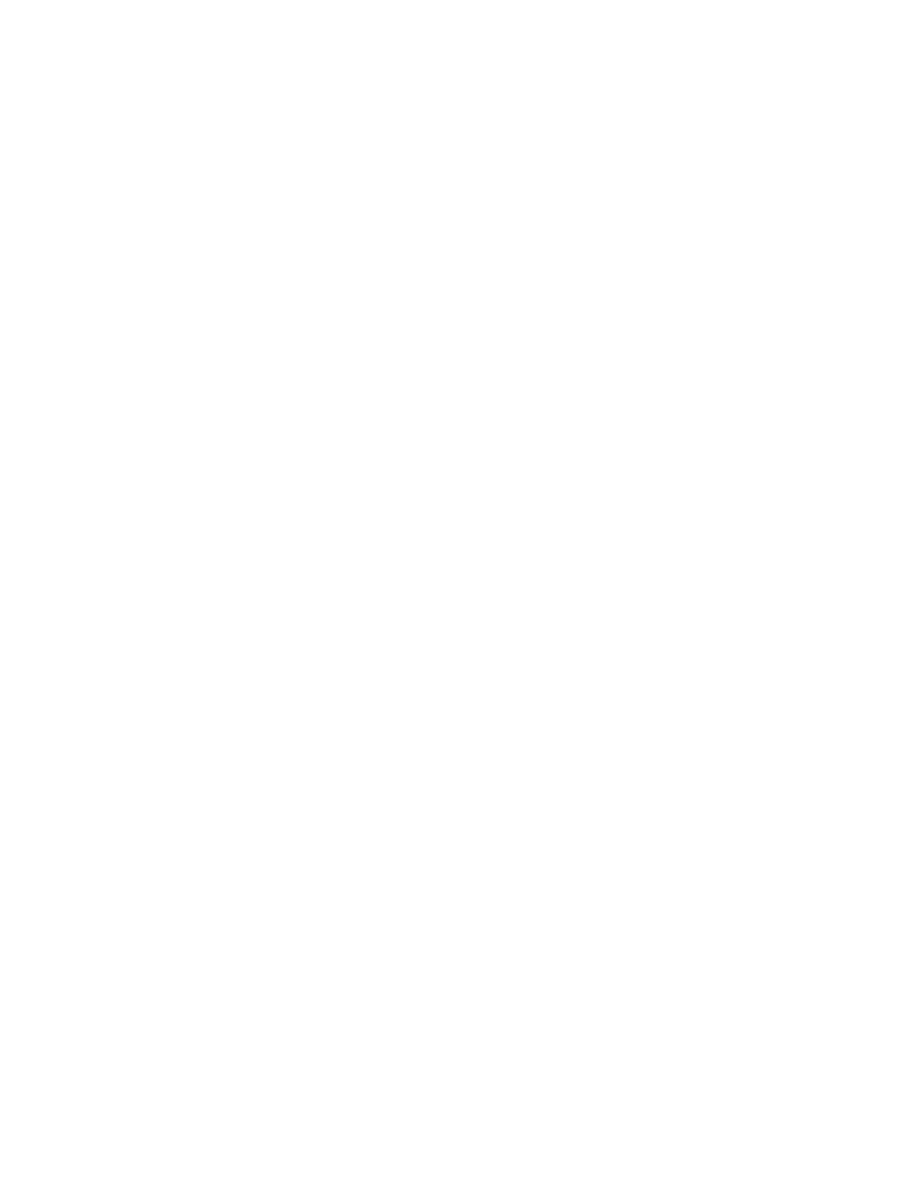
529
Federal Aviation Administration, DOT
§ 61.93
(8) Procedures for operating the in-
struments and equipment installed in
the aircraft to be flown, including rec-
ognition and use of the proper oper-
ational procedures and indications;
(9) Use of radios for VFR navigation
and two-way communication, except
that a student pilot seeking a sport
pilot certificate must only receive and
log flight training on the use of radios
installed in the aircraft to be flown;
(10) Takeoff, approach, and landing
procedures, including short-field, soft-
field, and crosswind takeoffs, ap-
proaches, and landings;
(11) Climbs at best angle and best
rate; and
(12) Control and maneuvering solely
by reference to flight instruments, in-
cluding straight and level flight, turns,
descents, climbs, use of radio aids, and
ATC directives. For student pilots
seeking a sport pilot certificate, the
provisions of this paragraph only apply
when receiving training for cross-coun-
try flight in an airplane that has a V
H
greater than 87 knots CAS.
(f)
Maneuvers and procedures for cross-
country flight training in a multiengine
airplane. A student pilot who is receiv-
ing training for cross-country flight in
a multiengine airplane must receive
and log flight training in the following
maneuvers and procedures:
(1) Use of aeronautical charts for
VFR navigation using pilotage and
dead reckoning with the aid of a mag-
netic compass;
(2) Use of aircraft performance charts
pertaining to cross-country flight;
(3) Procurement and analysis of aero-
nautical weather reports and forecasts,
including recognition of critical weath-
er situations and estimating visibility
while in flight;
(4) Emergency procedures;
(5) Traffic pattern procedures that in-
clude area departure, area arrival,
entry into the traffic pattern, and ap-
proach;
(6) Procedures and operating prac-
tices for collision avoidance, wake tur-
bulence precautions, and windshear
avoidance;
(7) Recognition, avoidance, and oper-
ational restrictions of hazardous ter-
rain features in the geographical area
where the cross-country flight will be
flown;
(8) Procedures for operating the in-
struments and equipment installed in
the aircraft to be flown, including rec-
ognition and use of the proper oper-
ational procedures and indications;
(9) Use of radios for VFR navigation
and two-way communications;
(10) Takeoff, approach, and landing
procedures, including short-field, soft-
field, and crosswind takeoffs, ap-
proaches, and landings;
(11) Climbs at best angle and best
rate; and
(12) Control and maneuvering solely
by reference to flight instruments, in-
cluding straight and level flight, turns,
descents, climbs, use of radio aids, and
ATC directives.
(g)
Maneuvers and procedures for cross-
country flight training in a helicopter. A
student pilot who is receiving training
for cross-country flight in a helicopter
must receive and log flight training for
the following maneuvers and proce-
dures:
(1) Use of aeronautical charts for
VFR navigation using pilotage and
dead reckoning with the aid of a mag-
netic compass;
(2) Use of aircraft performance charts
pertaining to cross-country flight;
(3) Procurement and analysis of aero-
nautical weather reports and forecasts,
including recognition of critical weath-
er situations and estimating visibility
while in flight;
(4) Emergency procedures;
(5) Traffic pattern procedures that in-
clude area departure, area arrival,
entry into the traffic pattern, and ap-
proach;
(6) Procedures and operating prac-
tices for collision avoidance, wake tur-
bulence precautions, and windshear
avoidance;
(7) Recognition, avoidance, and oper-
ational restrictions of hazardous ter-
rain features in the geographical area
where the cross-country flight will be
flown;
(8) Procedures for operating the in-
struments and equipment installed in
the aircraft to be flown, including rec-
ognition and use of the proper oper-
ational procedures and indications;
(9) Use of radios for VFR navigation
and two-way communications; and
(10) Takeoff, approach, and landing
procedures.
VerDate Sep<11>2014
14:00 Mar 14, 2024
Jkt 262047
PO 00000
Frm 00539
Fmt 8010
Sfmt 8002
Q:\14\14V2.TXT
PC31
aworley on LAPBH6H6L3 with DISTILLER
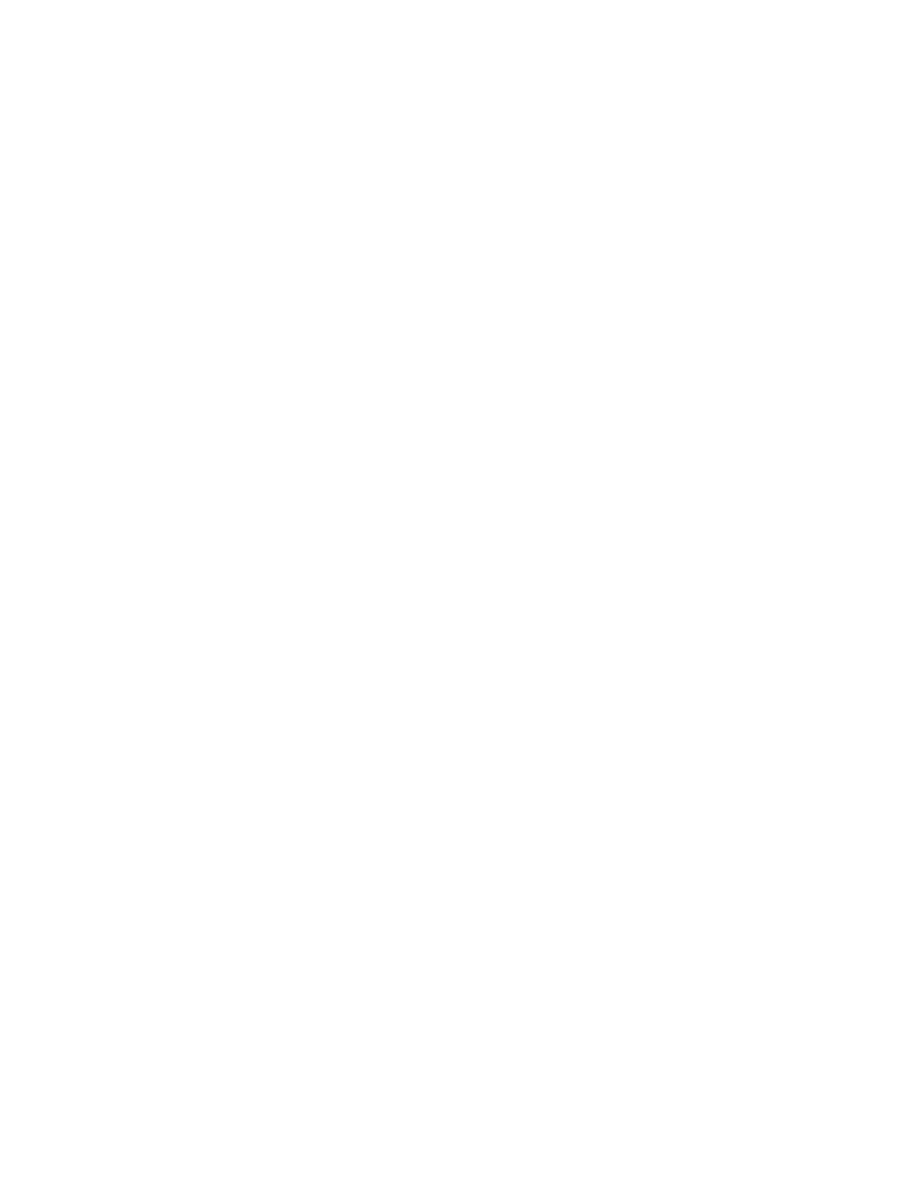
530
14 CFR Ch. I (1–1–24 Edition)
§ 61.93
(h)
Maneuvers and procedures for cross-
country flight training in a gyroplane. A
student pilot who is receiving training
for cross-country flight in a gyroplane
must receive and log flight training in
the following maneuvers and proce-
dures:
(1) Use of aeronautical charts for
VFR navigation using pilotage and
dead reckoning with the aid of a mag-
netic compass;
(2) Use of aircraft performance charts
pertaining to cross-country flight;
(3) Procurement and analysis of aero-
nautical weather reports and forecasts,
including recognition of critical weath-
er situations and estimating visibility
while in flight;
(4) Emergency procedures;
(5) Traffic pattern procedures that in-
clude area departure, area arrival,
entry into the traffic pattern, and ap-
proach;
(6) Procedures and operating prac-
tices for collision avoidance, wake tur-
bulence precautions, and windshear
avoidance;
(7) Recognition, avoidance, and oper-
ational restrictions of hazardous ter-
rain features in the geographical area
where the cross-country flight will be
flown;
(8) Procedures for operating the in-
struments and equipment installed in
the aircraft to be flown, including rec-
ognition and use of the proper oper-
ational procedures and indications;
(9) Use of radios for VFR navigation
and two-way communication, except
that a student pilot seeking a sport
pilot certificate must only receive and
log flight training on the use of radios
installed in the aircraft to be flown;
and
(10) Takeoff, approach, and landing
procedures, including short-field and
soft-field takeoffs, approaches, and
landings.
(i)
Maneuvers and procedures for cross-
country flight training in a powered-lift.
A student pilot who is receiving train-
ing for cross-country flight training in
a powered-lift must receive and log
flight training in the following maneu-
vers and procedures:
(1) Use of aeronautical charts for
VFR navigation using pilotage and
dead reckoning with the aid of a mag-
netic compass;
(2) Use of aircraft performance charts
pertaining to cross-country flight;
(3) Procurement and analysis of aero-
nautical weather reports and forecasts,
including recognition of critical weath-
er situations and estimating visibility
while in flight;
(4) Emergency procedures;
(5) Traffic pattern procedures that in-
clude area departure, area arrival,
entry into the traffic pattern, and ap-
proach;
(6) Procedures and operating prac-
tices for collision avoidance, wake tur-
bulence precautions, and windshear
avoidance;
(7) Recognition, avoidance, and oper-
ational restrictions of hazardous ter-
rain features in the geographical area
where the cross-country flight will be
flown;
(8) Procedures for operating the in-
struments and equipment installed in
the aircraft to be flown, including rec-
ognition and use of the proper oper-
ational procedures and indications;
(9) Use of radios for VFR navigation
and two-way communications;
(10) Takeoff, approach, and landing
procedures that include high-altitude,
steep, and shallow takeoffs, ap-
proaches, and landings; and
(11) Control and maneuvering solely
by reference to flight instruments, in-
cluding straight and level flight, turns,
descents, climbs, use of radio aids, and
ATC directives.
(j)
Maneuvers and procedures for cross-
country flight training in a glider. A stu-
dent pilot who is receiving training for
cross-country flight in a glider must
receive and log flight training in the
following maneuvers and procedures:
(1) Use of aeronautical charts for
VFR navigation using pilotage and
dead reckoning with the aid of a mag-
netic compass;
(2) Use of aircraft performance charts
pertaining to cross-country flight;
(3) Procurement and analysis of aero-
nautical weather reports and forecasts,
including recognition of critical weath-
er situations and estimating visibility
while in flight;
(4) Emergency procedures;
(5) Traffic pattern procedures that in-
clude area departure, area arrival,
entry into the traffic pattern, and ap-
proach;
VerDate Sep<11>2014
14:00 Mar 14, 2024
Jkt 262047
PO 00000
Frm 00540
Fmt 8010
Sfmt 8002
Q:\14\14V2.TXT
PC31
aworley on LAPBH6H6L3 with DISTILLER
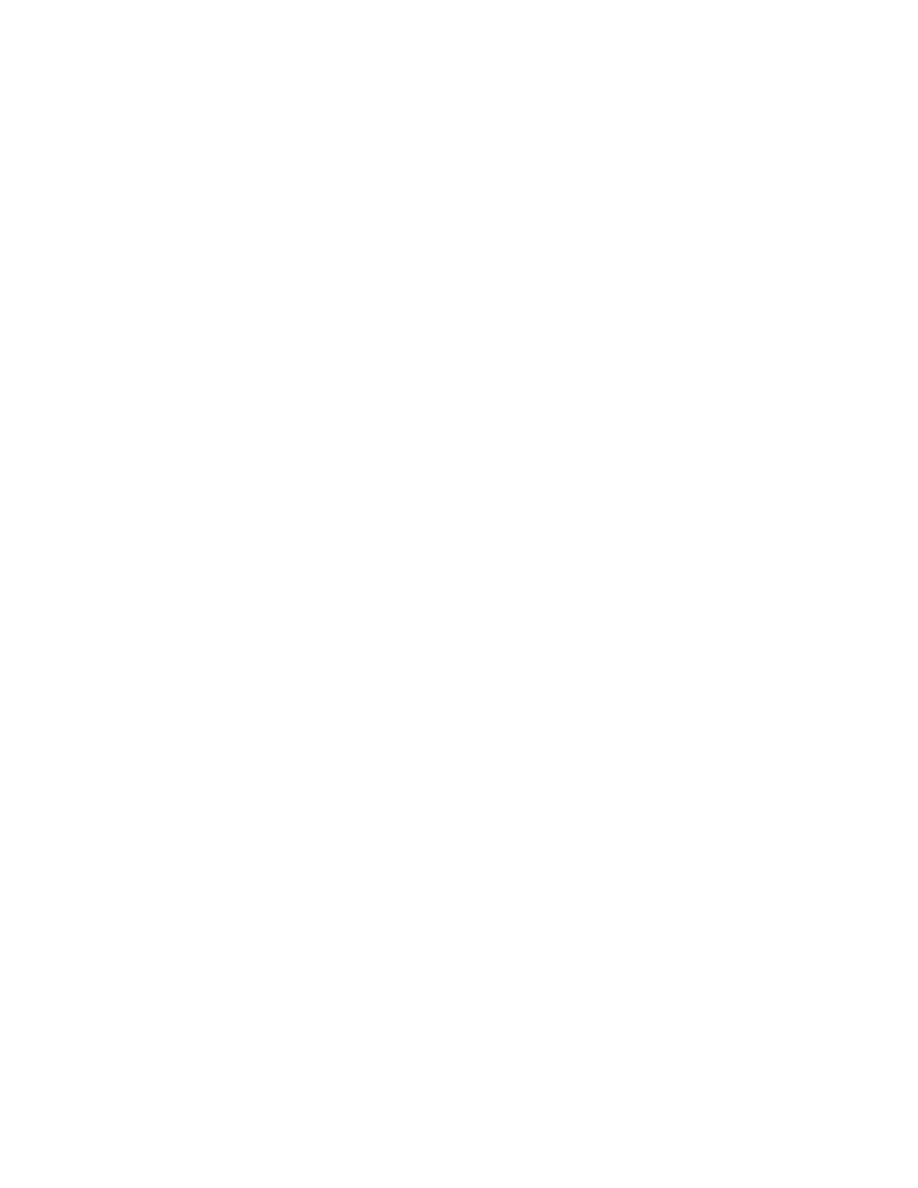
531
Federal Aviation Administration, DOT
§ 61.93
(6) Procedures and operating prac-
tices for collision avoidance, wake tur-
bulence precautions, and windshear
avoidance;
(7) Recognition, avoidance, and oper-
ational restrictions of hazardous ter-
rain features in the geographical area
where the cross-country flight will be
flown;
(8) Procedures for operating the in-
struments and equipment installed in
the aircraft to be flown, including rec-
ognition and use of the proper oper-
ational procedures and indications;
(9) Landings accomplished without
the use of the altimeter from at least
2,000 feet above the surface; and
(10) Recognition of weather and upper
air conditions favorable for cross-coun-
try soaring, ascending and descending
flight, and altitude control.
(k)
Maneuvers and procedures for cross-
country flight training in an airship. A
student pilot who is receiving training
for cross-country flight in an airship
must receive and log flight training for
the following maneuvers and proce-
dures:
(1) Use of aeronautical charts for
VFR navigation using pilotage and
dead reckoning with the aid of a mag-
netic compass;
(2) Use of aircraft performance charts
pertaining to cross-country flight;
(3) Procurement and analysis of aero-
nautical weather reports and forecasts,
including recognition of critical weath-
er situations and estimating visibility
while in flight;
(4) Emergency procedures;
(5) Traffic pattern procedures that in-
clude area departure, area arrival,
entry into the traffic pattern, and ap-
proach;
(6) Procedures and operating prac-
tices for collision avoidance, wake tur-
bulence precautions, and windshear
avoidance;
(7) Recognition, avoidance, and oper-
ational restrictions of hazardous ter-
rain features in the geographical area
where the cross-country flight will be
flown;
(8) Procedures for operating the in-
struments and equipment installed in
the aircraft to be flown, including rec-
ognition and use of the proper oper-
ational procedures and indications;
(9) Use of radios for VFR navigation
and two-way communication, except
that a student pilot seeking a sport
pilot certificate must only receive and
log flight training on the use of radios
installed in the aircraft to be flown;
(10) Control of air pressure with re-
gard to ascending and descending flight
and altitude control;
(11) Control of the airship solely by
reference to flight instruments, except
for a student pilot seeking a sport pilot
certificate; and
(12) Recognition of weather and upper
air conditions conducive for the direc-
tion of cross-country flight.
(l)
Maneuvers and procedures for cross-
country flight training in a powered para-
chute. A student pilot who is receiving
training for cross-country flight in a
powered parachute must receive and
log flight training in the following ma-
neuvers and procedures:
(1) Use of aeronautical charts for
VFR navigation using pilotage and
dead reckoning with the aid of a mag-
netic compass, as appropriate.
(2) Use of aircraft performance charts
pertaining to cross-country flight.
(3) Procurement and analysis of aero-
nautical weather reports and forecasts,
including recognizing critical weather
situations and estimating visibility
while in flight.
(4) Emergency procedures.
(5) Traffic pattern procedures that in-
clude area departure, area arrival,
entry into the traffic pattern, and ap-
proach.
(6) Procedures and operating prac-
tices for collision avoidance, wake tur-
bulence precautions, and windshear
avoidance.
(7) Recognition, avoidance, and oper-
ational restrictions of hazardous ter-
rain features in the geographical area
where the cross-country flight will be
flown.
(8) Procedures for operating the in-
struments and equipment installed in
the aircraft to be flown, including rec-
ognition and use of the proper oper-
ational procedures and indications.
(9) If equipped for flight with naviga-
tion radios, the use of radios for VFR
navigation.
(10) Recognition of weather and upper
air conditions favorable for the cross-
country flight.
VerDate Sep<11>2014
14:00 Mar 14, 2024
Jkt 262047
PO 00000
Frm 00541
Fmt 8010
Sfmt 8002
Q:\14\14V2.TXT
PC31
aworley on LAPBH6H6L3 with DISTILLER

532
14 CFR Ch. I (1–1–24 Edition)
§ 61.94
(11) Takeoff, approach and landing
procedures.
(m)
Maneuvers and procedures for
cross-country flight training in a weight-
shift-control aircraft. A student pilot
who is receiving training for cross-
country flight in a weight-shift-control
aircraft must receive and log flight
training for the following maneuvers
and procedures:
(1) Use of aeronautical charts for
VFR navigation using pilotage and
dead reckoning with the aid of a mag-
netic compass, as appropriate.
(2) Use of aircraft performance charts
pertaining to cross-country flight.
(3) Procurement and analysis of aero-
nautical weather reports and forecasts,
including recognizing critical weather
situations and estimating visibility
while in flight.
(4) Emergency procedures.
(5) Traffic pattern procedures that in-
clude area departure, area arrival,
entry into the traffic pattern, and ap-
proach.
(6) Procedures and operating prac-
tices for collision avoidance, wake tur-
bulence precautions, and windshear
avoidance.
(7) Recognition, avoidance, and oper-
ational restrictions of hazardous ter-
rain features in the geographical area
where the cross-country flight will be
flown.
(8) Procedures for operating the in-
struments and equipment installed in
the aircraft to be flown, including rec-
ognition and use of the proper oper-
ational procedures and indications.
(9) If equipped for flight using navi-
gation radios, the use of radios for VFR
navigation.
(10) Recognition of weather and upper
air conditions favorable for the cross-
country flight.
(11) Takeoff, approach and landing
procedures, including crosswind ap-
proaches and landings.
[Doc. No. 25910, 62 FR 16298, Apr. 4, 1997;
Amdt. 61–103, 62 FR 40902, July 30, 1997;
Amdt. 61–110, 69 FR 44867, July 27, 2004;
Amdt. 61–124, 74 FR 42557, Aug. 21, 2009;
Amdt. 61–125, 75 FR 5220, Feb. 1, 2010; Docket
FAA–2010–1127, Amdt. 61–135, 81 FR 1306, Jan.
12, 2016]
§ 61.94
Student pilot seeking a sport
pilot certificate or a recreational
pilot certificate: Operations at air-
ports within, and in airspace lo-
cated within, Class B, C, and D air-
space, or at airports with an oper-
ational control tower in other air-
space.
(a) A student pilot seeking a sport
pilot certificate or a recreational pilot
certificate who wants to obtain privi-
leges to operate in Class B, C, and D
airspace, at an airport located in Class
B, C, or D airspace, and to, from,
through, or at an airport having an
operational control tower, must re-
ceive and log ground and flight train-
ing from an authorized instructor in
the following aeronautical knowledge
areas and areas of operation:
(1) The use of radios, communica-
tions, navigation systems and facili-
ties, and radar services.
(2) Operations at airports with an op-
erating control tower, to include three
takeoffs and landings to a full stop,
with each landing involving a flight in
the traffic pattern, at an airport with
an operating control tower.
(3) Applicable flight rules of part 91
of this chapter for operations in Class
B, C, and D airspace and air traffic con-
trol clearances.
(4) Ground and flight training for the
specific Class B, C, or D airspace for
which the solo flight is authorized, if
applicable, within the 90-day period
preceding the date of the flight in that
airspace. The flight training must be
received in the specific airspace area
for which solo flight is authorized.
(5) Ground and flight training for the
specific airport located in Class B, C, or
D airspace for which the solo flight is
authorized, if applicable, within the 90-
day period preceding the date of the
flight at that airport. The flight and
ground training must be received at
the specific airport for which solo
flight is authorized.
(b) The authorized instructor who
provides the training specified in para-
graph (a) of this section must provide a
logbook endorsement that certifies the
student has received that training and
is proficient to conduct solo flight in
that specific airspace or at that spe-
cific airport and in those aeronautical
VerDate Sep<11>2014
14:00 Mar 14, 2024
Jkt 262047
PO 00000
Frm 00542
Fmt 8010
Sfmt 8002
Q:\14\14V2.TXT
PC31
aworley on LAPBH6H6L3 with DISTILLER

533
Federal Aviation Administration, DOT
§ 61.96
knowledge areas and areas of operation
specified in this section.
[Doc. No. FAA–2001–11133, 69 FR 44867, July
27, 2004]
§ 61.95
Operations in Class B airspace
and at airports located within Class
B airspace.
(a) A student pilot may not operate
an aircraft on a solo flight in Class B
airspace unless:
(1) The student pilot has received
both ground and flight training from
an authorized instructor on that Class
B airspace area, and the flight training
was received in the specific Class B air-
space area for which solo flight is au-
thorized;
(2) The logbook of that student pilot
has been endorsed by the authorized in-
structor who gave the student pilot
flight training, and the endorsement is
dated within the 90-day period pre-
ceding the date of the flight in that
Class B airspace area; and
(3) The logbook endorsement speci-
fies that the student pilot has received
the required ground and flight train-
ing, and has been found proficient to
conduct solo flight in that specific
Class B airspace area.
(b) A student pilot may not operate
an aircraft on a solo flight to, from, or
at an airport located within Class B
airspace pursuant to § 91.131(b) of this
chapter unless:
(1) The student pilot has received
both ground and flight training from
an instructor authorized to provide
training to operate at that airport, and
the flight and ground training has been
received at the specific airport for
which the solo flight is authorized;
(2) The logbook of that student pilot
has been endorsed by an authorized in-
structor who gave the student pilot
flight training, and the endorsement is
dated within the 90-day period pre-
ceding the date of the flight at that
airport; and
(3) The logbook endorsement speci-
fies that the student pilot has received
the required ground and flight train-
ing, and has been found proficient to
conduct solo flight operations at that
specific airport.
(c) This section does not apply to a
student pilot seeking a sport pilot cer-
tificate or a recreational pilot certifi-
cate.
[Doc. No. 25910, 62 FR 16298, Apr. 4, 1997;
Amdt. 61–103, 62 FR 40902, July 30, 1997;
Amdt. 61–110, 69 FR 44868, July 27, 2004]
Subpart D—Recreational Pilots
§ 61.96
Applicability and eligibility re-
quirements: General.
(a) This subpart prescribes the re-
quirement for the issuance of rec-
reational pilot certificates and ratings,
the conditions under which those cer-
tificates and ratings are necessary, and
the general operating rules for persons
who hold those certificates and ratings.
(b) To be eligible for a recreational
pilot certificate, a person who applies
for that certificate must:
(1) Be at least 17 years of age;
(2) Be able to read, speak, write, and
understand the English language. If the
applicant is unable to meet one of
these requirements due to medical rea-
sons, then the Administrator may
place such operating limitations on
that applicant’s pilot certificate as are
necessary for the safe operation of the
aircraft;
(3) Receive a logbook endorsement
from an authorized instructor who—
(i) Conducted the training or re-
viewed the applicant’s home study on
the aeronautical knowledge areas list-
ed in § 61.97(b) of this part that apply to
the aircraft category and class rating
sought; and
(ii) Certified that the applicant is
prepared for the required knowledge
test.
(4) Pass the required knowledge test
on the aeronautical knowledge areas
listed in § 61.97(b) of this part;
(5) Receive flight training and a log-
book endorsement from an authorized
instructor who—
(i) Conducted the training on the
areas of operation listed in § 61.98(b) of
this part that apply to the aircraft cat-
egory and class rating sought; and
(ii) Certified that the applicant is
prepared for the required practical
test.
(6) Meet the aeronautical experience
requirements of § 61.99 of this part that
apply to the aircraft category and class
rating sought before applying for the
practical test;
VerDate Sep<11>2014
14:00 Mar 14, 2024
Jkt 262047
PO 00000
Frm 00543
Fmt 8010
Sfmt 8002
Q:\14\14V2.TXT
PC31
aworley on LAPBH6H6L3 with DISTILLER

534
14 CFR Ch. I (1–1–24 Edition)
§ 61.97
(7) Pass the practical test on the
areas of operation listed in § 61.98(b)
that apply to the aircraft category and
class rating;
(8) Comply with the sections of this
part that apply to the aircraft category
and class rating; and
(9) Hold either a student pilot certifi-
cate or sport pilot certificate.
[Doc. No. 25910, 62 FR 16298, Apr. 4, 1997;
Amdt. 61–103, 62 FR 40902, July 30, 1997;
Amdt. 61–124, 74 FR 42558, Aug. 21, 2009]
§ 61.97
Aeronautical knowledge.
(a)
General. A person who applies for
a recreational pilot certificate must re-
ceive and log ground training from an
authorized instructor or complete a
home-study course on the aeronautical
knowledge areas of paragraph (b) of
this section that apply to the aircraft
category and class rating sought.
(b)
Aeronautical knowledge areas. (1)
Applicable Federal Aviation Regula-
tions of this chapter that relate to rec-
reational pilot privileges, limitations,
and flight operations;
(2) Accident reporting requirements
of the National Transportation Safety
Board;
(3) Use of the applicable portions of
the ‘‘Aeronautical Information Man-
ual’’ and FAA advisory circulars;
(4) Use of aeronautical charts for
VFR navigation using pilotage with
the aid of a magnetic compass;
(5) Recognition of critical weather
situations from the ground and in
flight, windshear avoidance, and the
procurement and use of aeronautical
weather reports and forecasts;
(6) Safe and efficient operation of air-
craft, including collision avoidance,
and recognition and avoidance of wake
turbulence;
(7) Effects of density altitude on
takeoff and climb performance;
(8) Weight and balance computations;
(9) Principles of aerodynamics, pow-
erplants, and aircraft systems;
(10) Stall awareness, spin entry,
spins, and spin recovery techniques, if
applying for an airplane single-engine
rating;
(11) Aeronautical decision making
and judgment; and
(12) Preflight action that includes—
(i) How to obtain information on run-
way lengths at airports of intended
use, data on takeoff and landing dis-
tances, weather reports and forecasts,
and fuel requirements; and
(ii) How to plan for alternatives if
the planned flight cannot be completed
or delays are encountered.
[Doc. No. 25910, 62 FR 16298, Apr. 4, 1997;
Amdt. 61–103, 62 FR 40902, July 30, 1997]
§ 61.98
Flight proficiency.
(a)
General. A person who applies for
a recreational pilot certificate must re-
ceive and log ground and flight train-
ing from an authorized instructor on
the areas of operation of this section
that apply to the aircraft category and
class rating sought.
(b)
Areas of operation. (1) For a single-
engine airplane rating: (i) Preflight
preparation;
(ii) Preflight procedures;
(iii) Airport operations;
(iv) Takeoffs, landings, and go-
arounds;
(v) Performance maneuvers;
(vi) Ground reference maneuvers;
(vii) Navigation;
(viii) Slow flight and stalls;
(ix) Emergency operations; and
(x) Postflight procedures.
(2)
For a helicopter rating: (i) Preflight
preparation;
(ii) Preflight procedures;
(iii) Airport and heliport operations;
(iv) Hovering maneuvers;
(v) Takeoffs, landings, and go-
arounds;
(vi) Performance maneuvers;
(vii) Ground reference maneuvers;
(viii) Navigation;
(ix) Emergency operations; and
(x) Postflight procedures.
(3)
For a gyroplane rating: (i) Preflight
preparation;
(ii) Preflight procedures;
(iii) Airport operations;
(iv) Takeoffs, landings, and go-
arounds;
(v) Performance maneuvers;
(vi) Ground reference maneuvers;
(vii) Navigation;
(viii) Flight at slow airspeeds;
(ix) Emergency operations; and
(x) Postflight procedures.
[Doc. No. 25910, 62 FR 16298, Apr. 4, 1997;
Amdt. 61–103, 62 FR 40902, July 30, 1997]
VerDate Sep<11>2014
14:00 Mar 14, 2024
Jkt 262047
PO 00000
Frm 00544
Fmt 8010
Sfmt 8002
Q:\14\14V2.TXT
PC31
aworley on LAPBH6H6L3 with DISTILLER
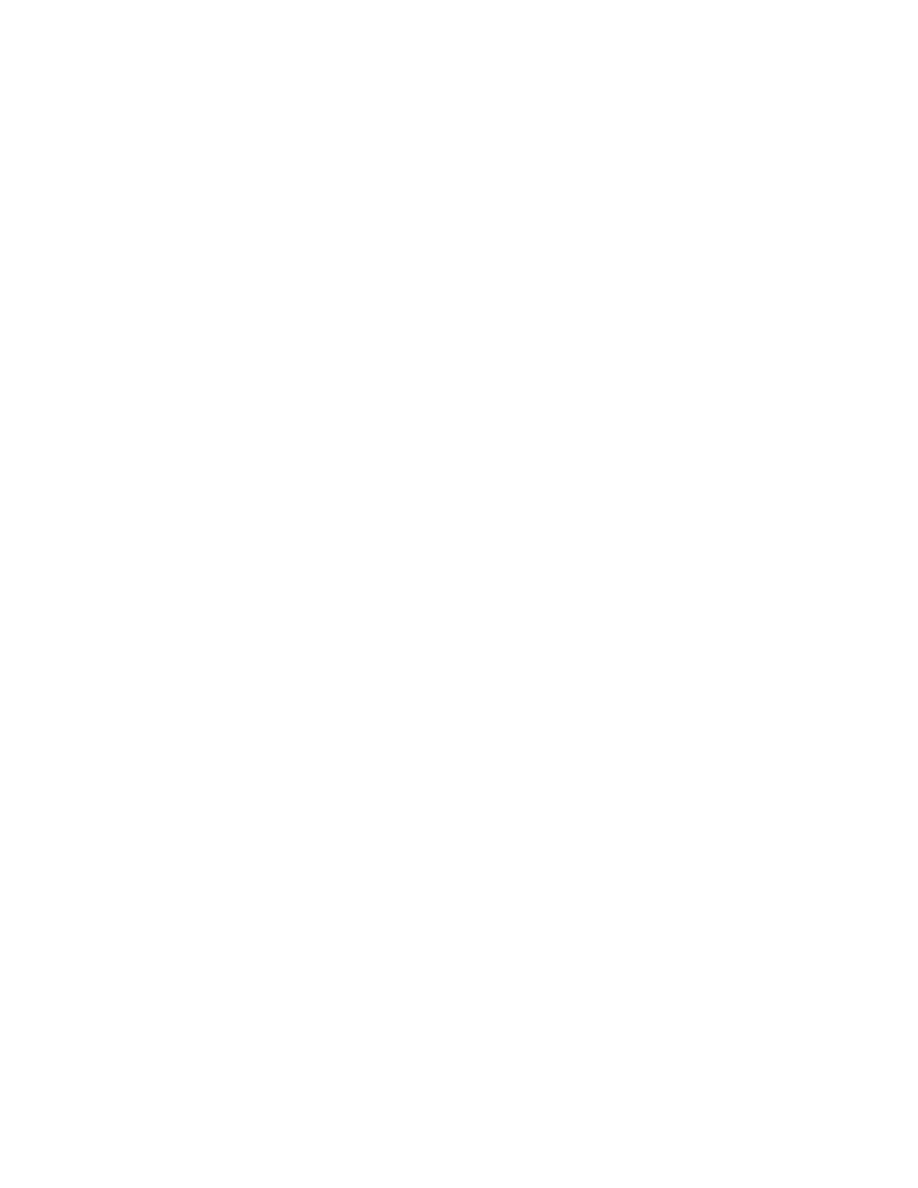
535
Federal Aviation Administration, DOT
§ 61.101
§ 61.99
Aeronautical experience.
(a) A person who applies for a rec-
reational pilot certificate must receive
and log at least 30 hours of flight time
that includes at least—
(1) 15 hours of flight training from an
authorized instructor on the areas of
operation listed in § 61.98 that consists
of at least:
(i) Except as provided in § 61.100, 2
hours of flight training en route to an
airport that is located more than 25
nautical miles from the airport where
the applicant normally trains, which
includes at least three takeoffs and
three landings at the airport located
more than 25 nautical miles from the
airport where the applicant normally
trains; and
(ii) Three hours of flight training
with an authorized instructor in the
aircraft for the rating sought in prepa-
ration for the practical test within the
preceding 2 calendar months from the
month of the test.
(2) Three hours of solo flying in the
aircraft for the rating sought, on the
areas of operation listed in § 61.98 that
apply to the aircraft category and class
rating sought.
(b) The holder of a sport pilot certifi-
cate may credit flight training re-
ceived from a flight instructor with a
sport pilot rating toward the aero-
nautical experience requirements of
this section if the following conditions
are met:
(1) The flight training was accom-
plished in the same category and class
of aircraft for which the rating is
sought;
(2) The flight instructor with a sport
pilot rating was authorized to provide
the flight training; and
(3) The flight training included train-
ing on areas of operation that are re-
quired for both a sport pilot certificate
and a recreational pilot certificate.
[Docket FAA–2016–6142, Amdt. 61–142, 83 FR
30277, June 27, 2018
§ 61.100
Pilots based on small islands.
(a) An applicant located on an island
from which the flight training required
in § 61.99(a)(1) of this part cannot be ac-
complished without flying over water
for more than 10 nautical miles from
the nearest shoreline need not comply
with the requirements of that section.
However, if other airports that permit
civil operations are available to which
a flight may be made without flying
over water for more than 10 nautical
miles from the nearest shoreline, the
applicant must show completion of a
dual flight between two airports, which
must include three landings at the
other airport.
(b) An applicant who complies with
paragraph (a) of this section and meets
all requirements for the issuance of a
recreational pilot certificate, except
the requirements of § 61.99(a)(1) of this
part, will be issued a pilot certificate
with an endorsement containing the
following limitation, ‘‘Passenger car-
rying prohibited on flights more than
10 nautical miles from (the appropriate
island).’’ The limitation may be subse-
quently amended to include another is-
land if the applicant complies with the
requirements of paragraph (a) of this
section for another island.
(c) Upon meeting the requirements of
§ 61.99(a)(1) of this part, the applicant
may have the limitation(s) in para-
graph (b) of this section removed.
§ 61.101
Recreational pilot privileges
and limitations.
(a) A person who holds a recreational
pilot certificate may:
(1) Carry no more than one pas-
senger; and
(2) Not pay less than the pro rata
share of the operating expenses of a
flight with a passenger, provided the
expenses involve only fuel, oil, airport
expenses, or aircraft rental fees.
(b) A person who holds a recreational
pilot certificate may act as pilot in
command of an aircraft on a flight
within 50 nautical miles from the de-
parture airport, provided that person
has—
(1) Received ground and flight train-
ing for takeoff, departure, arrival, and
landing procedures at the departure
airport;
(2) Received ground and flight train-
ing for the area, terrain, and aids to
navigation that are in the vicinity of
the departure airport;
(3) Been found proficient to operate
the aircraft at the departure airport
and the area within 50 nautical miles
from that airport; and
VerDate Sep<11>2014
14:00 Mar 14, 2024
Jkt 262047
PO 00000
Frm 00545
Fmt 8010
Sfmt 8002
Q:\14\14V2.TXT
PC31
aworley on LAPBH6H6L3 with DISTILLER
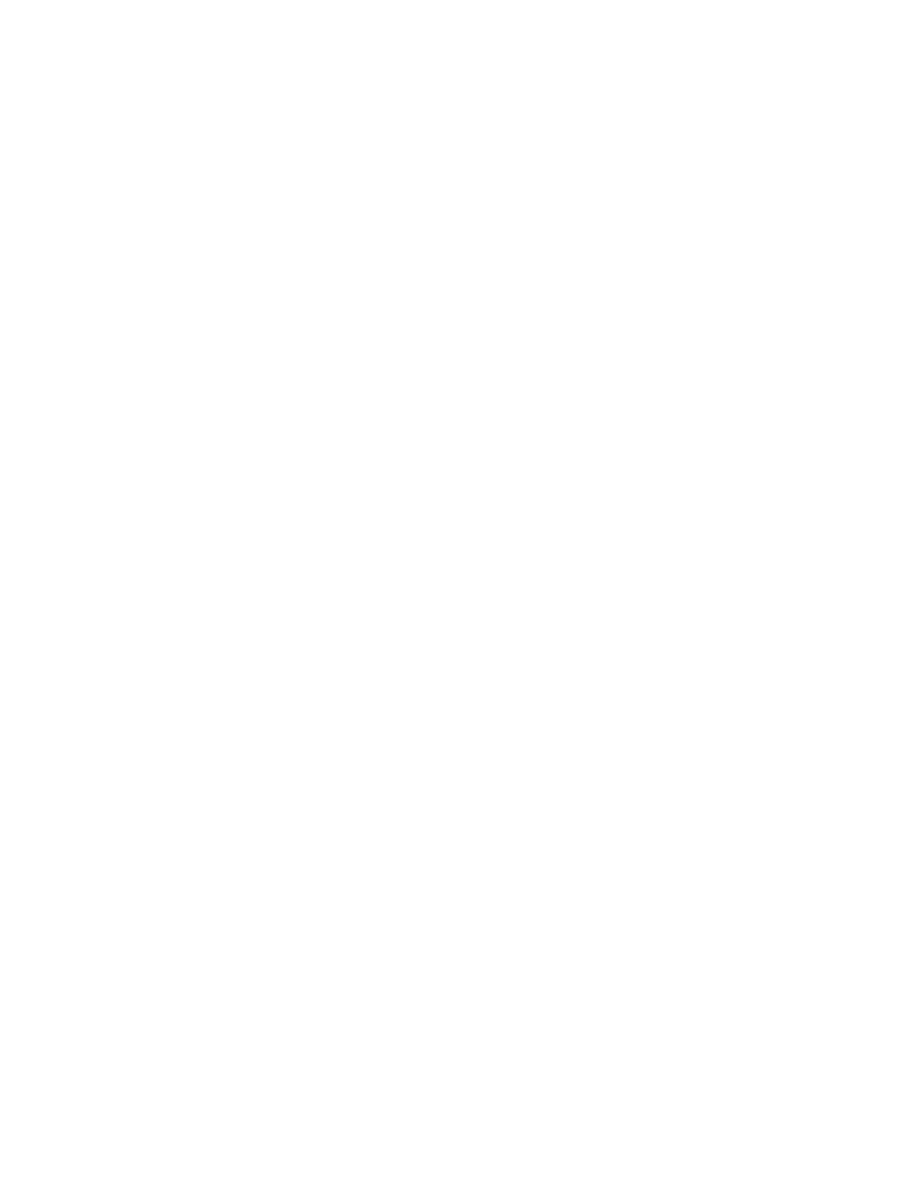
536
14 CFR Ch. I (1–1–24 Edition)
§ 61.101
(4) Received from an authorized in-
structor a logbook endorsement, which
is carried in the person’s possession in
the aircraft, that permits flight within
50 nautical miles from the departure
airport.
(c) A person who holds a recreational
pilot certificate may act as pilot in
command of an aircraft on a flight that
exceeds 50 nautical miles from the de-
parture airport, provided that person
has—
(1) Received ground and flight train-
ing from an authorized instructor on
the cross-country training require-
ments of subpart E of this part that
apply to the aircraft rating held;
(2) Been found proficient in cross-
country flying; and
(3) Received from an authorized in-
structor a logbook endorsement, which
is carried on the person’s possession in
the aircraft, that certifies the person
has received and been found proficient
in the cross-country training require-
ments of subpart E of this part that
apply to the aircraft rating held.
(d) A person who holds a recreational
pilot certificate may act as pilot in
command of an aircraft in Class B, C,
and D airspace, at an airport located in
Class B, C, or D airspace, and to, from,
through, or at an airport having an
operational control tower, provided
that person has—
(1) Received and logged ground and
flight training from an authorized in-
structor on the following aeronautical
knowledge areas and areas of oper-
ation, as appropriate to the aircraft
rating held:
(i) The use of radios, communica-
tions, navigation system and facilities,
and radar services.
(ii) Operations at airports with an op-
erating control tower to include three
takeoffs and landings to a full stop,
with each landing involving a flight in
the traffic pattern at an airport with
an operating control tower.
(iii) Applicable flight rules of part 91
of this chapter for operations in Class
B, C, and D airspace and air traffic con-
trol clearances;
(2) Been found proficient in those
aeronautical knowledge areas and
areas of operation specified in para-
graph (d)(1) of this section; and
(3) Received from an authorized in-
structor a logbook endorsement, which
is carried on the person’s possession or
readily accessible in the aircraft, that
certifies the person has received and
been found proficient in those aero-
nautical knowledge areas and areas of
operation specified in paragraph (d)(1)
of this section.
(e) Except as provided in paragraphs
(d) and (i) of this section, a rec-
reational pilot may not act as pilot in
command of an aircraft—
(1) That is certificated—
(i) For more than four occupants;
(ii) With more than one powerplant;
(iii) With a powerplant of more than
180 horsepower, except aircraft certifi-
cated in the rotorcraft category; or
(iv) With retractable landing gear;
(2) That is classified as a multiengine
airplane, powered-lift, glider, airship,
balloon, powered parachute, or weight-
shift-control aircraft;
(3) That is carrying a passenger or
property for compensation or hire;
(4) For compensation or hire;
(5) In furtherance of a business;
(6) Between sunset and sunrise;
(7) In Class A, B, C, and D airspace, at
an airport located in Class B, C, or D
airspace, or to, from, through, or at an
airport having an operational control
tower;
(8) At an altitude of more than 10,000
feet MSL or 2,000 feet AGL, whichever
is higher;
(9) When the flight or surface visi-
bility is less than 3 statute miles;
(10) Without visual reference to the
surface;
(11) On a flight outside the United
States, unless authorized by the coun-
try in which the flight is conducted;
(12) To demonstrate that aircraft in
flight as an aircraft salesperson to a
prospective buyer;
(13) That is used in a passenger-car-
rying airlift and sponsored by a chari-
table organization; and
(14) That is towing any object.
(f) A recreational pilot may not act
as a pilot flight crewmember on any
aircraft for which more than one pilot
is required by the type certificate of
the aircraft or the regulations under
which the flight is conducted, except
when:
VerDate Sep<11>2014
14:00 Mar 14, 2024
Jkt 262047
PO 00000
Frm 00546
Fmt 8010
Sfmt 8002
Q:\14\14V2.TXT
PC31
aworley on LAPBH6H6L3 with DISTILLER
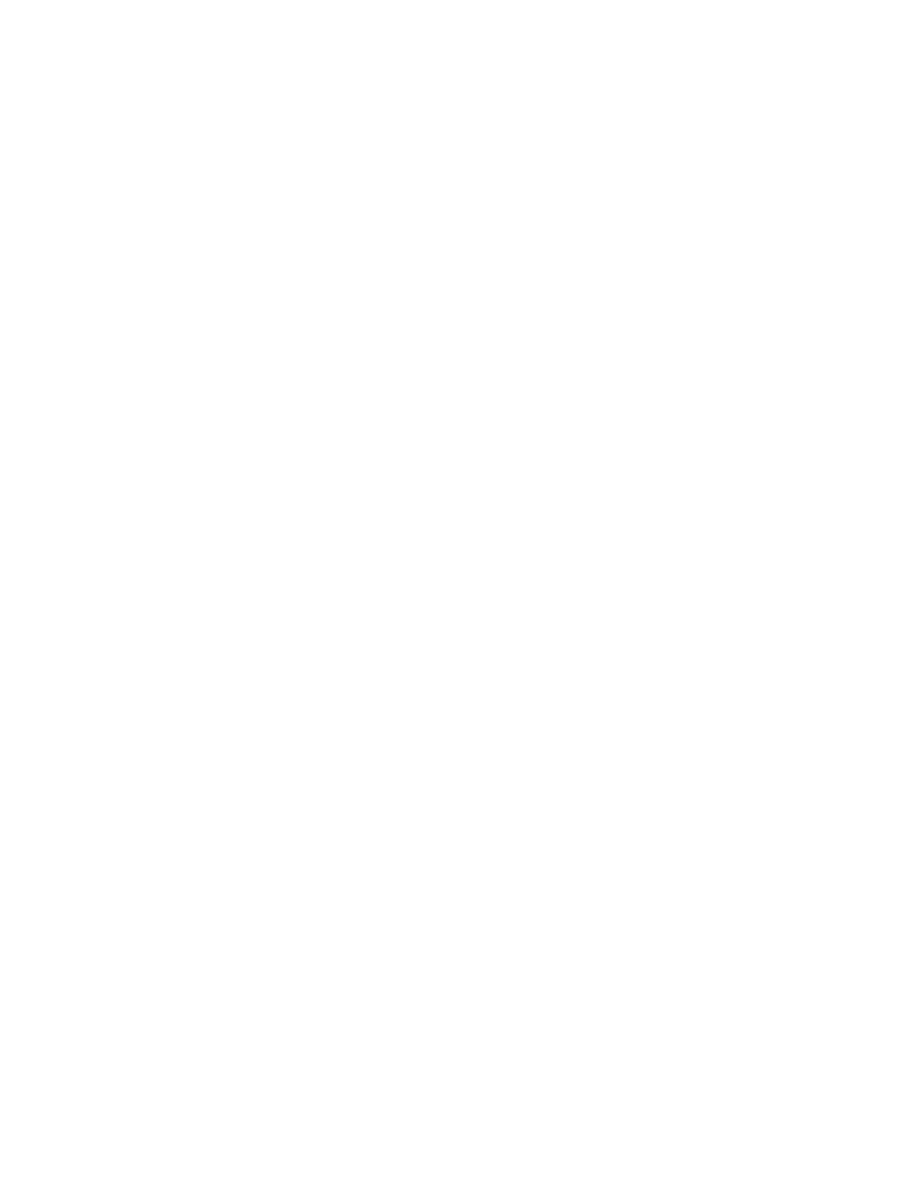
537
Federal Aviation Administration, DOT
§ 61.103
(1) Receiving flight training from a
person authorized to provide flight
training on board an airship; and
(2) No person other than a required
flight crewmember is carried on the
aircraft.
(g) A person who holds a recreational
pilot certificate, has logged fewer than
400 flight hours, and has not logged
pilot-in-command time in an aircraft
within the 180 days preceding the flight
shall not act as pilot in command of an
aircraft until the pilot receives flight
training and a logbook endorsement
from an authorized instructor, and the
instructor certifies that the person is
proficient to act as pilot in command
of the aircraft. This requirement can
be met in combination with the re-
quirements of §§ 61.56 and 61.57 of this
part, at the discretion of the author-
ized instructor.
(h) A recreational pilot certificate
issued under this subpart carries the
notation, ‘‘Holder does not meet ICAO
requirements.’’
(i) For the purpose of obtaining addi-
tional certificates or ratings while
under the supervision of an authorized
instructor, a recreational pilot may fly
as the sole occupant of an aircraft:
(1) For which the pilot does not hold
an appropriate category or class rat-
ing;
(2) Within airspace that requires
communication with air traffic con-
trol; or
(3) Between sunset and sunrise, pro-
vided the flight or surface visibility is
at least 5 statute miles.
(j) In order to fly solo as provided in
paragraph (i) of this section, the rec-
reational pilot must meet the appro-
priate aeronautical knowledge and
flight training requirements of § 61.87
for that aircraft. When operating an
aircraft under the conditions specified
in paragraph (i) of this section, the rec-
reational pilot shall carry the logbook
that has been endorsed for each flight
by an authorized instructor who:
(1) Has given the recreational pilot
training in the make and model of air-
craft in which the solo flight is to be
made;
(2) Has found that the recreational
pilot has met the applicable require-
ments of § 61.87; and
(3) Has found that the recreational
pilot is competent to make solo flights
in accordance with the logbook en-
dorsement.
(k) A recreational pilot may act as
pilot in command of an aircraft with-
out holding a medical certificate issued
under part 67 of this chapter provided
the pilot holds a valid U.S. driver’s li-
cense, meets the requirements of
§ 61.23(c)(3), and the operation is con-
ducted consistent with this section and
the conditions of § 61.113(i). Where the
requirements of this section conflict
with § 61.113(i), a recreational pilot
must comply with this section.
[Doc. No. 25910, 62 FR 16298, Apr. 4, 1997, as
amended by Amdt. 61–110, 69 FR 44868, July
27, 2004; Amdt. 61–124, 74 FR 42558, Aug. 21,
2009; Docket FAA–2016–9157, Amdt. 61–140, 82
FR 3165, Jan. 11, 2017]
Subpart E—Private Pilots
§ 61.102
Applicability.
This subpart prescribes the require-
ments for the issuance of private pilot
certificates and ratings, the conditions
under which those certificates and rat-
ings are necessary, and the general op-
erating rules for persons who hold
those certificates and ratings.
§ 61.103
Eligibility requirements: Gen-
eral.
To be eligible for a private pilot cer-
tificate, a person must:
(a) Be at least 17 years of age for a
rating in other than a glider or bal-
loon.
(b) Be at least 16 years of age for a
rating in a glider or balloon.
(c) Be able to read, speak, write, and
understand the English language. If the
applicant is unable to meet one of
these requirements due to medical rea-
sons, then the Administrator may
place such operating limitations on
that applicant’s pilot certificate as are
necessary for the safe operation of the
aircraft.
(d) Receive a logbook endorsement
from an authorized instructor who:
(1) Conducted the training or re-
viewed the person’s home study on the
aeronautical knowledge areas listed in
§ 61.105(b) of this part that apply to the
aircraft rating sought; and
VerDate Sep<11>2014
14:00 Mar 14, 2024
Jkt 262047
PO 00000
Frm 00547
Fmt 8010
Sfmt 8002
Q:\14\14V2.TXT
PC31
aworley on LAPBH6H6L3 with DISTILLER
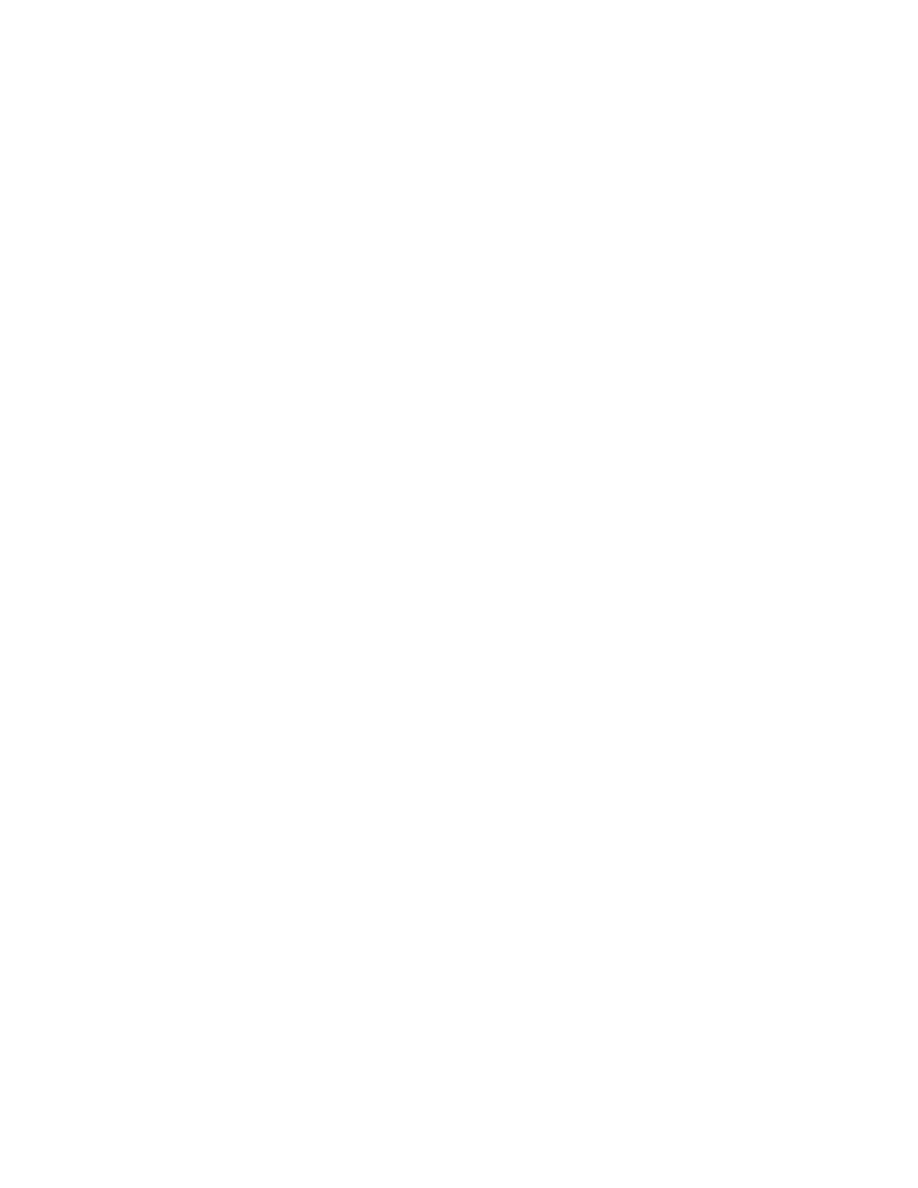
538
14 CFR Ch. I (1–1–24 Edition)
§ 61.105
(2) Certified that the person is pre-
pared for the required knowledge test.
(e) Pass the required knowledge test
on the aeronautical knowledge areas
listed in § 61.105(b) of this part.
(f) Receive flight training and a log-
book endorsement from an authorized
instructor who:
(1) Conducted the training in the
areas of operation listed in § 61.107(b) of
this part that apply to the aircraft rat-
ing sought; and
(2) Certified that the person is pre-
pared for the required practical test.
(g) Meet the aeronautical experience
requirements of this part that apply to
the aircraft rating sought before apply-
ing for the practical test.
(h) Pass a practical test on the areas
of operation listed in § 61.107(b) of this
part that apply to the aircraft rating
sought.
(i) Comply with the appropriate sec-
tions of this part that apply to the air-
craft category and class rating sought.
(j) Hold a U.S. student pilot certifi-
cate, sport pilot certificate, or rec-
reational pilot certificate.
[Doc. No. 25910, 62 FR 16298, Apr. 4, 1997, as
amended by Amdt. 61–124, 74 FR 42558, Aug.
21, 2009]
§ 61.105
Aeronautical knowledge.
(a)
General. A person who is applying
for a private pilot certificate must re-
ceive and log ground training from an
authorized instructor or complete a
home-study course on the aeronautical
knowledge areas of paragraph (b) of
this section that apply to the aircraft
category and class rating sought.
(b)
Aeronautical knowledge areas. (1)
Applicable Federal Aviation Regula-
tions of this chapter that relate to pri-
vate pilot privileges, limitations, and
flight operations;
(2) Accident reporting requirements
of the National Transportation Safety
Board;
(3) Use of the applicable portions of
the ‘‘Aeronautical Information Man-
ual’’ and FAA advisory circulars;
(4) Use of aeronautical charts for
VFR navigation using pilotage, dead
reckoning, and navigation systems;
(5) Radio communication procedures;
(6) Recognition of critical weather
situations from the ground and in
flight, windshear avoidance, and the
procurement and use of aeronautical
weather reports and forecasts;
(7) Safe and efficient operation of air-
craft, including collision avoidance,
and recognition and avoidance of wake
turbulence;
(8) Effects of density altitude on
takeoff and climb performance;
(9) Weight and balance computations;
(10) Principles of aerodynamics, pow-
erplants, and aircraft systems;
(11) Stall awareness, spin entry,
spins, and spin recovery techniques for
the airplane and glider category rat-
ings;
(12) Aeronautical decision making
and judgment; and
(13) Preflight action that includes—
(i) How to obtain information on run-
way lengths at airports of intended
use, data on takeoff and landing dis-
tances, weather reports and forecasts,
and fuel requirements; and
(ii) How to plan for alternatives if
the planned flight cannot be completed
or delays are encountered.
[Doc. No. 25910, 62 FR 16298, Apr. 4, 1997;
Amdt. 61–103, 62 FR 40902, July 30, 1997]
§ 61.107
Flight proficiency.
(a)
General. A person who applies for
a private pilot certificate must receive
and log ground and flight training from
an authorized instructor on the areas
of operation of this section that apply
to the aircraft category and class rat-
ing sought.
(b)
Areas of operation. (1) For an air-
plane category rating with a single-en-
gine class rating:
(i) Preflight preparation;
(ii) Preflight procedures;
(iii) Airport and seaplane base oper-
ations;
(iv) Takeoffs, landings, and go-
arounds;
(v) Performance maneuvers;
(vi) Ground reference maneuvers;
(vii) Navigation;
(viii) Slow flight and stalls;
(ix) Basic instrument maneuvers;
(x) Emergency operations;
(xi) Night operations, except as pro-
vided in § 61.110 of this part; and
(xii) Postflight procedures.
(2) For an airplane category rating
with a multiengine class rating:
(i) Preflight preparation;
(ii) Preflight procedures;
VerDate Sep<11>2014
14:00 Mar 14, 2024
Jkt 262047
PO 00000
Frm 00548
Fmt 8010
Sfmt 8002
Q:\14\14V2.TXT
PC31
aworley on LAPBH6H6L3 with DISTILLER
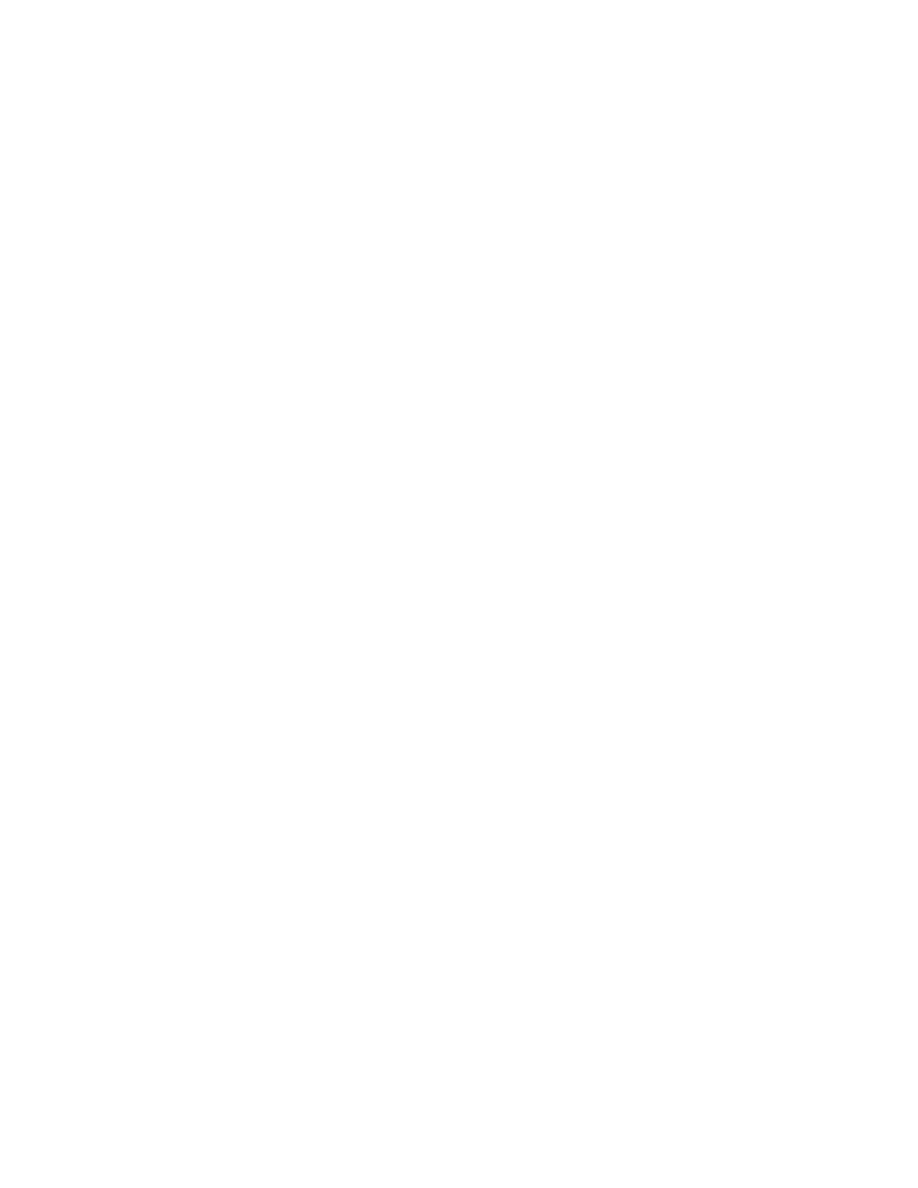
539
Federal Aviation Administration, DOT
§ 61.107
(iii) Airport and seaplane base oper-
ations;
(iv) Takeoffs, landings, and go-
arounds;
(v) Performance maneuvers;
(vi) Ground reference maneuvers;
(vii) Navigation;
(viii) Slow flight and stalls;
(ix) Basic instrument maneuvers;
(x) Emergency operations;
(xi) Multiengine operations;
(xii) Night operations, except as pro-
vided in § 61.110 of this part; and
(xiii) Postflight procedures.
(3) For a rotorcraft category rating
with a helicopter class rating:
(i) Preflight preparation;
(ii) Preflight procedures;
(iii) Airport and heliport operations;
(iv) Hovering maneuvers;
(v) Takeoffs, landings, and go-
arounds;
(vi) Performance maneuvers;
(vii) Navigation;
(viii) Emergency operations;
(ix) Night operations, except as pro-
vided in § 61.110 of this part; and
(x) Postflight procedures.
(4) For a rotorcraft category rating
with a gyroplane class rating:
(i) Preflight preparation;
(ii) Preflight procedures;
(iii) Airport operations;
(iv) Takeoffs, landings, and go-
arounds;
(v) Performance maneuvers;
(vi) Ground reference maneuvers;
(vii) Navigation;
(viii) Flight at slow airspeeds;
(ix) Emergency operations;
(x) Night operations, except as pro-
vided in § 61.110 of this part; and
(xi) Postflight procedures.
(5) For a powered-lift category rat-
ing:
(i) Preflight preparation;
(ii) Preflight procedures;
(iii) Airport and heliport operations;
(iv) Hovering maneuvers;
(v) Takeoffs, landings, and go-
arounds;
(vi) Performance maneuvers;
(vii) Ground reference maneuvers;
(viii) Navigation;
(ix) Slow flight and stalls;
(x) Basic instrument maneuvers;
(xi) Emergency operations;
(xii) Night operations, except as pro-
vided in § 61.110 of this part; and
(xiii) Postflight procedures.
(6) For a glider category rating:
(i) Preflight preparation;
(ii) Preflight procedures;
(iii) Airport and gliderport oper-
ations;
(iv) Launches and landings;
(v) Performance speeds;
(vi) Soaring techniques;
(vii) Performance maneuvers;
(viii) Navigation;
(ix) Slow flight and stalls;
(x) Emergency operations; and
(xi) Postflight procedures.
(7) For a lighter-than-air category
rating with an airship class rating:
(i) Preflight preparation;
(ii) Preflight procedures;
(iii) Airport operations;
(iv) Takeoffs, landings, and go-
arounds;
(v) Performance maneuvers;
(vi) Ground reference maneuvers;
(vii) Navigation;
(viii) Emergency operations; and
(ix) Postflight procedures.
(8) For a lighter-than-air category
rating with a balloon class rating:
(i) Preflight preparation;
(ii) Preflight procedures;
(iii) Airport operations;
(iv) Launches and landings;
(v) Performance maneuvers;
(vi) Navigation;
(vii) Emergency operations; and
(viii) Postflight procedures.
(9) For a powered parachute category
rating—
(i) Preflight preparation;
(ii) Preflight procedures;
(iii) Airport and seaplane base oper-
ations, as applicable;
(iv) Takeoffs, landings, and go-
arounds;
(v) Performance maneuvers;
(vi) Ground reference maneuvers;
(vii) Navigation;
(viii) Night operations, except as pro-
vided in § 61.110;
(ix) Emergency operations; and
(x) Post-flight procedures.
(10) For a weight-shift-control air-
craft category rating—
(i) Preflight preparation;
(ii) Preflight procedures;
(iii) Airport and seaplane base oper-
ations, as applicable;
(iv) Takeoffs, landings, and go-
arounds;
VerDate Sep<11>2014
14:00 Mar 14, 2024
Jkt 262047
PO 00000
Frm 00549
Fmt 8010
Sfmt 8002
Q:\14\14V2.TXT
PC31
aworley on LAPBH6H6L3 with DISTILLER
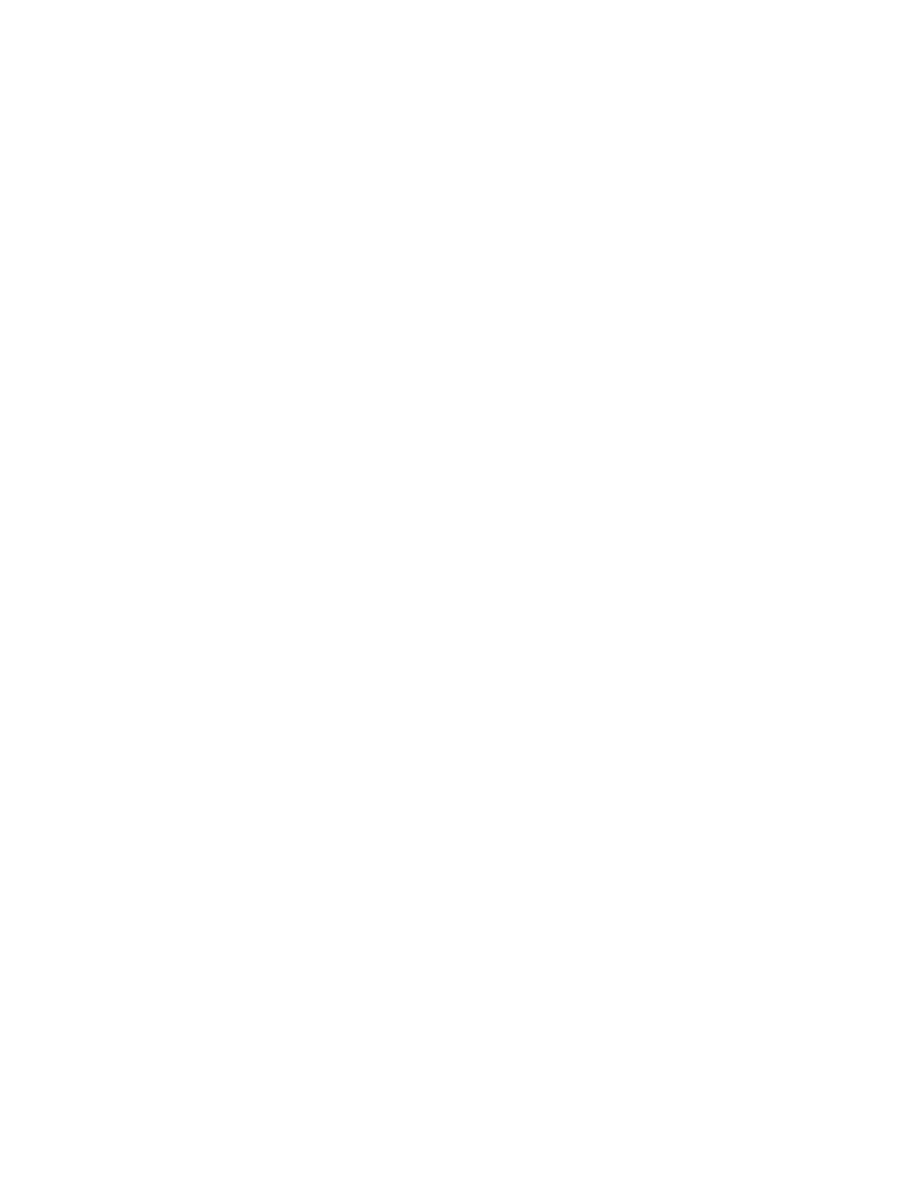
540
14 CFR Ch. I (1–1–24 Edition)
§ 61.109
(v) Performance maneuvers;
(vi) Ground reference maneuvers;
(vii) Navigation;
(viii) Slow flight and stalls;
(ix) Night operations, except as pro-
vided in § 61.110;
(x) Emergency operations; and
(xi) Post-flight procedures.
[Doc. No. 25910, 62 FR 16298, Apr. 4, 1997, as
amended by Amdt. 61–110, 69 FR 44868, July
27, 2004]
§ 61.109
Aeronautical experience.
(a)
For an airplane single-engine rat-
ing. Except as provided in paragraph
(k) of this section, a person who applies
for a private pilot certificate with an
airplane category and single-engine
class rating must log at least 40 hours
of flight time that includes at least 20
hours of flight training from an au-
thorized instructor and 10 hours of solo
flight training in the areas of operation
listed in § 61.107(b)(1) of this part, and
the training must include at least—
(1) 3 hours of cross-country flight
training in a single-engine airplane;
(2) Except as provided in § 61.110 of
this part, 3 hours of night flight train-
ing in a single-engine airplane that in-
cludes—
(i) One cross-country flight of over
100 nautical miles total distance; and
(ii) 10 takeoffs and 10 landings to a
full stop (with each landing involving a
flight in the traffic pattern) at an air-
port.
(3) 3 hours of flight training in a sin-
gle-engine airplane on the control and
maneuvering of an airplane solely by
reference to instruments, including
straight and level flight, constant air-
speed climbs and descents, turns to a
heading, recovery from unusual flight
attitudes, radio communications, and
the use of navigation systems/facilities
and radar services appropriate to in-
strument flight;
(4) 3 hours of flight training with an
authorized instructor in a single-en-
gine airplane in preparation for the
practical test, which must have been
performed within the preceding 2 cal-
endar months from the month of the
test; and
(5) 10 hours of solo flight time in a
single-engine airplane, consisting of at
least—
(i) 5 hours of solo cross-country time;
(ii) One solo cross country flight of
150 nautical miles total distance, with
full-stop landings at three points, and
one segment of the flight consisting of
a straight-line distance of more than 50
nautical miles between the takeoff and
landing locations; and
(iii) Three takeoffs and three land-
ings to a full stop (with each landing
involving a flight in the traffic pat-
tern) at an airport with an operating
control tower.
(b)
For an airplane multiengine rating.
Except as provided in paragraph (k) of
this section, a person who applies for a
private pilot certificate with an air-
plane category and multiengine class
rating must log at least 40 hours of
flight time that includes at least 20
hours of flight training from an au-
thorized instructor and 10 hours of solo
flight training in the areas of operation
listed in § 61.107(b)(2) of this part, and
the training must include at least—
(1) 3 hours of cross-country flight
training in a multiengine airplane;
(2) Except as provided in § 61.110 of
this part, 3 hours of night flight train-
ing in a multiengine airplane that in-
cludes—
(i) One cross-country flight of over
100 nautical miles total distance; and
(ii) 10 takeoffs and 10 landings to a
full stop (with each landing involving a
flight in the traffic pattern) at an air-
port.
(3) 3 hours of flight training in a mul-
tiengine airplane on the control and
maneuvering of an airplane solely by
reference to instruments, including
straight and level flight, constant air-
speed climbs and descents, turns to a
heading, recovery from unusual flight
attitudes, radio communications, and
the use of navigation systems/facilities
and radar services appropriate to in-
strument flight;
(4) 3 hours of flight training with an
authorized instructor in a multiengine
airplane in preparation for the prac-
tical test, which must have been per-
formed within the preceding 2 calendar
months from the month of the test;
and
(5) 10 hours of solo flight time in an
airplane consisting of at least—
(i) 5 hours of solo cross-country time;
(ii) One solo cross country flight of
150 nautical miles total distance, with
VerDate Sep<11>2014
14:00 Mar 14, 2024
Jkt 262047
PO 00000
Frm 00550
Fmt 8010
Sfmt 8002
Q:\14\14V2.TXT
PC31
aworley on LAPBH6H6L3 with DISTILLER
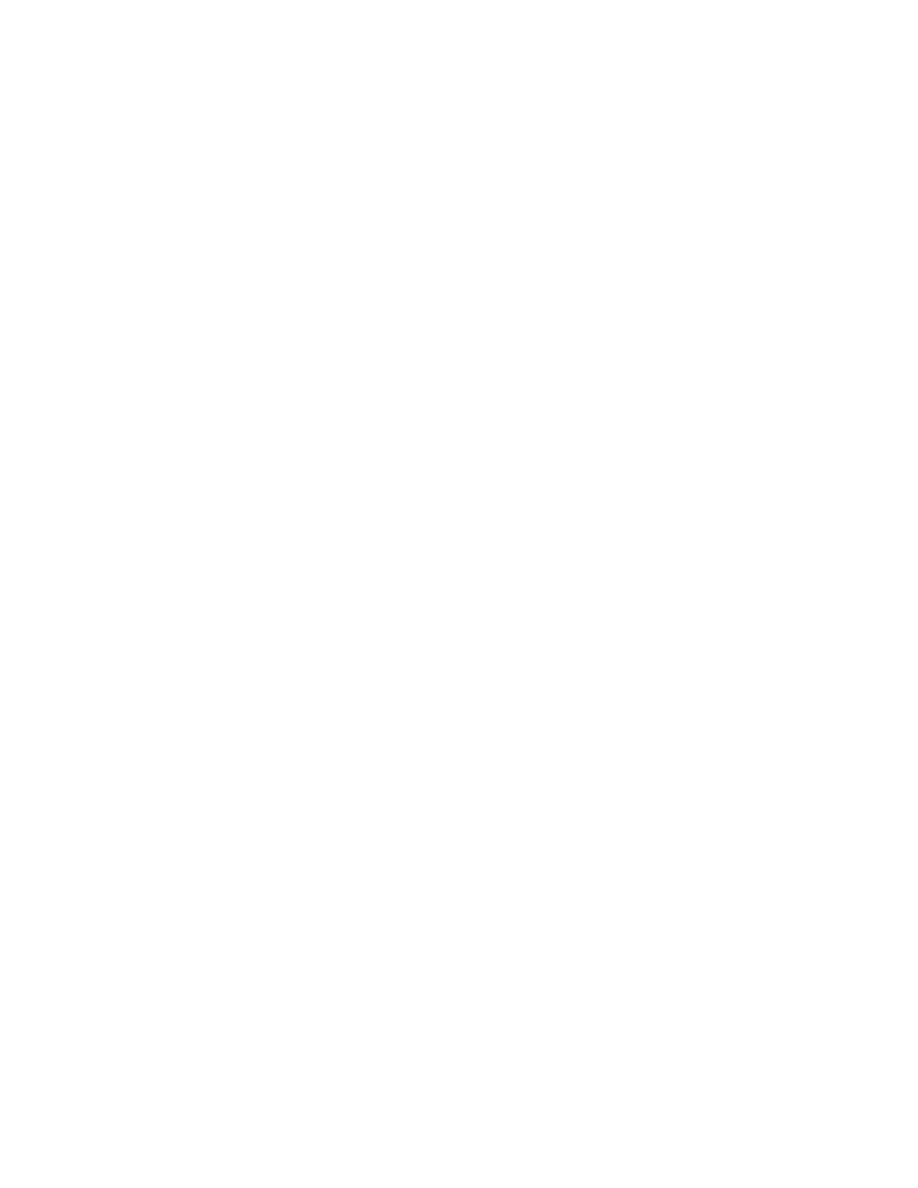
541
Federal Aviation Administration, DOT
§ 61.109
full-stop landings at three points, and
one segment of the flight consisting of
a straight-line distance of more than 50
nautical miles between the takeoff and
landing locations; and
(iii) Three takeoffs and three land-
ings to a full stop (with each landing
involving a flight in the traffic pat-
tern) at an airport with an operating
control tower.
(c)
For a helicopter rating. Except as
provided in paragraph (k) of this sec-
tion, a person who applies for a private
pilot certificate with rotorcraft cat-
egory and helicopter class rating must
log at least 40 hours of flight time that
includes at least 20 hours of flight
training from an authorized instructor
and 10 hours of solo flight training in
the areas of operation listed in
§ 61.107(b)(3) of this part, and the train-
ing must include at least—
(1) 3 hours of cross-country flight
training in a helicopter;
(2) Except as provided in § 61.110 of
this part, 3 hours of night flight train-
ing in a helicopter that includes—
(i) One cross-country flight of over 50
nautical miles total distance; and
(ii) 10 takeoffs and 10 landings to a
full stop (with each landing involving a
flight in the traffic pattern) at an air-
port.
(3) 3 hours of flight training with an
authorized instructor in a helicopter in
preparation for the practical test,
which must have been performed with-
in the preceding 2 calendar months
from the month of the test; and
(4) 10 hours of solo flight time in a
helicopter, consisting of at least—
(i) 3 hours cross-country time;
(ii) One solo cross country flight of
100 nautical miles total distance, with
landings at three points, and one seg-
ment of the flight being a straight-line
distance of more than 25 nautical miles
between the takeoff and landing loca-
tions; and
(iii) Three takeoffs and three land-
ings to a full stop (with each landing
involving a flight in the traffic pat-
tern) at an airport with an operating
control tower.
(d)
For a gyroplane rating. Except as
provided in paragraph (k) of this sec-
tion, a person who applies for a private
pilot certificate with rotorcraft cat-
egory and gyroplane class rating must
log at least 40 hours of flight time that
includes at least 20 hours of flight
training from an authorized instructor
and 10 hours of solo flight training in
the areas of operation listed in
§ 61.107(b)(4) of this part, and the train-
ing must include at least—
(1) 3 hours of cross-country flight
training in a gyroplane;
(2) Except as provided in § 61.110 of
this part, 3 hours of night flight train-
ing in a gyroplane that includes—
(i) One cross-country flight of over 50
nautical miles total distance; and
(ii) 10 takeoffs and 10 landings to a
full stop (with each landing involving a
flight in the traffic pattern) at an air-
port.
(3) 3 hours of flight training with an
authorized instructor in a gyroplane in
preparation for the practical test,
which must have been performed with-
in the preceding 2 calendar months
from the month of the test; and
(4) 10 hours of solo flight time in a
gyroplane, consisting of at least—
(i) 3 hours of cross-country time;
(ii) One solo cross country flight of
100 nautical miles total distance, with
landings at three points, and one seg-
ment of the flight being a straight-line
distance of more than 25 nautical miles
between the takeoff and landing loca-
tions; and
(iii) Three takeoffs and three land-
ings to a full stop (with each landing
involving a flight in the traffic pat-
tern) at an airport with an operating
control tower.
(e)
For a powered-lift rating. Except as
provided in paragraph (k) of this sec-
tion, a person who applies for a private
pilot certificate with a powered-lift
category rating must log at least 40
hours of flight time that includes at
least 20 hours of flight training from an
authorized instructor and 10 hours of
solo flight training in the areas of op-
eration listed in § 61.107(b)(5) of this
part, and the training must include at
least—
(1) 3 hours of cross-country flight
training in a powered-lift;
(2) Except as provided in § 61.110 of
this part, 3 hours of night flight train-
ing in a powered-lift that includes—
(i) One cross-country flight of over
100 nautical miles total distance; and
VerDate Sep<11>2014
14:00 Mar 14, 2024
Jkt 262047
PO 00000
Frm 00551
Fmt 8010
Sfmt 8002
Q:\14\14V2.TXT
PC31
aworley on LAPBH6H6L3 with DISTILLER
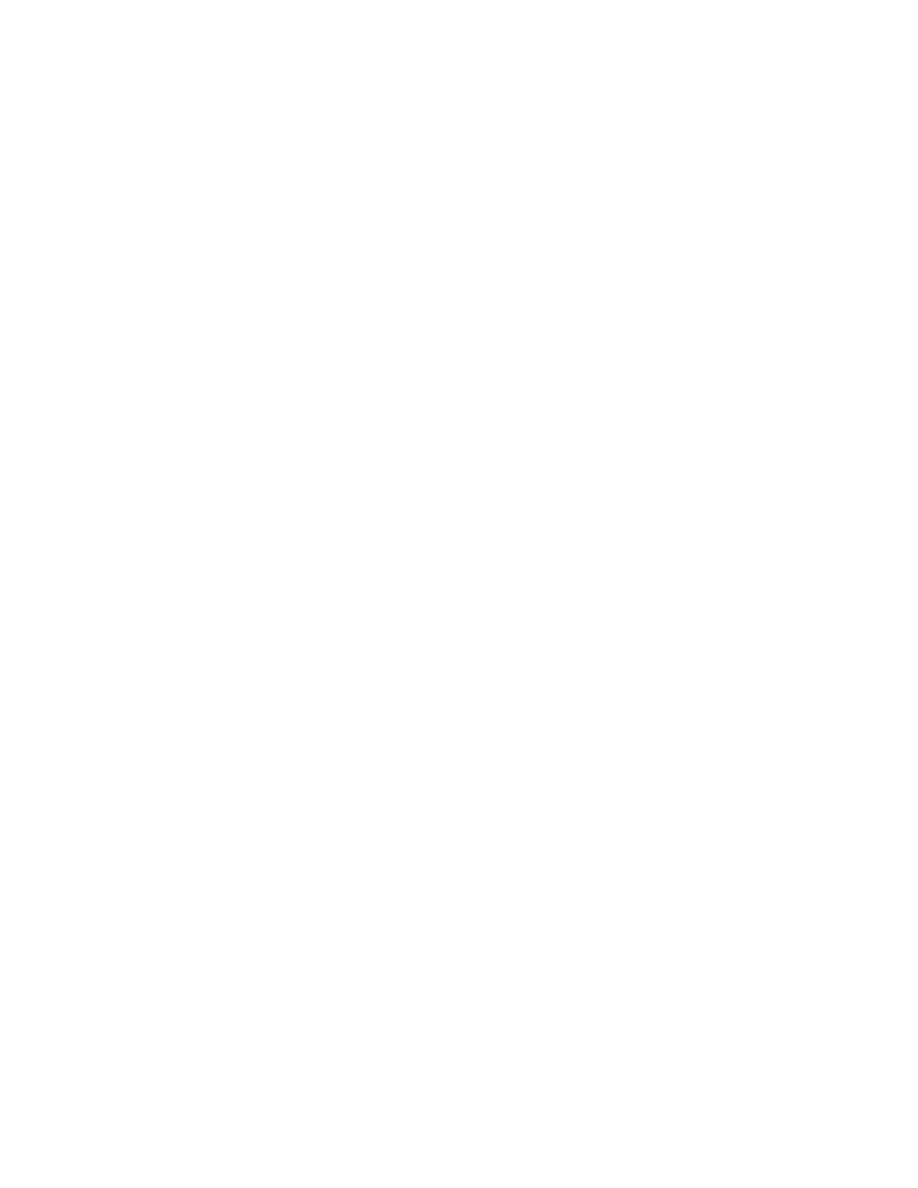
542
14 CFR Ch. I (1–1–24 Edition)
§ 61.109
(ii) 10 takeoffs and 10 landings to a
full stop (with each landing involving a
flight in the traffic pattern) at an air-
port.
(3) 3 hours of flight training in a pow-
ered-lift on the control and maneu-
vering of a powered-lift solely by ref-
erence to instruments, including
straight and level flight, constant air-
speed climbs and descents, turns to a
heading, recovery from unusual flight
attitudes, radio communications, and
the use of navigation systems/facilities
and radar services appropriate to in-
strument flight;
(4) 3 hours of flight training with an
authorized instructor in a powered-lift
in preparation for the practical test,
which must have been performed with-
in the preceding 2 calendar months
from the month of the test; and
(5) 10 hours of solo flight time in an
airplane or powered-lift consisting of
at least—
(i) 5 hours cross-country time;
(ii) One solo cross country flight of
150 nautical miles total distance, with
full-stop landings at three points, and
one segment of the flight consisting of
a straight-line distance of more than 50
nautical miles between the takeoff and
landing locations; and
(iii) Three takeoffs and three land-
ings to a full stop (with each landing
involving a flight in the traffic pat-
tern) at an airport with an operating
control tower.
(f)
For a glider category rating. (1) If
the applicant for a private pilot certifi-
cate with a glider category rating has
not logged at least 40 hours of flight
time as a pilot in a heavier-than-air
aircraft, the applicant must log at
least 10 hours of flight time in a glider
in the areas of operation listed in
§ 61.107(b)(6) of this part, and that flight
time must include at least—
(i) 20 flights in a glider in the areas of
operations listed in § 61.107(b)(6) of this
part, including at least 3 training
flights with an authorized instructor in
a glider in preparation for the practical
test that must have been performed
within the preceding 2 calendar months
from the month of the test; and
(ii) 2 hours of solo flight time in a
glider in the areas of operation listed
in § 61.107(b)(6) of this part, with not
less than 10 launches and landings
being performed.
(2) If the applicant has logged at
least 40 hours of flight time in a heav-
ier-than-air aircraft, the applicant
must log at least 3 hours of flight time
in a glider in the areas of operation
listed in § 61.107(b)(6) of this part, and
that flight time must include at least—
(i) 10 solo flights in a glider in the
areas of operation listed in § 61.107(b)(6)
of this part; and
(ii) 3 training flights with an author-
ized instructor in a glider in prepara-
tion for the practical test that must
have been performed within the pre-
ceding 2 calendar months from the
month of the test.
(g)
For an airship rating. A person who
applies for a private pilot certificate
with a lighter-than-air category and
airship class rating must log at least:
(1) 25 hours of flight training in air-
ships on the areas of operation listed in
§ 61.107(b)(7) of this part, which consists
of at least:
(i) 3 hours of cross-country flight
training in an airship;
(ii) Except as provided in § 61.110 of
this part, 3 hours of night flight train-
ing in an airship that includes:
(A) A cross-country flight of over 25
nautical miles total distance; and
(B) Five takeoffs and five landings to
a full stop (with each landing involving
a flight in the traffic pattern) at an
airport.
(2) 3 hours of flight training in an air-
ship on the control and maneuvering of
an airship solely by reference to instru-
ments, including straight and level
flight, constant airspeed climbs and de-
scents, turns to a heading, recovery
from unusual flight attitudes, radio
communications, and the use of navi-
gation systems/facilities and radar
services appropriate to instrument
flight;
(3) Three hours of flight training
with an authorized instructor in an air-
ship in preparation for the practical
test within the preceding 2 calendar
months from the month of the test;
and
(4) 5 hours performing the duties of
pilot in command in an airship with an
authorized instructor.
(h)
For a balloon rating. A person who
applies for a private pilot certificate
VerDate Sep<11>2014
14:00 Mar 14, 2024
Jkt 262047
PO 00000
Frm 00552
Fmt 8010
Sfmt 8002
Q:\14\14V2.TXT
PC31
aworley on LAPBH6H6L3 with DISTILLER
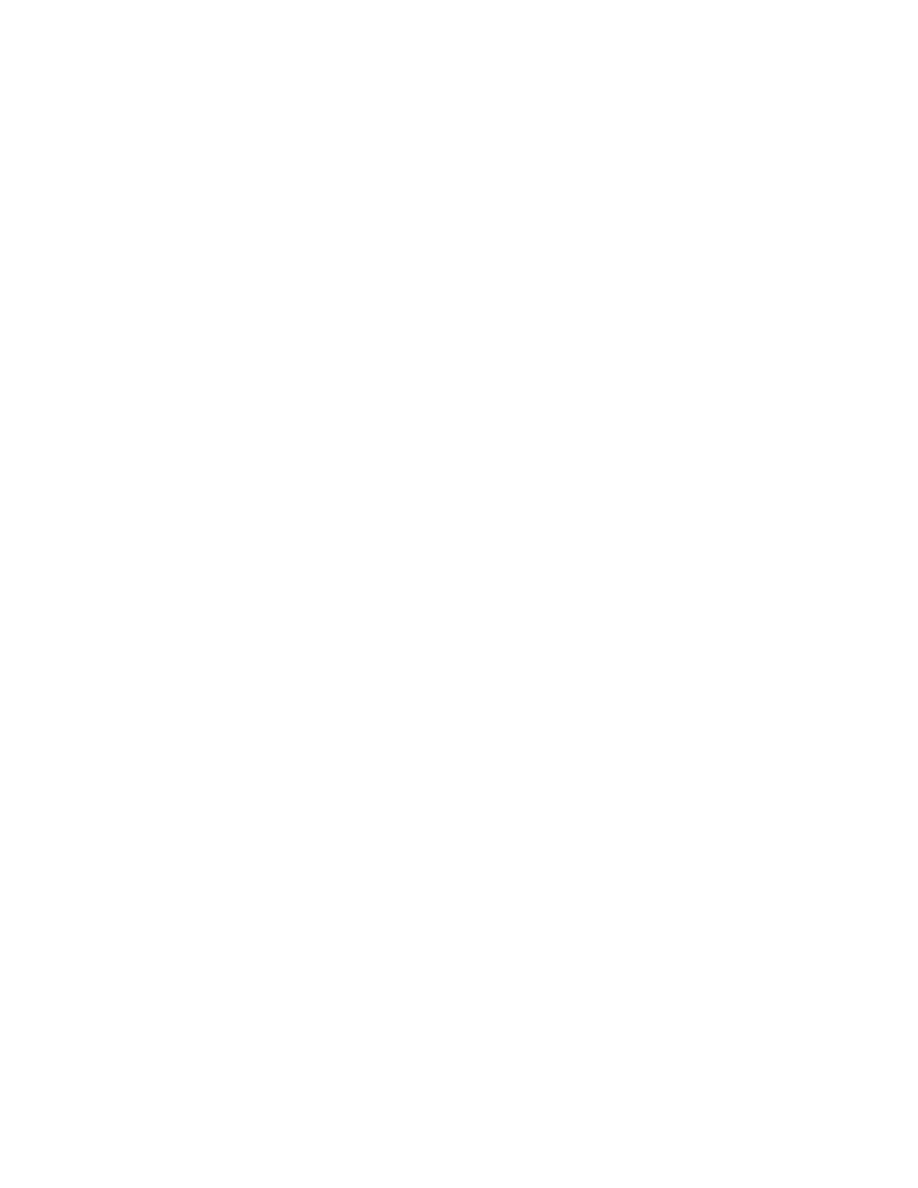
543
Federal Aviation Administration, DOT
§ 61.109
with a lighter-than-air category and
balloon class rating must log at least
10 hours of flight training that includes
at least six training flights with an au-
thorized instructor in the areas of op-
eration listed in § 61.107(b)(8) of this
part, that includes—
(1)
Gas balloon. If the training is
being performed in a gas balloon, at
least two flights of 2 hours each that
consists of—
(i) At least one training flight with
an authorized instructor in a gas bal-
loon in preparation for the practical
test within the preceding 2 calendar
months from the month of the test;
(ii) At least one flight performing the
duties of pilot in command in a gas bal-
loon with an authorized instructor; and
(iii) At least one flight involving a
controlled ascent to 3,000 feet above
the launch site.
(2)
Balloon with an airborne heater. If
the training is being performed in a
balloon with an airborne heater, at
least—
(i) At least two training flights of 1
hour each with an authorized instruc-
tor in a balloon with an airborne heat-
er in preparation for the practical test
within the preceding 2 calendar months
from the month of the test;
(ii) One solo flight in a balloon with
an airborne heater; and
(iii) At least one flight involving a
controlled ascent to 2,000 feet above
the launch site.
(i)
For a powered parachute rating. A
person who applies for a private pilot
certificate with a powered parachute
category rating must log at least 25
hours of flight time in a powered para-
chute that includes at least 10 hours of
flight training with an authorized in-
structor, including 30 takeoffs and
landings, and 10 hours of solo flight
training in the areas of operation listed
in § 61.107 (b)(9) and the training must
include at least—
(1) One hour of cross-country flight
training in a powered parachute that
includes a 1-hour cross-country flight
with a landing at an airport at least 25
nautical miles from the airport of de-
parture;
(2) Except as provided in § 61.110, 3
hours of night flight training in a pow-
ered parachute that includes 10 take-
offs and landings (with each landing in-
volving a flight in the traffic pattern)
at an airport;
(3) Three hours of flight training
with an authorized instructor in a pow-
ered parachute in preparation for the
practical test, which must have been
performed within the preceding 2 cal-
endar months from the month of the
test;
(4) Three hours of solo flight time in
a powered parachute, consisting of at
least—
(i) One solo cross-country flight with
a landing at an airport at least 25 nau-
tical miles from the departure airport;
and
(ii) Twenty solo takeoffs and land-
ings to a full stop (with each landing
involving a flight in a traffic pattern)
at an airport; and
(5) Three takeoffs and landings (with
each landing involving a flight in the
traffic pattern) in an aircraft at an air-
port with an operating control tower.
(j)
For a weight-shift-control aircraft
rating. A person who applies for a pri-
vate pilot certificate with a weight-
shift-control rating must log at least 40
hours of flight time that includes at
least 20 hours of flight training with an
authorized instructor and 10 hours of
solo flight training in the areas of op-
eration listed in § 61.107(b)(10) and the
training must include at least—
(1) Three hours of cross-country
flight training in a weight-shift-con-
trol aircraft;
(2) Except as provided in § 61.110, 3
hours of night flight training in a
weight-shift-control aircraft that in-
cludes—
(i) One cross-country flight of over 75
nautical miles total distance that in-
cludes a point of landing that is a
straight-line distance of more than 50
nautical miles from the original point
of departure; and
(ii) Ten takeoffs and landings (with
each landing involving a flight in the
traffic pattern) at an airport;
(3) Three hours of flight training
with an authorized instructor in a
weight-shift-control aircraft in prepa-
ration for the practical test, which
must have been performed within the
preceding 2 calendar months from the
month of the test;
VerDate Sep<11>2014
14:00 Mar 14, 2024
Jkt 262047
PO 00000
Frm 00553
Fmt 8010
Sfmt 8002
Q:\14\14V2.TXT
PC31
aworley on LAPBH6H6L3 with DISTILLER
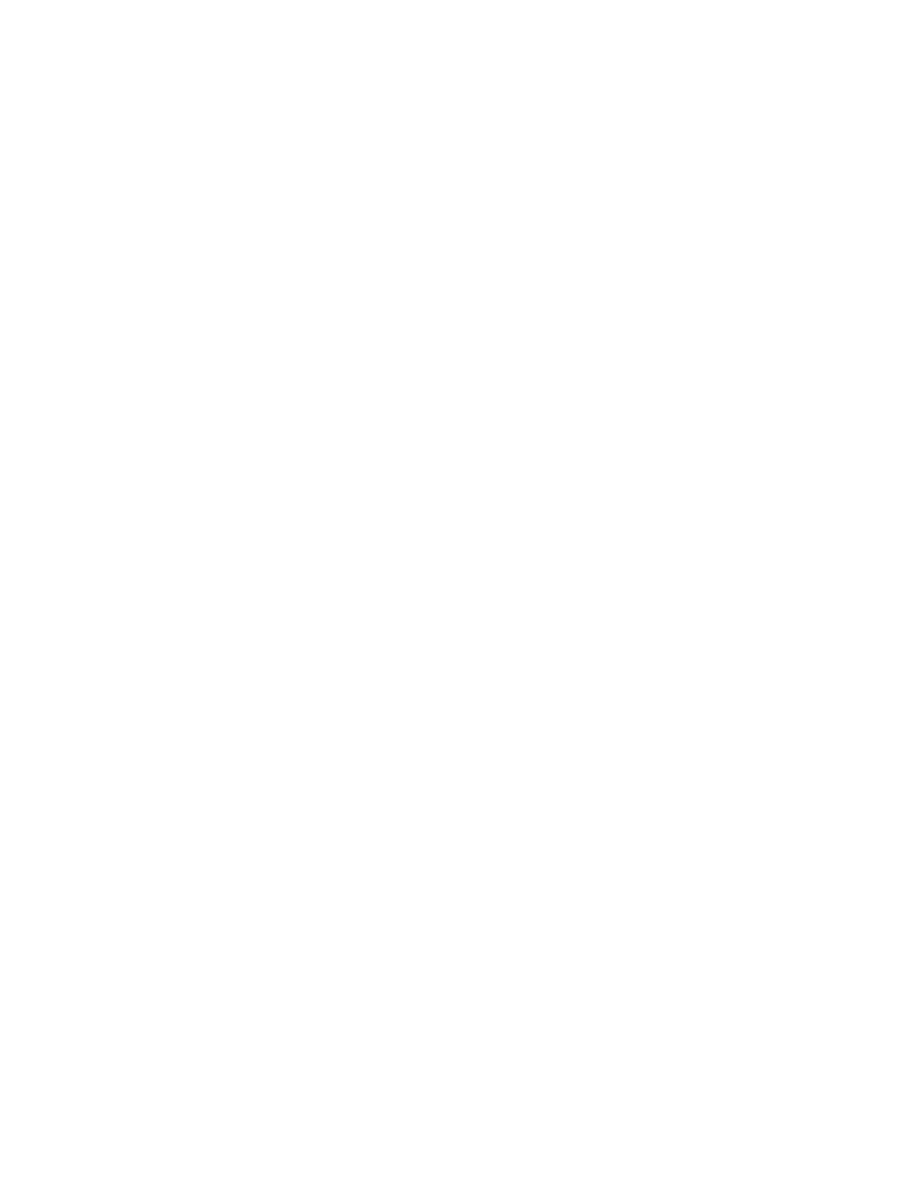
544
14 CFR Ch. I (1–1–24 Edition)
§ 61.110
(4) Ten hours of solo flight time in a
weight-shift-control aircraft, con-
sisting of at least—
(i) Five hours of solo cross-country
time; and
(ii) One solo cross-country flight over
100 nautical miles total distance, with
landings at a minimum of three points,
and one segment of the flight being a
straight line distance of at least 50
nautical miles between takeoff and
landing locations; and
(5) Three takeoffs and landings (with
each landing involving a flight in the
traffic pattern) in an aircraft at an air-
port with an operating control tower.
(k)
Permitted credit for use of a full
flight simulator or flight training device.
(1) Except as provided in paragraphs
(k)(2) of this section, a maximum of 2.5
hours of training in a full flight simu-
lator or flight training device rep-
resenting the category, class, and type,
if applicable, of aircraft appropriate to
the rating sought, may be credited to-
ward the flight training time required
by this section, if received from an au-
thorized instructor.
(2) A maximum of 5 hours of training
in a flight simulator or flight training
device representing the category, class,
and type, if applicable, of aircraft ap-
propriate to the rating sought, may be
credited toward the flight training
time required by this section if the
training is accomplished in a course
conducted by a training center certifi-
cated under part 142 of this chapter.
(3) Except when fewer hours are ap-
proved by the Administrator, an appli-
cant for a private pilot certificate with
an airplane, rotorcraft, or powered-lift
rating, who has satisfactorily com-
pleted an approved private pilot course
conducted by a training center certifi-
cated under part 142 of this chapter,
need only have a total of 35 hours of
aeronautical experience to meet the re-
quirements of this section.
(l)
Permitted credit for flight training
received from a flight instructor with a
sport pilot rating. The holder of a sport
pilot certificate may credit flight
training received from a flight instruc-
tor with a sport pilot rating toward the
aeronautical experience requirements
of this section if the following condi-
tions are met:
(1) The flight training was accom-
plished in the same category and class
of aircraft for which the rating is
sought;
(2) The flight instructor with a sport
pilot rating was authorized to provide
the flight training; and
(3) The flight training included ei-
ther—
(i) Training on areas of operation
that are required for both a sport pilot
certificate and a private pilot certifi-
cate; or
(ii) For airplanes with a V
H
greater
than 87 knots CAS, training on the con-
trol and maneuvering of an airplane
solely by reference to the flight instru-
ments, including straight and level
flight, turns, descents, climbs, use of
radio aids, and ATC directives, pro-
vided the training was received from a
flight instructor with a sport pilot rat-
ing who holds an endorsement required
by § 61.412(c).
[Doc. No. 25910, 62 FR 40902, July 30, 1997, as
amended by Amdt. 61–104, 63 FR 20287, Apr.
23, 1998; Amdt. 61–110, 69 FR 44868, July 27,
2004; Amdt. 61–124, 74 FR 42558, Aug. 21, 2009;
Amdt. 61–124A, 74 FR 53645, Oct. 20, 2009;
Amdt. 61–125, 75 FR 5220, Feb. 1, 2010; Amdt.
61–142, 83 FR 30278, June 27, 2018]
§ 61.110
Night flying exceptions.
(a) Subject to the limitations of
paragraph (b) of this section, a person
is not required to comply with the
night flight training requirements of
this subpart if the person receives
flight training in and resides in the
State of Alaska.
(b) A person who receives flight
training in and resides in the State of
Alaska but does not meet the night
flight training requirements of this
section:
(1) May be issued a pilot certificate
with a limitation ‘‘Night flying prohib-
ited’’; and
(2) Must comply with the appropriate
night flight training requirements of
this subpart within the 12-calendar-
month period after the issuance of the
pilot certificate. At the end of that pe-
riod, the certificate will become in-
valid for use until the person complies
with the appropriate night training re-
quirements of this subpart. The person
VerDate Sep<11>2014
14:00 Mar 14, 2024
Jkt 262047
PO 00000
Frm 00554
Fmt 8010
Sfmt 8002
Q:\14\14V2.TXT
PC31
aworley on LAPBH6H6L3 with DISTILLER
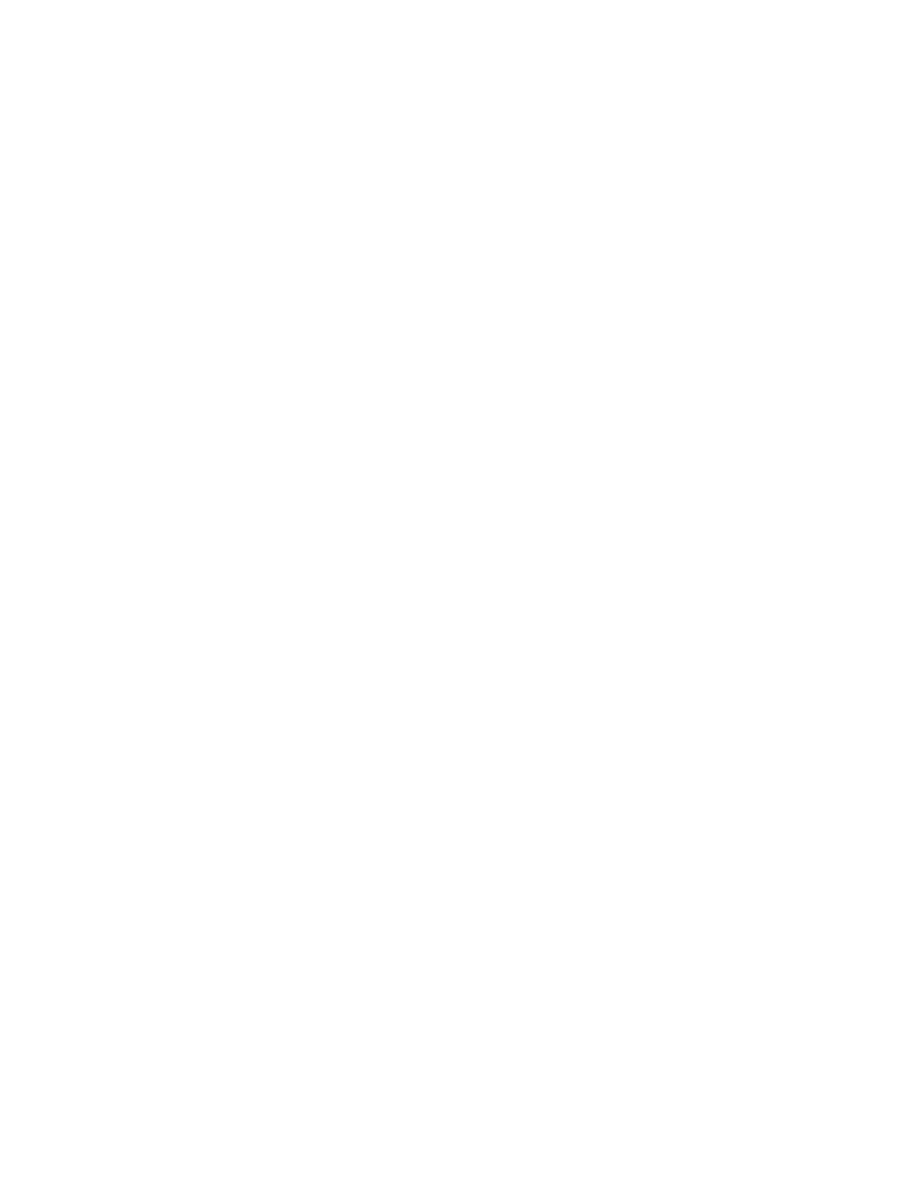
545
Federal Aviation Administration, DOT
§ 61.113
may have the ‘‘Night flying prohib-
ited’’ limitation removed if the per-
son—
(i) Accomplishes the appropriate
night flight training requirements of
this subpart; and
(ii) Presents to an examiner a log-
book or training record endorsement
from an authorized instructor that
verifies accomplishment of the appro-
priate night flight training require-
ments of this subpart.
(c) A person who does not meet the
night flying requirements in
§ 61.109(d)(2), (i)(2), or (j)(2) may be
issued a private pilot certificate with
the limitation ‘‘Night flying prohib-
ited.’’ This limitation may be removed
by an examiner if the holder complies
with the requirements of § 61.109(d)(2),
(i)(2), or (j)(2), as appropriate.
[Doc. No. 25910, 62 FR 16298, Apr. 4, 1997;
Amdt. 61–103, 62 FR 40904, July 30, 1997;
Amdt. 61–110, 69 FR 44869, July 27, 2004]
§ 61.111
Cross-country flights: Pilots
based on small islands.
(a) Except as provided in paragraph
(b) of this section, an applicant located
on an island from which the cross-
country flight training required in
§ 61.109 of this part cannot be accom-
plished without flying over water for
more than 10 nautical miles from the
nearest shoreline need not comply with
the requirements of that section.
(b) If other airports that permit civil
operations are available to which a
flight may be made without flying over
water for more than 10 nautical miles
from the nearest shoreline, the appli-
cant must show completion of two
round-trip solo flights between those
two airports that are farthest apart, in-
cluding a landing at each airport on
both flights.
(c) An applicant who complies with
paragraph (a) or paragraph (b) of this
section, and meets all requirements for
the issuance of a private pilot certifi-
cate, except the cross-country training
requirements of § 61.109 of this part,
will be issued a pilot certificate with
an endorsement containing the fol-
lowing limitation, ‘‘Passenger carrying
prohibited on flights more than 10 nau-
tical miles from (the appropriate is-
land).’’ The limitation may be subse-
quently amended to include another is-
land if the applicant complies with the
requirements of paragraph (b) of this
section for another island.
(d) Upon meeting the cross-country
training requirements of § 61.109 of this
part, the applicant may have the limi-
tation in paragraph (c) of this section
removed.
[Doc. No. 25910, 62 FR 16298, Apr. 4, 1997;
Amdt. 61–103, 62 FR 40904, July 30, 1997]
§ 61.113
Private pilot privileges and
limitations: Pilot in command.
(a) Except as provided in paragraphs
(b) through (h) of this section, no per-
son who holds a private pilot certifi-
cate may act as pilot in command of an
aircraft that is carrying passengers or
property for compensation or hire; nor
may that person, for compensation or
hire, act as pilot in command of an air-
craft.
(b) A private pilot may, for com-
pensation or hire, act as pilot in com-
mand of an aircraft in connection with
any business or employment if:
(1) The flight is only incidental to
that business or employment; and
(2) The aircraft does not carry pas-
sengers or property for compensation
or hire.
(c) A private pilot may not pay less
than the pro rata share of the oper-
ating expenses of a flight with pas-
sengers, provided the expenses involve
only fuel, oil, airport expenditures, or
rental fees.
(d) A private pilot may act as pilot in
command of a charitable, nonprofit, or
community event flight described in
§ 91.146, if the sponsor and pilot comply
with the requirements of § 91.146.
(e) A private pilot may be reimbursed
for aircraft operating expenses that are
directly related to search and location
operations, provided the expenses in-
volve only fuel, oil, airport expendi-
tures, or rental fees, and the operation
is sanctioned and under the direction
and control of:
(1) A local, State, or Federal agency;
or
(2) An organization that conducts
search and location operations.
(f) A private pilot who is an aircraft
salesman and who has at least 200
hours of logged flight time may dem-
onstrate an aircraft in flight to a pro-
spective buyer.
VerDate Sep<11>2014
14:00 Mar 14, 2024
Jkt 262047
PO 00000
Frm 00555
Fmt 8010
Sfmt 8002
Q:\14\14V2.TXT
PC31
aworley on LAPBH6H6L3 with DISTILLER
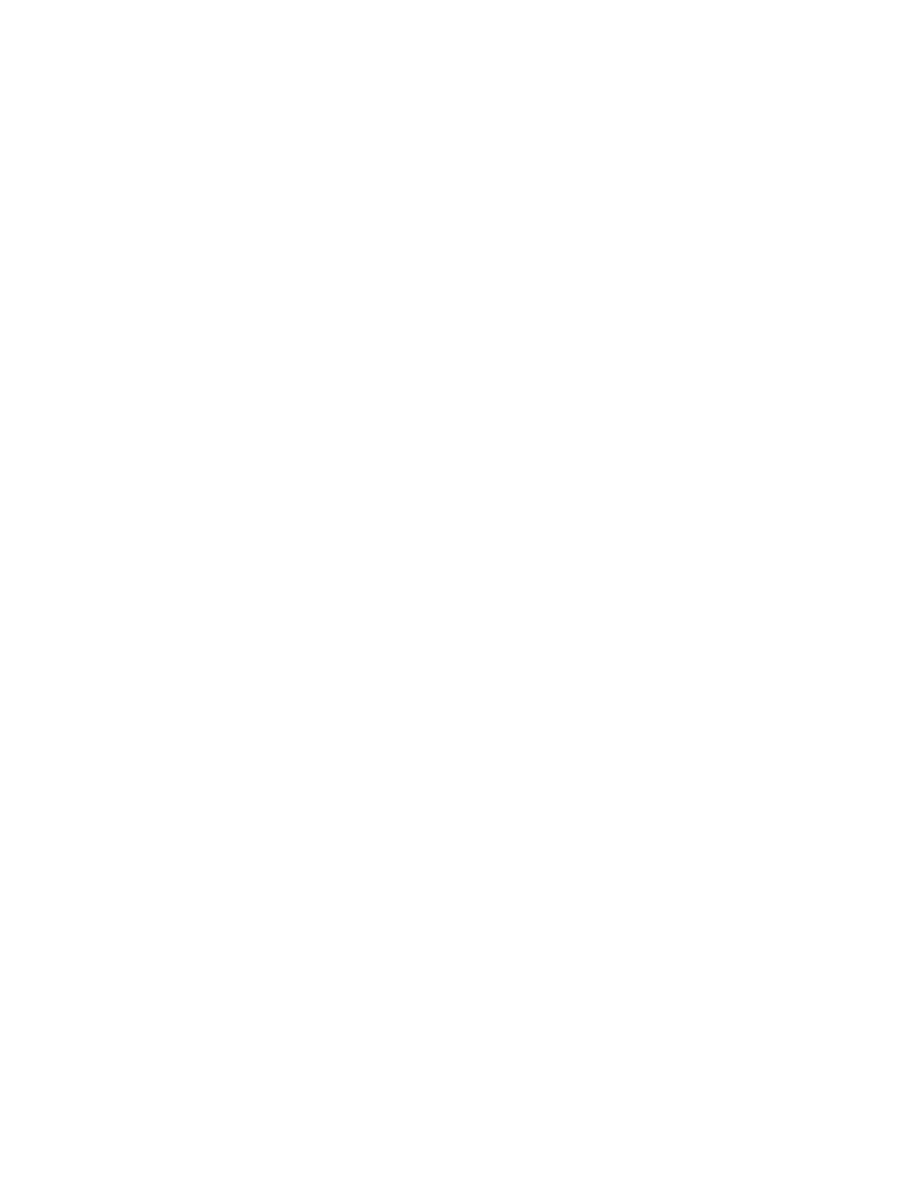
546
14 CFR Ch. I (1–1–24 Edition)
§ 61.115
(g) A private pilot who meets the re-
quirements of § 61.69 may act as a pilot
in command of an aircraft towing a
glider or unpowered ultralight vehicle.
(h) A private pilot may act as pilot in
command for the purpose of conducting
a production flight test in a light-sport
aircraft intended for certification in
the light-sport category under § 21.190
of this chapter, provided that—
(1) The aircraft is a powered para-
chute or a weight-shift-control air-
craft;
(2) The person has at least 100 hours
of pilot-in-command time in the cat-
egory and class of aircraft flown; and
(3) The person is familiar with the
processes and procedures applicable to
the conduct of production flight test-
ing, to include operations conducted
under a special flight permit and any
associated operating limitations.
(i) A private pilot may act as pilot in
command or serve as a required
flightcrew member of an aircraft with-
out holding a medical certificate issued
under part 67 of this chapter provided
the pilot holds a valid U.S. driver’s li-
cense, meets the requirements of
§ 61.23(c)(3), and complies with this sec-
tion and all of the following conditions
and limitations:
(1) The aircraft is authorized to carry
not more than 6 occupants, has a max-
imum takeoff weight of not more than
6,000 pounds, and is operated with no
more than five passengers on board;
and
(2) The flight, including each portion
of the flight, is not carried out—
(i) At an altitude that is more than
18,000 feet above mean sea level;
(ii) Outside the United States unless
authorized by the country in which the
flight is conducted; or
(iii) At an indicated airspeed exceed-
ing 250 knots; and
(3) The pilot has available in his or
her logbook—
(i) The completed medical examina-
tion checklist required under § 68.7 of
this chapter; and
(ii) The certificate of course comple-
tion required under § 61.23(c)(3).
[Doc. No. 25910, 62 FR 16298, Apr. 4, 1997, as
amended by Amdt. 61–110, 69 FR 44869, July
27, 2004; Amdt. 61–115, 72 FR 6910, Feb. 13,
2007; Amdt. 61–125, 75 FR 5220, Feb. 1, 2010;
Docket FAA–2016–9157, Amdt. 61–140, 82 FR
3165, Jan. 11, 2017; Docket No. FAA–2021–1040,
Amdt. Nos. 61–152, 87 FR 71237, Nov. 22, 2022]
§ 61.115
Balloon rating: Limitations.
(a) If a person who applies for a pri-
vate pilot certificate with a balloon
rating takes a practical test in a bal-
loon with an airborne heater:
(1) The pilot certificate will contain
a limitation restricting the exercise of
the privileges of that certificate to a
balloon with an airborne heater; and
(2) The limitation may be removed
when the person obtains the required
aeronautical experience in a gas bal-
loon and receives a logbook endorse-
ment from an authorized instructor
who attests to the person’s accomplish-
ment of the required aeronautical ex-
perience and ability to satisfactorily
operate a gas balloon.
(b) If a person who applies for a pri-
vate pilot certificate with a balloon
rating takes a practical test in a gas
balloon:
(1) The pilot certificate will contain
a limitation restricting the exercise of
the privilege of that certificate to a
gas balloon; and
(2) The limitation may be removed
when the person obtains the required
aeronautical experience in a balloon
with an airborne heater and receives a
logbook endorsement from an author-
ized instructor who attests to the per-
son’s accomplishment of the required
aeronautical experience and ability to
satisfactorily operate a balloon with an
airborne heater.
§ 61.117
Private pilot privileges and
limitations: Second in command of
aircraft requiring more than one
pilot.
Except as provided in § 61.113 of this
part, no private pilot may, for com-
pensation or hire, act as second in com-
mand of an aircraft that is type certifi-
cated for more than one pilot, nor may
that pilot act as second in command of
VerDate Sep<11>2014
14:00 Mar 14, 2024
Jkt 262047
PO 00000
Frm 00556
Fmt 8010
Sfmt 8002
Q:\14\14V2.TXT
PC31
aworley on LAPBH6H6L3 with DISTILLER
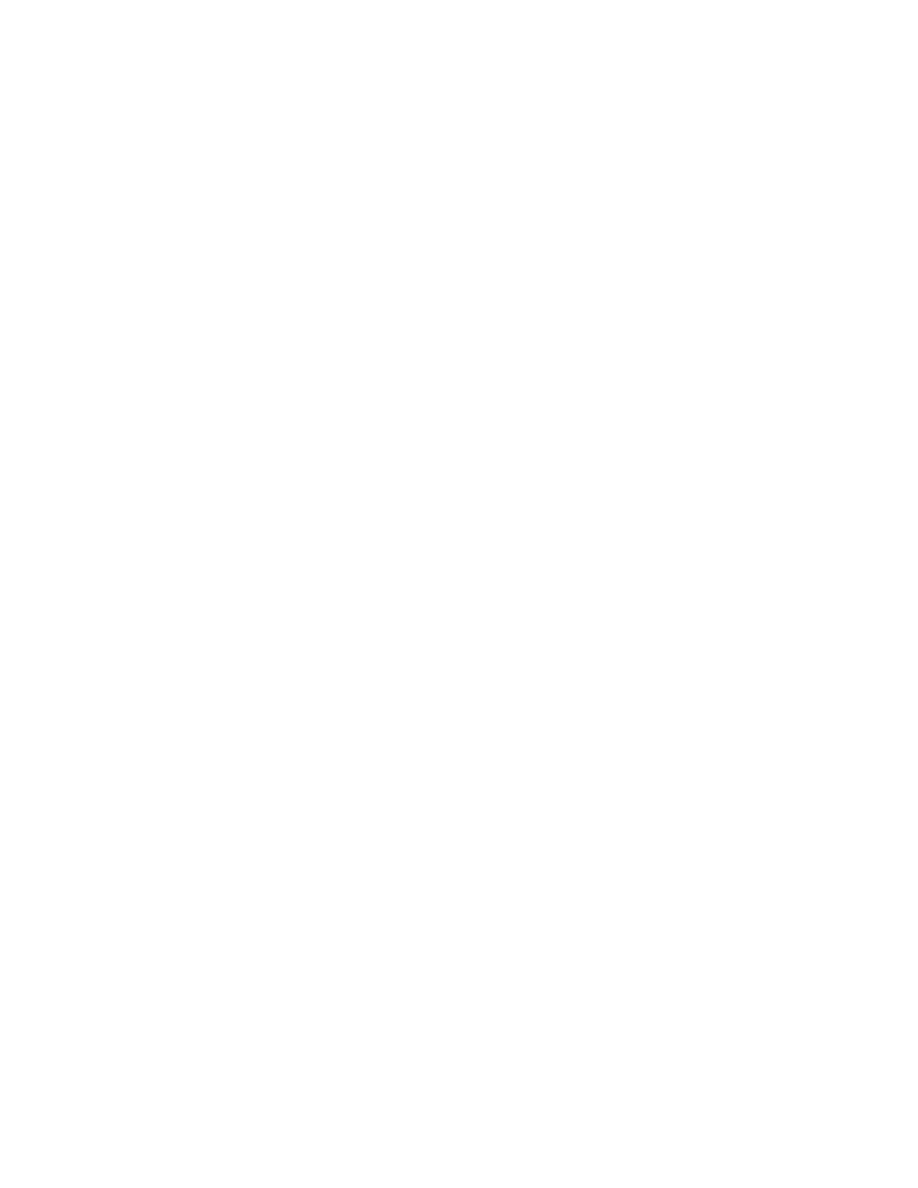
547
Federal Aviation Administration, DOT
§ 61.125
such an aircraft that is carrying pas-
sengers or property for compensation
or hire.
[Doc. No. 25910, 62 FR 16298, Apr. 4, 1997;
Amdt. 61–103, 62 FR 40904, July 30, 1997]
§§ 61.118–61.120
[Reserved]
Subpart F—Commercial Pilots
§ 61.121
Applicability.
This subpart prescribes the require-
ments for the issuance of commercial
pilot certificates and ratings, the con-
ditions under which those certificates
and ratings are necessary, and the gen-
eral operating rules for persons who
hold those certificates and ratings.
§ 61.123
Eligibility requirements: Gen-
eral.
To be eligible for a commercial pilot
certificate, a person must:
(a) Be at least 18 years of age;
(b) Be able to read, speak, write, and
understand the English language. If the
applicant is unable to meet one of
these requirements due to medical rea-
sons, then the Administrator may
place such operating limitations on
that applicant’s pilot certificate as are
necessary for the safe operation of the
aircraft.
(c) Receive a logbook endorsement
from an authorized instructor who:
(1) Conducted the required ground
training or reviewed the person’s home
study on the aeronautical knowledge
areas listed in § 61.125 of this part that
apply to the aircraft category and class
rating sought; and
(2) Certified that the person is pre-
pared for the required knowledge test
that applies to the aircraft category
and class rating sought.
(d) Pass the required knowledge test
on the aeronautical knowledge areas
listed in § 61.125 of this part;
(e) Receive the required training and
a logbook endorsement from an author-
ized instructor who:
(1) Conducted the training on the
areas of operation listed in § 61.127(b) of
this part that apply to the aircraft cat-
egory and class rating sought; and
(2) Certified that the person is pre-
pared for the required practical test.
(f) Meet the aeronautical experience
requirements of this subpart that apply
to the aircraft category and class rat-
ing sought before applying for the prac-
tical test;
(g) Pass the required practical test
on the areas of operation listed in
§ 61.127(b) of this part that apply to the
aircraft category and class rating
sought;
(h) Hold at least a private pilot cer-
tificate issued under this part or meet
the requirements of § 61.73; and
(i) Comply with the sections of this
part that apply to the aircraft category
and class rating sought.
§ 61.125
Aeronautical knowledge.
(a)
General. A person who applies for
a commercial pilot certificate must re-
ceive and log ground training from an
authorized instructor, or complete a
home-study course, on the aeronautical
knowledge areas of paragraph (b) of
this section that apply to the aircraft
category and class rating sought.
(b)
Aeronautical knowledge areas. (1)
Applicable Federal Aviation Regula-
tions of this chapter that relate to
commercial pilot privileges, limita-
tions, and flight operations;
(2) Accident reporting requirements
of the National Transportation Safety
Board;
(3) Basic aerodynamics and the prin-
ciples of flight;
(4) Meteorology to include recogni-
tion of critical weather situations,
windshear recognition and avoidance,
and the use of aeronautical weather re-
ports and forecasts;
(5) Safe and efficient operation of air-
craft;
(6) Weight and balance computations;
(7) Use of performance charts;
(8) Significance and effects of exceed-
ing aircraft performance limitations;
(9) Use of aeronautical charts and a
magnetic compass for pilotage and
dead reckoning;
(10) Use of air navigation facilities;
(11) Aeronautical decision making
and judgment;
(12) Principles and functions of air-
craft systems;
(13) Maneuvers, procedures, and
emergency operations appropriate to
the aircraft;
(14) Night and high-altitude oper-
ations;
VerDate Sep<11>2014
14:00 Mar 14, 2024
Jkt 262047
PO 00000
Frm 00557
Fmt 8010
Sfmt 8002
Q:\14\14V2.TXT
PC31
aworley on LAPBH6H6L3 with DISTILLER
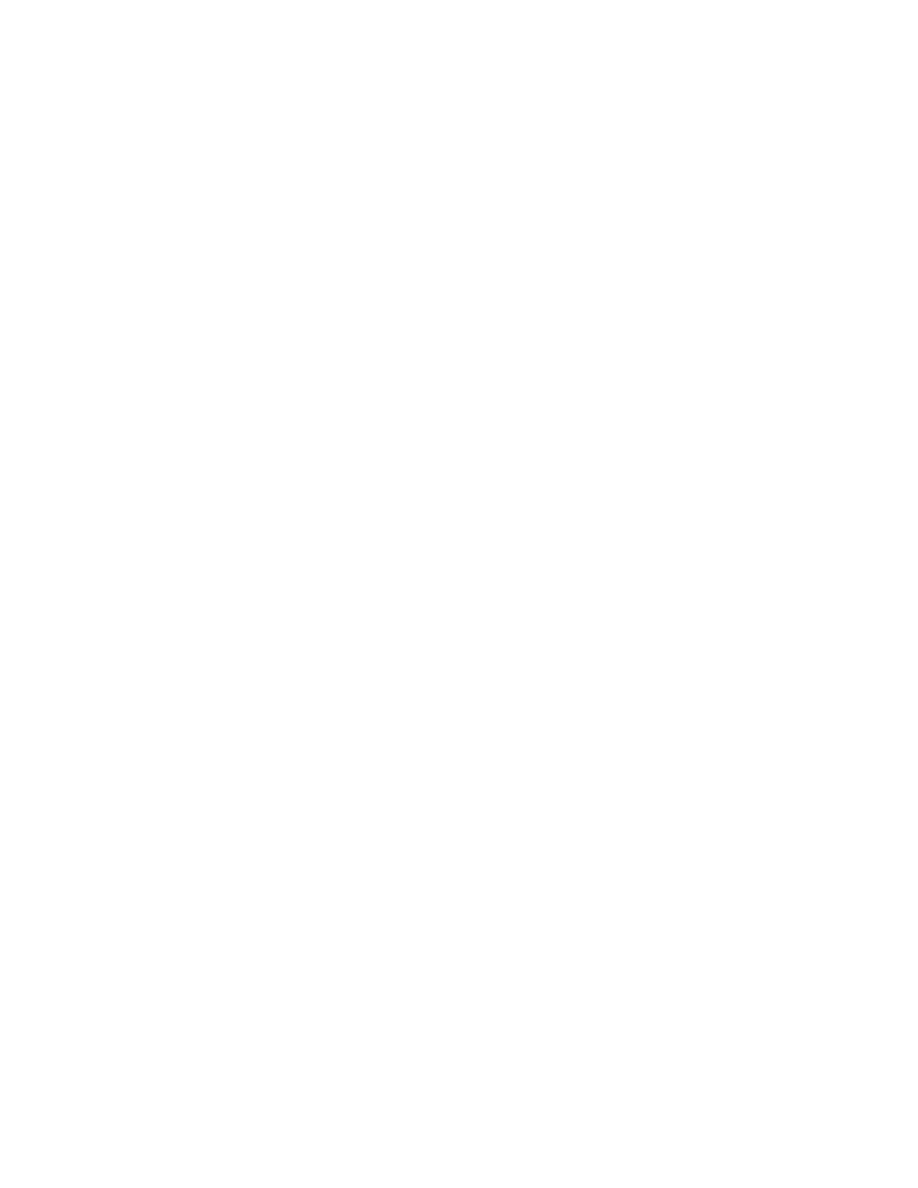
548
14 CFR Ch. I (1–1–24 Edition)
§ 61.127
(15) Procedures for operating within
the National Airspace System; and
(16) Procedures for flight and ground
training for lighter-than-air ratings.
§ 61.127
Flight proficiency.
(a)
General. A person who applies for
a commercial pilot certificate must re-
ceive and log ground and flight train-
ing from an authorized instructor on
the areas of operation of this section
that apply to the aircraft category and
class rating sought.
(b)
Areas of operation. (1) For an air-
plane category rating with a single-en-
gine class rating:
(i) Preflight preparation;
(ii) Preflight procedures;
(iii) Airport and seaplane base oper-
ations;
(iv) Takeoffs, landings, and go-
arounds;
(v) Performance maneuvers;
(vi) Ground reference maneuvers;
(vii) Navigation;
(viii) Slow flight and stalls;
(ix) Emergency operations;
(x) High-altitude operations; and
(xi) Postflight procedures.
(2) For an airplane category rating
with a multiengine class rating:
(i) Preflight preparation;
(ii) Preflight procedures;
(iii) Airport and seaplane base oper-
ations;
(iv) Takeoffs, landings, and go-
arounds;
(v) Performance maneuvers;
(vi) Navigation;
(vii) Slow flight and stalls;
(viii) Emergency operations;
(ix) Multiengine operations;
(x) High-altitude operations; and
(xi) Postflight procedures.
(3) For a rotorcraft category rating
with a helicopter class rating:
(i) Preflight preparation;
(ii) Preflight procedures;
(iii) Airport and heliport operations;
(iv) Hovering maneuvers;
(v) Takeoffs, landings, and go-
arounds;
(vi) Performance maneuvers;
(vii) Navigation;
(viii) Emergency operations;
(ix) Special operations; and
(x) Postflight procedures.
(4) For a rotorcraft category rating
with a gyroplane class rating:
(i) Preflight preparation;
(ii) Preflight procedures;
(iii) Airport operations;
(iv) Takeoffs, landings, and go-
arounds;
(v) Performance maneuvers;
(vi) Ground reference maneuvers;
(vii) Navigation;
(viii) Flight at slow airspeeds;
(ix) Emergency operations; and
(x) Postflight procedures.
(5) For a powered-lift category rat-
ing:
(i) Preflight preparation;
(ii) Preflight procedures;
(iii) Airport and heliport operations;
(iv) Hovering maneuvers;
(v) Takeoffs, landings, and go-
arounds;
(vi) Performance maneuvers;
(vii) Navigation;
(viii) Slow flight and stalls;
(ix) Emergency operations;
(x) High-altitude operations;
(xi) Special operations; and
(xii) Postflight procedures.
(6) For a glider category rating:
(i) Preflight preparation;
(ii) Preflight procedures;
(iii) Airport and gliderport oper-
ations;
(iv) Launches and landings;
(v) Performance speeds;
(vi) Soaring techniques;
(vii) Performance maneuvers;
(viii) Navigation;
(ix) Slow flight and stalls;
(x) Emergency operations; and
(xi) Postflight procedures.
(7) For a lighter-than-air category
rating with an airship class rating:
(i) Fundamentals of instructing;
(ii) Technical subjects;
(iii) Preflight preparation;
(iv) Preflight lesson on a maneuver
to be performed in flight;
(v) Preflight procedures;
(vi) Airport operations;
(vii) Takeoffs, landings, and go-
arounds;
(viii) Performance maneuvers;
(ix) Navigation;
(x) Emergency operations; and
(xi) Postflight procedures.
(8) For a lighter-than-air category
rating with a balloon class rating:
(i) Fundamentals of instructing;
(ii) Technical subjects;
(iii) Preflight preparation;
VerDate Sep<11>2014
14:00 Mar 14, 2024
Jkt 262047
PO 00000
Frm 00558
Fmt 8010
Sfmt 8002
Q:\14\14V2.TXT
PC31
aworley on LAPBH6H6L3 with DISTILLER
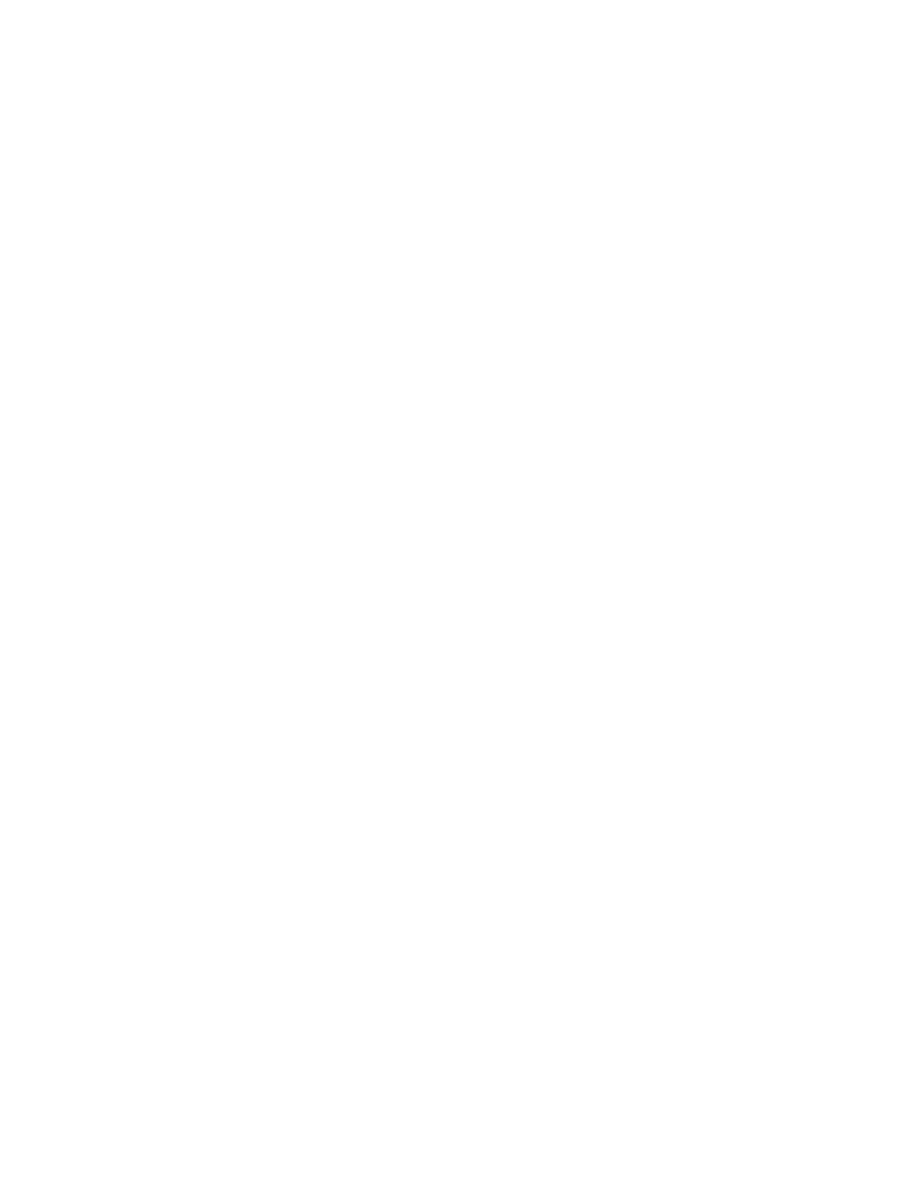
549
Federal Aviation Administration, DOT
§ 61.129
(iv) Preflight lesson on a maneuver
to be performed in flight;
(v) Preflight procedures;
(vi) Airport operations;
(vii) Launches and landings;
(viii) Performance maneuvers;
(ix) Navigation;
(x) Emergency operations; and
(xi) Postflight procedures.
[Doc. No. 25910, 62 FR 16298, Apr. 4, 1997, as
amended by Amdt. 61–124, 74 FR 42558, Aug.
21, 2009]
§ 61.129
Aeronautical experience.
(a)
For an airplane single-engine rat-
ing. Except as provided in paragraph (i)
of this section, a person who applies for
a commercial pilot certificate with an
airplane category and single-engine
class rating must log at least 250 hours
of flight time as a pilot that consists of
at least:
(1) 100 hours in powered aircraft, of
which 50 hours must be in airplanes.
(2) 100 hours of pilot-in-command
flight time, which includes at least—
(i) 50 hours in airplanes; and
(ii) 50 hours in cross-country flight of
which at least 10 hours must be in air-
planes.
(3) 20 hours of training on the areas
of operation listed in § 61.127(b)(1) of
this part that includes at least—
(i) Ten hours of instrument training
using a view-limiting device including
attitude instrument flying, partial
panel skills, recovery from unusual
flight attitudes, and intercepting and
tracking navigational systems. Five
hours of the 10 hours required on in-
strument training must be in a single
engine airplane;
(ii) 10 hours of training in a complex
airplane, a turbine-powered airplane,
or a technically advanced airplane
(TAA) that meets the requirements of
paragraph (j) of this section, or any
combination thereof. The airplane
must be appropriate to land or sea for
the rating sought;
(iii) One 2-hour cross country flight
in a single engine airplane in daytime
conditions that consists of a total
straight-line distance of more than 100
nautical miles from the original point
of departure;
(iv) One 2-hour cross country flight
in a single engine airplane in night-
time conditions that consists of a total
straight-line distance of more than 100
nautical miles from the original point
of departure; and
(v) Three hours in a single-engine air-
plane with an authorized instructor in
preparation for the practical test with-
in the preceding 2 calendar months
from the month of the test.
(4) Ten hours of solo flight time in a
single engine airplane or 10 hours of
flight time performing the duties of
pilot in command in a single engine
airplane with an authorized instructor
on board (either of which may be cred-
ited towards the flight time require-
ment under paragraph (a)(2) of this sec-
tion), on the areas of operation listed
under § 61.127(b)(1) that include—
(i) One cross-country flight of not
less than 300 nautical miles total dis-
tance, with landings at a minimum of
three points, one of which is a straight-
line distance of at least 250 nautical
miles from the original departure
point. However, if this requirement is
being met in Hawaii, the longest seg-
ment need only have a straight-line
distance of at least 150 nautical miles;
and
(ii) 5 hours in night VFR conditions
with 10 takeoffs and 10 landings (with
each landing involving a flight in the
traffic pattern) at an airport with an
operating control tower.
(b)
For an airplane multiengine rating.
Except as provided in paragraph (i) of
this section, a person who applies for a
commercial pilot certificate with an
airplane category and multiengine
class rating must log at least 250 hours
of flight time as a pilot that consists of
at least:
(1) 100 hours in powered aircraft, of
which 50 hours must be in airplanes.
(2) 100 hours of pilot-in-command
flight time, which includes at least—
(i) 50 hours in airplanes; and
(ii) 50 hours in cross-country flight of
which at least 10 hours must be in air-
planes.
(3) 20 hours of training on the areas
of operation listed in § 61.127(b)(2) of
this part that includes at least—
(i) Ten hours of instrument training
using a view-limiting device including
attitude instrument flying, partial
panel skills, recovery from unusual
flight attitudes, and intercepting and
tracking navigational systems. Five
VerDate Sep<11>2014
14:00 Mar 14, 2024
Jkt 262047
PO 00000
Frm 00559
Fmt 8010
Sfmt 8002
Q:\14\14V2.TXT
PC31
aworley on LAPBH6H6L3 with DISTILLER
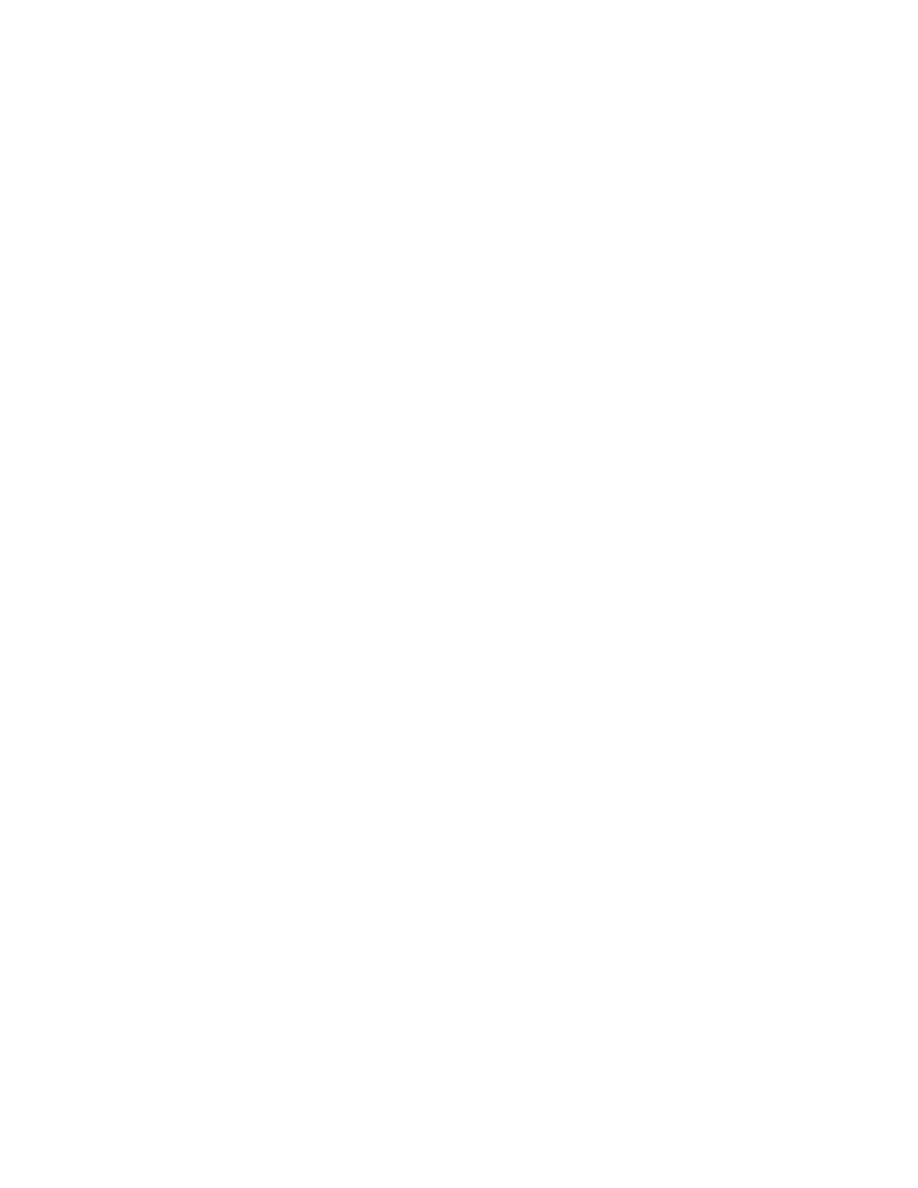
550
14 CFR Ch. I (1–1–24 Edition)
§ 61.129
hours of the 10 hours required on in-
strument training must be in a multi-
engine airplane;
(ii) 10 hours of training in a multien-
gine complex or turbine-powered air-
plane; or for an applicant seeking a
multiengine seaplane rating, 10 hours
of training in a multiengine seaplane
that has flaps and a controllable pitch
propeller, including seaplanes equipped
with an engine control system con-
sisting of a digital computer and asso-
ciated accessories for controlling the
engine and propeller, such as a full au-
thority digital engine control;
(iii) One 2-hour cross country flight
in a multiengine airplane in daytime
conditions that consists of a total
straight-line distance of more than 100
nautical miles from the original point
of departure;
(iv) One 2-hour cross country flight
in a multiengine airplane in nighttime
conditions that consists of a total
straight-line distance of more than 100
nautical miles from the original point
of departure; and
(v) Three hours in a multiengine air-
plane with an authorized instructor in
preparation for the practical test with-
in the preceding 2 calendar months
from the month of the test.
(4) 10 hours of solo flight time in a
multiengine airplane or 10 hours of
flight time performing the duties of
pilot in command in a multiengine air-
plane with an authorized instructor (ei-
ther of which may be credited towards
the flight time requirement in para-
graph (b)(2) of this section), on the
areas of operation listed in § 61.127(b)(2)
of this part that includes at least—
(i) One cross-country flight of not
less than 300 nautical miles total dis-
tance with landings at a minimum of
three points, one of which is a straight-
line distance of at least 250 nautical
miles from the original departure
point. However, if this requirement is
being met in Hawaii, the longest seg-
ment need only have a straight-line
distance of at least 150 nautical miles;
and
(ii) 5 hours in night VFR conditions
with 10 takeoffs and 10 landings (with
each landing involving a flight with a
traffic pattern) at an airport with an
operating control tower.
(c)
For a helicopter rating. Except as
provided in paragraph (i) of this sec-
tion, a person who applies for a com-
mercial pilot certificate with a rotor-
craft category and helicopter class rat-
ing must log at least 150 hours of flight
time as a pilot that consists of at least:
(1) 100 hours in powered aircraft, of
which 50 hours must be in helicopters.
(2) 100 hours of pilot-in-command
flight time, which includes at least—
(i) 35 hours in helicopters; and
(ii) 10 hours in cross-country flight in
helicopters.
(3) 20 hours of training on the areas
of operation listed in § 61.127(b)(3) of
this part that includes at least—
(i) Five hours on the control and ma-
neuvering of a helicopter solely by ref-
erence to instruments using a view-
limiting device including attitude in-
strument flying, partial panel skills,
recovery from unusual flight attitudes,
and intercepting and tracking naviga-
tional systems. This aeronautical expe-
rience may be performed in an aircraft,
full flight simulator, flight training de-
vice, or an aviation training device;
(ii) One 2-hour cross country flight in
a helicopter in daytime conditions that
consists of a total straight-line dis-
tance of more than 50 nautical miles
from the original point of departure;
(iii) One 2-hour cross country flight
in a helicopter in nighttime conditions
that consists of a total straight-line
distance of more than 50 nautical miles
from the original point of departure;
and
(iv) Three hours in a helicopter with
an authorized instructor in preparation
for the practical test within the pre-
ceding 2 calendar months from the
month of the test.
(4) Ten hours of solo flight time in a
helicopter or 10 hours of flight time
performing the duties of pilot in com-
mand in a helicopter with an author-
ized instructor on board (either of
which may be credited towards the
flight time requirement under para-
graph (c)(2) of this section), on the
areas of operation listed under
§ 61.127(b)(3) that includes—
(i) One cross-country flight with
landings at a minimum of three points,
with one segment consisting of a
straight-line distance of at least 50
VerDate Sep<11>2014
14:00 Mar 14, 2024
Jkt 262047
PO 00000
Frm 00560
Fmt 8010
Sfmt 8002
Q:\14\14V2.TXT
PC31
aworley on LAPBH6H6L3 with DISTILLER
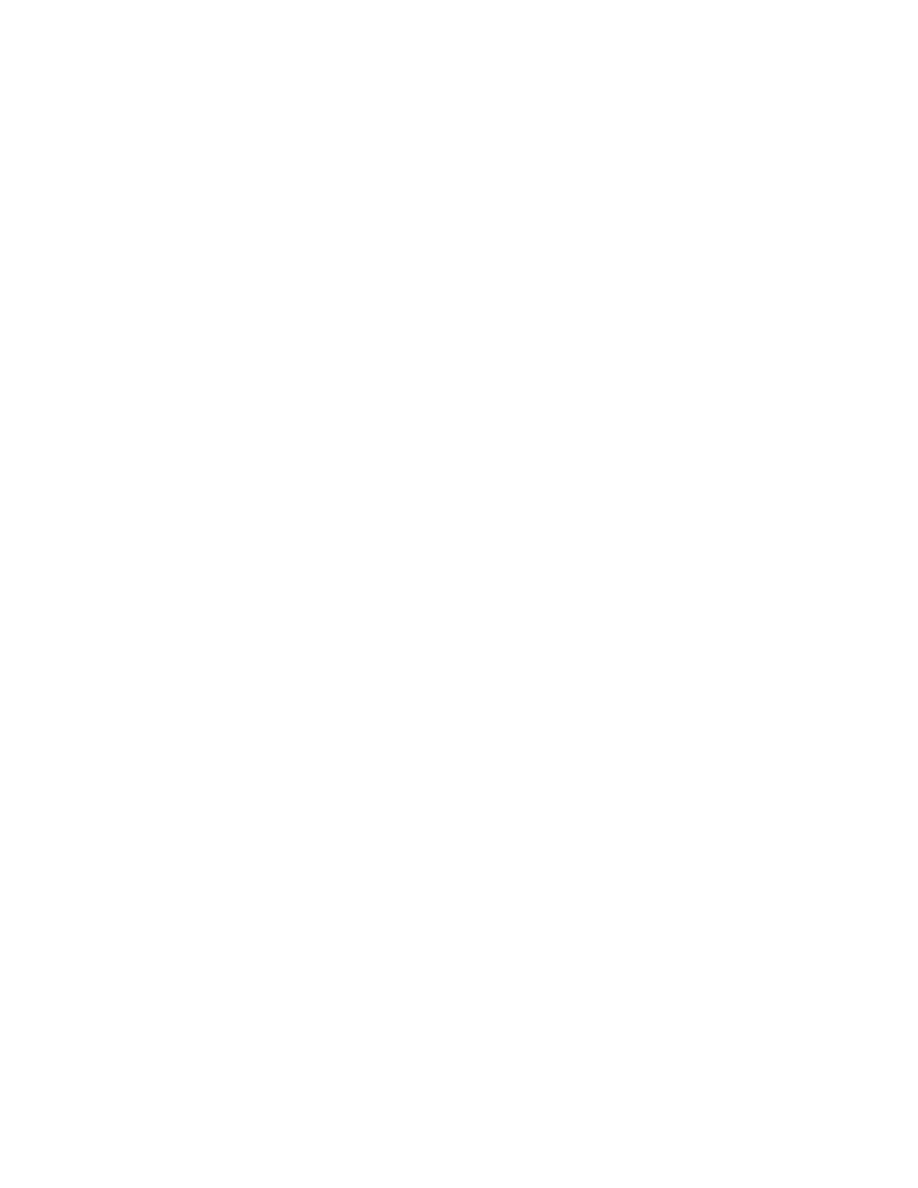
551
Federal Aviation Administration, DOT
§ 61.129
nautical miles from the original point
of departure; and
(ii) 5 hours in night VFR conditions
with 10 takeoffs and 10 landings (with
each landing involving a flight in the
traffic pattern).
(d)
For a gyroplane rating. A person
who applies for a commercial pilot cer-
tificate with a rotorcraft category and
gyroplane class rating must log at
least 150 hours of flight time as a pilot
(of which 5 hours may have been ac-
complished in a full flight simulator or
flight training device that is represent-
ative of a gyroplane) that consists of at
least:
(1) 100 hours in powered aircraft, of
which 25 hours must be in gyroplanes.
(2) 100 hours of pilot-in-command
flight time, which includes at least—
(i) 10 hours in gyroplanes; and
(ii) 3 hours in cross-country flight in
gyroplanes.
(3) 20 hours of training on the areas
of operation listed in § 61.127(b)(4) of
this part that includes at least—
(i) 2.5 hours on the control and ma-
neuvering of a gyroplane solely by ref-
erence to instruments using a view-
limiting device including attitude in-
strument flying, partial panel skills,
recovery from unusual flight attitudes,
and intercepting and tracking naviga-
tional systems. This aeronautical expe-
rience may be performed in an aircraft,
full flight simulator, flight training de-
vice, or an aviation training device;
(ii) One 2-hour cross country flight in
a gyroplane in daytime conditions that
consists of a total straight-line dis-
tance of more than 50 nautical miles
from the original point of departure;
(iii) Two hours of flight training dur-
ing nighttime conditions in a gyro-
plane at an airport, that includes 10
takeoffs and 10 landings to a full stop
(with each landing involving a flight in
the traffic pattern); and
(iv) Three hours in a gyroplane with
an authorized instructor in preparation
for the practical test within the pre-
ceding 2 calendar months from the
month of the test.
(4) Ten hours of solo flight time in a
gyroplane or 10 hours of flight time
performing the duties of pilot in com-
mand in a gyroplane with an author-
ized instructor on board (either of
which may be credited towards the
flight time requirement under para-
graph (d)(2) of this section), on the
areas of operation listed in § 61.127(b)(4)
that includes—
(i) One cross-country flight with
landings at a minimum of three points,
with one segment consisting of a
straight-line distance of at least 50
nautical miles from the original point
of departure; and
(ii) 5 hours in night VFR conditions
with 10 takeoffs and 10 landings (with
each landing involving a flight in the
traffic pattern).
(e)
For a powered-lift rating. Except as
provided in paragraph (i) of this sec-
tion, a person who applies for a com-
mercial pilot certificate with a pow-
ered-lift category rating must log at
least 250 hours of flight time as a pilot
that consists of at least:
(1) 100 hours in powered aircraft, of
which 50 hours must be in a powered-
lift.
(2) 100 hours of pilot-in-command
flight time, which includes at least—
(i) 50 hours in a powered-lift; and
(ii) 50 hours in cross-country flight of
which 10 hours must be in a powered-
lift.
(3) 20 hours of training on the areas
of operation listed in § 61.127(b)(5) of
this part that includes at least—
(i) Ten hours of instrument training
using a view-limiting device including
attitude instrument flying, partial
panel skills, recovery from unusual
flight attitudes, and intercepting and
tracking navigational systems. Five
hours of the 10 hours required on in-
strument training must be in a pow-
ered-lift;
(ii) One 2-hour cross country flight in
a powered-lift in daytime conditions
that consists of a total straight-line
distance of more than 100 nautical
miles from the original point of depar-
ture;
(iii) One 2-hour cross country flight
in a powered-lift in nighttime condi-
tions that consists of a total straight-
line distance of more than 100 nautical
miles from the original point of depar-
ture; and
(iv) 3 hours in a powered-lift with an
authorized instructor in preparation
for the practical test within the pre-
ceding 2 calendar months from the
month of the test.
VerDate Sep<11>2014
14:00 Mar 14, 2024
Jkt 262047
PO 00000
Frm 00561
Fmt 8010
Sfmt 8002
Q:\14\14V2.TXT
PC31
aworley on LAPBH6H6L3 with DISTILLER
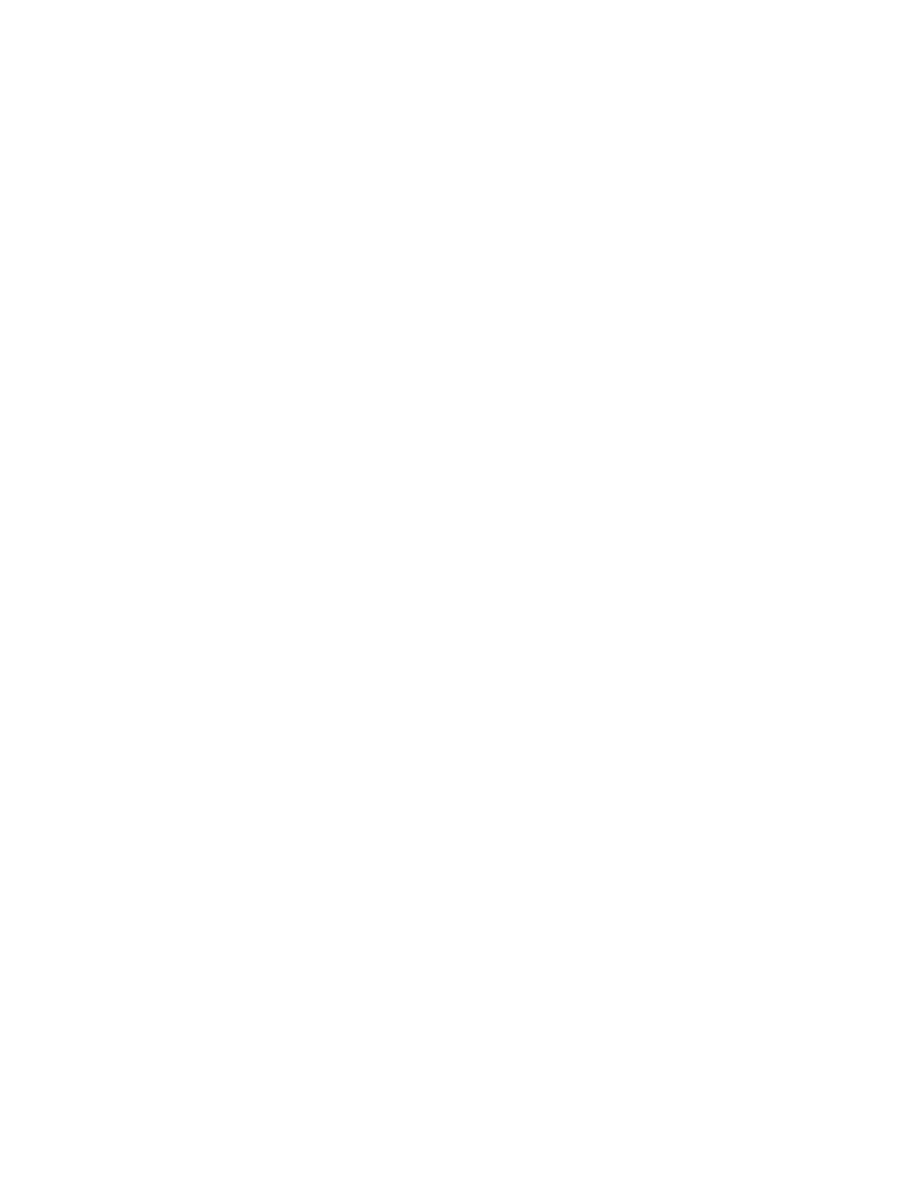
552
14 CFR Ch. I (1–1–24 Edition)
§ 61.129
(4) Ten hours of solo flight time in a
powered-lift or 10 hours of flight time
performing the duties of pilot in com-
mand in a powered-lift with an author-
ized instructor on board (either of
which may be credited towards the
flight time requirement under para-
graph (e)(2) of this section, on the areas
of operation listed in § 61.127(b)(5) that
includes—
(i) One cross-country flight of not
less than 300 nautical miles total dis-
tance with landings at a minimum of
three points, one of which is a straight-
line distance of at least 250 nautical
miles from the original departure
point. However, if this requirement is
being met in Hawaii the longest seg-
ment need only have a straight-line
distance of at least 150 nautical miles;
and
(ii) 5 hours in night VFR conditions
with 10 takeoffs and 10 landings (with
each landing involving a flight in the
traffic pattern) at an airport with an
operating control tower.
(f)
For a glider rating. A person who
applies for a commercial pilot certifi-
cate with a glider category rating must
log at least—
(1) 25 hours of flight time as a pilot in
a glider and that flight time must in-
clude at least 100 flights in a glider as
pilot in command, including at least—
(i) Three hours of flight training in a
glider with an authorized instructor or
10 training flights in a glider with an
authorized instructor on the areas of
operation listed in § 61.127(b)(6) of this
part, including at least 3 training
flights in a glider with an authorized
instructor in preparation for the prac-
tical test within the preceding 2 cal-
endar months from the month of the
test; and
(ii) 2 hours of solo flight that include
not less than 10 solo flights in a glider
on the areas of operation listed in
§ 61.127(b)(6) of this part; or
(2) 200 hours of flight time as a pilot
in heavier-than-air aircraft and at
least 20 flights in a glider as pilot in
command, including at least—
(i) Three hours of flight training in a
glider or 10 training flights in a glider
with an authorized instructor on the
areas of operation listed in § 61.127(b)(6)
of this part including at least 3 train-
ing flights in a glider with an author-
ized instructor in preparation for the
practical test within the preceding 2
calendar months from the month of the
test; and
(ii) 5 solo flights in a glider on the
areas of operation listed in § 61.127(b)(6)
of this part.
(g)
For an airship rating. A person who
applies for a commercial pilot certifi-
cate with a lighter-than-air category
and airship class rating must log at
least 200 hours of flight time as a pilot,
which includes at least the following
hours:
(1) 50 hours in airships.
(2) Thirty hours of pilot in command
flight time in airships or performing
the duties of pilot in command in an
airship with an authorized instructor
aboard, which consists of—
(i) 10 hours of cross-country flight
time in airships; and
(ii) 10 hours of night flight time in
airships.
(3) Forty hours of instrument time to
include—
(i) Instrument training using a view-
limiting device for attitude instrument
flying, partial panel skills, recovery
from unusual flight attitudes, and
intercepting and tracking navigational
systems; and
(ii) Twenty hours of instrument
flight time, of which 10 hours must be
in flight in airships.
(4) 20 hours of flight training in air-
ships on the areas of operation listed in
§ 61.127(b)(7) of this part, which includes
at least—
(i) Three hours in an airship with an
authorized instructor in preparation
for the practical test within the pre-
ceding 2 calendar months from the
month of the test;
(ii) One hour cross country flight in
an airship in daytime conditions that
consists of a total straight-line dis-
tance of more than 25 nautical miles
from the point of departure; and
(iii) One hour cross country flight in
an airship in nighttime conditions that
consists of a total straight-line dis-
tance of more than 25 nautical miles
from the point of departure.
(5) 10 hours of flight training per-
forming the duties of pilot in command
with an authorized instructor on the
areas of operation listed in § 61.127(b)(7)
of this part, which includes at least—
VerDate Sep<11>2014
14:00 Mar 14, 2024
Jkt 262047
PO 00000
Frm 00562
Fmt 8010
Sfmt 8002
Q:\14\14V2.TXT
PC31
aworley on LAPBH6H6L3 with DISTILLER
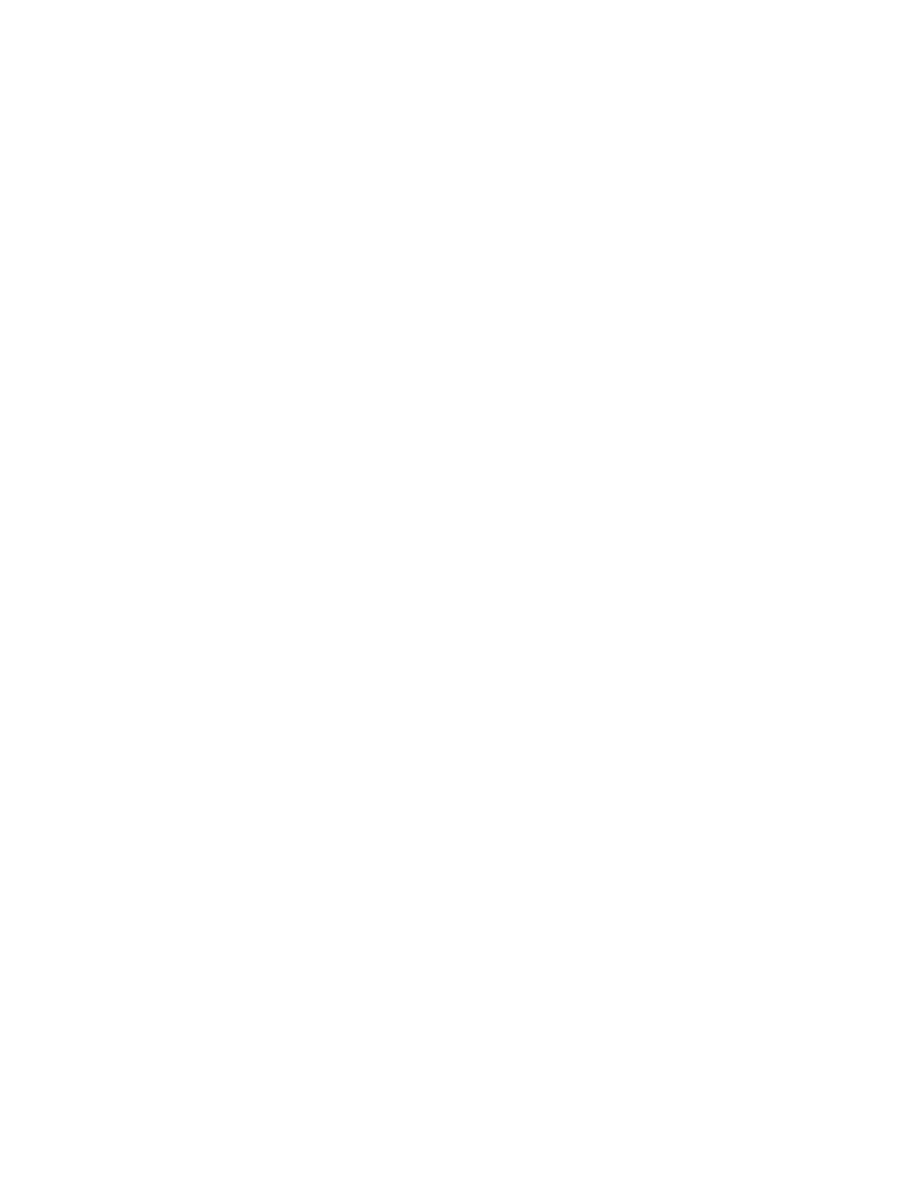
553
Federal Aviation Administration, DOT
§ 61.129
(i) One cross-country flight with
landings at a minimum of three points,
with one segment consisting of a
straight-line distance of at least 25
nautical miles from the original point
of departure; and
(ii) 5 hours in night VFR conditions
with 10 takeoffs and 10 landings (with
each landing involving a flight in the
traffic pattern).
(h)
For a balloon rating. A person who
applies for a commercial pilot certifi-
cate with a lighter-than-air category
and a balloon class rating must log at
least 35 hours of flight time as a pilot,
which includes at least the following
requirements:
(1) 20 hours in balloons;
(2) 10 flights in balloons;
(3) Two flights in balloons as the
pilot in command; and
(4) 10 hours of flight training that in-
cludes at least 10 training flights with
an authorized instructor in balloons on
the areas of operation listed in
§ 61.127(b)(8) of this part, which consists
of at least—
(i) For a gas balloon—
(A) Two training flights of 2 hours
each in a gas balloon with an author-
ized instructor in preparation for the
practical test within the preceding 2
calendar months from the month of the
test;
(B) 2 flights performing the duties of
pilot in command in a gas balloon with
an authorized instructor on the appro-
priate areas of operation; and
(C) One flight involving a controlled
ascent to 5,000 feet above the launch
site.
(ii) For a balloon with an airborne
heater—
(A) Two training flights of 1 hour
each in a balloon with an airborne
heater with an authorized instructor in
preparation for the practical test with-
in the preceding 2 calendar months
from the month of the test;
(B) Two solo flights in a balloon with
an airborne heater on the appropriate
areas of operation; and
(C) One flight involving a controlled
ascent to 3,000 feet above the launch
site.
(i)
Permitted credit for use of a flight
simulator or flight training device. (1) Ex-
cept as provided in paragraph (i)(2) of
this section, an applicant who has not
accomplished the training required by
this section in a course conducted by a
training center certificated under part
142 of this chapter may:
(i) Credit a maximum of 50 hours to-
ward the total aeronautical experience
requirements for an airplane or pow-
ered-lift rating, provided the aero-
nautical experience was obtained from
an authorized instructor in a full flight
simulator or flight training device that
represents that class of airplane or
powered-lift category and type, if ap-
plicable, appropriate to the rating
sought; and
(ii) Credit a maximum of 25 hours to-
ward the total aeronautical experience
requirements of this section for a heli-
copter rating, provided the aero-
nautical experience was obtained from
an authorized instructor in a full flight
simulator or flight training device that
represents a helicopter and type, if ap-
plicable, appropriate to the rating
sought.
(2) An applicant who has accom-
plished the training required by this
section in a course conducted by a
training center certificated under part
142 of this chapter may:
(i) Credit a maximum of 100 hours to-
ward the total aeronautical experience
requirements of this section for an air-
plane and powered-lift rating, provided
the aeronautical experience was ob-
tained from an authorized instructor in
a full flight simulator or flight train-
ing device that represents that class of
airplane or powered-lift category and
type, if applicable, appropriate to the
rating sought; and
(ii) Credit a maximum of 50 hours to-
ward the total aeronautical experience
requirements of this section for a heli-
copter rating, provided the aero-
nautical experience was obtained from
an authorized instructor in a full flight
simulator or flight training device that
represents a helicopter and type, if ap-
plicable, appropriate to the rating
sought.
(3) Except when fewer hours are ap-
proved by the FAA, an applicant for
the commercial pilot certificate with
the airplane or powered-lift rating who
has completed 190 hours of aero-
nautical experience is considered to
VerDate Sep<11>2014
14:00 Mar 14, 2024
Jkt 262047
PO 00000
Frm 00563
Fmt 8010
Sfmt 8002
Q:\14\14V2.TXT
PC31
aworley on LAPBH6H6L3 with DISTILLER
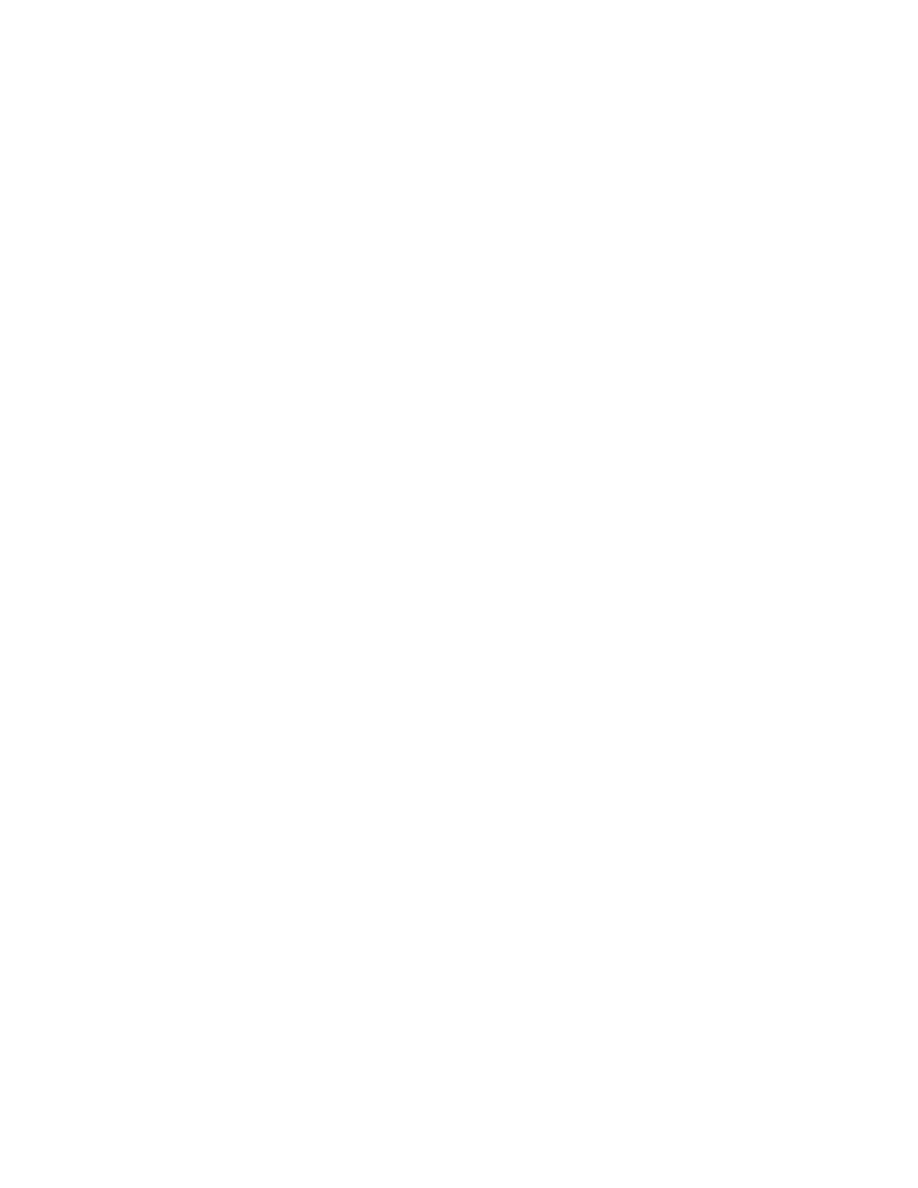
554
14 CFR Ch. I (1–1–24 Edition)
§ 61.131
have met the total aeronautical experi-
ence requirements of this section, pro-
vided the applicant satisfactorily com-
pleted an approved commercial pilot
course under part 142 of this chapter
and the approved course was appro-
priate to the commercial pilot certifi-
cate and aircraft rating sought.
(j)
Technically advanced airplane. Un-
less otherwise authorized by the Ad-
ministrator, a technically advanced
airplane must be equipped with an elec-
tronically advanced avionics system
that includes the following installed
components:
(1) An electronic Primary Flight Dis-
play (PFD) that includes, at a min-
imum, an airspeed indicator, turn coor-
dinator, attitude indicator, heading in-
dicator, altimeter, and vertical speed
indicator;
(2) An electronic Multifunction Dis-
play (MFD) that includes, at a min-
imum, a moving map using Global Po-
sitioning System (GPS) navigation
with the aircraft position displayed;
(3) A two axis autopilot integrated
with the navigation and heading guid-
ance system; and
(4) The display elements described in
paragraphs (j)(1) and (2) of this section
must be continuously visible.
[Doc. No. 25910, 62 FR 16298, Apr. 4, 1997;
Amdt. 61–101, 62 FR 16892, Apr. 8, 1997; Amdt.
61–103, 62 FR 40904, July 30, 1997; Amdt. 61–
104, 63 FR 20288, Apr. 23, 1998; Amdt. 61–124, 74
FR 42558, Aug. 21, 2009; Amdt. 61–124A, 74 FR
53645, Oct. 20, 2009; Amdt. 61–142, 83 FR 30278,
June 27, 2018]
§ 61.131
Exceptions to the night flying
requirements.
(a) Subject to the limitations of
paragraph (b) of this section, a person
is not required to comply with the
night flight training requirements of
this subpart if the person receives
flight training in and resides in the
State of Alaska.
(b) A person who receives flight
training in and resides in the State of
Alaska but does not meet the night
flight training requirements of this
section:
(1) May be issued a pilot certificate
with the limitation ‘‘night flying pro-
hibited.’’
(2) Must comply with the appropriate
night flight training requirements of
this subpart within the 12-calendar-
month period after the issuance of the
pilot certificate. At the end of that pe-
riod, the certificate will become in-
valid for use until the person complies
with the appropriate night flight train-
ing requirements of this subpart. The
person may have the ‘‘night flying pro-
hibited’’ limitation removed if the per-
son—
(i) Accomplishes the appropriate
night flight training requirements of
this subpart; and
(ii) Presents to an examiner a log-
book or training record endorsement
from an authorized instructor that
verifies accomplishment of the appro-
priate night flight training require-
ments of this subpart.
[Doc. No. 25910, 62 FR 16298, Apr. 4, 1997;
Amdt. 61–103, 62 FR 40905, July 30, 1997]
§ 61.133
Commercial pilot privileges
and limitations.
(a)
Privileges—(1) General. A person
who holds a commercial pilot certifi-
cate may act as pilot in command of an
aircraft—
(i) Carrying persons or property for
compensation or hire, provided the per-
son is qualified in accordance with this
part and with the applicable parts of
this chapter that apply to the oper-
ation; and
(ii) For compensation or hire, pro-
vided the person is qualified in accord-
ance with this part and with the appli-
cable parts of this chapter that apply
to the operation.
(2)
Commercial pilots with lighter-than-
air category ratings. A person with a
commercial pilot certificate with a
lighter-than-air category rating may—
(i)
For an airship—(A) Give flight and
ground training in an airship for the
issuance of a certificate or rating;
(B) Give an endorsement for a pilot
certificate with an airship rating;
(C) Endorse a pilot’s logbook for solo
operating privileges in an airship;
(D) Act as pilot in command of an
airship under IFR or in weather condi-
tions less than the minimum pre-
scribed for VFR flight; and
(E) Give flight and ground training
and endorsements that are required for
a flight review, an operating privilege
or recency-of-experience requirements
of this part.
VerDate Sep<11>2014
14:00 Mar 14, 2024
Jkt 262047
PO 00000
Frm 00564
Fmt 8010
Sfmt 8002
Q:\14\14V2.TXT
PC31
aworley on LAPBH6H6L3 with DISTILLER
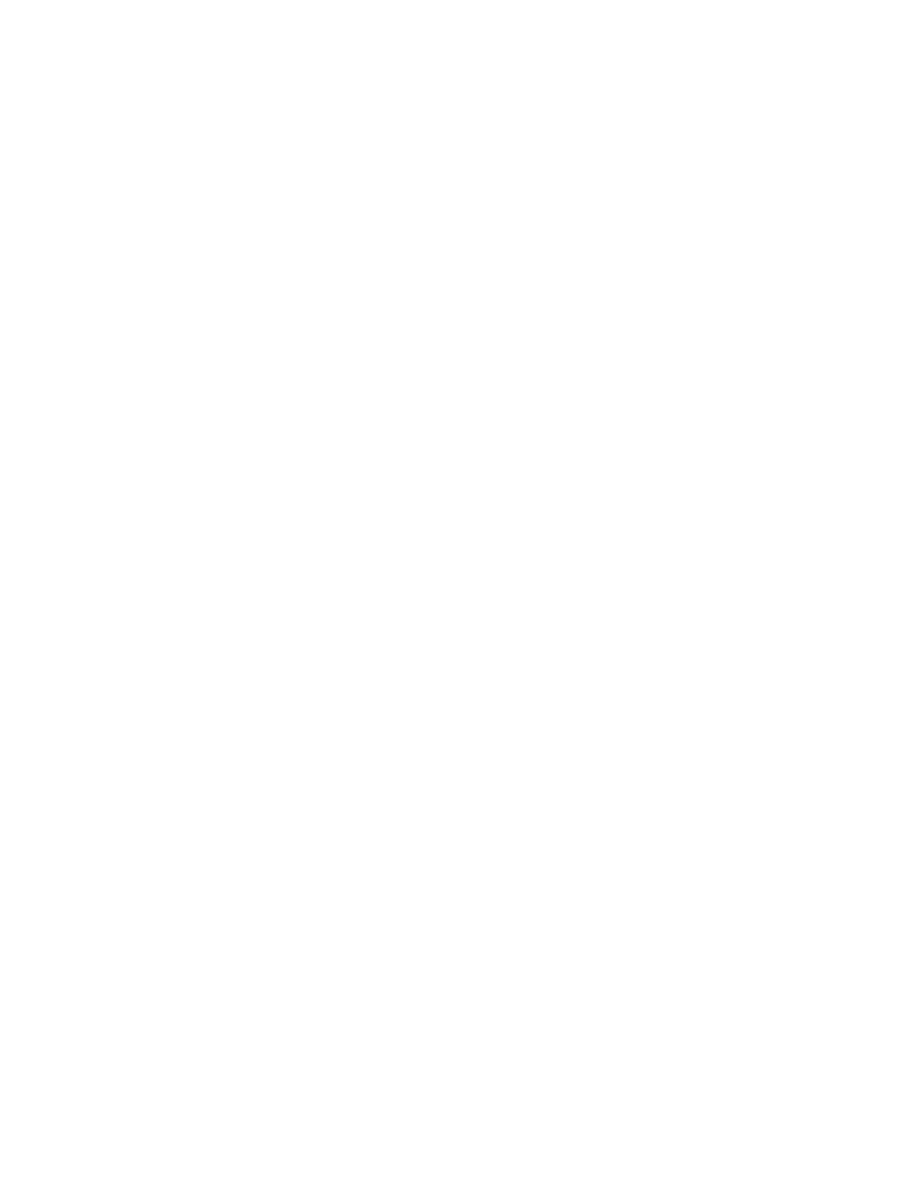
555
Federal Aviation Administration, DOT
§ 61.153
(ii)
For a balloon—(A) Give flight and
ground training in a balloon for the
issuance of a certificate or rating;
(B) Give an endorsement for a pilot
certificate with a balloon rating;
(C) Endorse a pilot’s logbook for solo
operating privileges in a balloon; and
(D) Give ground and flight training
and endorsements that are required for
a flight review, an operating privilege,
or recency-of-experience requirements
of this part.
(b)
Limitations. (1) A person who ap-
plies for a commercial pilot certificate
with an airplane category or powered-
lift category rating and does not hold
an instrument rating in the same cat-
egory and class will be issued a com-
mercial pilot certificate that contains
the limitation, ‘‘The carriage of pas-
sengers for hire in (airplanes) (pow-
ered-lifts) on cross-country flights in
excess of 50 nautical miles or at night
is prohibited.’’ The limitation may be
removed when the person satisfactorily
accomplishes the requirements listed
in § 61.65 of this part for an instrument
rating in the same category and class
of aircraft listed on the person’s com-
mercial pilot certificate.
(2) If a person who applies for a com-
mercial pilot certificate with a balloon
rating takes a practical test in a bal-
loon with an airborne heater—
(i) The pilot certificate will contain a
limitation restricting the exercise of
the privileges of that certificate to a
balloon with an airborne heater.
(ii) The limitation specified in para-
graph (b)(2)(i) of this section may be
removed when the person obtains the
required aeronautical experience in a
gas balloon and receives a logbook en-
dorsement from an authorized instruc-
tor who attests to the person’s accom-
plishment of the required aeronautical
experience and ability to satisfactorily
operate a gas balloon.
(3) If a person who applies for a com-
mercial pilot certificate with a balloon
rating takes a practical test in a gas
balloon—
(i) The pilot certificate will contain a
limitation restricting the exercise of
the privileges of that certificate to a
gas balloon.
(ii) The limitation specified in para-
graph (b)(3)(i) of this section may be
removed when the person obtains the
required aeronautical experience in a
balloon with an airborne heater and re-
ceives a logbook endorsement from an
authorized instructor who attests to
the person’s accomplishment of the re-
quired aeronautical experience and
ability to satisfactorily operate a bal-
loon with an airborne heater.
[Doc. No. 25910, 62 FR 16298, Apr. 4, 1997;
Amdt. 61–103, 62 FR 40905, July 30, 1997; Dock-
et FAA–2010–1127, Amdt. 61–135, 81 FR 1306,
Jan. 12, 2016]
§§ 61.135–61.141
[Reserved]
Subpart G—Airline Transport Pilots
§ 61.151
Applicability.
This subpart prescribes the require-
ments for the issuance of airline trans-
port pilot certificates and ratings, the
conditions under which those certifi-
cates and ratings are necessary, and
the general operating rules for persons
who hold those certificates and ratings.
§ 61.153
Eligibility requirements: Gen-
eral.
To be eligible for an airline transport
pilot certificate, a person must:
(a) Meet the following age require-
ments:
(1) For an airline transport pilot cer-
tificate obtained under the aero-
nautical experience requirements of
§§ 61.159, 61.161, or 61.163, be at least 23
years of age; or
(2) For an airline transport pilot cer-
tificate obtained under the aero-
nautical experience requirements of
§ 61.160, be at least 21 years of age.
(b) Be able to read, speak, write, and
understand the English language. If the
applicant is unable to meet one of
these requirements due to medical rea-
sons, then the Administrator may
place such operating limitations on
that applicant’s pilot certificate as are
necessary for the safe operation of the
aircraft;
(c) Be of good moral character;
(d) Meet at least one of the following
requirements:
(1) Holds a commercial pilot certifi-
cate with an instrument rating issued
under this part;
(2) Meet the military experience re-
quirements under § 61.73 of this part to
VerDate Sep<11>2014
14:00 Mar 14, 2024
Jkt 262047
PO 00000
Frm 00565
Fmt 8010
Sfmt 8002
Q:\14\14V2.TXT
PC31
aworley on LAPBH6H6L3 with DISTILLER
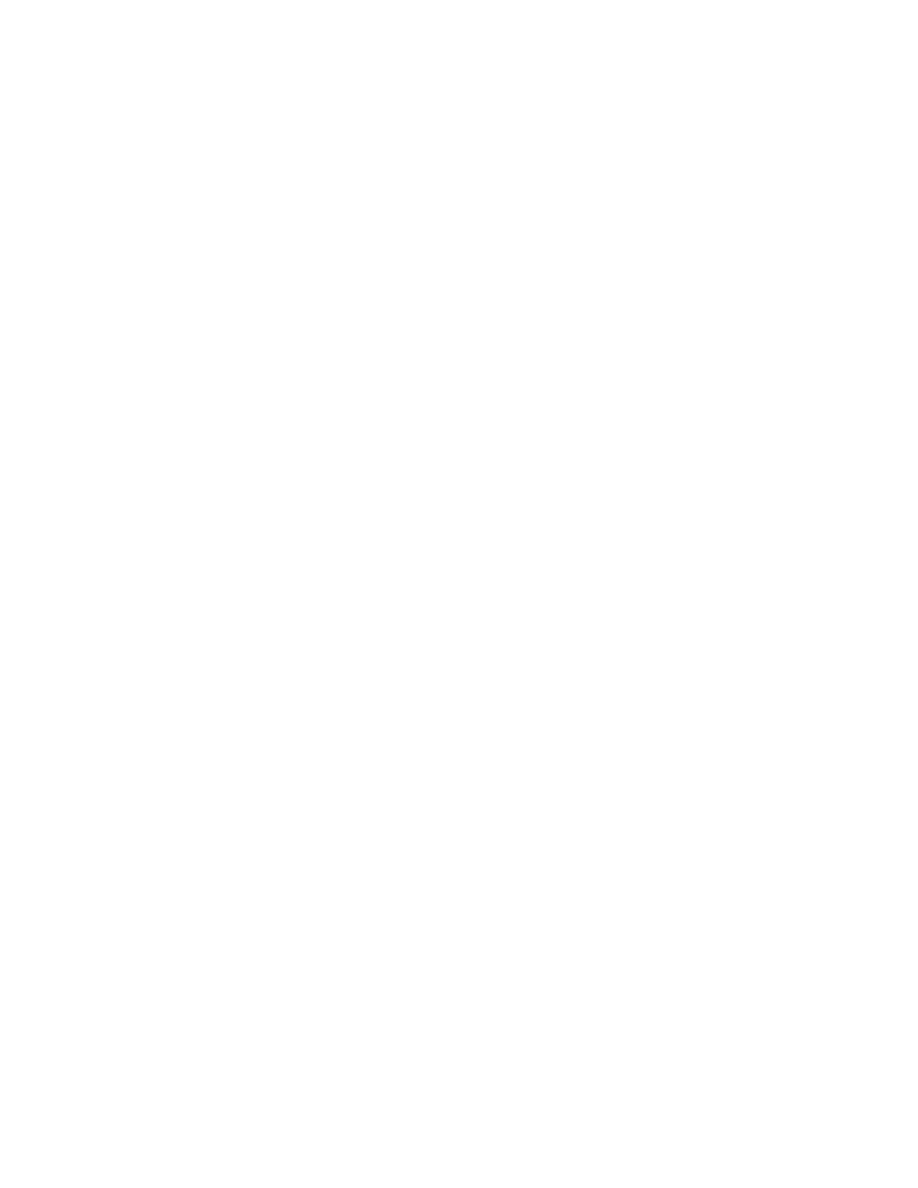
556
14 CFR Ch. I (1–1–24 Edition)
§ 61.155
qualify for a commercial pilot certifi-
cate, and an instrument rating if the
person is a rated military pilot or
former rated military pilot of an
Armed Force of the United States; or
(3) Holds either a foreign airline
transport pilot license with instrument
privileges, or a foreign commercial
pilot license with an instrument rat-
ing, that—
(i) Was issued by a contracting State
to the Convention on International
Civil Aviation; and
(ii) Contains no geographical limita-
tions.
(e) For an airline transport pilot cer-
tificate with an airplane category mul-
tiengine class rating or an airline
transport pilot certificate obtained
concurrently with a multiengine air-
plane type rating, receive a graduation
certificate from an authorized training
provider certifying completion of the
airline transport pilot certification
training program specified in § 61.156
before applying for the knowledge test
required by paragraph (g) of this sec-
tion;
(f) Meet the aeronautical experience
requirements of this subpart that apply
to the aircraft category and class rat-
ing sought before applying for the prac-
tical test;
(g) Pass a knowledge test on the
aeronautical knowledge areas of
§ 61.155(c) of this part that apply to the
aircraft category and class rating
sought;
(h) Pass the practical test on the
areas of operation listed in § 61.157(e) of
this part that apply to the aircraft cat-
egory and class rating sought; and
(i) Comply with the sections of this
subpart that apply to the aircraft cat-
egory and class rating sought.
[Doc. No. 25910, 62 FR 16298, Apr. 4, 1997;
Amdt. 61–103, 62 FR 40905, July 30, 1997;
Amdt. 61–124, 74 FR 42559, Aug. 21, 2009;
Amdt. 61–130, 78 FR 42374, July 15, 2013;
Amdt. 61–149, 86 FR 62087, Nov. 9, 2021]
§ 61.155
Aeronautical knowledge.
(a)
General. The knowledge test for
an airline transport pilot certificate is
based on the aeronautical knowledge
areas listed in paragraph (c) of this sec-
tion that are appropriate to the air-
craft category and class rating sought.
(b)
Aircraft type rating. A person who
is applying for an additional aircraft
type rating to be added to an airline
transport pilot certificate is not re-
quired to pass a knowledge test if that
person’s airline transport pilot certifi-
cate lists the aircraft category and
class rating that is appropriate to the
type rating sought.
(c)
Aeronautical knowledge areas. (1)
Applicable Federal Aviation Regula-
tions of this chapter that relate to air-
line transport pilot privileges, limita-
tions, and flight operations;
(2) Meteorology, including knowledge
of and effects of fronts, frontal charac-
teristics, cloud formations, icing, and
upper-air data;
(3) General system of weather and
NOTAM collection, dissemination, in-
terpretation, and use;
(4) Interpretation and use of weather
charts, maps, forecasts, sequence re-
ports, abbreviations, and symbols;
(5) National Weather Service func-
tions as they pertain to operations in
the National Airspace System;
(6) Windshear and microburst aware-
ness, identification, and avoidance;
(7) Principles of air navigation under
instrument meteorological conditions
in the National Airspace System;
(8) Air traffic control procedures and
pilot responsibilities as they relate to
en route operations, terminal area and
radar operations, and instrument de-
parture and approach procedures;
(9) Aircraft loading, weight and bal-
ance, use of charts, graphs, tables, for-
mulas, and computations, and their ef-
fect on aircraft performance;
(10) Aerodynamics relating to an air-
craft’s flight characteristics and per-
formance in normal and abnormal
flight regimes;
(11) Human factors;
(12) Aeronautical decision making
and judgment;
(13) Crew resource management to in-
clude crew communication and coordi-
nation; and
(14) For an airline transport pilot
certificate with an airplane category
multiengine class rating or an airline
transport pilot certificate obtained
concurrently with a multiengine air-
plane type rating, the content of the
VerDate Sep<11>2014
14:00 Mar 14, 2024
Jkt 262047
PO 00000
Frm 00566
Fmt 8010
Sfmt 8002
Q:\14\14V2.TXT
PC31
aworley on LAPBH6H6L3 with DISTILLER
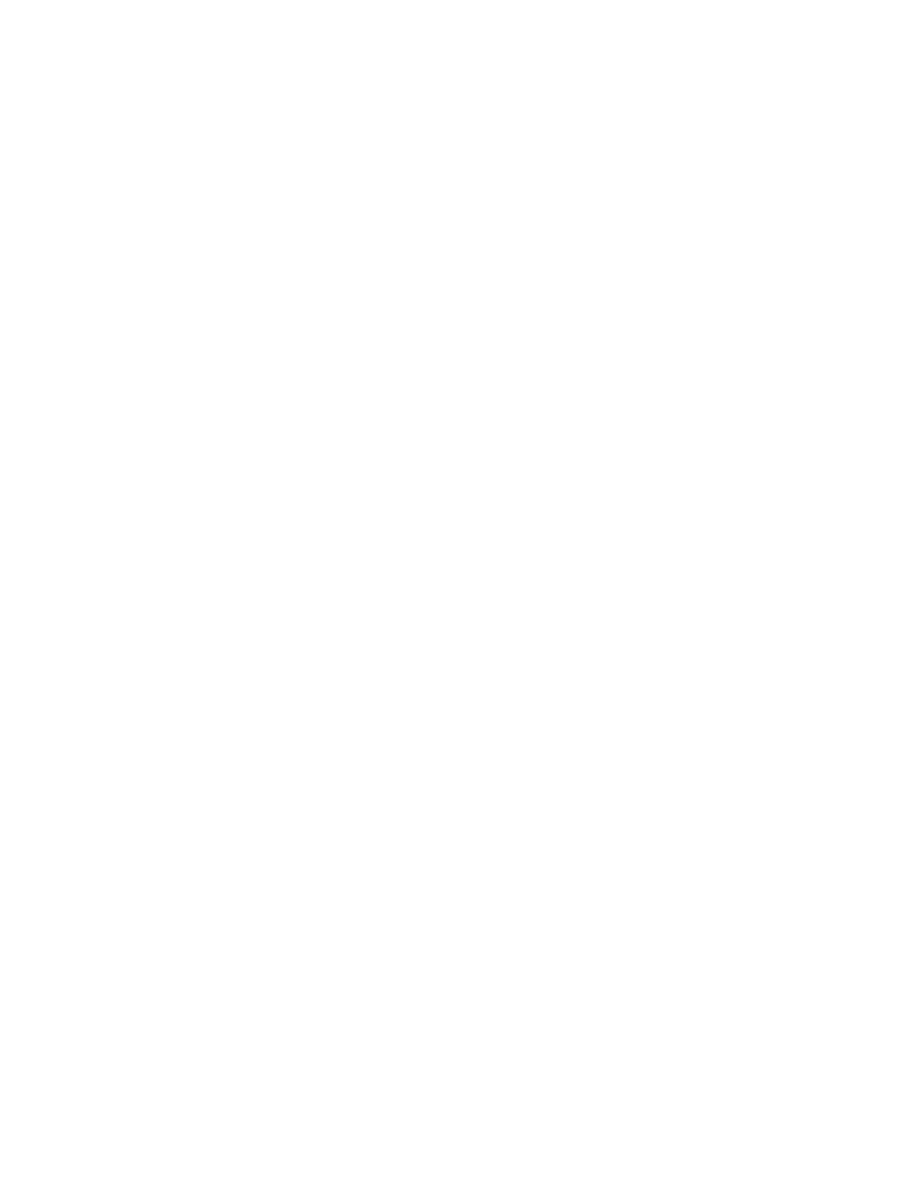
557
Federal Aviation Administration, DOT
§ 61.157
airline transport pilot certification
training program in § 61.156.
[Doc. No. 25910, 62 FR 16298, Apr. 4, 1997, as
amended by Amdt. 61–130, 78 FR 42374, July
15, 2013; Amdt. 61–130C, 81 FR 2, Jan. 4, 2016;
Amdt. 61–149, 86 FR 62087, Nov. 9, 2021]
§ 61.156
Training requirements: Air-
plane category—multiengine class
or multiengine airplane type rating
concurrently with an airline trans-
port pilot certificate.
A person who applies for the knowl-
edge test for an airline transport pilot
certificate with an airplane category
multiengine class rating must present
a graduation certificate from an au-
thorized training provider under part
121, 135, 141, or 142 of this chapter certi-
fying the applicant has completed the
following training in a course approved
by the Administrator.
(a)
Academic training. The applicant
for the knowledge test must receive at
least 30 hours of classroom instruction
that includes the following:
(1) At least 8 hours of instruction on
aerodynamics including high altitude
operations;
(2) At least 2 hours of instruction on
meteorology, including adverse weath-
er phenomena and weather detection
systems; and
(3) At least 14 hours of instruction on
air carrier operations, including the
following areas:
(i) Physiology;
(ii) Communications;
(iii) Checklist philosophy;
(iv) Operational control;
(v) Minimum equipment list/configu-
ration deviation list;
(vi) Ground operations;
(vii) Turbine engines;
(viii) Transport category aircraft
performance;
(ix) Automation, navigation, and
flight path warning systems.
(4) At least 6 hours of instruction on
leadership, professional development,
crew resource management, and safety
culture.
(b)
FSTD training. The applicant for
the knowledge test must receive at
least 10 hours of training in a flight
simulation training device qualified
under part 60 of this chapter that rep-
resents a multiengine turbine airplane.
The training must include the fol-
lowing:
(1) At least 6 hours of training in a
Level C or higher full flight simulator
qualified under part 60 of this chapter
that represents a multiengine turbine
airplane with a maximum takeoff
weight of 40,000 pounds or greater. The
training must include the following
areas:
(i) Low energy states/stalls;
(ii) Upset recovery techniques; and
(iii) Adverse weather conditions, in-
cluding icing, thunderstorms, and
crosswinds with gusts.
(2) The remaining FSTD training
may be completed in a Level 4 or high-
er flight simulation training device.
The training must include the fol-
lowing areas:
(i) Navigation including flight man-
agement systems; and
(ii) Automation including autoflight.
(c)
Deviation authority. The Adminis-
trator may issue deviation authority
from the weight requirement in para-
graph (b)(1) of this section upon a de-
termination that the objectives of the
training can be met in an alternative
device.
[Doc. No. FAA–2010–0100, 78 FR 42375, July 15,
2013, as amended by Amdt. 61–149, 86 FR
62087, Nov. 9, 2021]
§ 61.157
Flight proficiency.
(a)
General. (1) The practical test for
an airline transport pilot certificate is
given for—
(i) An airplane category and single
engine class rating.
(ii) An airplane category and multi-
engine class rating.
(iii) A rotorcraft category and heli-
copter class rating.
(iv) A powered-lift category rating.
(v) An aircraft type rating.
(2) A person who is applying for an
airline transport pilot practical test
must meet—
(i) The eligibility requirements of
§ 61.153; and
(ii) The aeronautical knowledge and
aeronautical experience requirements
of this subpart that apply to the air-
craft category and class rating sought.
(b)
Aircraft type rating. Except as pro-
vided in paragraph (c) of this section, a
person who applies for an aircraft type
rating to be added to an airline trans-
port pilot certificate or applies for a
VerDate Sep<11>2014
14:00 Mar 14, 2024
Jkt 262047
PO 00000
Frm 00567
Fmt 8010
Sfmt 8002
Q:\14\14V2.TXT
PC31
aworley on LAPBH6H6L3 with DISTILLER
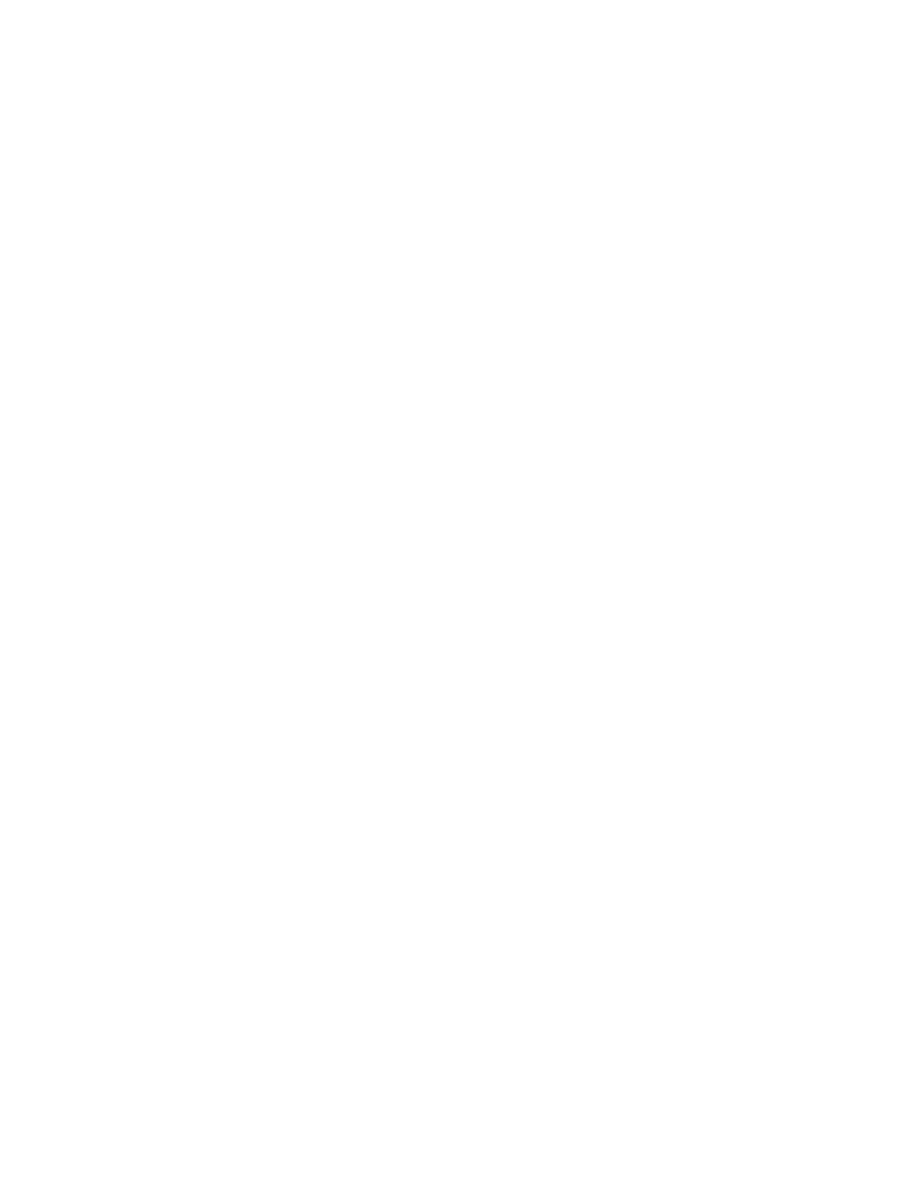
558
14 CFR Ch. I (1–1–24 Edition)
§ 61.157
type rating to be concurrently com-
pleted with an airline transport pilot
certificate:
(1) Must receive and log ground and
flight training from an authorized in-
structor on the areas of operation
under this section that apply to the
aircraft type rating;
(2) Must receive a logbook endorse-
ment from an authorized instructor
that certifies the applicant completed
the training on the areas of operation
listed under paragraph (e) of this sec-
tion that apply to the aircraft type rat-
ing; and
(3) Must perform the practical test in
actual or simulated instrument condi-
tions, except as provided under para-
graph (g) of this section.
(c)
Exceptions. A person who applies
for an aircraft type rating to be added
to an airline transport pilot certificate
or an aircraft type rating concurrently
with an airline transport pilot certifi-
cate, and who is an employee of a cer-
tificate holder operating under part 121
or part 135 of this chapter, does not
need to comply with the requirements
of paragraph (b) of this section if the
applicant presents a training record
that shows completion of that certifi-
cate holder’s approved training pro-
gram for the aircraft type rating.
(d)
Upgrading type ratings. Any type
rating(s) and limitations on a pilot cer-
tificate of an applicant who completes
an airline transport pilot practical test
will be included at the airline trans-
port pilot certification level, provided
the applicant passes the practical test
in the same category and class of air-
craft for which the applicant holds the
type rating(s).
(e)
Areas of operation. (1) For an air-
plane category—single engine class rat-
ing:
(i) Preflight preparation;
(ii) Preflight procedures;
(iii) Takeoff and departure phase;
(iv) In-flight maneuvers;
(v) Instrument procedures;
(vi) Landings and approaches to land-
ings;
(vii) Normal and abnormal proce-
dures;
(viii) Emergency procedures; and
(ix) Postflight procedures.
(2) For an airplane category—multi-
engine class rating:
(i) Preflight preparation;
(ii) Preflight procedures;
(iii) Takeoff and departure phase;
(iv) In-flight maneuvers;
(v) Instrument procedures;
(vi) Landings and approaches to land-
ings;
(vii) Normal and abnormal proce-
dures;
(viii) Emergency procedures; and
(ix) Postflight procedures.
(3) For a powered-lift category rat-
ing:
(i) Preflight preparation;
(ii) Preflight procedures;
(iii) Takeoff and departure phase;
(iv) In-flight maneuvers;
(v) Instrument procedures;
(vi) Landings and approaches to land-
ings;
(vii) Normal and abnormal proce-
dures;
(viii) Emergency procedures; and
(ix) Postflight procedures.
(4) For a rotorcraft category—heli-
copter class rating:
(i) Preflight preparation;
(ii) Preflight procedures;
(iii) Takeoff and departure phase;
(iv) In-flight maneuvers;
(v) Instrument procedures;
(vi) Landings and approaches to land-
ings;
(vii) Normal and abnormal proce-
dures;
(viii) Emergency procedures; and
(ix) Postflight procedures.
(f)
Proficiency and competency checks
conducted under part 121, part 135, or
subpart K of part 91. (1) Successful com-
pletion of any of the following checks
satisfies the flight proficiency require-
ments of this section for the issuance
of an airline transport pilot certificate
and/or the appropriate aircraft rating:
(i) A proficiency check under § 121.441
of this chapter.
(ii) Both a competency check under
§ 135.293(a)(2) and § 135.293(b) of this
chapter and pilot-in-command instru-
ment proficiency check under § 135.297
of this chapter.
(iii) Both a competency check under
§ 91.1065 of this chapter and a pilot-in-
command instrument proficiency
check under § 91.1069 of this chapter.
(2) The checks specified in paragraph
(f)(1) of this section must be conducted
by one of the following:
VerDate Sep<11>2014
14:00 Mar 14, 2024
Jkt 262047
PO 00000
Frm 00568
Fmt 8010
Sfmt 8002
Q:\14\14V2.TXT
PC31
aworley on LAPBH6H6L3 with DISTILLER
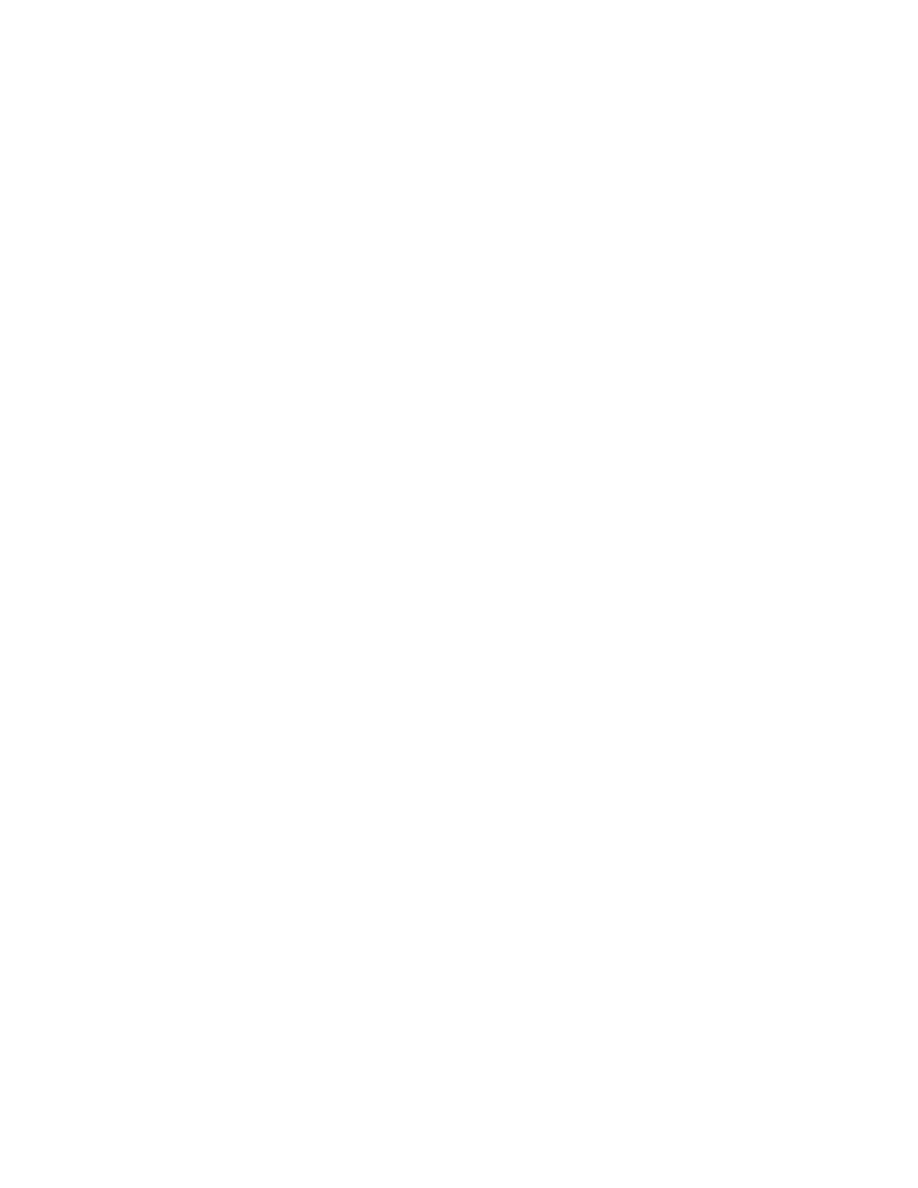
559
Federal Aviation Administration, DOT
§ 61.159
(i) An FAA Aviation Safety Inspec-
tor.
(ii) An Aircrew Program Designee
who is authorized to perform pro-
ficiency and/or competency checks for
the air carrier whose approved training
program has been satisfactorily com-
pleted by the pilot applicant.
(iii) A Training Center Evaluator
with appropriate certification author-
ity who is also authorized to perform
the portions of the competency and/or
proficiency checks required by para-
graph (f)(1) of this section for the air
carrier whose approved training pro-
gram has been satisfactorily completed
by the pilot applicant.
(g)
Aircraft not capable of instrument
maneuvers and procedures. An applicant
may add a type rating to an airline
transport pilot certificate with an air-
craft that is not capable of the instru-
ment maneuvers and procedures re-
quired on the practical test under the
following circumstances—
(1) The rating is limited to ‘‘VFR
only.’’
(2) The type rating is added to an air-
line transport pilot certificate that has
instrument privileges in that category
and class of aircraft.
(3) The ‘‘VFR only’’ limitation may
be removed for that aircraft type after
the applicant:
(i) Passes a practical test in that
type of aircraft on the appropriate in-
strument maneuvers and procedures in
§ 61.157; or
(ii) Becomes qualified in § 61.73(d) for
that type of aircraft.
(h)
Multiengine airplane with a single-
pilot station. An applicant for a type
rating, at the ATP certification level,
in a multiengine airplane with a sin-
gle-pilot station must perform the
practical test in the multi-seat version
of that airplane. The practical test
may be performed in the single-seat
version of that airplane if the Exam-
iner is in a position to observe the ap-
plicant during the practical test in the
case where there is no multi-seat
version of that multiengine airplane.
(i)
Single engine airplane with a single-
pilot station. An applicant for a type
rating, at the ATP certification level,
in a single engine airplane with a sin-
gle-pilot station must perform the
practical test in the multi-seat version
of that single engine airplane. The
practical test may be performed in the
single-seat version of that airplane if
the Examiner is in a position to ob-
serve the applicant during the prac-
tical test in the case where there is no
multi-seat version of that single engine
airplane.
(j)
Waiver authority. An Examiner
who conducts a practical test may
waive any task for which the FAA has
provided waiver authority.
[Doc. No. FAA–2006–26661, 74 FR 42560, Aug.
21, 2009; Amdt. 61–124A, 74 FR 53647, Oct. 20,
2009; Amdt. 61–130, 78 FR 42375, July 15, 2013]
§ 61.158
[Reserved]
§ 61.159
Aeronautical experience: Air-
plane category rating.
(a) Except as provided in paragraphs
(b), (c), and (d) of this section, a person
who is applying for an airline transport
pilot certificate with an airplane cat-
egory and class rating must have at
least 1,500 hours of total time as a pilot
that includes at least:
(1) 500 hours of cross-country flight
time.
(2) 100 hours of night flight time.
(3) 50 hours of flight time in the class
of airplane for the rating sought. A
maximum of 25 hours of training in a
full flight simulator representing the
class of airplane for the rating sought
may be credited toward the flight time
requirement of this paragraph if the
training was accomplished as part of
an approved training course in parts
121, 135, 141, or 142 of this chapter. A
flight training device or aviation train-
ing device may not be used to satisfy
this requirement.
(4) 75 hours of instrument flight time,
in actual or simulated instrument con-
ditions, subject to the following:
(i) Except as provided in paragraph
(a)(4)(ii) of this section, an applicant
may not receive credit for more than a
total of 25 hours of simulated instru-
ment time in a full flight simulator or
flight training device.
(ii) A maximum of 50 hours of train-
ing in a full flight simulator or flight
training device may be credited toward
the instrument flight time require-
ments of paragraph (a)(4) of this sec-
tion if the training was accomplished
in a course conducted by a training
VerDate Sep<11>2014
14:00 Mar 14, 2024
Jkt 262047
PO 00000
Frm 00569
Fmt 8010
Sfmt 8002
Q:\14\14V2.TXT
PC31
aworley on LAPBH6H6L3 with DISTILLER
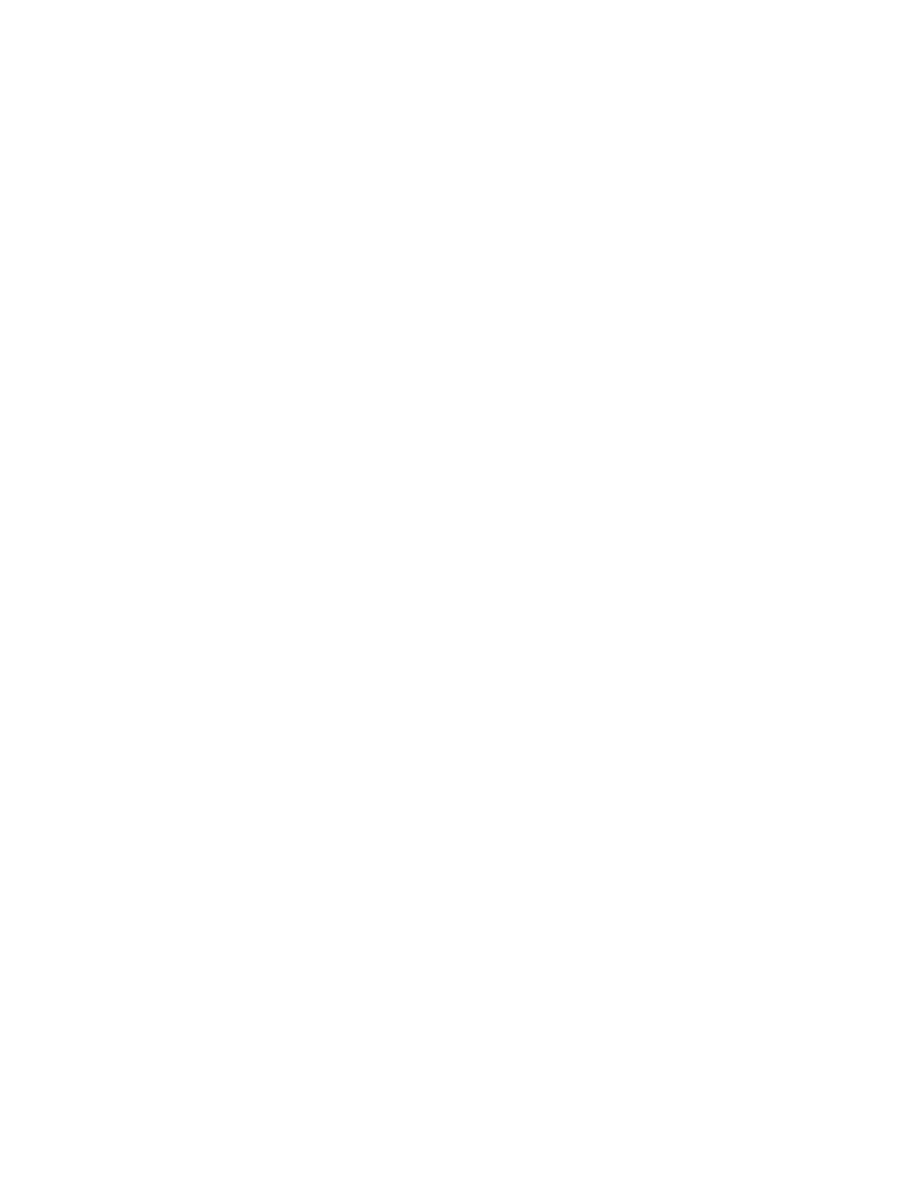
560
14 CFR Ch. I (1–1–24 Edition)
§ 61.159
center certificated under part 142 of
this chapter.
(iii) Training in a full flight simu-
lator or flight training device must be
accomplished in a full flight simulator
or flight training device, representing
an airplane.
(5) 250 hours of flight time in an air-
plane as a pilot in command, or as sec-
ond in command performing the duties
of pilot in command while under the
supervision of a pilot in command, or
any combination thereof, subject to
the following:
(i) The flight time requirement must
include at least—
(A) 100 hours of cross-country flight
time; and
(B) 25 hours of night flight time.
(ii) Except for a person who has been
removed from flying status for lack of
proficiency or because of a disciplinary
action involving aircraft operations, a
U.S. military pilot or former U.S. mili-
tary pilot who meets the requirements
of § 61.73(b)(1), or a military pilot in the
Armed Forces of a foreign contracting
State to the Convention on Inter-
national Civil Aviation who meets the
requirements of § 61.73(c)(1), may credit
flight time in a powered-lift aircraft
operated in horizontal flight toward
the flight time requirement.
(6) Not more than 100 hours of the
total aeronautical experience require-
ments of paragraph (a) of this section
or § 61.160 may be obtained in a full
flight simulator or flight training de-
vice provided the device represents an
airplane and the aeronautical experi-
ence was accomplished as part of an ap-
proved training course in parts 121, 135,
141, or 142 of this chapter.
(b) A person who has performed at
least 20 night takeoffs and landings to
a full stop may substitute each addi-
tional night takeoff and landing to a
full stop for 1 hour of night flight time
to satisfy the requirements of para-
graph (a)(2) of this section; however,
not more than 25 hours of night flight
time may be credited in this manner.
(c) A commercial pilot may log sec-
ond-in-command pilot time toward the
aeronautical experience requirements
of paragraph (a) of this section and the
aeronautical experience requirements
in § 61.160, provided the pilot is em-
ployed by a part 119 certificate holder
authorized to conduct operations under
part 135 of this chapter and the second-
in-command pilot time is obtained in
operations conducted for the certifi-
cate holder under part 91 or 135 of this
chapter when a second pilot is not re-
quired under the type certification of
the aircraft or the regulations under
which the flight is being conducted,
and the following requirements are
met—
(1) The experience must be accom-
plished as part of a second-in-command
professional development program ap-
proved by the Administrator under
§ 135.99 of this chapter;
(2) The flight operation must be con-
ducted in accordance with the certifi-
cate holder’s operations specification
for the second-in-command profes-
sional development program;
(3) The pilot in command of the oper-
ation must certify in the pilot’s log-
book that the second-in-command pilot
time was accomplished under this sec-
tion; and
(4) The pilot time may not be logged
as pilot-in-command time even when
the pilot is the sole manipulator of the
controls and may not be used to meet
the aeronautical experience require-
ments in paragraph (a)(5) of this sec-
tion.
(d) A commercial pilot may log the
following flight engineer flight time
toward the 1,500 hours of total time as
a pilot required by paragraph (a) of this
section and the total time as a pilot re-
quired by § 61.160:
(1) Flight-engineer time, provided the
time—
(i) Is acquired in an airplane required
to have a flight engineer by the air-
plane’s flight manual or type certifi-
cate;
(ii) Is acquired while engaged in oper-
ations under part 121 of this chapter for
which a flight engineer is required;
(iii) Is acquired while the person is
participating in a pilot training pro-
gram approved under part 121 of this
chapter; and
(iv) Does not exceed more than 1 hour
for each 3 hours of flight engineer
flight time for a total credited time of
no more than 500 hours.
(2) Flight-engineer time, provided the
flight time—
VerDate Sep<11>2014
14:00 Mar 14, 2024
Jkt 262047
PO 00000
Frm 00570
Fmt 8010
Sfmt 8002
Q:\14\14V2.TXT
PC31
aworley on LAPBH6H6L3 with DISTILLER
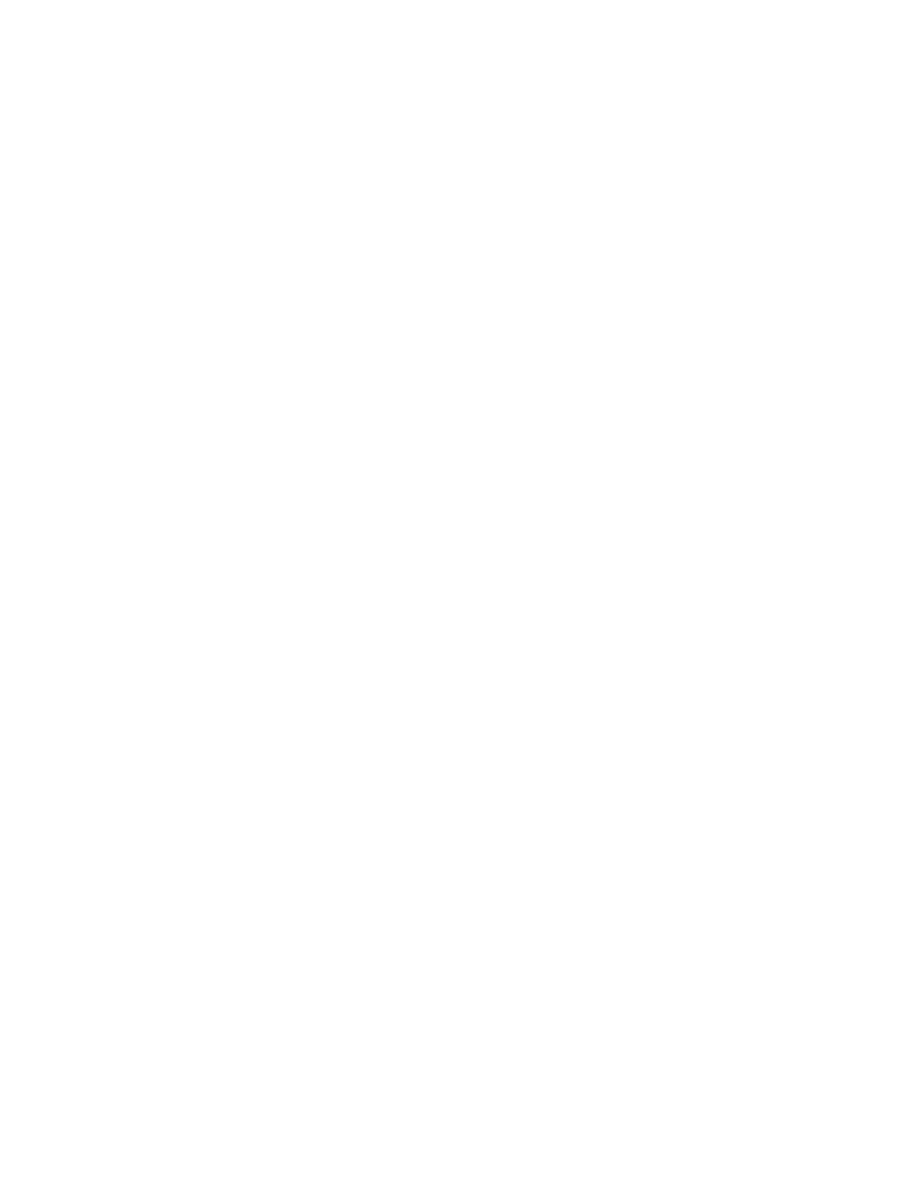
561
Federal Aviation Administration, DOT
§ 61.160
(i) Is acquired as a U.S. Armed
Forces’ flight engineer crewmember in
an airplane that requires a flight engi-
neer crewmember by the flight manual;
(ii) Is acquired while the person is
participating in a flight engineer crew-
member training program for the U.S.
Armed Forces; and
(iii) Does not exceed 1 hour for each
3 hours of flight engineer flight time
for a total credited time of no more
than 500 hours.
(e) An applicant who credits time
under paragraphs (b), (c), and (d) of this
section is issued an airline transport
pilot certificate with the limitation,
‘‘Holder does not meet the pilot in
command aeronautical experience re-
quirements of ICAO,’’ as prescribed
under Article 39 of the Convention on
International Civil Aviation.
(f) An applicant is entitled to an air-
line transport pilot certificate without
the ICAO limitation specified under
paragraph (e) of this section when the
applicant presents satisfactory evi-
dence of having met the ICAO require-
ments under paragraph (e) of this sec-
tion and otherwise meets the aero-
nautical experience requirements of
this section.
[Doc. No. 25910, 62 FR 16298, Apr. 4, 1997, as
amended by Amdt. 61–103, 62 FR 40906, July
30, 1997; Amdt. 61–104, 63 FR 20288, Apr. 23,
1998; Amdt. 61–109, 68 FR 54560, Sept. 17, 2003;
Amdt. 61–124, 74 FR 42561, Aug. 21, 2009;
Amdt. 61–130, 78 FR 42375, July 15, 2013;
Admt. 61–130A, 78 FR 44874, July 25, 2013;
Amdt. 61–130B, 78 FR 77573, Dec. 24, 2013;
Amdt. 61–142, 83 FR 30278, June 27, 2018;
Amdt. Nos. 61–150, 87 FR 57590, Sept. 21, 2022]
§ 61.160
Aeronautical experience—air-
plane category restricted privileges.
(a) Except for a person who has been
removed from flying status for lack of
proficiency or because of a disciplinary
action involving aircraft operations, a
U.S. military pilot or former U.S. mili-
tary pilot may apply for an airline
transport pilot certificate with an air-
plane category multiengine class rat-
ing or an airline transport pilot certifi-
cate concurrently with a multiengine
airplane type rating with a minimum
of 750 hours of total time as a pilot if
the pilot presents:
(1) An official Form DD–214 (Certifi-
cate of Release or Discharge from Ac-
tive Duty) indicating that the person
was honorably discharged from the
U.S. Armed Forces or an official U.S.
Armed Forces record that shows the
pilot is currently serving in the U.S.
Armed Forces; and
(2) An official U.S. Armed Forces
record that shows the person graduated
from a U.S. Armed Forces under-
graduate pilot training school and re-
ceived a rating qualification as a mili-
tary pilot.
(b) A person may apply for an airline
transport pilot certificate with an air-
plane category multiengine class rat-
ing or an airline transport pilot certifi-
cate concurrently with a multiengine
airplane type rating with a minimum
of 1,000 hours of total time as a pilot if
the person:
(1) Holds a Bachelor’s degree with an
aviation major from an institution of
higher education, as defined in § 61.1,
that has been issued a letter of author-
ization by the Administrator under
§ 61.169;
(2) Completes 60 semester credit
hours of aviation and aviation-related
coursework that has been recognized
by the Administrator as coursework
designed to improve and enhance the
knowledge and skills of a person seek-
ing a career as a professional pilot;
(3) Holds a commercial pilot certifi-
cate with an airplane category and in-
strument rating if:
(i) The required ground training was
completed as part of an approved part
141 curriculum at the institution of
higher education; and
(ii) The required flight training was
completed as part of an approved part
141 curriculum at the institution of
higher education or at a part 141 pilot
school that has a training agreement
under § 141.26 of this chapter with the
institution of higher education; and
(4) Presents official transcripts or
other documentation acceptable to the
Administrator from the institution of
higher education certifying that the
graduate has satisfied the require-
ments in paragraphs (b)(1) through (3)
of this section.
(c) A person may apply for an airline
transport pilot certificate with an air-
plane category multiengine class rat-
ing or an airline transport pilot certifi-
cate concurrently with a multiengine
airplane type rating with a minimum
VerDate Sep<11>2014
14:00 Mar 14, 2024
Jkt 262047
PO 00000
Frm 00571
Fmt 8010
Sfmt 8002
Q:\14\14V2.TXT
PC31
aworley on LAPBH6H6L3 with DISTILLER
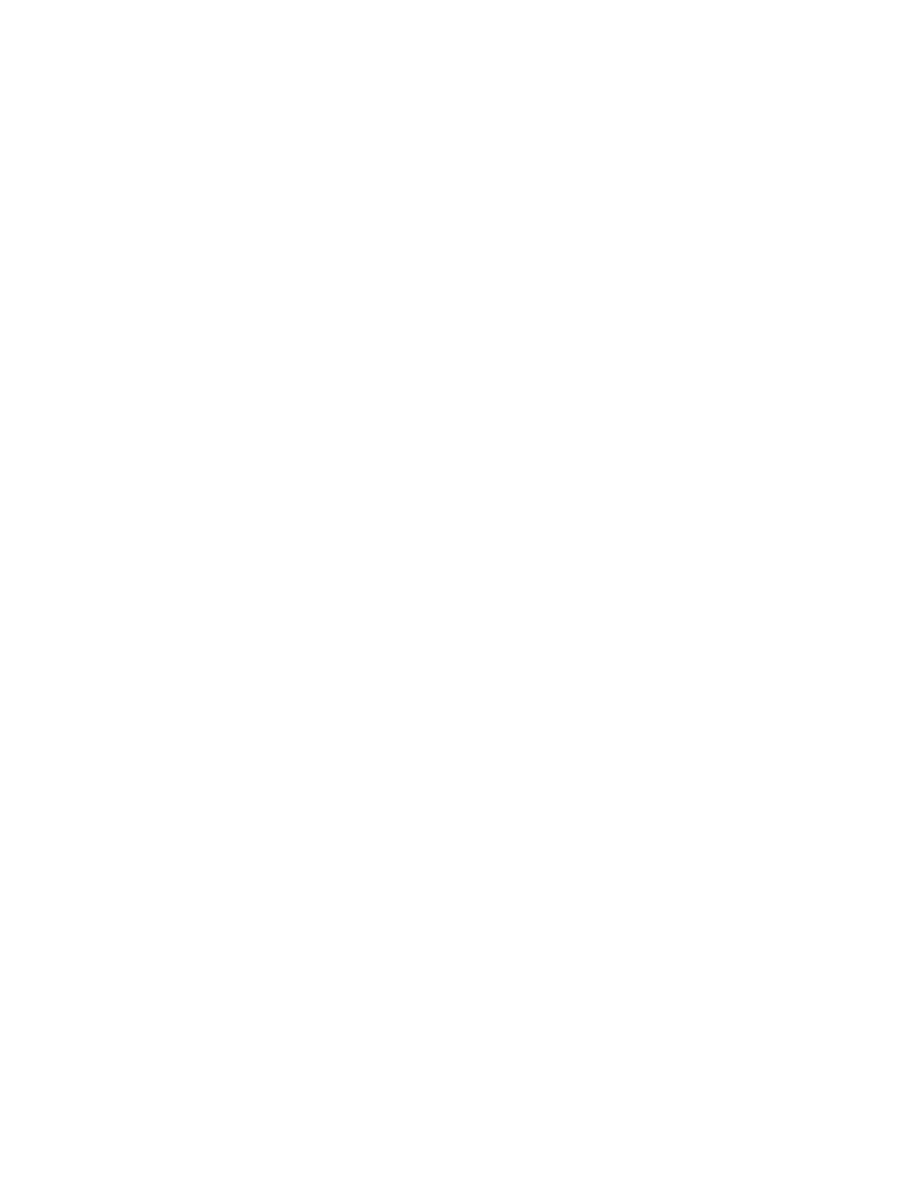
562
14 CFR Ch. I (1–1–24 Edition)
§ 61.161
of 1,250 hours of total time as a pilot if
the person:
(1) Holds an Associate’s degree with
an aviation major from an institution
of higher education, as defined in § 61.1,
that has been issued a letter of author-
ization by the Administrator under
§ 61.169;
(2) Completes at least 30 semester
credit hours of aviation and aviation-
related coursework that has been rec-
ognized by the Administrator as
coursework designed to improve and
enhance the knowledge and skills of a
person seeking a career as a profes-
sional pilot;
(3) Holds a commercial pilot certifi-
cate with an airplane category and in-
strument rating if:
(i) The required ground training was
completed as part of an approved part
141 curriculum at the institution of
higher education; and
(ii) The required flight training was
completed as part of an approved part
141 curriculum at the institution of
higher education or at a part 141 pilot
school that has a written training
agreement under § 141.26 of this chapter
with the institution of higher edu-
cation; and
(4) Presents official transcripts or
other documentation acceptable to the
Administrator from the institution of
higher education certifying that the
graduate has satisfied the require-
ments in paragraphs (c)(1) through (3)
of this section.
(d) A graduate of an institution of
higher education who completes fewer
than 60 semester credit hours but at
least 30 credit hours and otherwise sat-
isfies the requirements of paragraph (b)
of this section may apply for an airline
transport pilot certificate with an air-
plane category multiengine class rat-
ing or an airline transport pilot certifi-
cate concurrently with a multiengine
airplane type rating with a minimum
of 1,250 hours of total time as a pilot.
(e) A person who applies for an air-
line transport pilot certificate under
the total flight times listed in para-
graphs (a), (b), (c), and (d) of this sec-
tion must otherwise meet the aero-
nautical experience requirements of
§ 61.159, except that the person may
apply for an airline transport pilot cer-
tificate with 200 hours of cross-country
flight time.
(f) A person may apply for an airline
transport pilot certificate with an air-
plane category multiengine class rat-
ing or an airline transport pilot certifi-
cate concurrently with a multiengine
airplane type rating if the person has
1,500 hours total time as a pilot, 200
hours of cross-country flight time, and
otherwise meets the aeronautical expe-
rience requirements of § 61.159.
(g) An airline transport pilot certifi-
cate obtained under this section is sub-
ject to the pilot in command limita-
tions set forth in § 61.167(b) and must
contain the following limitation, ‘‘Re-
stricted in accordance with 14 CFR
61.167.’’ The pilot is entitled to an air-
line transport pilot certificate without
the limitation specified in this para-
graph when the applicant presents sat-
isfactory evidence of having met the
aeronautical experience requirements
of § 61.159 and the age requirement of
§ 61.153(a)(1).
(h) An applicant who meets the aero-
nautical experience requirements of
paragraphs (a), (b), (c), and (d) of this
section is issued an airline transport
pilot certificate with the limitation,
‘‘Holder does not meet the pilot in
command aeronautical experience re-
quirements of ICAO,’’ as prescribed
under Article 39 of the Convention on
International Civil Aviation if the ap-
plicant does not meet the ICAO re-
quirements contained in Annex 1 ‘‘Per-
sonnel Licensing’’ to the Convention
on International Civil Aviation. An ap-
plicant is entitled to an airline trans-
port pilot certificate without the ICAO
limitation specified under this para-
graph when the applicant presents sat-
isfactory evidence of having met the
ICAO requirements and otherwise
meets the aeronautical experience re-
quirements of § 61.159.
[Doc. No. FAA–2010–0100, 78 FR 42375, July 15,
2013, as amended by Amdt. 61–149, 86 FR
62087, Nov. 9, 2021]
§ 61.161
Aeronautical experience:
Rotorcraft category and helicopter
class rating.
(a) A person who is applying for an
airline transport pilot certificate with
a rotorcraft category and helicopter
class rating, must have at least 1,200
VerDate Sep<11>2014
14:00 Mar 14, 2024
Jkt 262047
PO 00000
Frm 00572
Fmt 8010
Sfmt 8002
Q:\14\14V2.TXT
PC31
aworley on LAPBH6H6L3 with DISTILLER
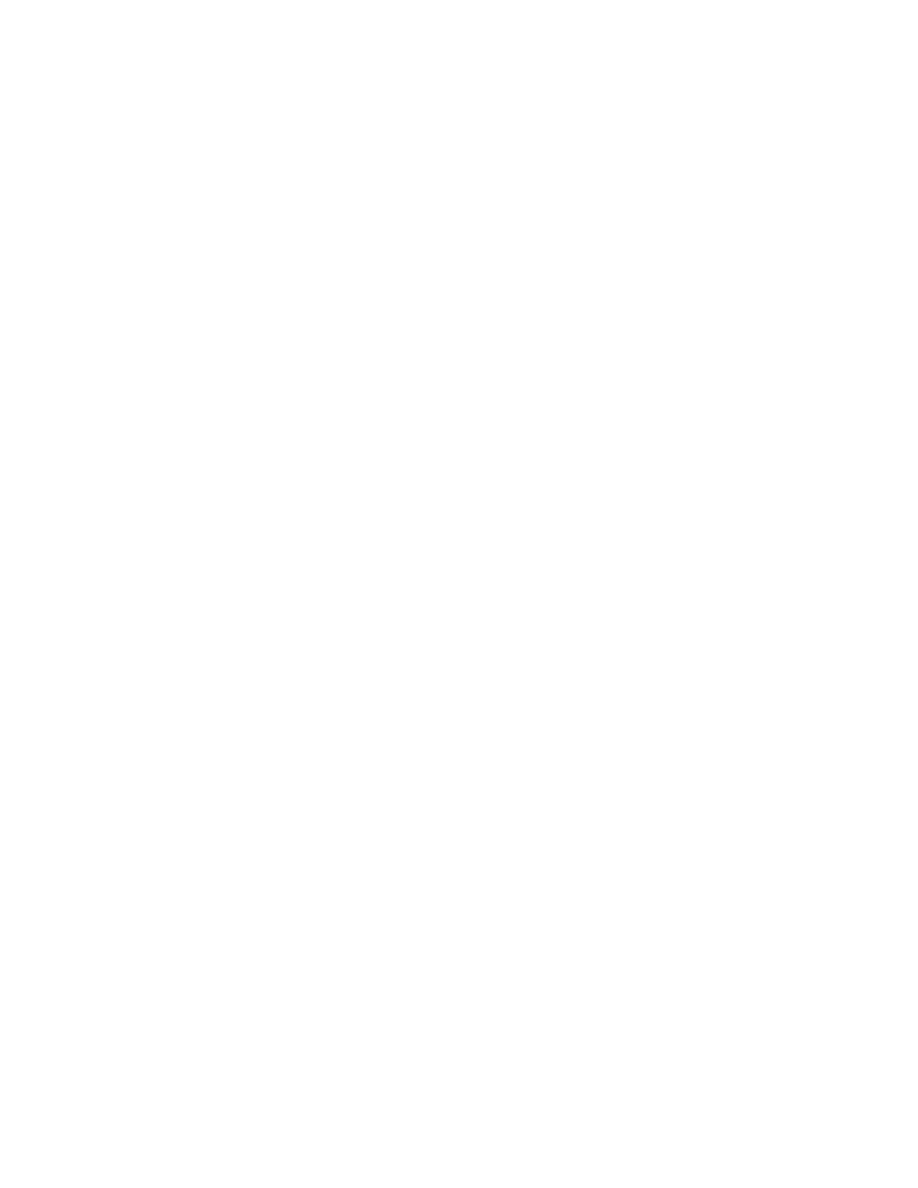
563
Federal Aviation Administration, DOT
§ 61.163
hours of total time as a pilot that in-
cludes at least:
(1) 500 hours of cross-country flight
time;
(2) 100 hours of night flight time, of
which 15 hours are in helicopters;
(3) 200 hours of flight time in heli-
copters, which includes at least 75
hours as a pilot in command, or as sec-
ond in command performing the duties
of a pilot in command under the super-
vision of a pilot in command, or any
combination thereof; and
(4) 75 hours of instrument flight time
in actual or simulated instrument me-
teorological conditions, of which at
least 50 hours are obtained in flight
with at least 25 hours in helicopters as
a pilot in command, or as second in
command performing the duties of a
pilot in command under the super-
vision of a pilot in command, or any
combination thereof.
(b) Training in a full flight simulator
or flight training device may be cred-
ited toward the instrument flight time
requirements of paragraph (a)(4) of this
section, subject to the following:
(1) Training in a full flight simulator
or a flight training device must be ac-
complished in a full flight simulator or
flight training device that represents a
rotorcraft.
(2) Except as provided in paragraph
(b)(3) of this section, an applicant may
receive credit for not more than a total
of 25 hours of simulated instrument
time in a full flight simulator and
flight training device.
(3) A maximum of 50 hours of train-
ing in a full flight simulator or flight
training device may be credited toward
the instrument flight time require-
ments of paragraph (a)(4) of this sec-
tion if the aeronautical experience is
accomplished in an approved course
conducted by a training center certifi-
cated under part 142 of this chapter.
(c) Flight time logged under
§ 61.159(c) may be counted toward the
1,200 hours of total time as a pilot re-
quired by paragraph (a) of this section
and the flight time requirements of
paragraphs (a)(1), (2), and (4) of this
section, except for the specific heli-
copter flight time requirements.
(d) An applicant who credits time
under paragraph (c) of this section is
issued an airline transport pilot certifi-
cate with the limitation, ‘‘Holder does
not meet the pilot in command aero-
nautical experience requirements of
ICAO,’’ as prescribed under Article 39
of the Convention on International
Civil Aviation.
(e) An applicant is entitled to an air-
line transport pilot certificate without
the ICAO limitation specified under
paragraph (d) of this section when the
applicant presents satisfactory evi-
dence of having met the ICAO require-
ments under paragraph (d) of this sec-
tion and otherwise meets the aero-
nautical experience requirements of
this section.
[Doc. No. 25910, 62 FR 16298, Apr. 4, 1997;
Amdt. 61–103, 62 FR 40906, July 30, 1997;
Amdt. 61–104, 63 FR 20289, Apr. 23, 1998; Dock-
et FAA–2016–6142, Amdt. 61–142, 83 FR 30279,
June 27, 2018]
§ 61.163
Aeronautical experience: Pow-
ered-lift category rating.
(a) A person who is applying for an
airline transport pilot certificate with
a powered-lift category rating must
have at least 1,500 hours of total time
as a pilot that includes at least:
(1) 500 hours of cross-country flight
time;
(2) 100 hours of night flight time;
(3) 250 hours in a powered-lift as a
pilot in command, or as a second in
command performing the duties of a
pilot in command under the super-
vision of a pilot in command, or any
combination thereof, which includes at
least—
(i) 100 hours of cross-country flight
time; and
(ii) 25 hours of night flight time.
(4) 75 hours of instrument flight time
in actual or simulated instrument con-
ditions, subject to the following:
(i) Except as provided in paragraph
(a)(4)(ii) of this section, an applicant
may not receive credit for more than a
total of 25 hours of simulated instru-
ment time in a flight simulator or
flight training device.
(ii) A maximum of 50 hours of train-
ing in a flight simulator or flight train-
ing device may be credited toward the
instrument flight time requirements of
paragraph (a)(4) of this section if the
training was accomplished in a course
conducted by a training center certifi-
cated under part 142 of this chapter.
VerDate Sep<11>2014
14:00 Mar 14, 2024
Jkt 262047
PO 00000
Frm 00573
Fmt 8010
Sfmt 8002
Q:\14\14V2.TXT
PC31
aworley on LAPBH6H6L3 with DISTILLER
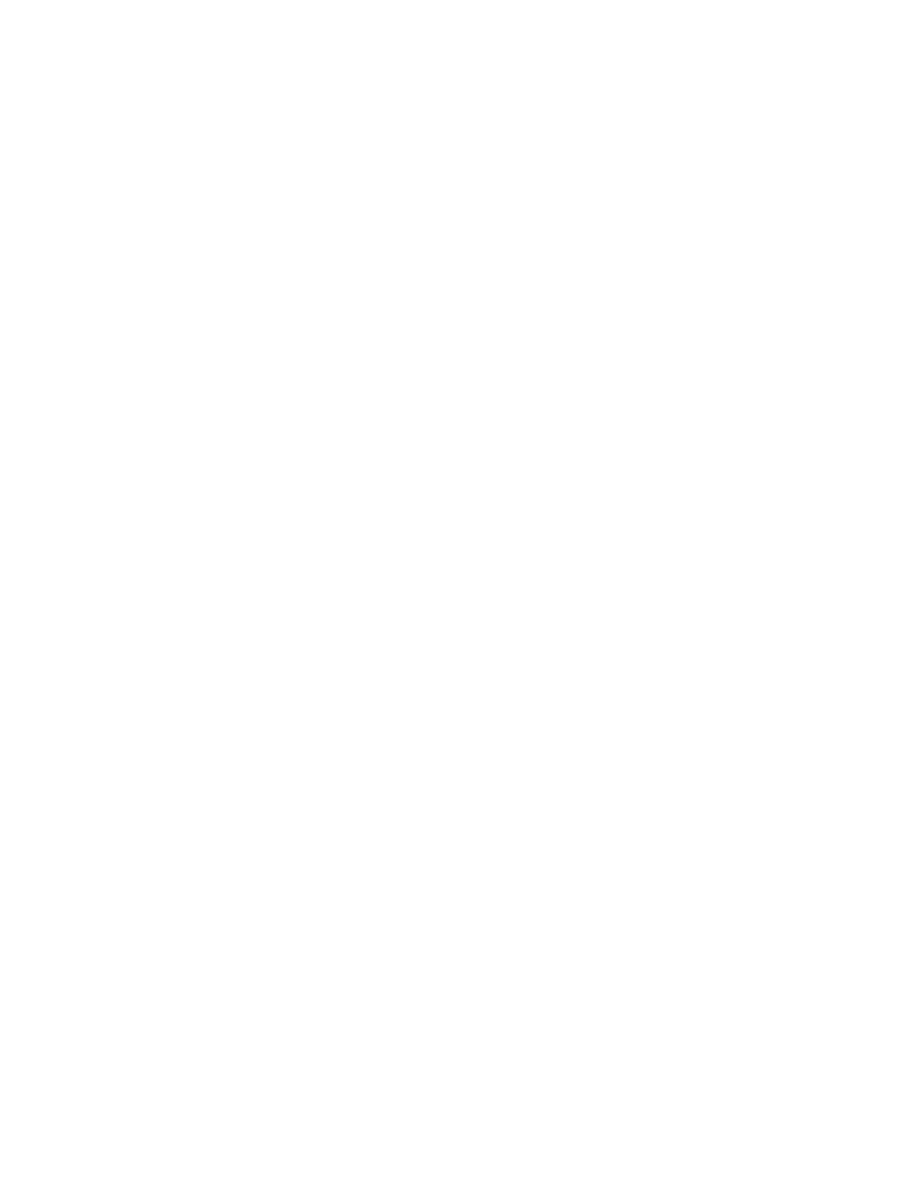
564
14 CFR Ch. I (1–1–24 Edition)
§ 61.165
(iii) Training in a flight simulator or
flight training device must be accom-
plished in a flight simulator or flight
training device that represents a pow-
ered-lift.
(b) Not more than 100 hours of the
total aeronautical experience require-
ments of paragraph (a) of this section
may be obtained in a flight simulator
or flight training device that rep-
resents a powered-lift, provided the
aeronautical experience was obtained
in an approved course conducted by a
training center certificated under part
142 of this chapter.
[Doc. No. 25910, 62 FR 16298, Apr. 4, 1997;
Amdt. 61–103, 62 FR 40906, July 30, 1997;
Amdt. 61–104, 63 FR 20289, Apr. 23, 1998]
§ 61.165
Additional aircraft category
and class ratings.
(a)
Rotorcraft category and helicopter
class rating. A person applying for an
airline transport certificate with a
rotorcraft category and helicopter
class rating who holds an airline trans-
port pilot certificate with another air-
craft category rating must:
(1) Meet the eligibility requirements
of § 61.153 of this part;
(2) Pass a knowledge test on the aero-
nautical knowledge areas of § 61.155(c)
of this part;
(3) Comply with the requirements in
§ 61.157(b) of this part, if appropriate;
(4) Meet the applicable aeronautical
experience requirements of § 61.161 of
this part; and
(5) Pass the practical test on the
areas of operation of § 61.157(e)(4) of
this part.
(b)
Airplane category rating with a sin-
gle-engine class rating. A person apply-
ing for an airline transport certificate
with an airplane category and single-
engine class rating who holds an air-
line transport pilot certificate with an-
other aircraft category rating must:
(1) Meet the eligibility requirements
of § 61.153 of this part;
(2) Pass a knowledge test on the aero-
nautical knowledge areas of § 61.155(c)
of this part;
(3) Comply with the requirements in
§ 61.157(b) of this part, if appropriate;
(4) Meet the applicable aeronautical
experience requirements of § 61.159 of
this part; and
(5) Pass the practical test on the
areas of operation of § 61.157(e)(1) of
this part.
(c)
Airplane category rating with a mul-
tiengine class rating. A person applying
for an airline transport certificate with
an airplane category and multiengine
class rating who holds an airline trans-
port certificate with another aircraft
category rating must:
(1) Meet the eligibility requirements
of § 61.153 of this part;
(2) Successfully complete the airline
transport pilot certification training
program specified in § 61.156;
(3) Pass a knowledge test for an air-
plane category multiengine class rat-
ing or type rating on the aeronautical
knowledge areas of § 61.155(c);
(4) Comply with the requirements in
§ 61.157(b) of this part, if appropriate;
(5) Meet the aeronautical experience
requirements of § 61.159 or § 61.160; and
(6) Pass the practical test on the
areas of operation of § 61.157(e)(2) of
this part.
(d)
Powered-lift category. A person ap-
plying for an airline transport pilot
certificate with a powered-lift category
rating who holds an airline transport
certificate with another aircraft cat-
egory rating must:
(1) Meet the eligibility requirements
of § 61.153 of this part;
(2) Pass a required knowledge test on
the aeronautical knowledge areas of
§ 61.155(c) of this part;
(3) Comply with the requirements in
§ 61.157(b) of this part, if appropriate;
(4) Meet the applicable aeronautical
experience requirements of § 61.163 of
this part; and
(5) Pass the required practical test on
the areas of operation of § 61.157(e)(3) of
this part.
(e)
Additional class rating within the
same aircraft category. Except as pro-
vided in paragraph (f) of this section, a
person applying for an airline trans-
port pilot certificate with an addi-
tional class rating who holds an airline
transport certificate in the same air-
craft category must—
(1) Meet the eligibility requirements
of § 61.153, except paragraph (g) of that
section;
(2) Comply with the requirements in
§ 61.157(b) of this part, if applicable;
VerDate Sep<11>2014
14:00 Mar 14, 2024
Jkt 262047
PO 00000
Frm 00574
Fmt 8010
Sfmt 8002
Q:\14\14V2.TXT
PC31
aworley on LAPBH6H6L3 with DISTILLER
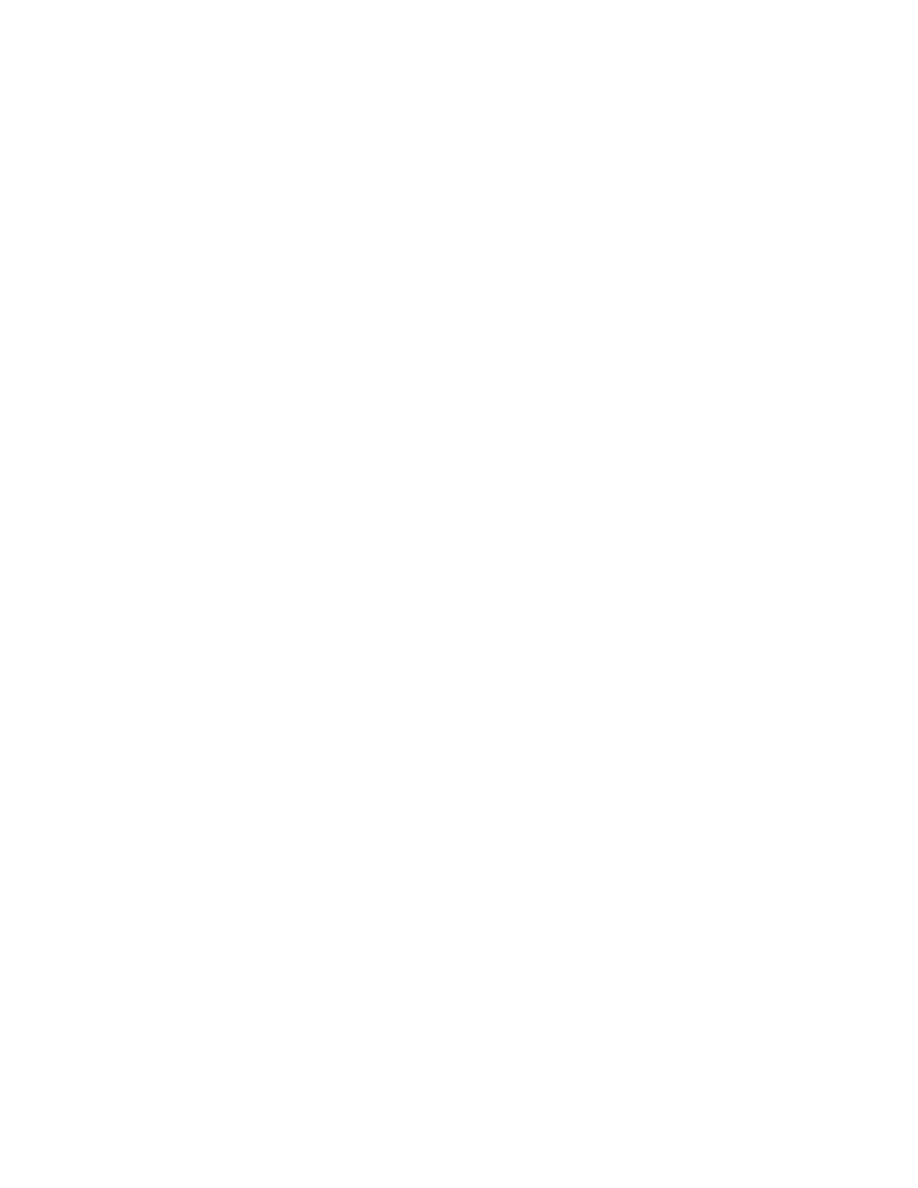
565
Federal Aviation Administration, DOT
§ 61.167
(3) Meet the applicable aeronautical
experience requirements of subpart G
of this part; and
(4) Pass a practical test on the areas
of operation of § 61.157(e) appropriate to
the aircraft rating sought.
(f)
Adding a multiengine class rating to
an airline transport pilot certificate with
a single engine class rating. A person ap-
plying to add a multiengine class rat-
ing, or a multiengine class rating con-
currently with a multiengine airplane
type rating, to an airline transport
pilot certificate with an airplane cat-
egory single engine class rating must—
(1) Meet the eligibility requirements
of § 61.153;
(2) Pass a required knowledge test on
the aeronautical knowledge areas of
§ 61.155(c), as applicable to multiengine
airplanes;
(3) Comply with the requirements in
§ 61.157(b), if applicable;
(4) Meet the applicable aeronautical
experience requirements of § 61.159; and
(5) Pass a practical test on the areas
of operation of § 61.157(e)(2).
(g)
Category class ratings for the oper-
ation of aircraft with experimental certifi-
cates. Notwithstanding the provisions
of paragraphs (a) through (f) of this
section, a person holding an airline
transport certificate may apply for a
category and class rating limited to a
specific make and model of experi-
mental aircraft, provided—
(1) The person has logged at least 5
hours flight time while acting as pilot
in command in the same category,
class, make, and model of aircraft that
has been issued an experimental cer-
tificate;
(2) The person has received a logbook
endorsement from an authorized in-
structor who has determined that he or
she is proficient to act as pilot in com-
mand of the same category, class,
make, and model of aircraft for which
application is made; and
(3) The flight time specified in para-
graph (g)(1) of this section must be
logged between September 1, 2004 and
August 31, 2005.
[Doc. No. 25910, 62 FR 16298, Apr. 4, 1997;
Amdt. 61–103, 62 FR 40906, July 30, 1997, as
amended by Amdt. 61–110, 69 FR 44869, July
27, 2004; Amdt. 61–130, 78 FR 42376, July 15,
2013; Amdt. 61–130B, 78 FR 77574, Dec. 24, 2013;
Amdt. 61–130C, 81 FR 2, Jan. 4, 2016]
§ 61.167
Airline transport pilot privi-
leges and limitations.
(a)
Privileges. (1) A person who holds
an airline transport pilot certificate is
entitled to the same privileges as a
person who holds a commercial pilot
certificate with an instrument rating.
(2) A person who holds an airline
transport pilot certificate and has met
the aeronautical experience require-
ments of § 61.159 or § 61.161, and the age
requirements of § 61.153(a)(1) of this
part may instruct—
(i) Other pilots in air transportation
service in aircraft of the category,
class, and type, as applicable, for which
the airline transport pilot is rated and
endorse the logbook or other training
record of the person to whom training
has been given;
(ii) In flight simulators, and flight
training devices representing the air-
craft referenced in paragraph (a)(2)(i)
of this section, when instructing under
the provisions of this section and en-
dorse the logbook or other training
record of the person to whom training
has been given;
(iii) Only as provided in this section,
except that an airline transport pilot
who also holds a flight instructor cer-
tificate can exercise the instructor
privileges under subpart H of this part
for which he or she is rated; and
(iv) In an aircraft, only if the aircraft
has functioning dual controls, when in-
structing under the provisions of this
section.
(3) Excluding briefings and
debriefings, an airline transport pilot
may not instruct in aircraft, flight
simulators, and flight training devices
under this section—
(i) For more than 8 hours in any 24-
consecutive-hour period; or
(ii) For more than 36 hours in any 7-
consecutive-day period.
(4) An airline transport pilot may not
instruct in Category II or Category III
operations unless he or she has been
trained and successfully tested under
Category II or Category III operations,
as applicable.
(b)
Limitations. A person who holds an
airline transport pilot certificate and
has not satisfied the age requirement
of § 61.153(a)(1) and the aeronautical ex-
perience requirements of § 61.159 may
not:
VerDate Sep<11>2014
14:00 Mar 14, 2024
Jkt 262047
PO 00000
Frm 00575
Fmt 8010
Sfmt 8002
Q:\14\14V2.TXT
PC31
aworley on LAPBH6H6L3 with DISTILLER
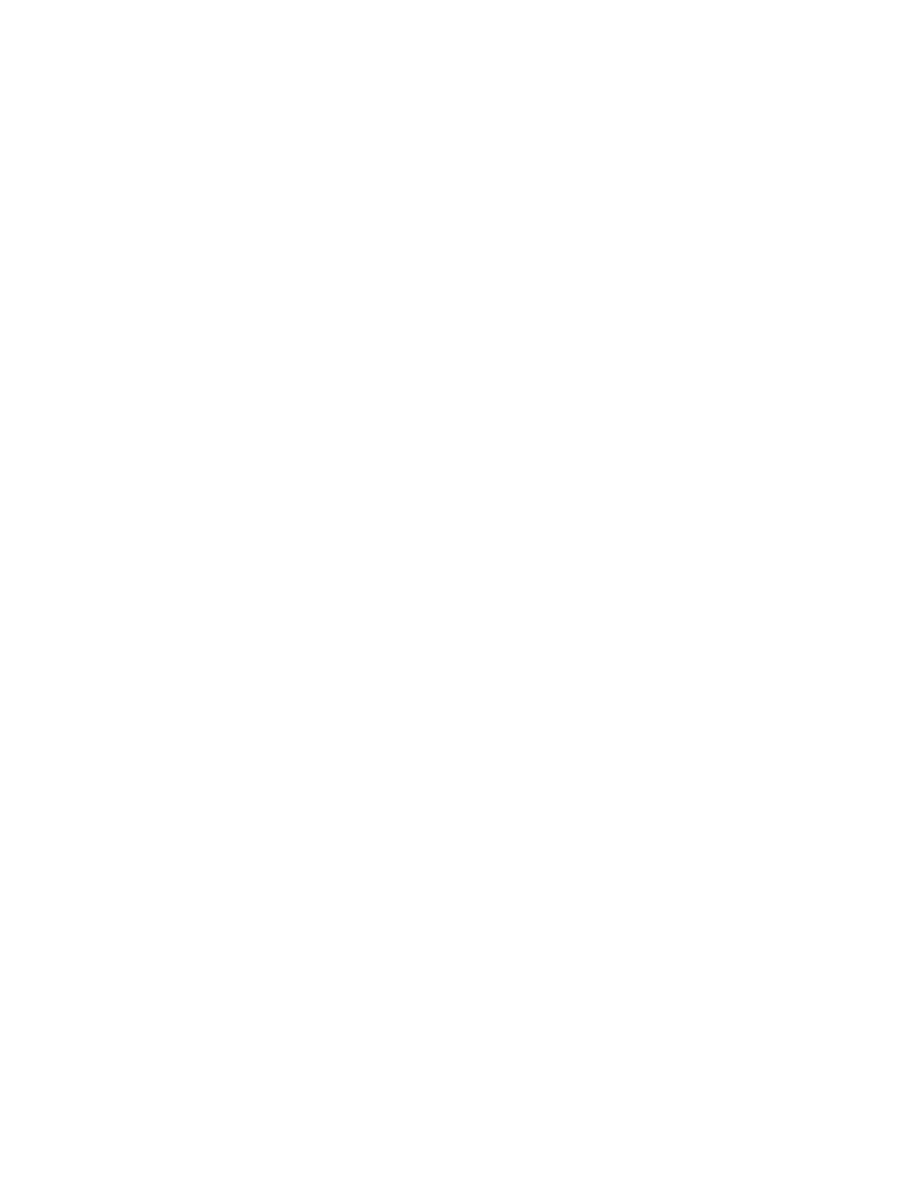
566
14 CFR Ch. I (1–1–24 Edition)
§ 61.169
(1) Act as pilot in command in oper-
ations conducted under part 121,
§ 91.1053(a)(2)(i), or § 135.243(a)(1) of this
chapter, or
(2) Serve as second in command in
flag or supplemental operations in part
121 of this chapter requiring three or
more pilots.
[Doc. No. FAA–2010–0100, 78 FR 42376, July 15,
2013, as amended by Amdt. 61–130B, 78 FR
77574, Dec. 24, 2013; Amdt. 61–130C, 81 FR 2,
Jan. 4, 2016]
§ 61.169
Letters of authorization for in-
stitutions of higher education.
(a) An institution of higher education
that is accredited, as defined in § 61.1,
may apply for a letter of authorization
for the purpose of certifying its grad-
uates for an airline transport pilot cer-
tificate under the academic and aero-
nautical experience requirements in
§ 61.160. The application must be in a
form and manner acceptable to the Ad-
ministrator.
(b) An institution of higher education
must comply with the provisions of the
letter of authorization and may not
certify a graduate unless it determines
that the graduate has satisfied the re-
quirements of § 61.160, as appropriate.
(c) The Administrator may rescind or
amend a letter of authorization if the
Administrator determines that the in-
stitution of higher education is not
complying or is unable to comply with
the provisions of the letter of author-
ization.
[Doc. No. FAA–2010–0100, 78 FR 42377, July 15,
2013]
§§ 61.170–69.171
[Reserved]
Subpart H—Flight Instructors Other
than Flight Instructors With a
Sport Pilot Rating
§ 61.181
Applicability.
This subpart prescribes the require-
ments for the issuance of flight in-
structor certificates and ratings (ex-
cept for flight instructor certificates
with a sport pilot rating), the condi-
tions under which those certificates
and ratings are necessary, and the lim-
itations on those certificates and rat-
ings.
[Doc. No. FAA–2001–11133, 69 FR 44869, July
27, 2004]
§ 61.183
Eligibility requirements.
To be eligible for a flight instructor
certificate or rating a person must:
(a) Be at least 18 years of age;
(b) Be able to read, speak, write, and
understand the English language. If the
applicant is unable to meet one of
these requirements due to medical rea-
sons, then the Administrator may
place such operating limitations on
that applicant’s flight instructor cer-
tificate as are necessary;
(c) Hold either a commercial pilot
certificate or airline transport pilot
certificate with:
(1) An aircraft category and class rat-
ing that is appropriate to the flight in-
structor rating sought; and
(2) An instrument rating, or privi-
leges on that person’s pilot certificate
that are appropriate to the flight in-
structor rating sought, if applying
for—
(i) A flight instructor certificate with
an airplane category and single-engine
class rating;
(ii) A flight instructor certificate
with an airplane category and multien-
gine class rating;
(iii) A flight instructor certificate
with a powered-lift rating; or
(iv) A flight instructor certificate
with an instrument rating.
(d) Receive a logbook endorsement
from an authorized instructor on the
fundamentals of instructing listed in
§ 61.185 of this part appropriate to the
required knowledge test;
(e) Pass a knowledge test on the
areas listed in § 61.185(a)(1) of this part,
unless the applicant:
(1) Holds a flight instructor certifi-
cate or ground instructor certificate
issued under this part;
(2) Holds a teacher’s certificate
issued by a State, county, city, or mu-
nicipality that authorizes the person to
teach at an educational level of the 7th
grade or higher; or
(3) Is employed as a teacher at an ac-
credited college or university.
(f) Pass a knowledge test on the aero-
nautical knowledge areas listed in
§ 61.185(a)(2) and (a)(3) of this part that
VerDate Sep<11>2014
14:00 Mar 14, 2024
Jkt 262047
PO 00000
Frm 00576
Fmt 8010
Sfmt 8002
Q:\14\14V2.TXT
PC31
aworley on LAPBH6H6L3 with DISTILLER
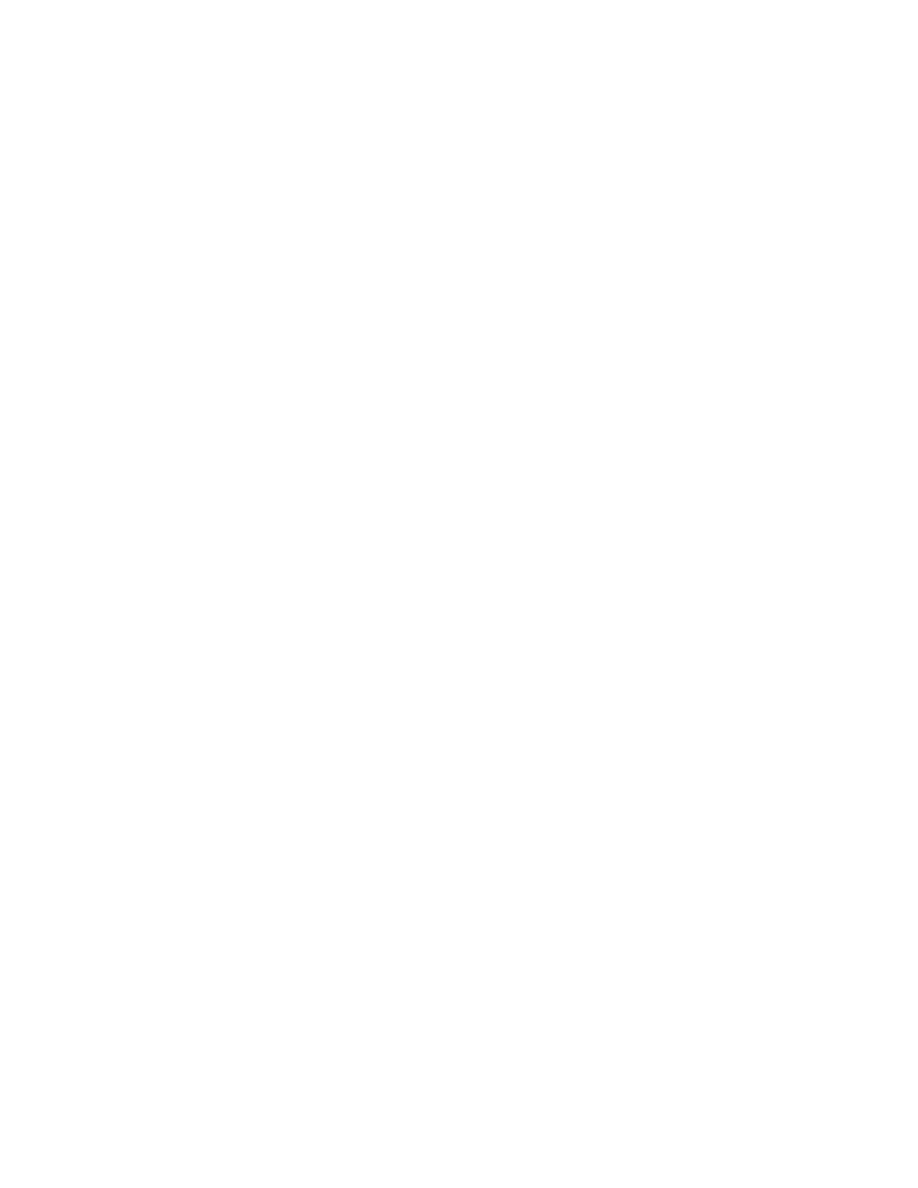
567
Federal Aviation Administration, DOT
§ 61.187
are appropriate to the flight instructor
rating sought;
(g) Receive a logbook endorsement
from an authorized instructor on the
areas of operation listed in § 61.187(b) of
this part, appropriate to the flight in-
structor rating sought;
(h) Pass the required practical test
that is appropriate to the flight in-
structor rating sought in an:
(1) Aircraft that is representative of
the category and class of aircraft for
the aircraft rating sought; or
(2) Flight simulator or approved
flight training device that is represent-
ative of the category and class of air-
craft for the rating sought, and used in
accordance with a course at a training
center certificated under part 142 of
this chapter.
(i) Accomplish the following for a
flight instructor certificate with an
airplane or a glider rating:
(1) Receive a logbook endorsement
from an authorized instructor indi-
cating that the applicant is competent
and possesses instructional proficiency
in stall awareness, spin entry, spins,
and spin recovery procedures after pro-
viding the applicant with flight train-
ing in those training areas in an air-
plane or glider, as appropriate, that is
certificated for spins; and
(2) Demonstrate instructional pro-
ficiency in stall awareness, spin entry,
spins, and spin recovery procedures.
However, upon presentation of the en-
dorsement specified in paragraph (i)(1)
of this section an examiner may accept
that endorsement as satisfactory evi-
dence of instructional proficiency in
stall awareness, spin entry, spins, and
spin recovery procedures for the prac-
tical test, provided that the practical
test is not a retest as a result of the ap-
plicant failing the previous test for de-
ficiencies in the knowledge or skill of
stall awareness, spin entry, spins, or
spin recovery instructional procedures.
If the retest is a result of deficiencies
in the ability of an applicant to dem-
onstrate knowledge or skill of stall
awareness, spin entry, spins, or spin re-
covery instructional procedures, the
examiner must test the person on stall
awareness, spin entry, spins, and spin
recovery instructional procedures in an
airplane or glider, as appropriate, that
is certificated for spins;
(j) Log at least 15 hours as pilot in
command in the category and class of
aircraft that is appropriate to the
flight instructor rating sought; and
(k) Comply with the appropriate sec-
tions of this part that apply to the
flight instructor rating sought.
[Doc. No. 25910, 62 FR 16298, Apr. 4, 1997;
Amdt. 61–103, 62 FR 40907, July 30, 1997;
Amdt. 61–124, 74 FR 42561, Aug. 21, 2009]
§ 61.185
Aeronautical knowledge.
(a) A person who is applying for a
flight instructor certificate must re-
ceive and log ground training from an
authorized instructor on:
(1) Except as provided in paragraph
(b) of this section, the fundamentals of
instructing, including:
(i) The learning process;
(ii) Elements of effective teaching;
(iii) Student evaluation and testing;
(iv) Course development;
(v) Lesson planning; and
(vi) Classroom training techniques.
(2) The aeronautical knowledge areas
for a recreational, private, and com-
mercial pilot certificate applicable to
the aircraft category for which flight
instructor privileges are sought; and
(3) The aeronautical knowledge areas
for the instrument rating applicable to
the category for which instrument
flight instructor privileges are sought.
(b) The following applicants do not
need to comply with paragraph (a)(1) of
this section:
(1) The holder of a flight instructor
certificate or ground instructor certifi-
cate issued under this part;
(2) The holder of a current teacher’s
certificate issued by a State, county,
city, or municipality that authorizes
the person to teach at an educational
level of the 7th grade or higher; or
(3) A person employed as a teacher at
an accredited college or university.
[Doc. No. 25910, 62 FR 16298, Apr. 4, 1997;
Amdt. 61–103, 62 FR 40907, July 30, 1997]
§ 61.187
Flight proficiency.
(a)
General. A person who is applying
for a flight instructor certificate must
receive and log flight and ground train-
ing from an authorized instructor on
the areas of operation listed in this
section that apply to the flight instruc-
tor rating sought. The applicant’s log-
book must contain an endorsement
VerDate Sep<11>2014
14:00 Mar 14, 2024
Jkt 262047
PO 00000
Frm 00577
Fmt 8010
Sfmt 8002
Q:\14\14V2.TXT
PC31
aworley on LAPBH6H6L3 with DISTILLER
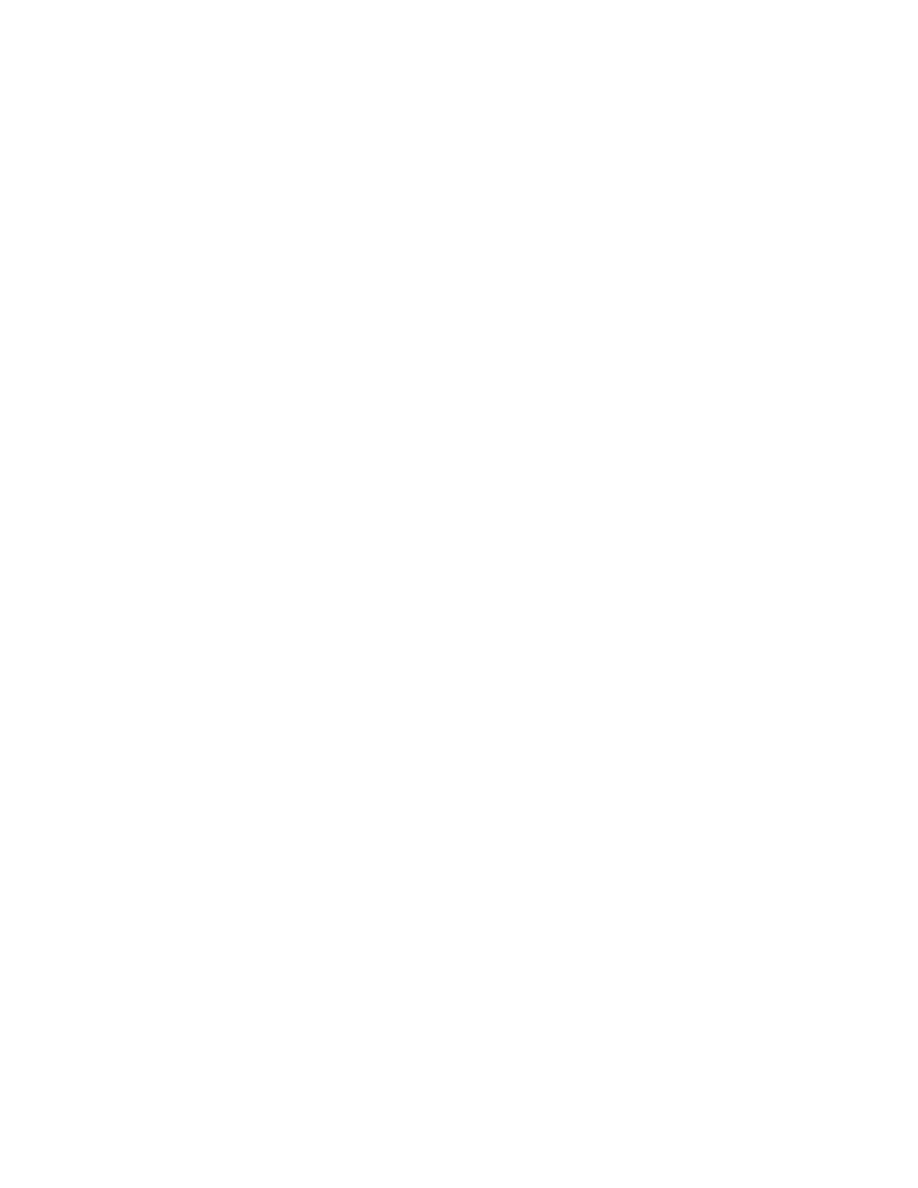
568
14 CFR Ch. I (1–1–24 Edition)
§ 61.187
from an authorized instructor certi-
fying that the person is proficient to
pass a practical test on those areas of
operation.
(b)
Areas of operation. (1) For an air-
plane category rating with a single-en-
gine class rating:
(i) Fundamentals of instructing;
(ii) Technical subject areas;
(iii) Preflight preparation;
(iv) Preflight lesson on a maneuver
to be performed in flight;
(v) Preflight procedures;
(vi) Airport and seaplane base oper-
ations;
(vii) Takeoffs, landings, and go-
arounds;
(viii) Fundamentals of flight;
(ix) Performance maneuvers;
(x) Ground reference maneuvers;
(xi) Slow flight, stalls, and spins;
(xii) Basic instrument maneuvers;
(xiii) Emergency operations; and
(xiv) Postflight procedures.
(2) For an airplane category rating
with a multiengine class rating:
(i) Fundamentals of instructing;
(ii) Technical subject areas;
(iii) Preflight preparation;
(iv) Preflight lesson on a maneuver
to be performed in flight;
(v) Preflight procedures;
(vi) Airport and seaplane base oper-
ations;
(vii) Takeoffs, landings, and go-
arounds;
(viii) Fundamentals of flight;
(ix) Performance maneuvers;
(x) Ground reference maneuvers;
(xi) Slow flight and stalls;
(xii) Basic instrument maneuvers;
(xiii) Emergency operations;
(xiv) Multiengine operations; and
(xv) Postflight procedures.
(3) For a rotorcraft category rating
with a helicopter class rating:
(i) Fundamentals of instructing;
(ii) Technical subject areas;
(iii) Preflight preparation;
(iv) Preflight lesson on a maneuver
to be performed in flight;
(v) Preflight procedures;
(vi) Airport and heliport operations;
(vii) Hovering maneuvers;
(viii) Takeoffs, landings, and go-
arounds;
(ix) Fundamentals of flight;
(x) Performance maneuvers;
(xi) Emergency operations;
(xii) Special operations; and
(xiii) Postflight procedures.
(4) For a rotorcraft category rating
with a gyroplane class rating:
(i) Fundamentals of instructing;
(ii) Technical subject areas;
(iii) Preflight preparation;
(iv) Preflight lesson on a maneuver
to be performed in flight;
(v) Preflight procedures;
(vi) Airport operations;
(vii) Takeoffs, landings, and go-
arounds;
(viii) Fundamentals of flight;
(ix) Performance maneuvers;
(x) Flight at slow airspeeds;
(xi) Ground reference maneuvers;
(xii) Emergency operations; and
(xiii) Postflight procedures.
(5) For a powered-lift category rat-
ing:
(i) Fundamentals of instructing;
(ii) Technical subject areas;
(iii) Preflight preparation;
(iv) Preflight lesson on a maneuver
to be performed in flight;
(v) Preflight procedures;
(vi) Airport and heliport operations;
(vii) Hovering maneuvers;
(viii) Takeoffs, landings, and go-
arounds;
(ix) Fundamentals of flight;
(x) Performance maneuvers;
(xi) Ground reference maneuvers;
(xii) Slow flight and stalls;
(xiii) Basic instrument maneuvers;
(xiv) Emergency operations;
(xv) Special operations; and
(xvi) Postflight procedures.
(6) For a glider category rating:
(i) Fundamentals of instructing;
(ii) Technical subject areas;
(iii) Preflight preparation;
(iv) Preflight lesson on a maneuver
to be performed in flight;
(v) Preflight procedures;
(vi) Airport and gliderport oper-
ations;
(vii) Launches and landings;
(viii) Fundamentals of flight;
(ix) Performance speeds;
(x) Soaring techniques;
(xi) Performance maneuvers;
(xii) Slow flight, stalls, and spins;
(xiii) Emergency operations; and
(xiv) Postflight procedures.
(7) For an instrument rating with the
appropriate aircraft category and class
rating:
VerDate Sep<11>2014
14:00 Mar 14, 2024
Jkt 262047
PO 00000
Frm 00578
Fmt 8010
Sfmt 8002
Q:\14\14V2.TXT
PC31
aworley on LAPBH6H6L3 with DISTILLER
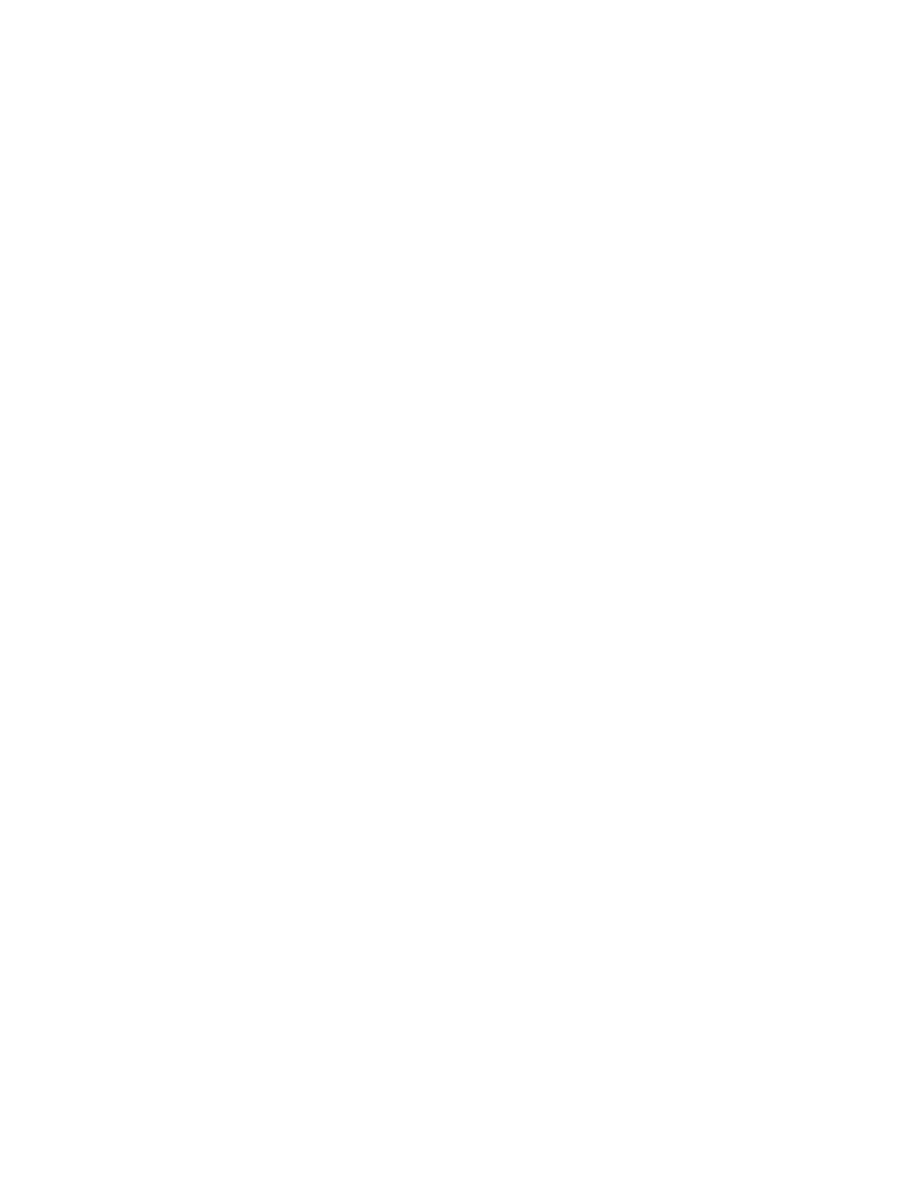
569
Federal Aviation Administration, DOT
§ 61.193
(i) Fundamentals of instructing;
(ii) Technical subject areas;
(iii) Preflight preparation;
(iv) Preflight lesson on a maneuver
to be performed in flight;
(v) Air traffic control clearances and
procedures;
(vi) Flight by reference to instru-
ments;
(vii) Navigation aids;
(viii) Instrument approach proce-
dures;
(ix) Emergency operations; and
(x) Postflight procedures.
(c) The flight training required by
this section may be accomplished:
(1) In an aircraft that is representa-
tive of the category and class of air-
craft for the rating sought; or
(2) In a flight simulator or flight
training device representative of the
category and class of aircraft for the
rating sought, and used in accordance
with an approved course at a training
center certificated under part 142 of
this chapter.
[Doc. No. 25910, 62 FR 16298, Apr. 4, 1997;
Amdt. 61–103, 62 FR 40907, July 30, 1997;
Amdt. 61–124, 74 FR 42561, Aug. 21, 2009]
§ 61.189
Flight instructor records.
(a) A flight instructor must sign the
logbook of each person to whom that
instructor has given flight training or
ground training.
(b) A flight instructor must maintain
a record in a logbook or a separate doc-
ument that contains the following:
(1) The name of each person whose
logbook that instructor has endorsed
for solo flight privileges, and the date
of the endorsement; and
(2) The name of each person that in-
structor has endorsed for a knowledge
test or practical test, and the record
shall also indicate the kind of test, the
date, and the results.
(c) Each flight instructor must retain
the records required by this section for
at least 3 years.
[Docket No. 25910, 62 FR 16298, Apr. 4, 1997, as
amended by Docket FAA–2010–1127, Amdt. 61–
135, 81 FR 1306, Jan. 12, 2016]
§ 61.191
Additional flight instructor
ratings.
(a) A person who applies for an addi-
tional flight instructor rating on a
flight instructor certificate must meet
the eligibility requirements listed in
§ 61.183 of this part that apply to the
flight instructor rating sought.
(b) A person who applies for an addi-
tional rating on a flight instructor cer-
tificate is not required to pass the
knowledge test on the areas listed in
§ 61.185(a)(1) of this part.
[Doc. No. 25910, 62 FR 16298, Apr. 4, 1997;
Amdt. 61–103, 62 FR 40907, July 30, 1997]
§ 61.193
Flight instructor privileges.
(a) A person who holds a flight in-
structor certificate is authorized with-
in the limitations of that person’s
flight instructor certificate and ratings
to train and issue endorsements that
are required for:
(1) A student pilot certificate;
(2) A pilot certificate;
(3) A flight instructor certificate;
(4) A ground instructor certificate;
(5) An aircraft rating;
(6) An instrument rating;
(7) A flight review, operating privi-
lege, or recency of experience require-
ment of this part;
(8) A practical test; and
(9) A knowledge test.
(b) A person who holds a flight in-
structor certificate is authorized, in a
form and manner acceptable to the Ad-
ministrator, to:
(1) Accept an application for a stu-
dent pilot certificate or, for an appli-
cant who holds a pilot certificate
(other than a student pilot certificate)
issued under part 61 of this chapter and
meets the flight review requirements
specified in § 61.56, a remote pilot cer-
tificate with a small UAS rating;
(2) Verify the identity of the appli-
cant; and
(3) Verify that an applicant for a stu-
dent pilot certificate meets the eligi-
bility requirements in § 61.83 or an ap-
plicant for a remote pilot certificate
with a small UAS rating meets the eli-
gibility requirements in § 107.61 of this
chapter.
[Docket FAA–2010–1127, Amdt. 61–135, 81 FR
1306, Jan. 12, 2016, as amended by Docket
FAA–2015–0150, Amdt. 61–137, 81 FR 42208,
June 28, 2016]
VerDate Sep<11>2014
14:00 Mar 14, 2024
Jkt 262047
PO 00000
Frm 00579
Fmt 8010
Sfmt 8002
Q:\14\14V2.TXT
PC31
aworley on LAPBH6H6L3 with DISTILLER
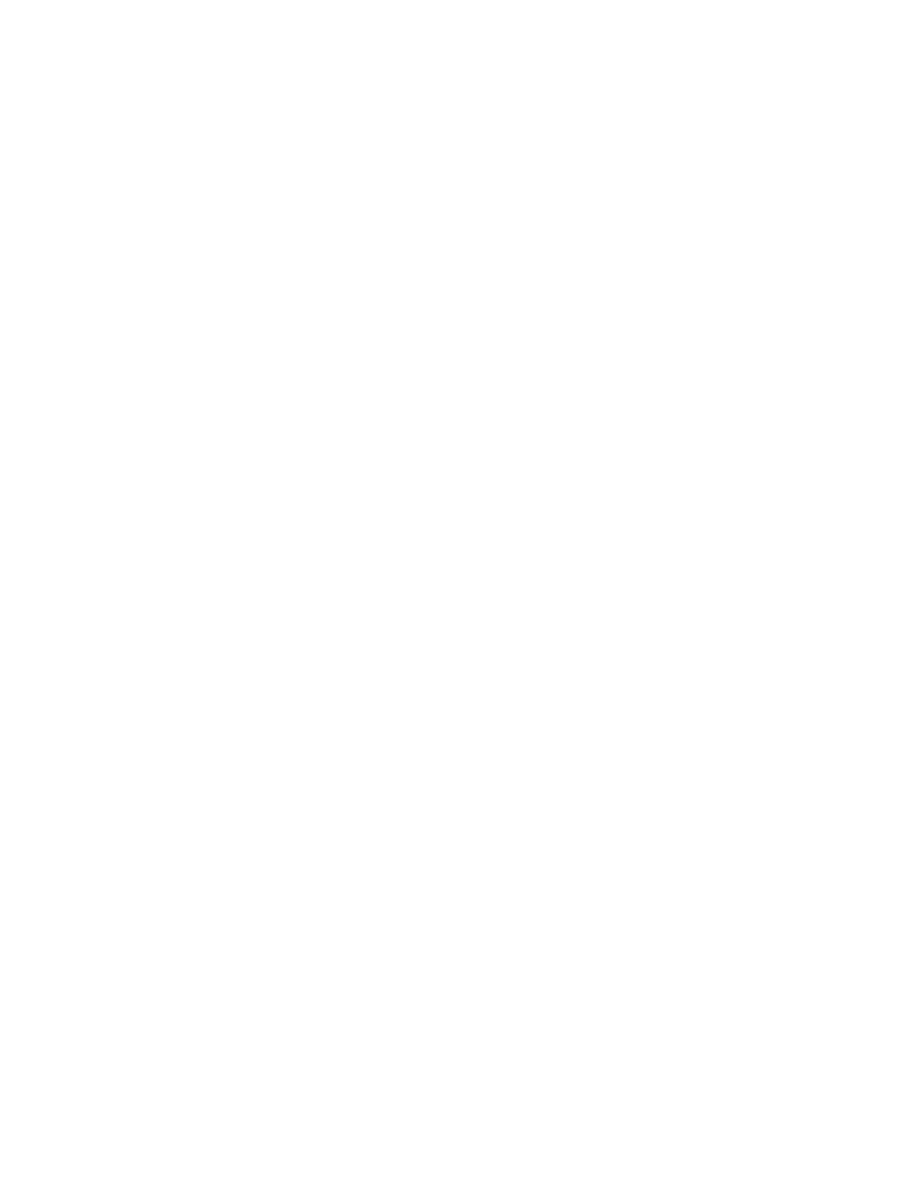
570
14 CFR Ch. I (1–1–24 Edition)
§ 61.195
§ 61.195
Flight instructor limitations
and qualifications.
A person who holds a flight instruc-
tor certificate is subject to the fol-
lowing limitations:
(a)
Hours of training. In any 24-con-
secutive-hour period, a flight instruc-
tor may not conduct more than 8 hours
of flight training.
(b)
Aircraft ratings. Except as pro-
vided in paragraph (c) of this section, a
flight instructor may not conduct
flight training in any aircraft unless
the flight instructor:
(1) Holds a flight instructor certifi-
cate with the applicable category and
class rating;
(2) Holds a pilot certificate with the
applicable category and class rating;
and
(3) Meets the requirements of para-
graph (e) of this section, if applicable.
(c)
Instrument rating. A flight instruc-
tor may conduct instrument training
for the issuance of an instrument rat-
ing, a type rating not limited to VFR,
or the instrument training required for
commercial pilot and airline transport
pilot certificates if the following re-
quirements are met:
(1) Except as provided in paragraph
(c)(2) of this section, the flight instruc-
tor must hold an instrument rating ap-
propriate to the aircraft used for the
instrument training on his or her flight
instructor certificate, and—
(i) Meet the requirements of para-
graph (b) of this section; or
(ii) Hold a commercial pilot certifi-
cate or airline transport pilot certifi-
cate with the appropriate category and
class ratings for the aircraft in which
the instrument training is conducted
provided the pilot receiving instrument
training holds a pilot certificate with
category and class ratings appropriate
to the aircraft in which the instrument
training is being conducted.
(2) If the flight instructor is con-
ducting the instrument training in a
multiengine airplane, the flight in-
structor must hold an instrument rat-
ing appropriate to the aircraft used for
the instrument training on his or her
flight instructor certificate and meet
the requirements of paragraph (b) of
this section.
(d)
Limitations on endorsements. A
flight instructor may not endorse a:
(1) Student pilot’s logbook for solo
flight privileges, unless that flight in-
structor has—
(i) Given that student the flight
training required for solo flight privi-
leges required by this part; and
(ii) Determined that the student is
prepared to conduct the flight safely
under known circumstances, subject to
any limitations listed in the student’s
logbook that the instructor considers
necessary for the safety of the flight.
(2) Student pilot’s logbook for a solo
cross-country flight, unless that flight
instructor has determined the stu-
dent’s flight preparation, planning,
equipment, and proposed procedures
are adequate for the proposed flight
under the existing conditions and with-
in any limitations listed in the logbook
that the instructor considers necessary
for the safety of the flight;
(3) Student pilot’s logbook for solo
flight in a Class B airspace area or at
an airport within Class B airspace un-
less that flight instructor has—
(i) Given that student ground and
flight training in that Class B airspace
or at that airport; and
(ii) Determined that the student is
proficient to operate the aircraft safe-
ly.
(4) Logbook of a recreational pilot,
unless that flight instructor has—
(i) Given that pilot the ground and
flight training required by this part;
and
(ii) Determined that the recreational
pilot is proficient to operate the air-
craft safely.
(5) Logbook of a pilot for a flight re-
view, unless that instructor has con-
ducted a review of that pilot in accord-
ance with the requirements of § 61.56(a)
of this part; or
(6) Logbook of a pilot for an instru-
ment proficiency check, unless that in-
structor has tested that pilot in ac-
cordance with the requirements of
§ 61.57(d) of this part.
(e)
Training in an aircraft that requires
a type rating. A flight instructor may
not give flight instruction, including
instrument training, in an aircraft
that requires the pilot in command to
hold a type rating unless the flight in-
structor holds a type rating for that
aircraft on his or her pilot certificate.
VerDate Sep<11>2014
14:00 Mar 14, 2024
Jkt 262047
PO 00000
Frm 00580
Fmt 8010
Sfmt 8002
Q:\14\14V2.TXT
PC31
aworley on LAPBH6H6L3 with DISTILLER
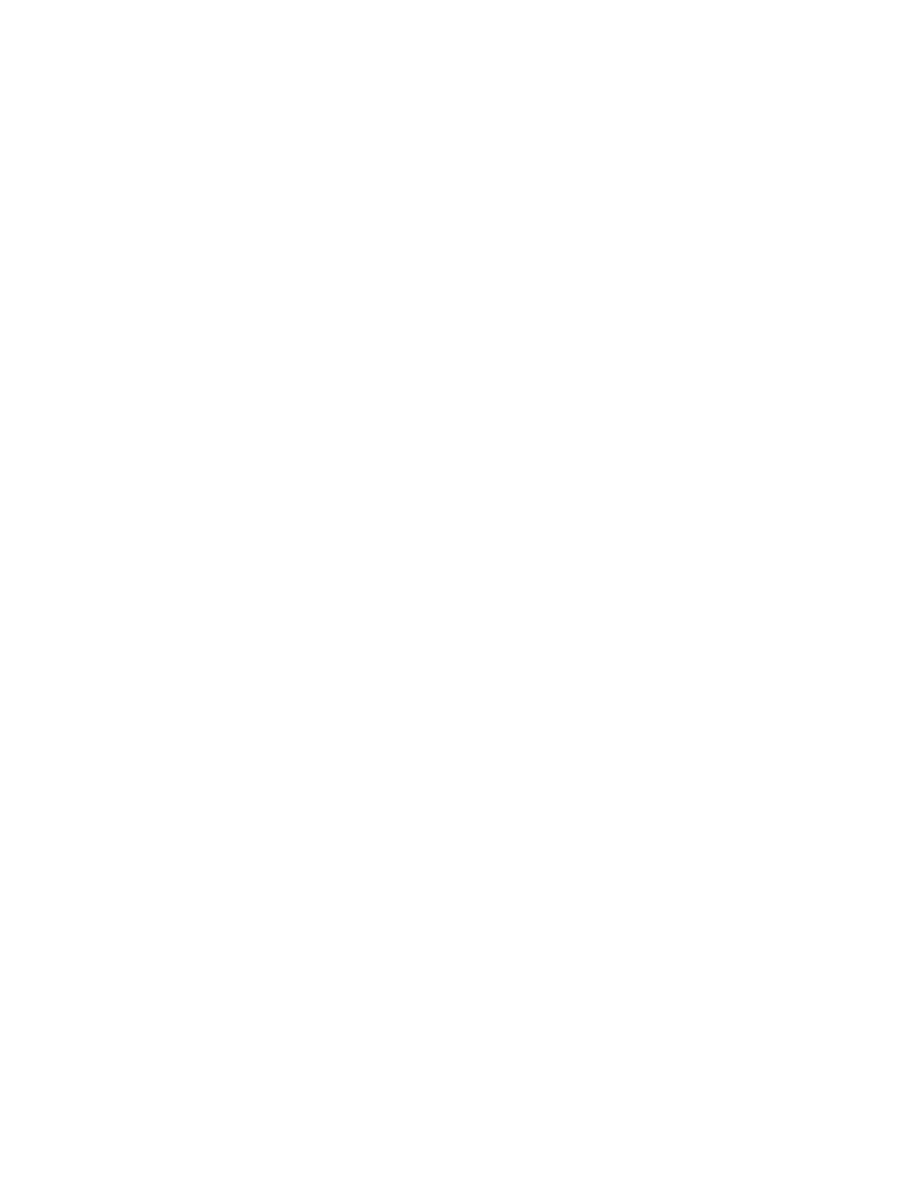
571
Federal Aviation Administration, DOT
§ 61.195
(f)
Training received in a multiengine
airplane, a helicopter, or a powered-lift. A
flight instructor may not give training
required for the issuance of a certifi-
cate or rating in a multiengine air-
plane, a helicopter, or a powered-lift
unless that flight instructor has at
least 5 flight hours of pilot-in-com-
mand time in the specific make and
model of multiengine airplane, heli-
copter, or powered-lift, as appropriate.
(g)
Position in aircraft and required
pilot stations for providing flight training.
(1) A flight instructor must perform all
training from in an aircraft that com-
plies with the requirements of § 91.109
of this chapter.
(2) A flight instructor who provides
flight training for a pilot certificate or
rating issued under this part must pro-
vide that flight training in an aircraft
that meets the following require-
ments—
(i) The aircraft must have at least
two pilot stations and be of the same
category, class, and type, if appro-
priate, that applies to the pilot certifi-
cate or rating sought.
(ii) For single-place aircraft, the pre-
solo flight training must have been
provided in an aircraft that has two
pilot stations and is of the same cat-
egory, class, and type, if appropriate.
(h)
Qualifications of the flight instruc-
tor for training first-time flight instructor
applicants. (1) The ground training pro-
vided to an initial applicant for a flight
instructor certificate must be given by
an authorized instructor who—
(i) Holds a ground or flight instructor
certificate with the appropriate rating,
has held that certificate for at least 24
calendar months, and has given at
least 40 hours of ground training; or
(ii) Holds a ground or flight instruc-
tor certificate with the appropriate
rating, and has given at least 100 hours
of ground training in an FAA-approved
course.
(2) Except for an instructor who
meets the requirements of paragraph
(h)(3)(ii) of this section, a flight in-
structor who provides training to an
initial applicant for a flight instructor
certificate must—
(i) Meet the eligibility requirements
prescribed in § 61.183 of this part;
(ii) Hold the appropriate flight in-
structor certificate and rating;
(iii) Have held a flight instructor cer-
tificate for at least 24 months;
(iv) For training in preparation for
an airplane, rotorcraft, or powered-lift
rating, have given at least 200 hours of
flight training as a flight instructor;
and
(v) For training in preparation for a
glider rating, have given at least 80
hours of flight training as a flight in-
structor.
(3) A flight instructor who serves as a
flight instructor in an FAA-approved
course for the issuance of a flight in-
structor rating must hold a flight in-
structor certificate with the appro-
priate rating and pass the required ini-
tial and recurrent flight instructor pro-
ficiency tests, in accordance with the
requirements of the part under which
the FAA-approved course is conducted,
and must—
(i) Meet the requirements of para-
graph (h)(2) of this section; or
(ii) Have trained and endorsed at
least five applicants for a practical test
for a pilot certificate, flight instructor
certificate, ground instructor certifi-
cate, or an additional rating, and at
least 80 percent of those applicants
passed that test on their first attempt;
and
(A) Given at least 400 hours of flight
training as a flight instructor for
training in an airplane, a rotorcraft, or
for a powered-lift rating; or
(B) Given at least 100 hours of flight
training as a flight instructor, for
training in a glider rating.
(i)
Prohibition against self-endorse-
ments. A flight instructor shall not
make any self-endorsement for a cer-
tificate, rating, flight review, author-
ization, operating privilege, practical
test, or knowledge test that is required
by this part.
(j)
Additional qualifications required to
give training in Category II or Category
III operations. A flight instructor may
not give training in Category II or Cat-
egory III operations unless the flight
instructor has been trained and tested
in Category II or Category III oper-
ations, pursuant to § 61.67 or § 61.68 of
this part, as applicable.
(k)
Training for night vision goggle op-
erations. A flight instructor may not
VerDate Sep<11>2014
14:00 Mar 14, 2024
Jkt 262047
PO 00000
Frm 00581
Fmt 8010
Sfmt 8002
Q:\14\14V2.TXT
PC31
aworley on LAPBH6H6L3 with DISTILLER
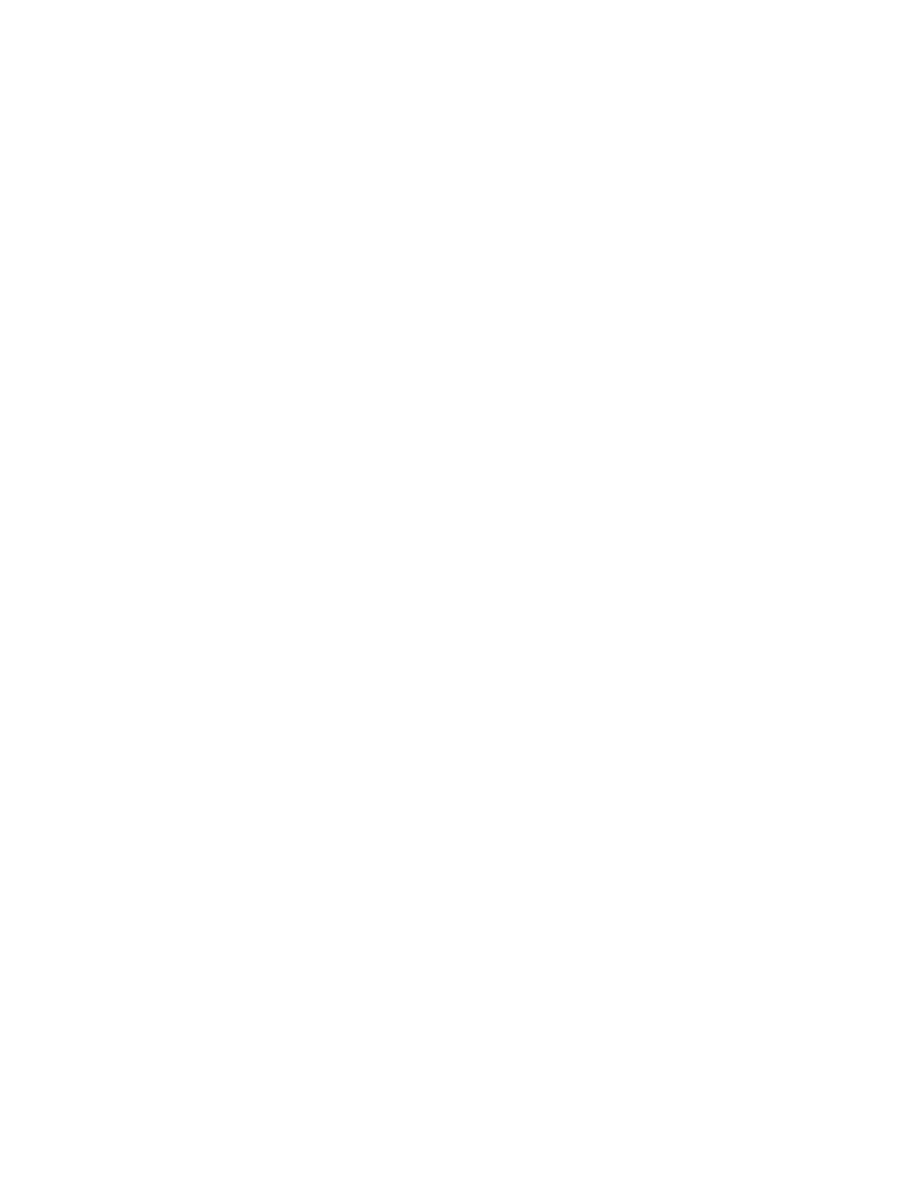
572
14 CFR Ch. I (1–1–24 Edition)
§ 61.197
conduct training for night vision gog-
gle operations unless the flight instruc-
tor:
(1) Has a pilot and flight instructor
certificate with the applicable cat-
egory and class rating for the training;
(2) If appropriate, has a type rating
on his or her pilot certificate for the
aircraft;
(3) Is pilot in command qualified for
night vision goggle operations, in ac-
cordance with § 61.31(k);
(4) Has logged 100 night vision goggle
operations as the sole manipulator of
the controls;
(5) Has logged 20 night vision goggle
operations as the sole manipulator of
the controls in the category and class,
and type of aircraft, if aircraft class
and type is appropriate, that the train-
ing will be given in;
(6) Is qualified to act as pilot in com-
mand in night vision goggle operations
under § 61.57(f) or (g); and
(7) Has a logbook endorsement from
an FAA Aviation Safety Inspector or a
person who is authorized by the FAA to
provide that logbook endorsement that
states the flight instructor is author-
ized to perform the night vision goggle
pilot in command qualification and re-
cent flight experience requirements
under § 61.31(k) and § 61.57(f) and (g).
(l)
Training on control and maneu-
vering an aircraft solely by reference to
the instruments. A flight instructor may
conduct flight training on control and
maneuvering an airplane solely by ref-
erence to the flight instruments, pro-
vided the flight instructor—
(1) Holds a flight instructor certifi-
cate with the applicable category and
class rating; or
(2) Holds an instrument rating appro-
priate to the aircraft used for the
training on his or her flight instructor
certificate, and holds a commercial
pilot certificate or airline transport
pilot certificate with the appropriate
category and class ratings for the air-
craft in which the training is con-
ducted provided the pilot receiving the
training holds a pilot certificate with
category and class ratings appropriate
to the aircraft in which the training is
being conducted.
[Doc. No. 25910, 62 FR 16298, Apr. 4, 1997;
Amdt. 61–103, 62 FR 40907, July 30, 1997;
Amdt. 61–124, 74 FR 42561, Aug. 21, 2009; Dock-
et FAA–2010–1127, Amdt. 61–135, 81 FR 1307,
Jan. 12, 2016; Docket FAA–2016–6142, Amdt.
61–142, 83 FR 30729, June 27, 2018]
§ 61.197
Renewal requirements for
flight instructor certification.
(a) A person who holds a flight in-
structor certificate that has not ex-
pired may renew that flight instructor
certificate by—
(1) Passing a practical test for—
(i) One of the ratings listed on the
current flight instructor certificate; or
(ii) An additional flight instructor
rating; or
(2) Submitting a completed and
signed application with the FAA and
satisfactorily completing one of the
following renewal requirements—
(i) A record of training students
showing that, during the preceding 24
calendar months, the flight instructor
has endorsed at least 5 students for a
practical test for a certificate or rating
and at least 80 percent of those stu-
dents passed that test on the first at-
tempt.
(ii) A record showing that, within the
preceding 24 calendar months, the
flight instructor has served as a com-
pany check pilot, chief flight instruc-
tor, company check airman, or flight
instructor in a part 121 or part 135 oper-
ation, or in a position involving the
regular evaluation of pilots.
(iii) A graduation certificate showing
that, within the preceding 3 calendar
months, the person has successfully
completed an approved flight instruc-
tor refresher course consisting of
ground training or flight training, or a
combination of both.
(iv) A record showing that, within
the preceding 24 months from the
month of application, the flight in-
structor passed an official U.S. Armed
Forces military instructor pilot or
pilot examiner proficiency check in an
aircraft for which the military instruc-
tor already holds a rating or in an air-
craft for an additional rating.
(b) The expiration month of a re-
newed flight instructor certificate
shall be 24 calendar months from—
VerDate Sep<11>2014
14:00 Mar 14, 2024
Jkt 262047
PO 00000
Frm 00582
Fmt 8010
Sfmt 8002
Q:\14\14V2.TXT
PC31
aworley on LAPBH6H6L3 with DISTILLER
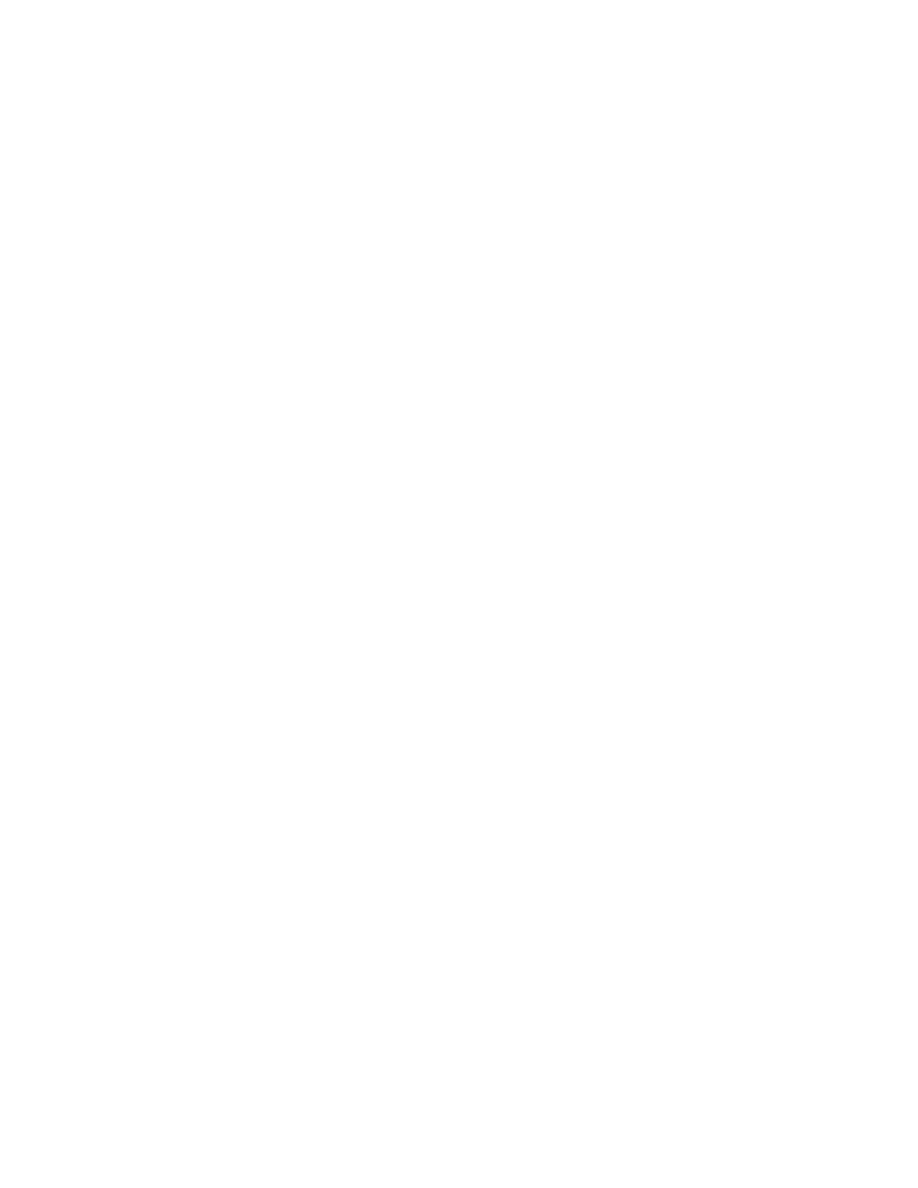
573
Federal Aviation Administration, DOT
§ 61.199
(1) The month the renewal require-
ments of paragraph (a) of this section
are accomplished; or
(2) The month of expiration of the
current flight instructor certificate
provided—
(i) The renewal requirements of para-
graph (a) of this section are accom-
plished within the 3 calendar months
preceding the expiration month of the
current flight instructor certificate,
and
(ii) If the renewal is accomplished
under paragraph (a)(2)(iii) of this sec-
tion, the approved flight instructor re-
fresher course must be completed with-
in the 3 calendar months preceding the
expiration month of the current flight
instructor certificate.
(c) The practical test required by
paragraph (a)(1) of this section may be
accomplished in a full flight simulator
or flight training device if the test is
accomplished pursuant to an approved
course conducted by a training center
certificated under part 142 of this chap-
ter.
[Doc. No. 25910, 63 FR 20289, Apr. 23, 1998, as
amended by Amdt. 61–124, 74 FR 42562, Aug.
21, 2009; Amdt. 61–142, 83 FR 30279, June 27,
2018]
§ 61.199
Reinstatement requirements
of an expired flight instructor cer-
tificate.
(a)
Flight instructor certificates. The
holder of an expired flight instructor
certificate who has not complied with
the flight instructor renewal require-
ments of § 61.197 may reinstate that
flight instructor certificate and ratings
by filing a completed and signed appli-
cation with the FAA and satisfactorily
completing one of the following rein-
statement requirements:
(1) A flight instructor certification
practical test, as prescribed by
§ 61.183(h), for one of the ratings held on
the expired flight instructor certifi-
cate.
(2) A flight instructor certification
practical test for an additional rating.
(3) For military instructor pilots,
provide a record showing that, within
the preceding 6 calendar months from
the date of application for reinstate-
ment, the person—
(i) Passed a U.S. Armed Forces in-
structor pilot or pilot examiner pro-
ficiency check; or
(ii) Completed a U.S. Armed Forces’
instructor pilot or pilot examiner
training course and received an addi-
tional aircraft rating qualification as a
military instructor pilot or pilot exam-
iner that is appropriate to the flight
instructor rating sought.
(b)
Flight instructor ratings. (1) A
flight instructor rating or a limited
flight instructor rating on a pilot cer-
tificate is no longer valid and may not
be exchanged for a similar rating or a
flight instructor certificate.
(2) The holder of a flight instructor
rating or a limited flight instructor
rating on a pilot certificate may be
issued a flight instructor certificate
with the current ratings, but only if
the person passes the required knowl-
edge and practical test prescribed in
this subpart for the issuance of the cur-
rent flight instructor certificate and
rating.
(c)
Certain military instructors and ex-
aminers. The holder of an expired flight
instructor certificate issued prior to
October 20, 2009, may apply for rein-
statement of that certificate by pre-
senting the following:
(1) A record showing that, since the
date the flight instructor certificate
was issued, the person passed a U.S.
Armed Forces instructor pilot or pilot
examiner proficiency check for an ad-
ditional military rating; and
(2) A knowledge test report that
shows the person passed a knowledge
test on the aeronautical knowledge
areas listed under § 61.185(a) appro-
priate to the flight instructor rating
sought and the knowledge test was
passed within the preceding 24 calendar
months prior to the month of applica-
tion.
(d)
Expiration date. The requirements
of paragraph (c) of this section will ex-
pire on August 26, 2019.
[Doc. No. 25910, 62 FR 16298, Apr. 4, 1997, as
amended by Amdt. 61–104, 63 FR 20289, Apr.
23, 1998; Amdt. 61–124, 74 FR 42562, Aug. 21,
2009; Amdt. 61–142, 83 FR 30279, June 27, 2018]
VerDate Sep<11>2014
14:00 Mar 14, 2024
Jkt 262047
PO 00000
Frm 00583
Fmt 8010
Sfmt 8002
Q:\14\14V2.TXT
PC31
aworley on LAPBH6H6L3 with DISTILLER
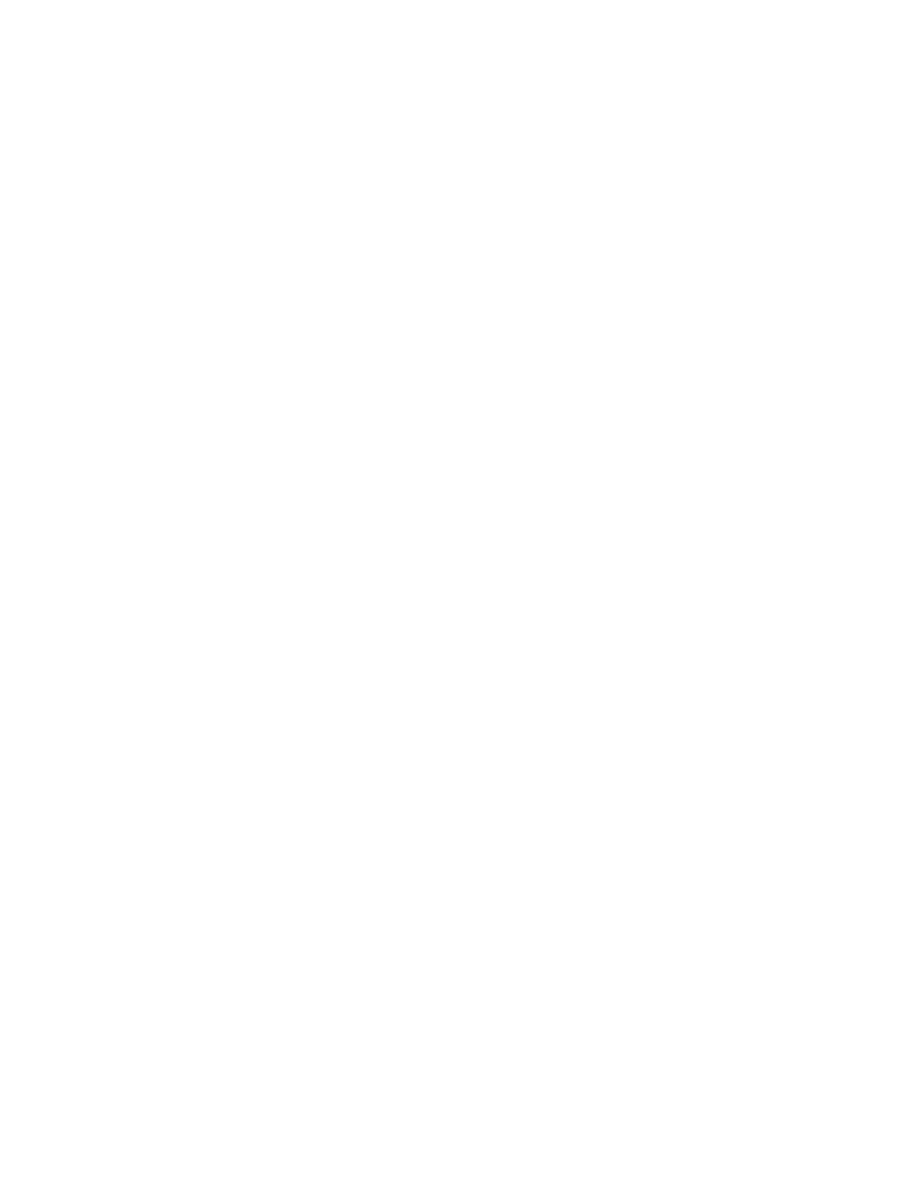
574
14 CFR Ch. I (1–1–24 Edition)
§ 61.201
§ 61.201
[Reserved]
Subpart I—Ground Instructors
§ 61.211
Applicability.
This subpart prescribes the require-
ments for the issuance of ground in-
structor certificates and ratings, the
conditions under which those certifi-
cates and ratings are necessary, and
the limitations upon those certificates
and ratings.
§ 61.213
Eligibility requirements.
(a) To be eligible for a ground in-
structor certificate or rating a person
must:
(1) Be at least 18 years of age;
(2) Be able to read, write, speak, and
understand the English language. If the
applicant is unable to meet one of
these requirements due to medical rea-
sons, then the Administrator may
place such operating limitations on
that applicant’s ground instructor cer-
tificate as are necessary;
(3) Except as provided in paragraph
(b) of this section, pass a knowledge
test on the fundamentals of instructing
to include—
(i) The learning process;
(ii) Elements of effective teaching;
(iii) Student evaluation and testing;
(iv) Course development;
(v) Lesson planning; and
(vi) Classroom training techniques.
(4) Pass a knowledge test on the aero-
nautical knowledge areas in—
(i) For a basic ground instructor rat-
ing §§ 61.97, 61.105, and 61.309;
(ii) For an advanced ground instruc-
tor rating §§ 61.97, 61.105, 61.125, 61.155,
and 61.309; and
(iii) For an instrument ground in-
structor rating, § 61.65.
(b) The knowledge test specified in
paragraph (a)(3) of this section is not
required if the applicant:
(1) Holds a ground instructor certifi-
cate or flight instructor certificate
issued under this part;
(2) Holds a teacher’s certificate
issued by a State, county, city, or mu-
nicipality that authorizes the person to
teach at an educational level of the 7th
grade or higher; or
(3) Is employed as a teacher at an ac-
credited college or university.
[Doc. No. 25910, 62 FR 16298, Apr. 4, 1997, as
amended by Amdt. 61–110, 69 FR 44869, July
27, 2004; Amdt. 61–124, 74 FR 42562, Aug. 21,
2009]
§ 61.215
Ground instructor privileges.
(a) A person who holds a basic ground
instructor rating is authorized to pro-
vide—
(1) Ground training in the aero-
nautical knowledge areas required for
the issuance of a sport pilot certificate,
recreational pilot certificate, private
pilot certificate, or associated ratings
under this part;
(2) Ground training required for a
sport pilot, recreational pilot, and pri-
vate pilot flight review; and
(3) A recommendation for a knowl-
edge test required for the issuance of a
sport pilot certificate, recreational
pilot certificate, or private pilot cer-
tificate under this part.
(b) A person who holds an advanced
ground instructor rating is authorized
to provide:
(1) Ground training on the aero-
nautical knowledge areas required for
the issuance of any certificate or rat-
ing under this part except for the aero-
nautical knowledge areas required for
an instrument rating.
(2) The ground training required for
any flight review except for the train-
ing required for an instrument rating.
(3) A recommendation for a knowl-
edge test required for the issuance of
any certificate or rating under this
part except for an instrument rating.
(c) A person who holds an instrument
ground instructor rating is authorized
to provide:
(1) Ground training in the aero-
nautical knowledge areas required for
the issuance of an instrument rating
under this part;
(2) Ground training required for an
instrument proficiency check; and
(3) A recommendation for a knowl-
edge test required for the issuance of
an instrument rating under this part.
(d) A person who holds a ground in-
structor certificate is authorized, with-
in the limitations of the ratings on the
ground instructor certificate, to en-
dorse the logbook or other training
record of a person to whom the holder
VerDate Sep<11>2014
14:00 Mar 14, 2024
Jkt 262047
PO 00000
Frm 00584
Fmt 8010
Sfmt 8002
Q:\14\14V2.TXT
PC31
aworley on LAPBH6H6L3 with DISTILLER
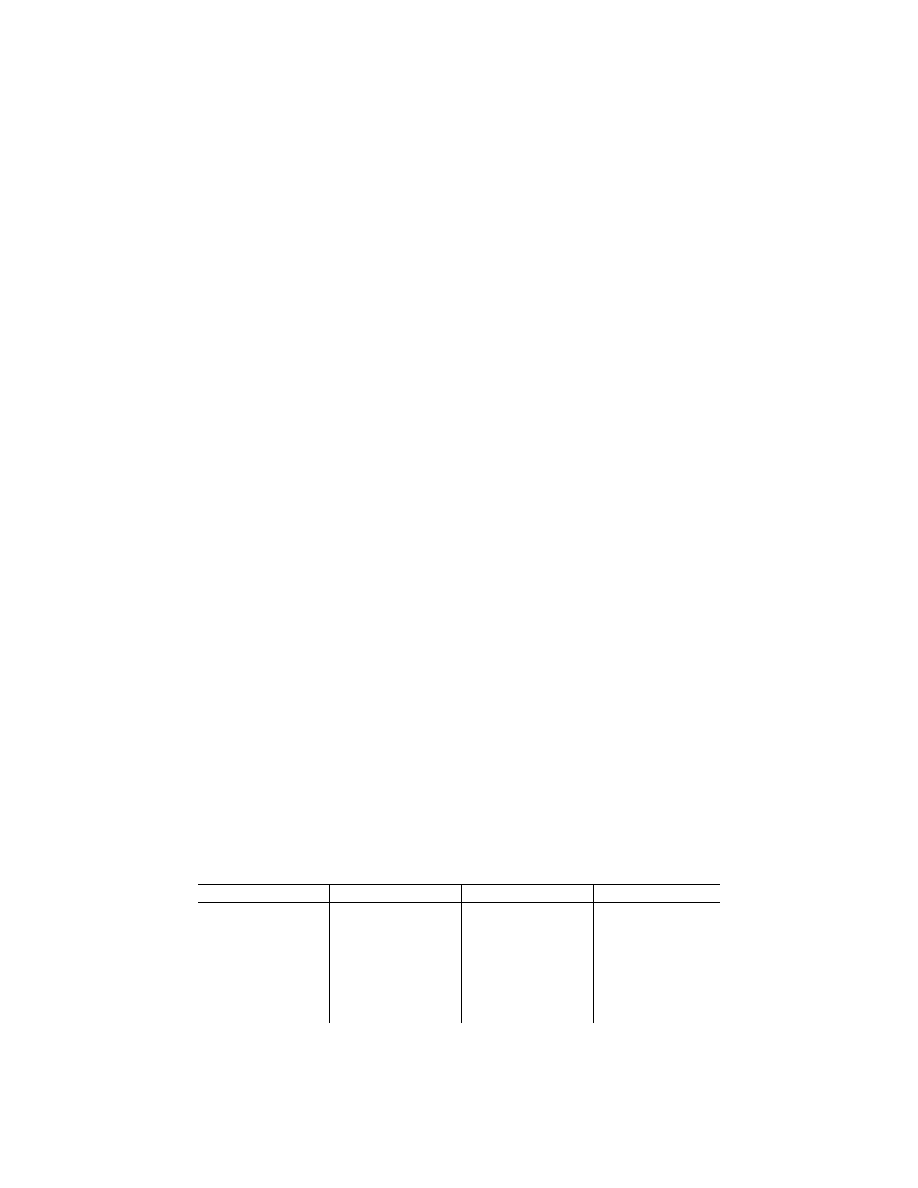
575
Federal Aviation Administration, DOT
§ 61.303
has provided the training or rec-
ommendation specified in paragraphs
(a) through (c) of this section.
[Doc. No. 25910, 62 FR 16298, Apr. 4, 1997, as
amended by Amdt. 61–110, 69 FR 44869, July
27, 2004; Amdt. 61–124, 74 FR 42562, Aug. 21,
2009]
§ 61.217
Recent experience require-
ments.
The holder of a ground instructor
certificate may not perform the duties
of a ground instructor unless the per-
son can show that one of the following
occurred during the preceding 12 cal-
endar months:
(a) Employment or activity as a
ground instructor giving pilot, flight
instructor, or ground instructor train-
ing;
(b) Employment or activity as a
flight instructor giving pilot, flight in-
structor, or ground instructor ground
or flight training;
(c) Completion of an approved flight
instructor refresher course and receipt
of a graduation certificate for that
course; or
(d) An endorsement from an author-
ized instructor certifying that the per-
son has demonstrated knowledge in the
subject areas prescribed under
§ 61.213(a)(3) and (a)(4), as appropriate.
[Doc. No. FAA–2006–26661, 74 FR 42562, Aug.
21, 2009]
Subpart J—Sport Pilots
S
OURCE
: Docket No. FAA–2001–11133, 69 FR
44869, July 27, 2004, unless otherwise noted.
§ 61.301
What is the purpose of this
subpart and to whom does it apply?
(a) This subpart prescribes the fol-
lowing requirements that apply to a
sport pilot certificate:
(1) Eligibility.
(2) Aeronautical knowledge.
(3) Flight proficiency.
(4) Aeronautical experience.
(5) Endorsements.
(6) Privileges and limits.
(b) Other provisions of this part
apply to the logging of flight time and
testing.
(c) This subpart applies to applicants
for, and holders of, sport pilot certifi-
cates. It also applies to holders of rec-
reational pilot certificates and higher,
as provided in § 61.303.
[Doc. No. FAA–2001–11133, 69 FR 44869, July
27, 2004, as amended by Amdt. 61–125, 75 FR
5221, Feb. 1, 2010]
§ 61.303
If I want to operate a light-
sport aircraft, what operating limits
and endorsement requirements in
this subpart must I comply with?
(a) Use the following table to deter-
mine what operating limits and en-
dorsement requirements in this sub-
part, if any, apply to you when you op-
erate a light-sport aircraft. The med-
ical certificate specified in this table
must be in compliance with § 61.2 in re-
gards to currency and validity. If you
hold a recreational pilot certificate,
but not a medical certificate, you must
comply with cross country require-
ments in § 61.101 (c), even if your flight
does not exceed 50 nautical miles from
your departure airport. You must also
comply with requirements in other
subparts of this part that apply to your
certificate and the operation you con-
duct.
If you hold
And you hold
Then you may operate
And
(1) A medical certificate ...........
(i) A sport pilot certificate, ......
(A) Any light-sport aircraft for
which you hold the en-
dorsements required for its
category and class
(1) You must hold any other
endorsements required by
this subpart, and comply
with the limitations in
§ 61.315.
(ii) At least a recreational pilot
certificate with a category
and class rating,
(A) Any light-sport aircraft in
that category and class,
(1) You do not have to hold
any of the endorsements
required by this subpart,
nor do you have to comply
with the limitations in
§ 61.315.
VerDate Sep<11>2014
14:00 Mar 14, 2024
Jkt 262047
PO 00000
Frm 00585
Fmt 8010
Sfmt 8002
Q:\14\14V2.TXT
PC31
aworley on LAPBH6H6L3 with DISTILLER
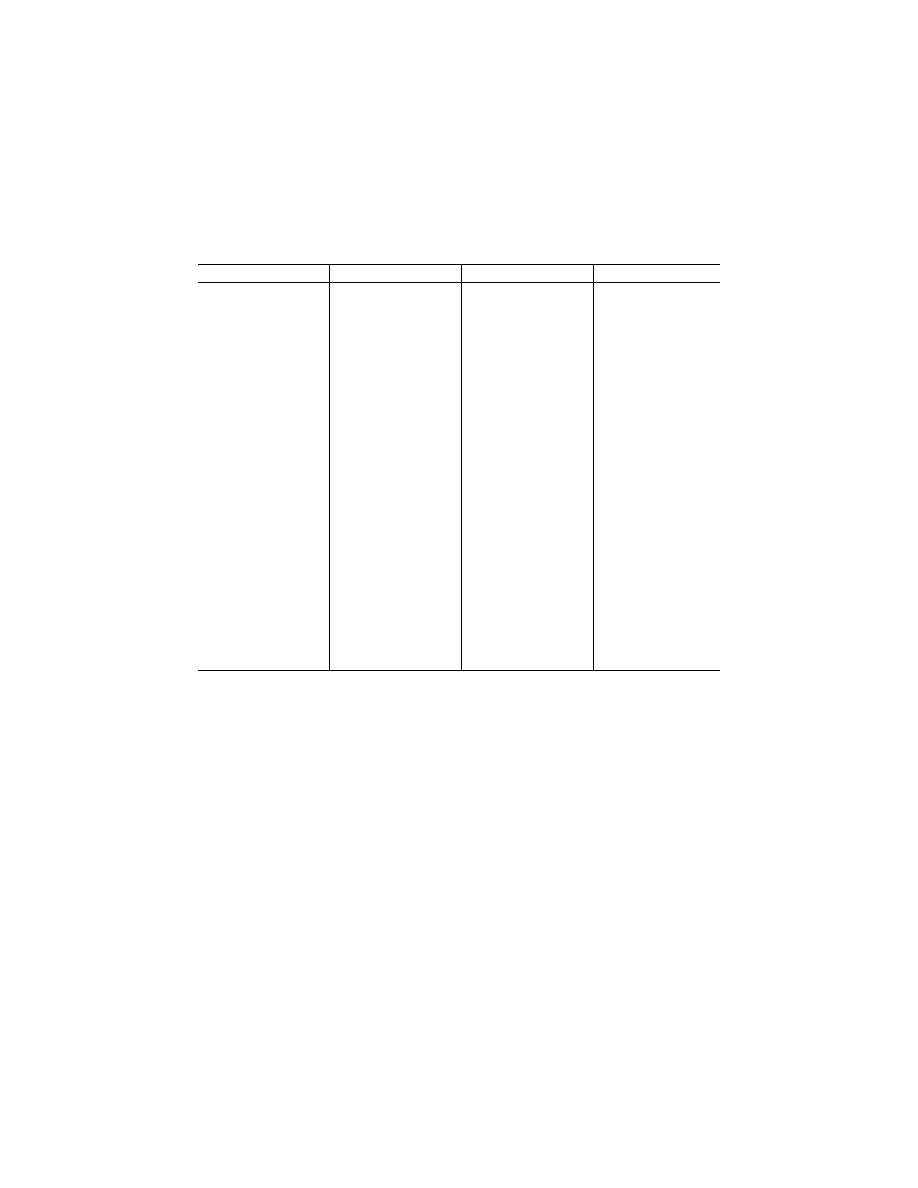
576
14 CFR Ch. I (1–1–24 Edition)
§ 61.305
If you hold
And you hold
Then you may operate
And
(iii) At least a recreational
pilot certificate but not a
rating for the category and
class of light sport aircraft
you operate,
(A) That light-sport aircraft,
only if you hold the en-
dorsements required in
§ 61.321 for its category
and class,
(1) You must comply with the
limitations in § 61.315, ex-
cept § 61.315(c)(14) and, if
a private pilot or higher,
§ 61.315(c)(7).
(2) Only a U.S. driver’s license
(i) A sport pilot certificate,
(A) Any light-sport aircraft for
which you hold the en-
dorsements required for its
category and class.
(1) You must hold any other
endorsements required by
this subpart, and comply
with the limitations in
§ 61.315.
(ii) At least a recreational pilot
certificate with a category
and class rating,
(A) Any light-sport aircraft in
that category and class,
(1) You do not have to hold
any of the endorsements
required by this subpart,
but you must comply with
the limitations in § 61.315.
(iii) At least a recreational
pilot certificate but not a
rating for the category and
class of light-sport aircraft
you operate,
(A) That light-sport aircraft,
only if you hold the en-
dorsements required in
§ 61.321 for its category
and class,
(1) You must comply with the
limitations in § 61.315, ex-
cept § 61.315(c)(14) and, if
a private pilot or higher,
§ 61.315(c)(7).
(3) Neither a medical certificate
nor a U.S. driver’s license
(i) A sport pilot certificate,
(A) Any light-sport glider or
balloon for which you hold
the endorsements required
for its category and class
(1) You must hold any other
endorsements required by
this subpart, and comply
with the limitations in
§ 61.315.
(ii) At least a private pilot cer-
tificate with a category and
class rating for glider or
balloon,
(A) Any light-sport glider or
balloon in that category and
class
(1) You do not have to hold
any of the endorsements
required by this subpart,
nor do you have to comply
with the limitations in
§ 61.315.
(iii) At least a private pilot cer-
tificate but not a rating for
glider or balloon,
(A) Any light-sport glider or
balloon, only if you hold the
endorsements required in
§ 61.321 for its category
and class
(1) You must comply with the
limitations in § 61.315, ex-
cept § 61.315(c)(14) and, if
a private pilot or higher,
§ 61.315(c)(7).
(b) A person using a U.S. driver’s li-
cense to meet the requirements of this
paragraph must—
(1) Comply with each restriction and
limitation imposed by that person’s
U.S. driver’s license and any judicial or
administrative order applying to the
operation of a motor vehicle;
(2) Have been found eligible for the
issuance of at least a third-class air-
man medical certificate at the time of
his or her most recent application (if
the person has applied for a medical
certificate);
(3) Not have had his or her most re-
cently issued medical certificate (if the
person has held a medical certificate)
suspended or revoked or most recent
Authorization for a Special Issuance of
a Medical Certificate withdrawn; and
(4) Not know or have reason to know
of any medical condition that would
make that person unable to operate a
light-sport aircraft in a safe manner.
[Doc. No. FAA–2001–11133, 69 FR 44869, July
27, 2004, as amended by Amdt. 61–124, 74 FR
42562, Aug. 21, 2009; Amdt. 61–125, 75 FR 5221,
Feb. 1, 2010]
§ 61.305
What are the age and lan-
guage requirements for a sport
pilot certificate?
(a) To be eligible for a sport pilot cer-
tificate you must:
(1) Be at least 17 years old (or 16
years old if you are applying to operate
a glider or balloon).
(2) Be able to read, speak, write, and
understand English. If you cannot read,
speak, write, and understand English
because of medical reasons, the FAA
may place limits on your certificate as
are necessary for the safe operation of
light-sport aircraft.
§ 61.307
What tests do I have to take to
obtain a sport pilot certificate?
To obtain a sport pilot certificate,
you must pass the following tests:
VerDate Sep<11>2014
14:00 Mar 14, 2024
Jkt 262047
PO 00000
Frm 00586
Fmt 8010
Sfmt 8002
Q:\14\14V2.TXT
PC31
aworley on LAPBH6H6L3 with DISTILLER
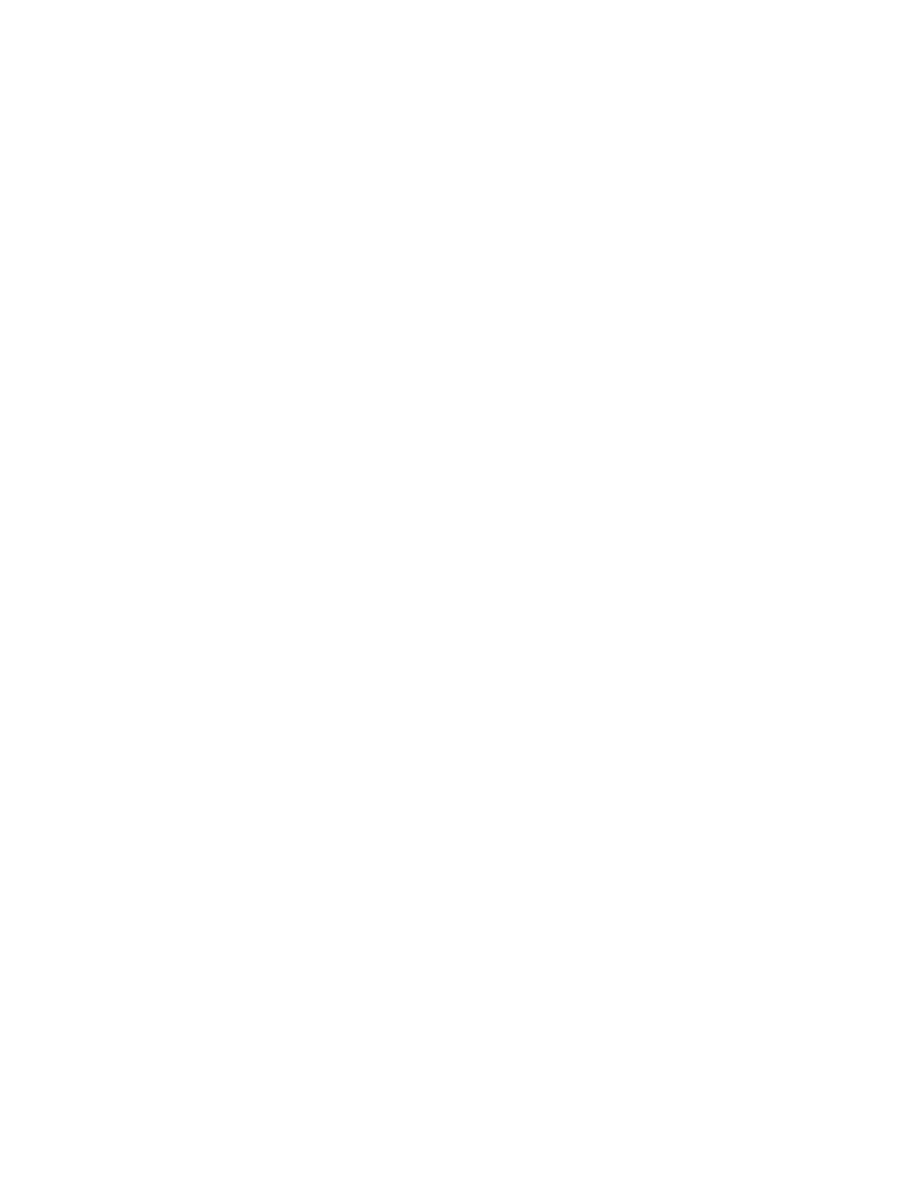
577
Federal Aviation Administration, DOT
§ 61.311
(a)
Knowledge test. You must pass a
knowledge test on the applicable aero-
nautical knowledge areas listed in
§ 61.309. Before you may take the
knowledge test for a sport pilot certifi-
cate, you must receive a logbook en-
dorsement from the authorized instruc-
tor who trained you or reviewed and
evaluated your home-study course on
the aeronautical knowledge areas list-
ed in § 61.309 certifying you are pre-
pared for the test.
(b)
Practical test. You must pass a
practical test on the applicable areas
of operation listed in §§ 61.309 and
61.311. Before you may take the prac-
tical test for a sport pilot certificate,
you must receive a logbook endorse-
ment from the authorized instructor
who provided you with flight training
on the areas of operation specified in
§§ 61.309 and 61.311 in preparation for
the practical test. This endorsement
certifies that you meet the applicable
aeronautical knowledge and experience
requirements and are prepared for the
practical test.
§ 61.309
What aeronautical knowledge
must I have to apply for a sport
pilot certificate?
To apply for a sport pilot certificate
you must receive and log ground train-
ing from an authorized instructor or
complete a home-study course on the
following aeronautical knowledge
areas:
(a) Applicable regulations of this
chapter that relate to sport pilot privi-
leges, limits, and flight operations.
(b) Accident reporting requirements
of the National Transportation Safety
Board.
(c) Use of the applicable portions of
the aeronautical information manual
and FAA advisory circulars.
(d) Use of aeronautical charts for
VFR navigation using pilotage, dead
reckoning, and navigation systems, as
appropriate.
(e) Recognition of critical weather
situations from the ground and in
flight, windshear avoidance, and the
procurement and use of aeronautical
weather reports and forecasts.
(f) Safe and efficient operation of air-
craft, including collision avoidance,
and recognition and avoidance of wake
turbulence.
(g) Effects of density altitude on
takeoff and climb performance.
(h) Weight and balance computa-
tions.
(i) Principles of aerodynamics, pow-
erplants, and aircraft systems.
(j) Stall awareness, spin entry, spins,
and spin recovery techniques, as appli-
cable.
(k) Aeronautical decision making
and risk management.
(l) Preflight actions that include—
(1) How to get information on runway
lengths at airports of intended use,
data on takeoff and landing distances,
weather reports and forecasts, and fuel
requirements; and
(2) How to plan for alternatives if the
planned flight cannot be completed or
if you encounter delays.
[Doc. No. FAA–2001–11133, 69 FR 44869, July
27, 2004, as amended by Amdt. 61–125, 75 FR
5221, Feb. 1, 2010]
§ 61.311
What flight proficiency re-
quirements must I meet to apply for
a sport pilot certificate?
To apply for a sport pilot certificate
you must receive and log ground and
flight training from an authorized in-
structor on the following areas of oper-
ation, as appropriate, for airplane sin-
gle-engine land or sea, glider, gyro-
plane, airship, balloon, powered para-
chute land or sea, and weight-shift-con-
trol aircraft land or sea privileges:
(a) Preflight preparation.
(b) Preflight procedures.
(c) Airport, seaplane base, and
gliderport operations, as applicable.
(d) Takeoffs (or launches), landings,
and go-arounds.
(e) Performance maneuvers, and for
gliders, performance speeds.
(f) Ground reference maneuvers (not
applicable to gliders and balloons).
(g) Soaring techniques (applicable
only to gliders).
(h) Navigation.
(i) Slow flight (not applicable to
lighter-than-air aircraft and powered
parachutes).
(j) Stalls (not applicable to lighter-
than-air aircraft, gyroplanes, and pow-
ered parachutes).
(k) Emergency operations.
VerDate Sep<11>2014
14:00 Mar 14, 2024
Jkt 262047
PO 00000
Frm 00587
Fmt 8010
Sfmt 8002
Q:\14\14V2.TXT
PC31
aworley on LAPBH6H6L3 with DISTILLER
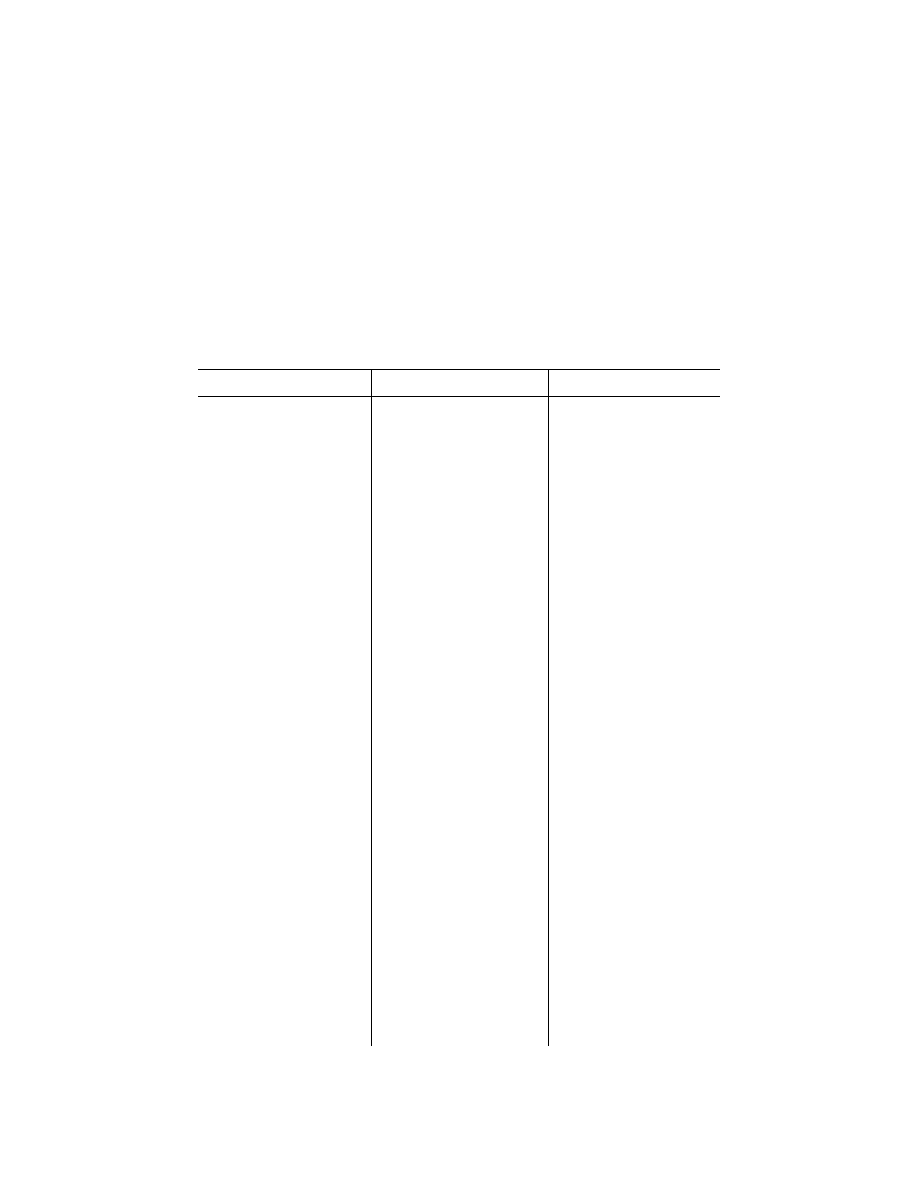
578
14 CFR Ch. I (1–1–24 Edition)
§ 61.313
(l) Post-flight procedures.
[Doc. No. FAA–2001–11133, 69 FR 44869, July
27, 2004, as amended by Amdt. 61–125, 75 FR
5221, Feb. 1, 2010]
§ 61.313
What aeronautical experience
must I have to apply for a sport
pilot certificate?
Use the following table to determine
the aeronautical experience you must
have to apply for a sport pilot certifi-
cate:
If you are applying for a sport pilot certifi-
cate with . . .
Then you must log at least . . .
Which must include at least . . .
(a) Airplane category and single-engine
land or sea class privileges,
(1) 20 hours of flight time, including at
least 15 hours of flight training from an
authorized instructor in a single-engine
airplane and at least 5 hours of solo
flight training in the areas of operation
listed in § 61.311,
(i) 2 hours of cross-country flight training,
(ii) 10 takeoffs and landings to a full
stop (with each landing involving a
flight in the traffic pattern) at an airport,
(iii) One solo cross-country flight of at
least 75 nautical miles total distance,
with a full-stop landing at a minimum
of two points and one segment of the
flight consisting of a straight-line dis-
tance of at least 25 nautical miles be-
tween the takeoff and landing loca-
tions, and (iv) 2 hours of flight training
with an authorized instructor on those
areas of operation specified in
§ 61.311 in preparation for the practical
test within the preceding 2 calendar
months from the month of the test.
(b) Glider category privileges, and you
have not logged at least 20 hours of
flight time in a heavier-than-air aircraft,
(1) 10 hours of flight time in a glider, in-
cluding 10 flights in a glider receiving
flight training from an authorized in-
structor and at least 2 hours of solo
flight training in the areas of operation
listed in § 61.311,
(i) Five solo launches and landings, and
(ii) at least 3 training flights with an au-
thorized instructor on those areas of
operation specified in § 61.311 in prep-
aration for the practical test within the
preceding 2 calendar months from the
month of the test.
(c) Glider category privileges, and you
have logged 20 hours flight time in a
heavier-than-air aircraft,
(1) 3 hours of flight time in a glider, in-
cluding five flights in a glider while re-
ceiving flight training from an author-
ized instructor and at least 1 hour of
solo flight training in the areas of oper-
ation listed in § 61.311,
(i) Three solo launches and landings,
and (ii) at least 3 training flights with
an authorized instructor on those
areas of operation specified in
§ 61.311 in preparation for the practical
test within the preceding 2 calendar
months from the month of the test.
(d) Rotorcraft category and gyroplane
class privileges,
(1) 20 hours of flight time, including 15
hours of flight training from an author-
ized instructor in a gyroplane and at
least 5 hours of solo flight training in
the areas of operation listed in
§ 61.311,
(i) 2 hours of cross-country flight training,
(ii) 10 takeoffs and landings to a full
stop (with each landing involving a
flight in the traffic pattern) at an airport,
(iii) One solo cross-country flight of at
least 50 nautical miles total distance,
with a full-stop landing at a minimum
of two points, and one segment of the
flight consisting of a straight-line dis-
tance of at least 25 nautical miles be-
tween the takeoff and landing loca-
tions, and (iv) 2 hours of flight training
with an authorized instructor on those
areas of operation specified in
§ 61.311 in preparation for the practical
test within the preceding 2 calendar
months from the month of the test.
(e) Lighter-than-air category and airship
class privileges,
(1) 20 hours of flight time, including 15
hours of flight training from an author-
ized instructor in an airship and at
least 3 hours performing the duties of
pilot in command in an airship with an
authorized instructor in the areas of
operation listed in § 61.311,
(i) 2 hours of cross-country flight training,
(ii) Three takeoffs and landings to a
full stop (with each landing involving a
flight in the traffic pattern) at an airport,
(iii) One cross-country flight of at least
25 nautical miles between the takeoff
and landing locations, and (iv) 2 hours
of flight training with an authorized in-
structor on those areas of operation
specified in § 61.311 in preparation for
the practical test within the preceding
2 calendar months from the month of
the test.
VerDate Sep<11>2014
14:00 Mar 14, 2024
Jkt 262047
PO 00000
Frm 00588
Fmt 8010
Sfmt 8002
Q:\14\14V2.TXT
PC31
aworley on LAPBH6H6L3 with DISTILLER
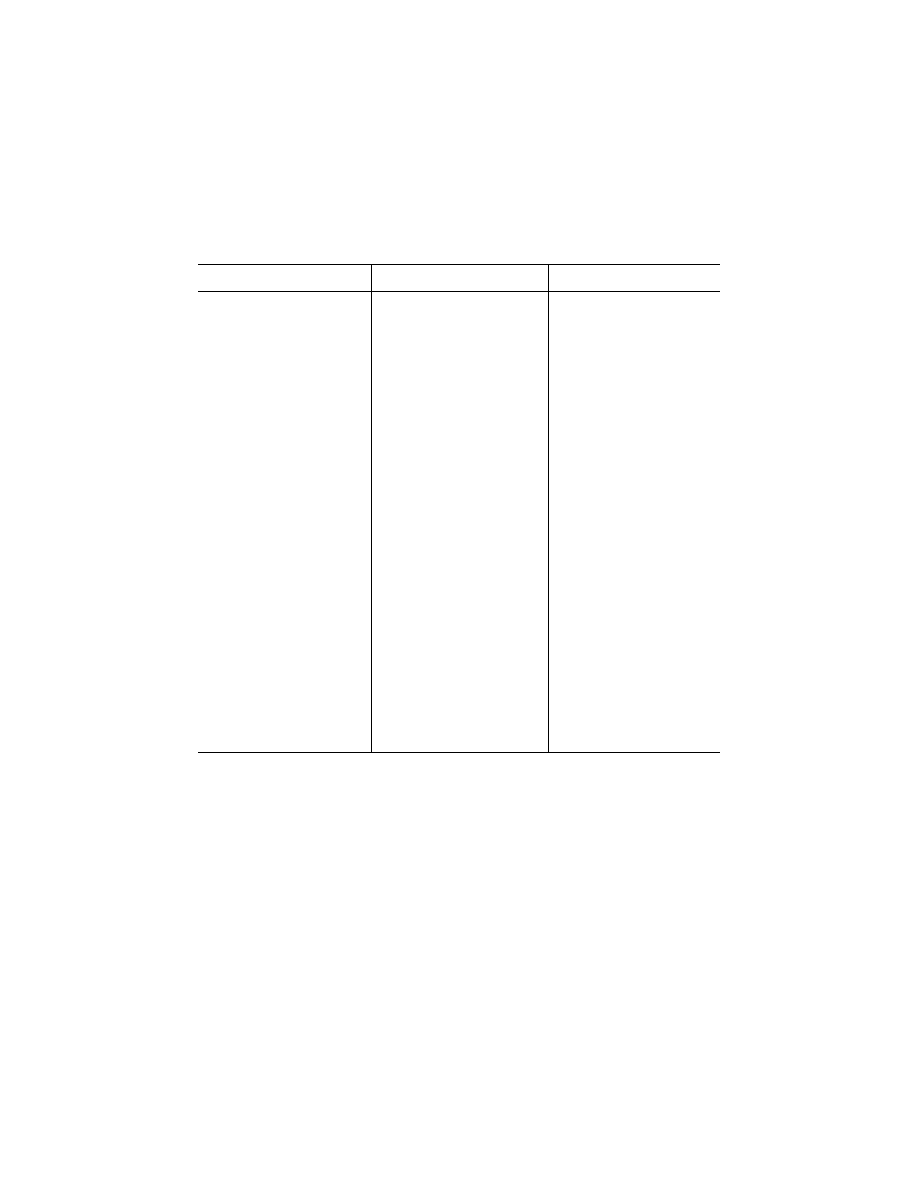
579
Federal Aviation Administration, DOT
§ 61.315
If you are applying for a sport pilot certifi-
cate with . . .
Then you must log at least . . .
Which must include at least . . .
(f) Lighter-than-air category and balloon
class privileges,
(1) 7 hours of flight time in a balloon, in-
cluding three flights with an authorized
instructor and one flight performing the
duties of pilot in command in a balloon
with an authorized instructor in the
areas of operation listed in § 61.311,
(i) 2 hours of cross-country flight training,
and (ii) 1 hours of flight training with
an authorized instructor on those
areas of operation specified in
§ 61.311 in preparation for the practical
test within the preceding 2 calendar
months from the month of the test.
(g) Powered parachute category land or
sea class privileges,
(1) 12 hours of flight time in a powered
parachute, including 10 hours of flight
training from an authorized instructor
in a powered parachute, and at least 2
hours of solo flight training in the areas
of operation listed in § 61.311
(i) 1 hour of cross-country flight training,
(ii) 20 takeoffs and landings to a full
stop in a powered parachute with each
landing involving flight in the traffic pat-
tern at an airport; (iii) 10 solo takeoffs
and landings to a full stop (with each
landing involving a flight in the traffic
pattern) at an airport, (iv) One solo
flight with a landing at a different air-
port and one segment of the flight con-
sisting of a straight-line distance of at
least 10 nautical miles between takeoff
and landing locations, and (v) 1 hours
of flight training with an authorized in-
structor on those areas of operation
specified in § 61.311 in preparation for
the practical test within the preceding
2 calendar months from the month of
the test.
(h) Weight-shift-control aircraft category
land or sea class privileges,
(1) 20 hours of flight time, including 15
hours of flight training from an author-
ized instructor in a weight-shift-control
aircraft and at least 5 hours of solo
flight training in the areas of operation
listed in § 61.311,
(i) 2 hours of cross-country flight training,
(ii) 10 takeoffs and landings to a full
stop (with each landing involving a
flight in the traffic pattern) at an airport,
(iii) One solo cross-country flight of at
least 50 nautical miles total distance,
with a full-stop landing at a minimum
of two points, and one segment of the
flight consisting of a straight-line dis-
tance of at least 25 nautical miles be-
tween takeoff and landing locations,
and (iv) 2 hours of flight training with
an authorized instructor on those
areas of operation specified in
§ 61.311 in preparation for the practical
test within the preceding 2 calendar
months from the month of the test.
[Doc. No. FAA–2001–11133, 69 FR 44869, July 27, 2004; Amdt. 61–124A, 74 FR 53647, Oct. 20, 2009;
Amdt. 61–125, 75 FR 5221, Feb. 1, 2010; Docket No. FAA–2022–1355, Amdt. No. 61–151, 87 FR 75845,
Dec. 9, 2022]
§ 61.315
What are the privileges and
limits of my sport pilot certificate?
(a) If you hold a sport pilot certifi-
cate you may act as pilot in command
of a light-sport aircraft, except as spec-
ified in paragraph (c) of this section.
(b) You may share the operating ex-
penses of a flight with a passenger, pro-
vided the expenses involve only fuel,
oil, airport expenses, or aircraft rental
fees. You must pay at least half the op-
erating expenses of the flight.
(c) You may not act as pilot in com-
mand of a light-sport aircraft:
(1) That is carrying a passenger or
property for compensation or hire.
(2) For compensation or hire.
(3) In furtherance of a business.
(4) While carrying more than one pas-
senger.
(5) At night.
(6) In Class A airspace.
(7) In Class B, C, and D airspace, at
an airport located in Class B, C, or D
airspace, and to, from, through, or at
an airport having an operational con-
trol tower unless you have met the re-
quirements specified in § 61.325.
(8) Outside the United States, unless
you have prior authorization from the
country in which you seek to operate.
Your sport pilot certificate carries the
limit ‘‘Holder does not meet ICAO re-
quirements.’’
VerDate Sep<11>2014
14:00 Mar 14, 2024
Jkt 262047
PO 00000
Frm 00589
Fmt 8010
Sfmt 8002
Q:\14\14V2.TXT
PC31
aworley on LAPBH6H6L3 with DISTILLER
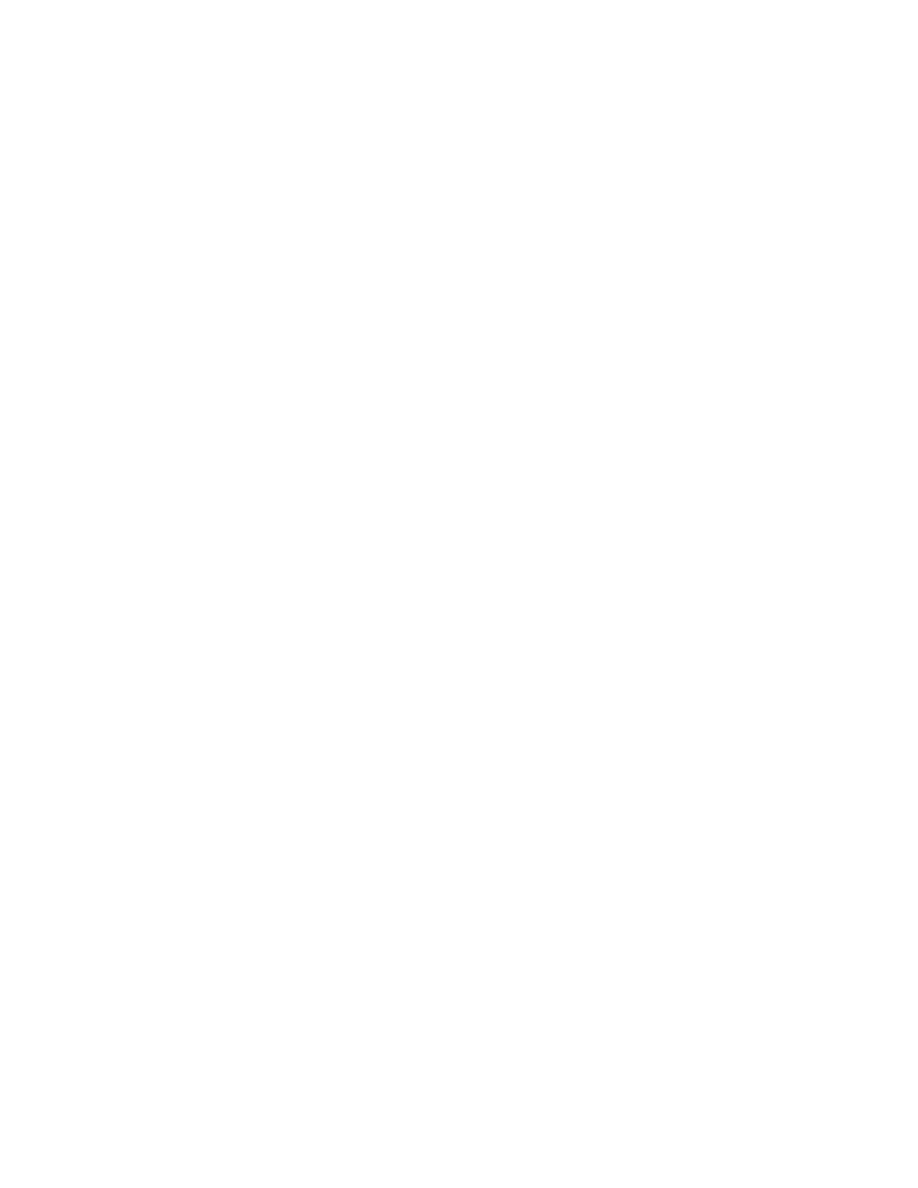
580
14 CFR Ch. I (1–1–24 Edition)
§ 61.317
(9) To demonstrate the aircraft in
flight to a prospective buyer if you are
an aircraft salesperson.
(10) In a passenger-carrying airlift
sponsored by a charitable organization.
(11) At an altitude of more than 10,000
feet MSL or 2,000 feet AGL, whichever
is higher.
(12) When the flight or surface visi-
bility is less than 3 statute miles.
(13) Without visual reference to the
surface.
(14) If the aircraft:
(i) Has a V
H
greater than 87 knots
CAS, unless you have met the require-
ments of § 61.327(b).
(ii) Has a V
H
less than or equal to 87
knots CAS, unless you have met the re-
quirements of § 61.327(a) or have logged
flight time as pilot in command of an
airplane with a V
H
less than or equal to
87 knots CAS before April 2, 2010.
(15) Contrary to any operating limi-
tation placed on the airworthiness cer-
tificate of the aircraft being flown.
(16) Contrary to any limit on your
pilot certificate or airman medical cer-
tificate, or any other limit or endorse-
ment from an authorized instructor.
(17) Contrary to any restriction or
limitation on your U.S. driver’s license
or any restriction or limitation im-
posed by judicial or administrative
order when using your driver’s license
to satisfy a requirement of this part.
(18) While towing any object.
(19) As a pilot flight crewmember on
any aircraft for which more than one
pilot is required by the type certificate
of the aircraft or the regulations under
which the flight is conducted.
[Doc. No. FAA–2001–11133, 69 FR 44869, July
27, 2004, as amended by Amdt. 61–125, 75 FR
5221, Feb. 1, 2010; Amdt. 61–125A, 75 FR 15610,
Mar. 30, 2010]
§ 61.317
Is my sport pilot certificate
issued with aircraft category and
class ratings?
Your sport pilot certificate does not
list aircraft category and class ratings.
When you successfully pass the prac-
tical test for a sport pilot certificate,
regardless of the light-sport aircraft
privileges you seek, the FAA will issue
you a sport pilot certificate without
any category and class ratings. The
FAA will provide you with a logbook
endorsement for the category and class
of aircraft in which you are authorized
to act as pilot in command.
[Doc. No. FAA–2001–11133, 69 FR 44869, July
27, 2004, as amended by Amdt. 61–125, 75 FR
5222, Feb. 1, 2010; Amdt. 61–125A, 75 FR 15610,
Mar. 30, 2010]
§ 61.319
[Reserved]
§ 61.321
How do I obtain privileges to
operate an additional category or
class of light-sport aircraft?
If you hold a sport pilot certificate
and seek to operate an additional cat-
egory or class of light-sport aircraft,
you must—
(a) Receive a logbook endorsement
from the authorized instructor who
trained you on the applicable aero-
nautical knowledge areas specified in
§ 61.309 and areas of operation specified
in § 61.311. The endorsement certifies
you have met the aeronautical knowl-
edge and flight proficiency require-
ments for the additional light-sport
aircraft privilege you seek;
(b) Successfully complete a pro-
ficiency check from an authorized in-
structor other than the instructor who
trained you on the aeronautical knowl-
edge areas and areas of operation speci-
fied in §§ 61.309 and 61.311 for the addi-
tional light-sport aircraft privilege you
seek;
(c) Complete an application for those
privileges on a form and in a manner
acceptable to the FAA and present this
application to the authorized instruc-
tor who conducted the proficiency
check specified in paragraph (b) of this
section; and
(d) Receive a logbook endorsement
from the instructor who conducted the
proficiency check specified in para-
graph (b) of this section certifying you
are proficient in the applicable areas of
operation and aeronautical knowledge
areas, and that you are authorized for
the additional category and class light-
sport aircraft privilege.
VerDate Sep<11>2014
14:00 Mar 14, 2024
Jkt 262047
PO 00000
Frm 00590
Fmt 8010
Sfmt 8002
Q:\14\14V2.TXT
PC31
aworley on LAPBH6H6L3 with DISTILLER
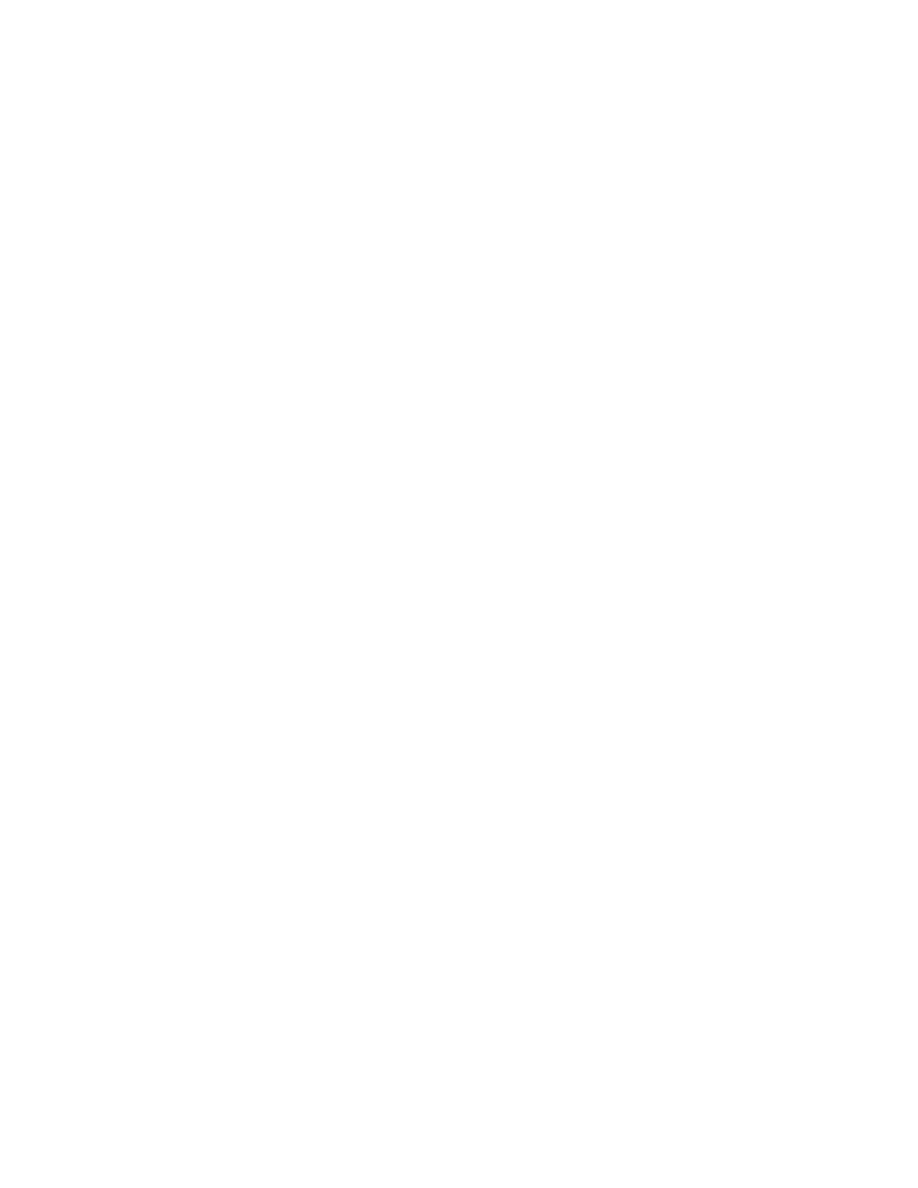
581
Federal Aviation Administration, DOT
§ 61.403
§ 61.323
[Reserved]
§ 61.325
How do I obtain privileges to
operate a light-sport aircraft at an
airport within, or in airspace with-
in, Class B, C, and D airspace, or in
other airspace with an airport hav-
ing an operational control tower?
If you hold a sport pilot certificate
and seek privileges to operate a light-
sport aircraft in Class B, C, or D air-
space, at an airport located in Class B,
C, or D airspace, or to, from, through,
or at an airport having an operational
control tower, you must receive and
log ground and flight training. The au-
thorized instructor who provides this
training must provide a logbook en-
dorsement that certifies you are pro-
ficient in the following aeronautical
knowledge areas and areas of oper-
ation:
(a) The use of radios, communica-
tions, navigation system/facilities, and
radar services.
(b) Operations at airports with an op-
erating control tower to include three
takeoffs and landings to a full stop,
with each landing involving a flight in
the traffic pattern, at an airport with
an operating control tower.
(c) Applicable flight rules of part 91
of this chapter for operations in Class
B, C, and D airspace and air traffic con-
trol clearances.
§ 61.327
Are there specific endorse-
ment requirements to operate a
light-sport aircraft based on V
H
?
(a) Except as specified in paragraph
(c) of this section, if you hold a sport
pilot certificate and you seek to oper-
ate a light-sport aircraft that is an air-
plane with a V
H
less than or equal to 87
knots CAS you must—
(1) Receive and log ground and flight
training from an authorized instructor
in an airplane that has a V
H
less than
or equal to 87 knots CAS; and
(2) Receive a logbook endorsement
from the authorized instructor who
provided the training specified in para-
graph (a)(1) of this section certifying
that you are proficient in the operation
of light-sport aircraft that is an air-
plane with a V
H
less than or equal to 87
knots CAS.
(b) If you hold a sport pilot certifi-
cate and you seek to operate a light-
sport aircraft that has a V
H
greater
than 87 knots CAS you must—
(1) Receive and log ground and flight
training from an authorized instructor
in an aircraft that has a V
H
greater
than 87 knots CAS; and
(2) Receive a logbook endorsement
from the authorized instructor who
provided the training specified in para-
graph (b)(1) of this section certifying
that you are proficient in the operation
of light-sport aircraft with a V
H
great-
er than 87 knots CAS.
(c) The training and endorsements re-
quired by paragraph (a) of this section
are not required if you have logged
flight time as pilot in command of an
airplane with a V
H
less than or equal to
87 knots CAS prior to April 2, 2010.
[Doc. No. FAA–2007–29015, 75 FR 5222, Feb. 1,
2010; Amdt. 61–125A, 75 FR 15610, Mar. 30,
2010]
Subpart K—Flight Instructors With a
Sport Pilot Rating
S
OURCE
: Docket No. FAA–2001–11133, 69 FR
44875, July 27, 2004, unless otherwise noted.
§ 61.401
What is the purpose of this
subpart?
(a) This part prescribes the following
requirements that apply to a flight in-
structor certificate with a sport pilot
rating:
(1) Eligibility.
(2) Aeronautical knowledge.
(3) Flight proficiency.
(4) Endorsements.
(5) Privileges and limits.
(b) Other provisions of this part
apply to the logging of flight time and
testing.
[Doc. No. FAA–2001–11133, 69 FR 44875, July
27, 2004, as amended by Amdt. 61–125, 75 FR
5222, Feb. 1, 2010]
§ 61.403
What are the age, language,
and pilot certificate requirements
for a flight instructor certificate
with a sport pilot rating?
To be eligible for a flight instructor
certificate with a sport pilot rating
you must:
(a) Be at least 18 years old.
(b) Be able to read, speak, write, and
understand English. If you cannot read,
speak, write, and understand English
because of medical reasons, the FAA
VerDate Sep<11>2014
14:00 Mar 14, 2024
Jkt 262047
PO 00000
Frm 00591
Fmt 8010
Sfmt 8002
Q:\14\14V2.TXT
PC31
aworley on LAPBH6H6L3 with DISTILLER
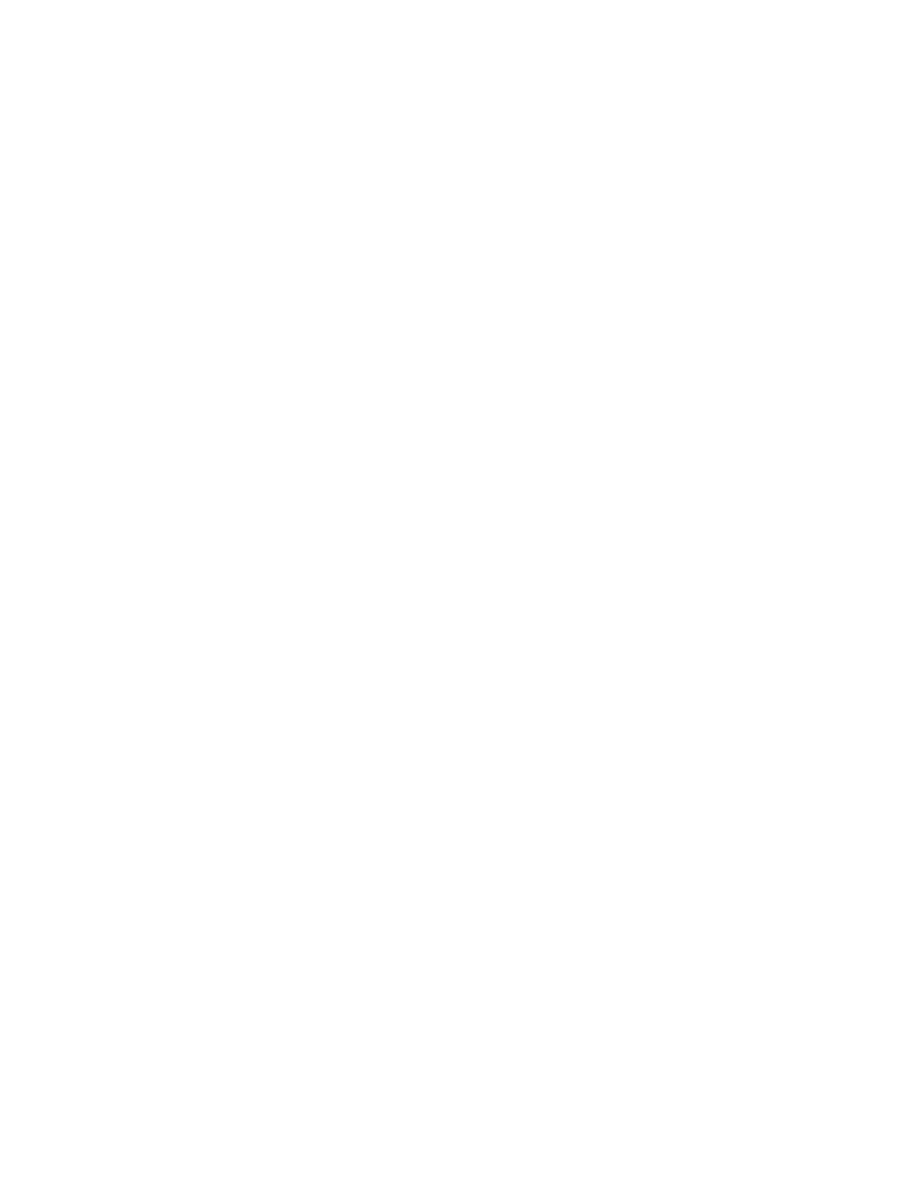
582
14 CFR Ch. I (1–1–24 Edition)
§ 61.405
may place limits on your certificate as
are necessary for the safe operation of
light-sport aircraft.
(c) Hold at least a sport pilot certifi-
cate with category and class ratings or
privileges, as applicable, that are ap-
propriate to the flight instructor privi-
leges sought.
[Doc. No. FAA–2001–11133, 69 FR 44875, July
27, 2004, as amended by Amdt. 61–124, 74 FR
42562, Aug. 21, 2009]
§ 61.405
What tests do I have to take to
obtain a flight instructor certificate
with a sport pilot rating?
To obtain a flight instructor certifi-
cate with a sport pilot rating you must
pass the following tests:
(a)
Knowledge test. Before you take a
knowledge test, you must receive a log-
book endorsement certifying you are
prepared for the test from an author-
ized instructor who trained you or
evaluated your home-study course on
the aeronautical knowledge areas list-
ed in § 61.407. You must pass knowledge
tests on—
(1) The fundamentals of instructing
listed in § 61.407(a), unless you meet the
requirements of § 61.407(c); and
(2) The aeronautical knowledge areas
for a sport pilot certificate applicable
to the aircraft category and class for
which flight instructor privileges are
sought.
(b)
Practical test. (1) Before you take
the practical test, you must—
(i) Receive a logbook endorsement
from the authorized instructor who
provided you with flight training on
the areas of operation specified in
§ 61.409 that apply to the category and
class of aircraft privileges you seek.
This endorsement certifies you meet
the applicable aeronautical knowledge
and experience requirements and are
prepared for the practical test;
(ii) If you are seeking privileges to
provide instruction in an airplane or
glider, receive a logbook endorsement
from an authorized instructor indi-
cating that you are competent and pos-
sess instructional proficiency in stall
awareness, spin entry, spins, and spin
recovery procedures after you have re-
ceived flight training in those training
areas in an airplane or glider, as appro-
priate, that is certificated for spins;
(2) You must pass a practical test—
(i) On the areas of operation listed in
§ 61.409 that are appropriate to the cat-
egory and class of aircraft privileges
you seek;
(ii) In an aircraft representative of
the category and class of aircraft for
the privileges you seek;
(iii) In which you demonstrate that
you are able to teach stall awareness,
spin entry, spins, and spin recovery
procedures if you are seeking privileges
to provide instruction in an airplane or
glider. If you have not failed a prac-
tical test based on deficiencies in your
ability to demonstrate knowledge or
skill in these areas and you provide the
endorsement required by paragraph
(b)(1)(ii) of this section, an examiner
may accept the endorsement instead of
the demonstration required by this
paragraph. If you are taking a test be-
cause you previously failed a test based
on not meeting the requirements of
this paragraph, you must pass a prac-
tical test on stall awareness, spin
entry, spins, and spin recovery instruc-
tional competency and proficiency in
the applicable category and class of
aircraft that is certificated for spins.
§ 61.407
What aeronautical knowledge
must I have to apply for a flight in-
structor certificate with a sport
pilot rating?
(a) Except as specified in paragraph
(c) of this section you must receive and
log ground training from an authorized
instructor on the fundamentals of in-
struction that includes:
(1) The learning process.
(2) Elements of effective teaching.
(3) Student evaluation and testing.
(4) Course development.
(5) Lesson planning.
(6) Classroom training techniques.
(b) You must receive and log ground
training from an authorized instructor
on the aeronautical knowledge areas
applicable to a sport pilot certificate
for the aircraft category and class in
which you seek flight instructor privi-
leges.
(c) You do not have to meet the re-
quirements of paragraph (a) of this sec-
tion if you—
(1) Hold a flight instructor certificate
or ground instructor certificate issued
under this part;
VerDate Sep<11>2014
14:00 Mar 14, 2024
Jkt 262047
PO 00000
Frm 00592
Fmt 8010
Sfmt 8002
Q:\14\14V2.TXT
PC31
aworley on LAPBH6H6L3 with DISTILLER
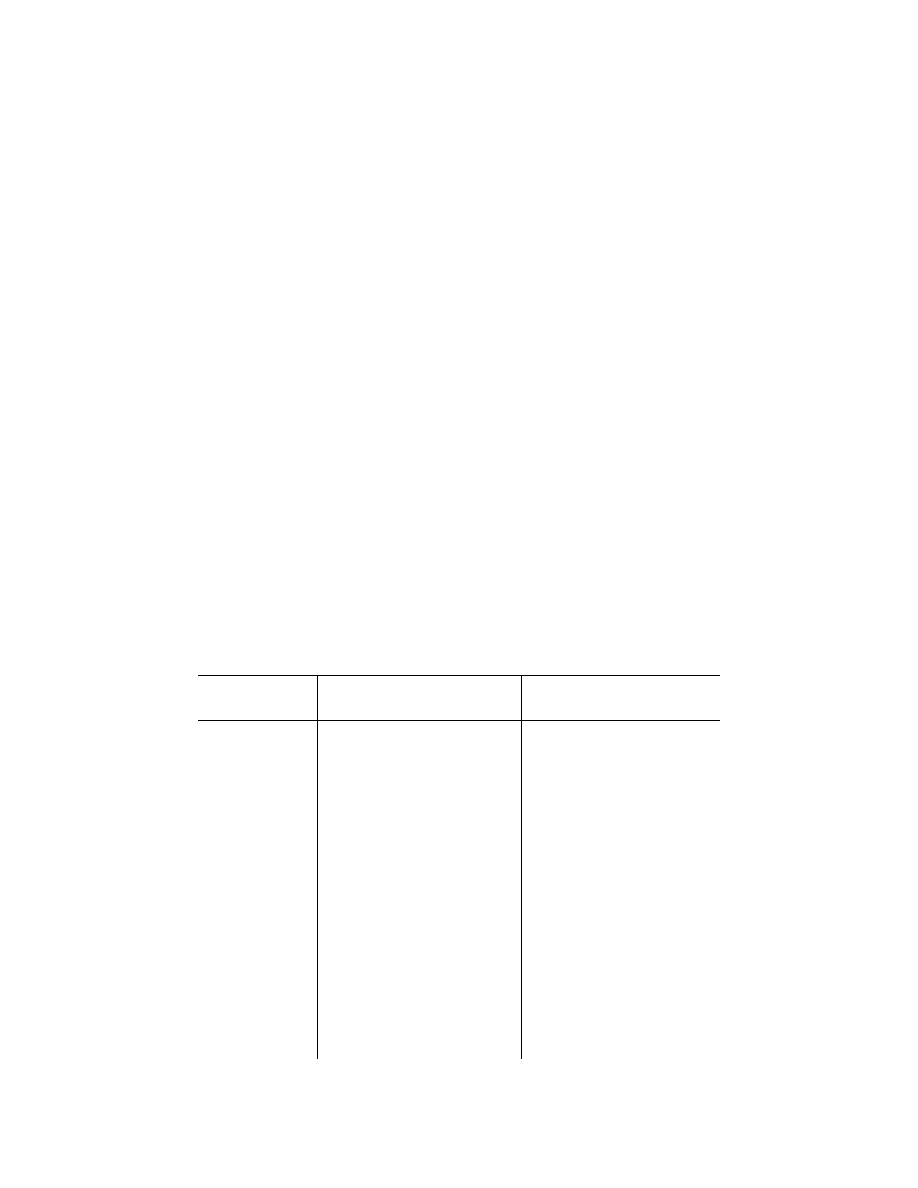
583
Federal Aviation Administration, DOT
§ 61.409
(2) Hold a teacher’s certificate issued
by a State, county, city, or munici-
pality; or
(3) Are employed as a teacher at an
accredited college or university.
[Doc. No. FAA–2001–11133, 69 FR 44875, July
27, 2004, as amended by Amdt. 61–124, 74 FR
42562, Aug. 21, 2009]
§ 61.409
What flight proficiency re-
quirements must I meet to apply for
a flight instructor certificate with a
sport pilot rating?
You must receive and log ground and
flight training from an authorized in-
structor on the following areas of oper-
ation for the aircraft category and
class in which you seek flight instruc-
tor privileges:
(a) Technical subject areas.
(b) Preflight preparation.
(c) Preflight lesson on a maneuver to
be performed in flight.
(d) Preflight procedures.
(e) Airport, seaplane base, and
gliderport operations, as applicable.
(f) Takeoffs (or launches), landings,
and go-arounds.
(g) Fundamentals of flight.
(h) Performance maneuvers and for
gliders, performance speeds.
(i) Ground reference maneuvers (ex-
cept for gliders and lighter-than-air).
(j) Soaring techniques.
(k) Slow flight (not applicable to
lighter-than-air and powered para-
chutes).
(l) Stalls (not applicable to lighter-
than-air, powered parachutes, and gy-
roplanes).
(m) Spins (applicable to airplanes
and gliders).
(n) Emergency operations.
(o) Tumble entry and avoidance tech-
niques (applicable to weight-shift-con-
trol aircraft).
(p) Post-flight procedures.
§ 61.411
What aeronautical experience must I have to apply for a flight instructor
certificate with a sport pilot rating?
Use the following table to determine the experience you must have for each air-
craft category and class:
If you are applying for a
flight instructor certificate
with a sport pilot rating
for . . .
Then you must log at least . . .
Which must include at least . . .
(a) Airplane category and
single-engine class privi-
leges,
(1) 150 hours of flight time as a pilot, ................
(i) 100 hours of flight time as pilot in command
in powered aircraft,
(ii) 50 hours of flight time in a single-engine air-
plane,
(iii) 25 hours of cross-country flight time,
(iv) 10 hours of cross-country flight time in a
single-engine airplane, and
(v) 15 hours of flight time as pilot in command
in a single-engine airplane that is a light-sport
aircraft.
(b) Glider category privi-
leges,
(1) 25 hours of flight time as pilot in command
in a glider, 100 flights in a glider, and 15
flights as pilot in command in a glider that is
a light-sport aircraft, or.
(2) 100 hours in heavier-than-air aircraft, 20
flights in a glider, and 15 flights as pilot in
command in a glider that is a light-sport air-
craft.
(c) Rotorcraft category and
gyroplane class privi-
leges,
(1) 125 hours of flight time as a pilot, ................
(i) 100 hours of flight time as pilot in command
in powered aircraft,
(ii) 50 hours of flight time in a gyroplane,
(iii) 10 hours of cross-country flight time,
(iv) 3 hours of cross-country flight time in a gy-
roplane, and
(v) 15 hours of flight time as pilot in command
in a gyroplane that is a light-sport aircraft.
(d) Lighter-than-air category
and airship class privi-
leges,
(1) 100 hours of flight time as a pilot, ................
(i) 40 hours of flight time in an airship,
(ii) 20 hours of pilot in command time in an air-
ship,
(iii) 10 hours of cross-country flight time,
(iv) 5 hours of cross-country flight time in an
airship, and
VerDate Sep<11>2014
14:00 Mar 14, 2024
Jkt 262047
PO 00000
Frm 00593
Fmt 8010
Sfmt 8002
Q:\14\14V2.TXT
PC31
aworley on LAPBH6H6L3 with DISTILLER
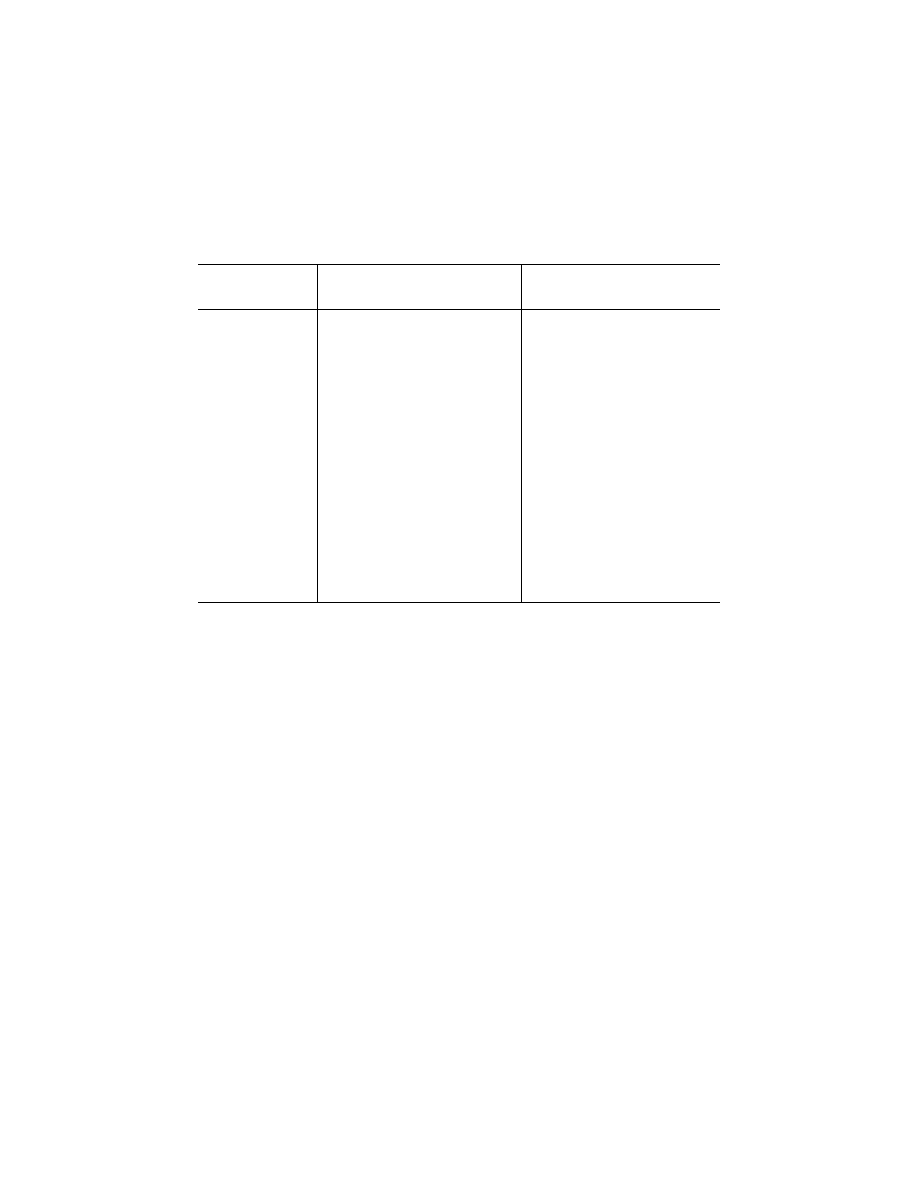
584
14 CFR Ch. I (1–1–24 Edition)
§ 61.412
If you are applying for a
flight instructor certificate
with a sport pilot rating
for . . .
Then you must log at least . . .
Which must include at least . . .
(v) 15 hours of flight time as pilot in command
in an airship that is a light-sport aircraft.
(e) Lighter-than-air category
and balloon class privi-
leges,
(1) 35 hours of flight time as pilot-in-command,
(i) 20 hours of flight time in a balloon,
(ii) 10 flights in a balloon, and
(iii) 5 flights as pilot in command in a balloon
that is a light-sport aircraft.
(f) Weight-shift-control air-
craft category privileges,
(1) 150 hours of flight time as a pilot, ................
(i) 100 hours of flight time as pilot in command
in powered aircraft,
(ii) 50 hours of flight time in a weight-shift-con-
trol aircraft,
(iii) 25 hours of cross-country flight time,
(iv) 10 hours of cross-country flight time in a
weight-shift-control aircraft, and
(v) 15 hours of flight time as pilot in command
in a weight-shift-control aircraft that is a light-
sport aircraft.
(g) Powered-parachute cat-
egory privileges,
(1) 100 hours of flight time as a pilot, ................
(i) 75 hours of flight time as pilot in command in
powered aircraft,
(ii) 50 hours of flight time in a powered para-
chute,
(iii) 15 hours of cross-country flight time,
(iv) 5 hours of cross-country flight time in a
powered parachute, and
(v) 15 hours of flight time as pilot in command
in a powered parachute that is a light-sport
aircraft.
§ 61.412
Do I need additional training
to provide instruction on control
and maneuvering an airplane solely
by reference to the instruments in a
light-sport aircraft based on V
H
?
To provide flight training under
§ 61.93(e)(12) on control and maneu-
vering an airplane solely by reference
to the flight instruments for the pur-
pose of issuing a solo cross-country en-
dorsement under § 61.93(c)(1) to a stu-
dent pilot seeking a sport pilot certifi-
cate, a flight instructor with a sport
pilot rating must:
(a) Hold an endorsement required by
§ 61.327(b);
(b) Receive and log a minimum of 1
hour of ground training and 3 hours of
flight training from an authorized in-
structor in an airplane with a V
H
great-
er than 87 knots CAS or in a full flight
simulator, flight training device, or
aviation training device that replicates
an airplane with a V
H
greater than 87
knots CAS; and
(c) Receive a one-time endorsement
in his or her logbook from an instruc-
tor authorized under subpart H of this
part who certifies that the person is
proficient in providing training on con-
trol and maneuvering solely by ref-
erence to the flight instruments in an
airplane with a V
H
greater than 87
knots CAS. This flight training must
include straight and level flight, turns,
descents, climbs, use of radio naviga-
tion aids, and ATC directives.
[Amdt. 61–142, 83 FR 30280, June 27, 2018]
§ 61.413
What are the privileges of my
flight instructor certificate with a
sport pilot rating?
(a) If you hold a flight instructor cer-
tificate with a sport pilot rating, you
are authorized, within the limits of
your certificate and rating, to provide
training and endorsements that are re-
quired for, and relate to—
(1) A student pilot seeking a sport
pilot certificate;
(2) A sport pilot certificate;
(3) A flight instructor certificate
with a sport pilot rating;
(4) A powered parachute or weight-
shift-control aircraft rating;
(5) Sport pilot privileges;
(6) A flight review or operating privi-
lege for a sport pilot;
(7) A practical test for a sport pilot
certificate, a private pilot certificate
with a powered parachute or weight-
shift-control aircraft rating or a flight
instructor certificate with a sport pilot
rating;
VerDate Sep<11>2014
14:00 Mar 14, 2024
Jkt 262047
PO 00000
Frm 00594
Fmt 8010
Sfmt 8002
Q:\14\14V2.TXT
PC31
aworley on LAPBH6H6L3 with DISTILLER

585
Federal Aviation Administration, DOT
§ 61.415
(8) A knowledge test for a sport pilot
certificate, a private pilot certificate
with a powered parachute or weight-
shift-control aircraft rating or a flight
instructor certificate with a sport pilot
rating; and
(9) A proficiency check for an addi-
tional category or class privilege for a
sport pilot certificate or a flight in-
structor certificate with a sport pilot
rating.
(b) A person who holds a flight in-
structor certificate with a sport pilot
rating is authorized, in a form and
manner acceptable to the Adminis-
trator, to:
(1) Accept an application for a stu-
dent pilot certificate or, for an appli-
cant who holds a pilot certificate
(other than a student pilot certificate)
issued under part 61 of this chapter and
meets the flight review requirements
specified in § 61.56, a remote pilot cer-
tificate with a small UAS rating;
(2) Verify the identity of the appli-
cant; and
(3) Verify that an applicant for a stu-
dent pilot certificate meets the eligi-
bility requirements in § 61.83.
[Docket FAA–2010–1127, Amdt. 61–135, 81 FR
1307, Jan. 12, 2016, as amended by Docket
FAA–2015–0150, Amdt. 61–137, 81 FR 42208,
June 28, 2016]
§ 61.415
What are the limits of a flight
instructor certificate with a sport
pilot rating?
If you hold a flight instructor certifi-
cate with a sport pilot rating, you may
only provide flight training in a light-
sport aircraft and are subject to the
following limits:
(a) You may not provide ground or
flight training in any aircraft for
which you do not hold:
(1) A sport pilot certificate with ap-
plicable category and class privileges
or a pilot certificate with the applica-
ble category and class rating; and
(2) Applicable category and class
privileges for your flight instructor
certificate with a sport pilot rating.
(b) You may not provide ground or
flight training for a private pilot cer-
tificate with a powered parachute or
weight-shift-control aircraft rating un-
less you hold:
(1) At least a private pilot certificate
with the applicable category and class
rating; and
(2) Applicable category and class
privileges for your flight instructor
certificate with a sport pilot rating.
(c) You may not conduct more than 8
hours of flight training in any 24-con-
secutive-hour period.
(d) You may not endorse a:
(1) Student pilot’s logbook for solo
flight privileges, unless you have—
(i) Given that student the flight
training required for solo flight privi-
leges required by this part; and
(ii) Determined that the student is
prepared to conduct the flight safely
under known circumstances, subject to
any limitations listed in the student’s
logbook that you consider necessary
for the safety of the flight.
(2) Student pilot’s logbook for a solo
cross-country flight, unless you have
determined the student’s flight prepa-
ration, planning, equipment, and pro-
posed procedures are adequate for the
proposed flight under the existing con-
ditions and within any limitations list-
ed in the logbook that you consider
necessary for the safety of the flight.
(3) Student pilot’s logbook for solo
flight in Class B, C, and D airspace
areas, at an airport within Class B, C,
or D airspace and to from, through or
on an airport having an operational
control tower, unless you have—
(i) Given that student ground and
flight training in that airspace or at
that airport; and
(ii) Determined that the student is
proficient to operate the aircraft safe-
ly.
(4) Logbook of a pilot for a flight re-
view, unless you have conducted a re-
view of that pilot in accordance with
the requirements of § 61.56.
(e) You may not provide training to
operate a light-sport aircraft in Class
B, C, and D airspace, at an airport lo-
cated in Class B, C, or D airspace, and
to, from, through, or at an airport hav-
ing an operational control tower, un-
less you have the endorsement speci-
fied in § 61.325, or are otherwise author-
ized to conduct operations in this air-
space and at these airports.
(f) You may not provide training in a
light-sport aircraft that is an airplane
with a V
H
less than or equal to 87 knots
VerDate Sep<11>2014
14:00 Mar 14, 2024
Jkt 262047
PO 00000
Frm 00595
Fmt 8010
Sfmt 8002
Q:\14\14V2.TXT
PC31
aworley on LAPBH6H6L3 with DISTILLER
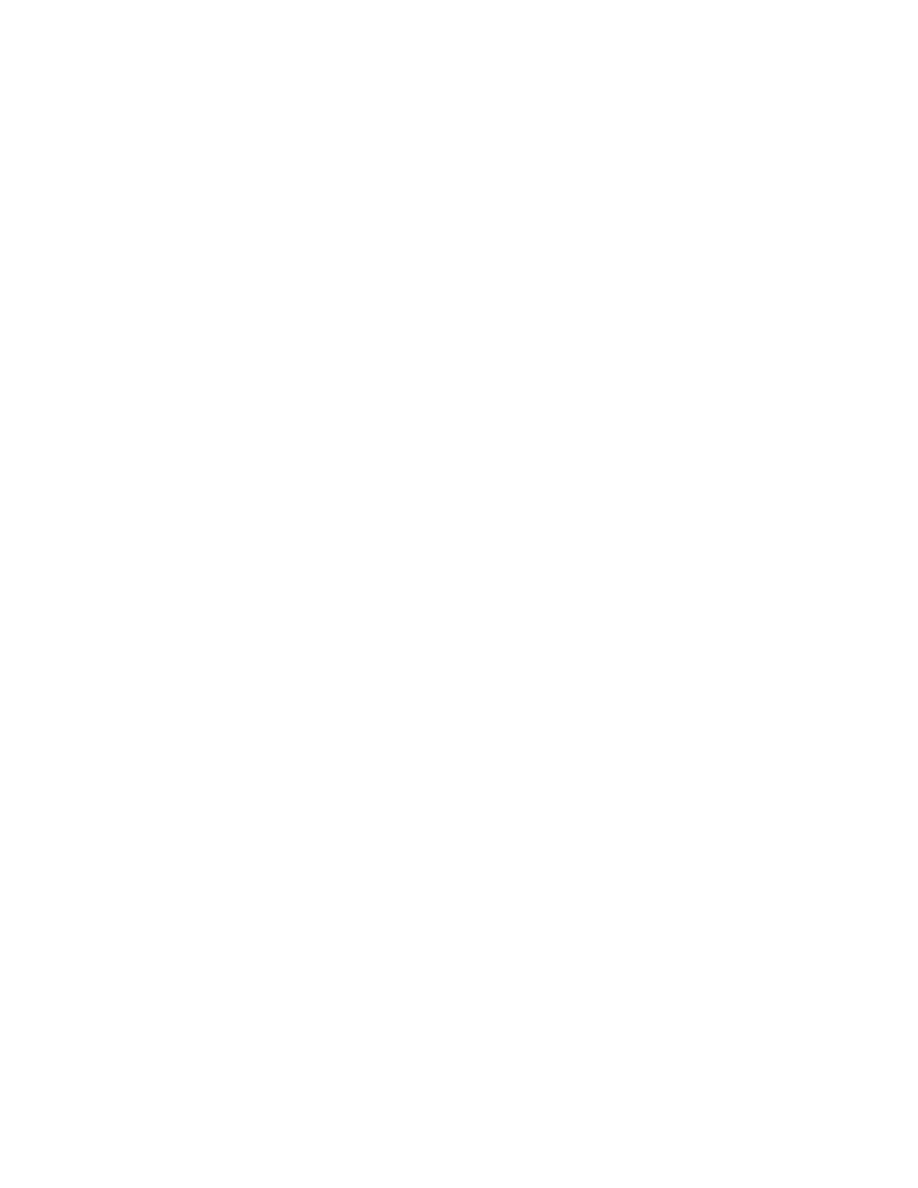
586
14 CFR Ch. I (1–1–24 Edition)
§ 61.417
CAS unless you have the endorsement
specified in § 61.327 (a), or are otherwise
authorized to operate that light-sport
aircraft.
(g) You may not provide training in a
light-sport aircraft with a V
H
greater
than 87 knots CAS unless you have the
endorsement specified in § 61.327 (b), or
are otherwise authorized to operate
that light-sport aircraft.
(h) You may not provide training on
the control and maneuvering of an air-
craft solely by reference to the instru-
ments in a light sport airplane with a
V
h
greater than 87 knots CAS unless
you meet the requirements in § 61.412.
(i) You must perform all training in
an aircraft that complies with the re-
quirements of § 91.109 of this chapter.
(j) If you provide flight training for a
certificate, rating or privilege, you
must provide that flight training in an
aircraft that meets the following:
(1) The aircraft must have at least
two pilot stations and be of the same
category and class appropriate to the
certificate, rating or privilege sought.
(2) For single place aircraft, pre-solo
flight training must be provided in an
aircraft that has two pilot stations and
is of the same category and class ap-
propriate to the certificate, rating, or
privilege sought.
[Doc. No. FAA–2001–11133, 69 FR 44875, July
27, 2004, as amended by Amdt. 61–125, 75 FR
5222, Feb. 1, 2010; Amdt. 61–125A, 75 FR 15610,
Mar. 30, 2010; Docket FAA–2010–1127, Amdt.
61–135, 81 FR 1307, Jan. 12, 2016; Amdt. 61–142,
83 FR 30280, June 27, 2018]
§ 61.417
Will my flight instructor cer-
tificate with a sport pilot rating list
aircraft category and class ratings?
Your flight instructor certificate
does not list aircraft category and
class ratings. When you successfully
pass the practical test for a flight in-
structor certificate with a sport pilot
rating, regardless of the light-sport air-
craft privileges you seek, the FAA will
issue you a flight instructor certificate
with a sport pilot rating without any
category and class ratings. The FAA
will provide you with a logbook en-
dorsement for the category and class of
light-sport aircraft you are authorized
to provide training in.
§ 61.419
How do I obtain privileges to
provide training in an additional
category or class of light-sport air-
craft?
If you hold a flight instructor certifi-
cate with a sport pilot rating and seek
to provide training in an additional
category or class of light-sport aircraft
you must—
(a) Receive a logbook endorsement
from the authorized instructor who
trained you on the applicable areas of
operation specified in § 61.409 certifying
you have met the aeronautical knowl-
edge and flight proficiency require-
ments for the additional category and
class flight instructor privilege you
seek;
(b) Successfully complete a pro-
ficiency check from an authorized in-
structor other than the instructor who
trained you on the areas specified in
§ 61.409 for the additional category and
class flight instructor privilege you
seek;
(c) Complete an application for those
privileges on a form and in a manner
acceptable to the FAA and present this
application to the authorized instruc-
tor who conducted the proficiency
check specified in paragraph (b) of this
section; and
(d) Receive a logbook endorsement
from the instructor who conducted the
proficiency check specified in para-
graph (b) of this section certifying you
are proficient in the areas of operation
and authorized for the additional cat-
egory and class flight instructor privi-
lege.
§ 61.421
May I give myself an endorse-
ment?
No. If you hold a flight instructor
certificate with a sport pilot rating,
you may not give yourself an endorse-
ment for any certificate, privilege, rat-
ing, flight review, authorization, prac-
tical test, knowledge test, or pro-
ficiency check required by this part.
§ 61.423
What are the recordkeeping
requirements for a flight instructor
with a sport pilot rating?
(a) As a flight instructor with a sport
pilot rating you must:
(1) Sign the logbook of each person to
whom you have given flight training or
ground training.
VerDate Sep<11>2014
14:00 Mar 14, 2024
Jkt 262047
PO 00000
Frm 00596
Fmt 8010
Sfmt 8002
Q:\14\14V2.TXT
PC31
aworley on LAPBH6H6L3 with DISTILLER
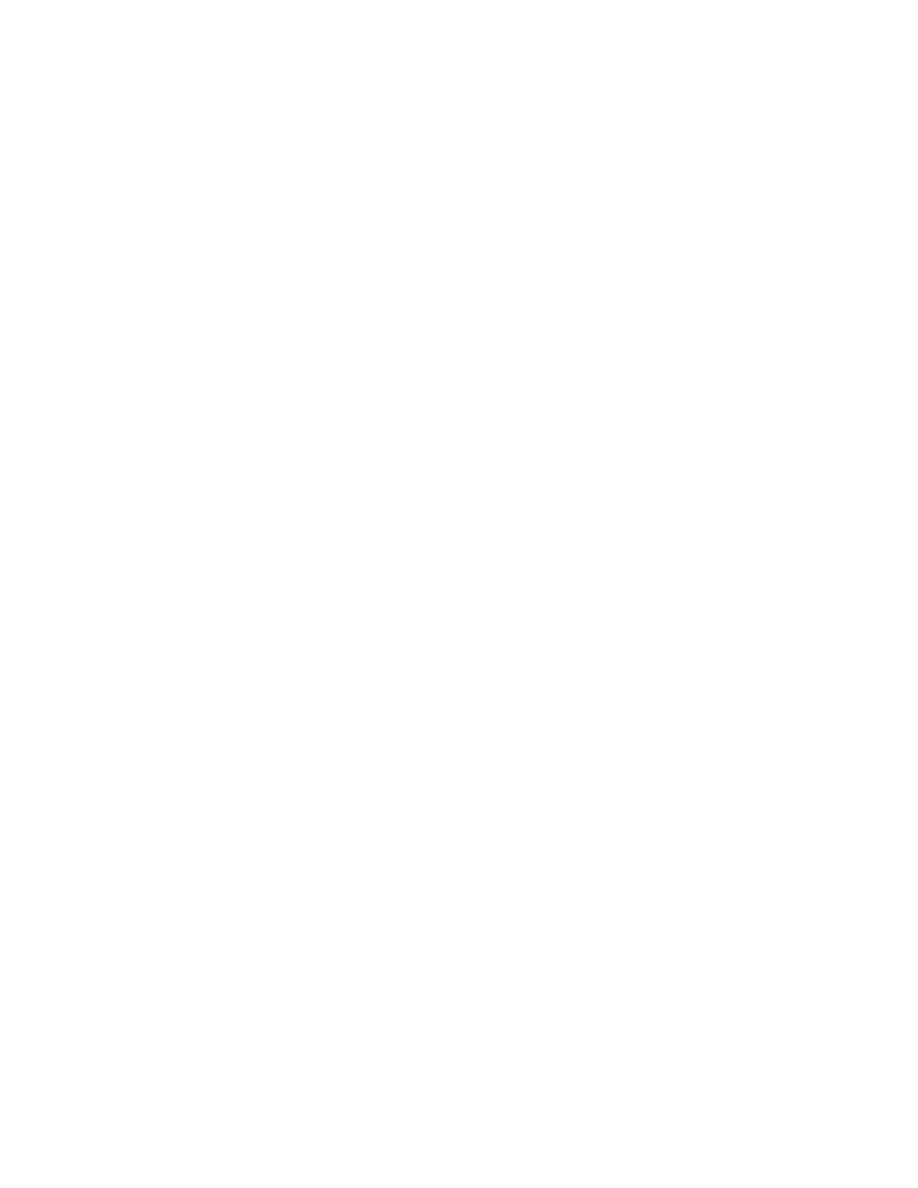
587
Federal Aviation Administration, DOT
§ 61.429
(2) Keep a record of the name, date,
and type of endorsement for:
(i) Each person whose logbook you
have endorsed for solo flight privileges.
(ii) Each person for whom you have
provided an endorsement for a knowl-
edge test, practical test, or proficiency
check, and the record must indicate
the kind of test or check, and the re-
sults.
(iii) Each person whose logbook you
have endorsed as proficient to oper-
ate—
(A) An additional category or class of
light-sport aircraft;
(B) In Class B, C, and D airspace; at
an airport located in Class B, C, or D
airspace; and to, from, through, or at
an airport having an operational con-
trol tower;
(C) A light-sport aircraft that is an
airplane with a V
H
less than or equal to
87 knots CAS; and
(D) A light-sport aircraft with a V
H
greater than 87 knots CAS.
(iv) Each person whose logbook you
have endorsed as proficient to provide
flight training in an additional cat-
egory or class of light-sport aircraft.
(b) Within 10 days after providing an
endorsement for a person to operate or
provide training in an additional cat-
egory and class of light-sport aircraft
you must—
(1) Complete, sign, and submit to the
FAA the application presented to you
to obtain those privileges; and
(2) Retain a copy of the form.
(c) You must keep the records listed
in this section for 3 years. You may
keep these records in a logbook or a
separate document.
[Doc. No. FAA–2001–11133, 69 FR 44875, July
27, 2004, as amended by Amdt. 61–125, 75 FR
5222, Feb. 1, 2010; Amdt. 61–125A, 75 FR 15610,
Mar. 30, 2010; Docket FAA–2010–1127, Amdt.
61–135, 81 FR 1307, Jan. 12, 2016]
§ 61.425
How do I renew my flight in-
structor certificate?
If you hold a flight instructor certifi-
cate with a sport pilot rating you may
renew your certificate in accordance
with the provisions of § 61.197.
§ 61.427
What must I do if my flight in-
structor certificate with a sport
pilot rating expires?
You may exchange your expired
flight instructor certificate with a
sport pilot rating for a new certificate
with a sport pilot rating and any other
rating on that certificate by passing a
practical test as prescribed in § 61.405(b)
or § 61.183(h) for one of the ratings list-
ed on the expired flight instructor cer-
tificate. The FAA will reinstate any
privilege authorized by the expired cer-
tificate.
§ 61.429
May I exercise the privileges
of a flight instructor certificate
with a sport pilot rating if I hold a
flight instructor certificate with an-
other rating?
If you hold a flight instructor certifi-
cate, a commercial pilot certificate
with an airship rating, or a commercial
pilot certificate with a balloon rating
issued under this part, and you seek to
exercise the privileges of a flight in-
structor certificate with a sport pilot
rating, you may do so without any fur-
ther showing of proficiency, subject to
the following limits:
(a) You are limited to the aircraft
category and class ratings listed on
your flight instructor certificate, com-
mercial pilot certificate with an air-
ship rating, or commercial pilot cer-
tificate with a balloon rating, as appro-
priate, when exercising your flight in-
structor privileges and the privileges
specified in § 61.413.
(b) You must comply with the limits
specified in § 61.415 and the record-
keeping requirements of § 61.423.
(c) If you want to exercise the privi-
leges of your flight instructor certifi-
cate in a category or class of light-
sport aircraft for which you are not
currently rated, you must meet all ap-
plicable requirements to provide train-
ing in an additional category or class
of light-sport aircraft specified in
§ 61.419.
[Doc. No. FAA–2001–11133, 69 FR 44875, July
27, 2004, as amended by Amdt. 61–124, 74 FR
42562, Aug. 21, 2009; Amdt. 61–125, 75 FR 5222,
Feb. 1, 2010]
VerDate Sep<11>2014
14:00 Mar 14, 2024
Jkt 262047
PO 00000
Frm 00597
Fmt 8010
Sfmt 8010
Q:\14\14V2.TXT
PC31
aworley on LAPBH6H6L3 with DISTILLER
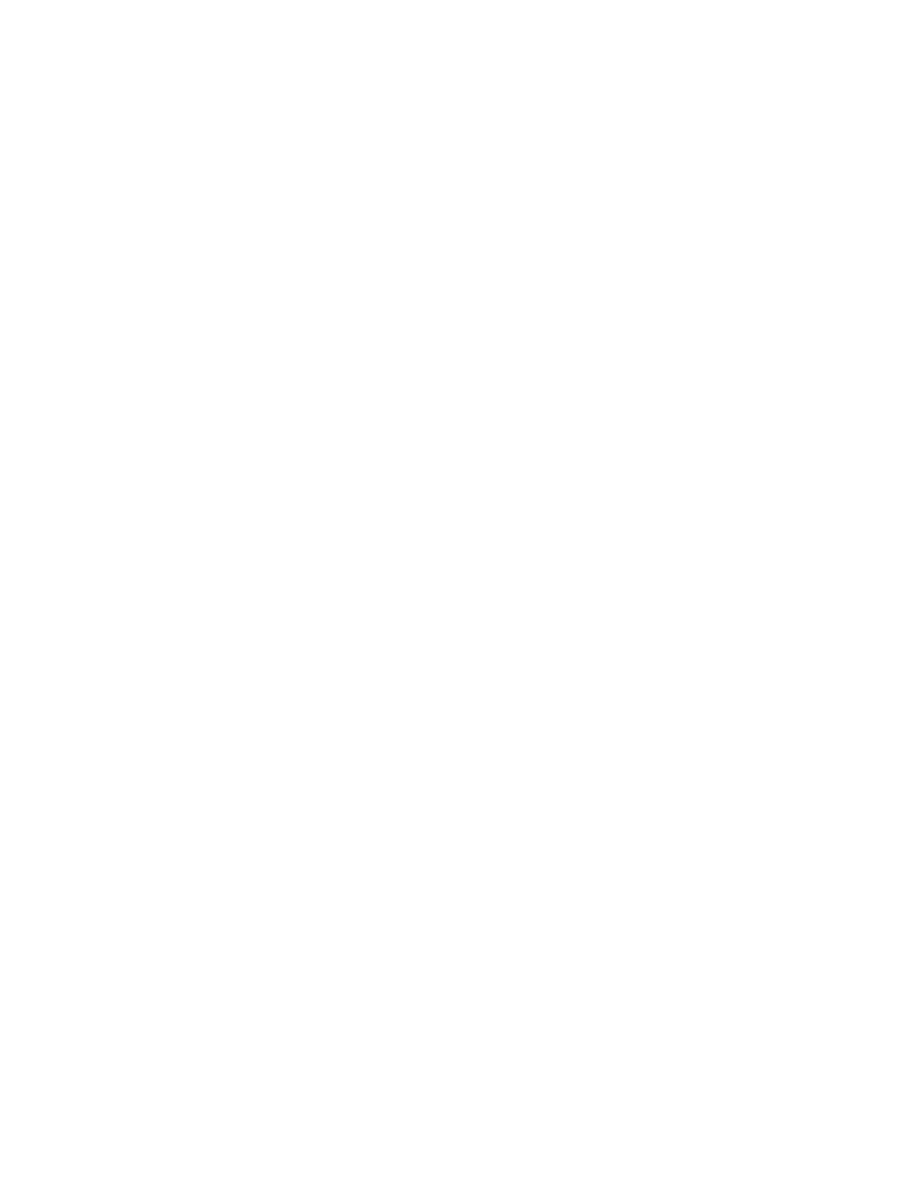
588
14 CFR Ch. I (1–1–24 Edition)
Pt. 63
PART 63—CERTIFICATION: FLIGHT
CREWMEMBERS OTHER THAN PI-
LOTS
S
PECIAL
F
EDERAL
A
VIATION
R
EGULATION
N
O
.
100–2 [N
OTE
]
Subpart A—General
Sec.
63.1
Applicability.
63.2
Certification of foreign flight crew-
members other than pilots.
63.3
Certificates and ratings required.
63.11
Application and issue.
63.12
Offenses involving alcohol or drugs.
63.12a
Refusal to submit to an alcohol test
or to furnish test results.
63.12b
[Reserved]
63.13
Temporary certificate.
63.14
[Reserved]
63.15
Duration of certificates.
63.15a
[Reserved]
63.16
Change of name; replacement of lost
or destroyed certificate.
63.17
Tests: General procedure.
63.18
Written tests: Cheating or other unau-
thorized conduct.
63.19
Operations during physical deficiency.
63.20
Applications, certificates, logbooks,
reports, and records; falsification, repro-
duction, or alteration.
63.21
Change of address.
63.23
Special purpose flight engineer and
flight navigator certificates: Operation
of U.S.-registered civil airplanes leased
by a person not a U.S. citizen.
Subpart B—Flight Engineers
63.31
Eligibility requirements; general.
63.33
Aircraft ratings.
63.35
Knowledge requirements.
63.37
Aeronautical experience requirements.
63.39
Skill requirements.
63.41
Retesting after failure.
63.42
Flight engineer certificate issued on
basis of a foreign flight engineer license.
63.43
Flight engineer courses.
Subpart C—Flight Navigators
63.51
Eligibility requirements; general.
63.53
Knowledge requirements.
63.55
Experience requirements.
63.57
Skill requirements.
63.59
Retesting after failure.
63.61
Flight navigator courses.
A
PPENDIX
A
TO
P
ART
63—T
EST
R
EQUIREMENTS
FOR
F
LIGHT
N
AVIGATOR
C
ERTIFICATE
A
PPENDIX
B
TO
P
ART
63—F
LIGHT
N
AVIGATOR
T
RAINING
C
OURSE
R
EQUIREMENTS
A
PPENDIX
C
TO
P
ART
63—F
LIGHT
E
NGINEER
T
RAINING
C
OURSE
R
EQUIREMENTS
A
UTHORITY
: 49 U.S.C. 106(f), 106(g), 40113,
44701–44703, 44707, 44709–44711, 45102–45103,
45301–45302.
S
PECIAL
F
EDERAL
A
VIATION
R
EGULATION
N
O
. 100–2
E
DITORIAL
N
OTE
: For the text of SFAR No.
100–2, see part 61 of this chapter.
Subpart A—General
S
OURCE
: Docket No. 1179, 27 FR 7969, Aug.
10, 1962, unless otherwise noted.
§ 63.1
Applicability.
This part prescribes the requirements
for issuing flight engineer and flight
navigator certificates and the general
operating rules for holders of those cer-
tificates.
§ 63.2
Certification of foreign flight
crewmembers other than pilots.
A person who is neither a United
States citizen nor a resident alien is
issued a certificate under this part
(other than under § 63.23 or § 63.42) out-
side the United States only when the
Administrator finds that the certifi-
cate is needed for the operation of a
U.S.-registered civil aircraft.
(Secs. 313, 601, 602, Federal Aviation Act of
1958, as amended (49 U.S.C. 1354, 1421, and
1422); sec. 6(c), Department of Transportation
Act (49 U.S.C. 1655(c)); Title V, Independent
Offices Appropriations Act of 1952 (31 U.S.C.
483(a)); sec. 28, International Air Transpor-
tation Competition Act of 1979 (49 U.S.C.
1159(b)))
[Doc. No. 22052, 47 FR 35693, Aug. 18, 1982]
§ 63.3
Certificates and ratings re-
quired.
(a) Except as provided in paragraph
(c) of this section, no person may act
as a flight engineer of a civil aircraft of
U.S. registry unless that person has in
his or her physical possession or read-
ily accessible in the aircraft:
(1) A current flight engineer certifi-
cate with appropriate ratings issued to
that person under this part;
(2) A document conveying temporary
authority to exercise certificate privi-
leges issued by the Airman Certifi-
cation Branch under § 63.16(f); or
(3) When engaged in a flight oper-
ation within the United States for a
VerDate Sep<11>2014
14:00 Mar 14, 2024
Jkt 262047
PO 00000
Frm 00598
Fmt 8010
Sfmt 8002
Q:\14\14V2.TXT
PC31
aworley on LAPBH6H6L3 with DISTILLER

































































































































